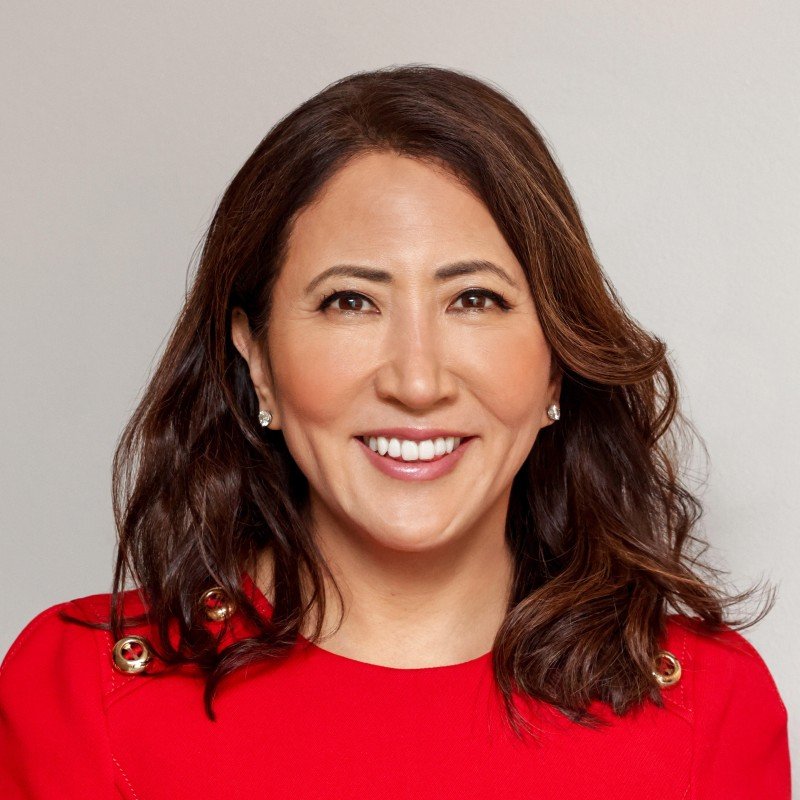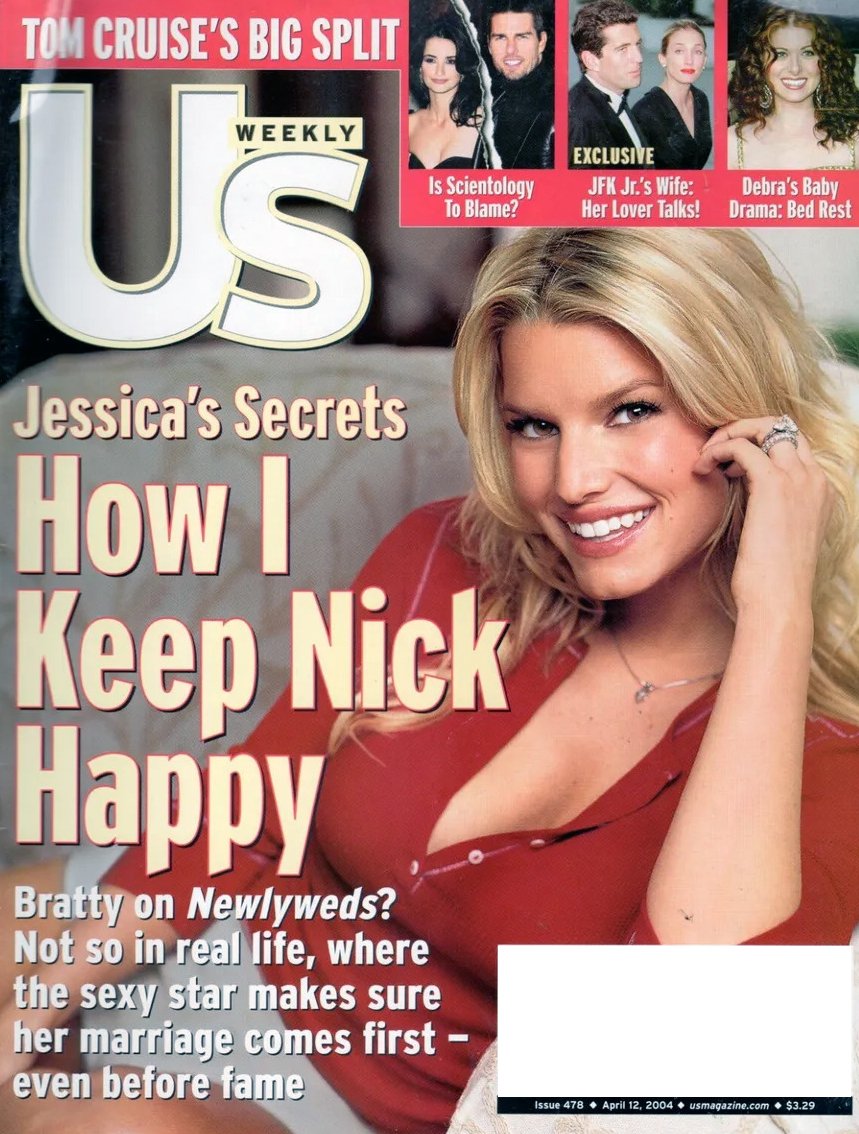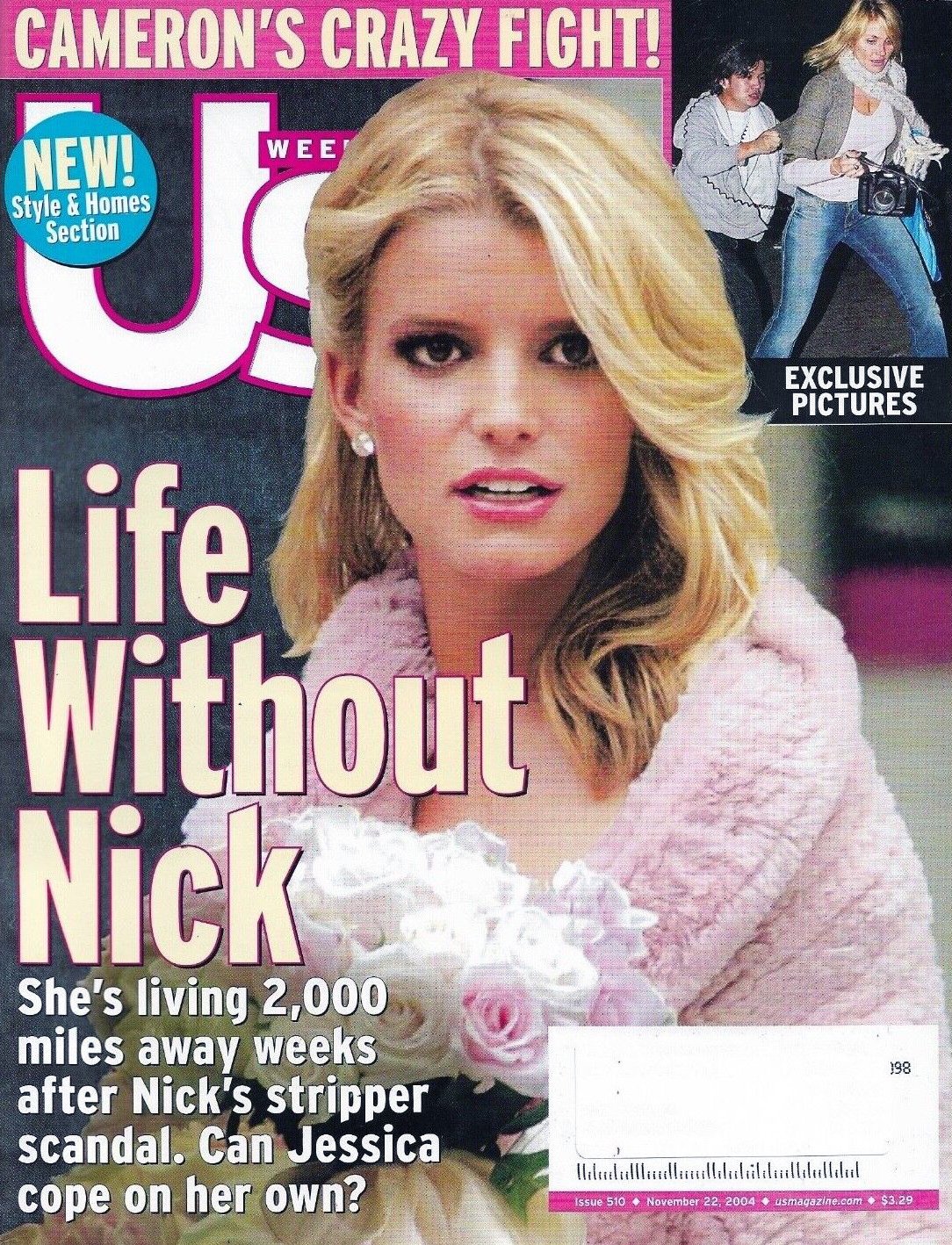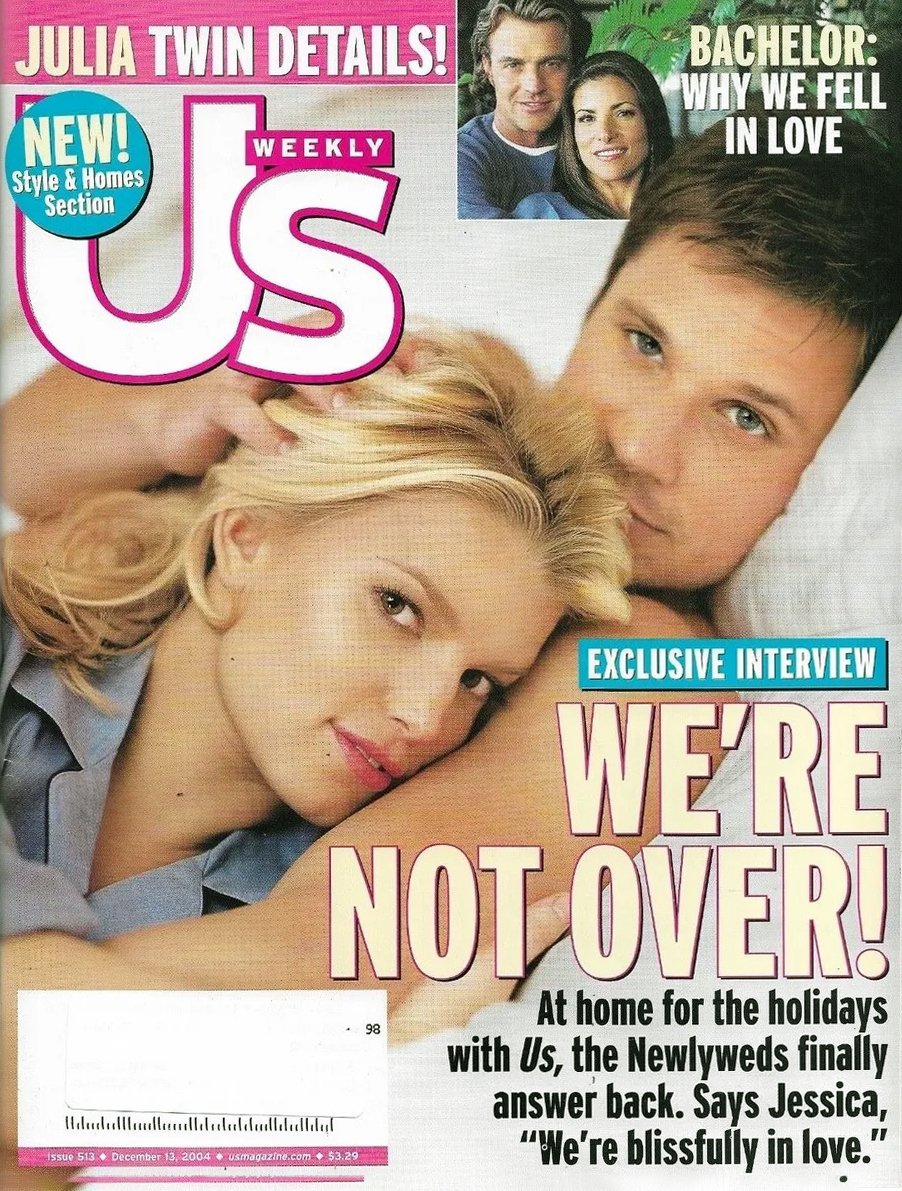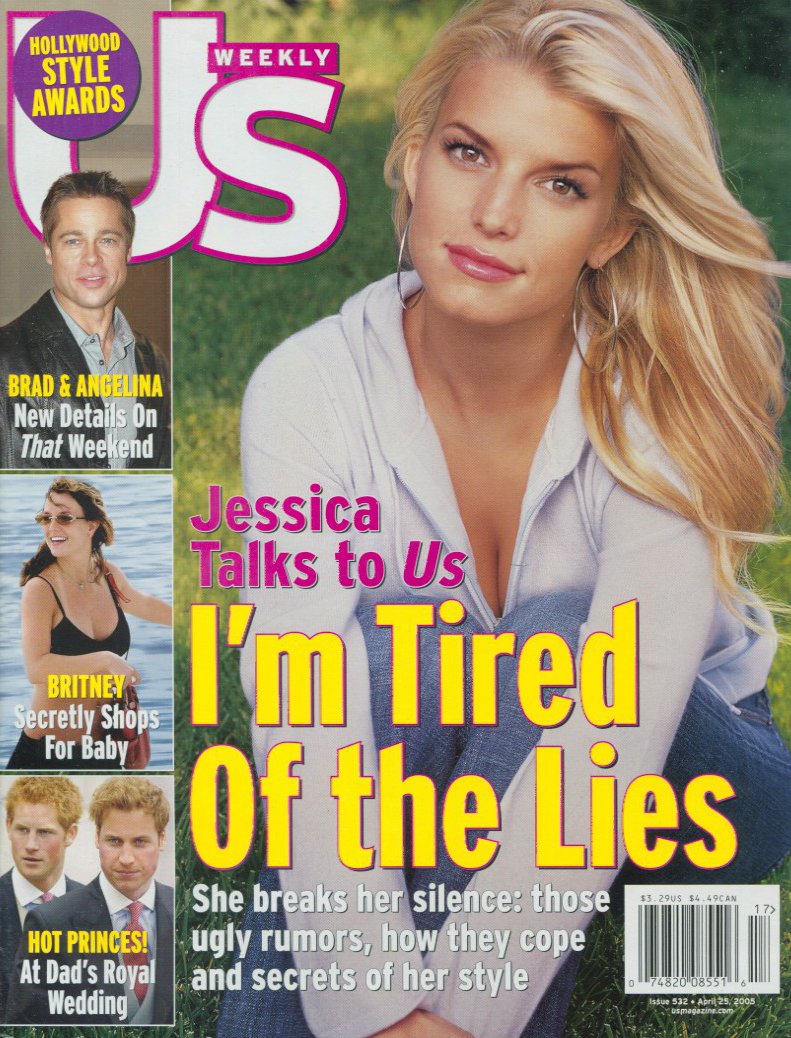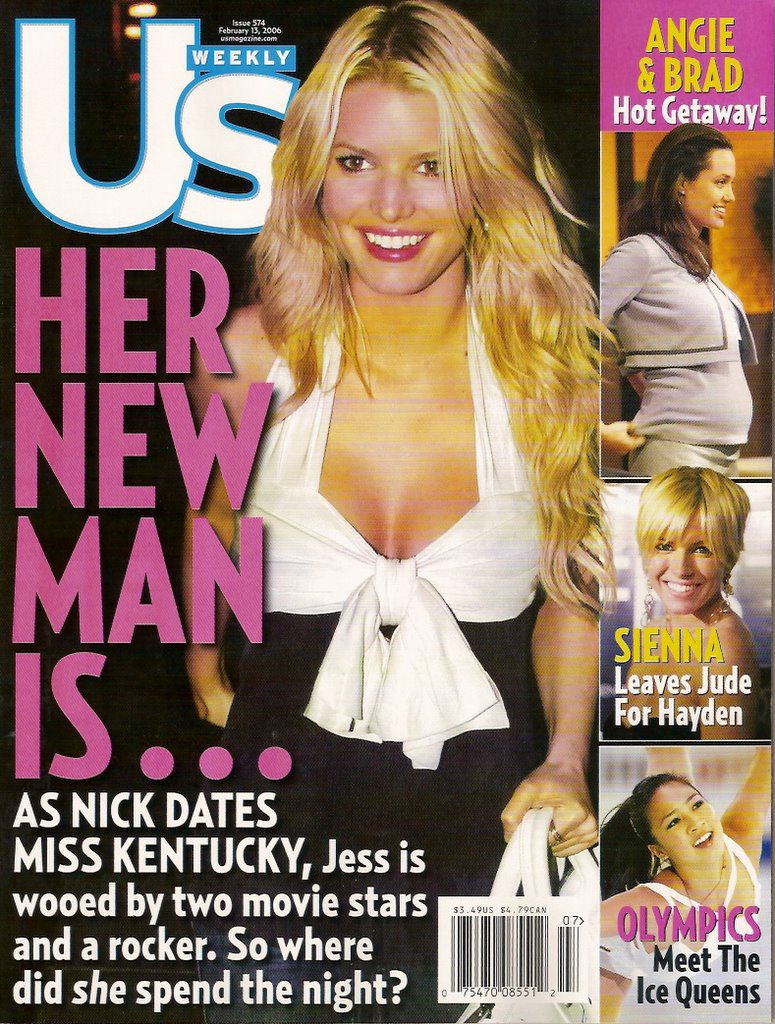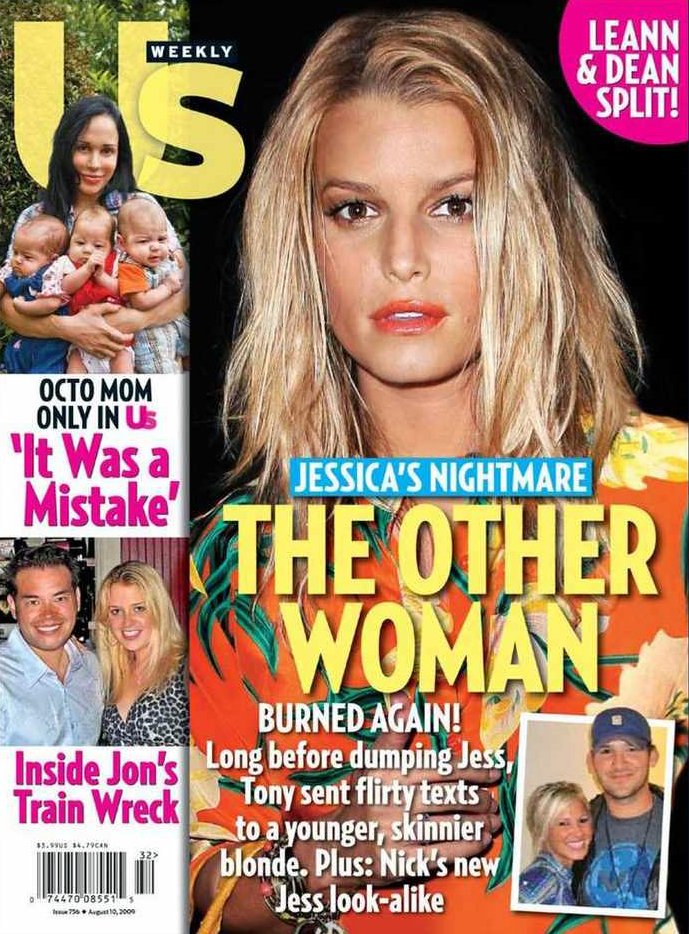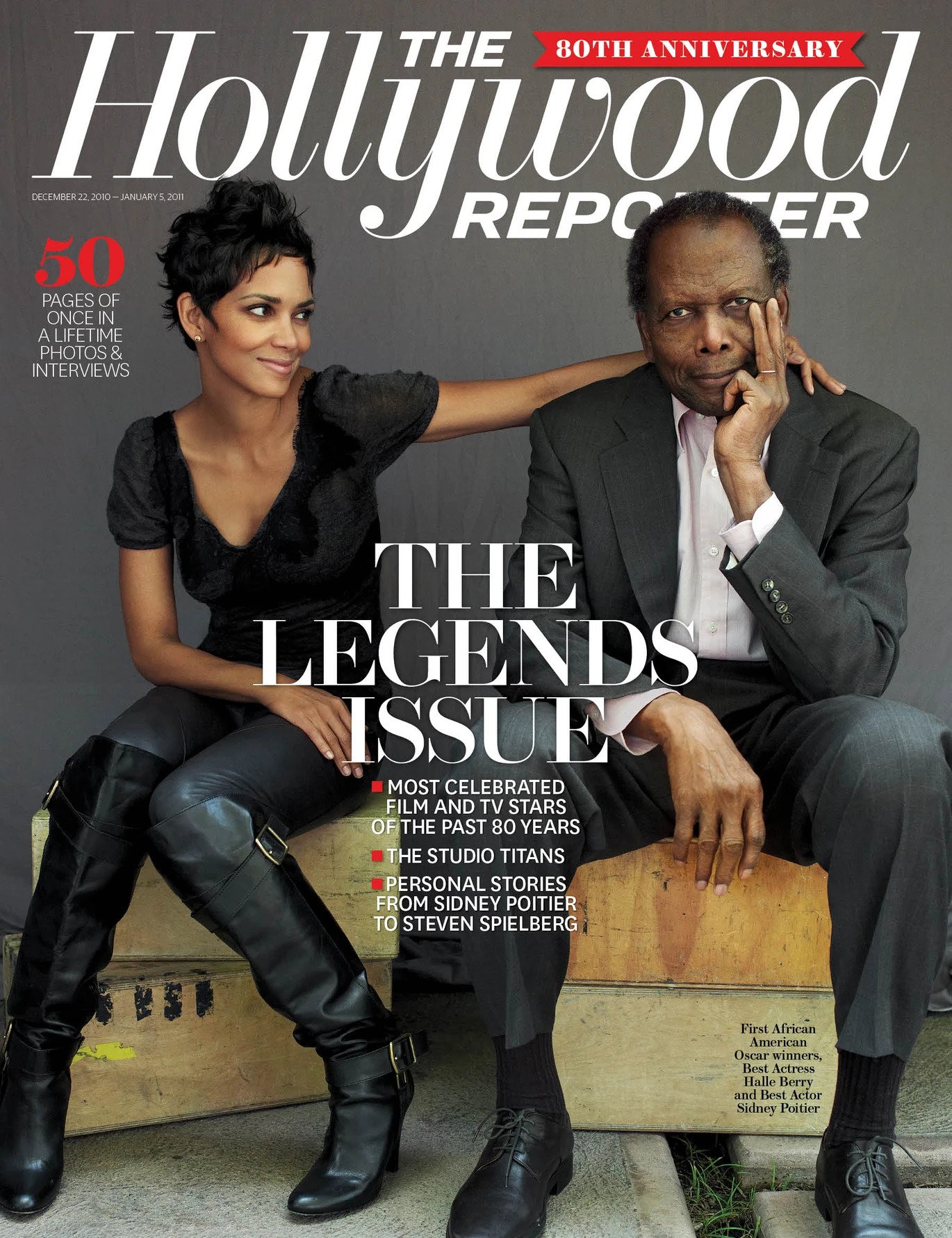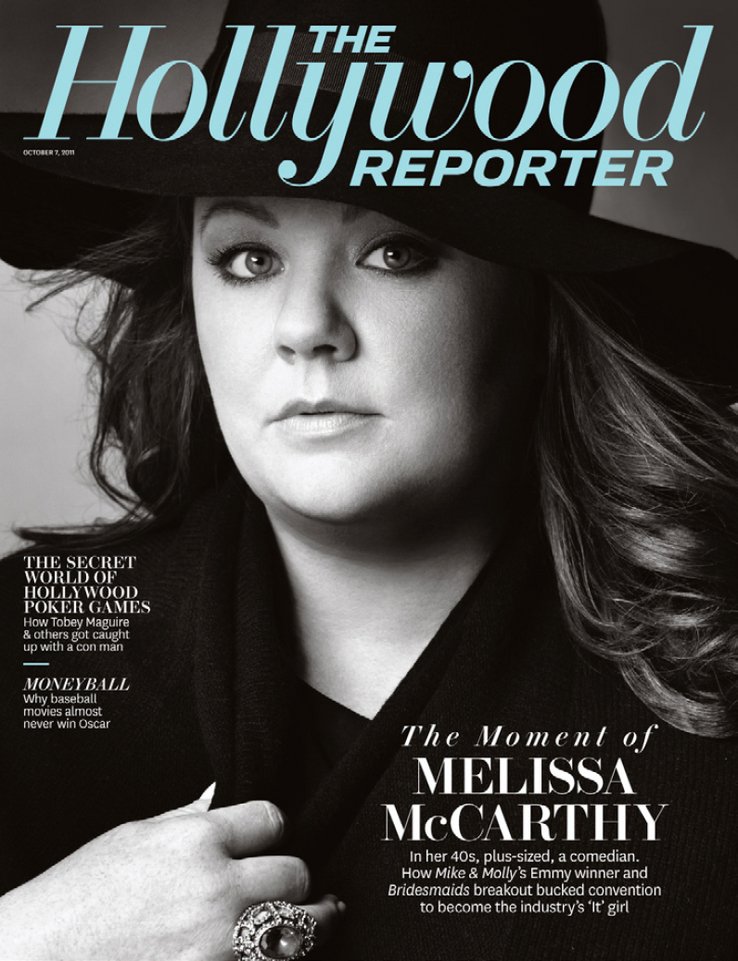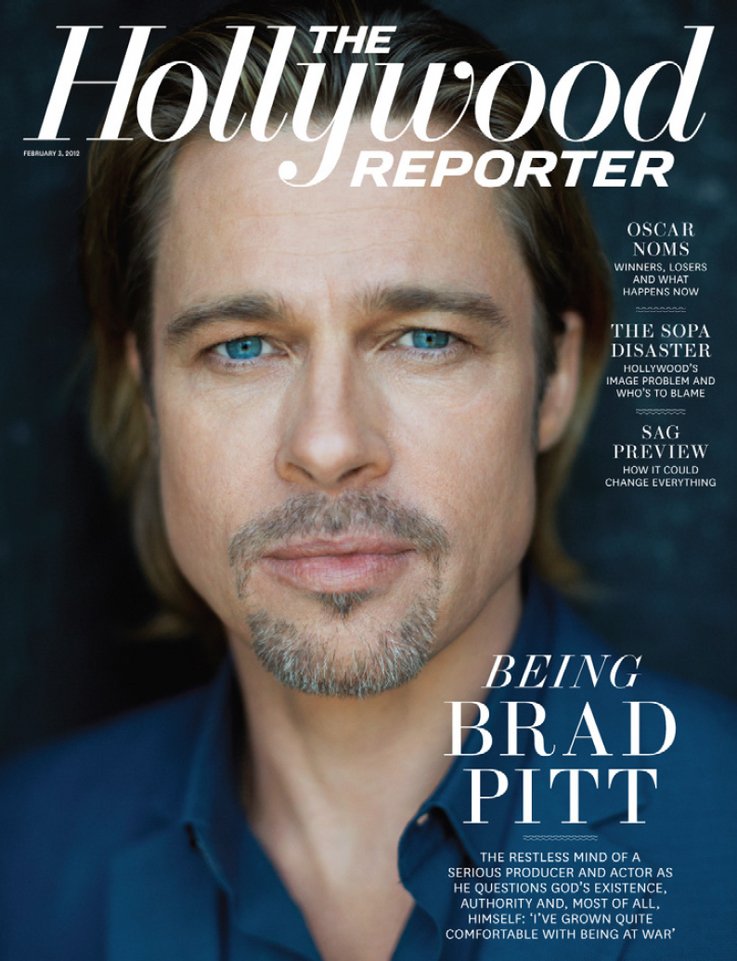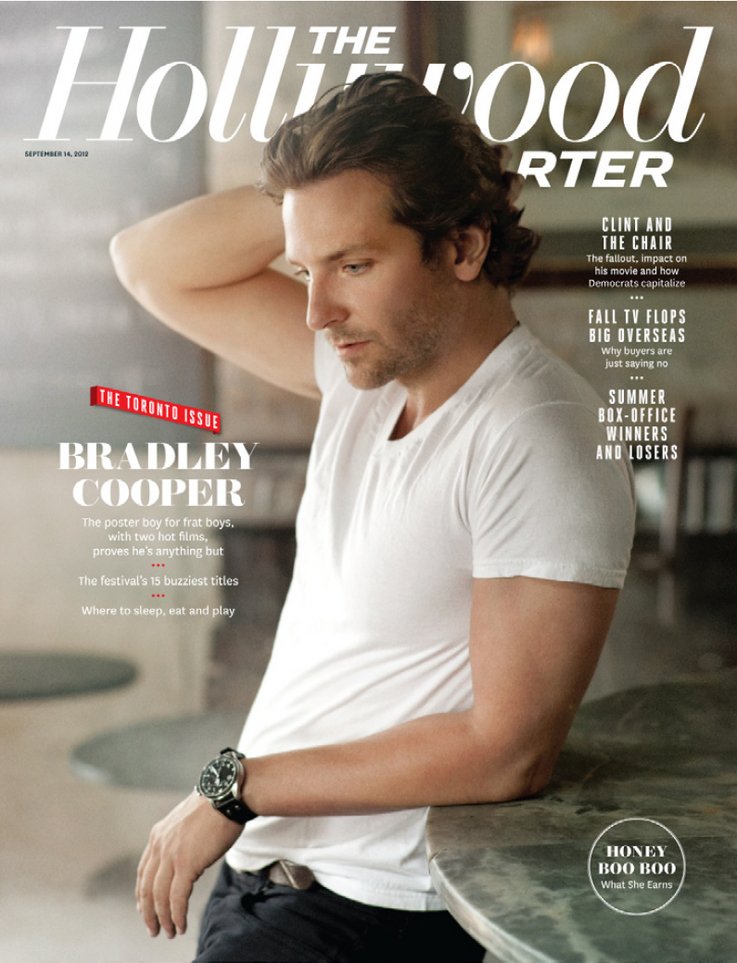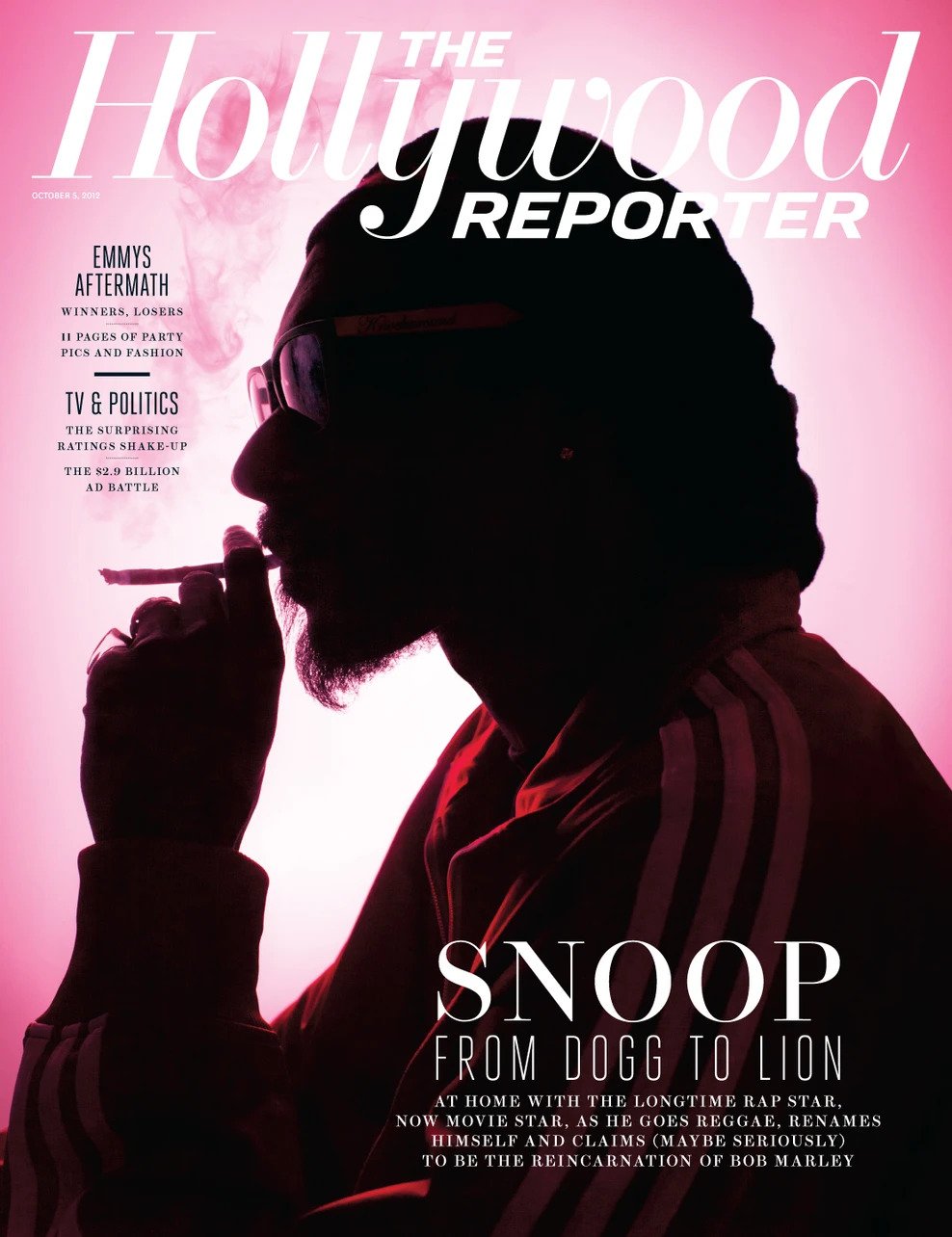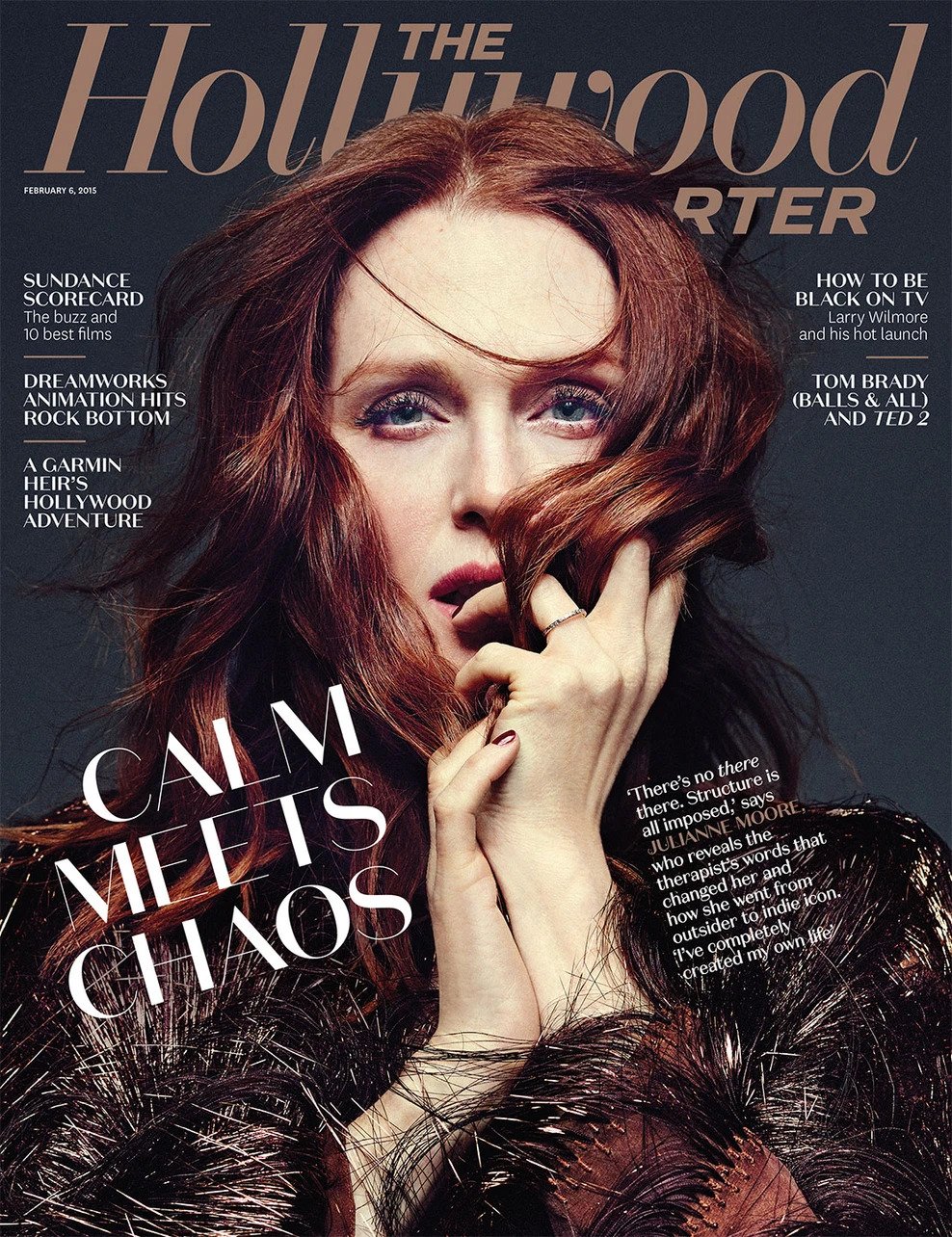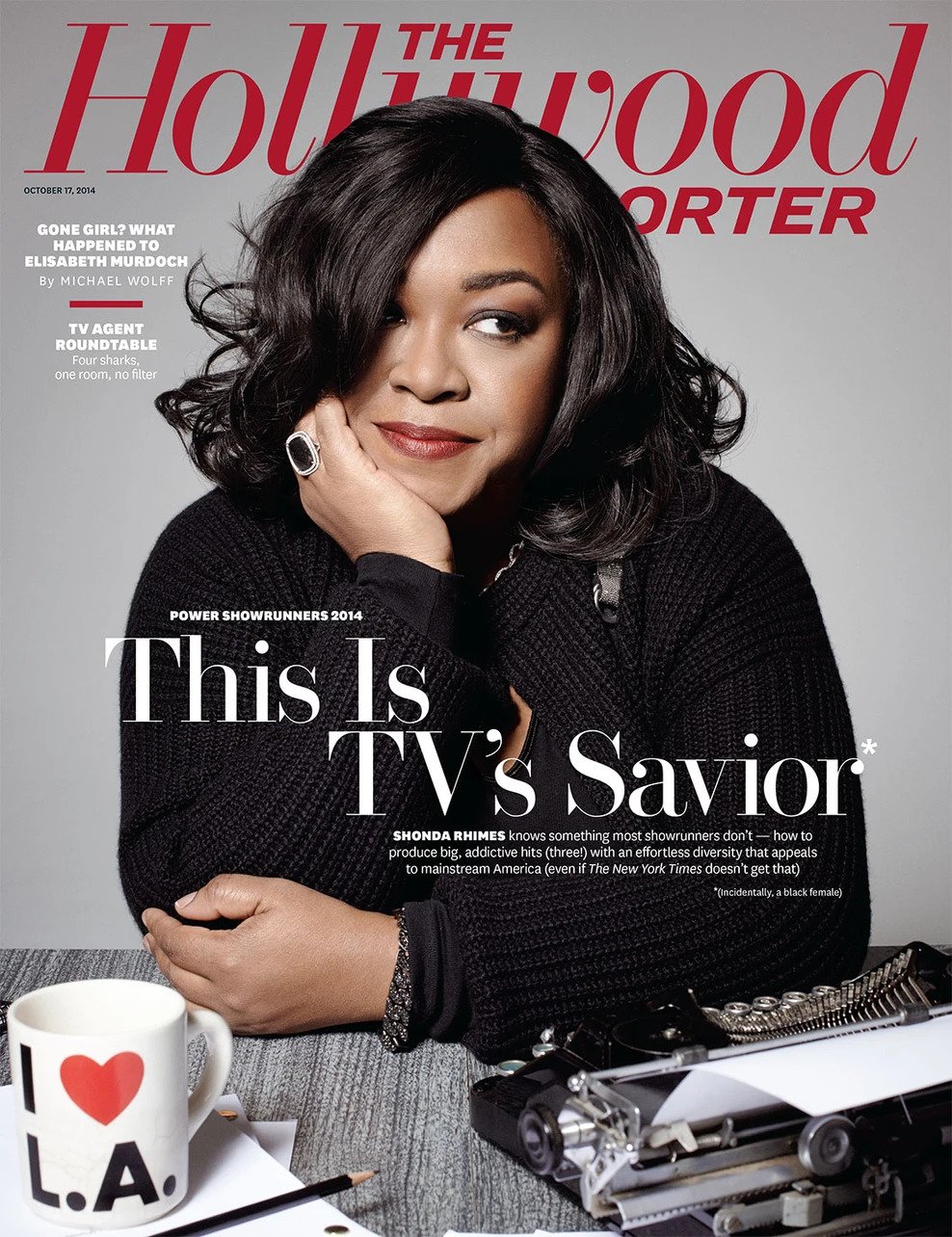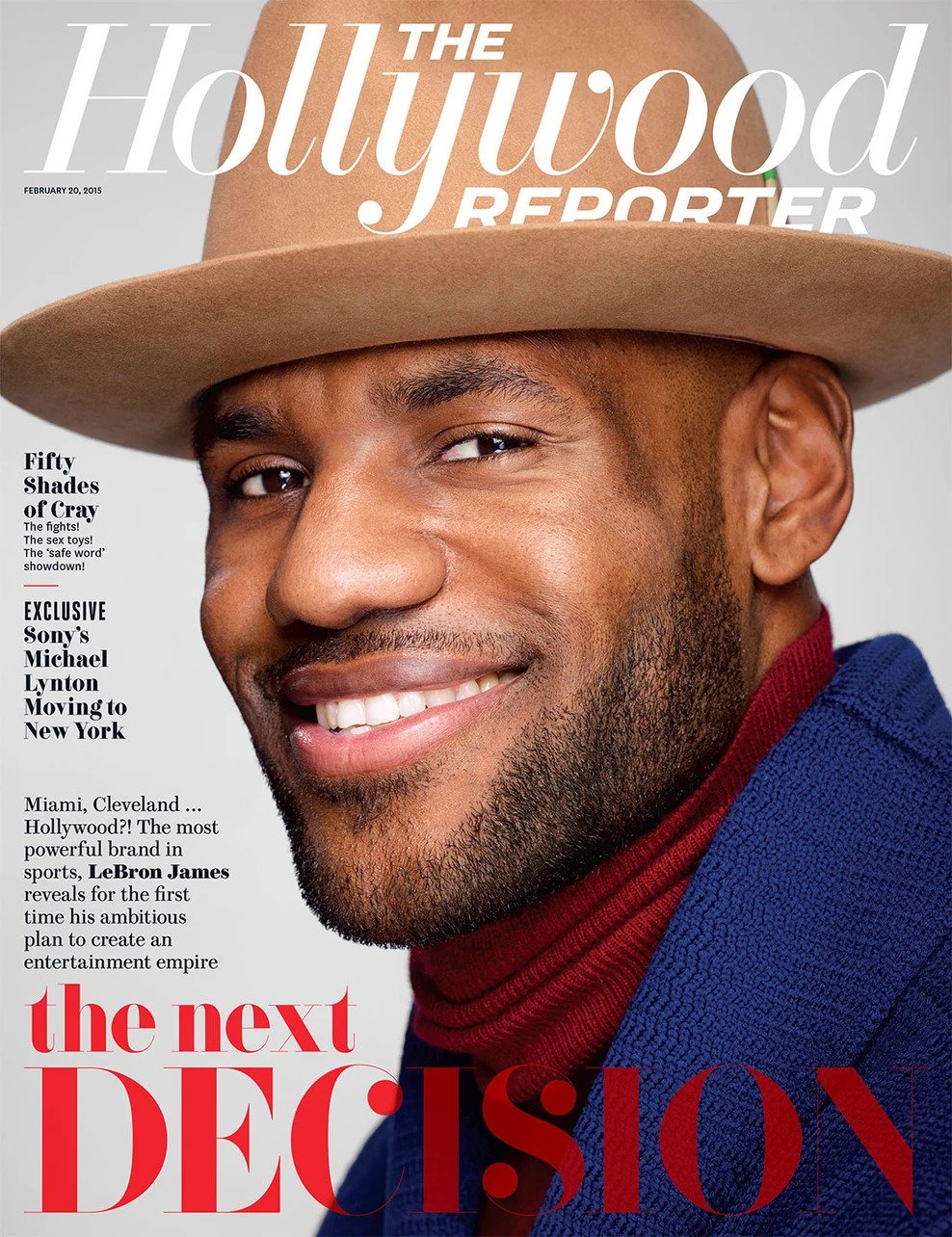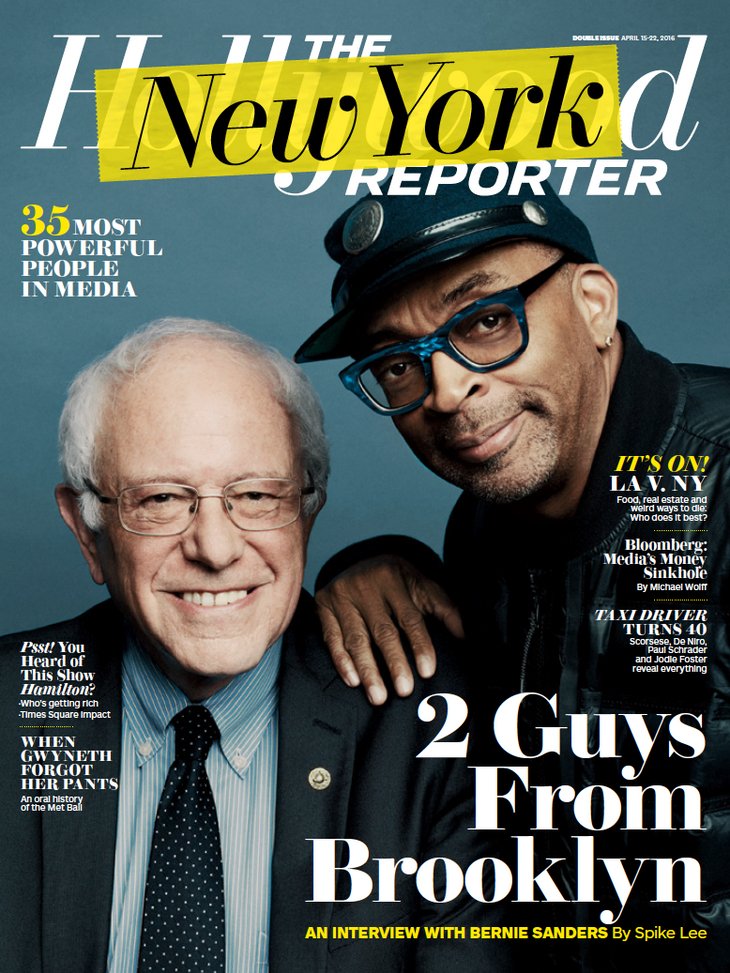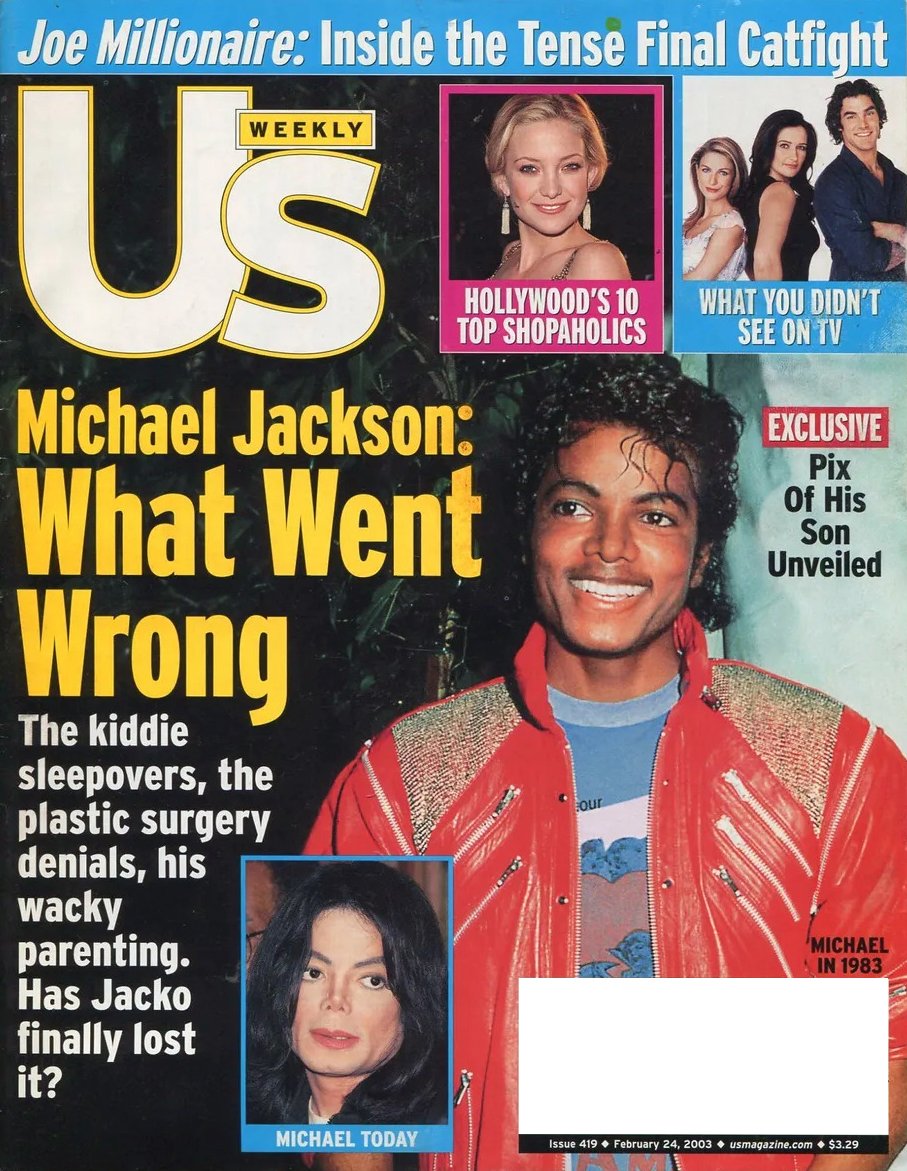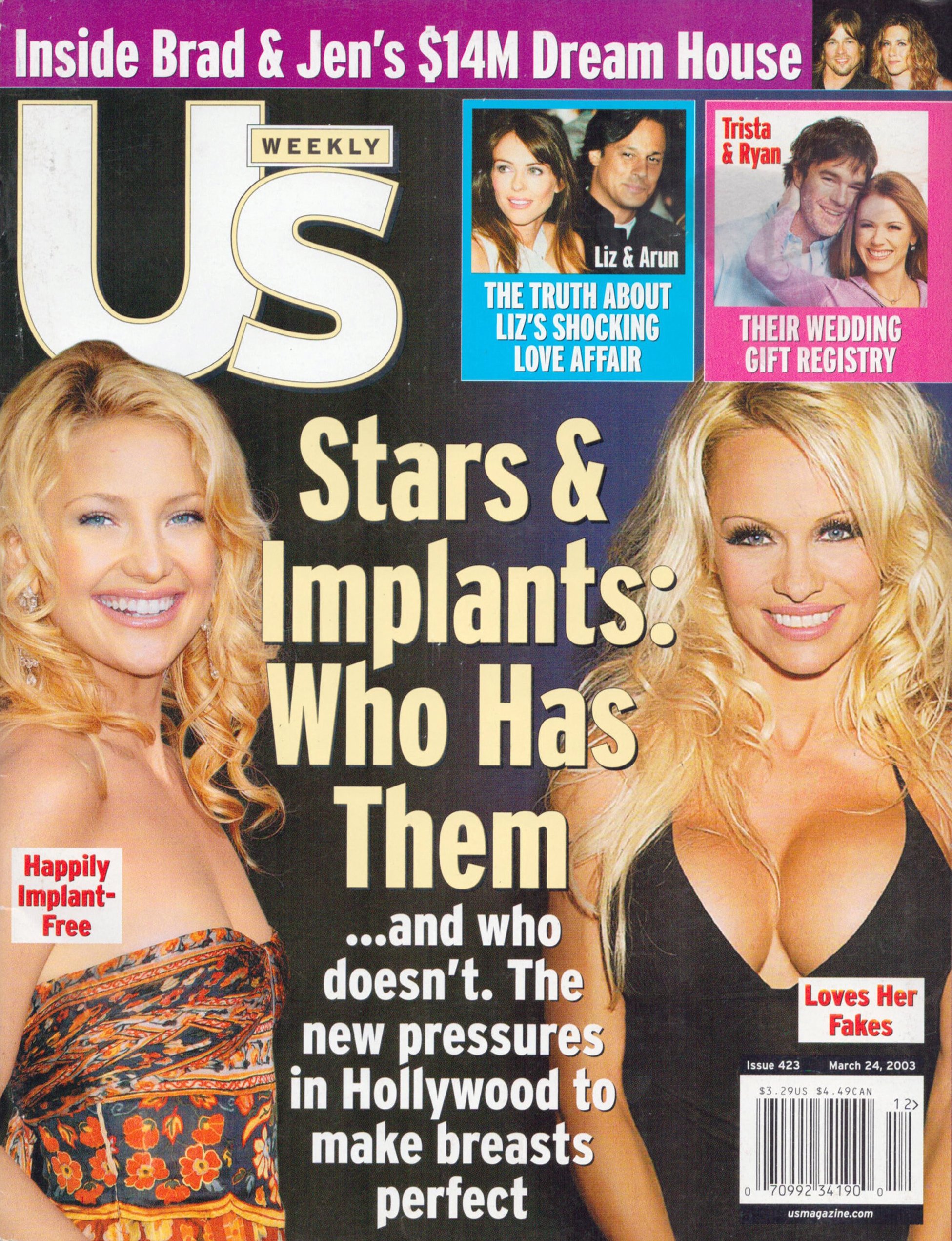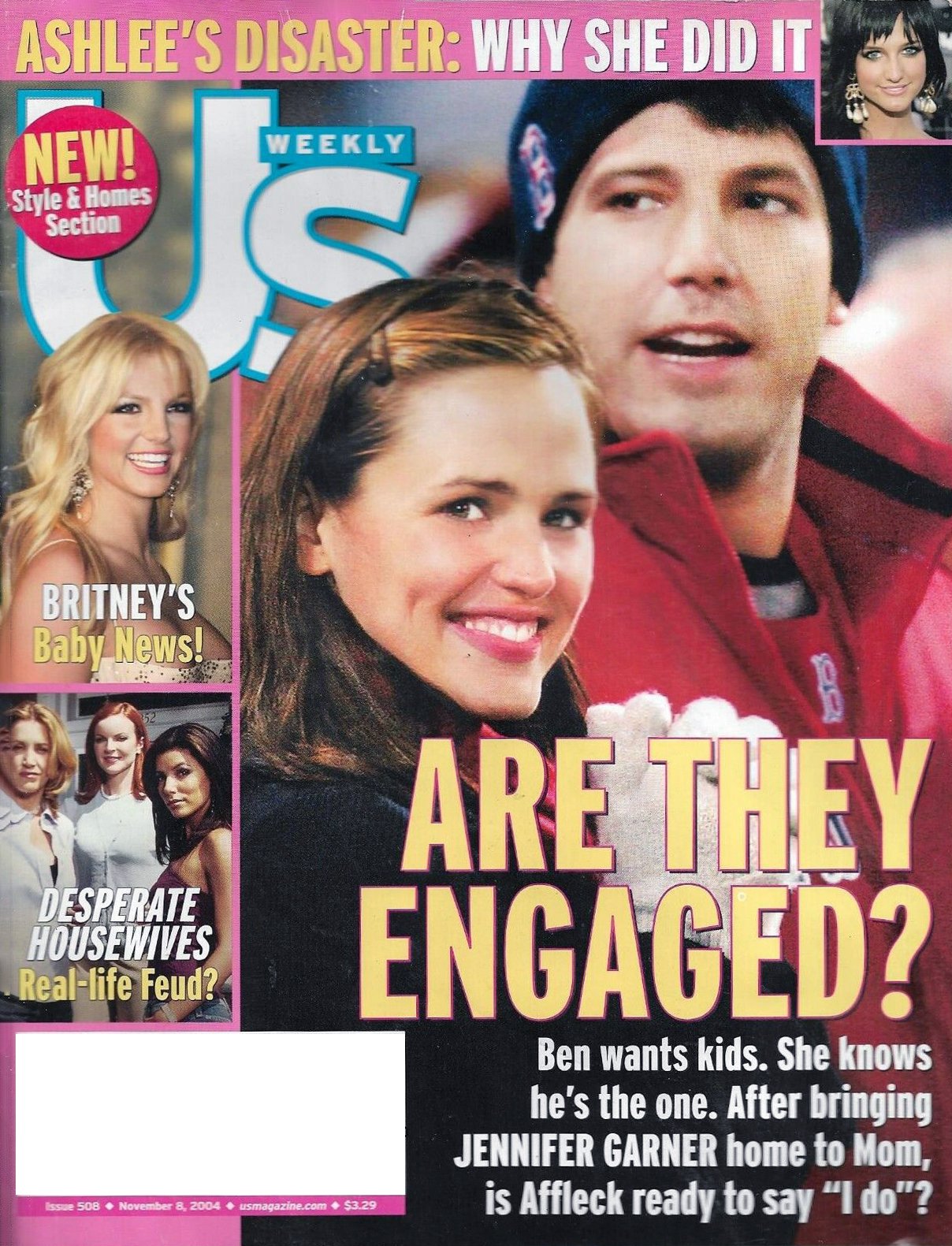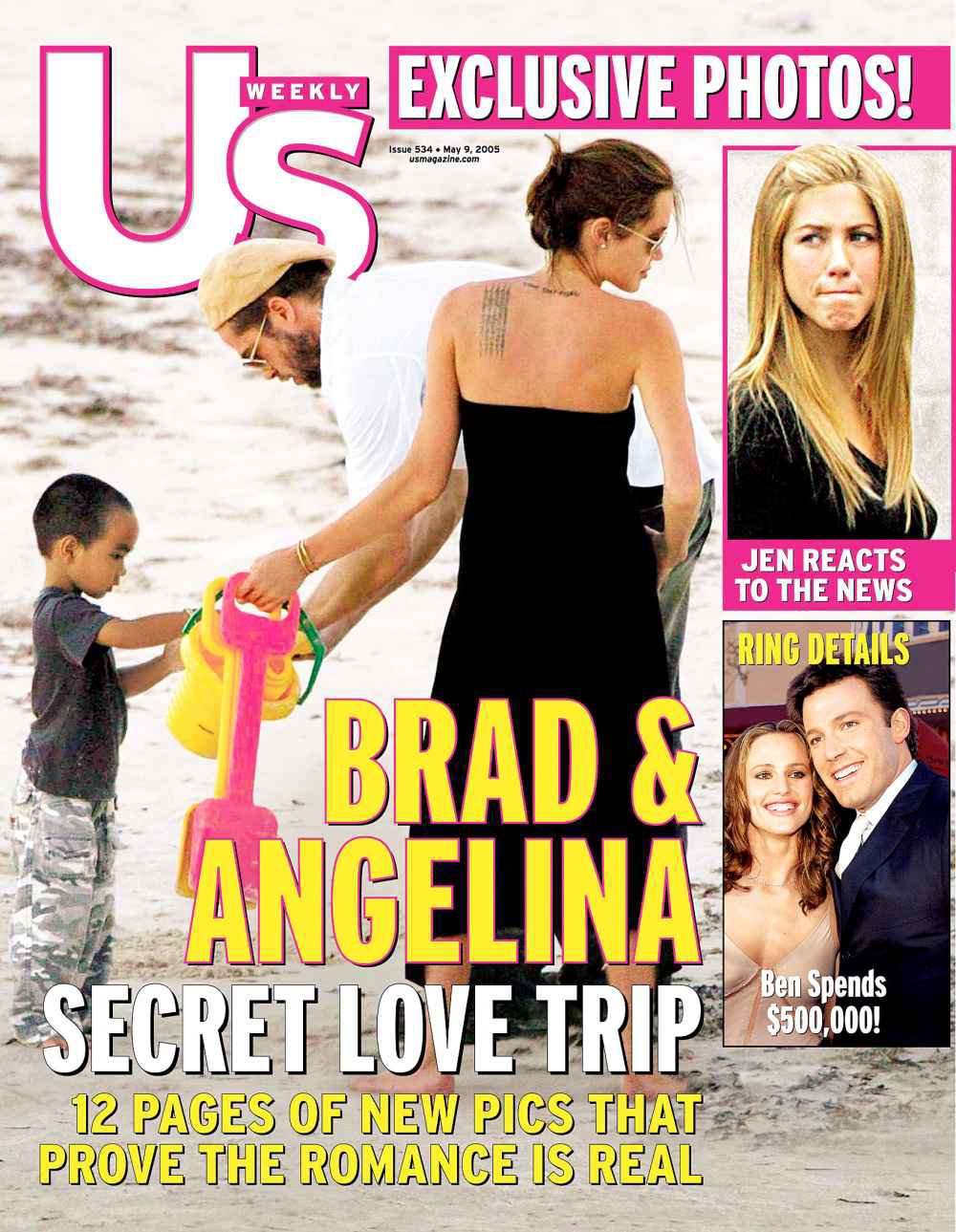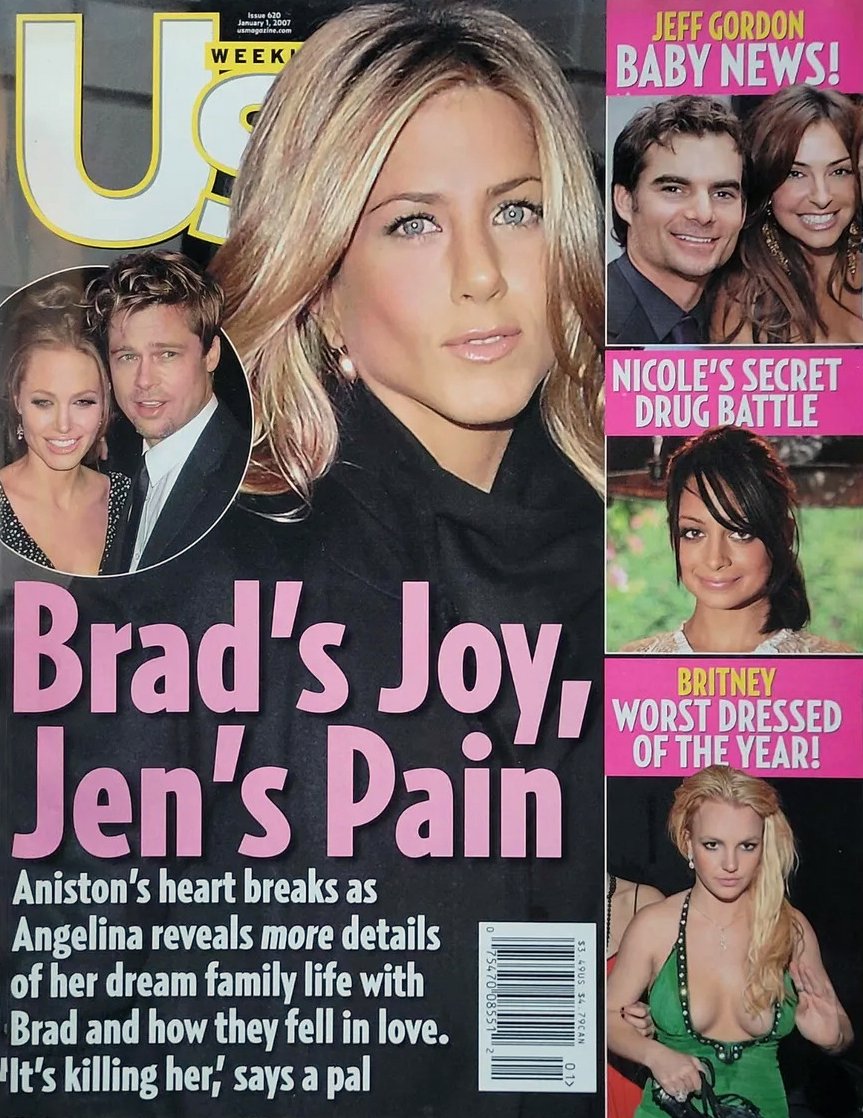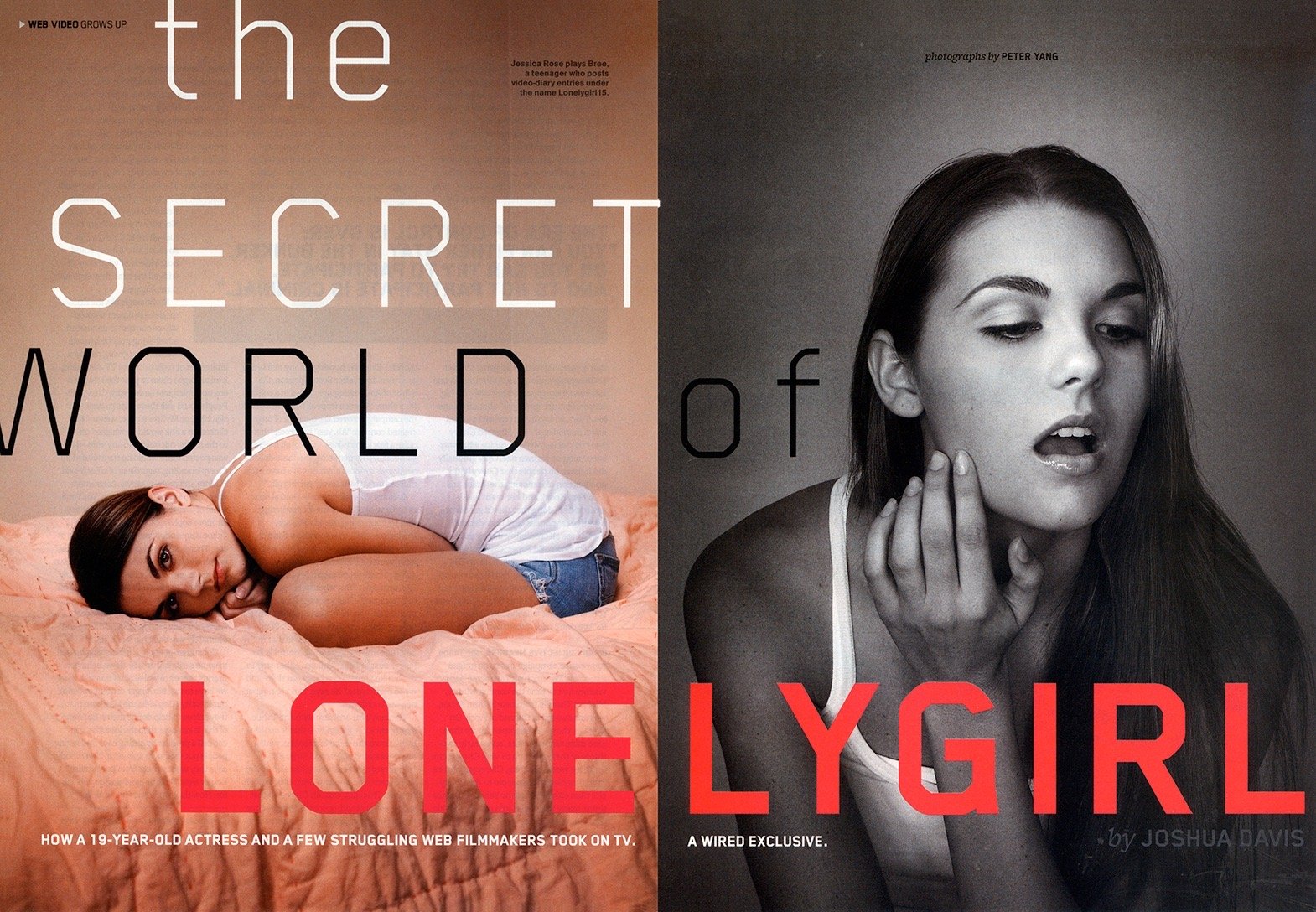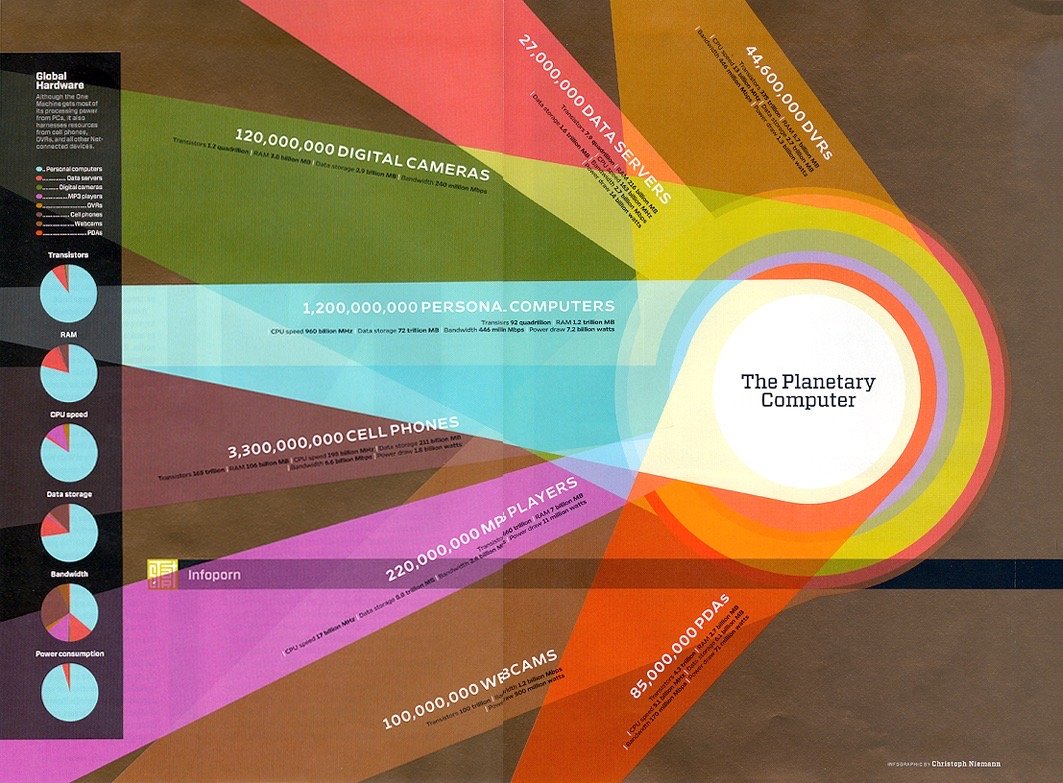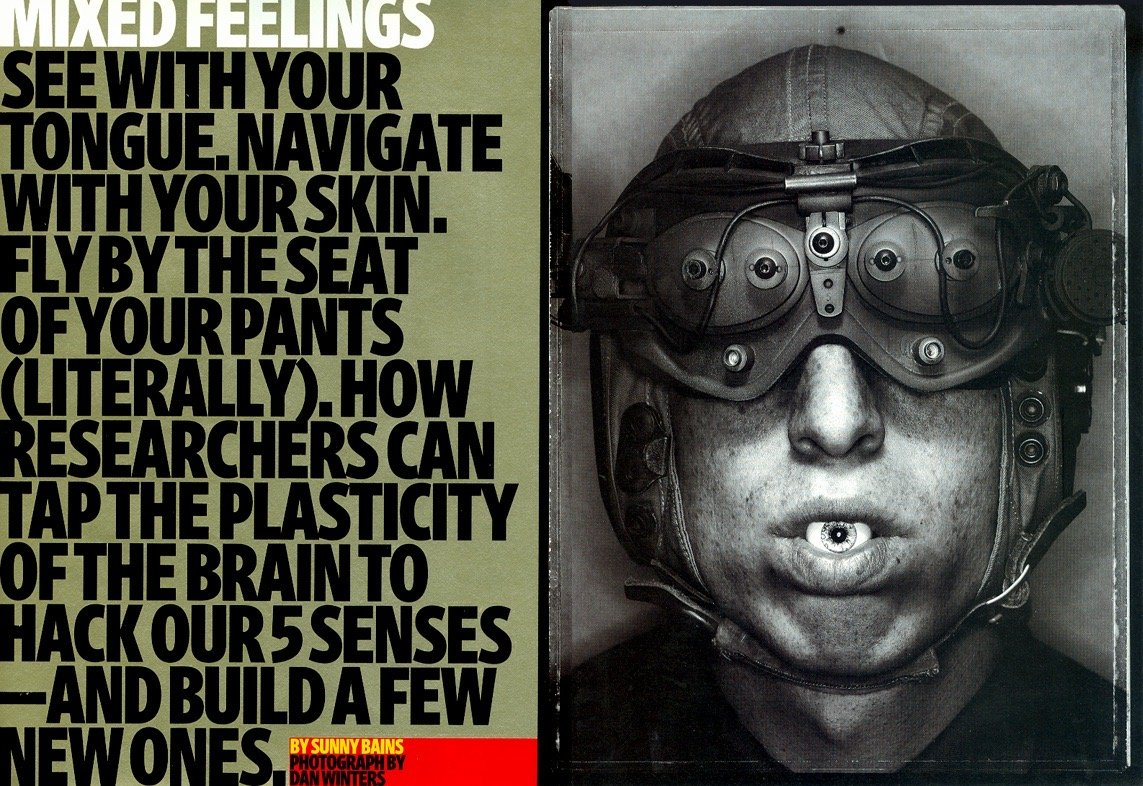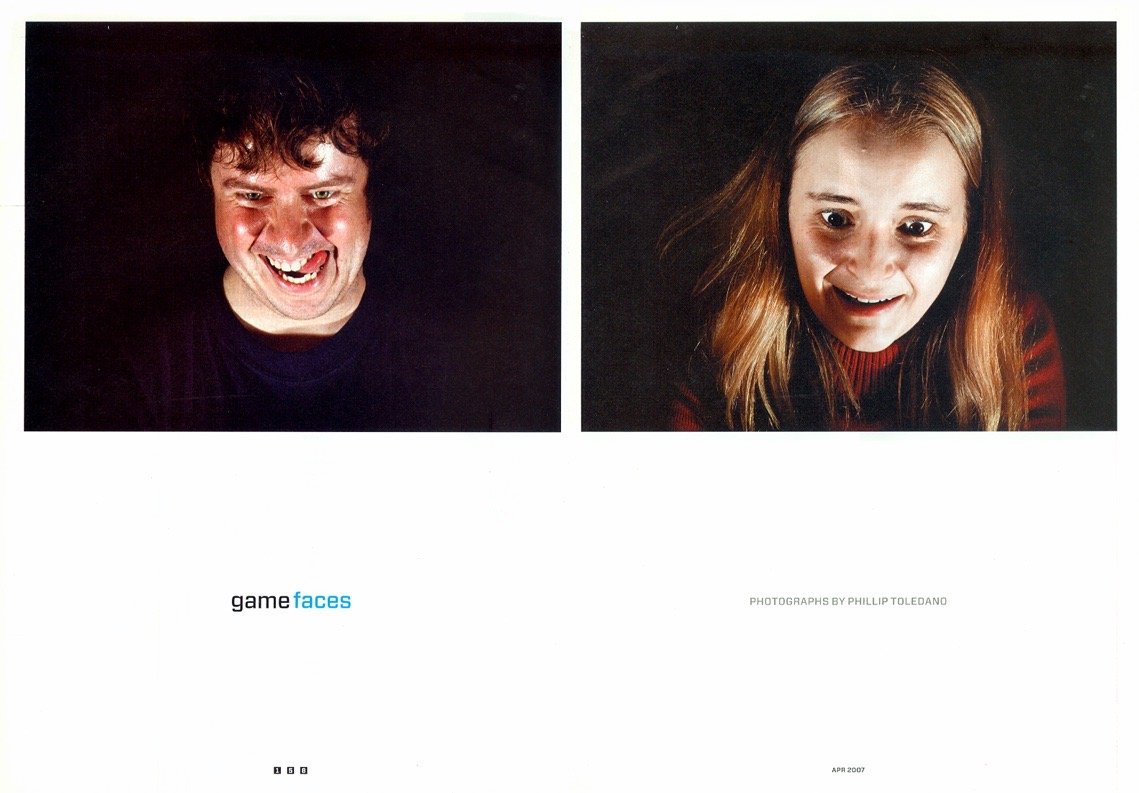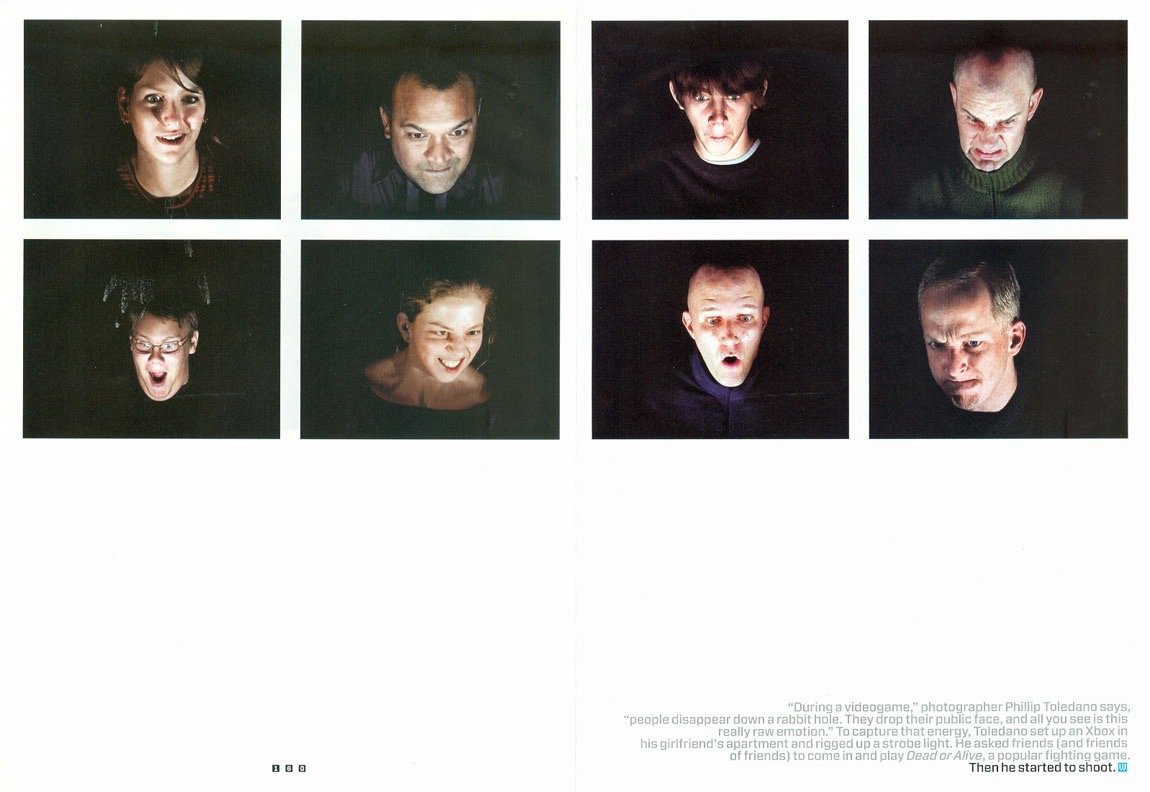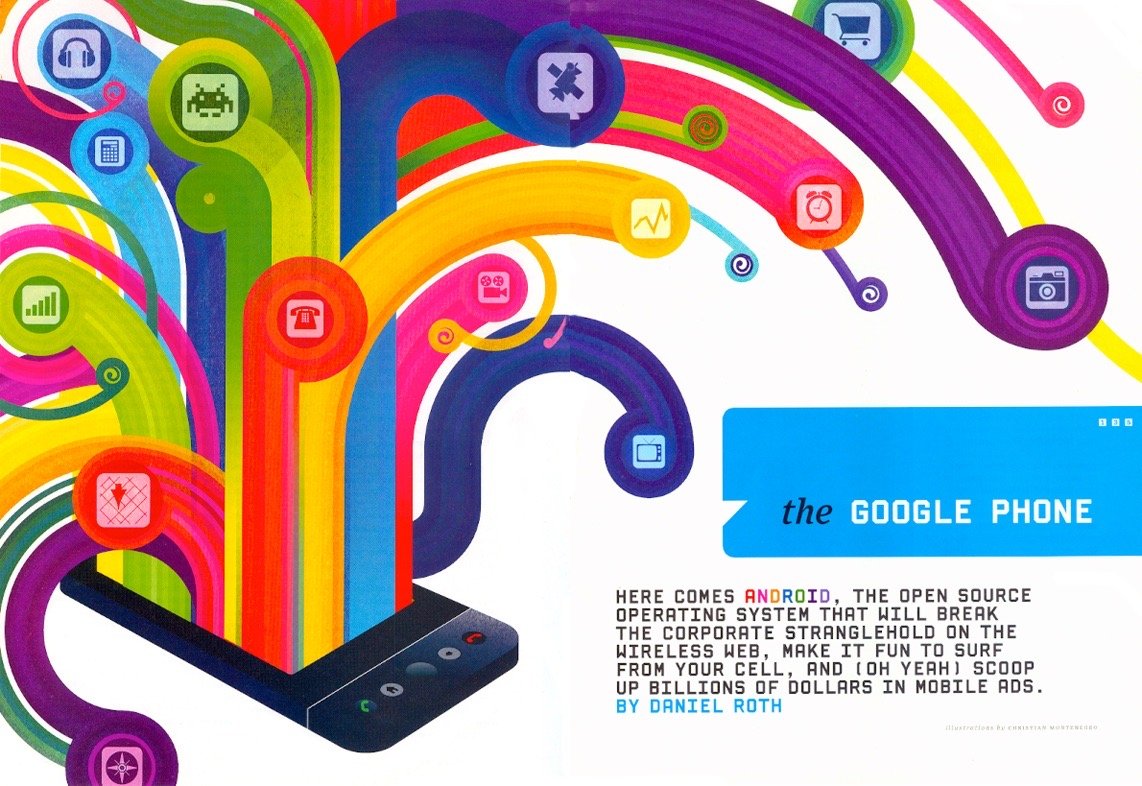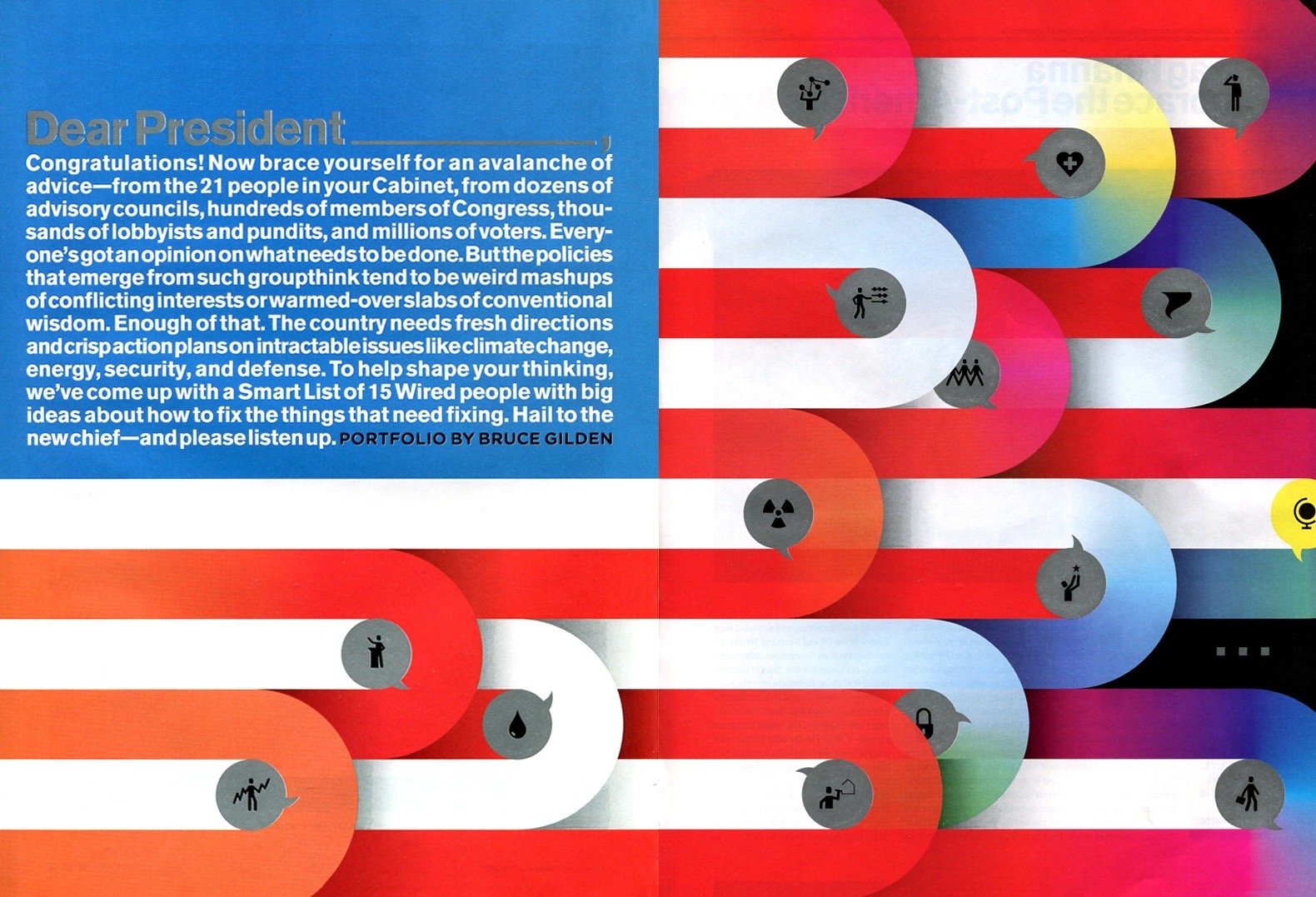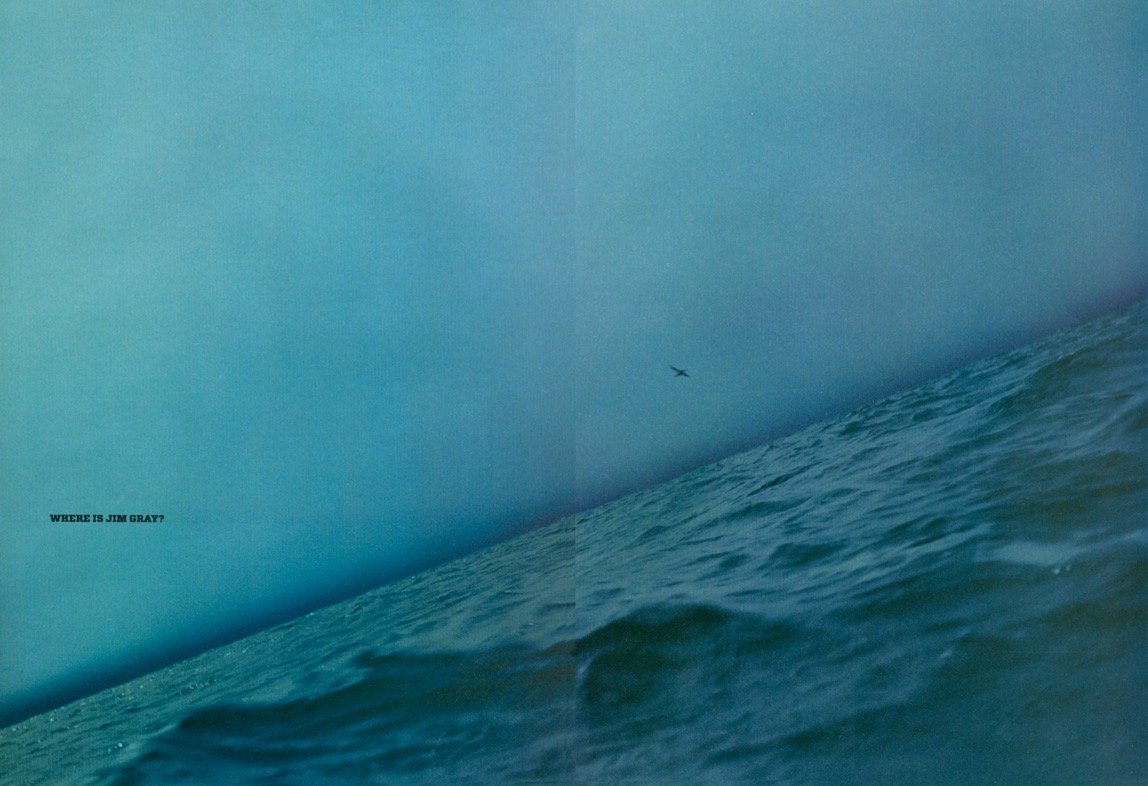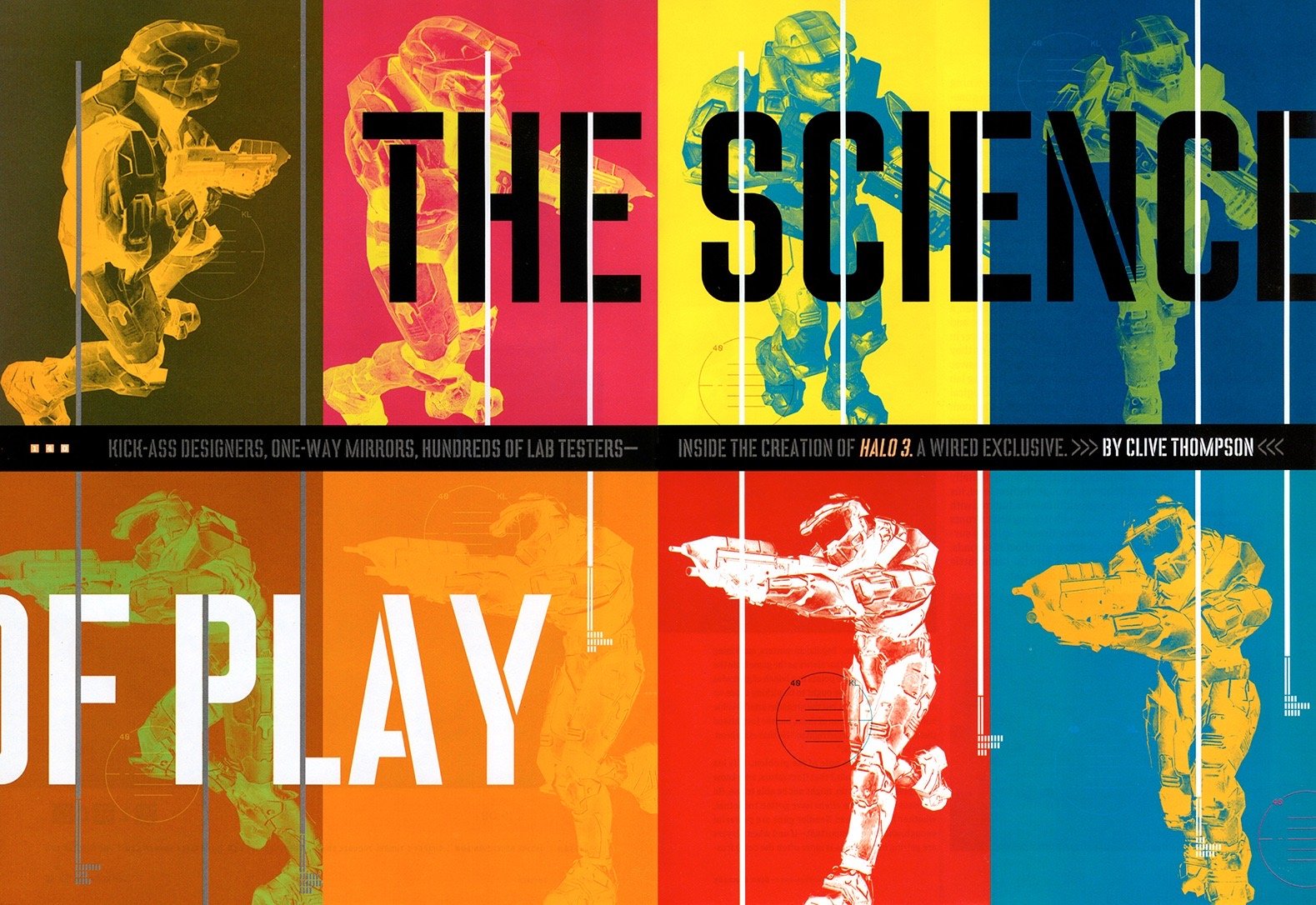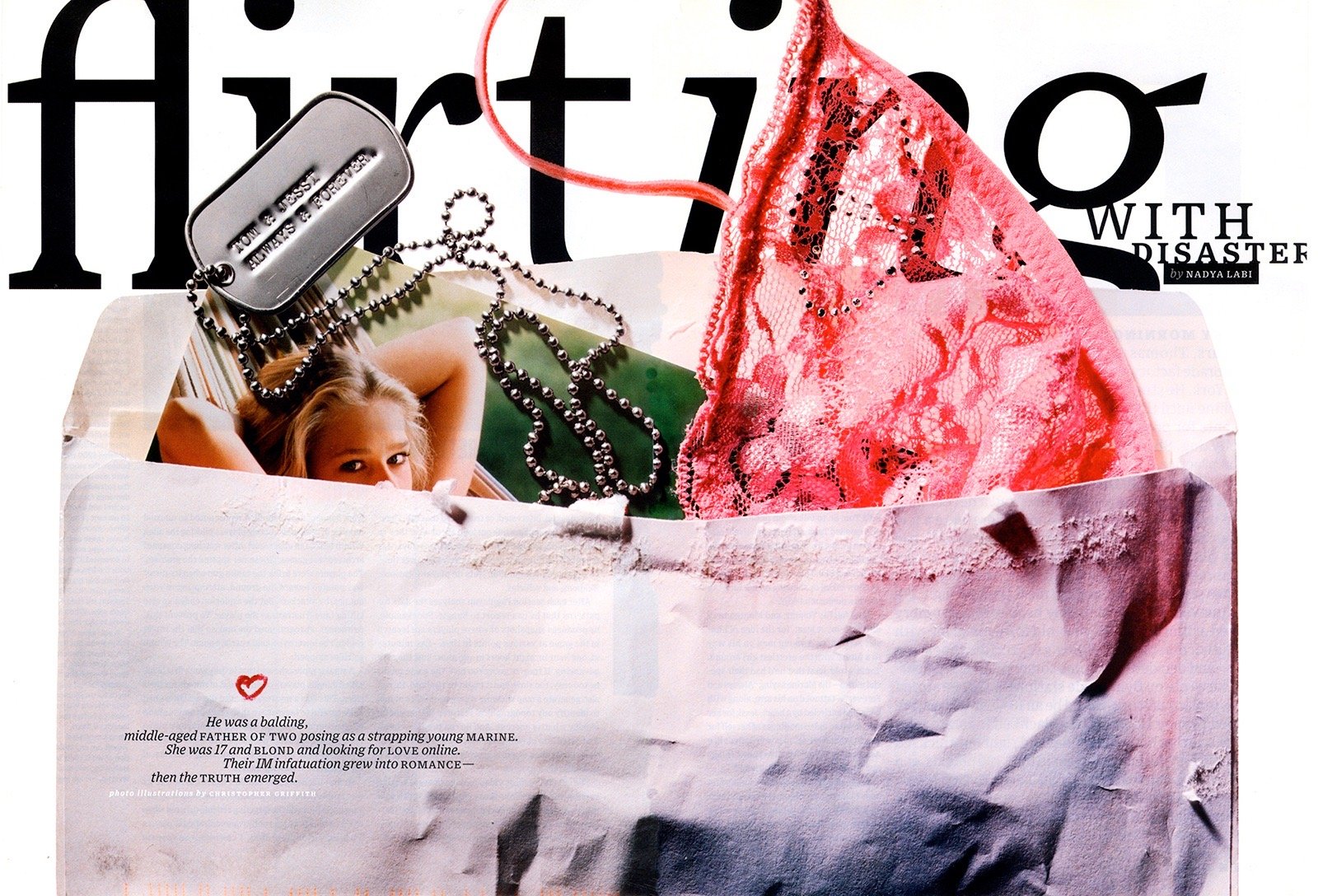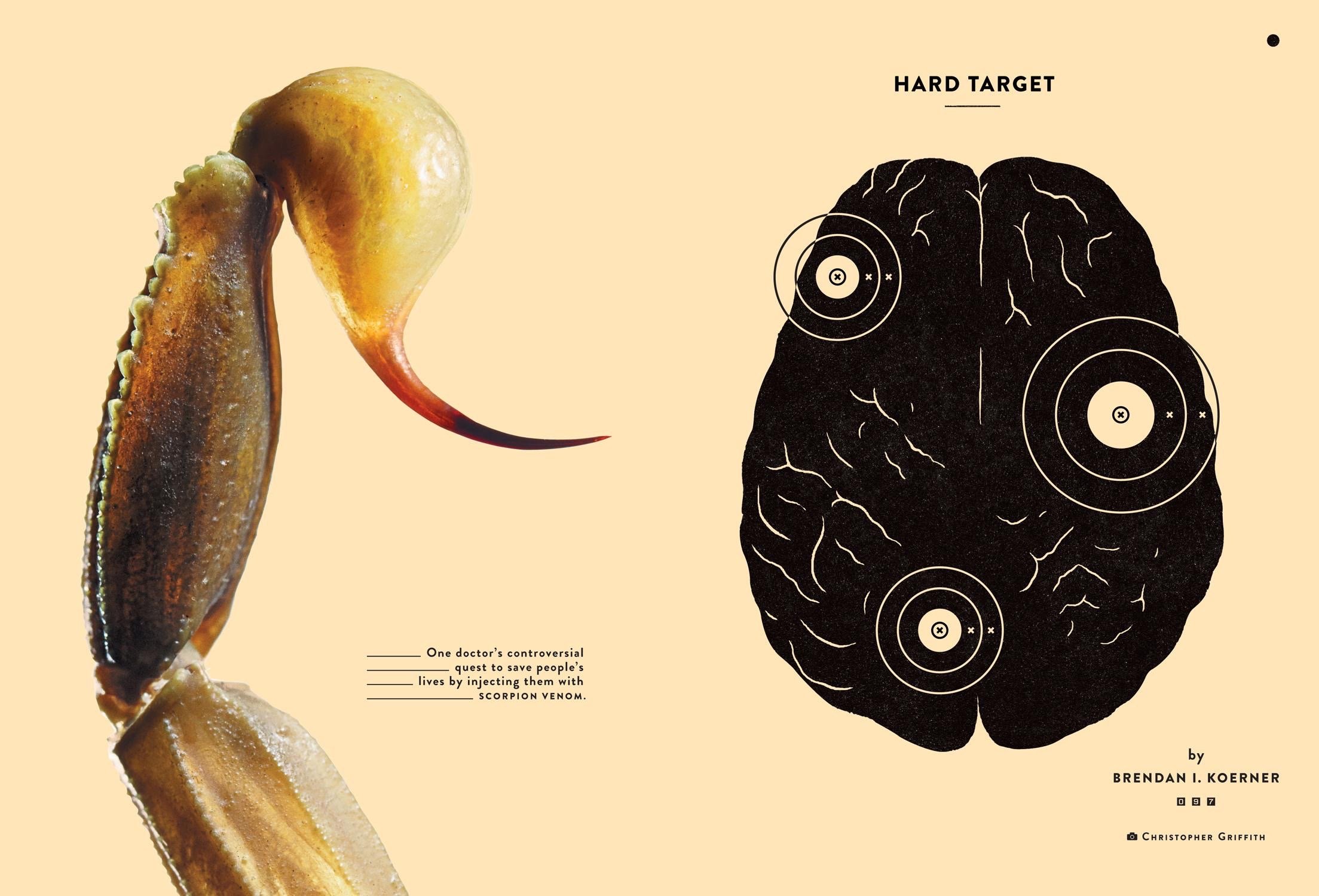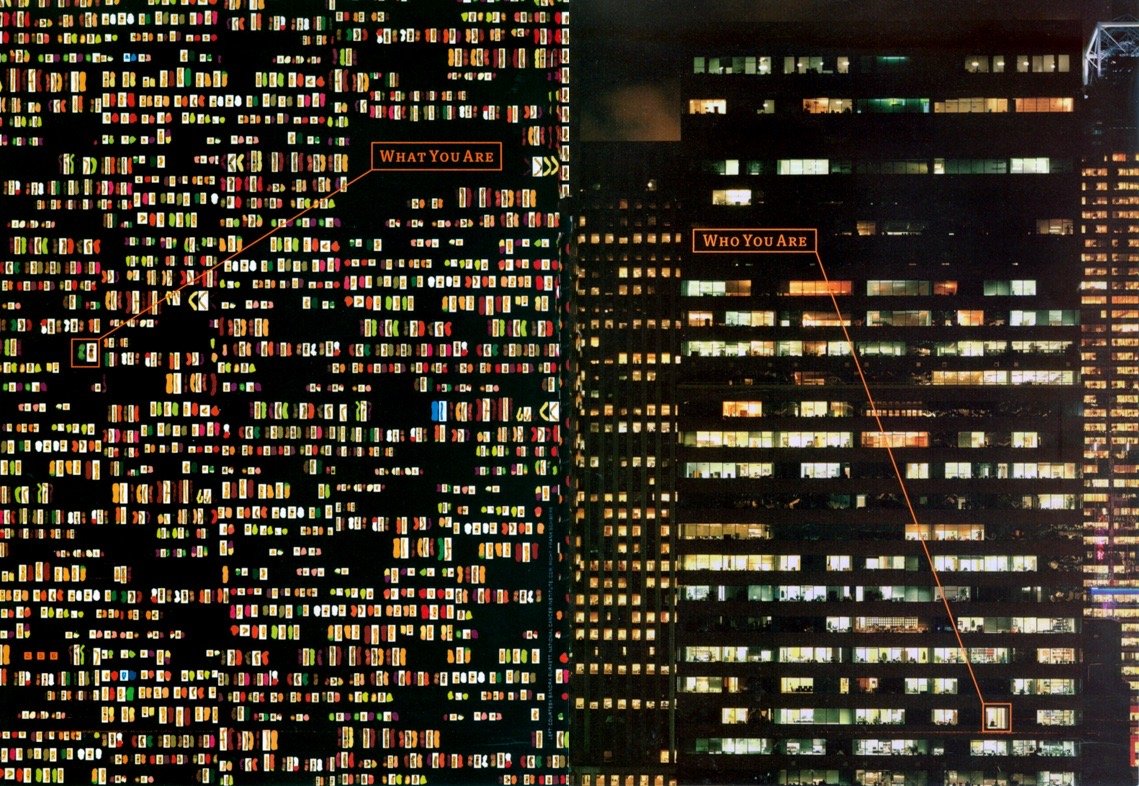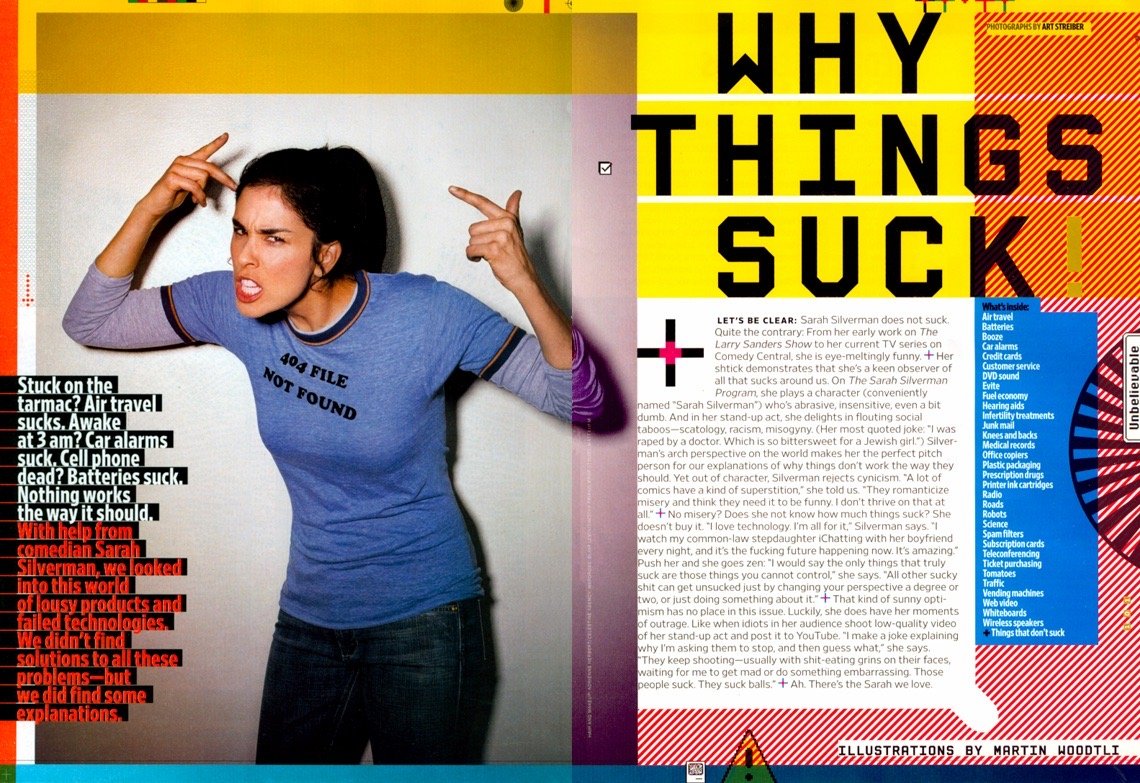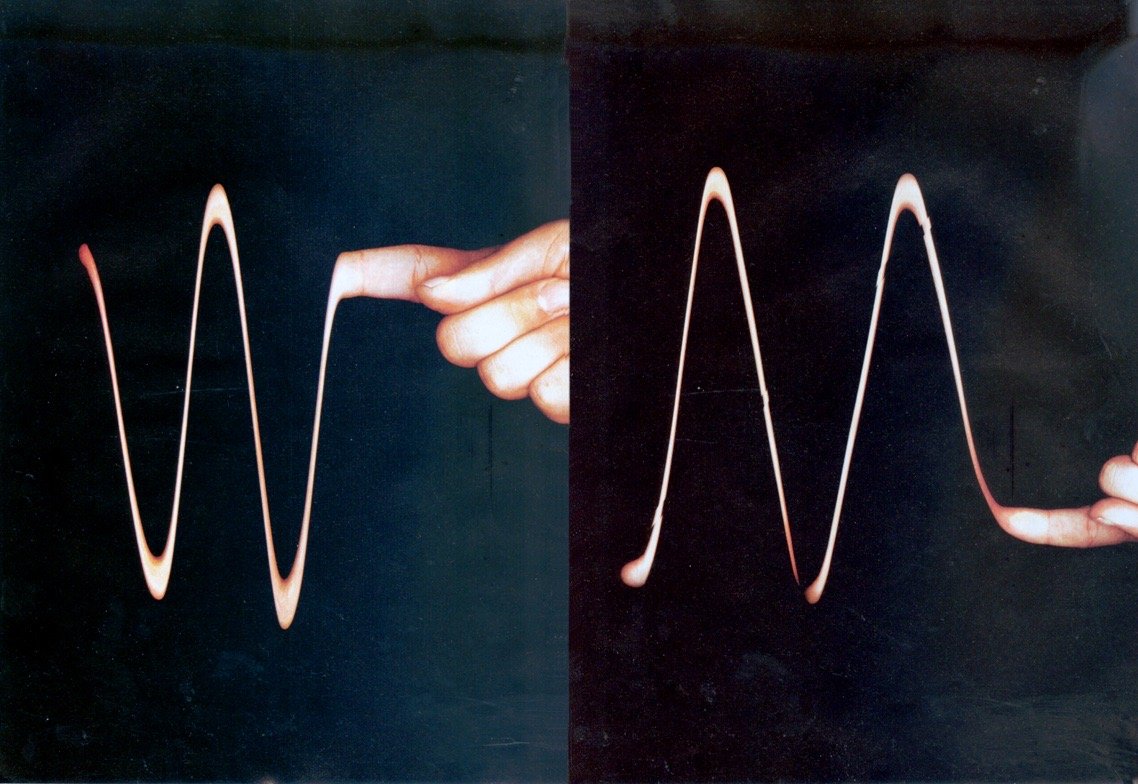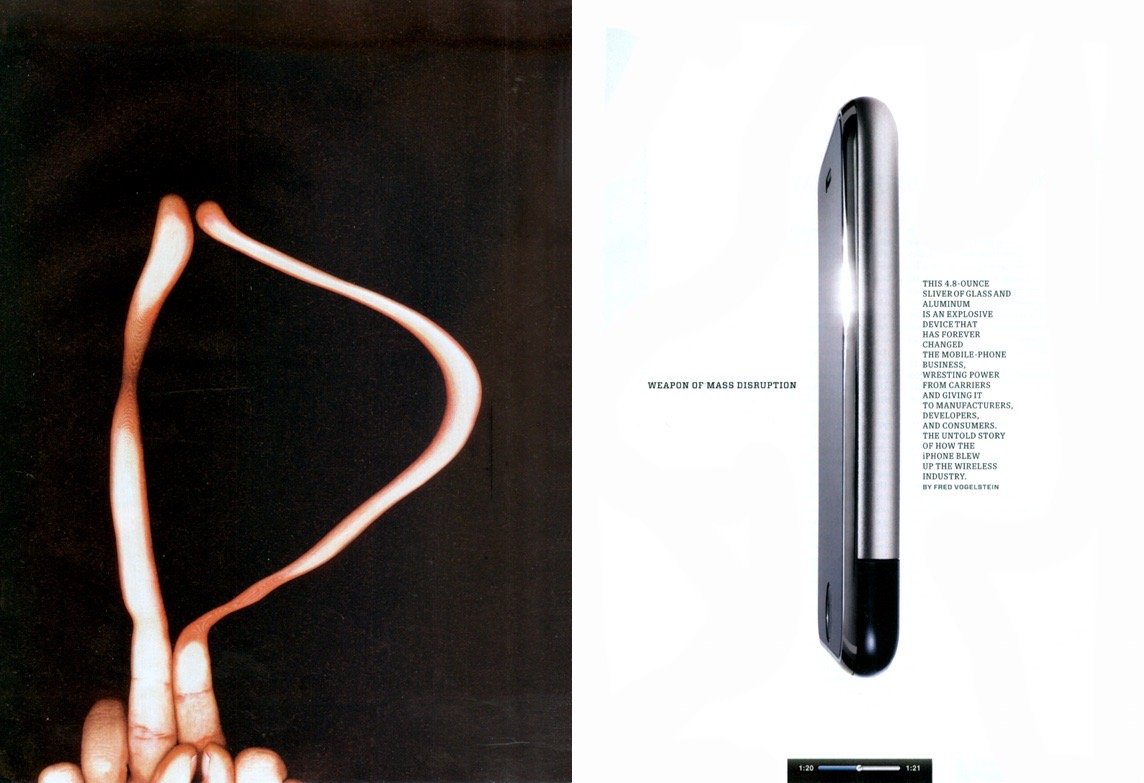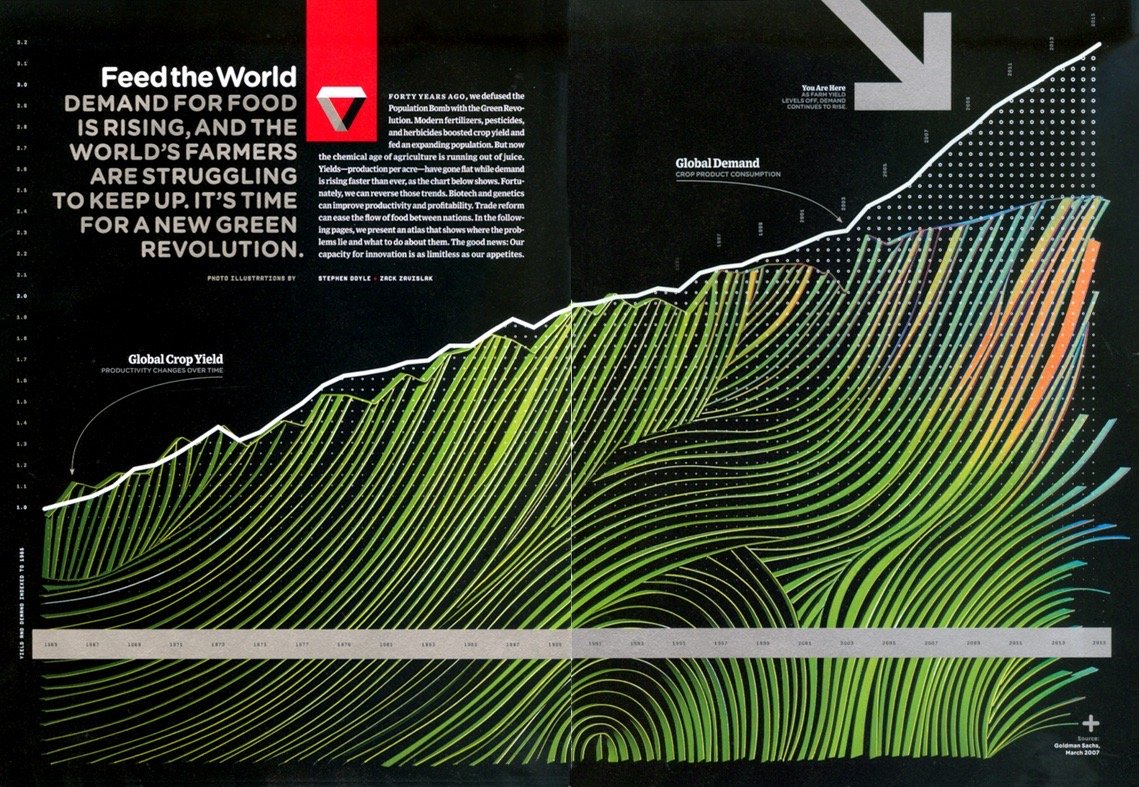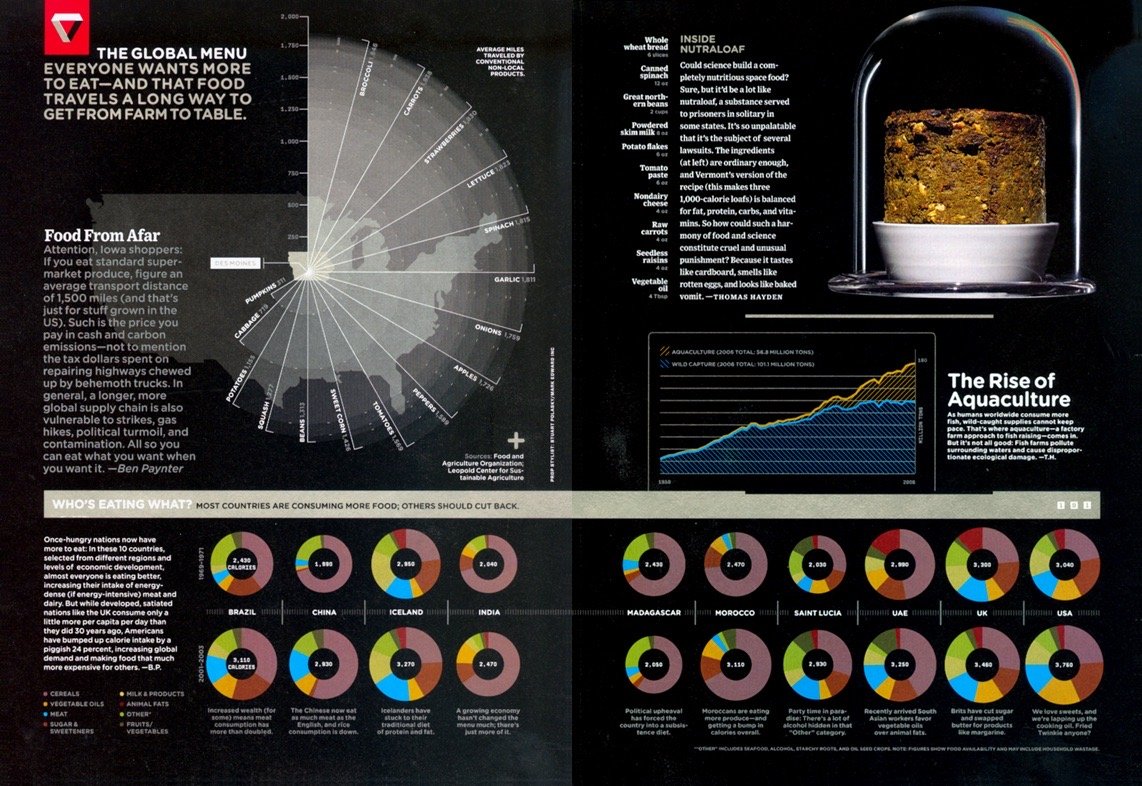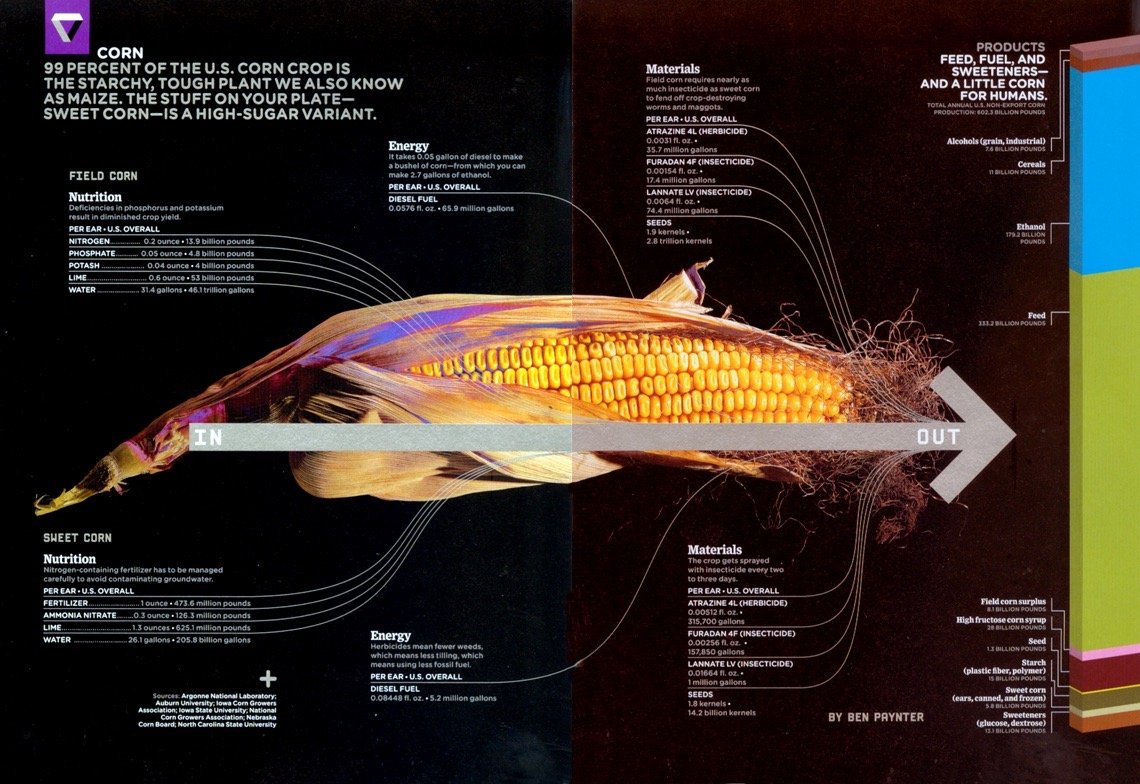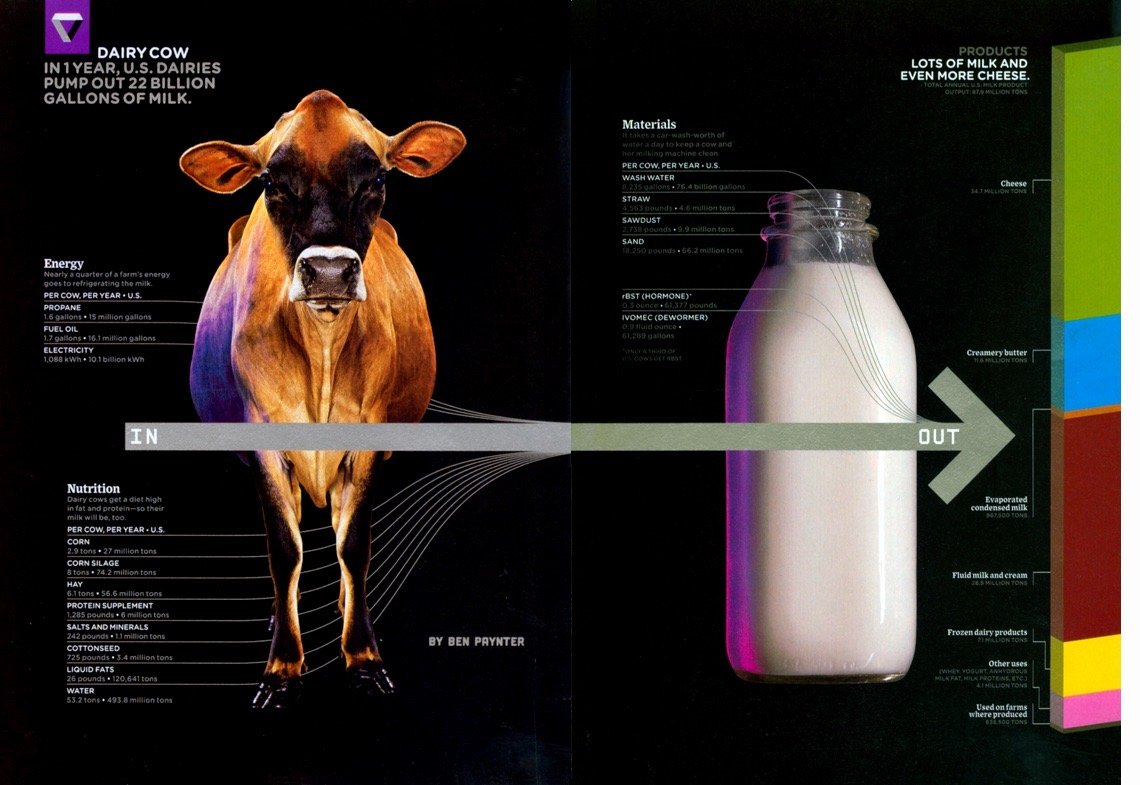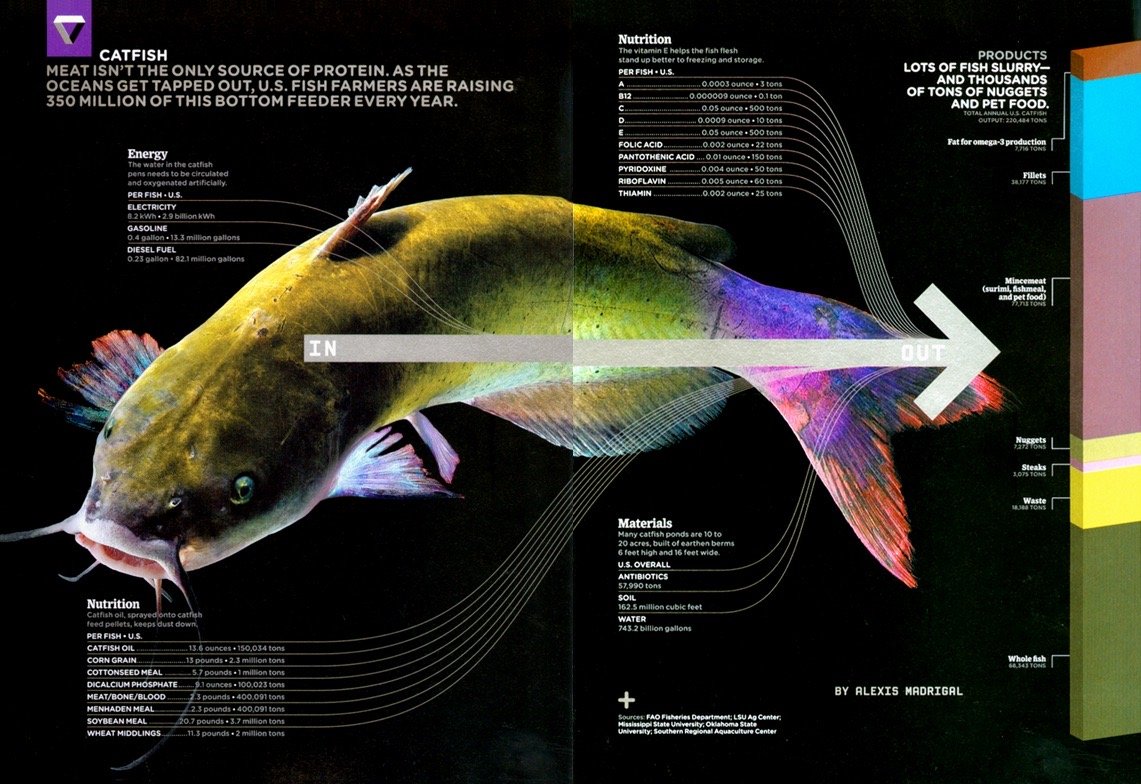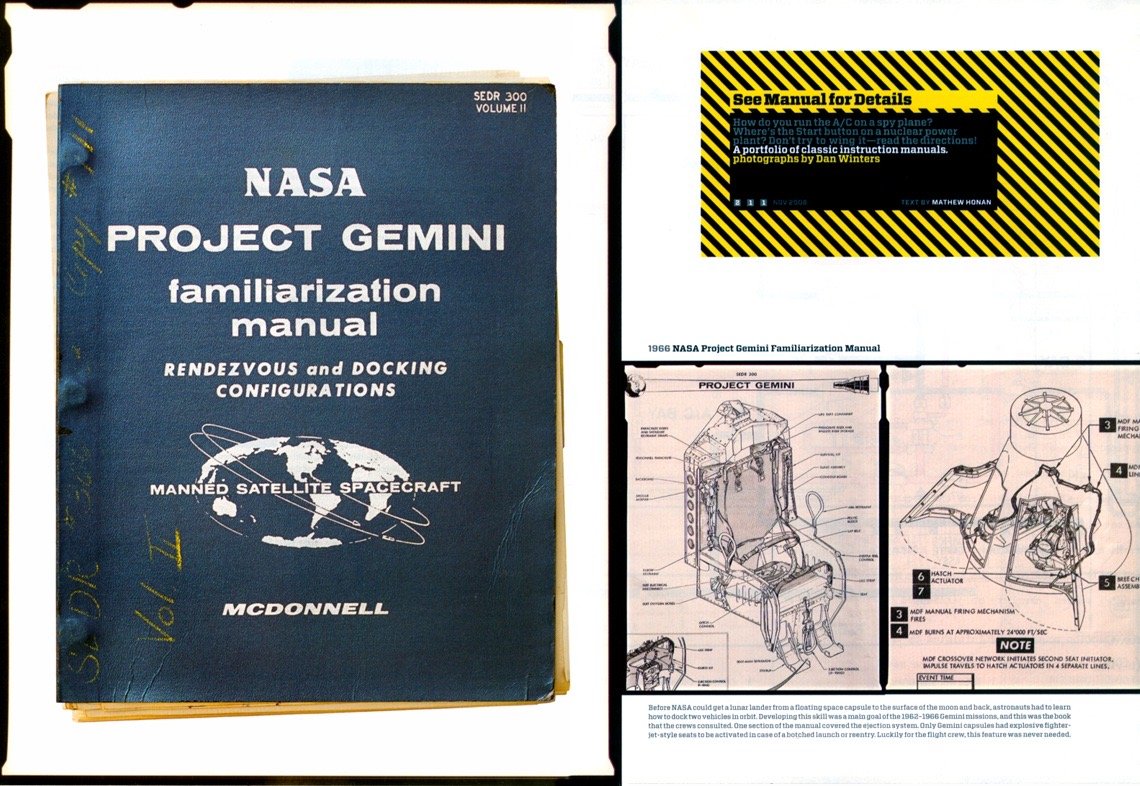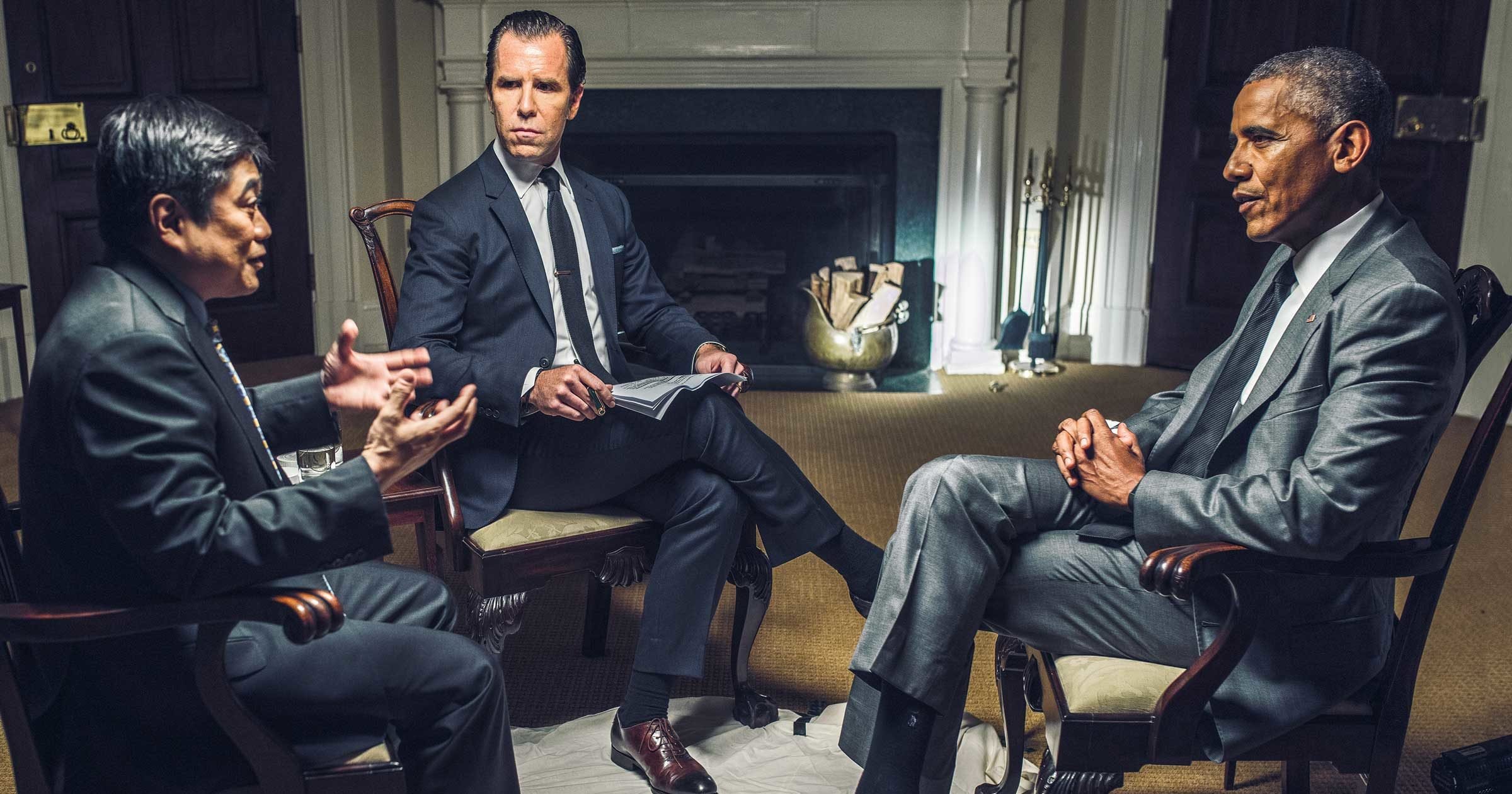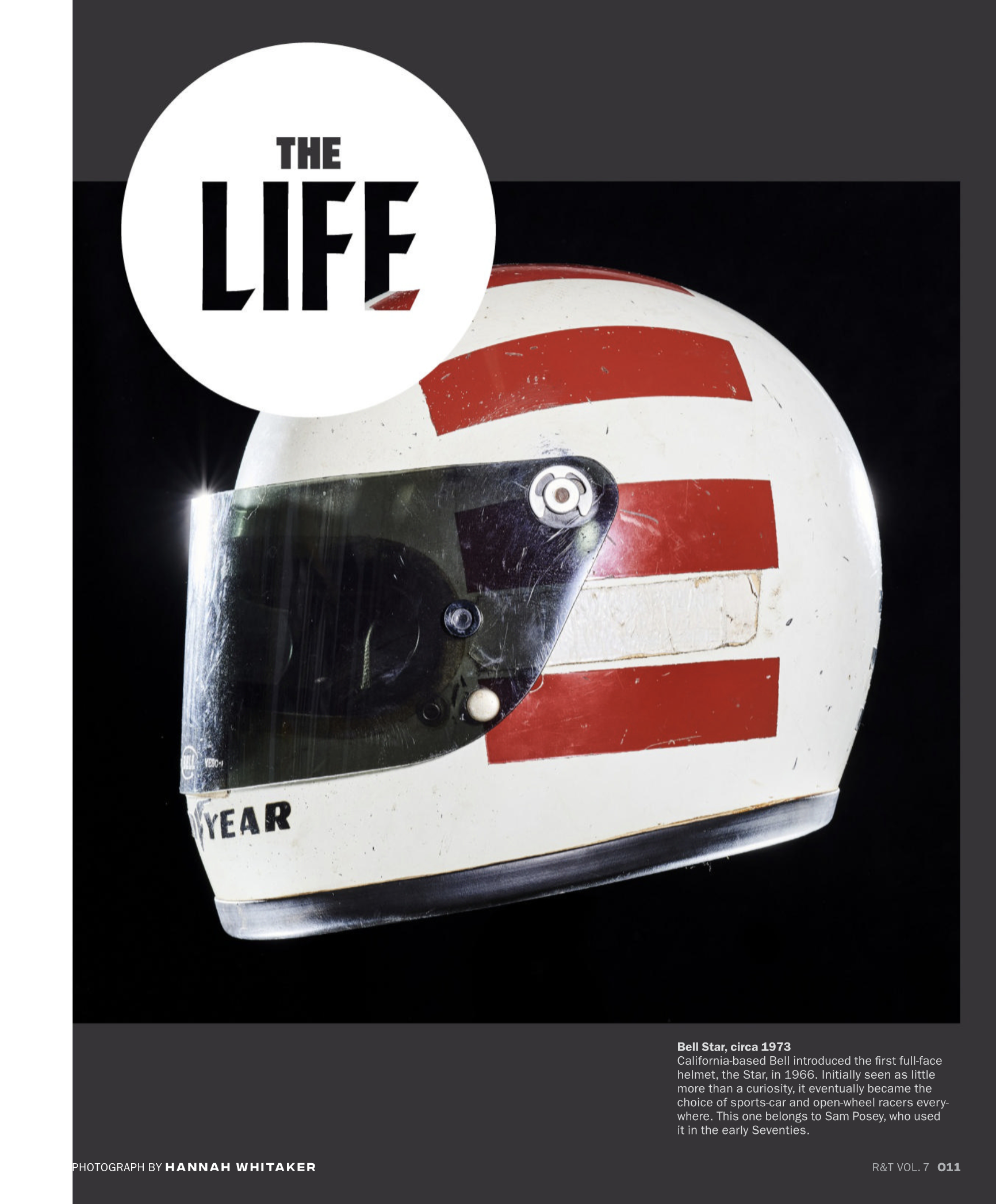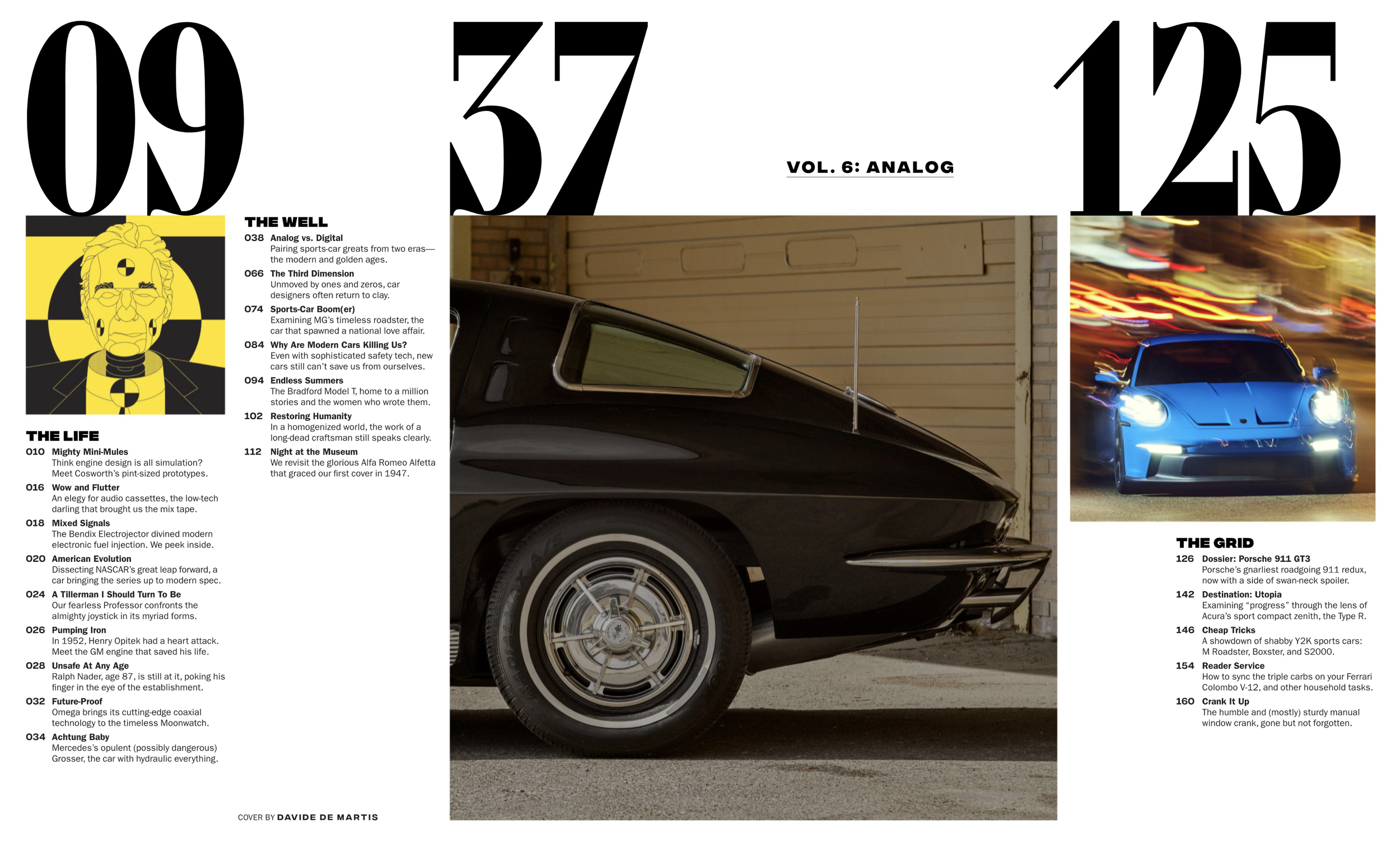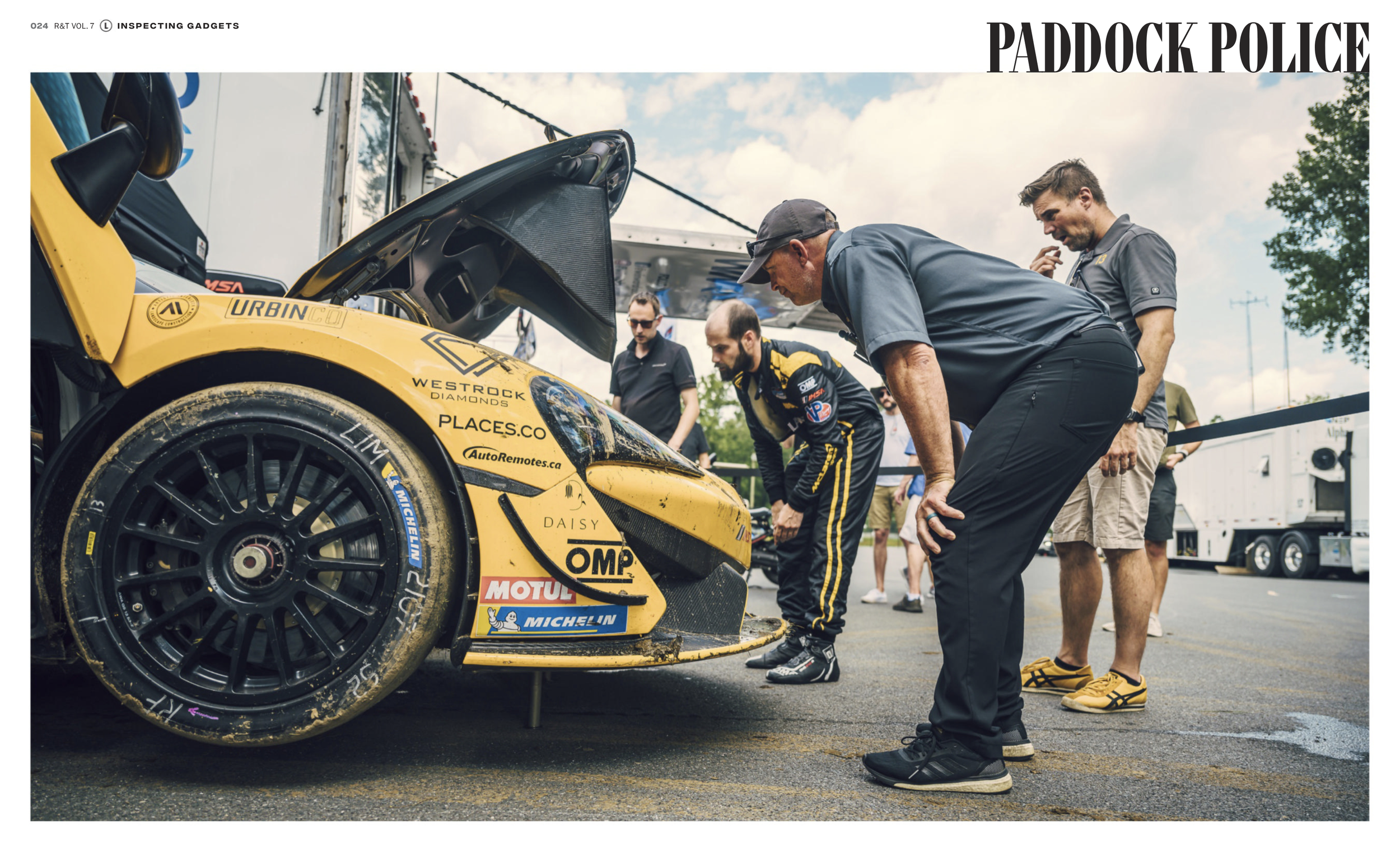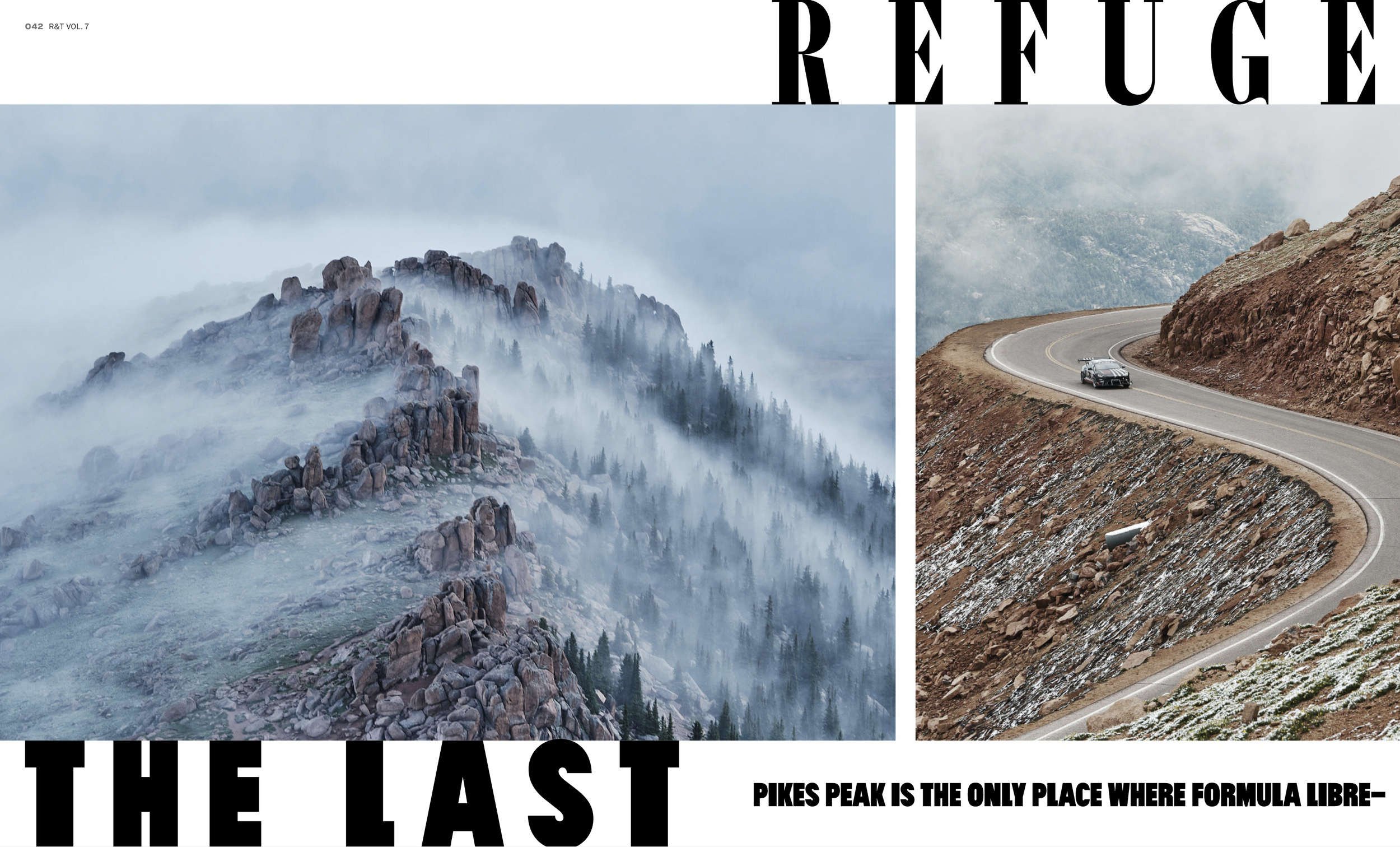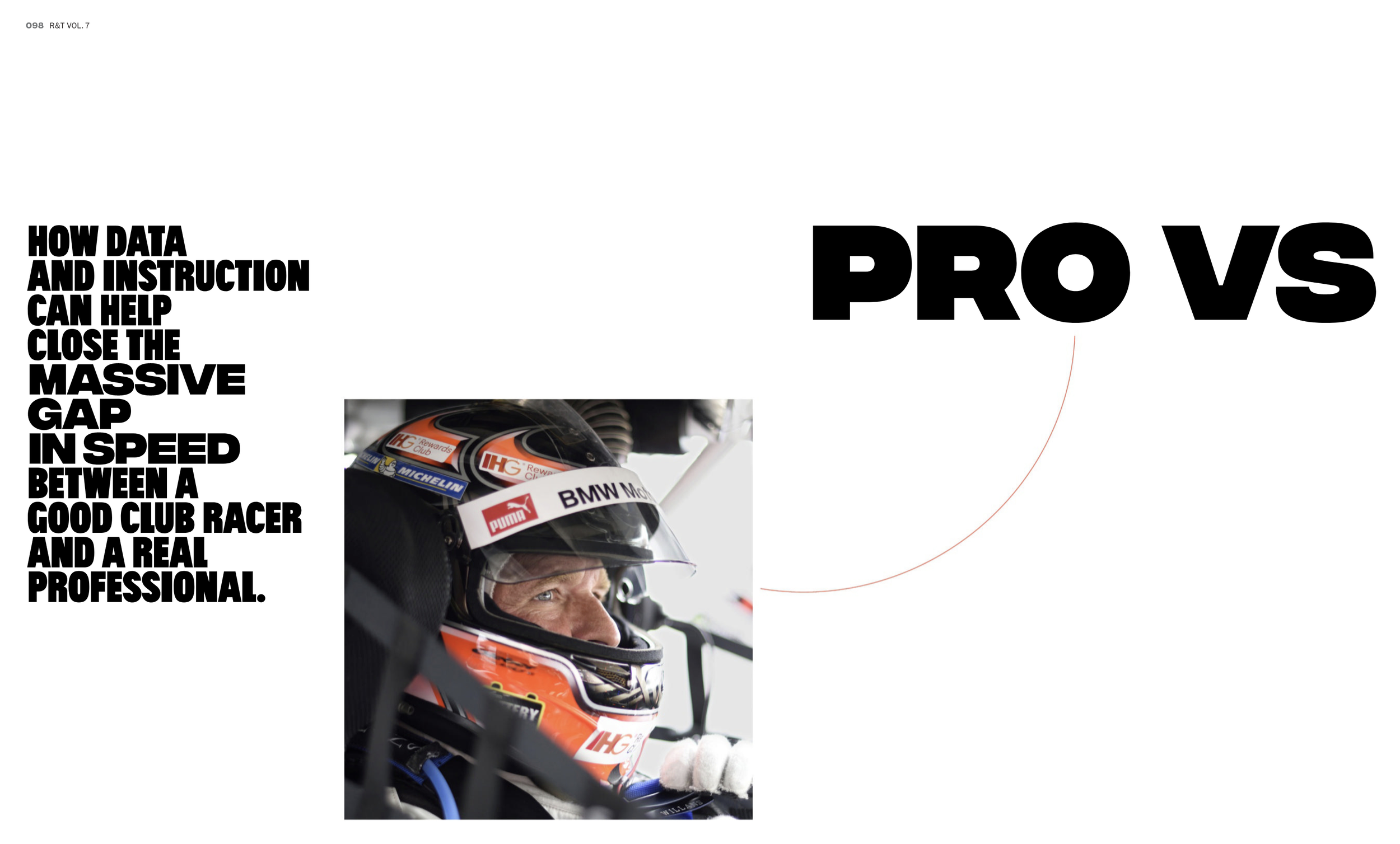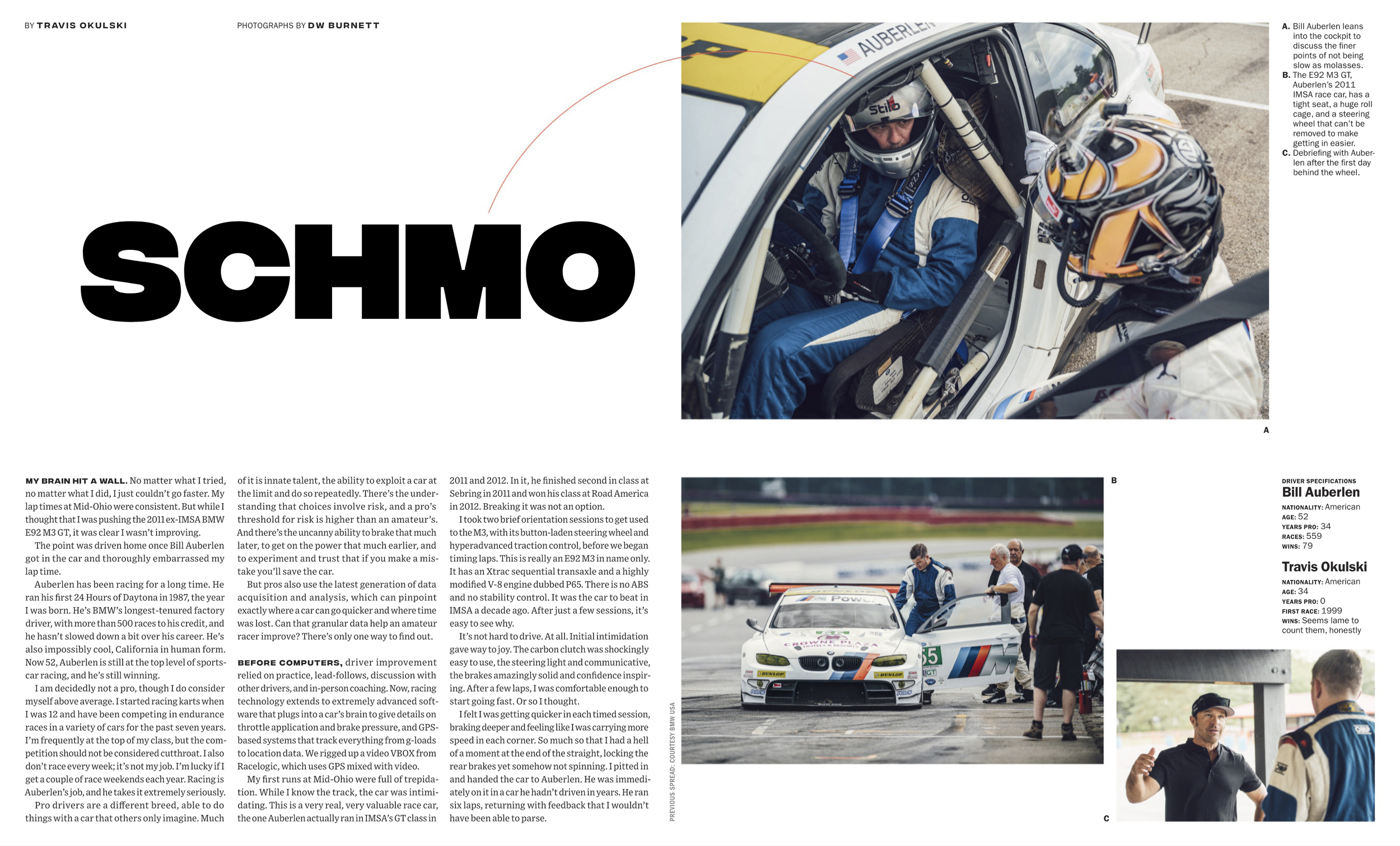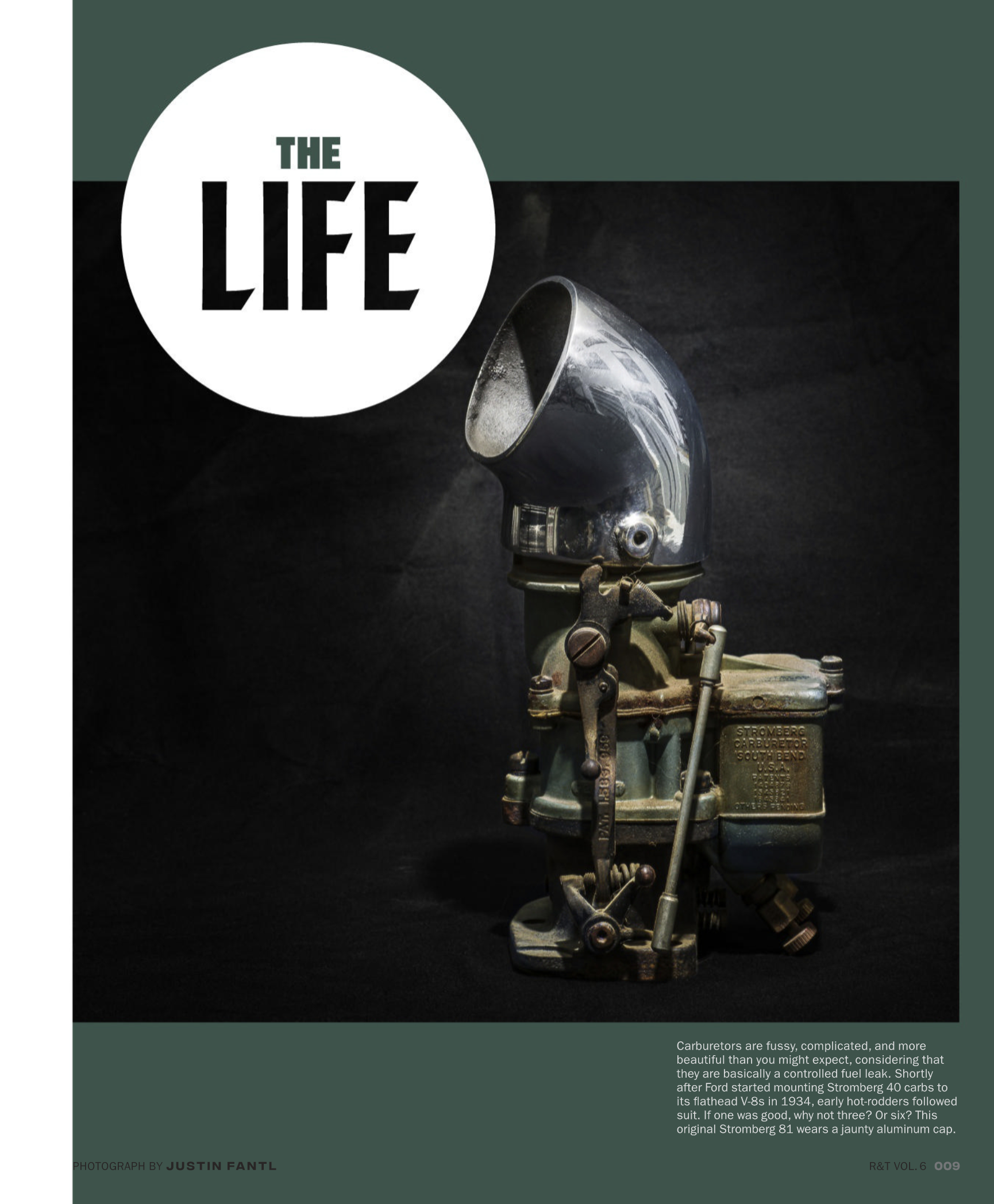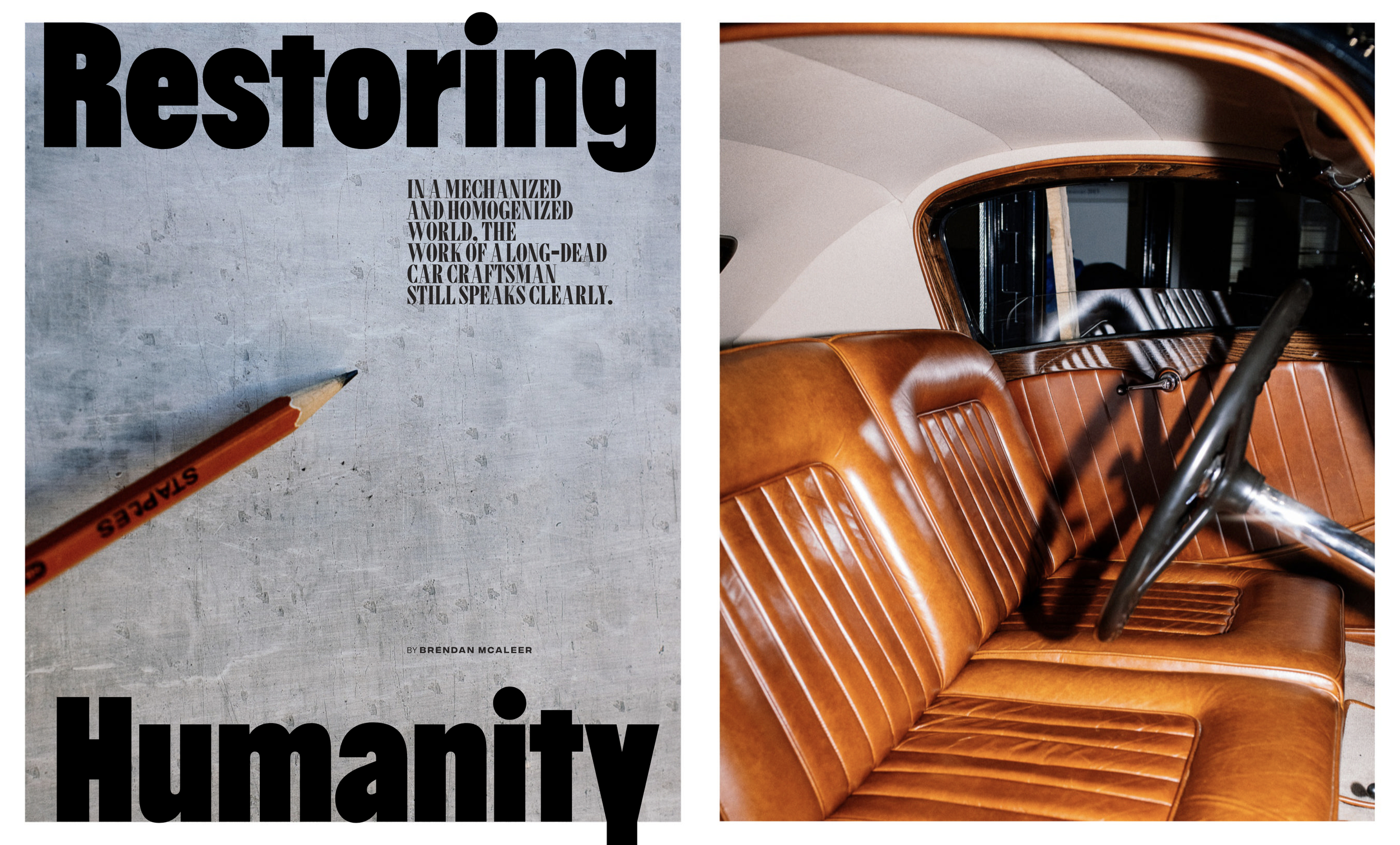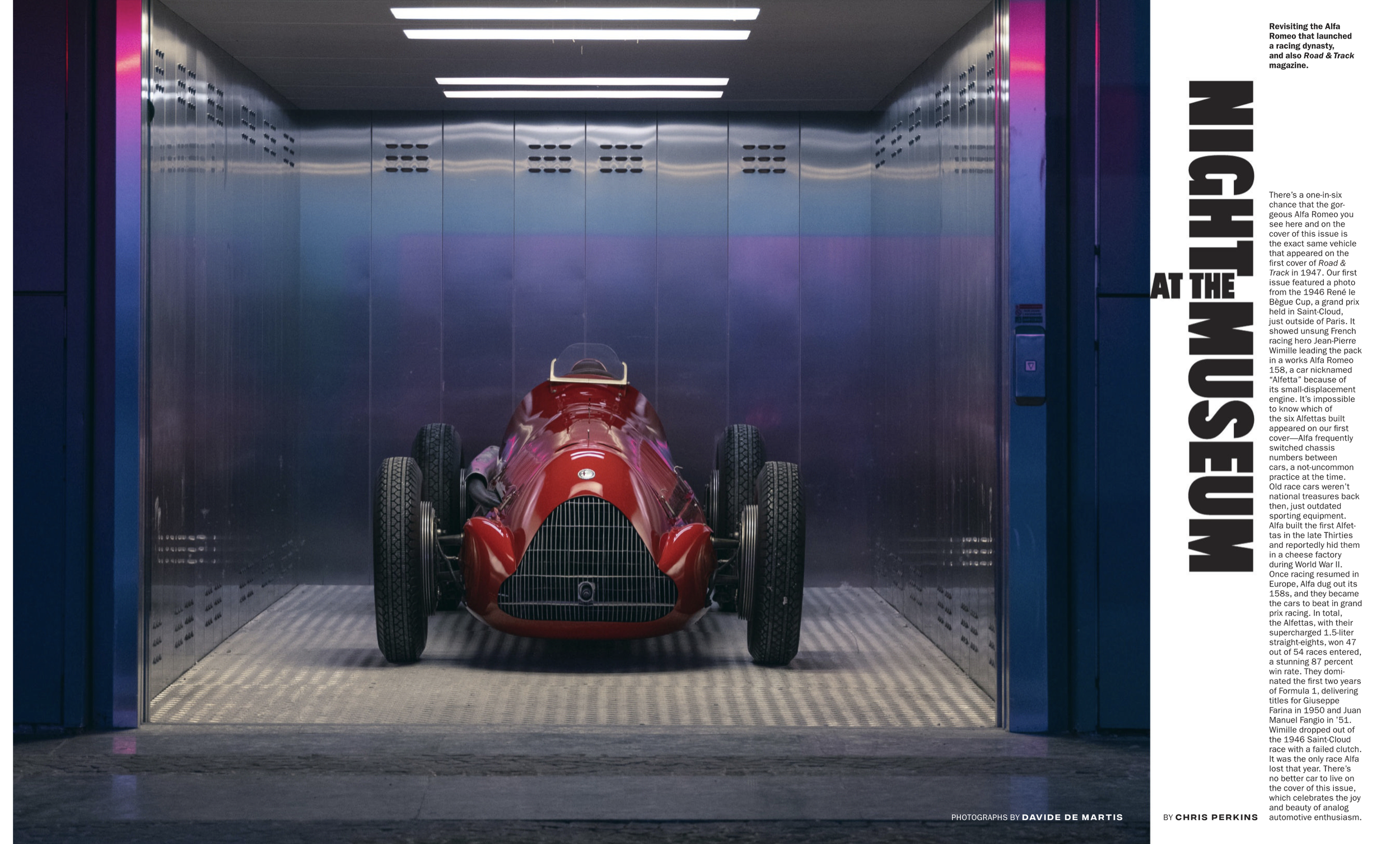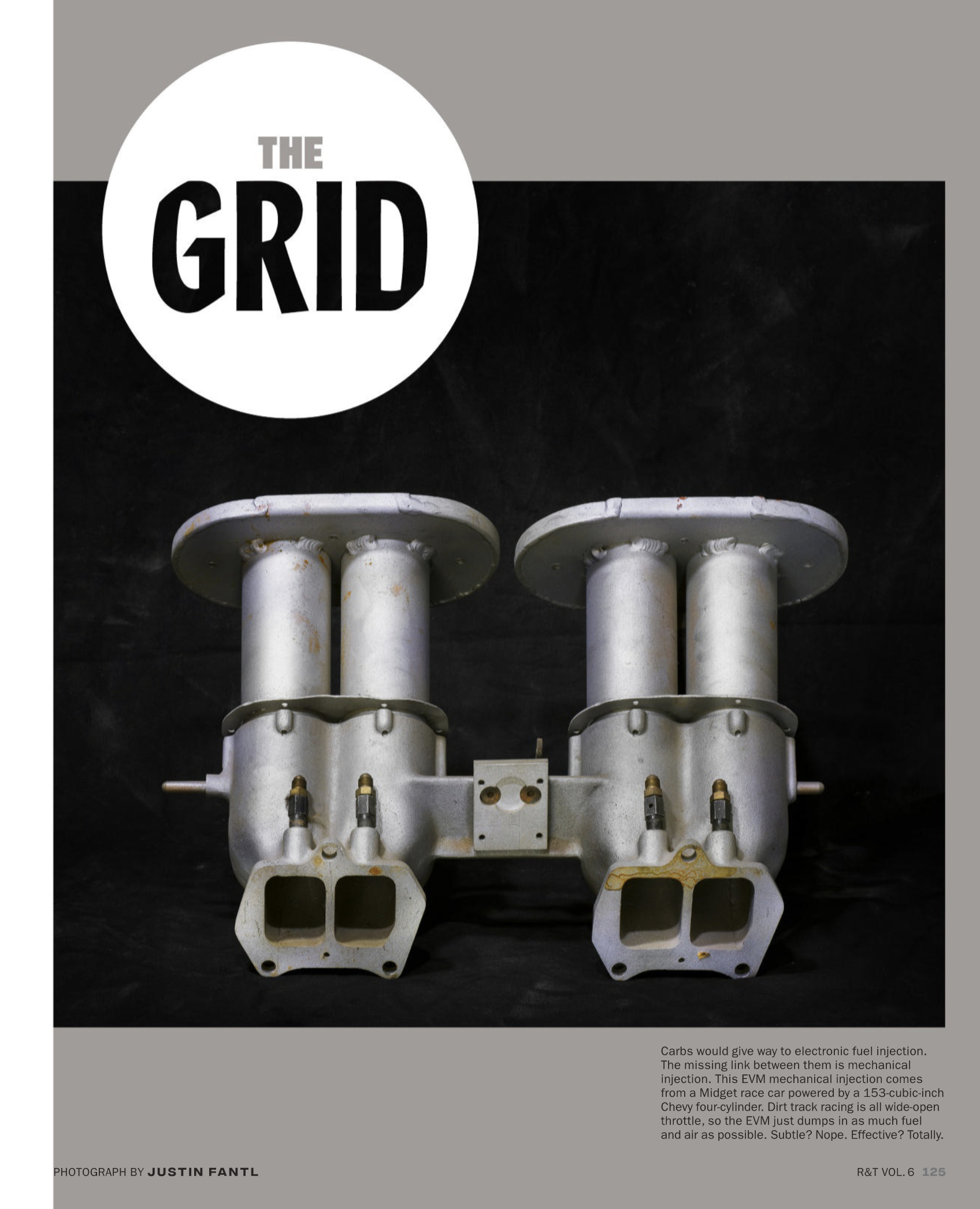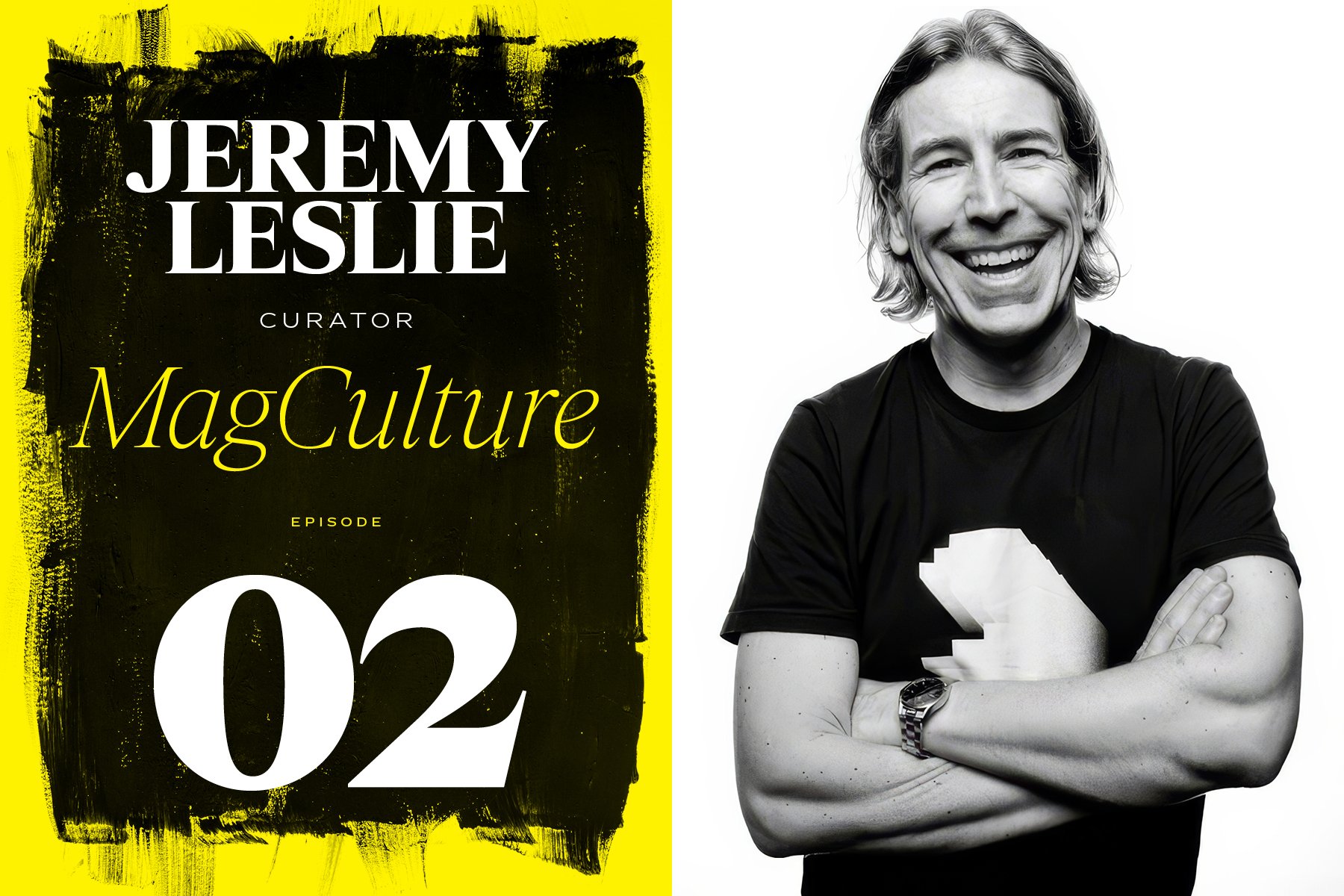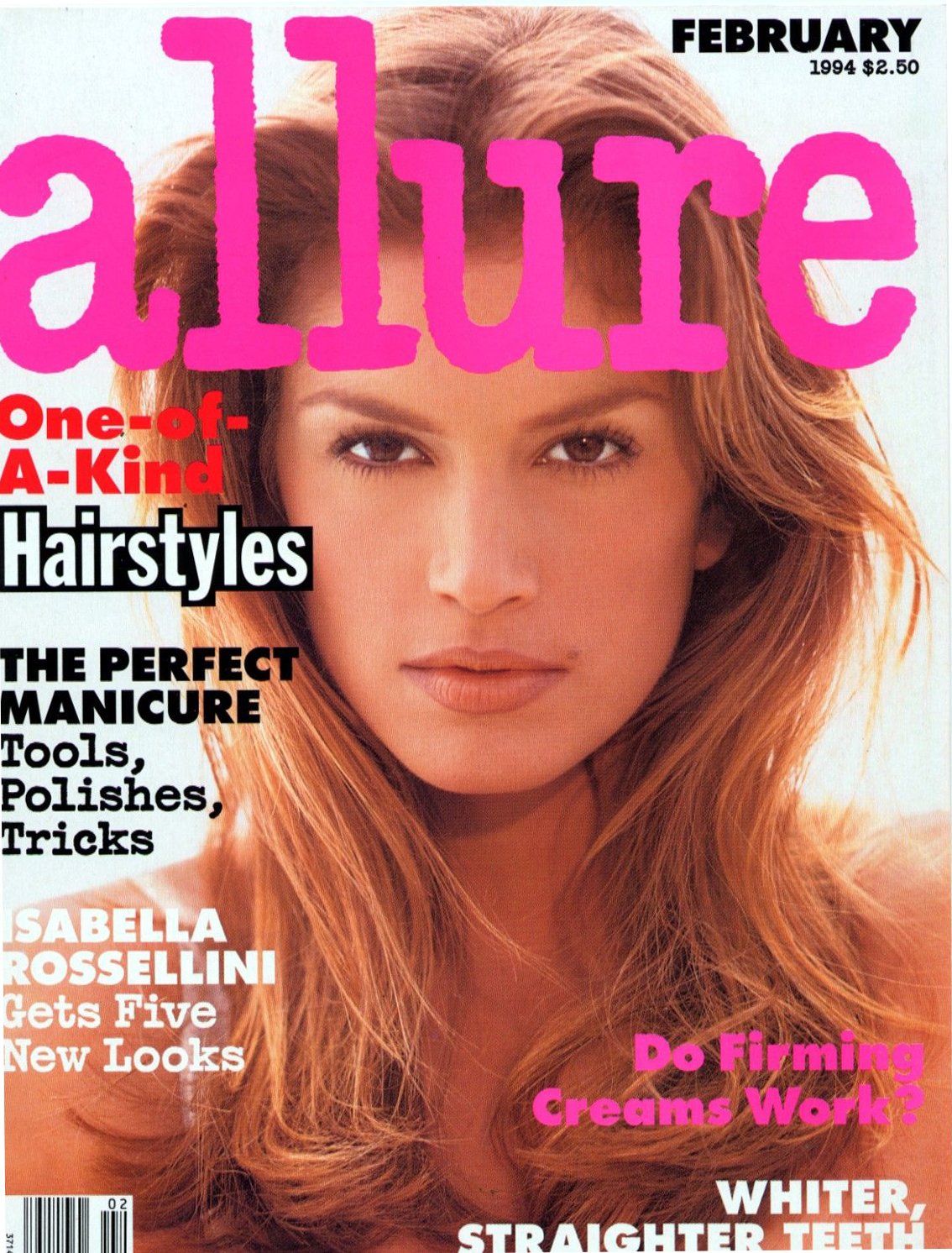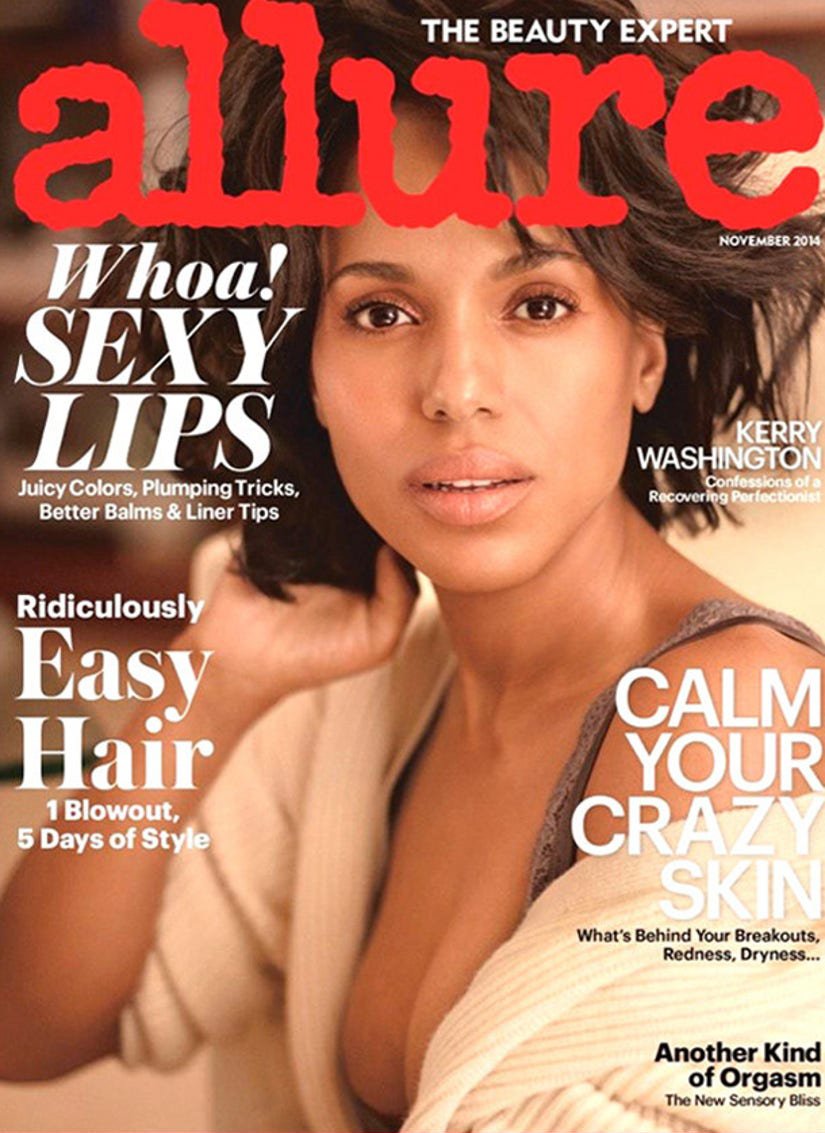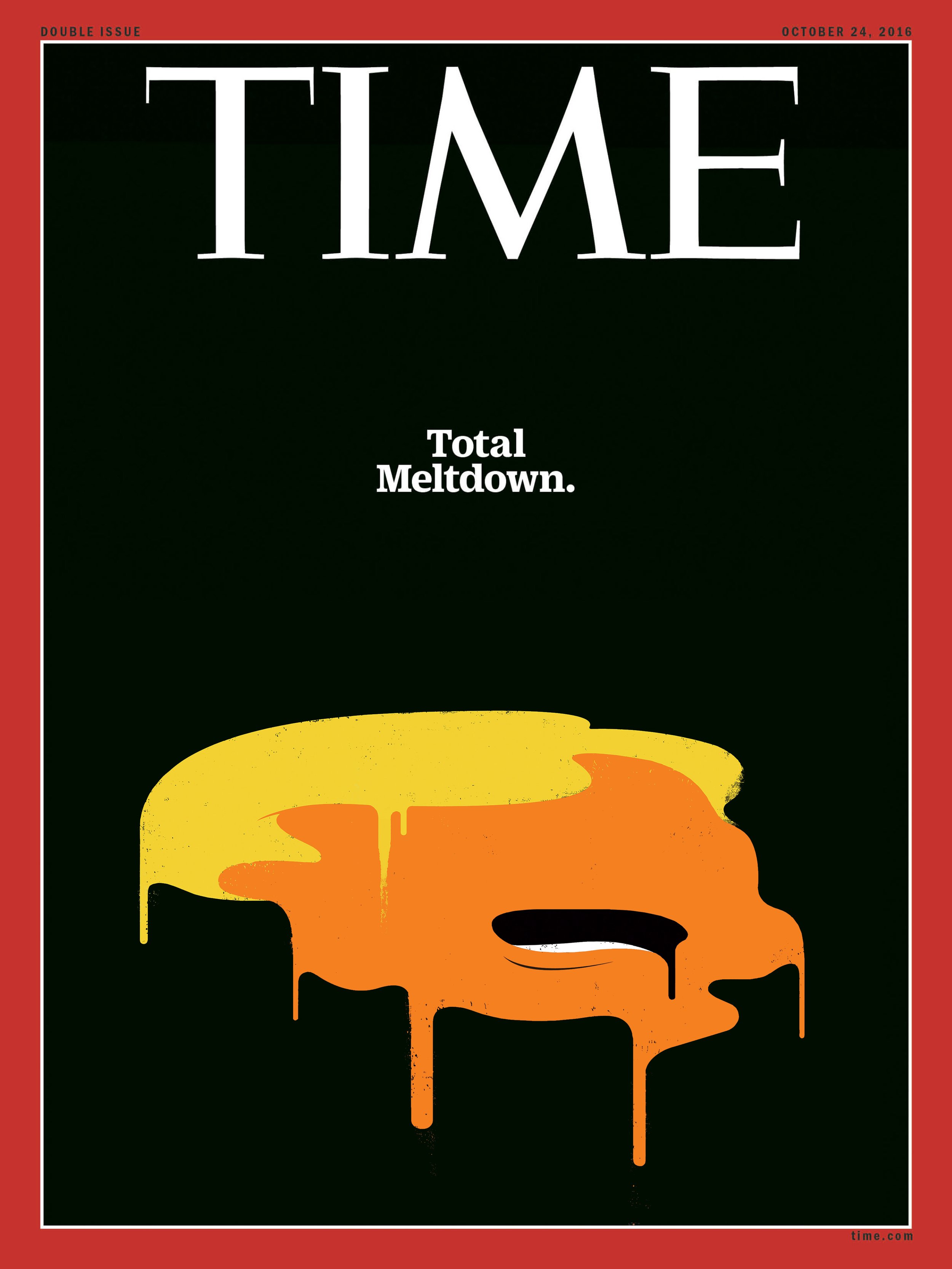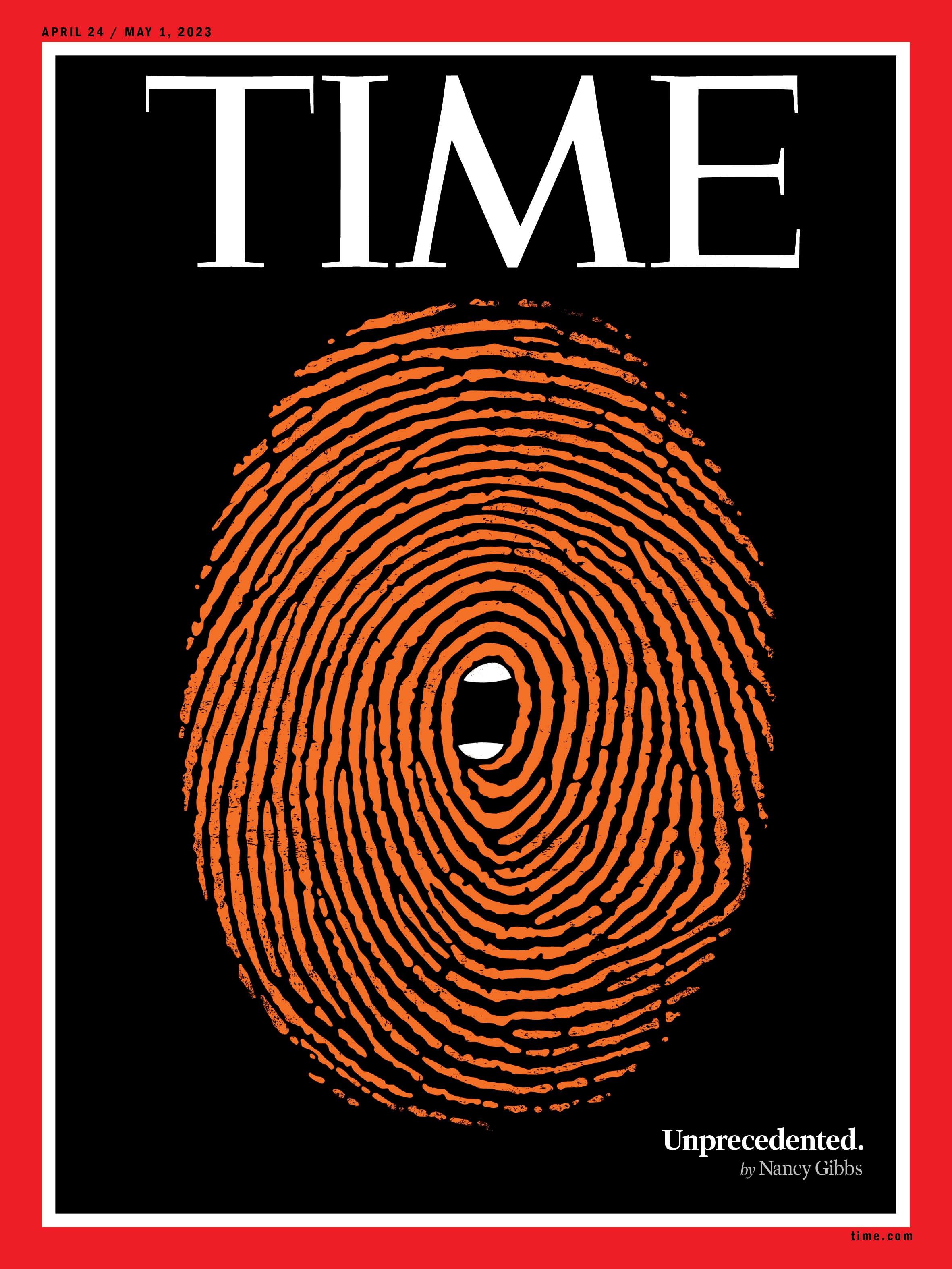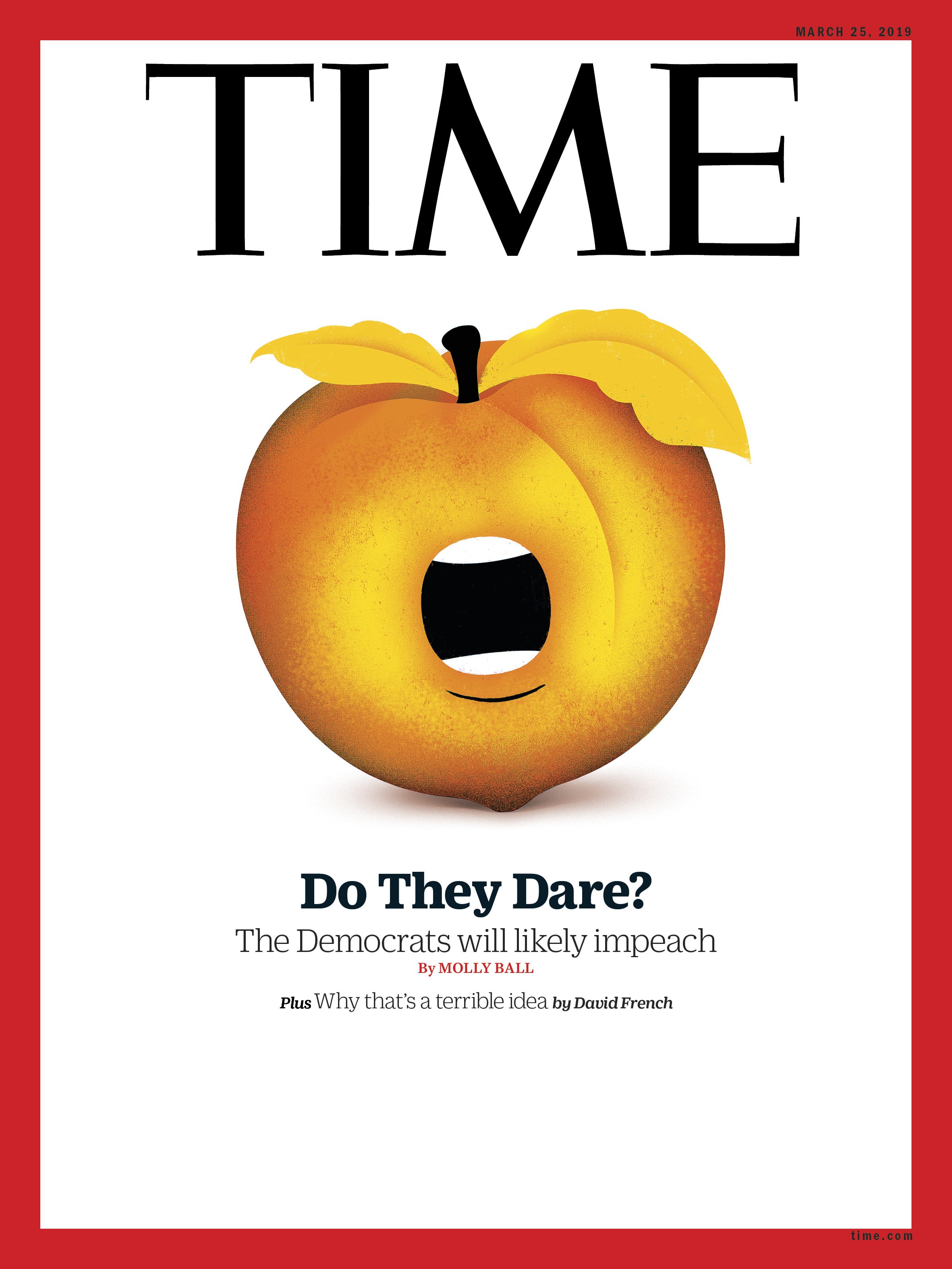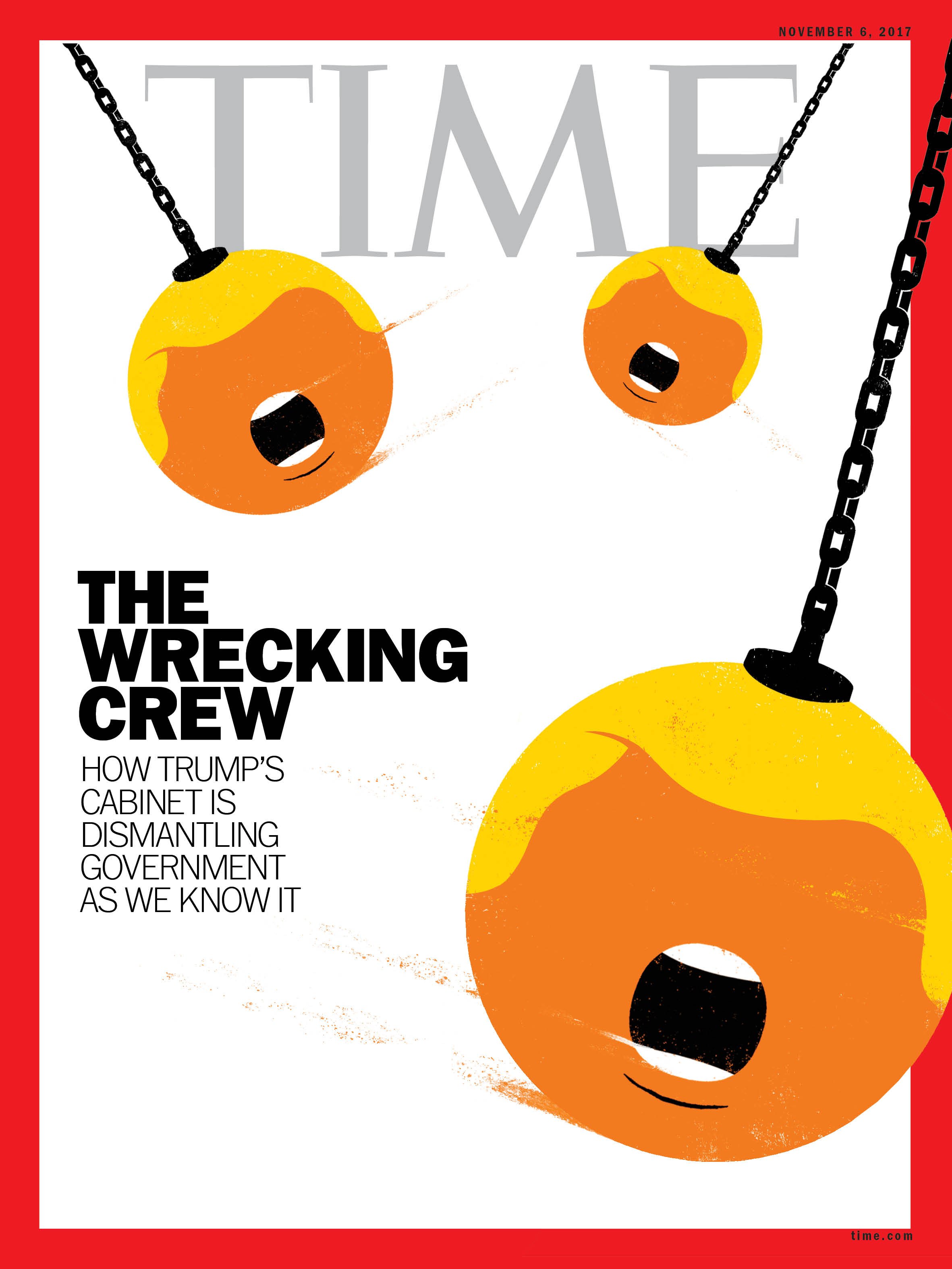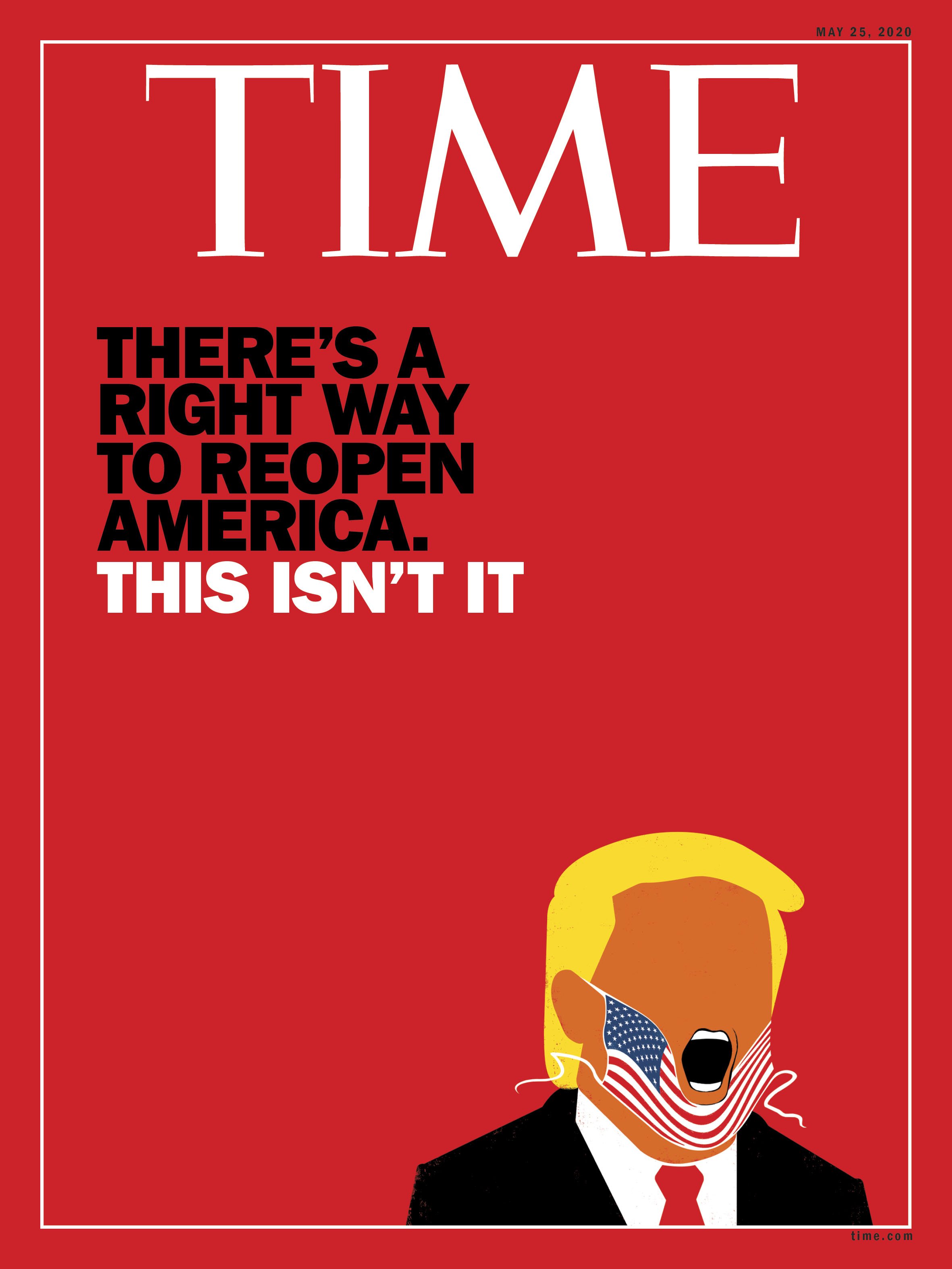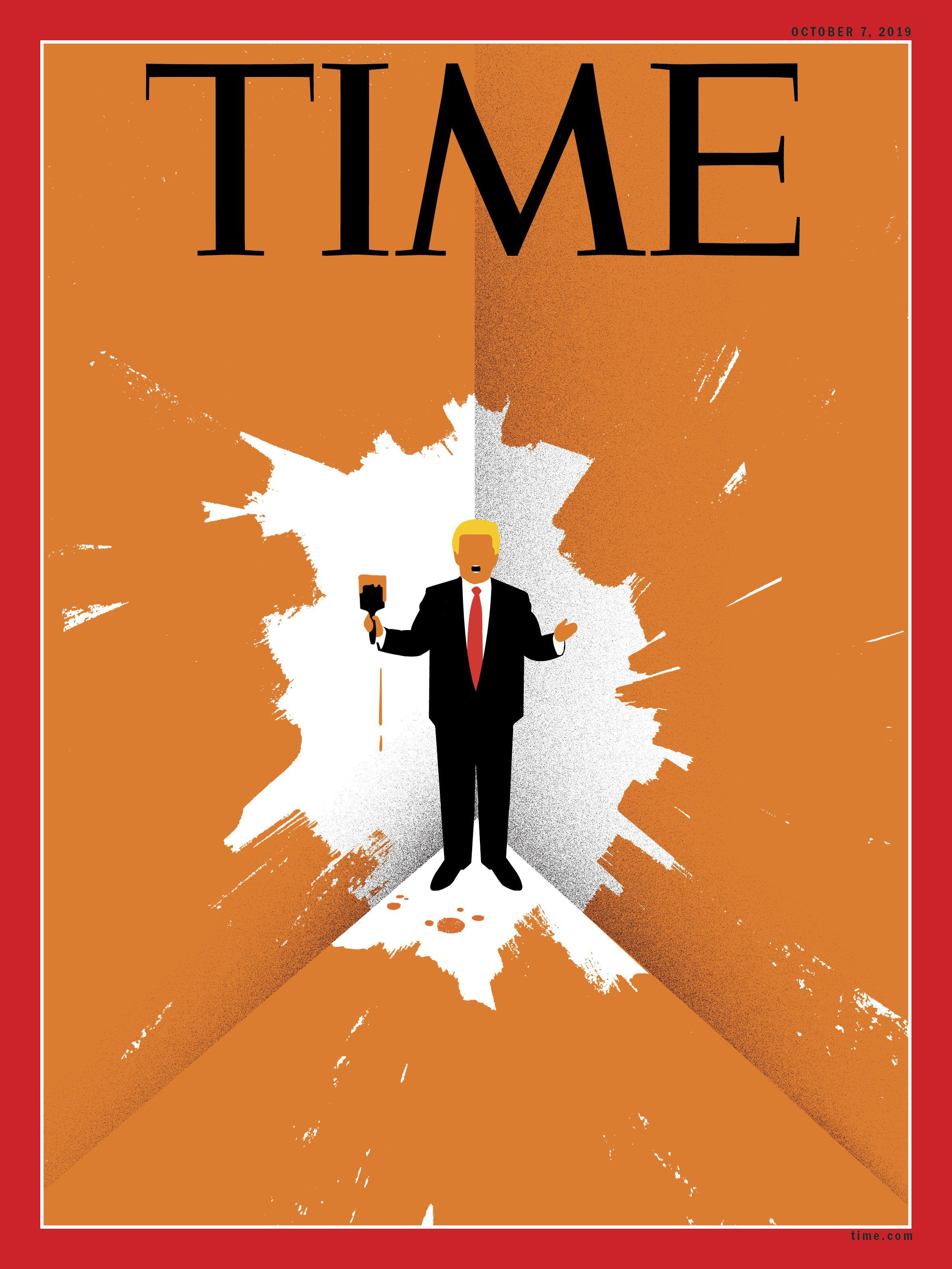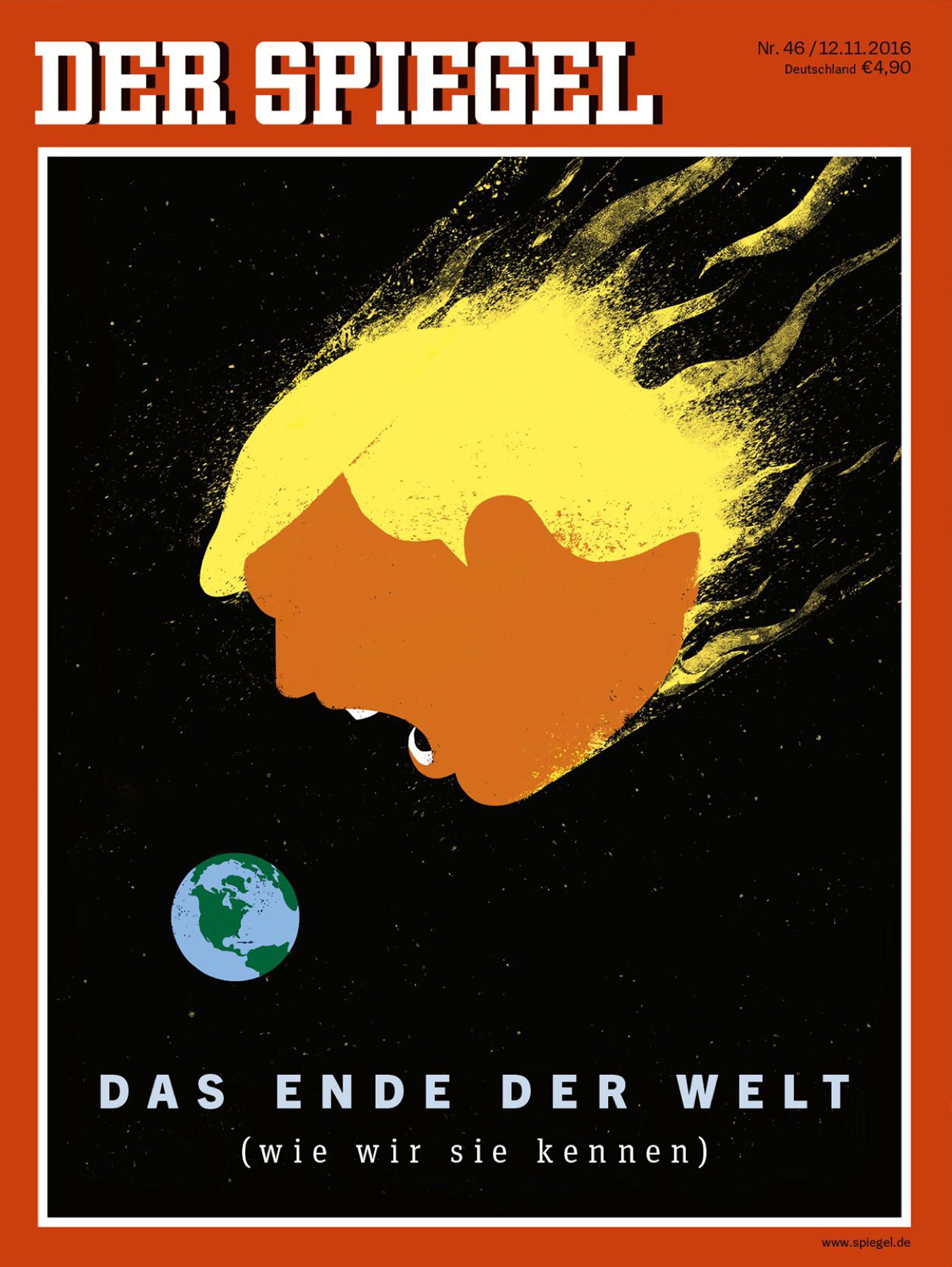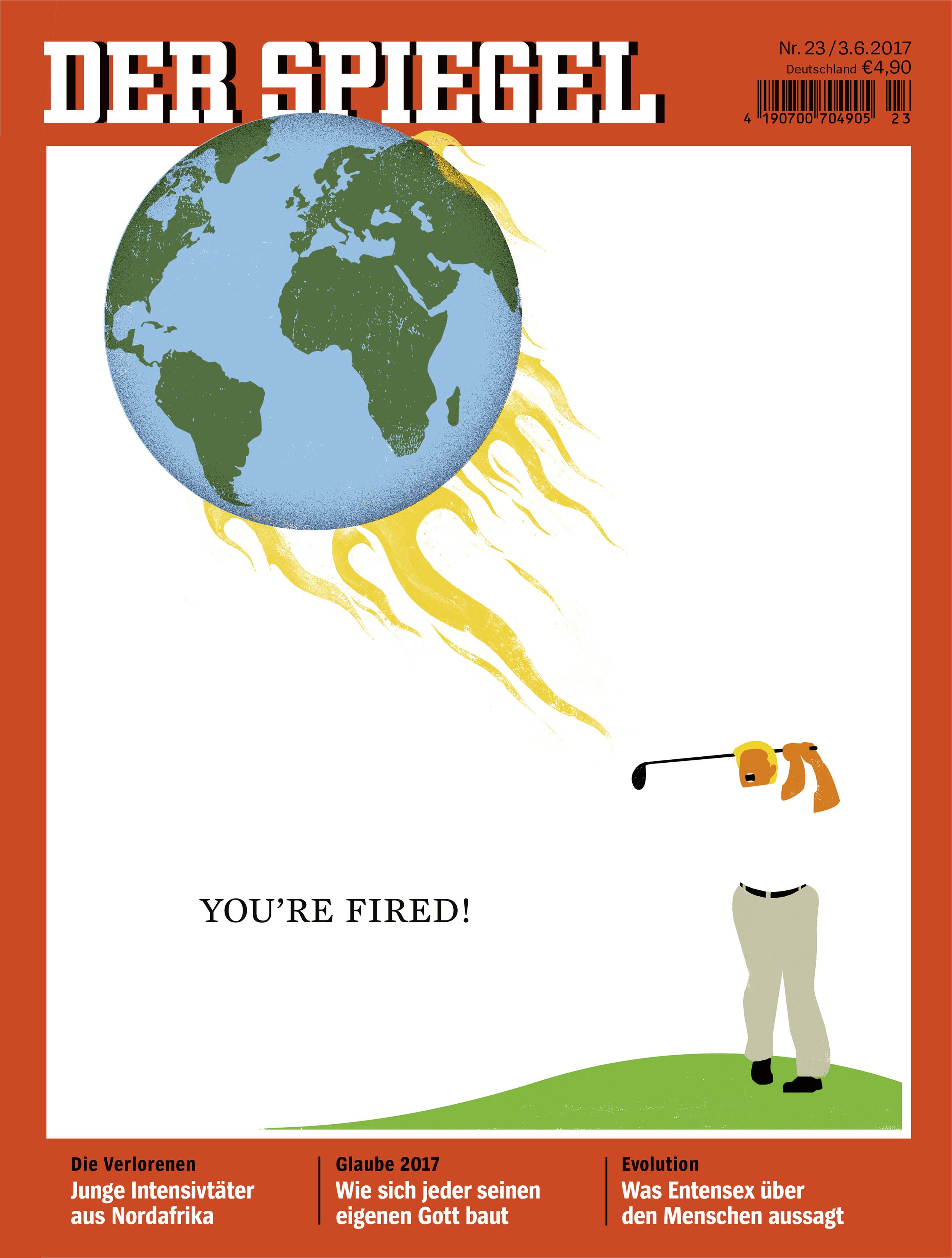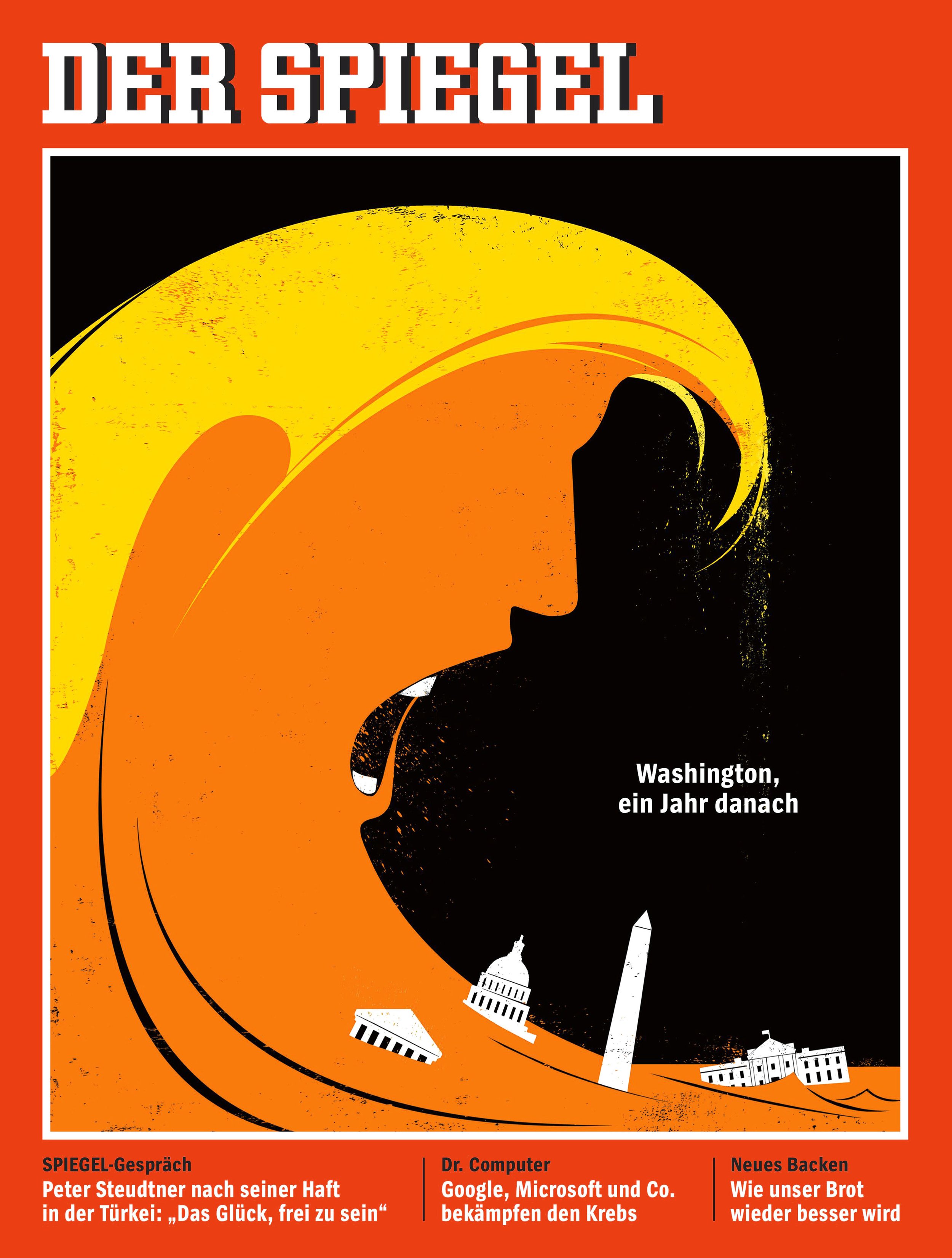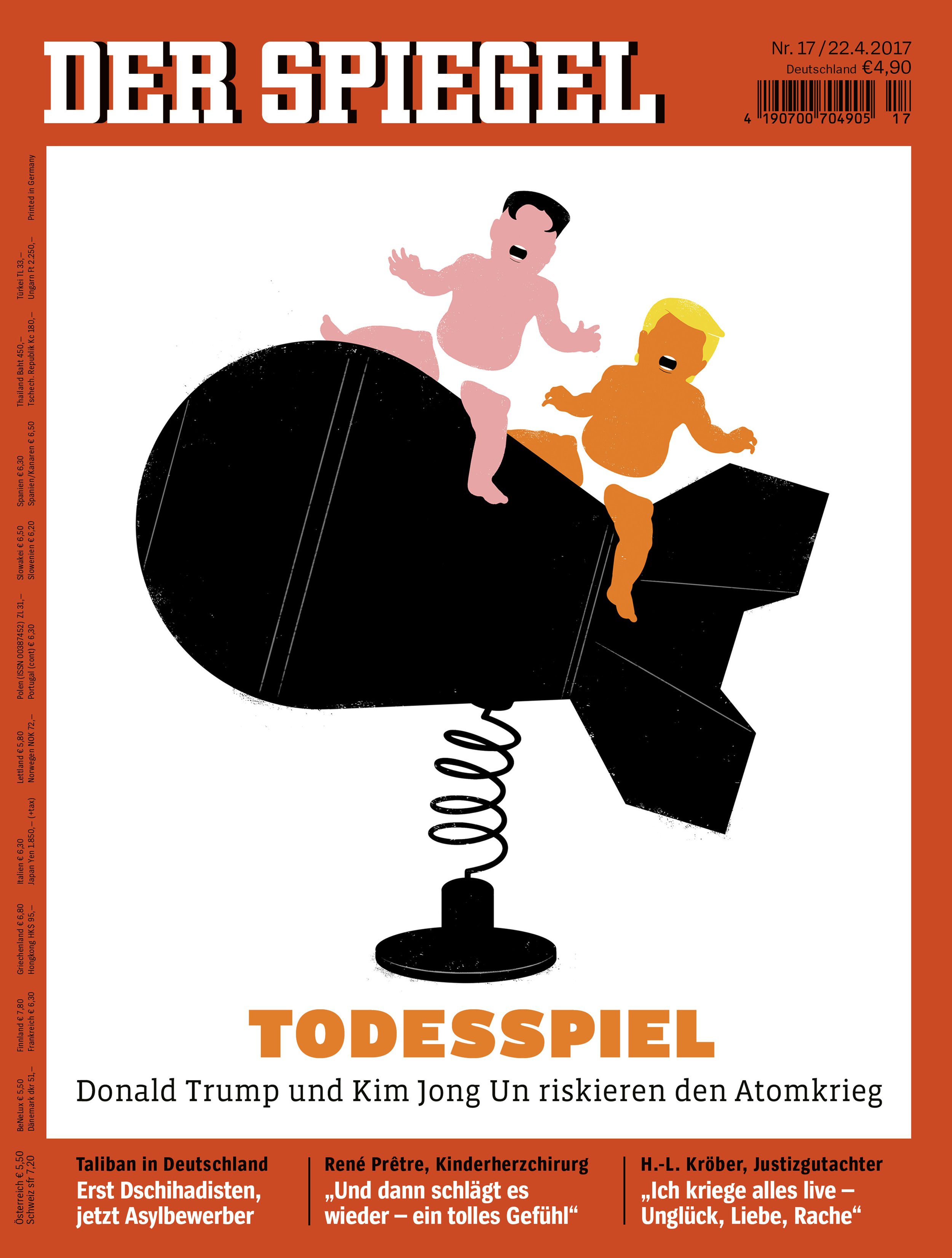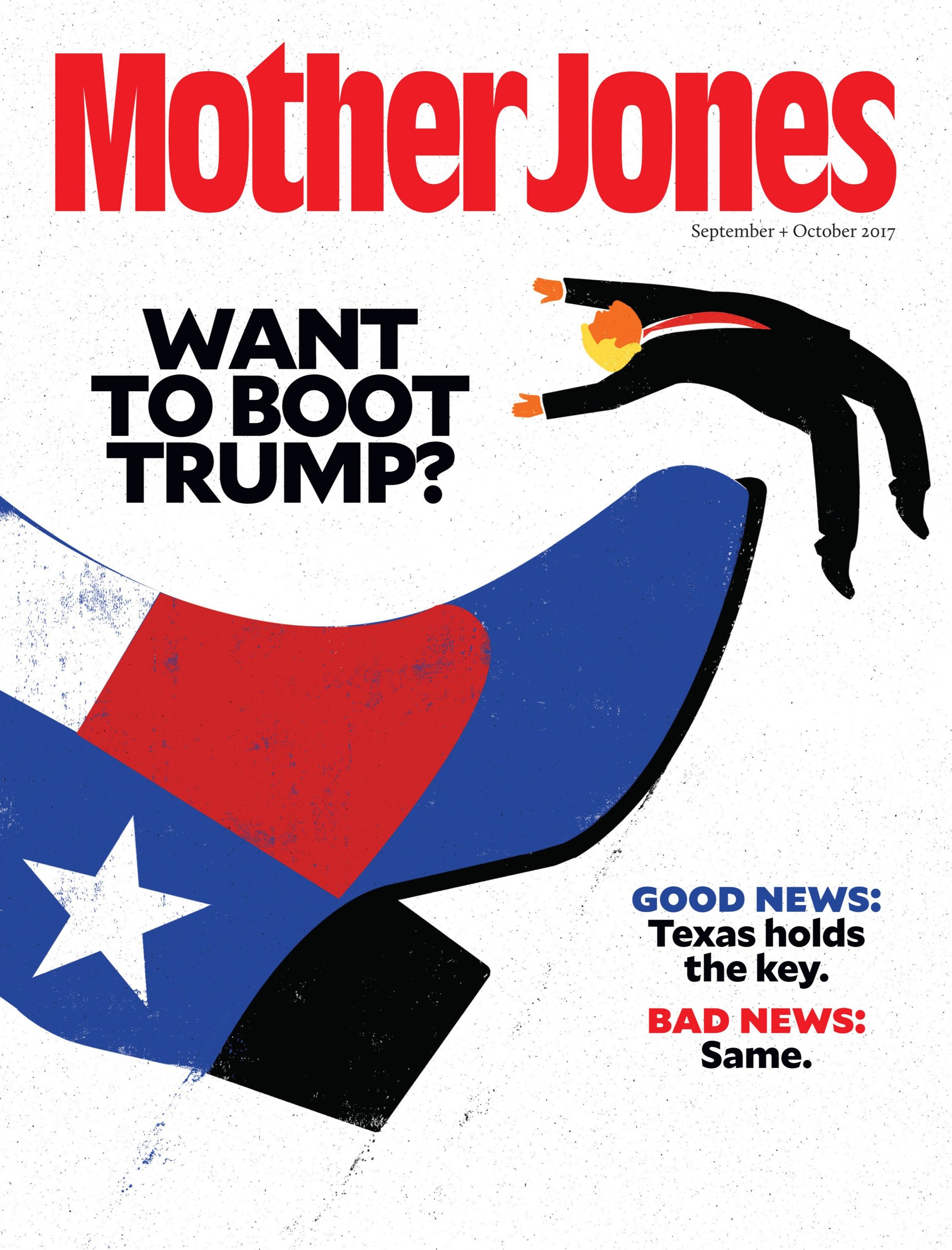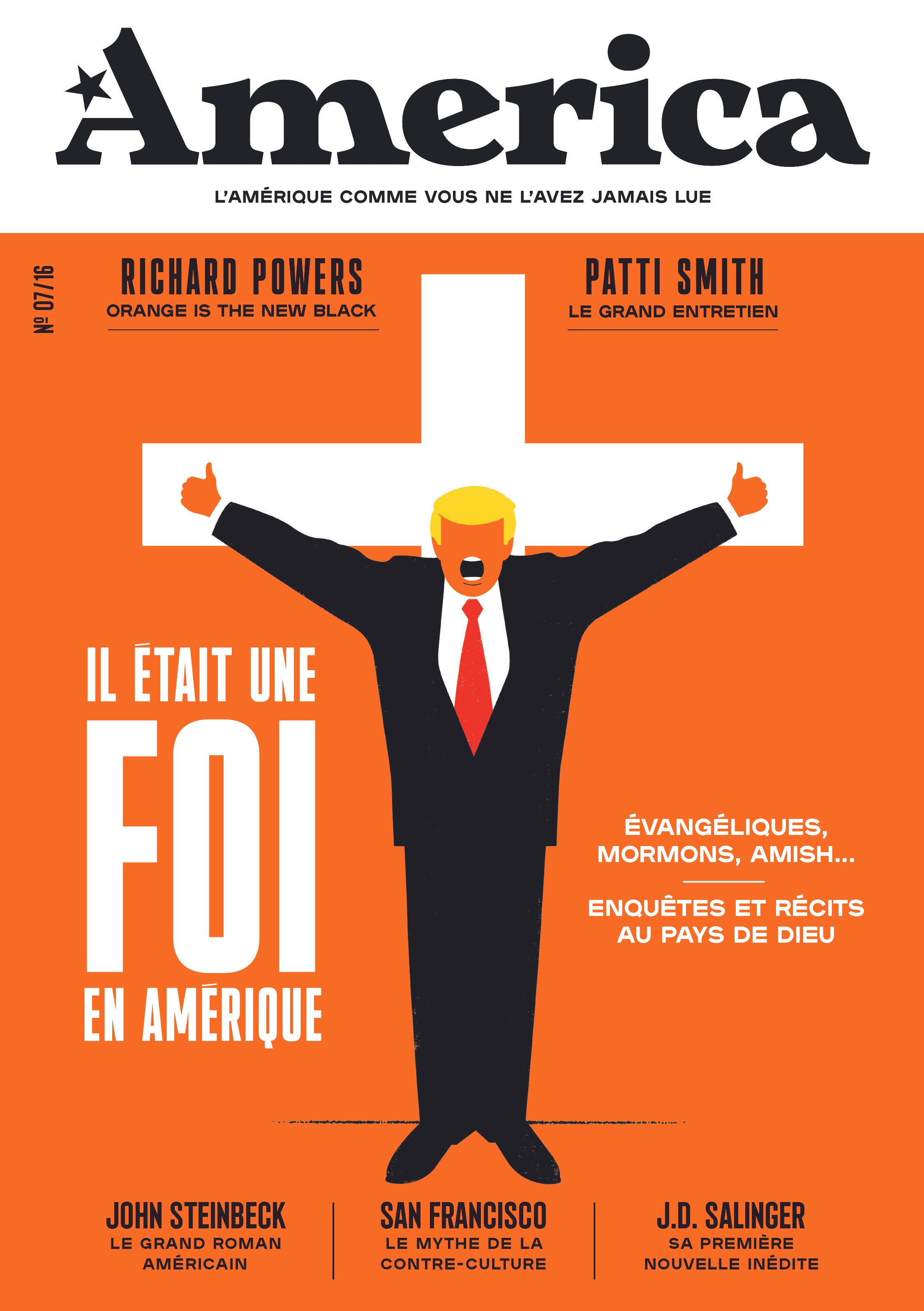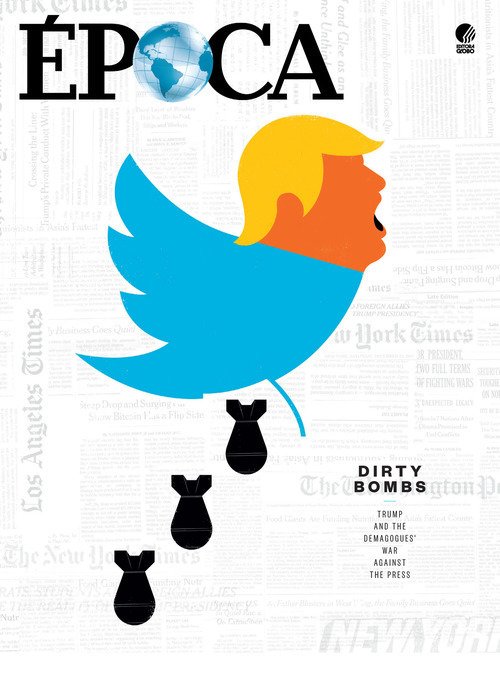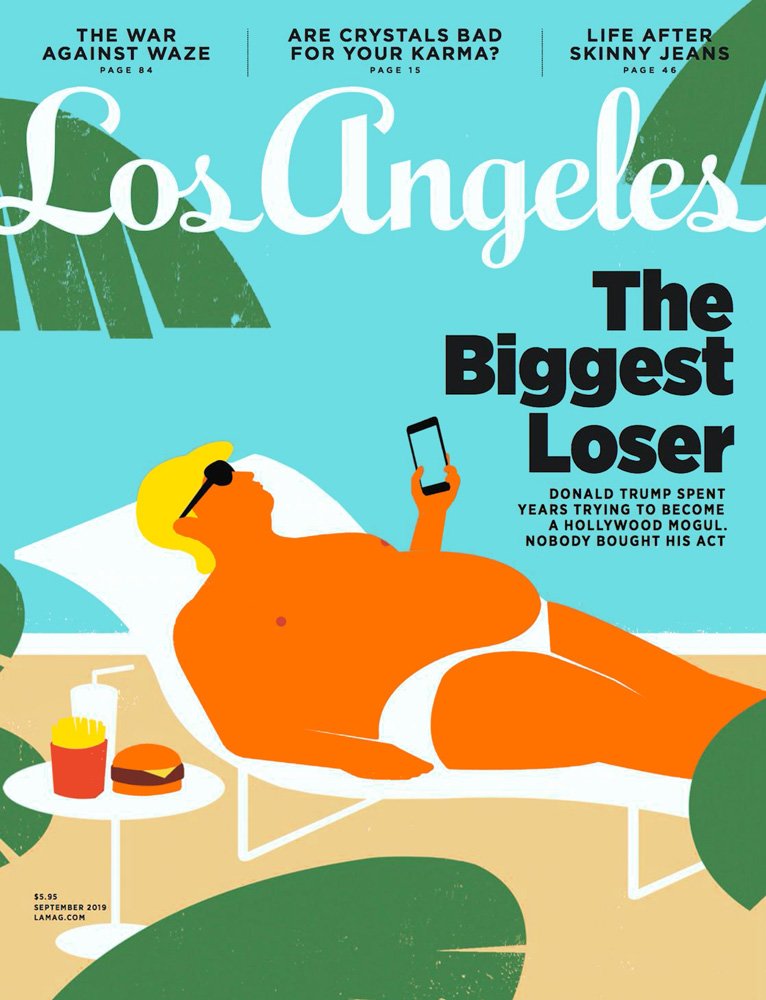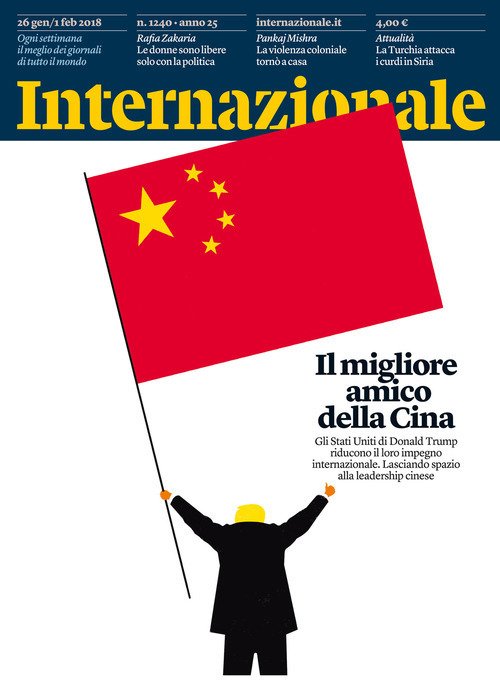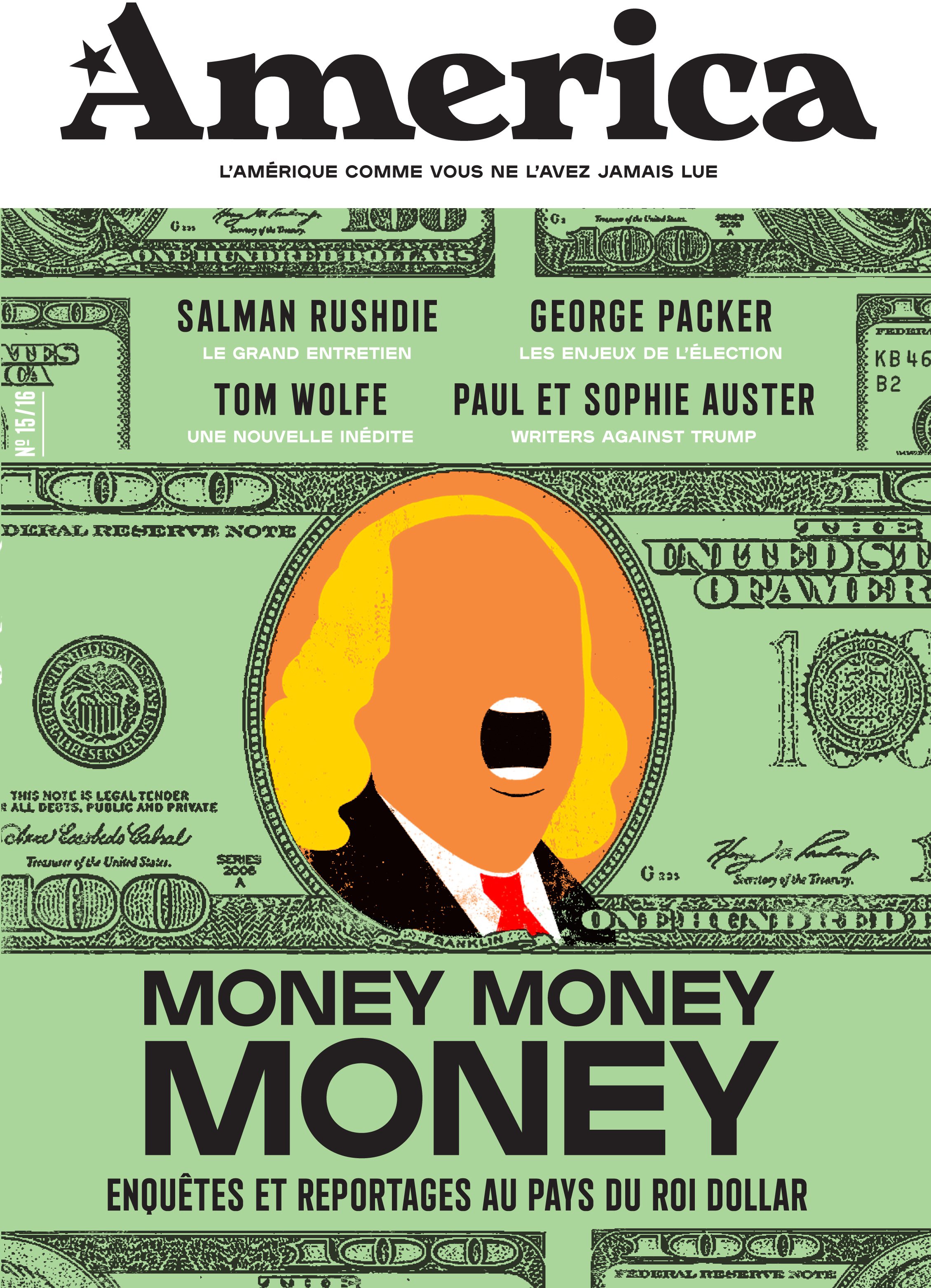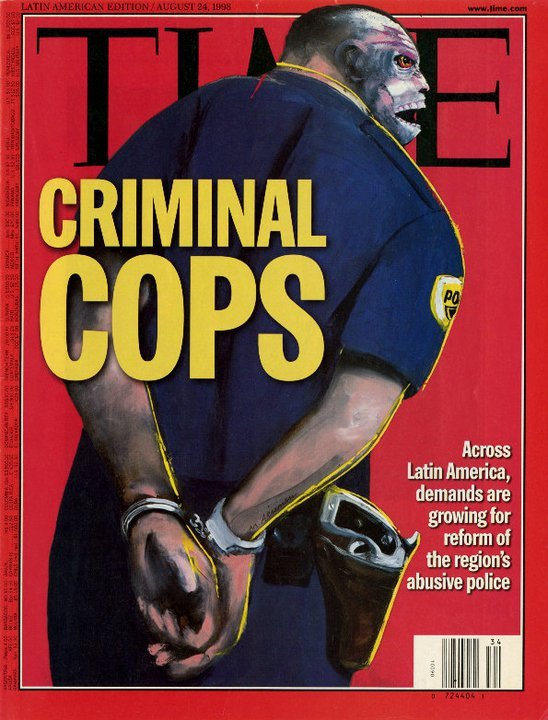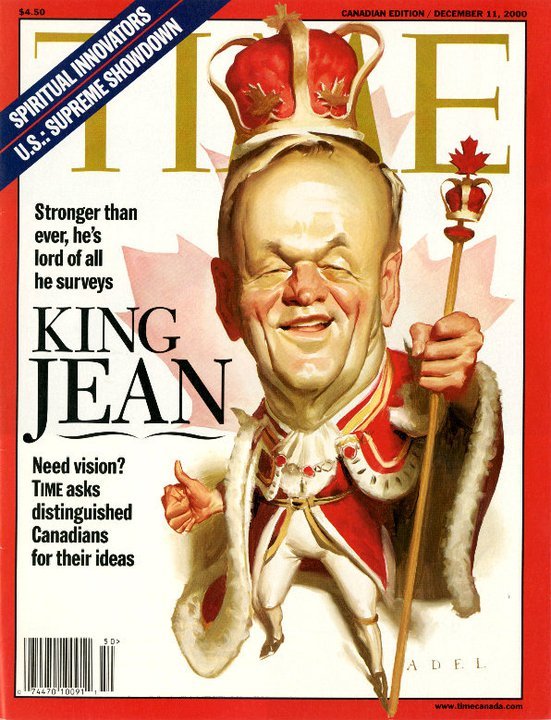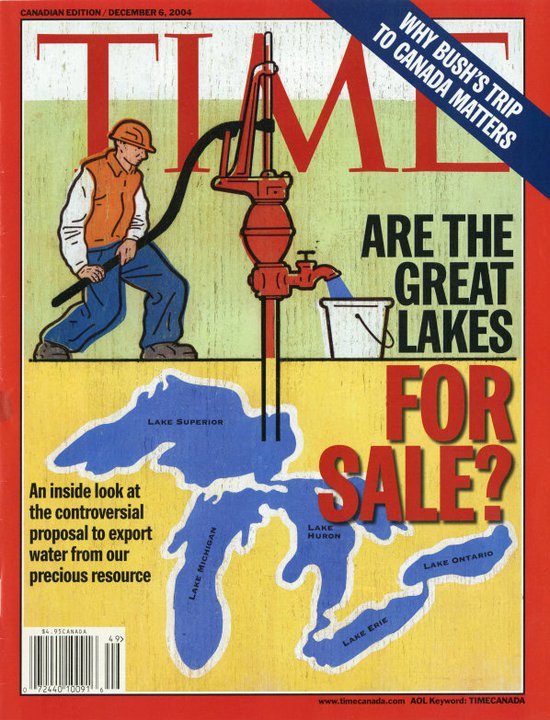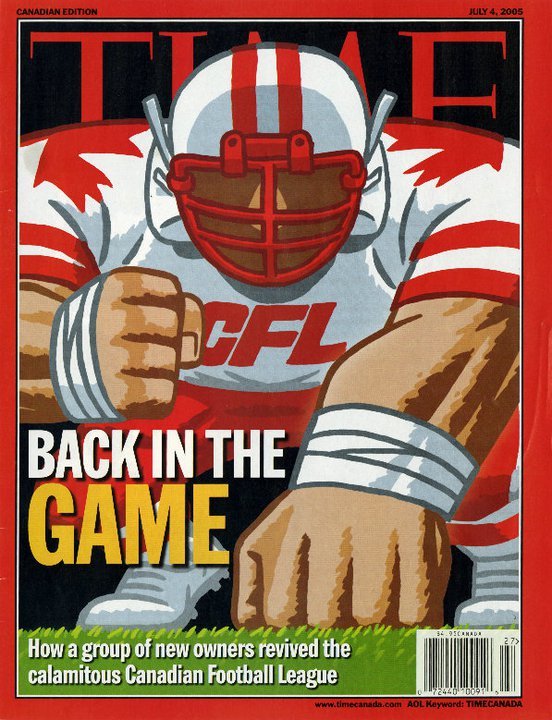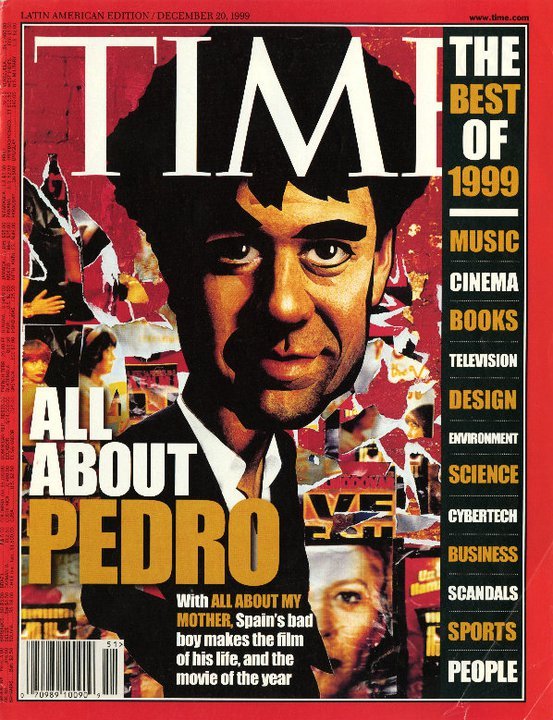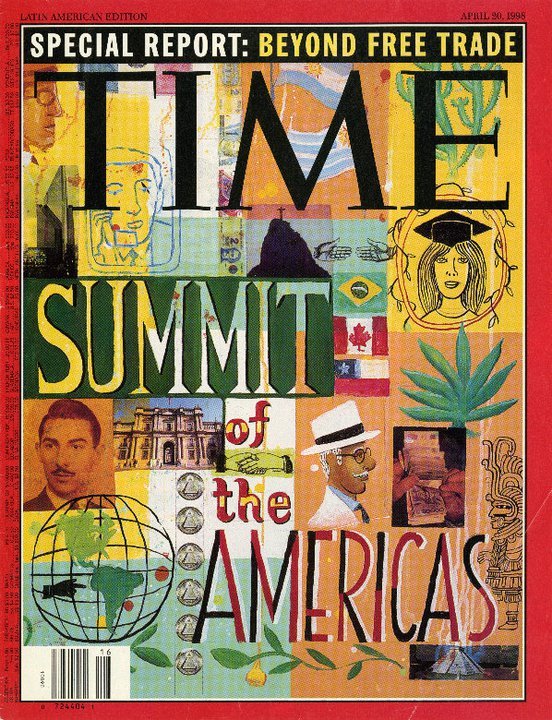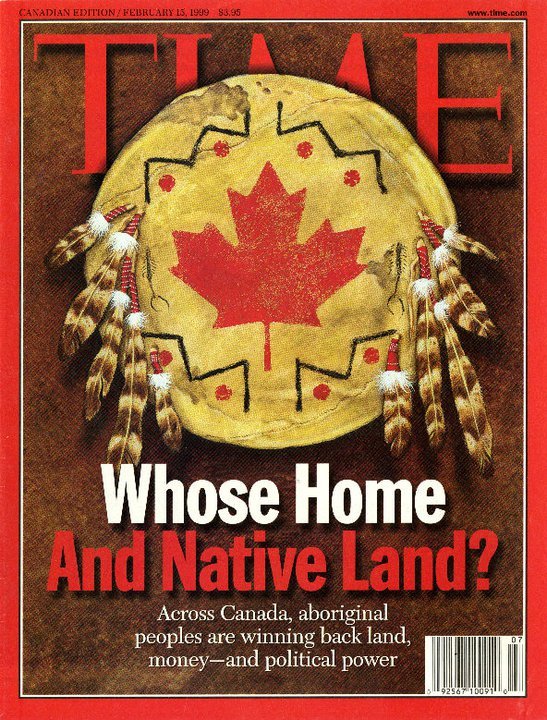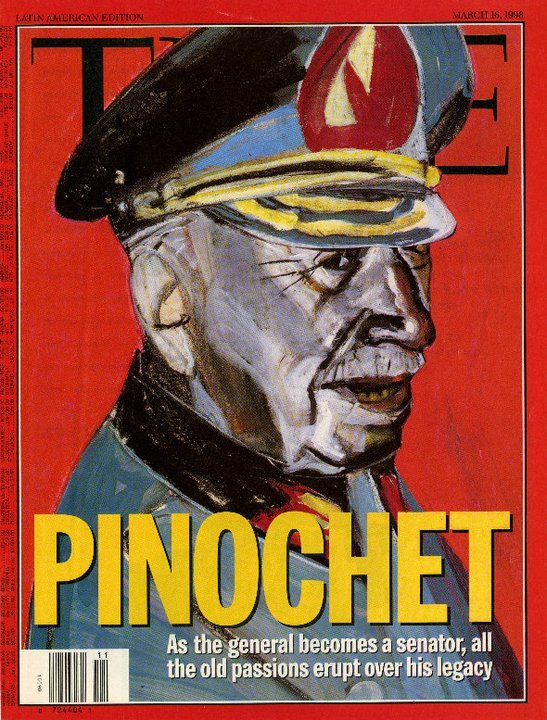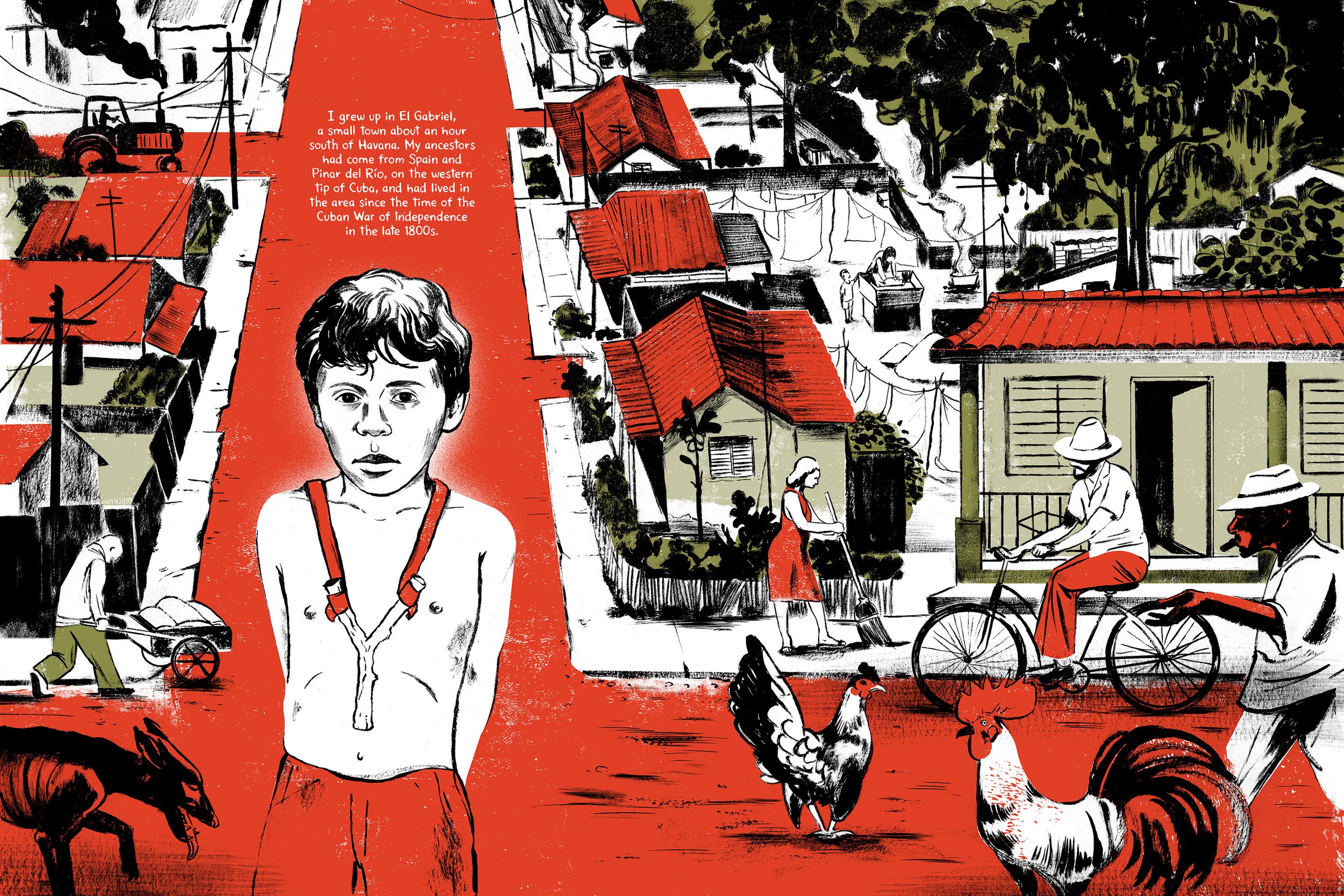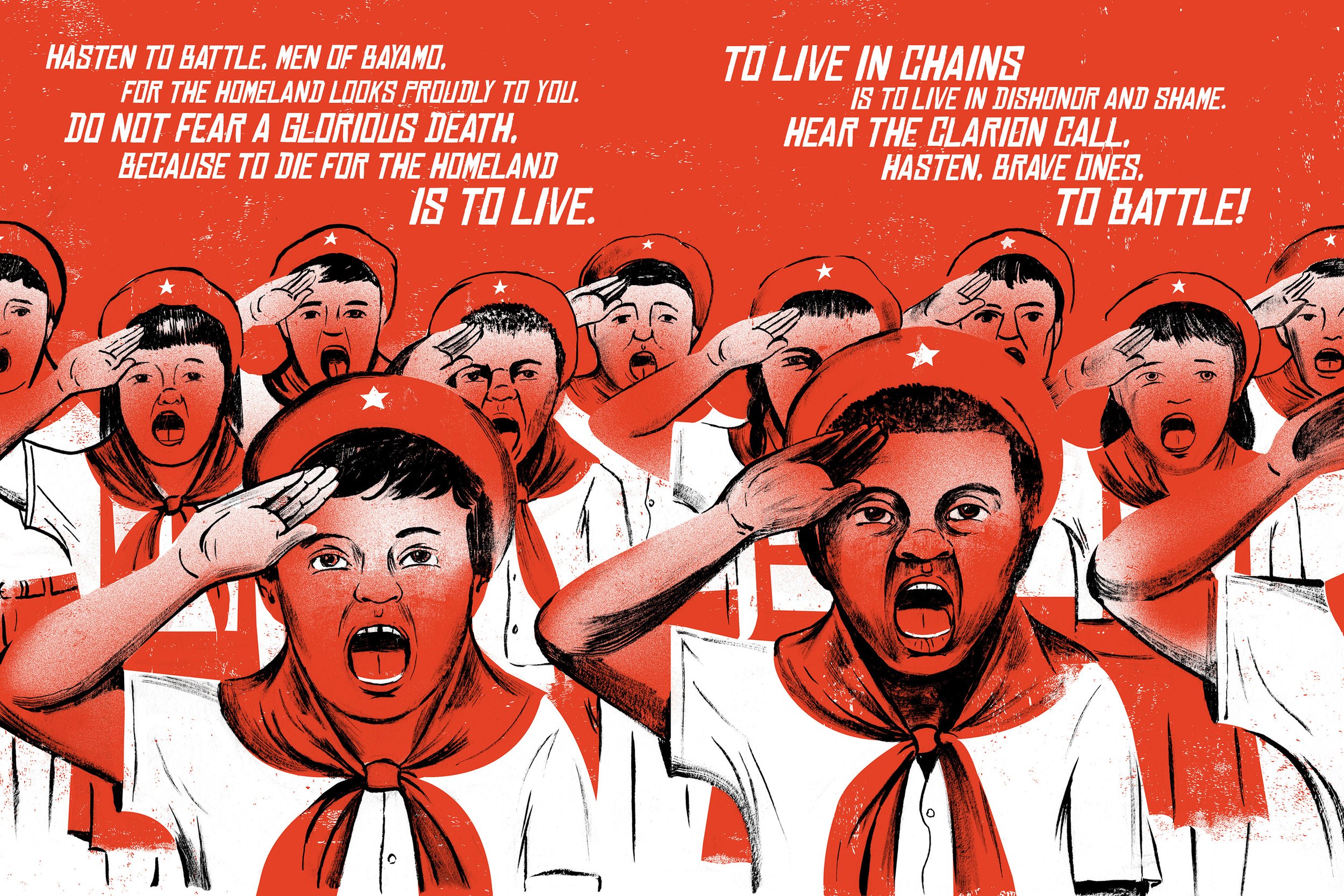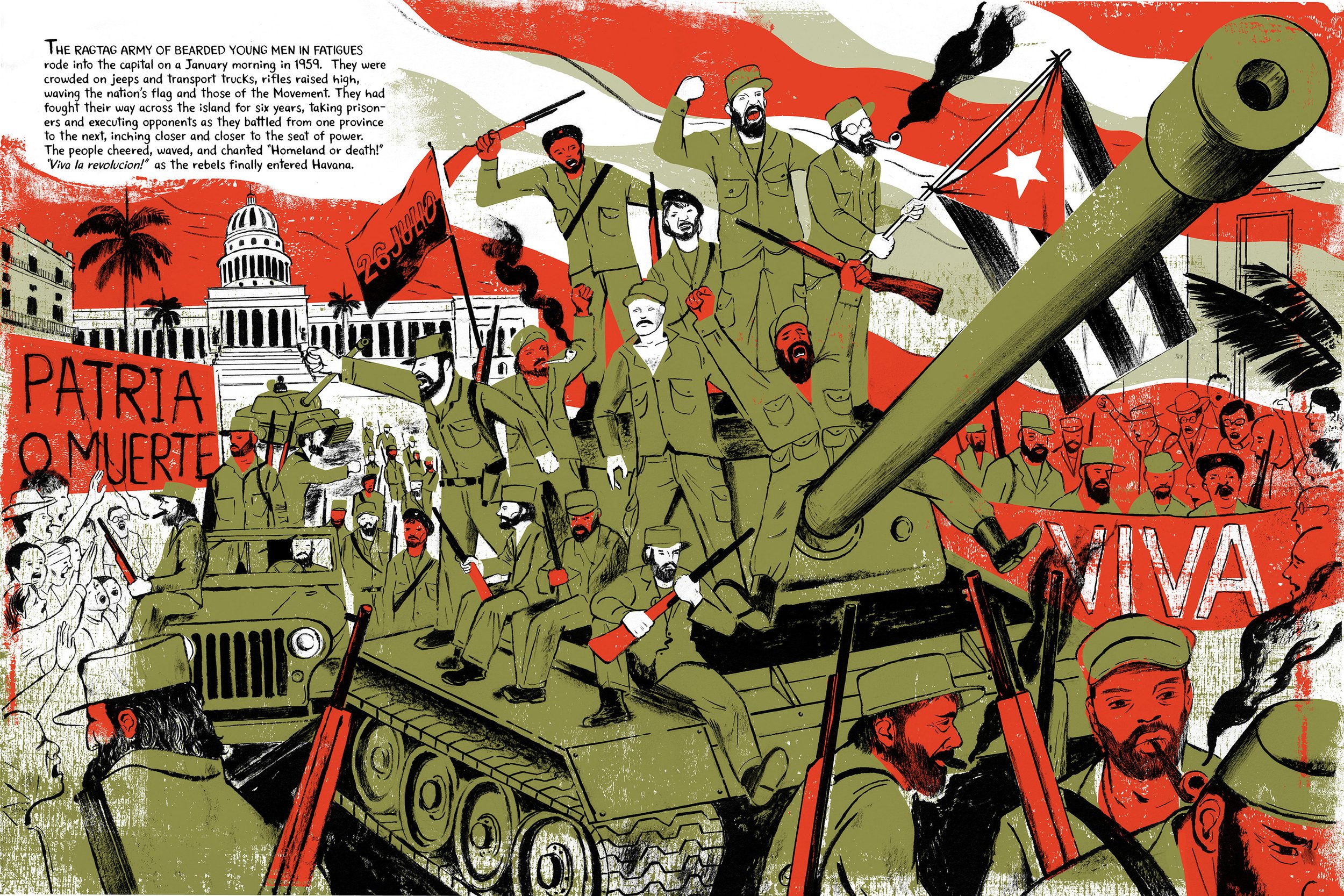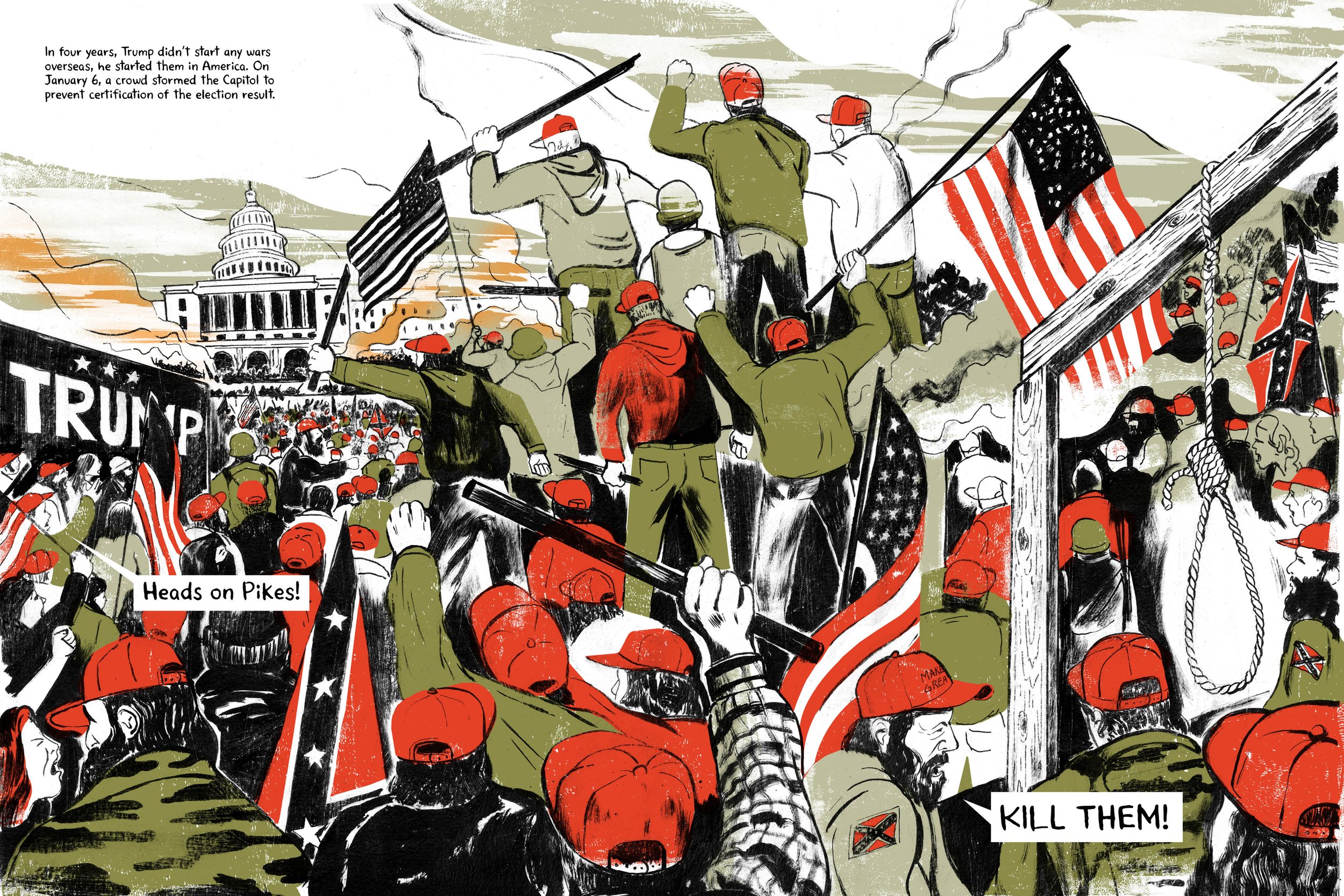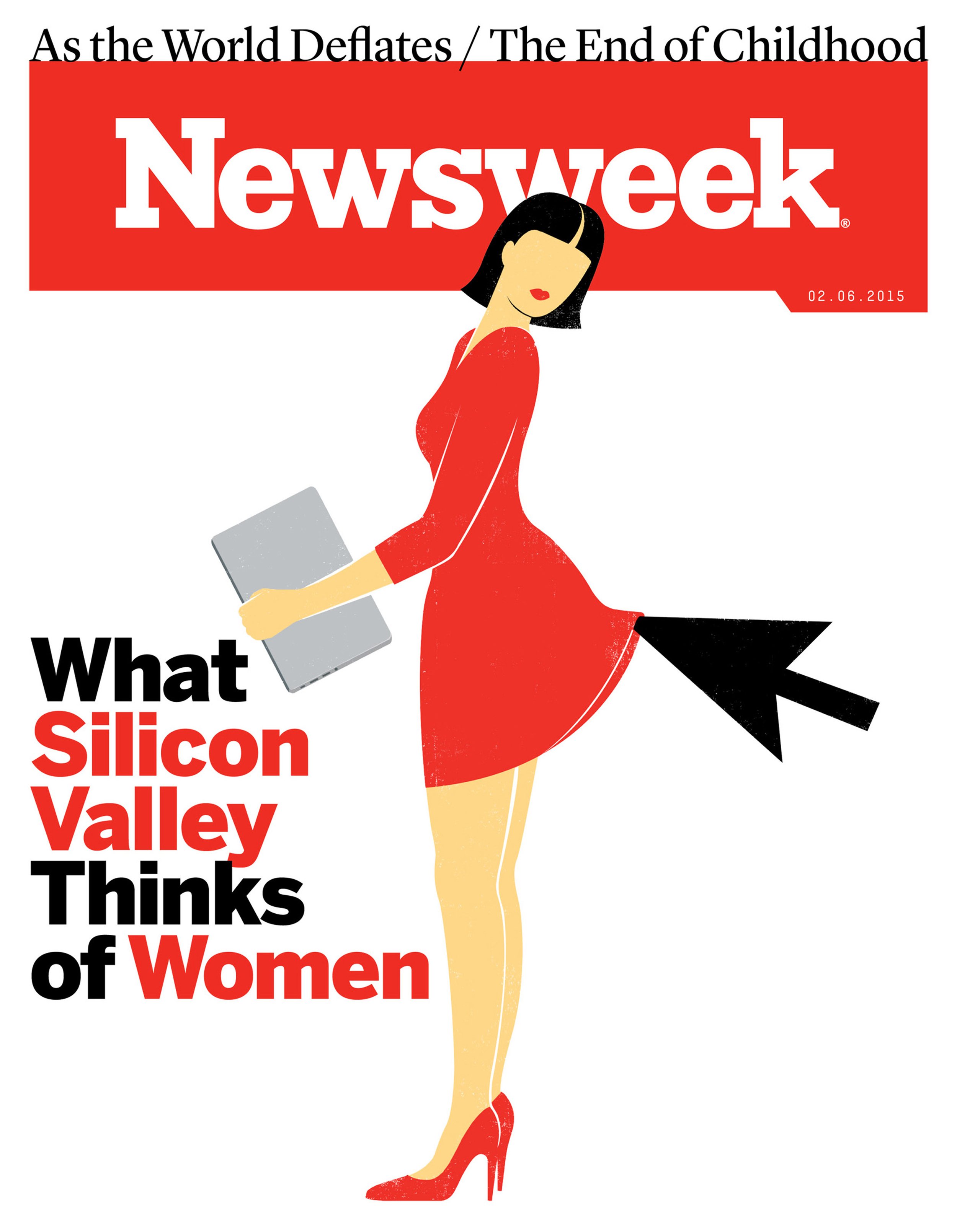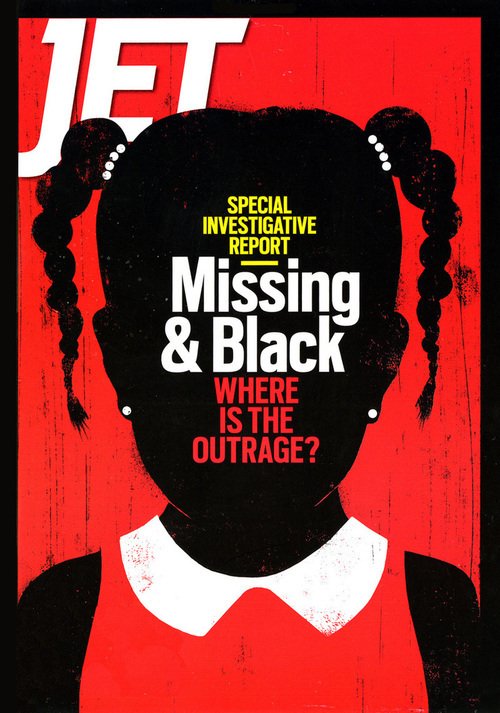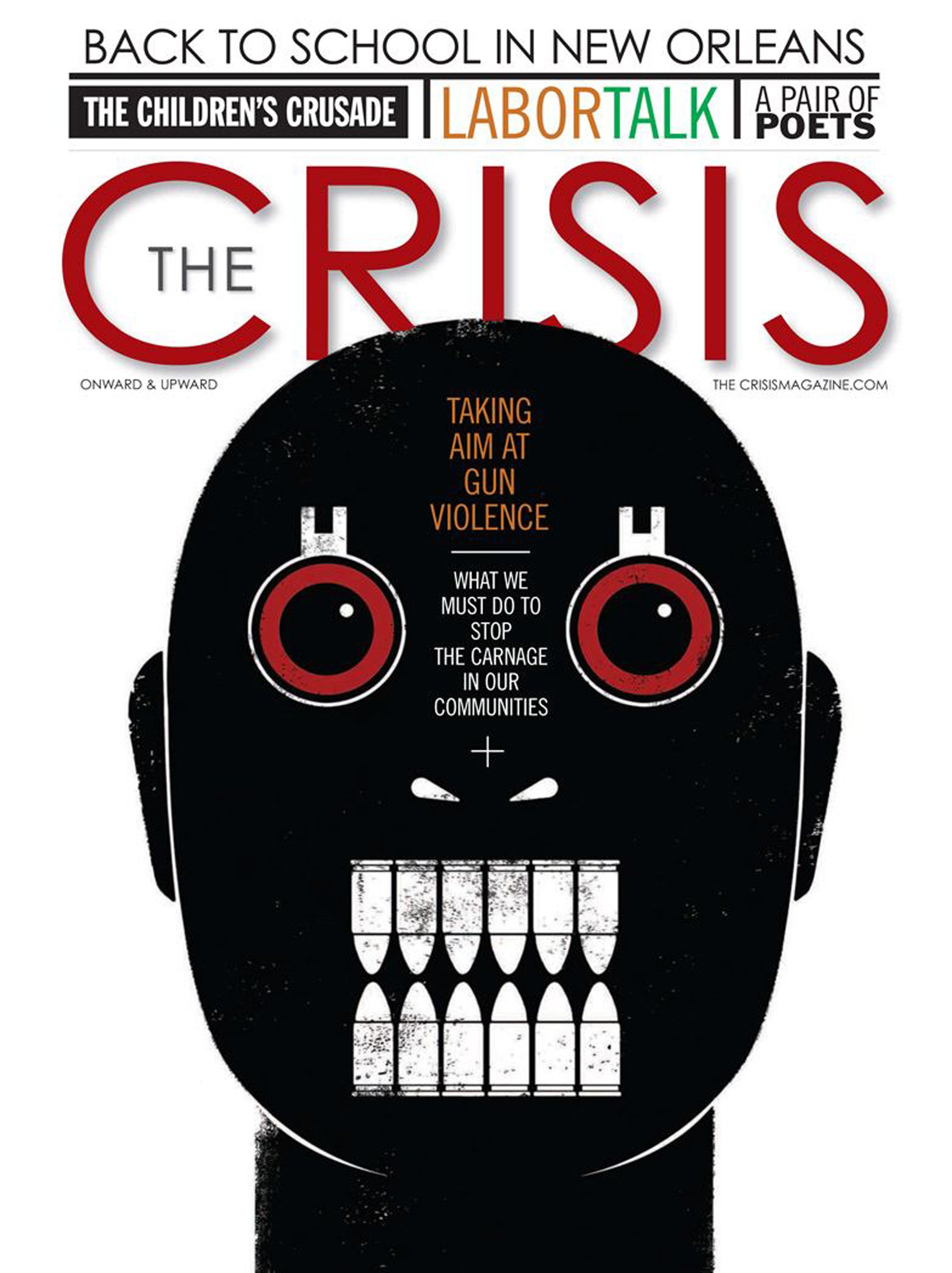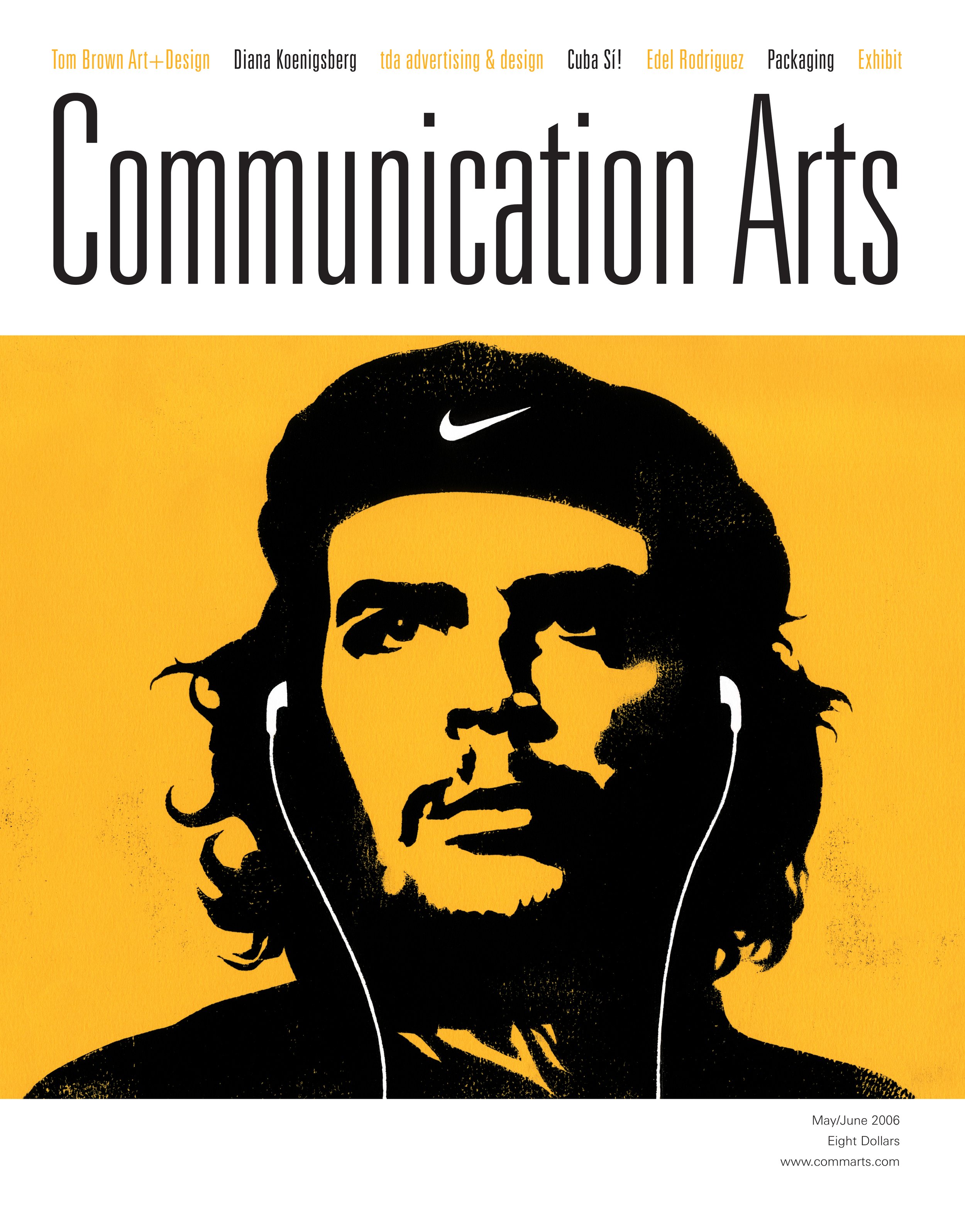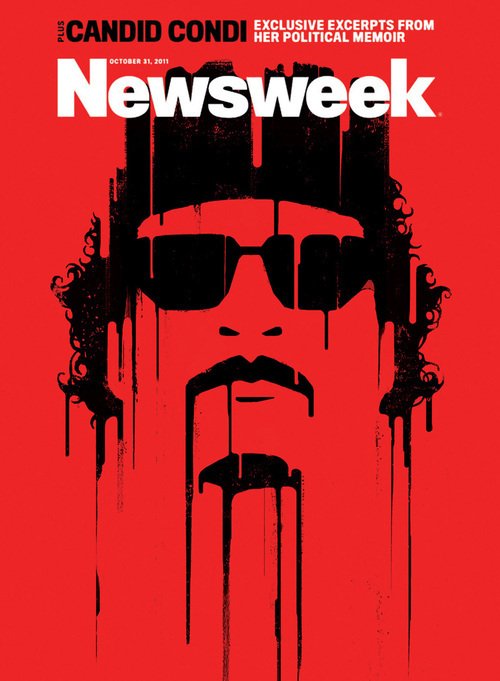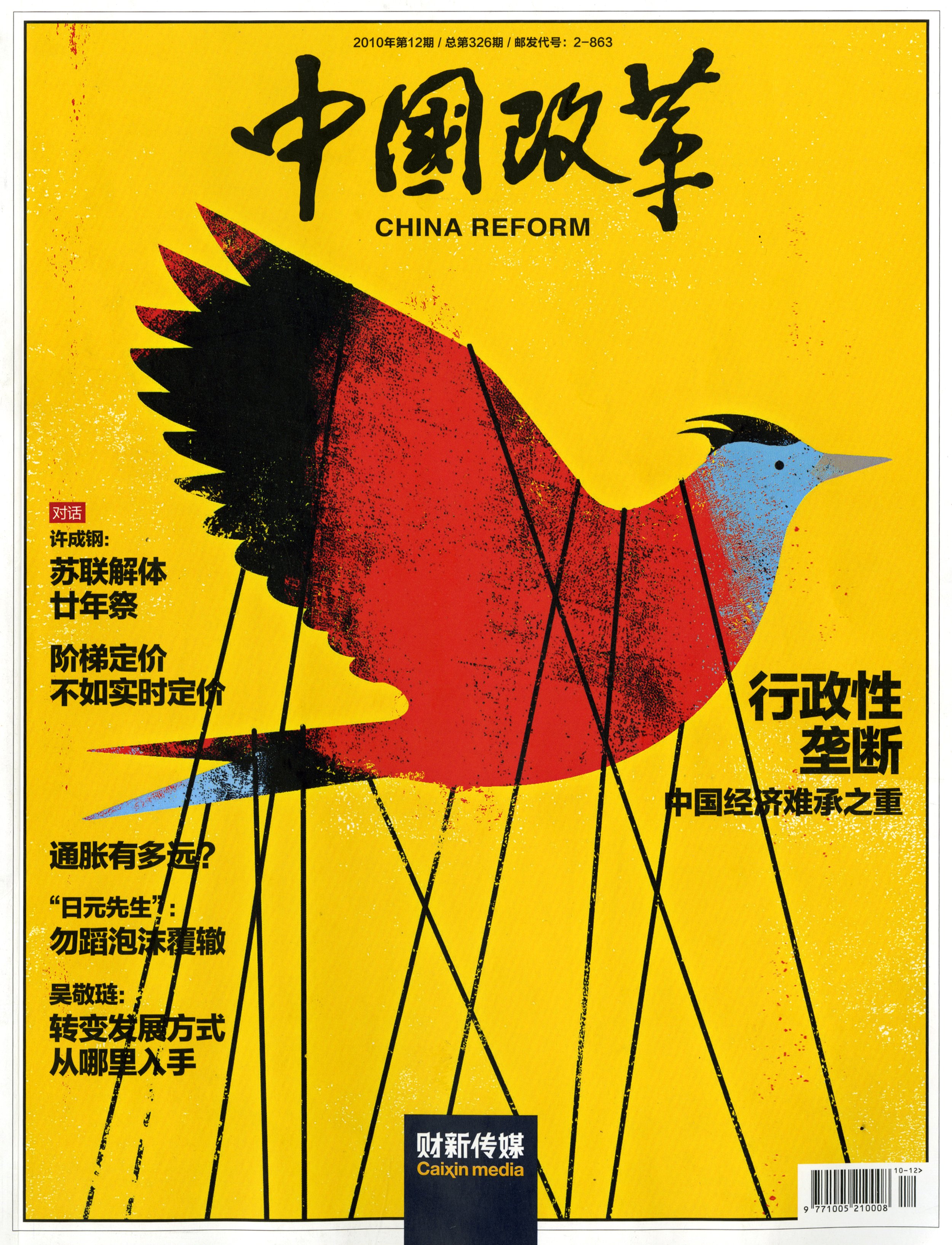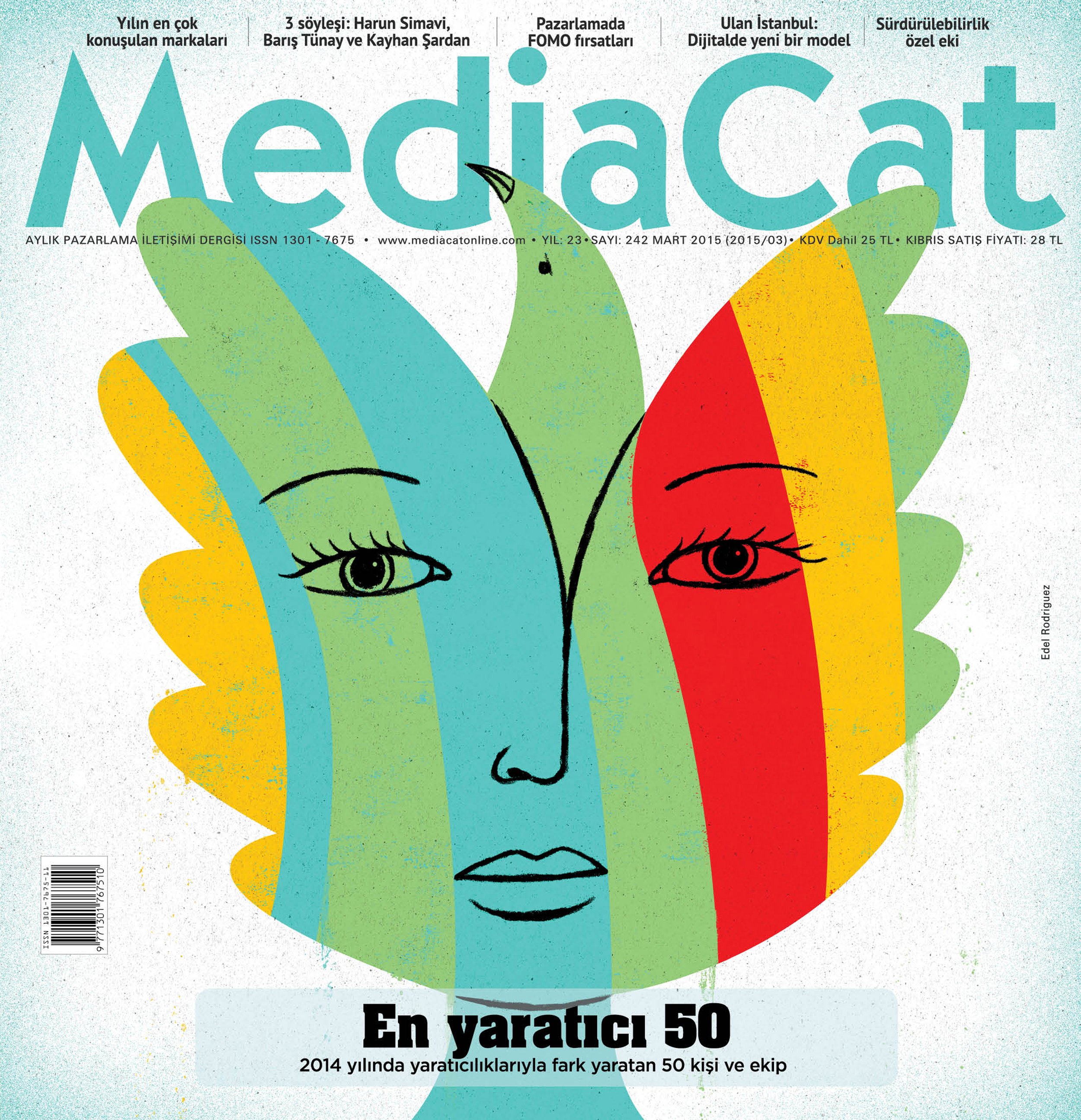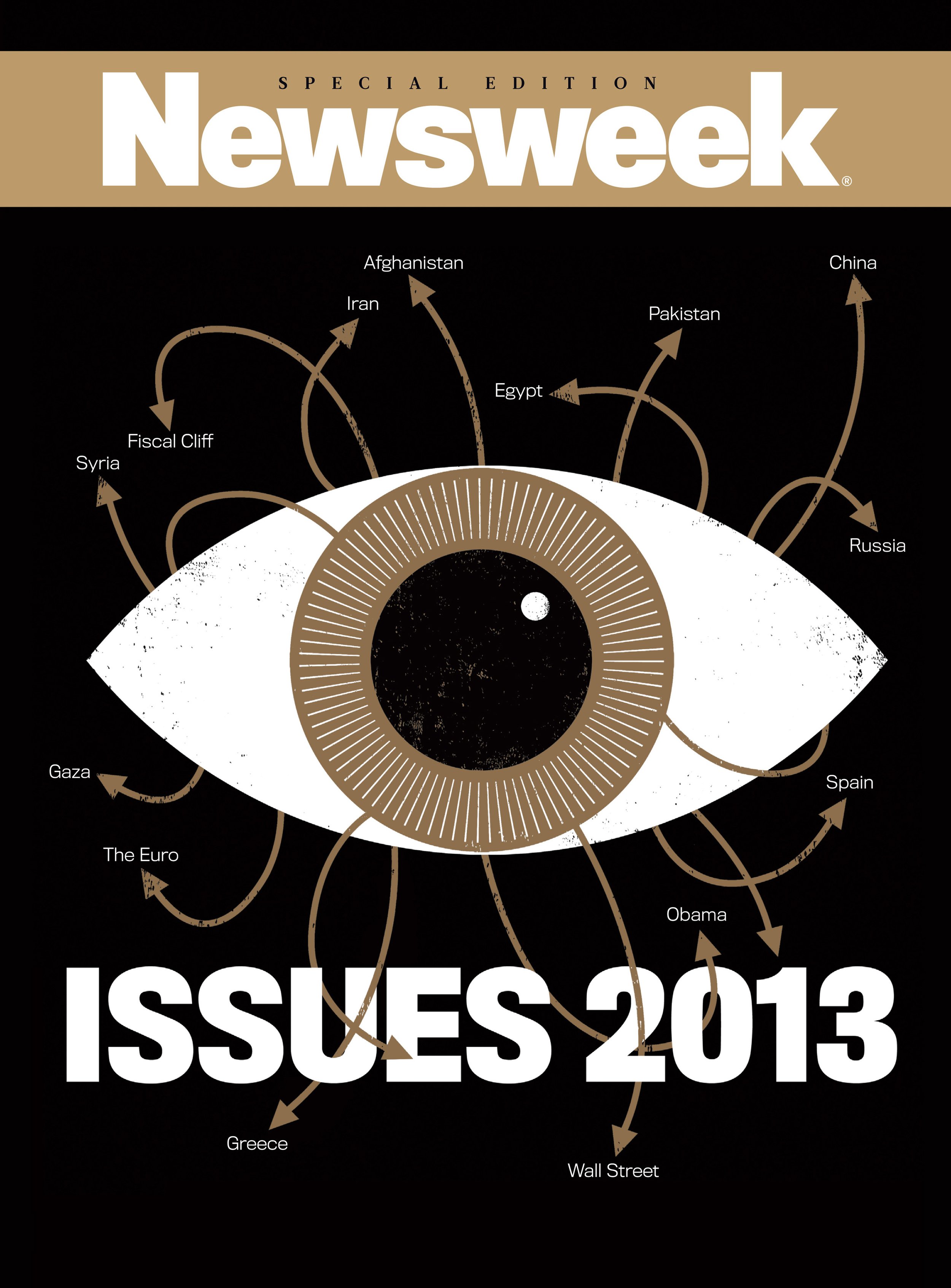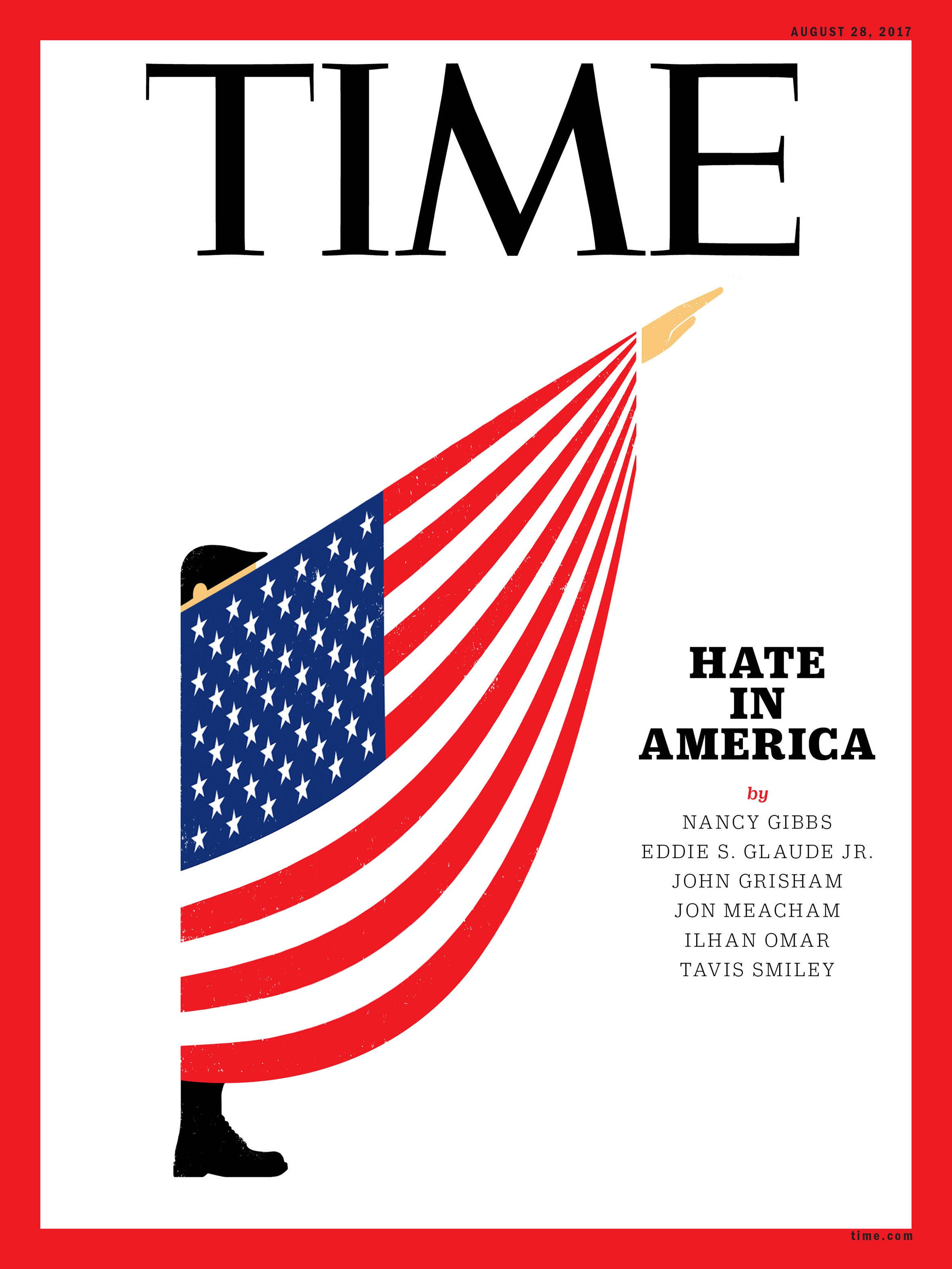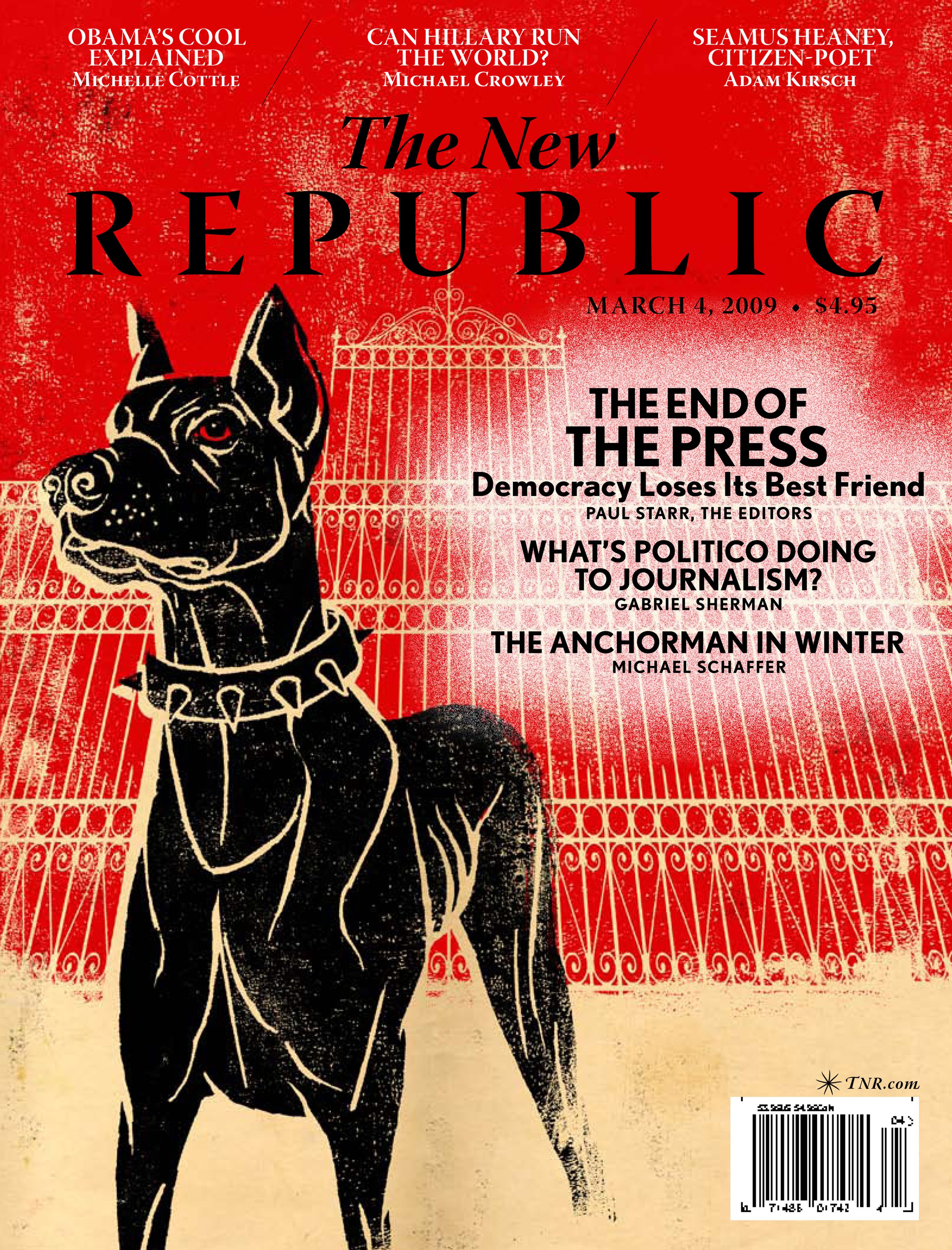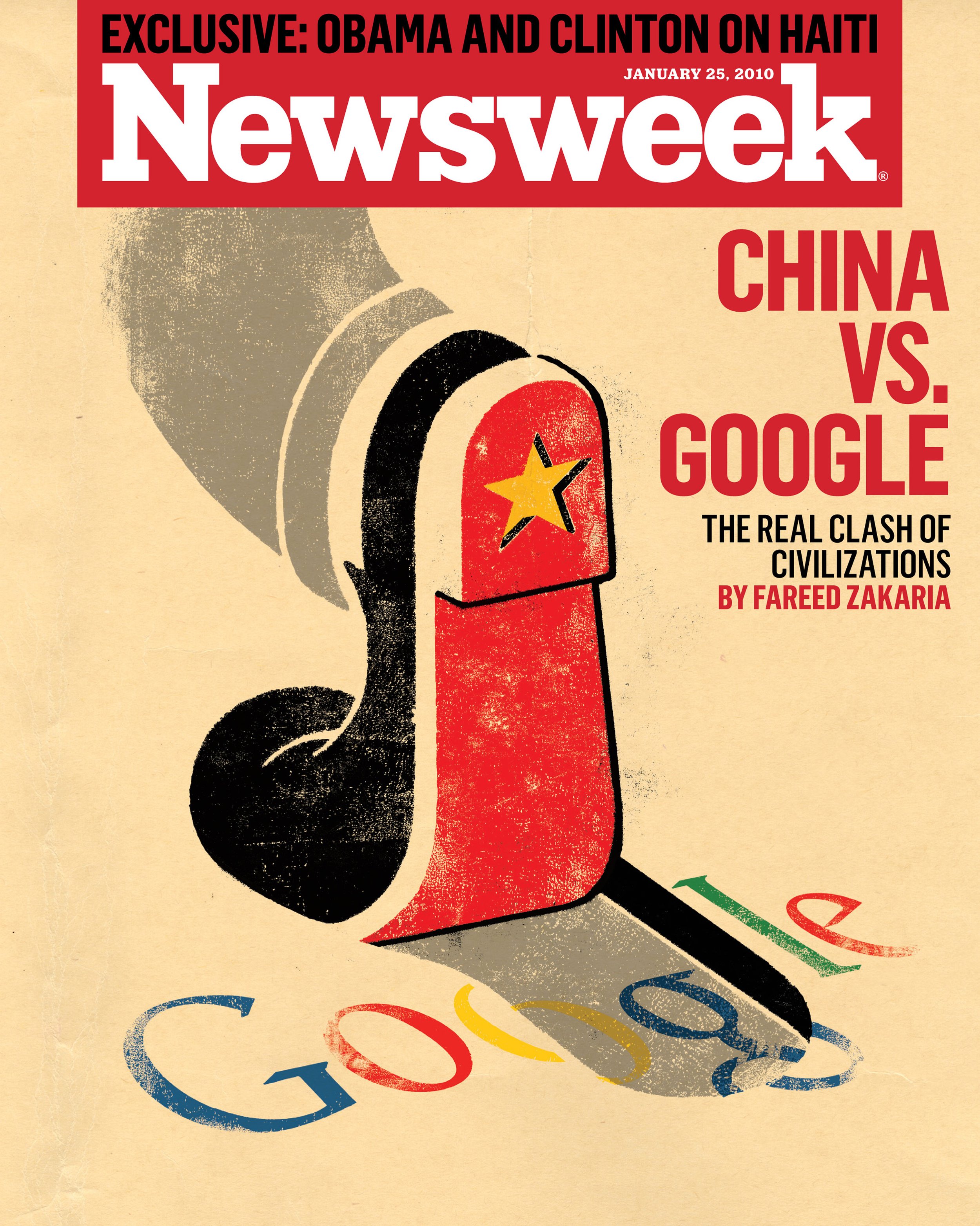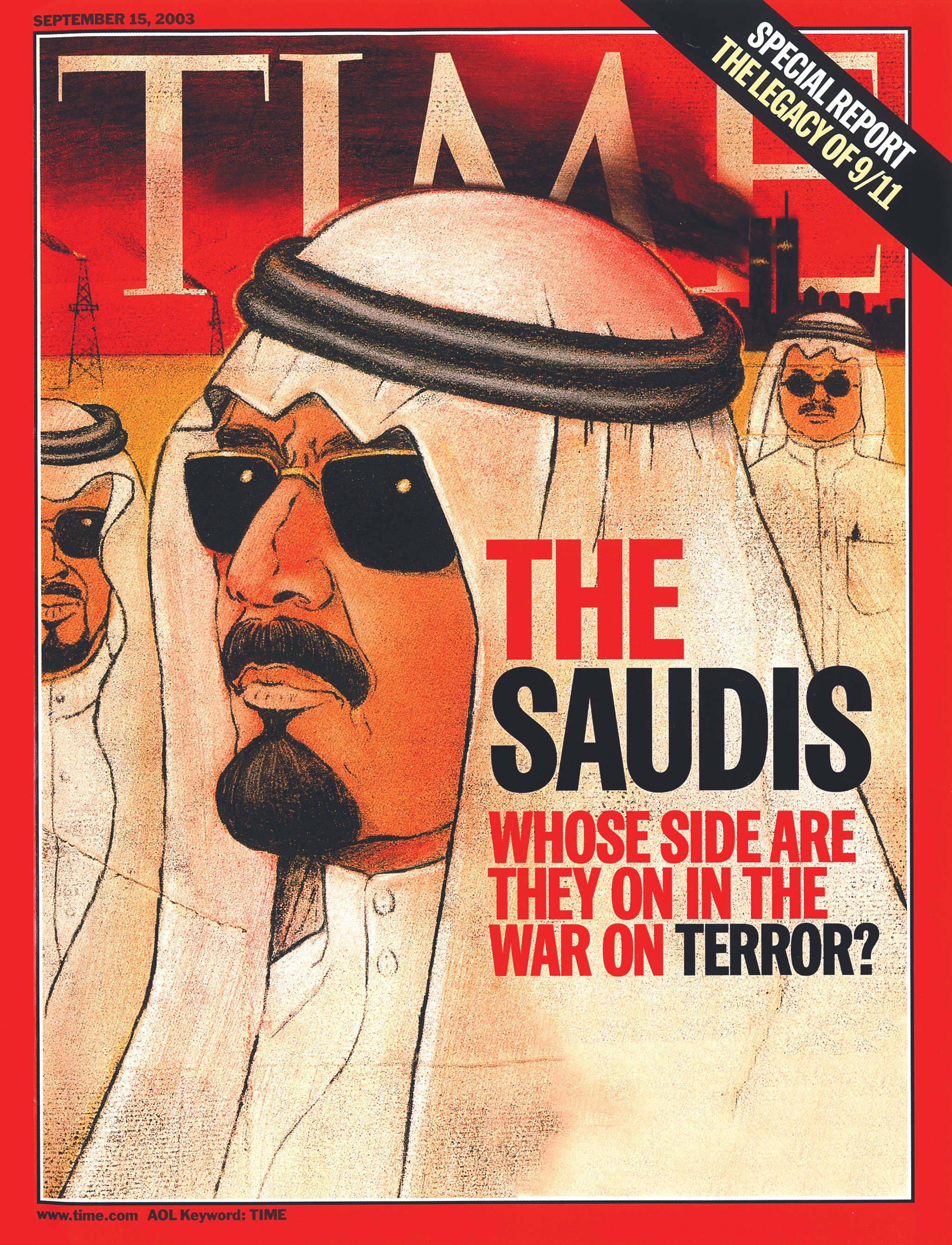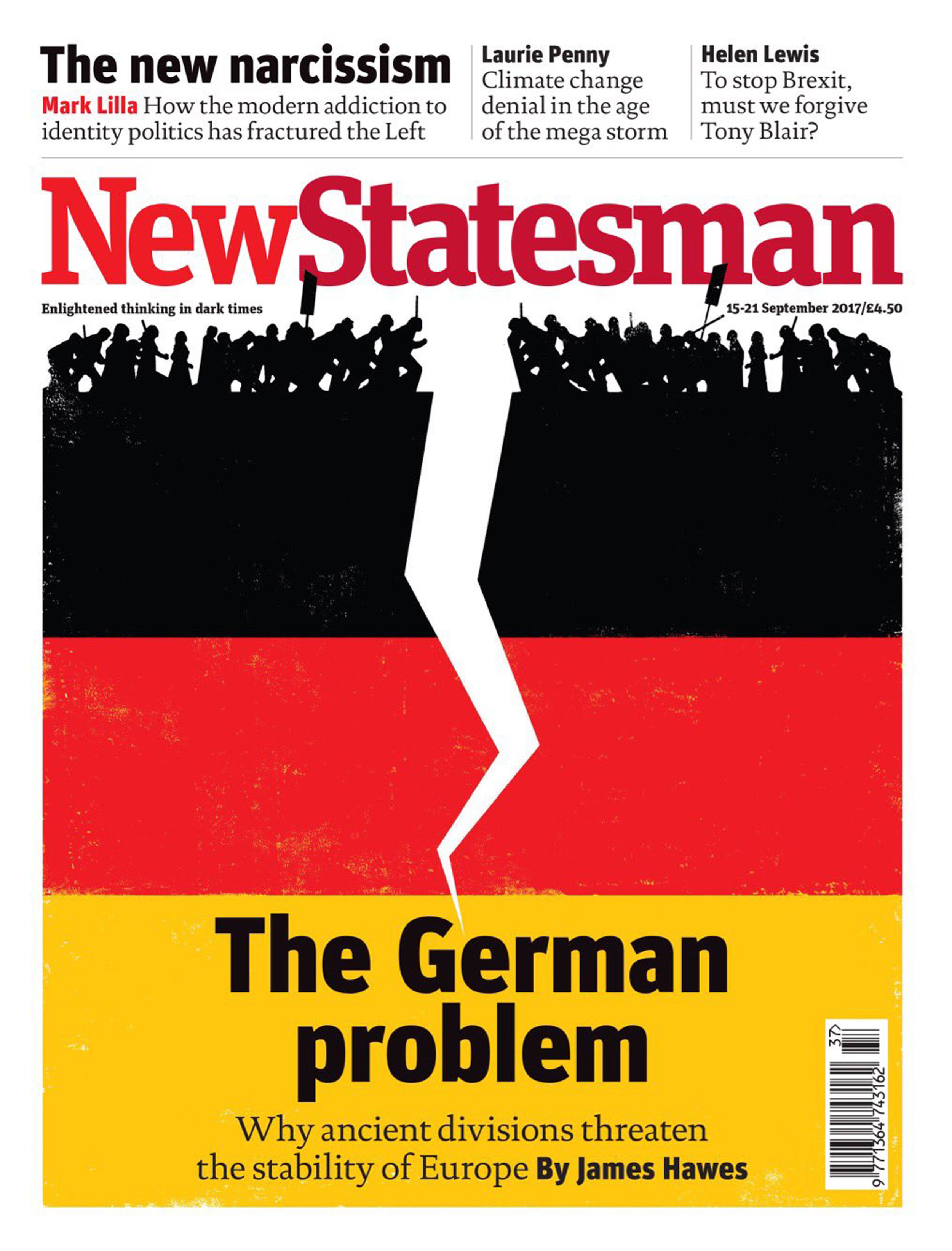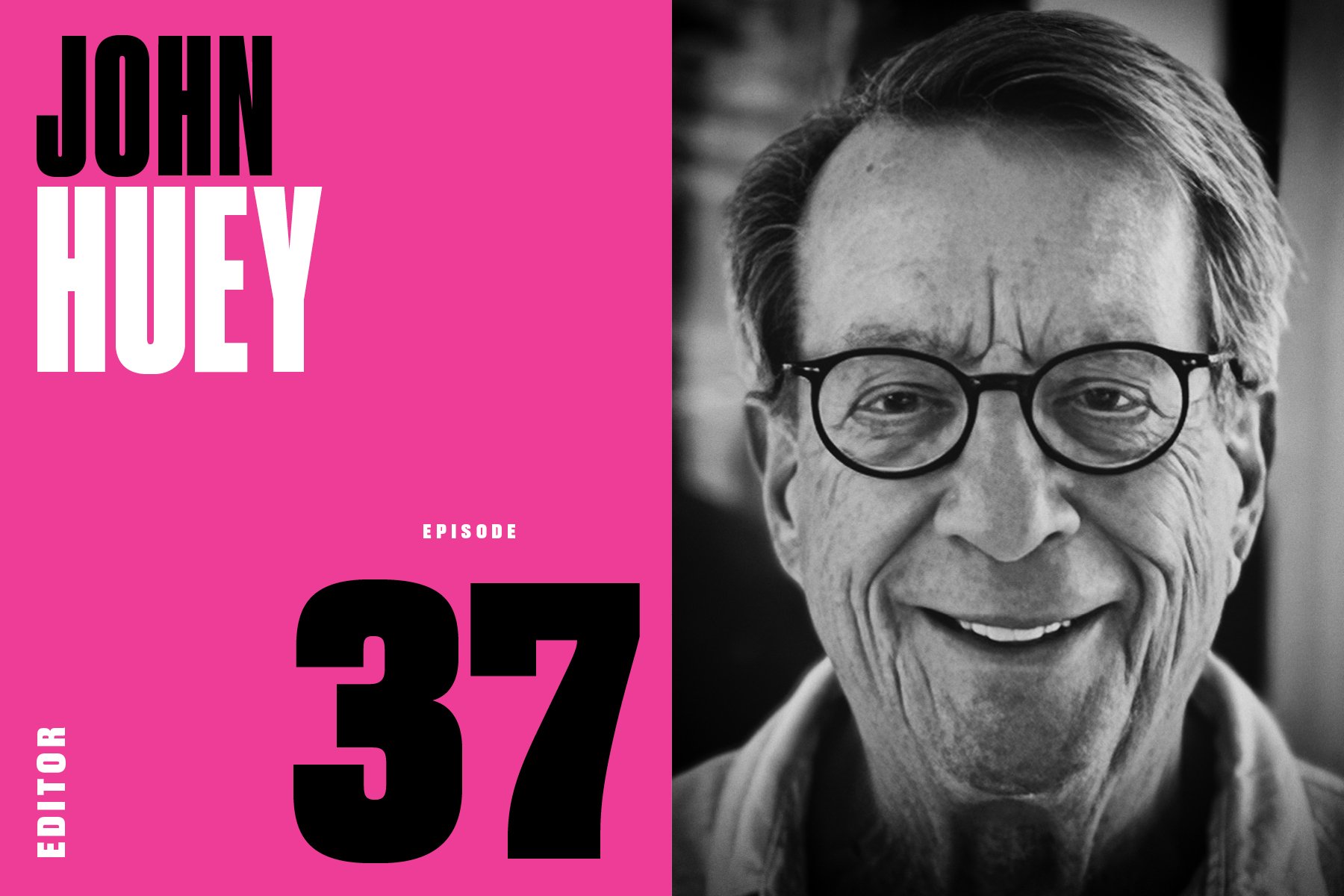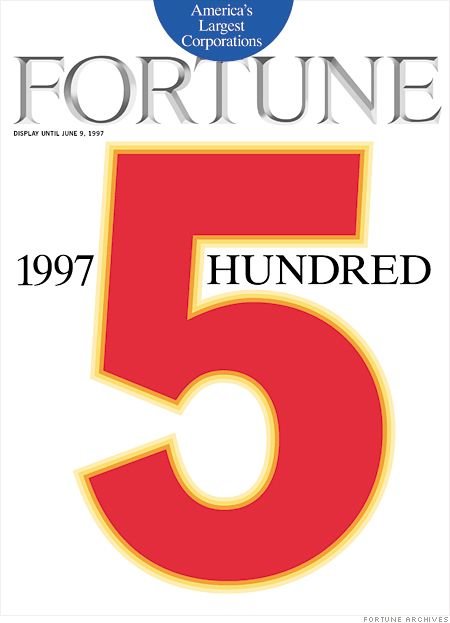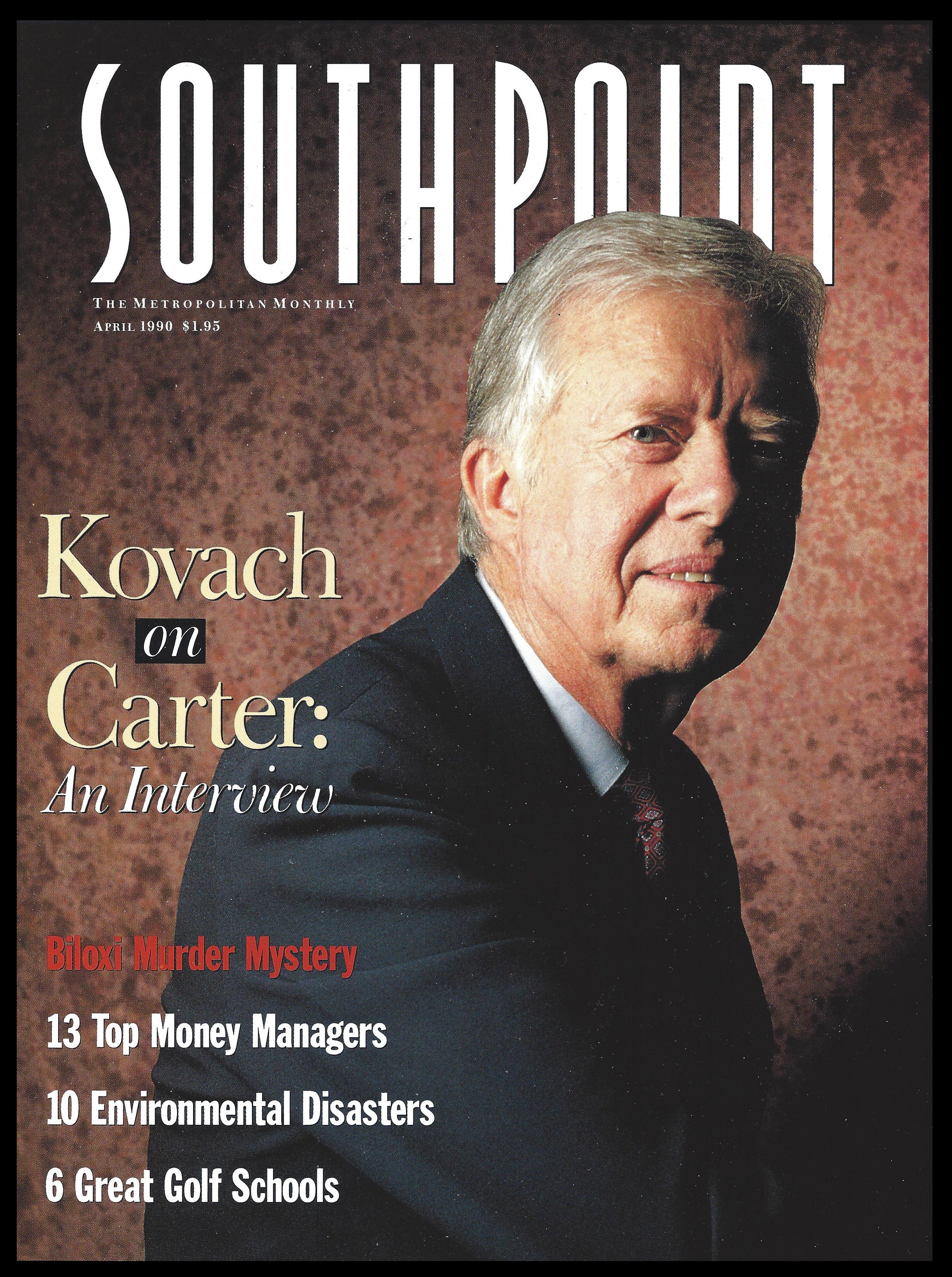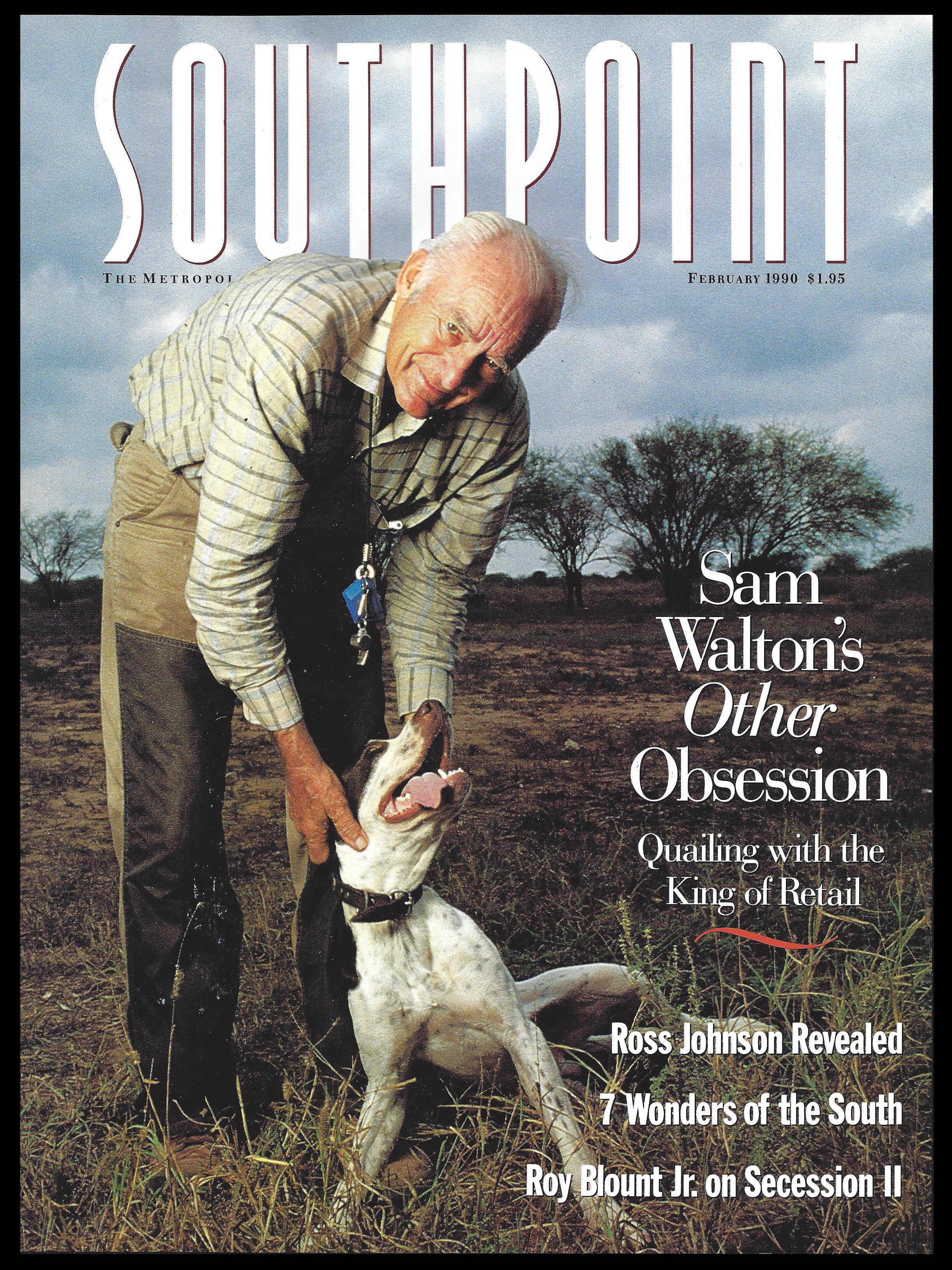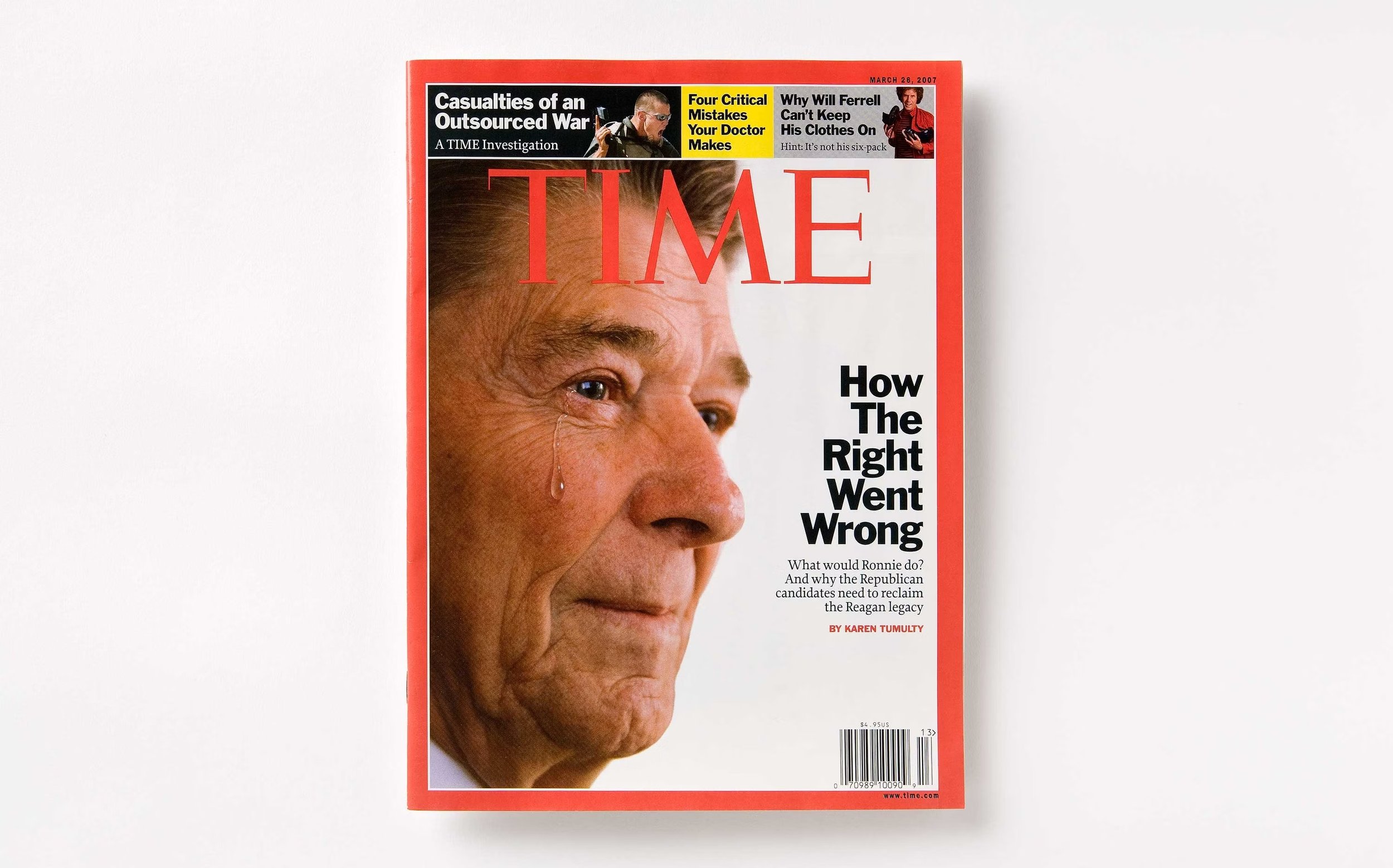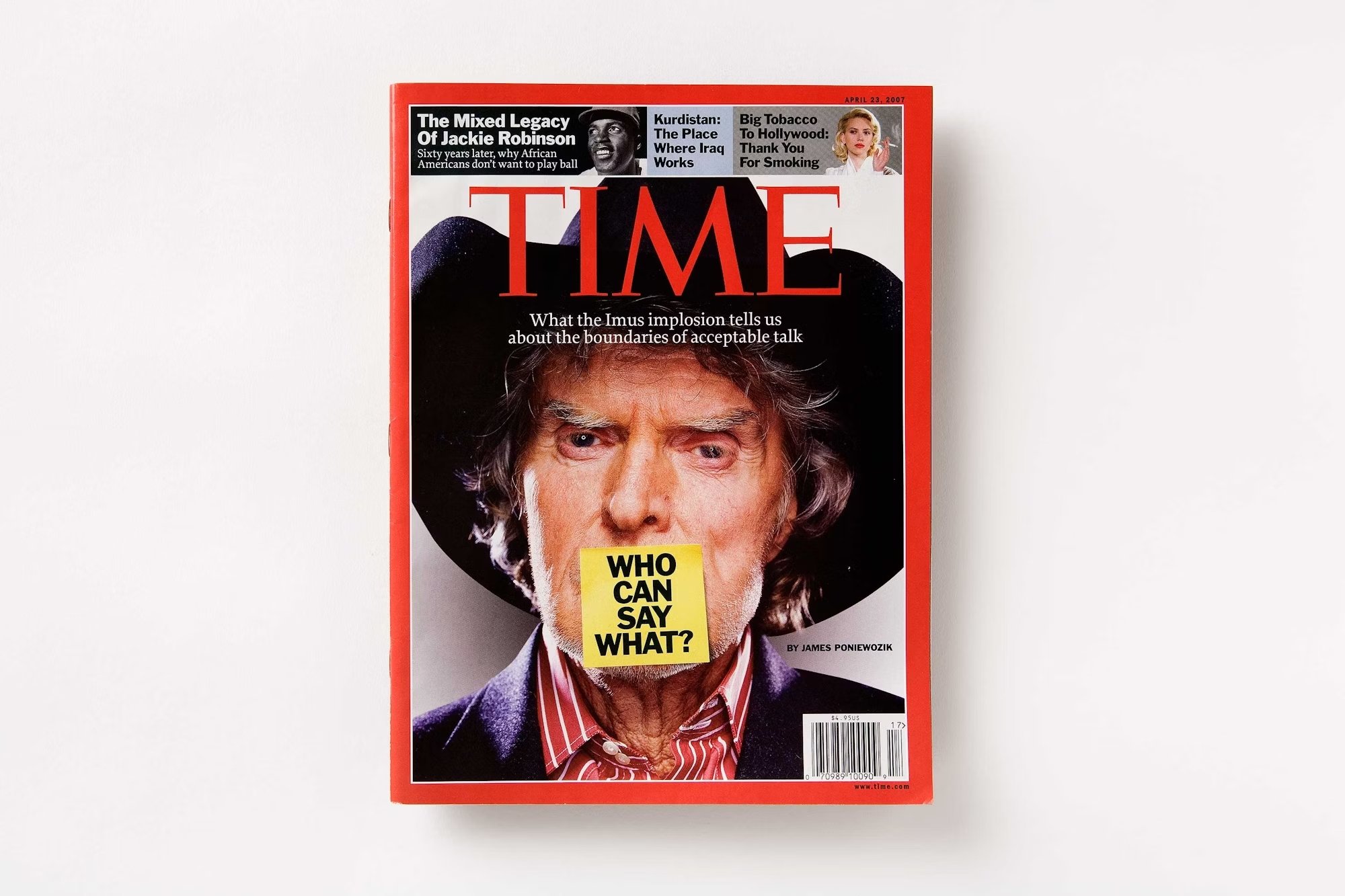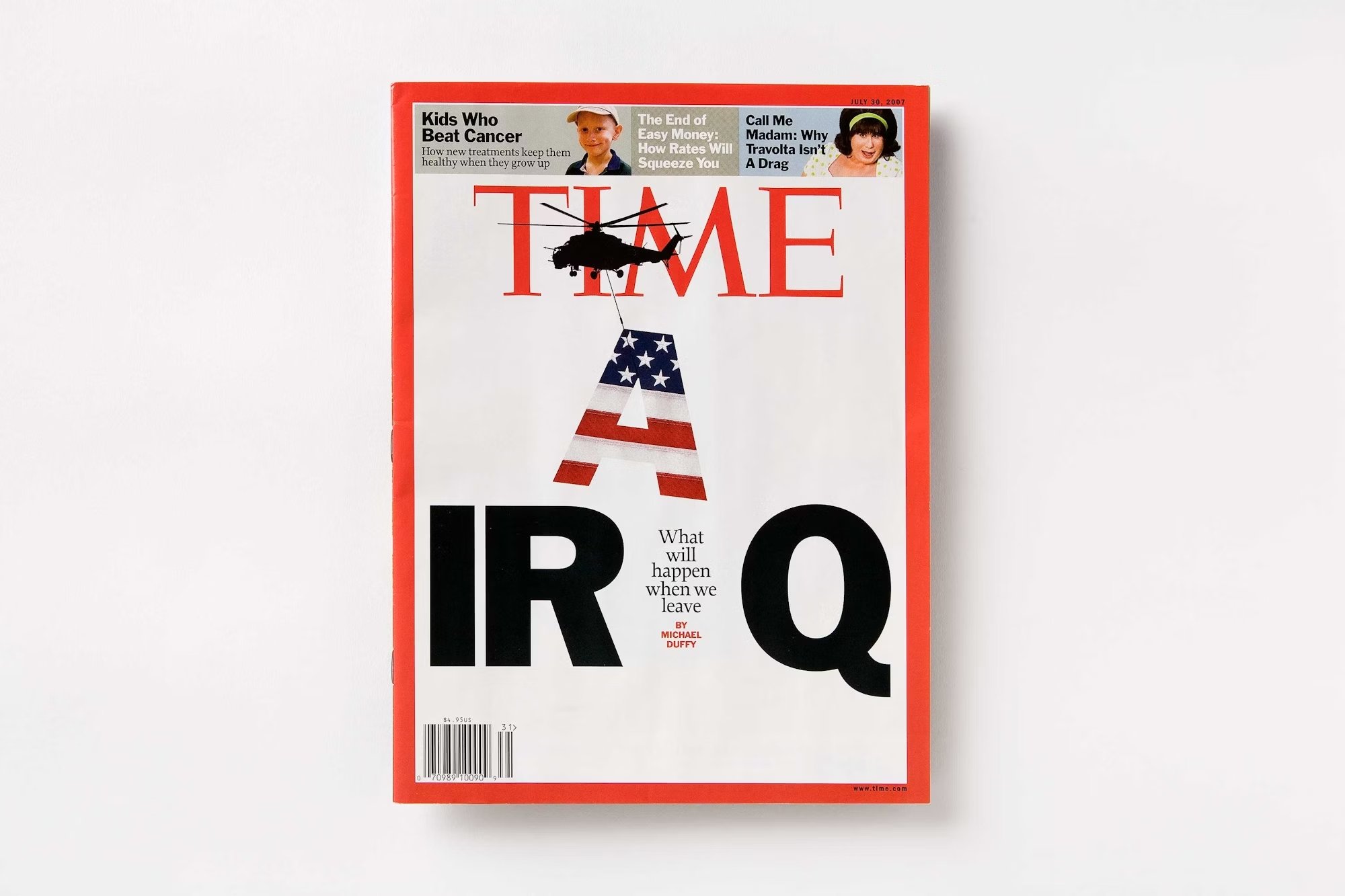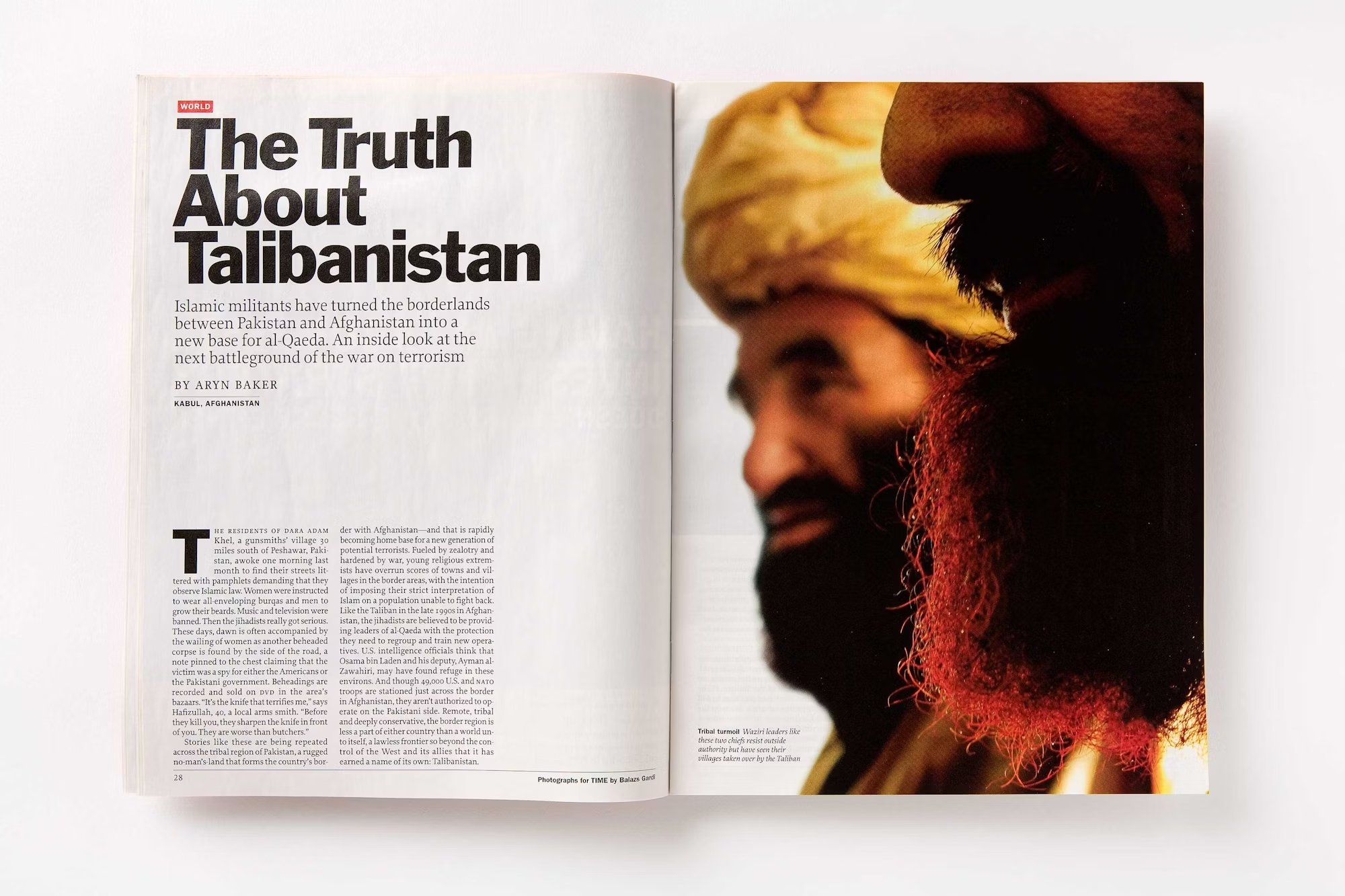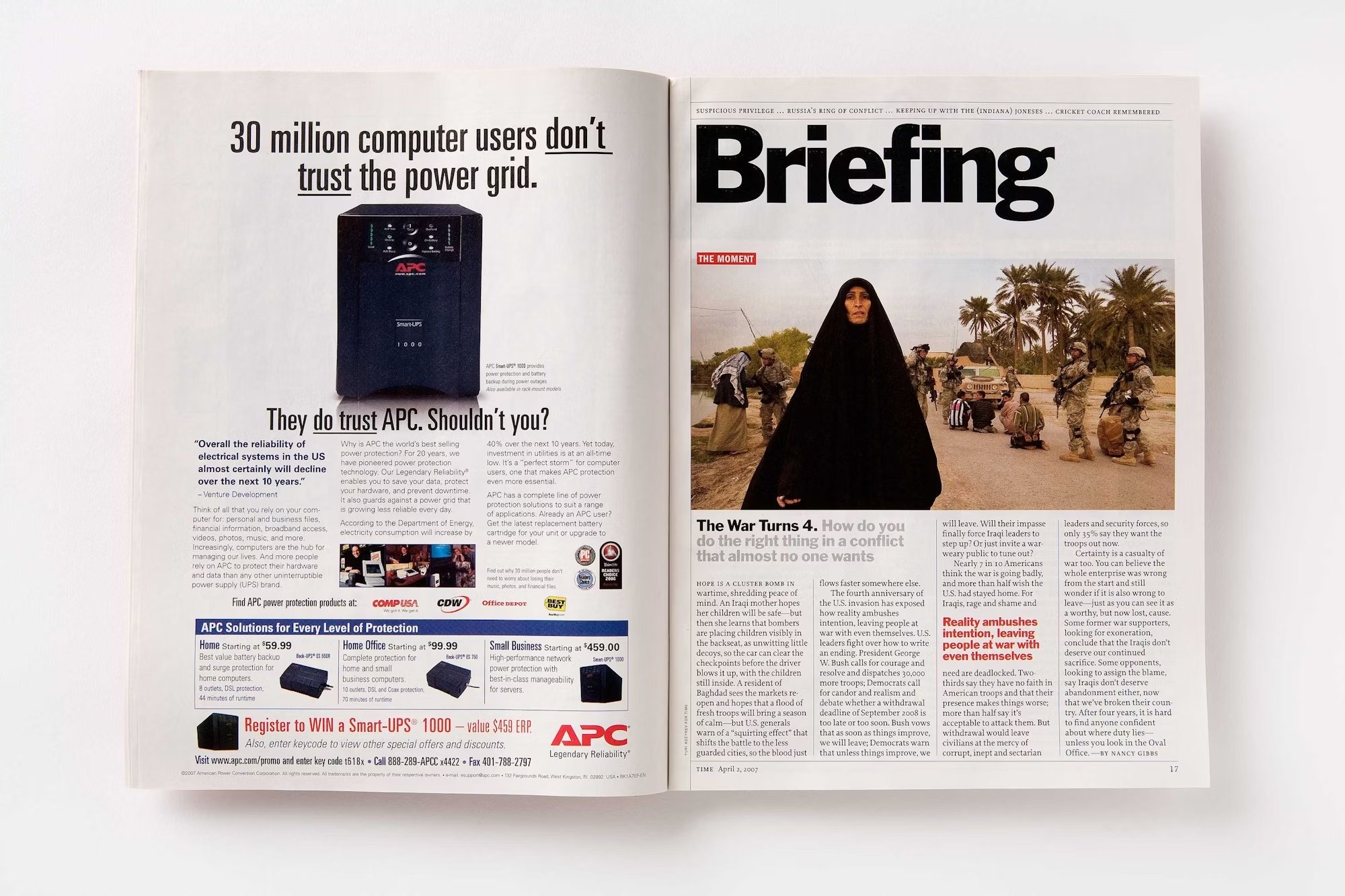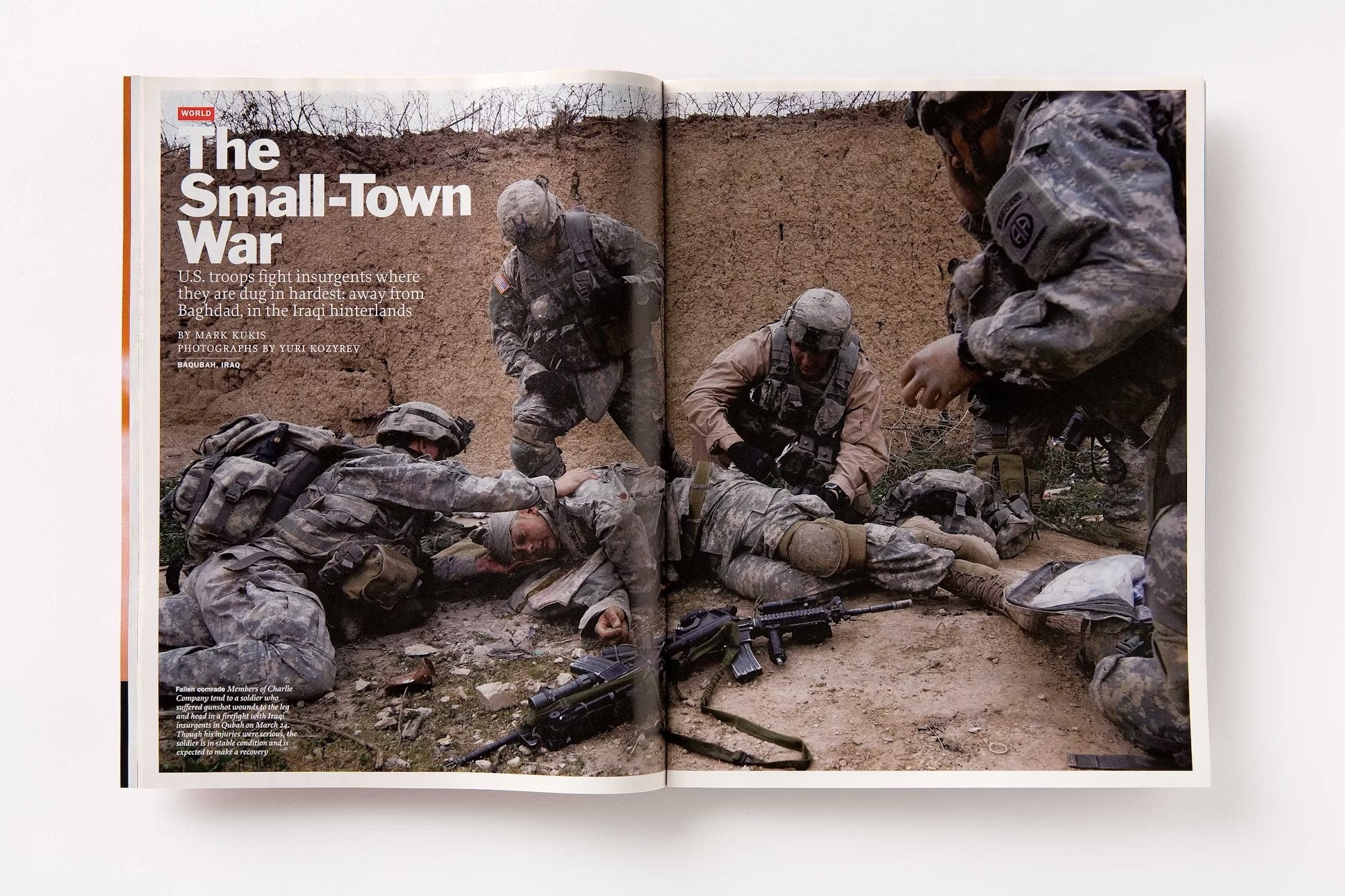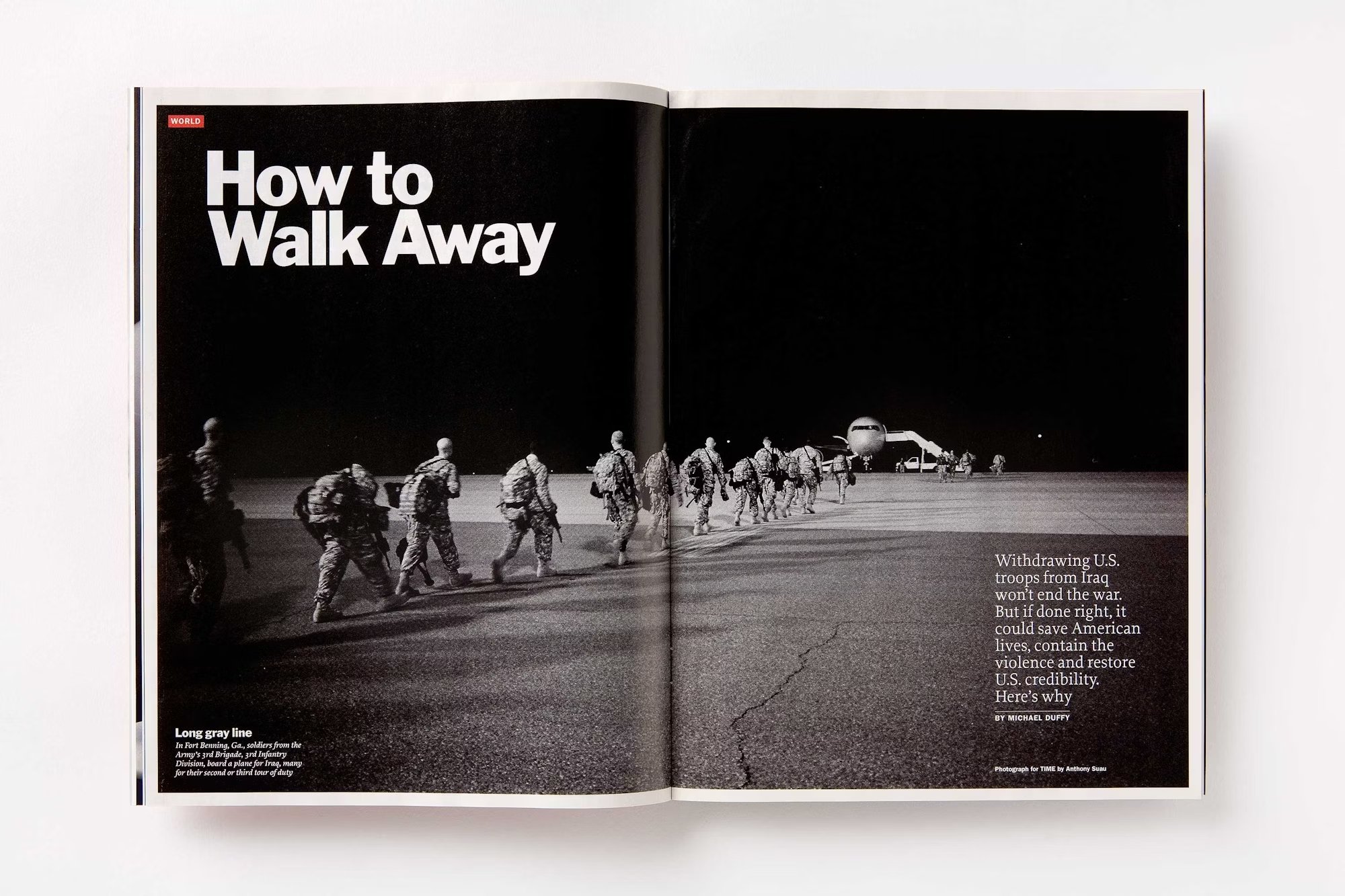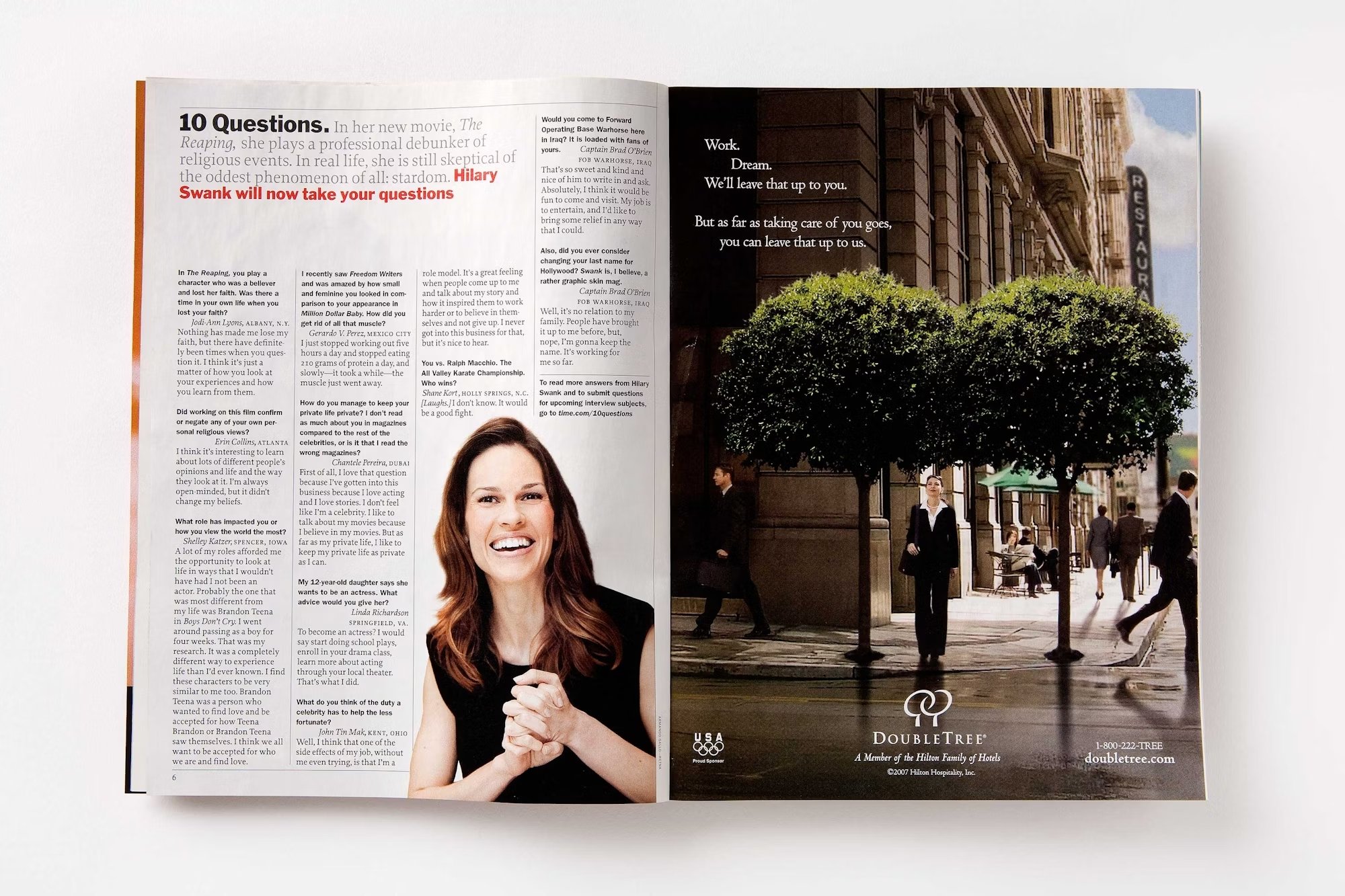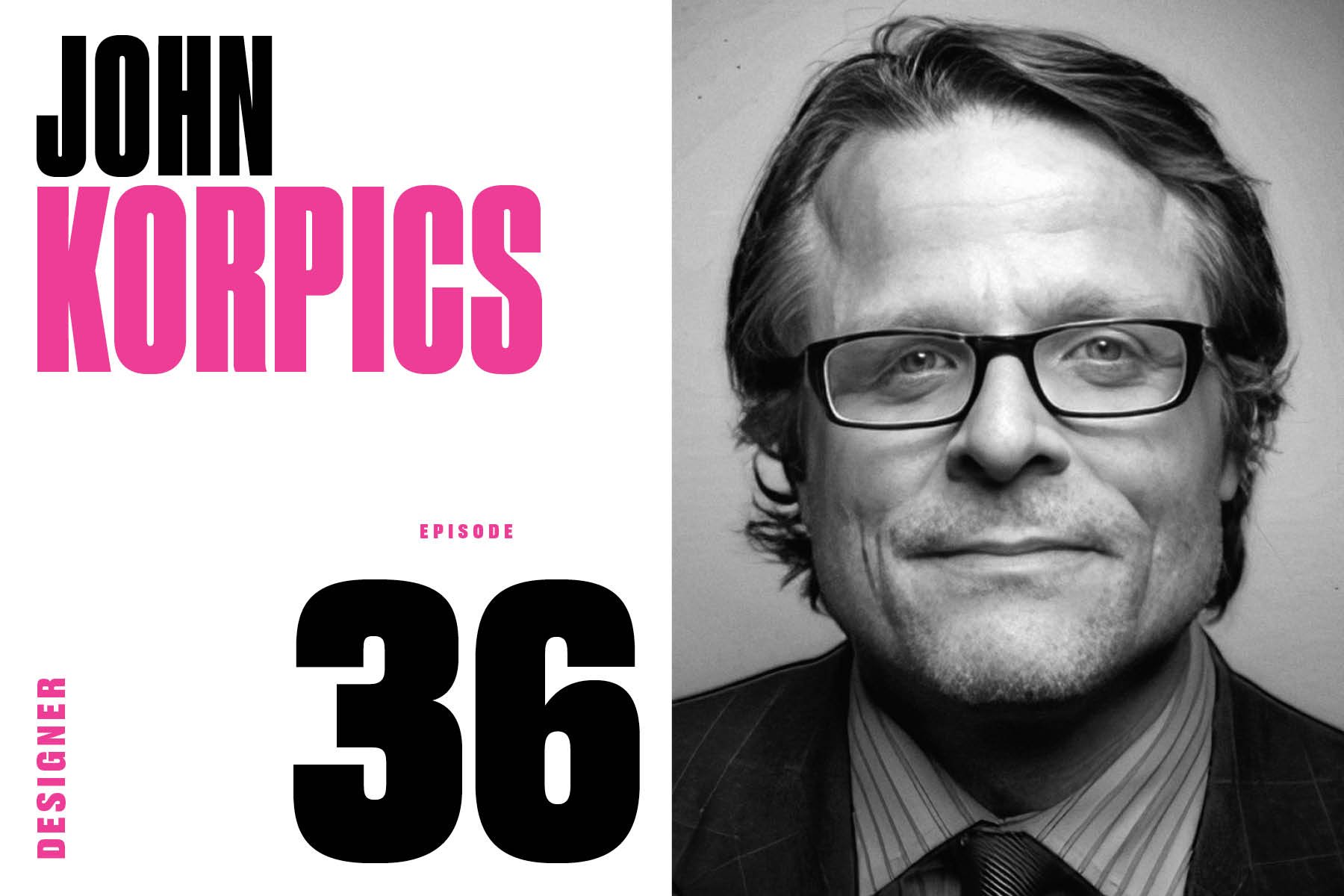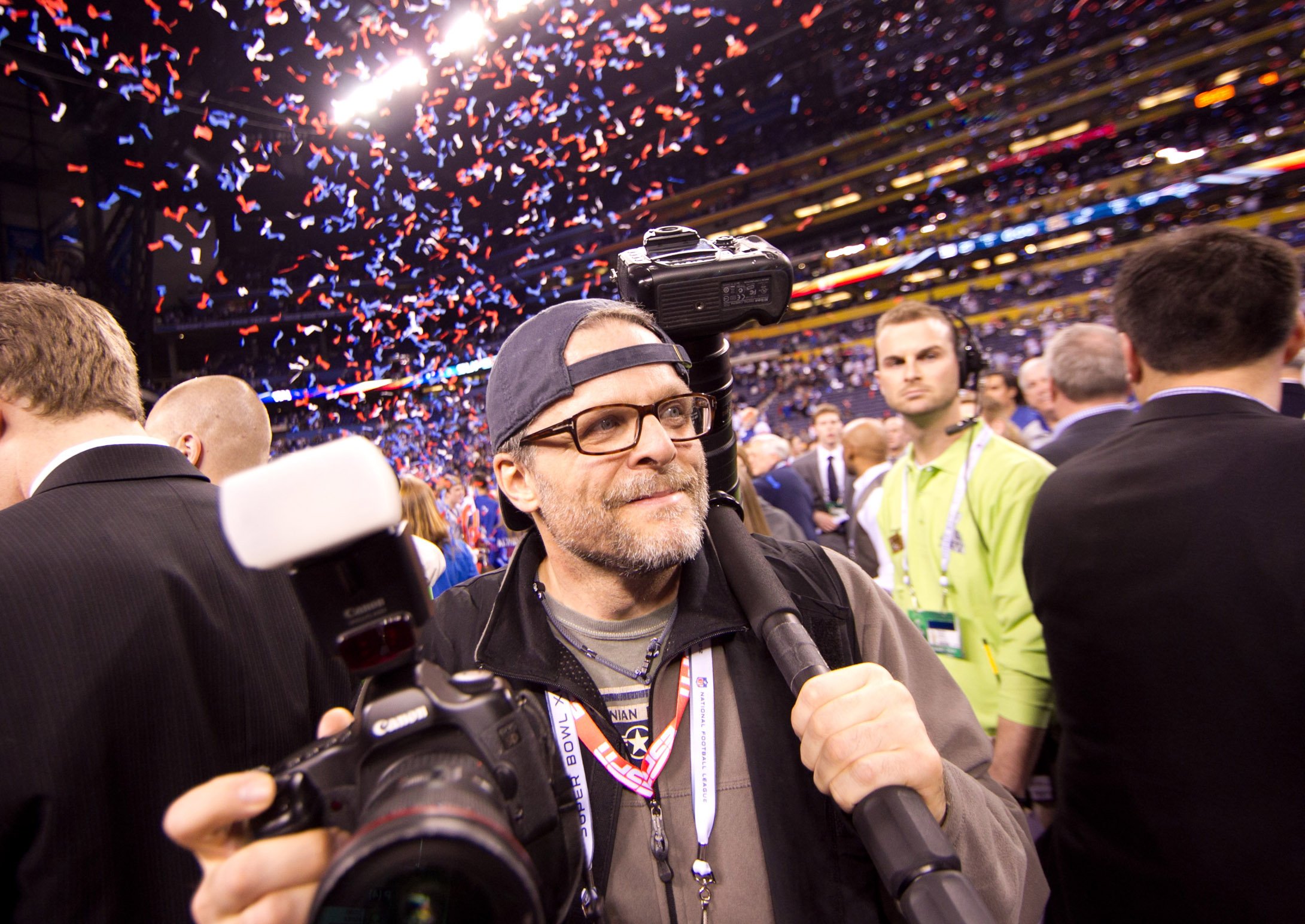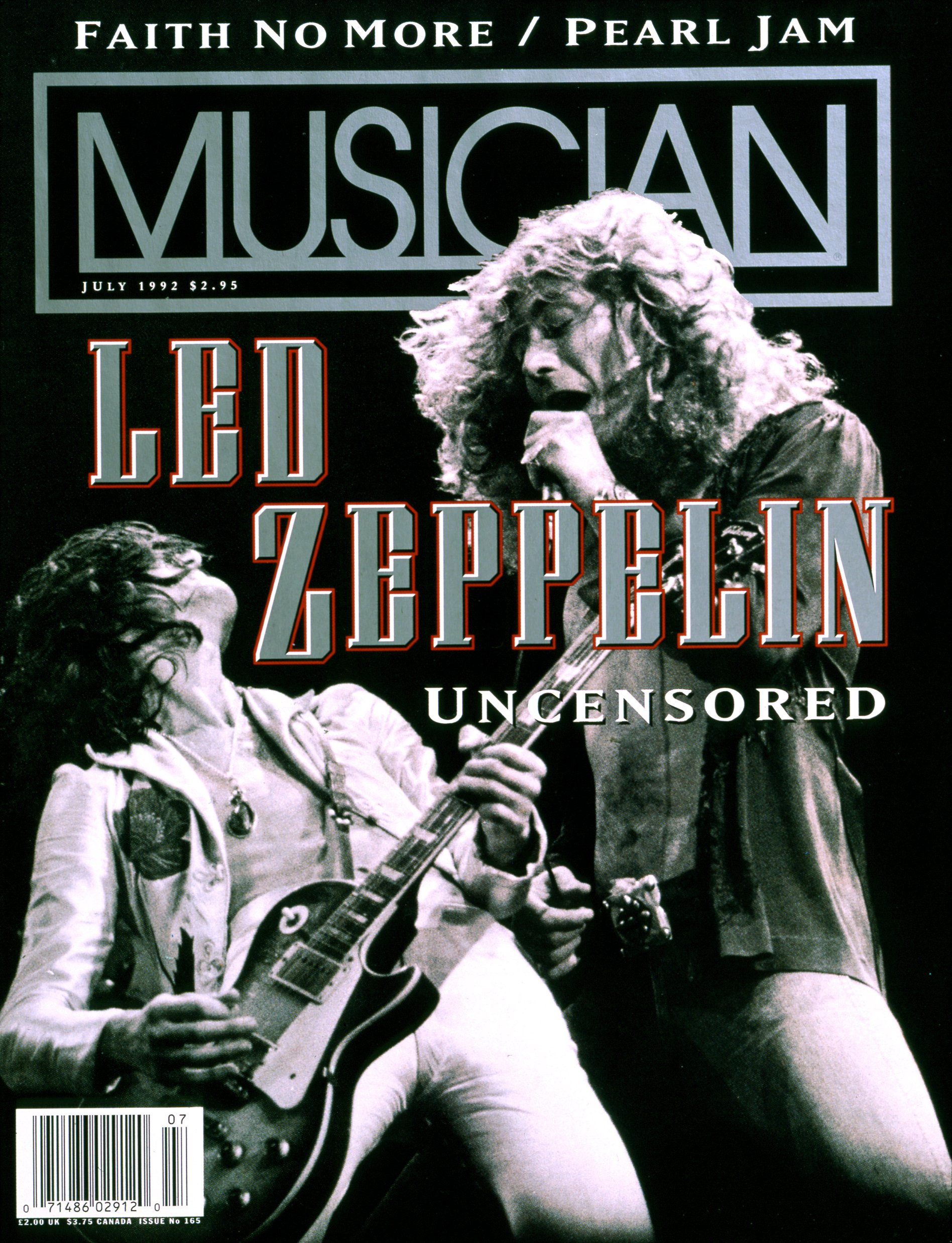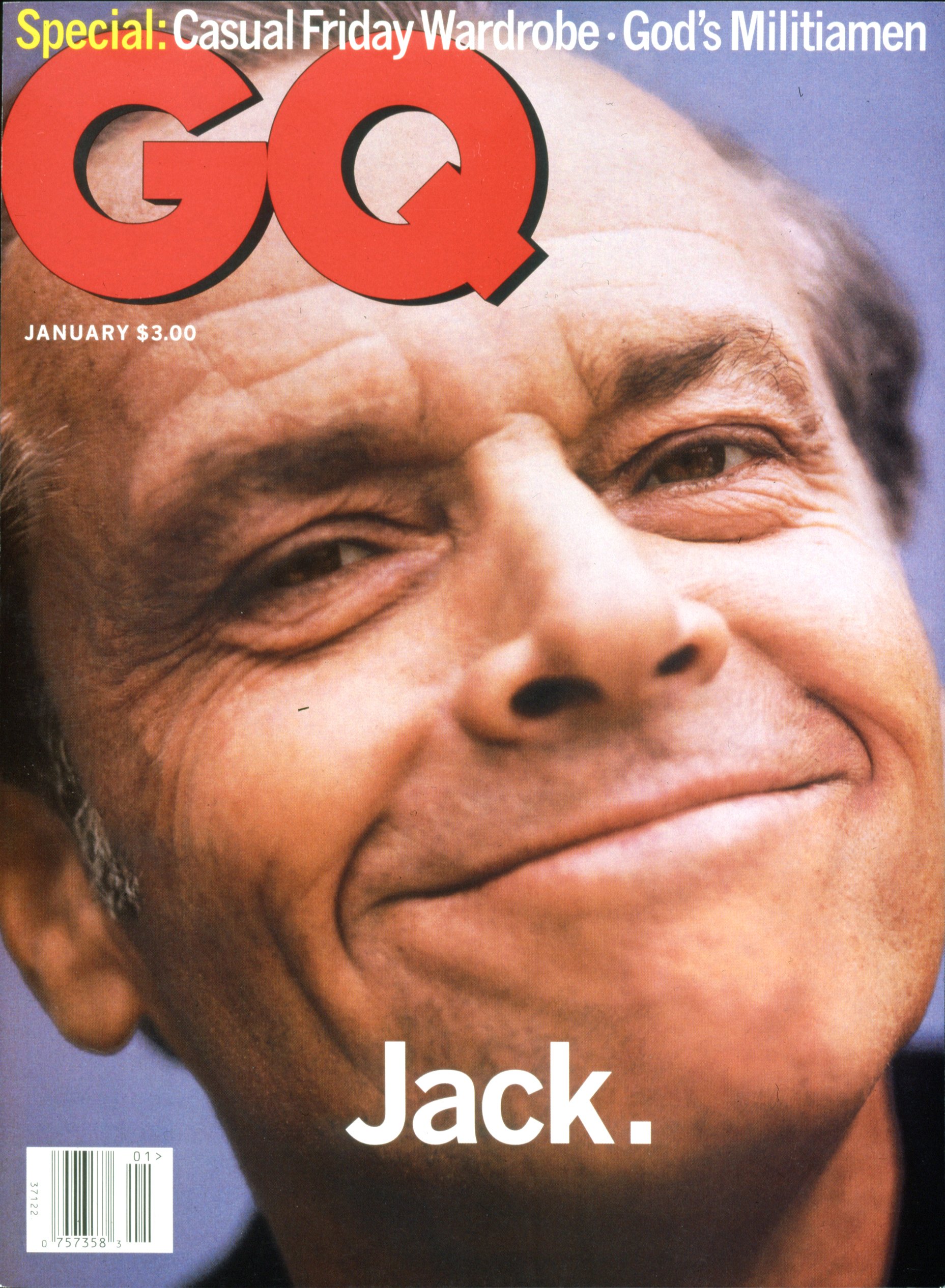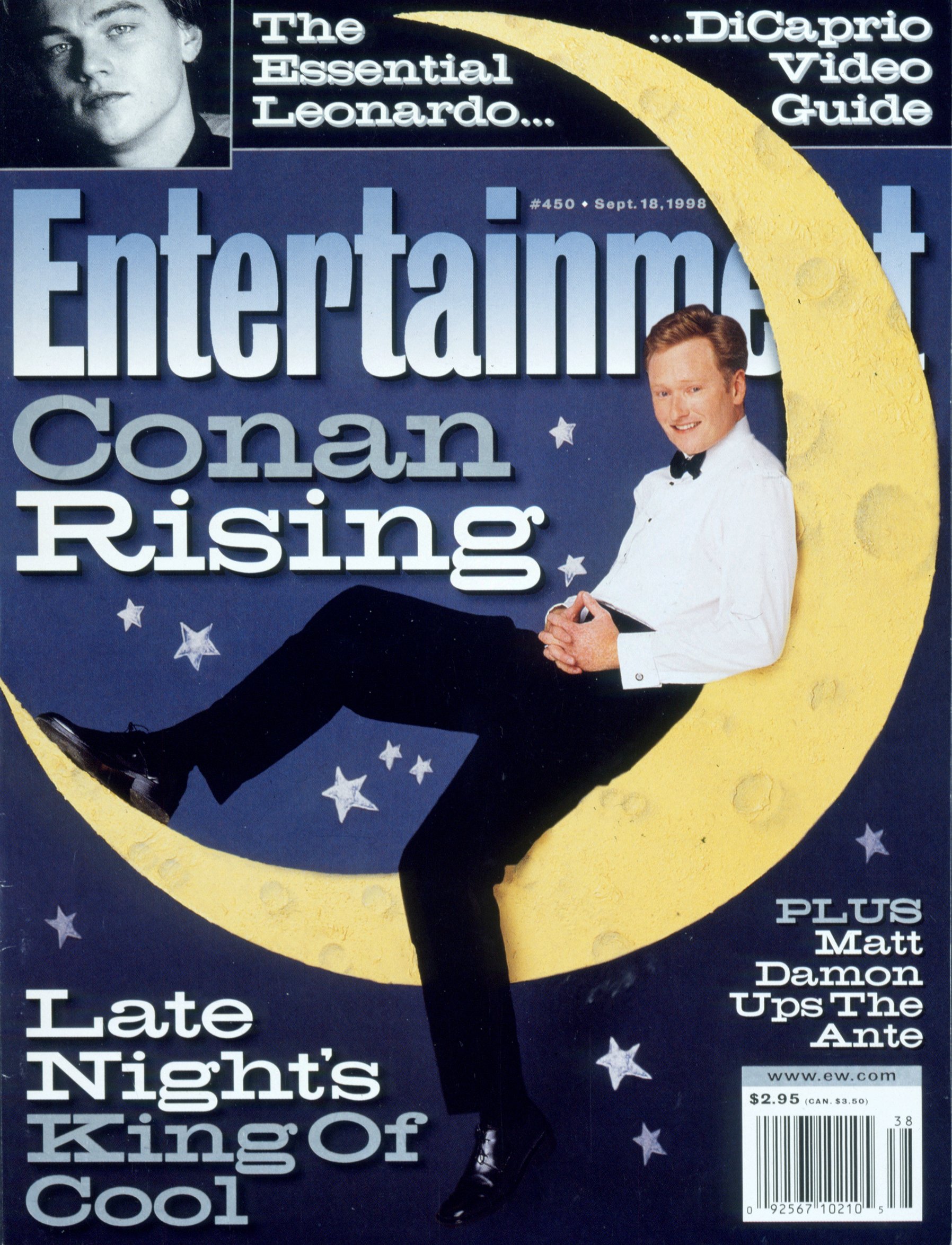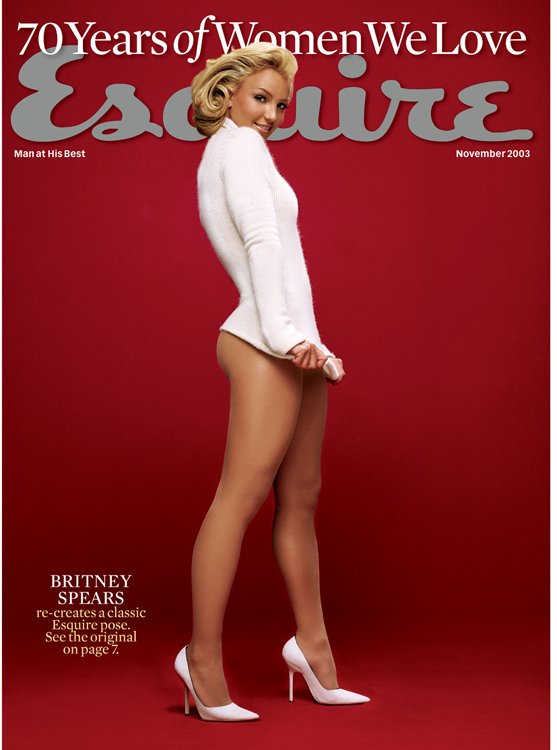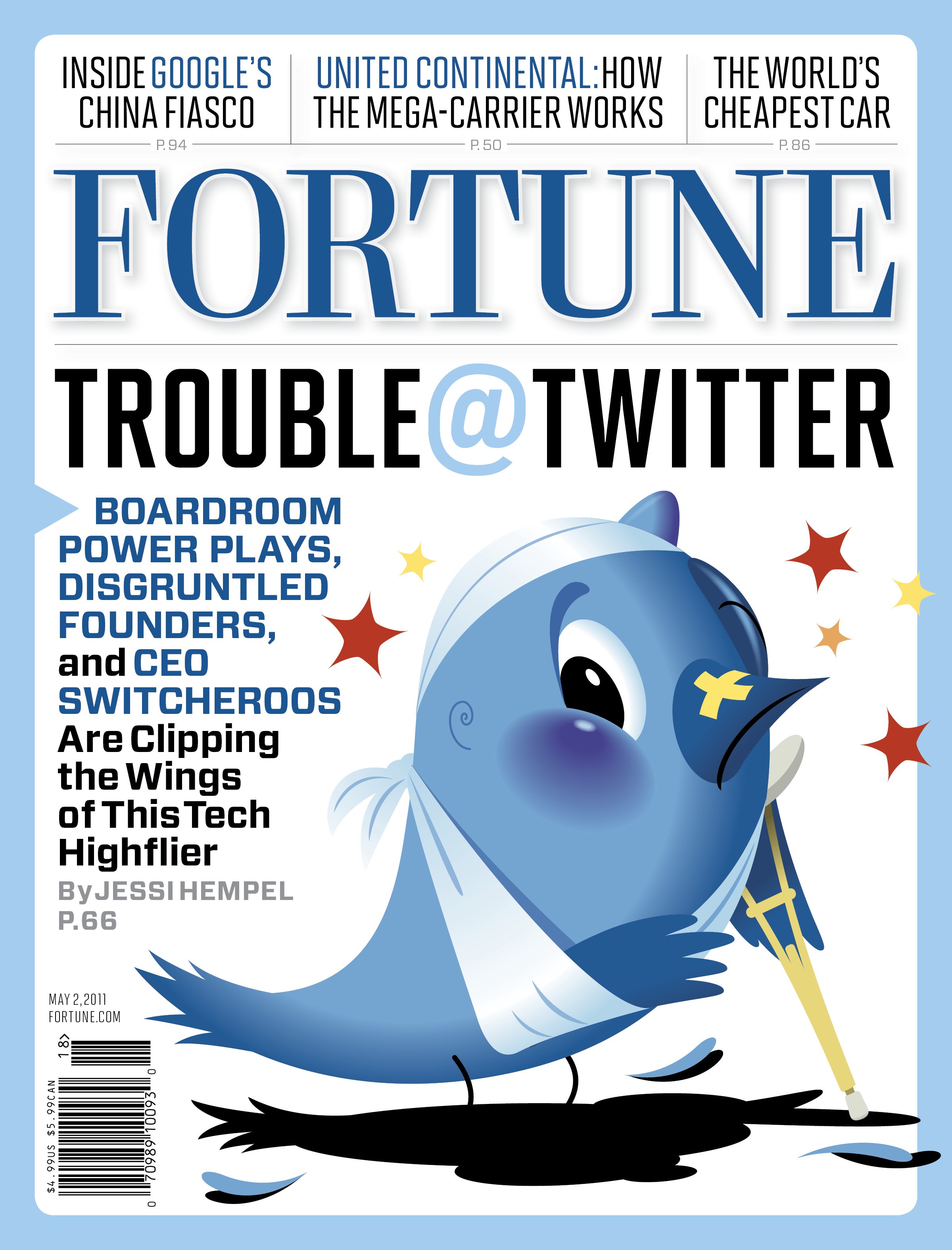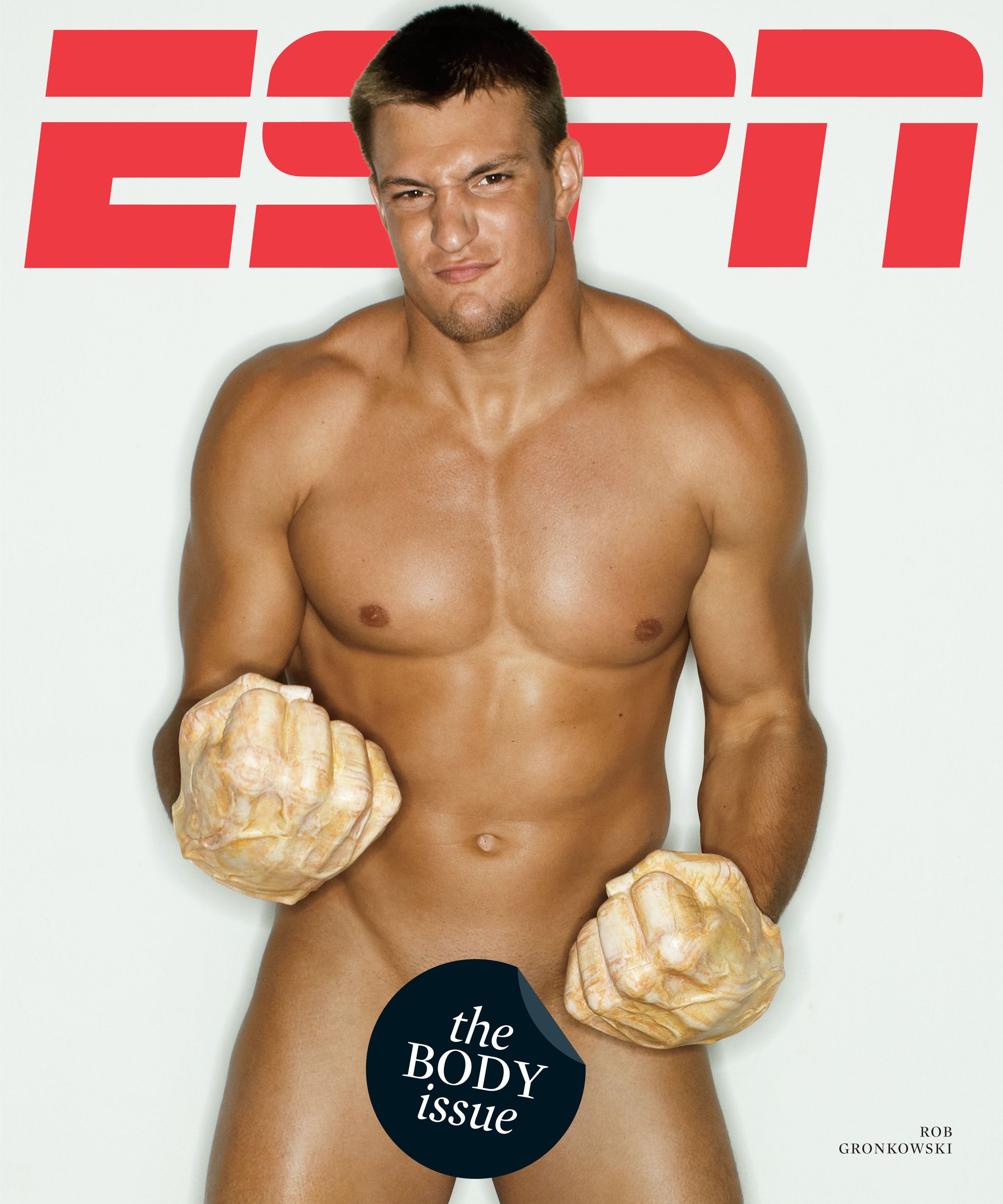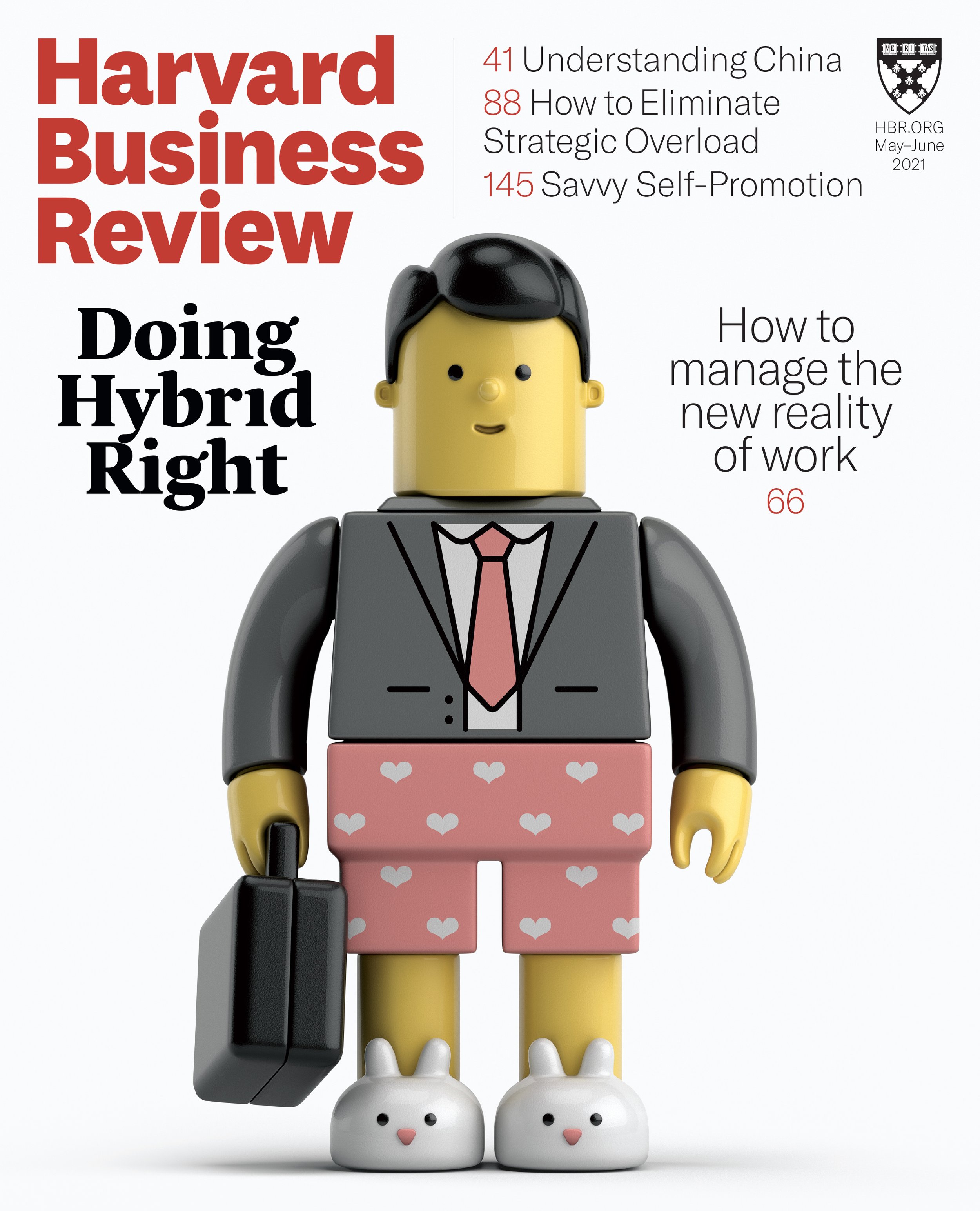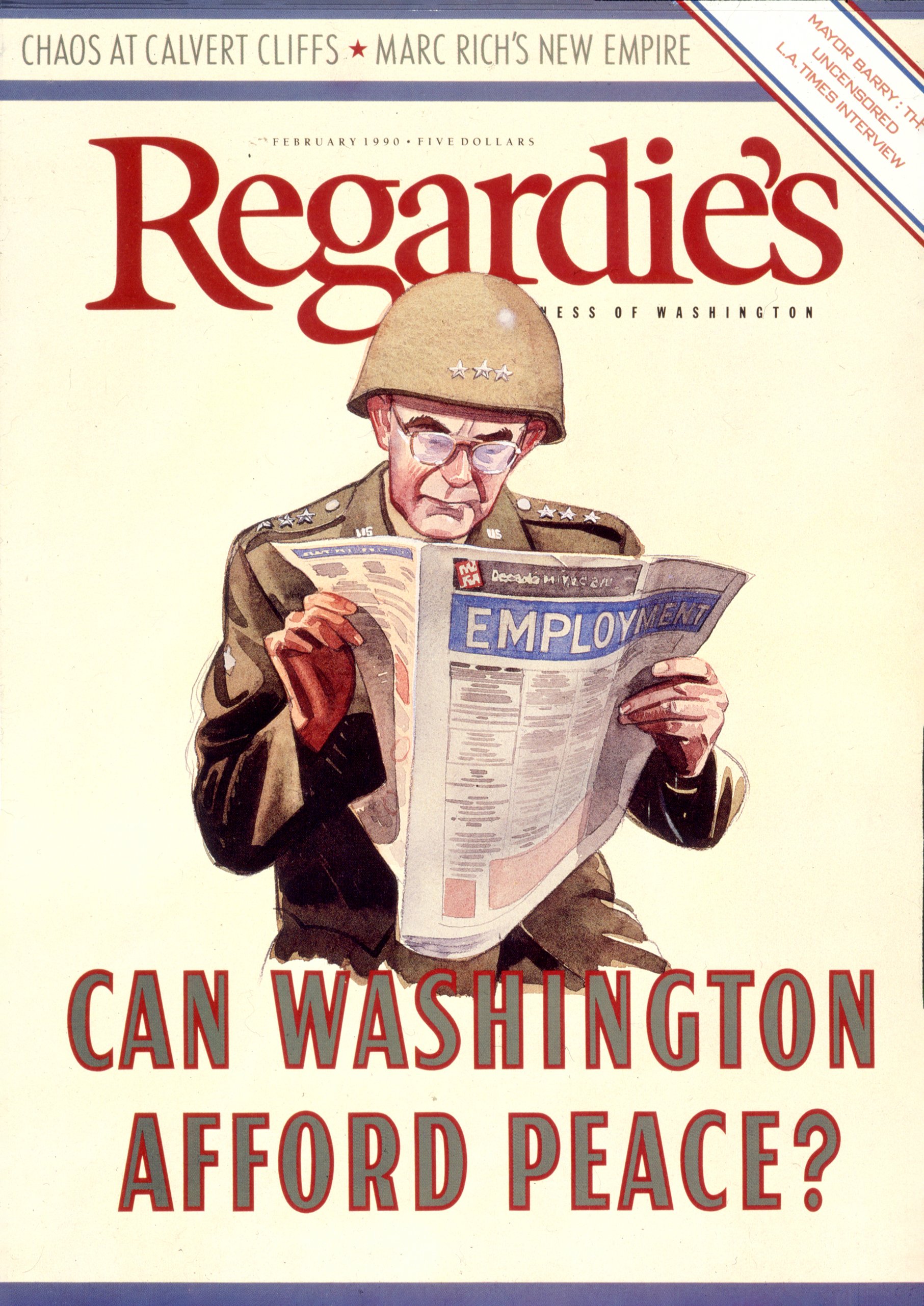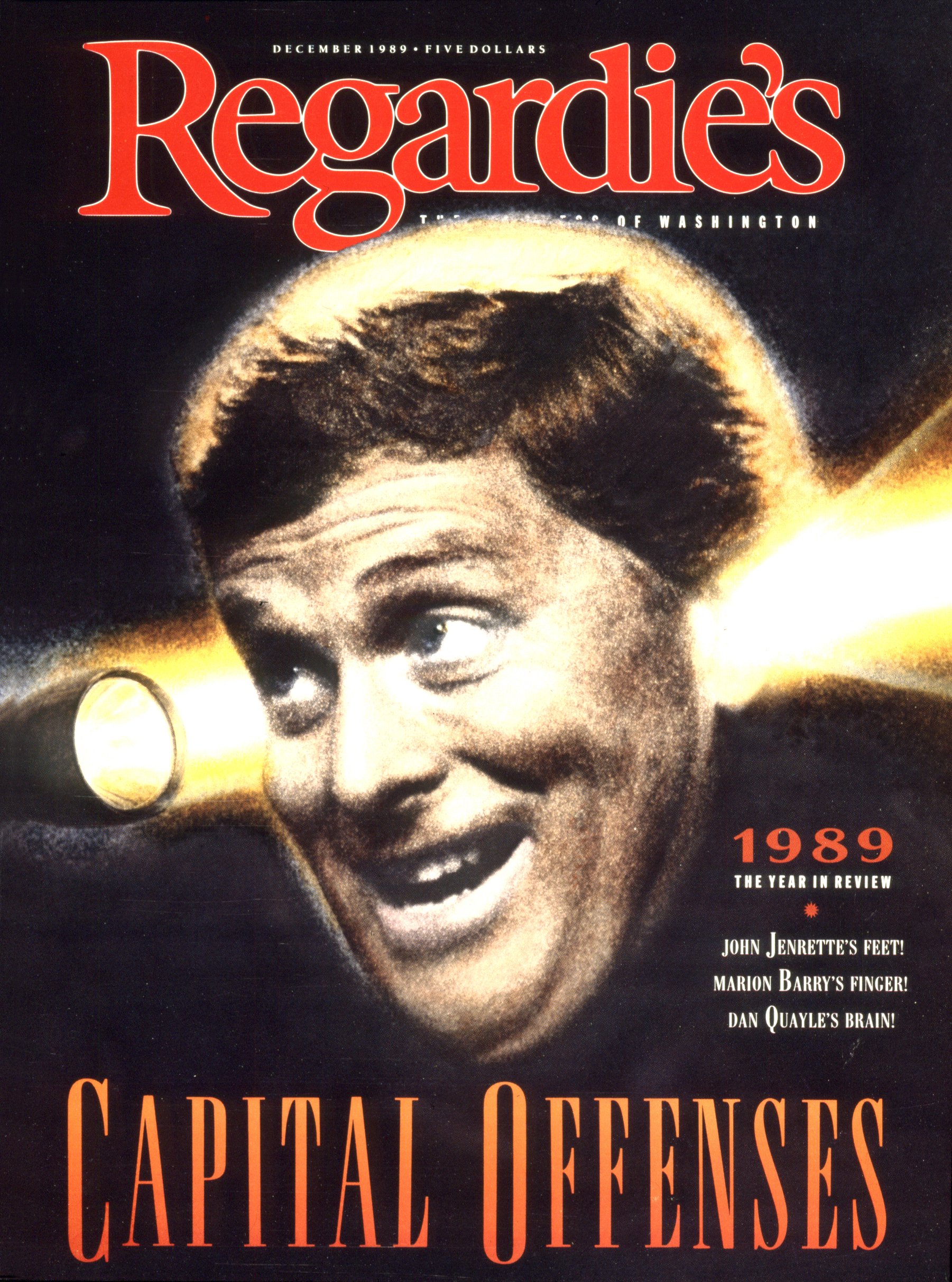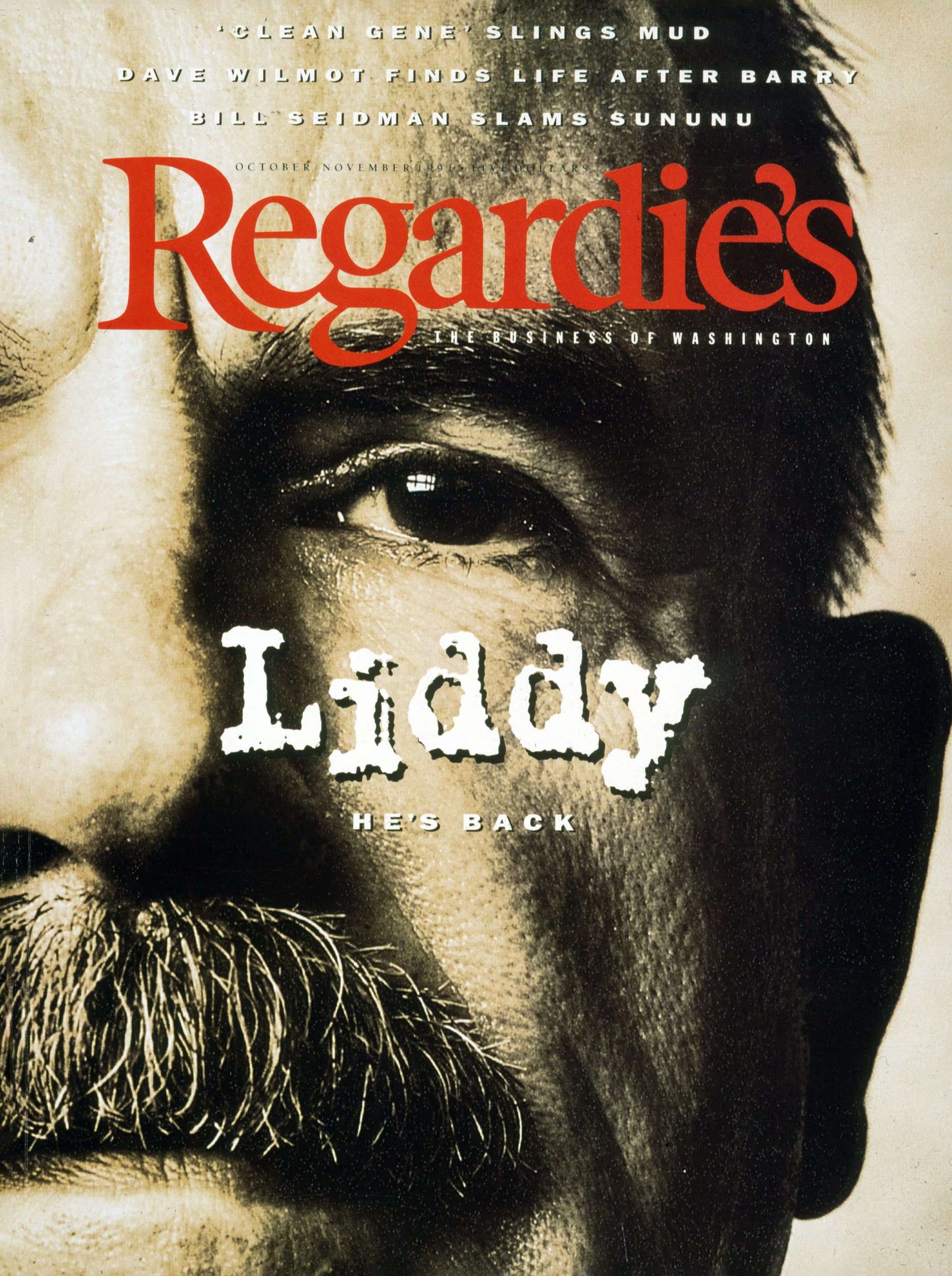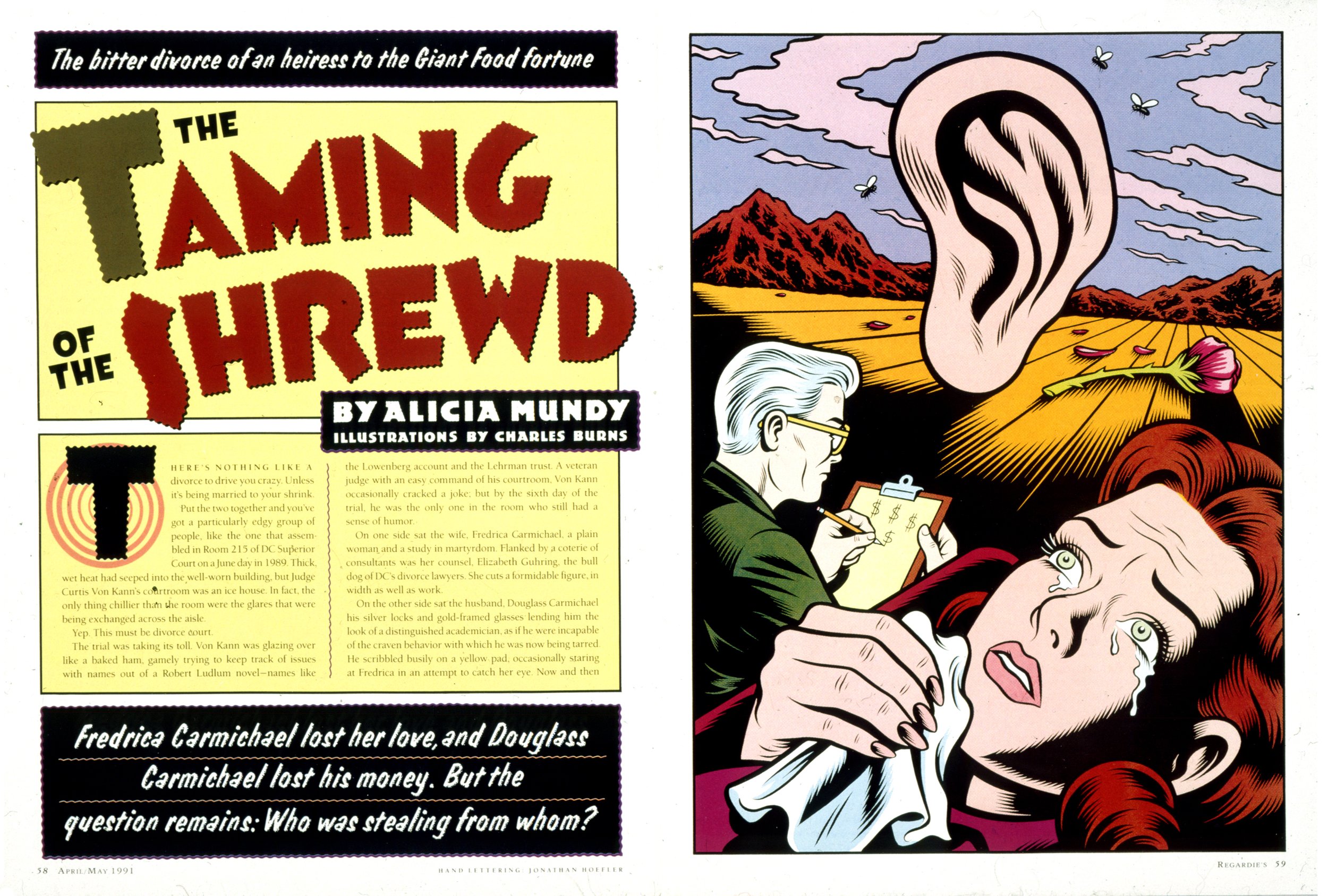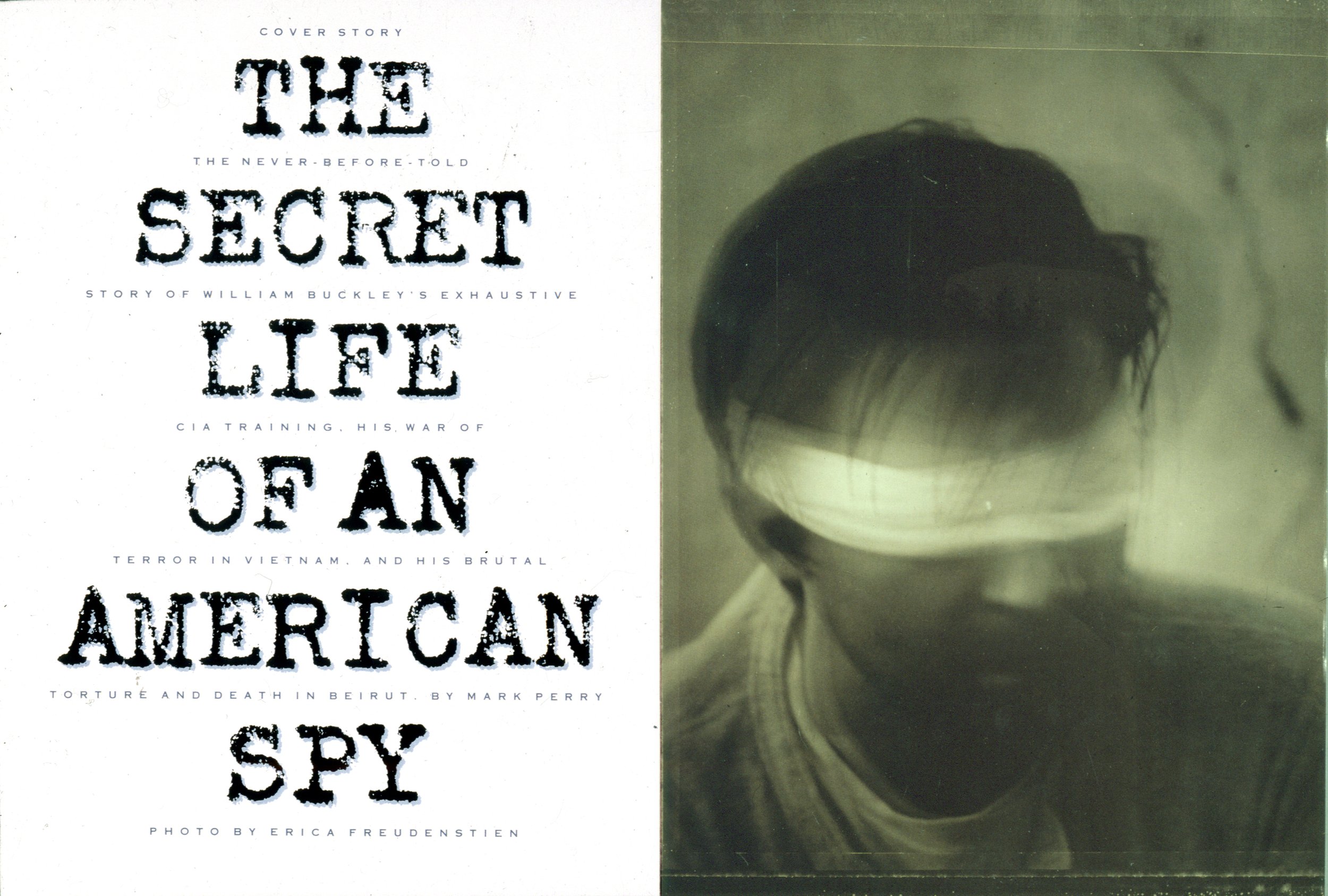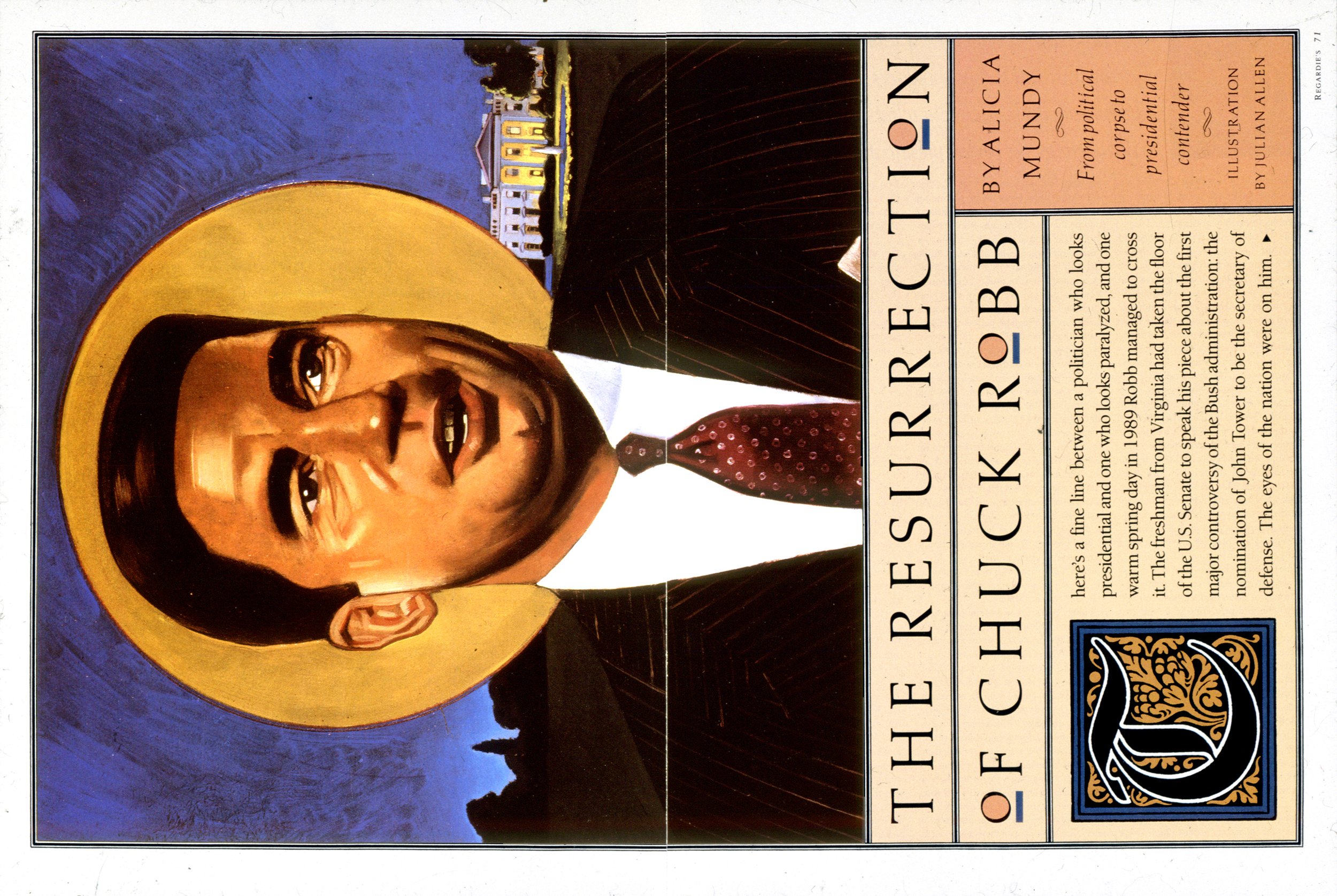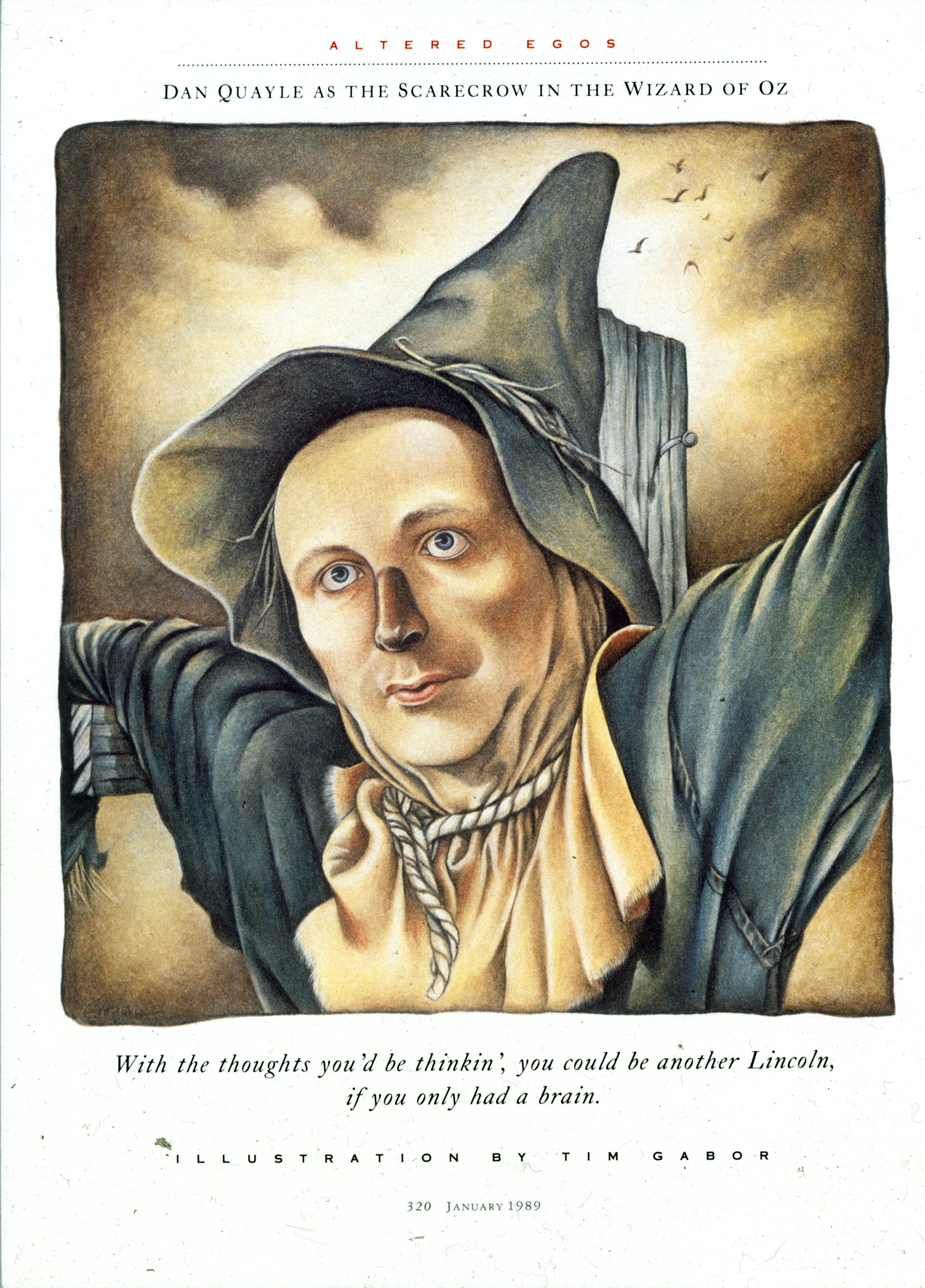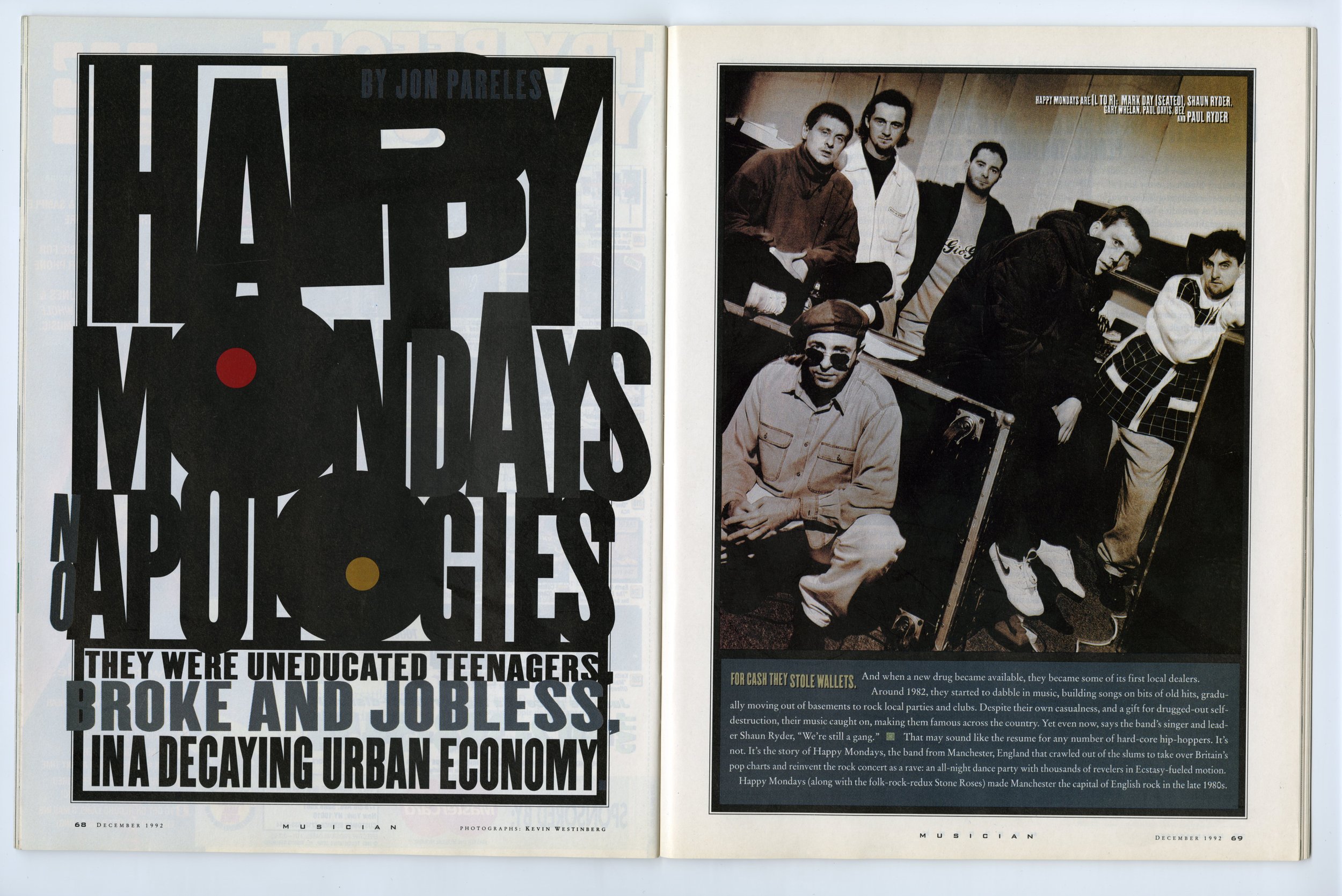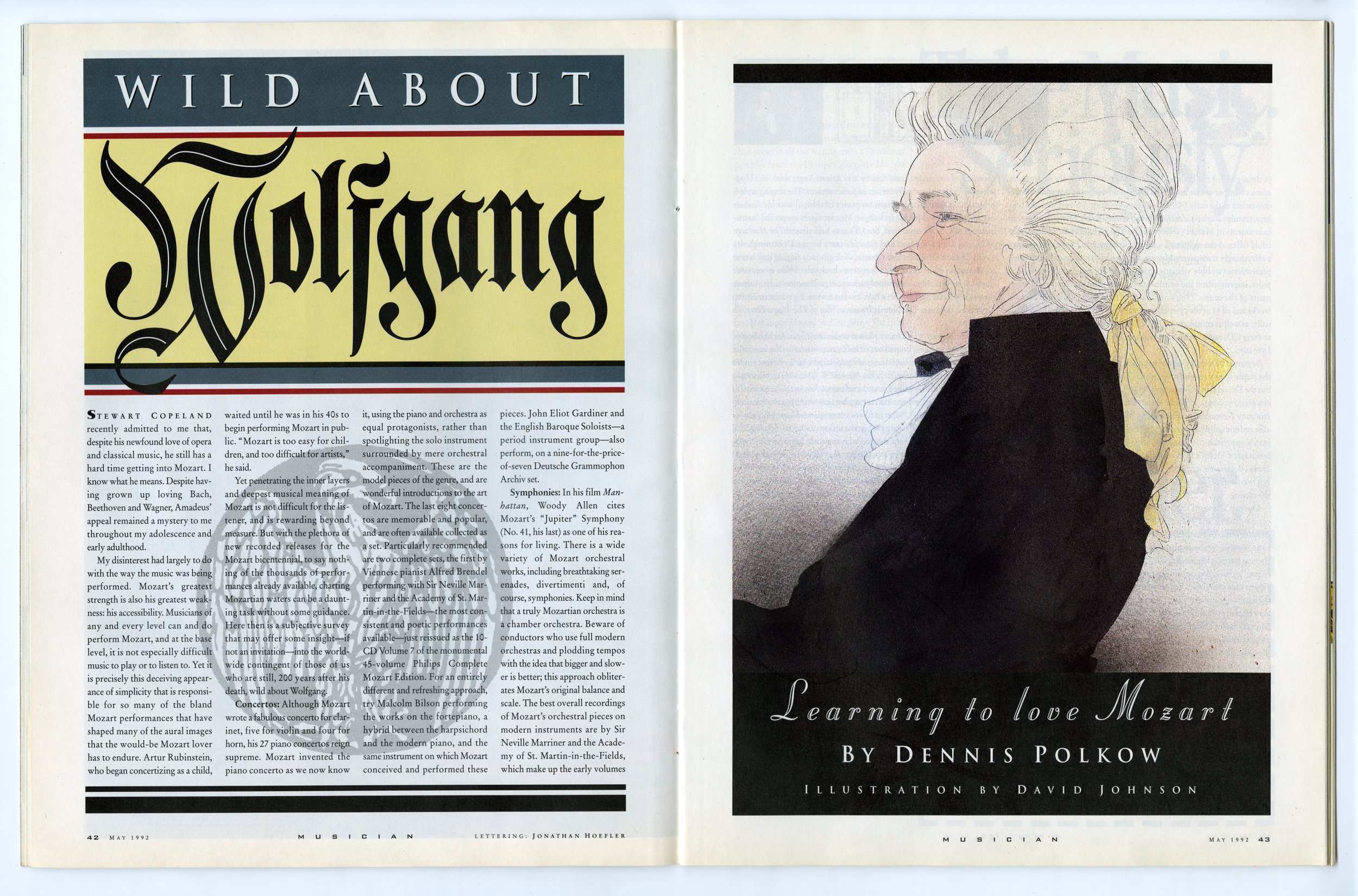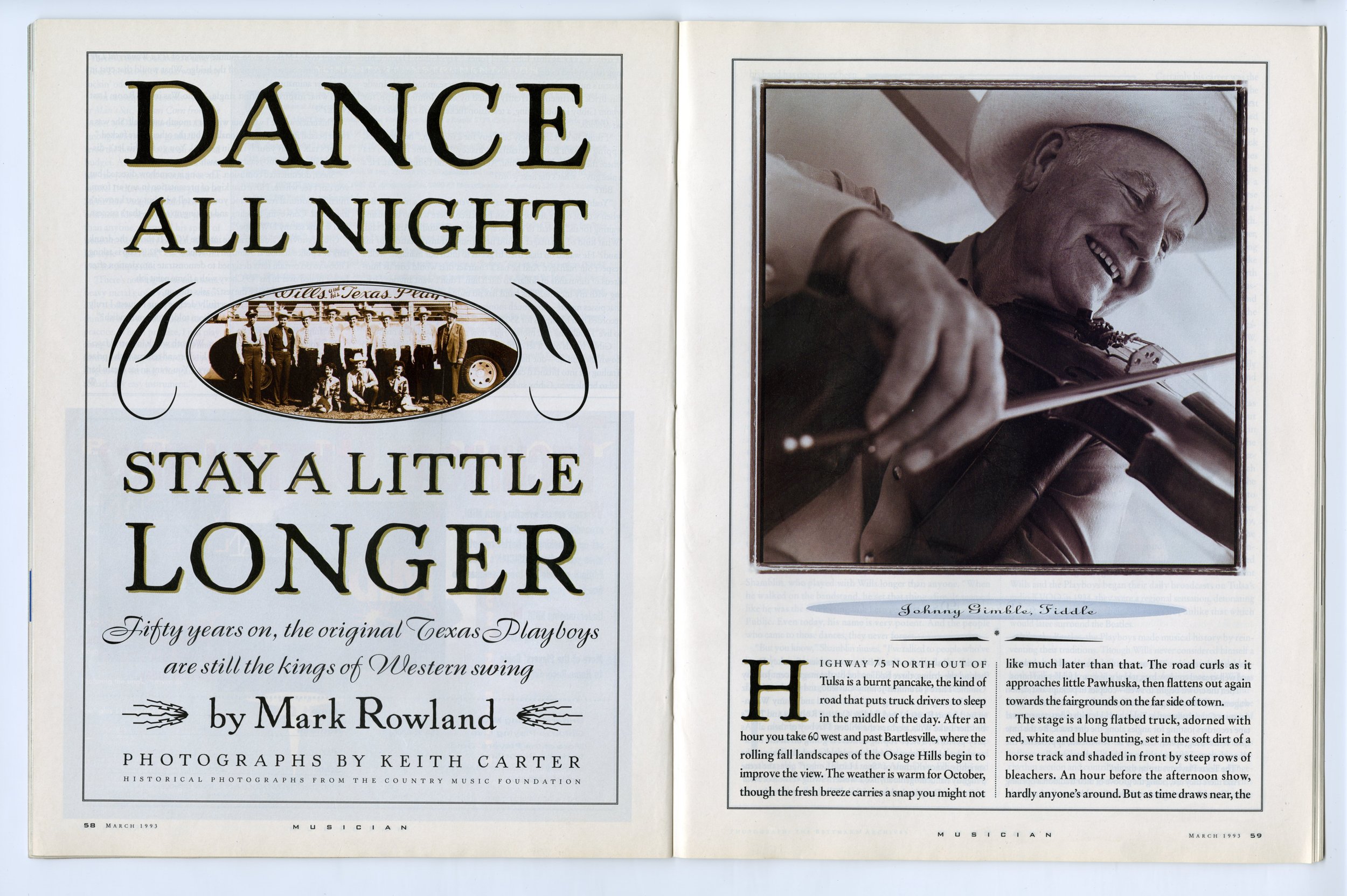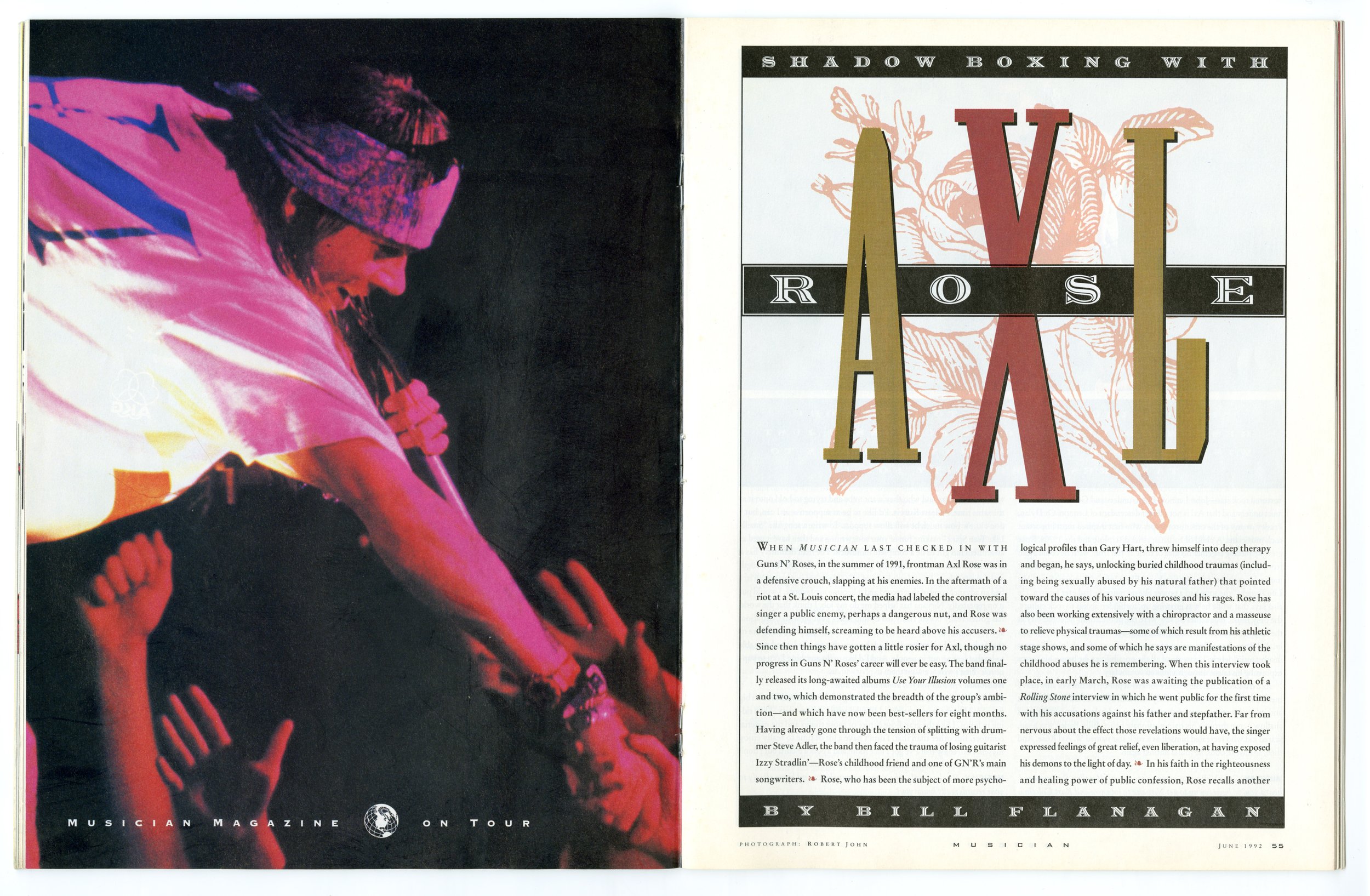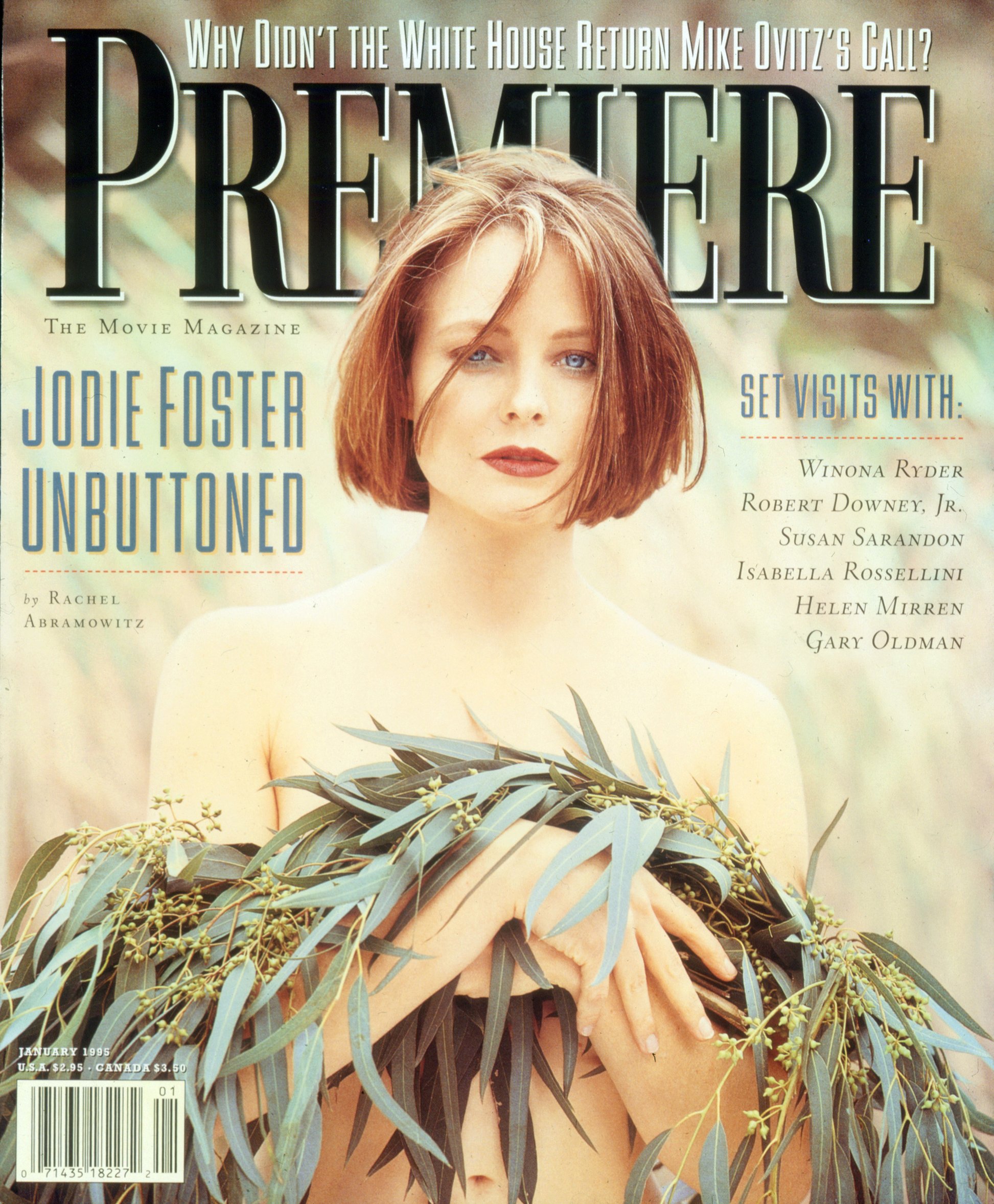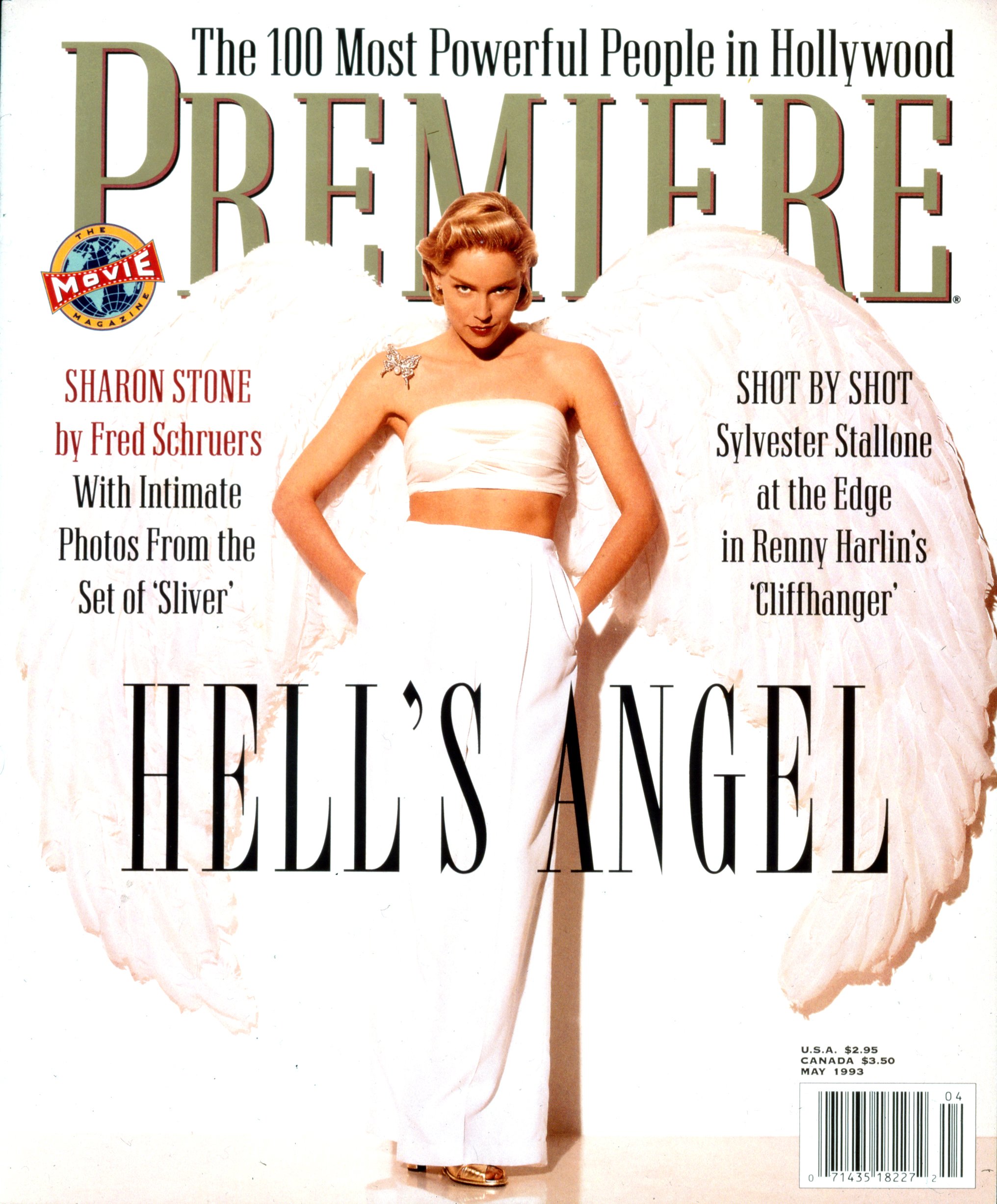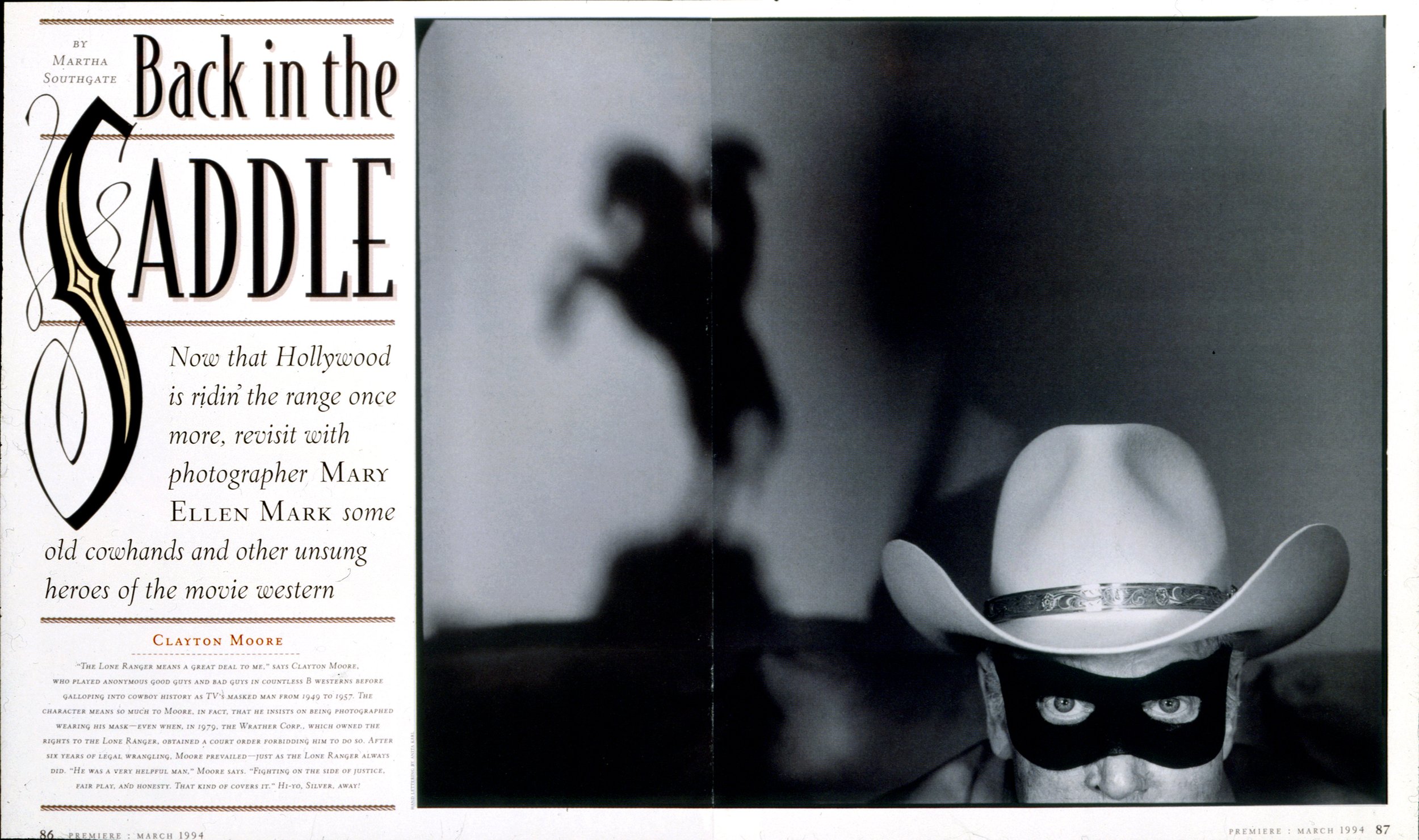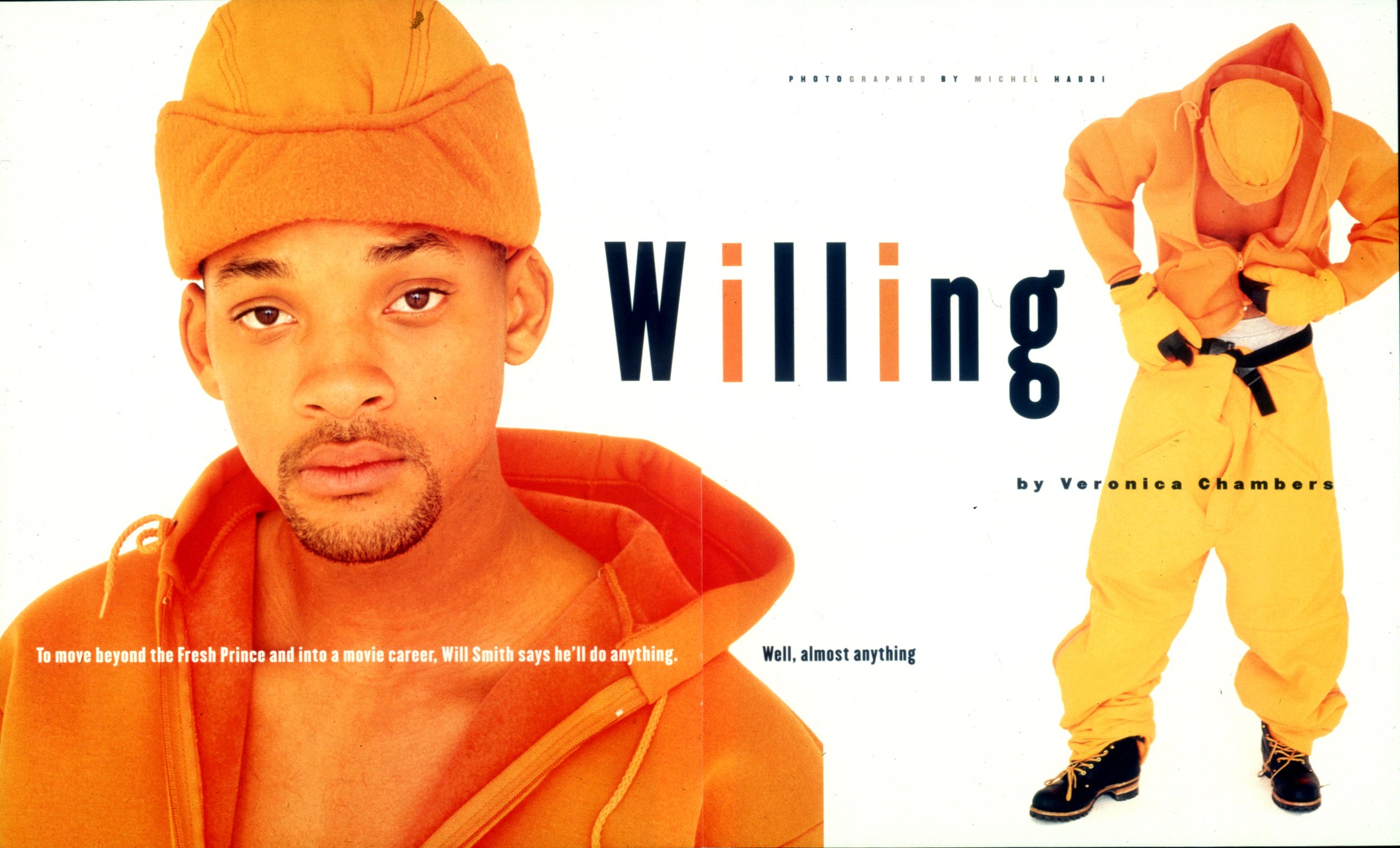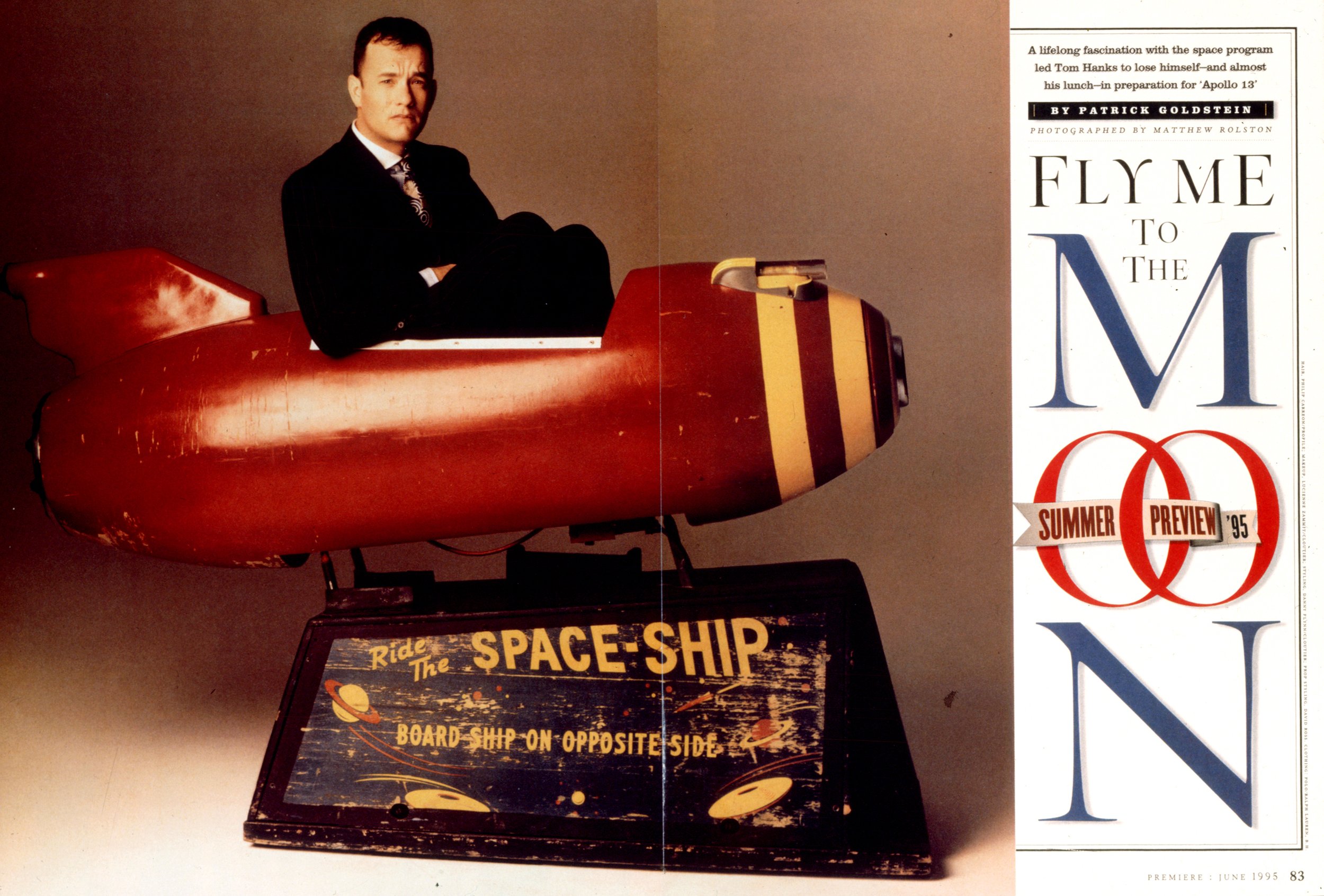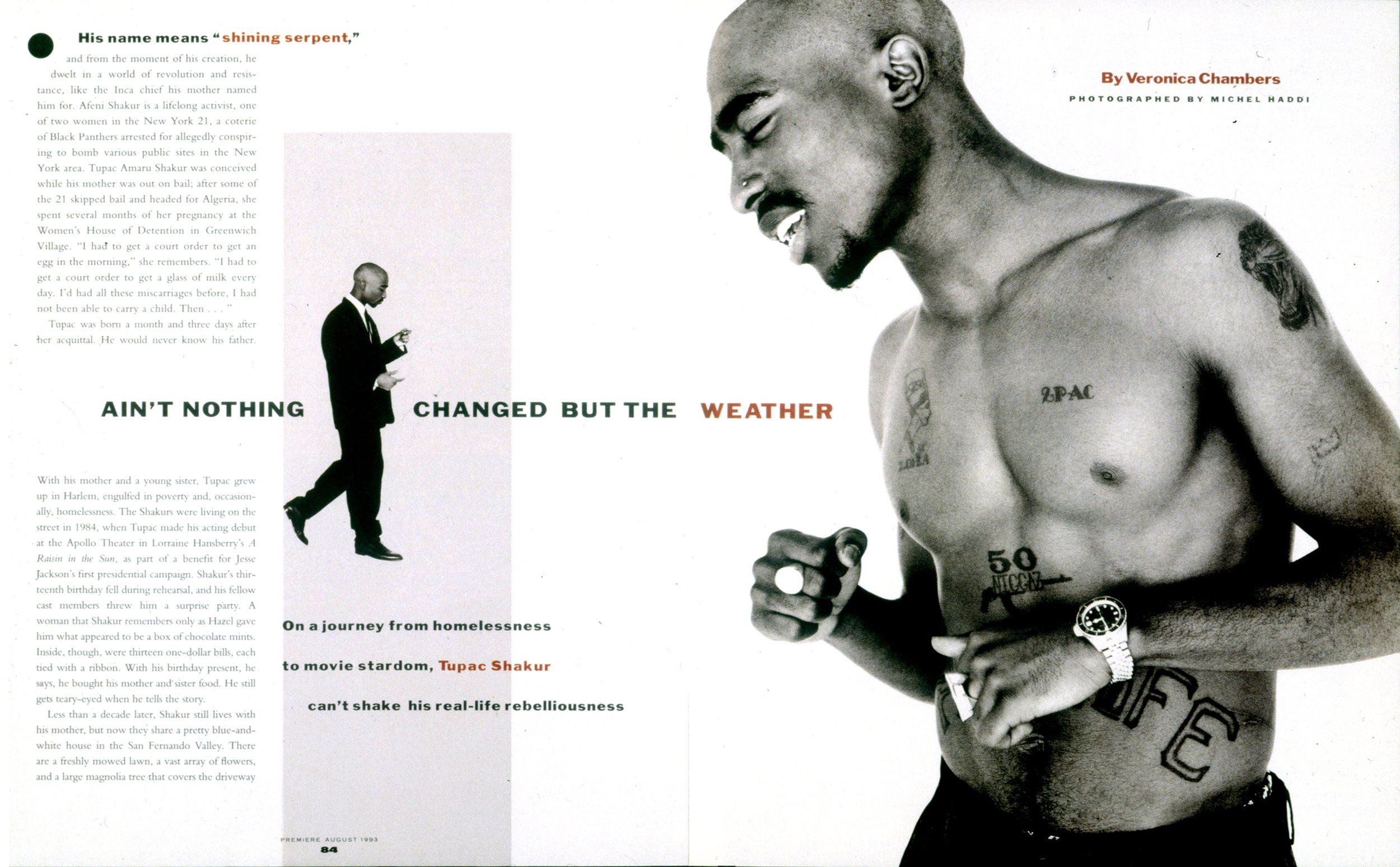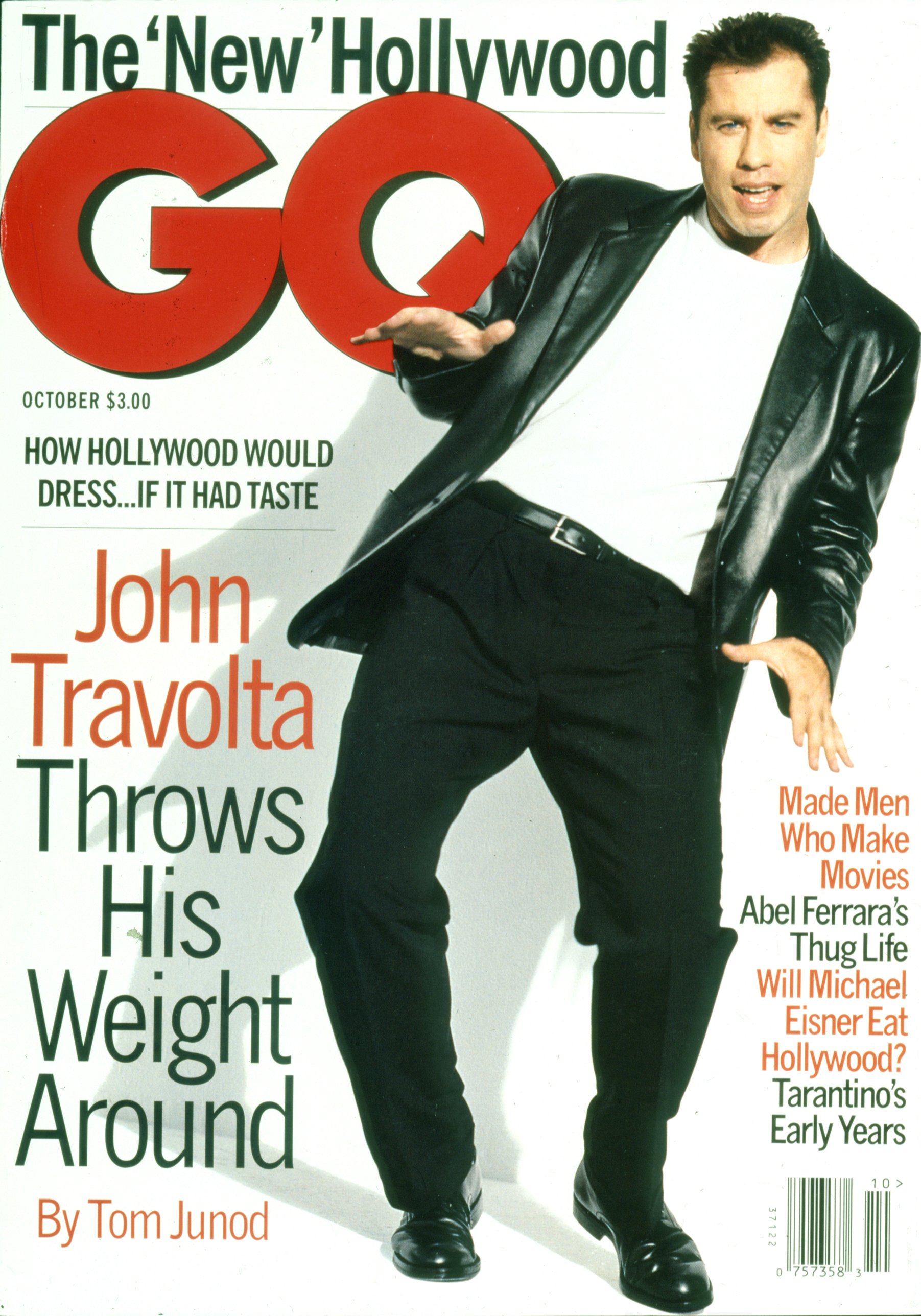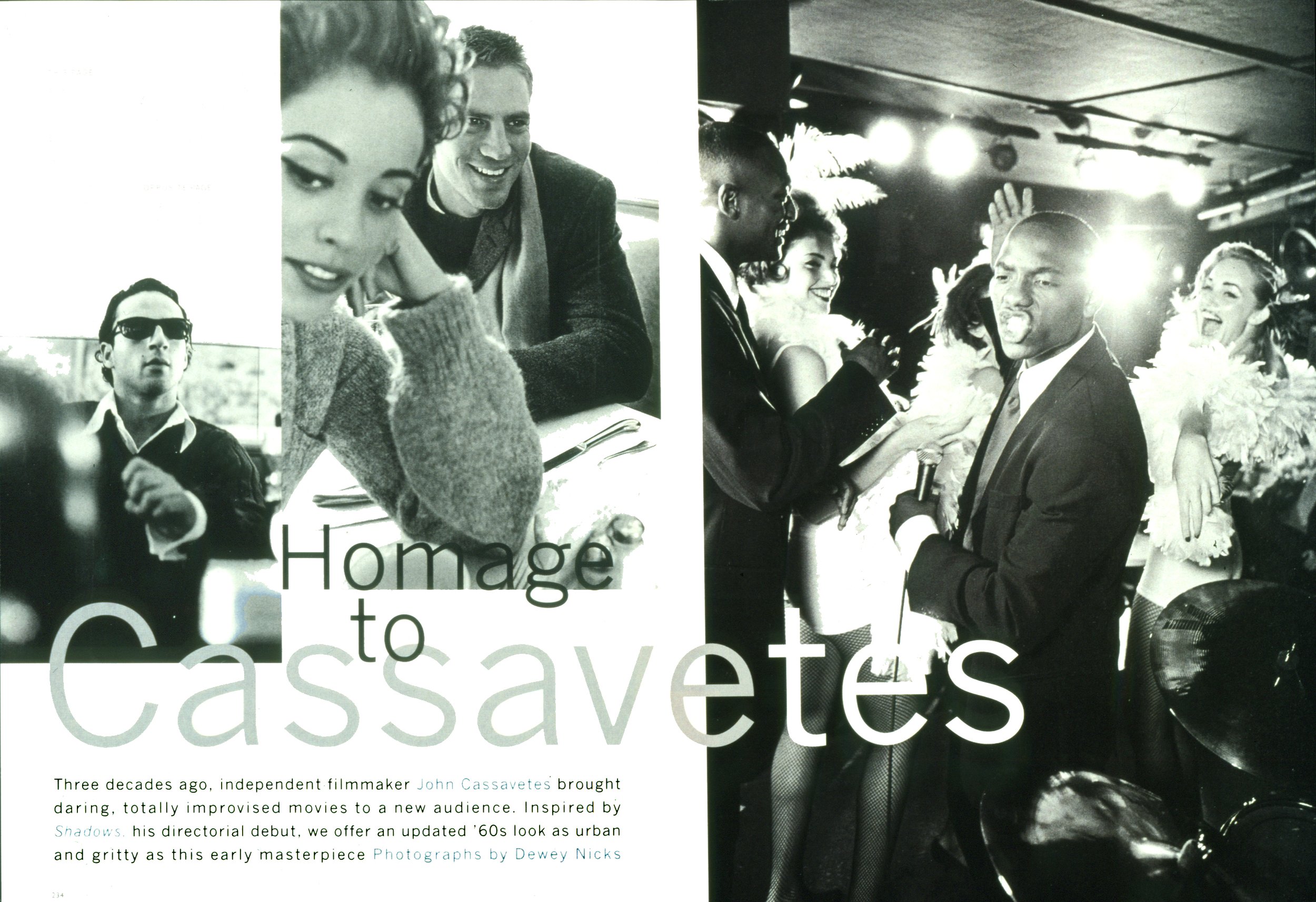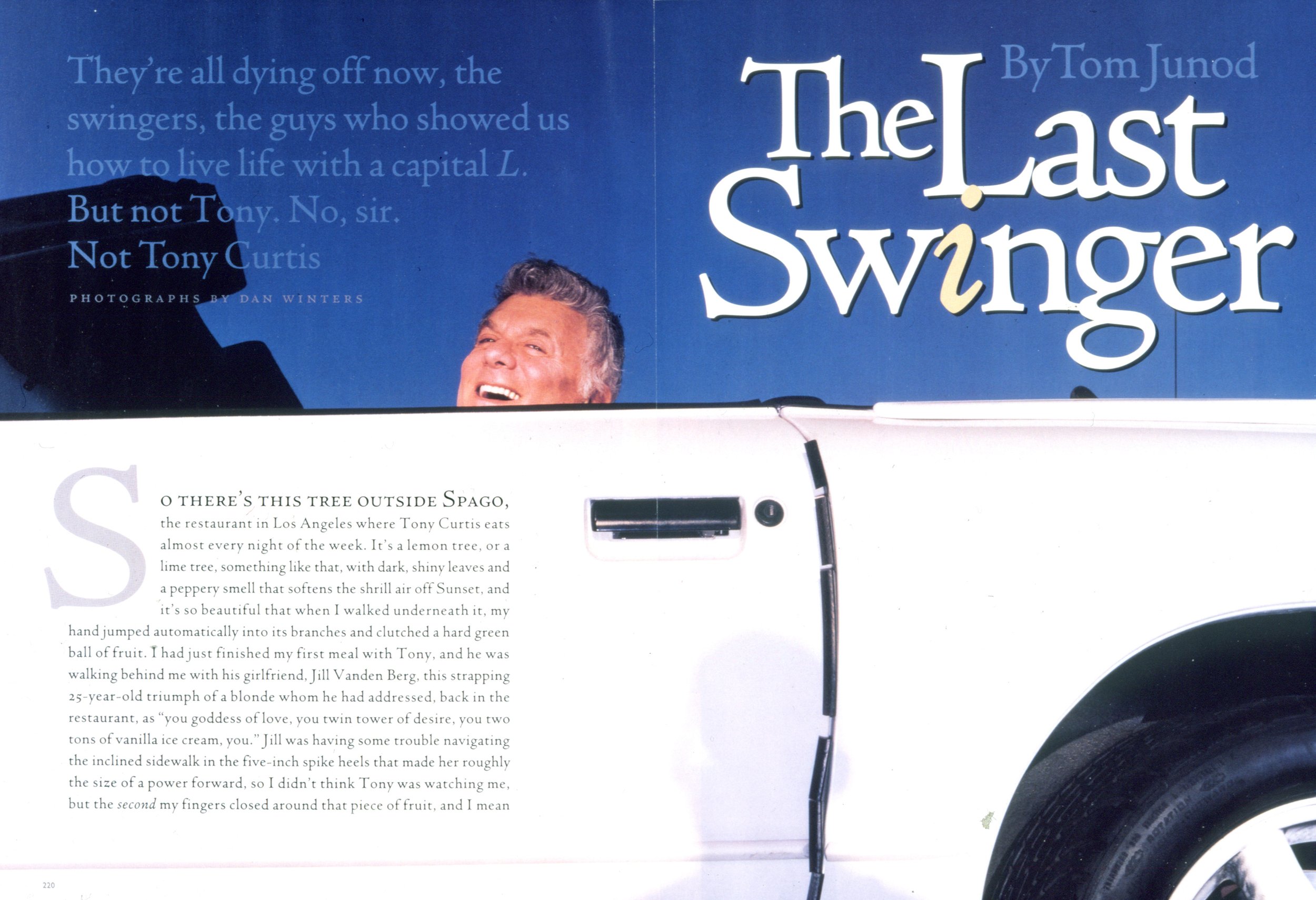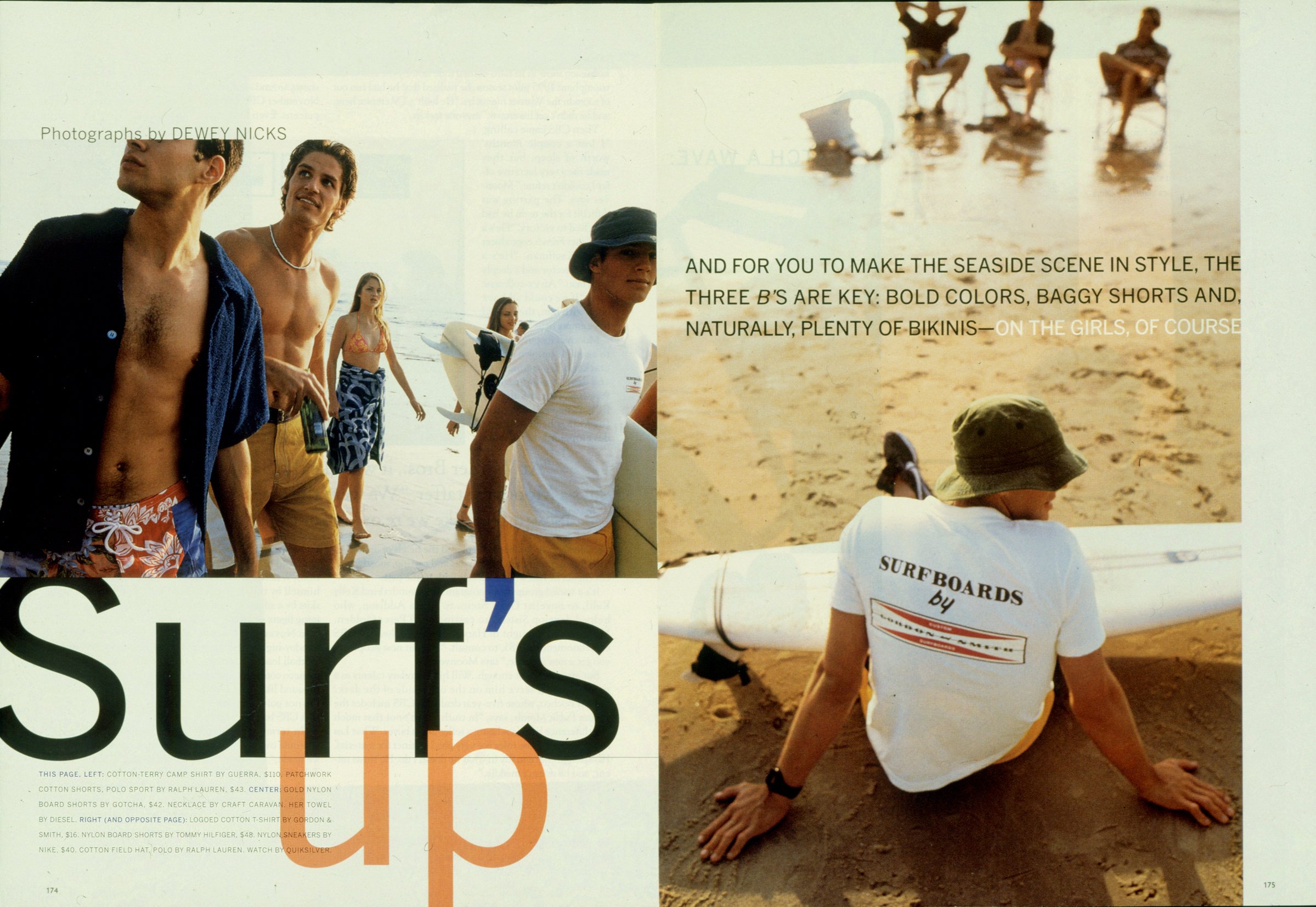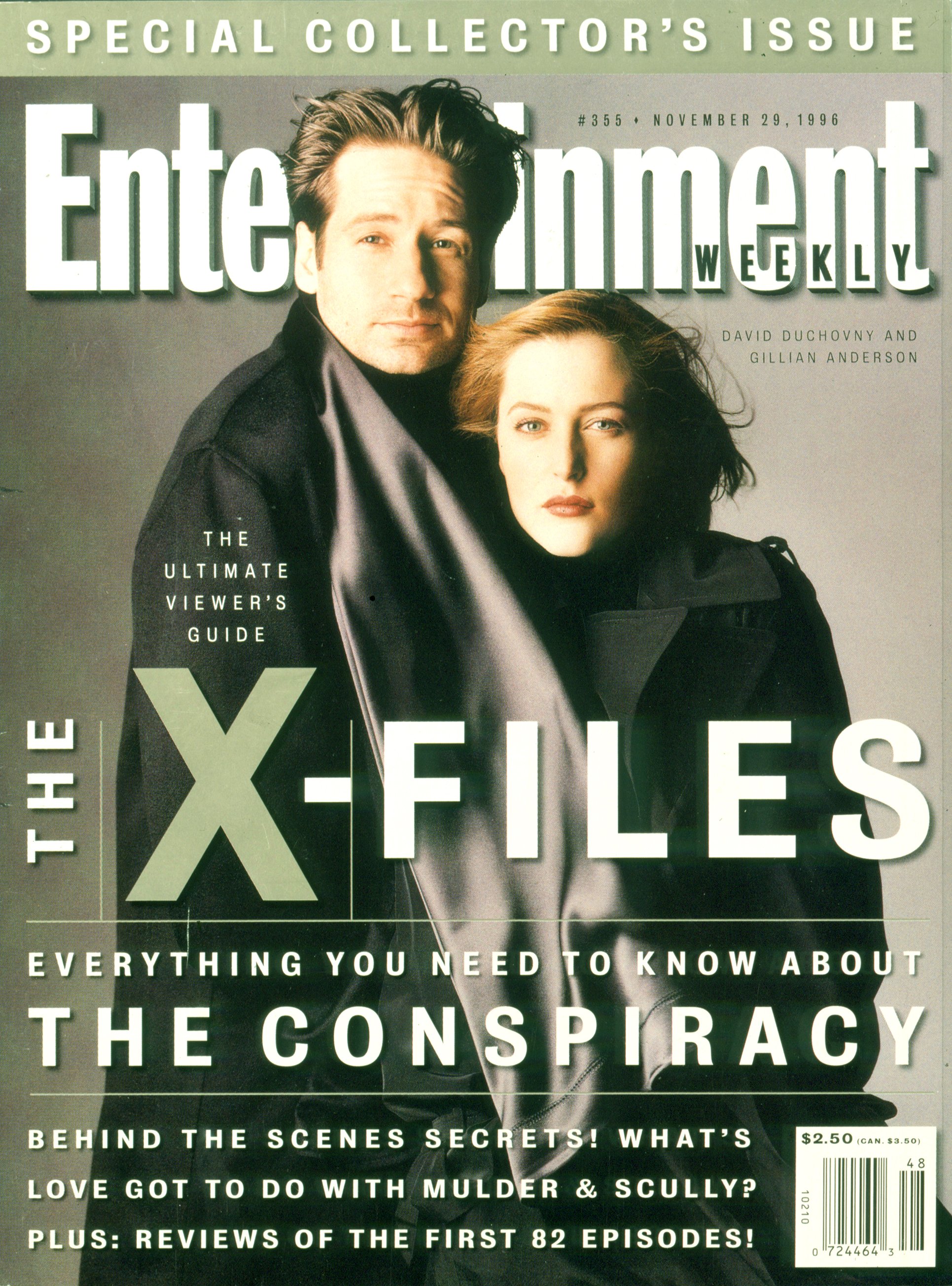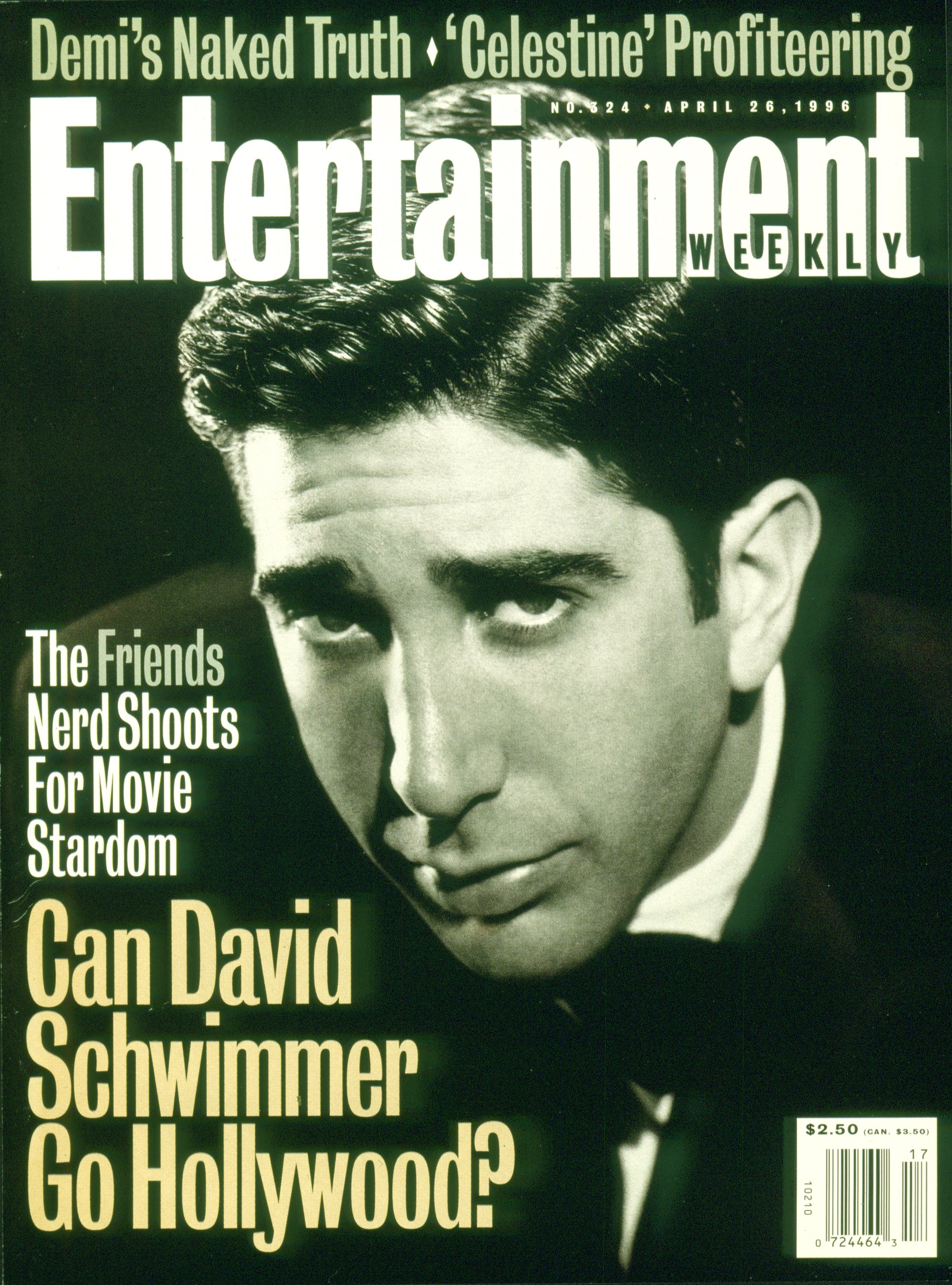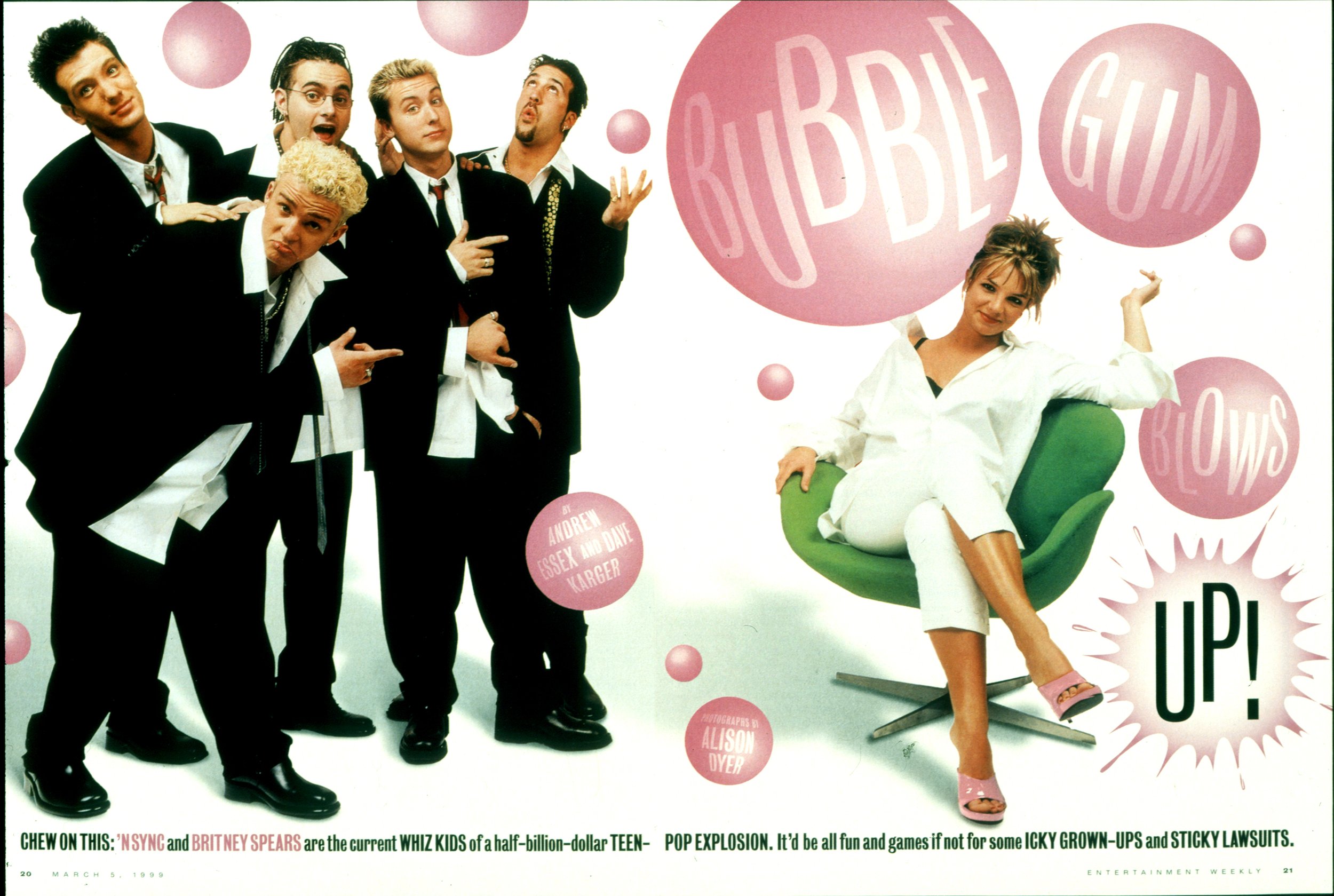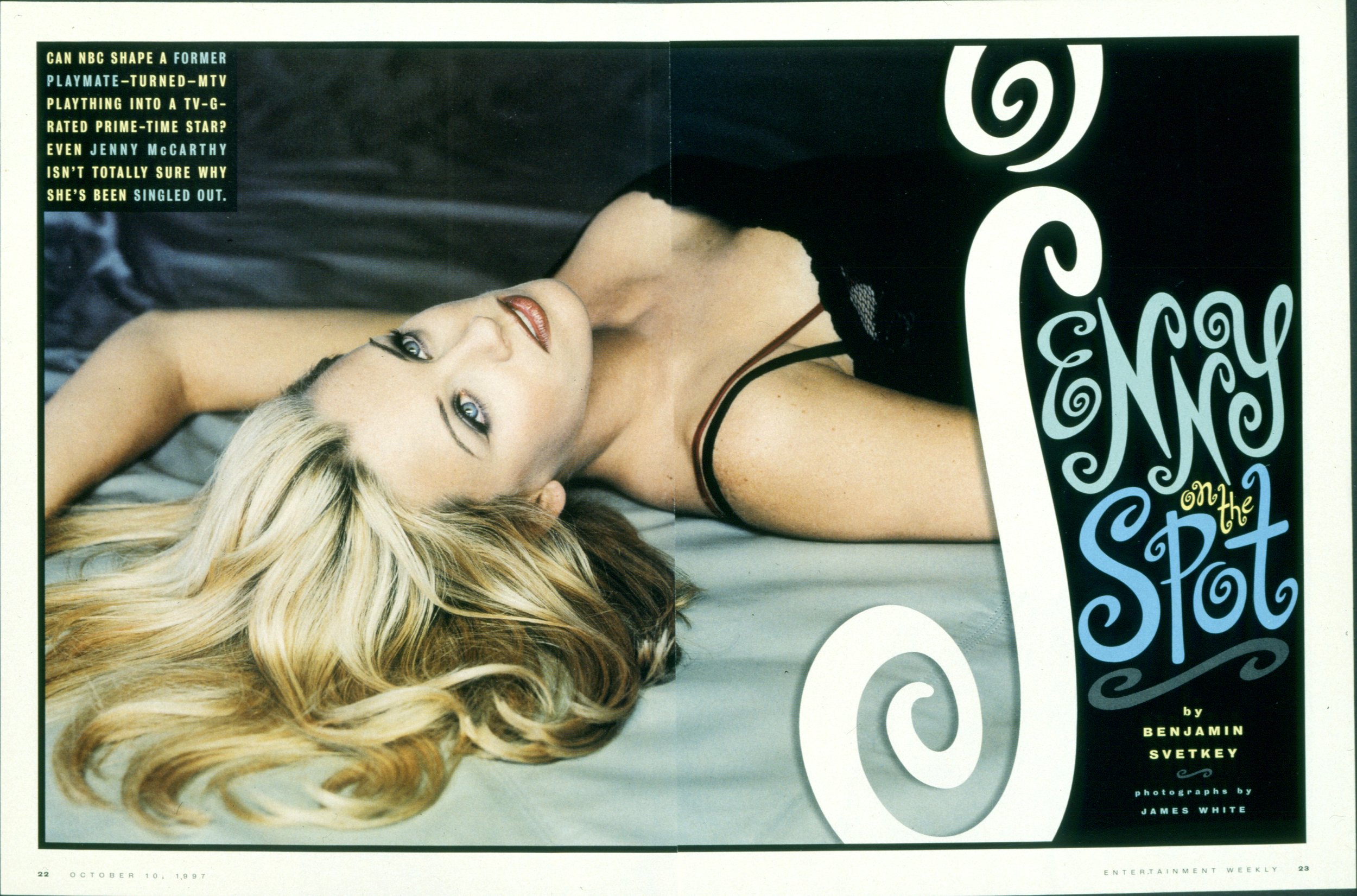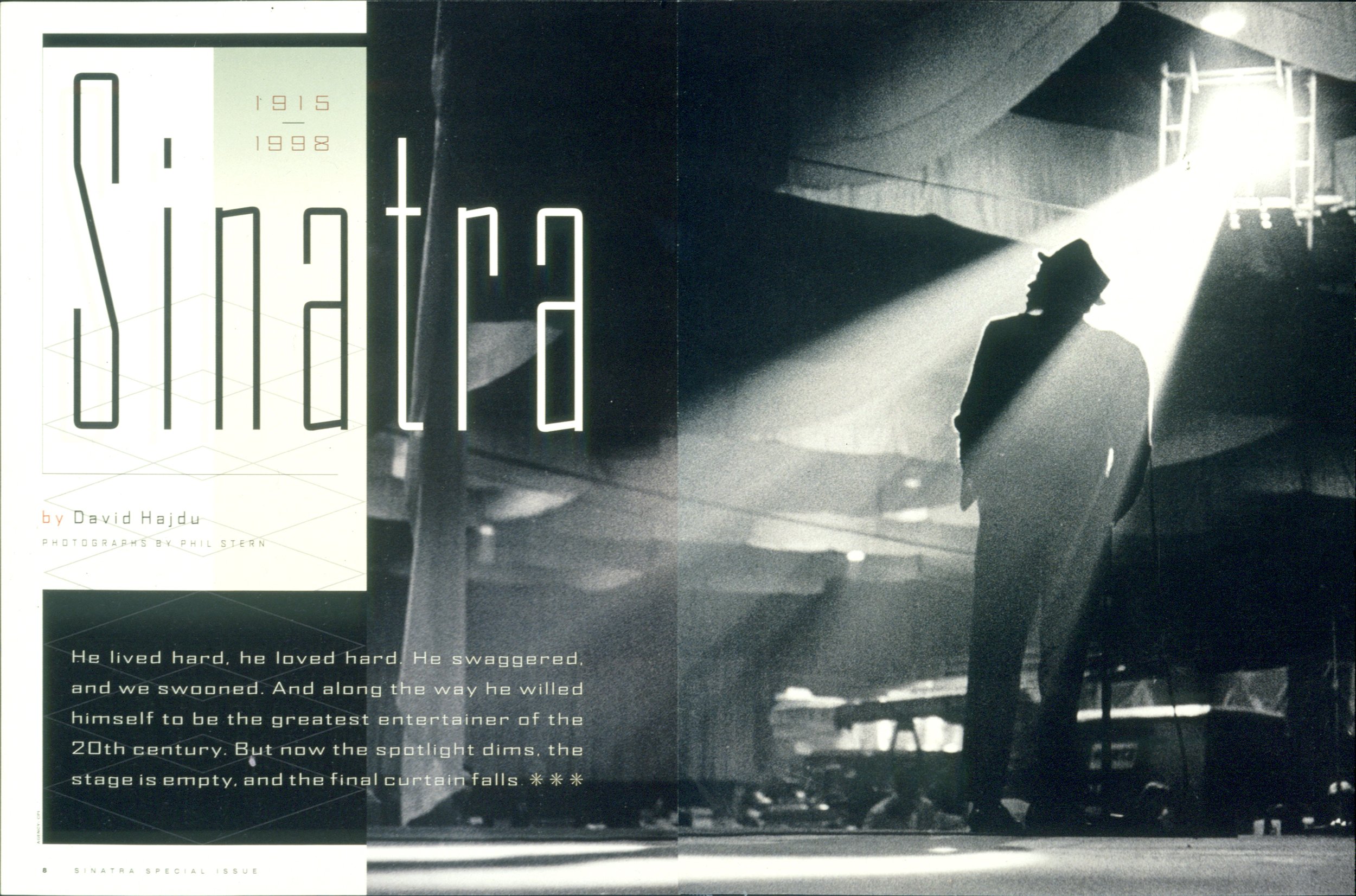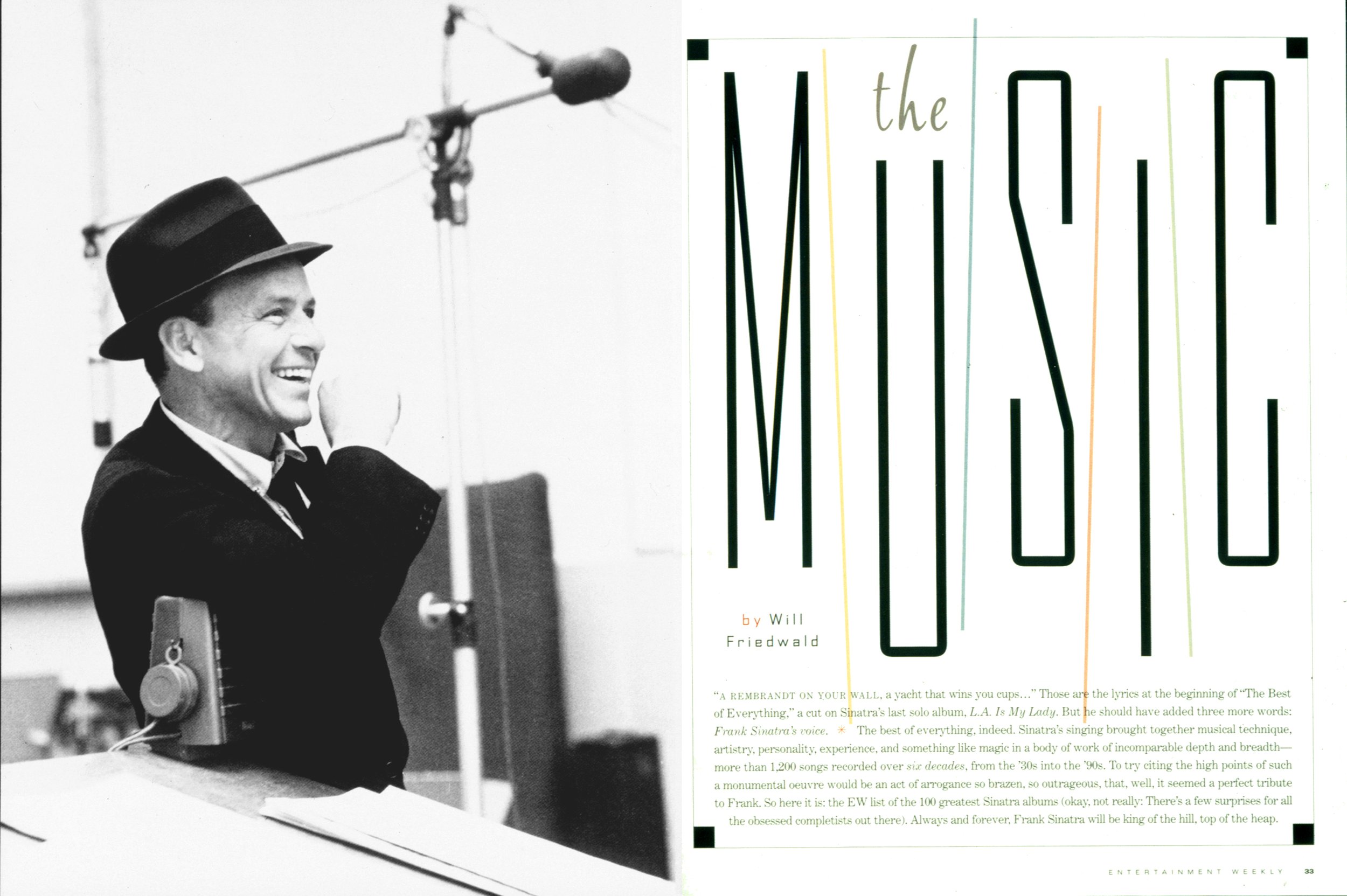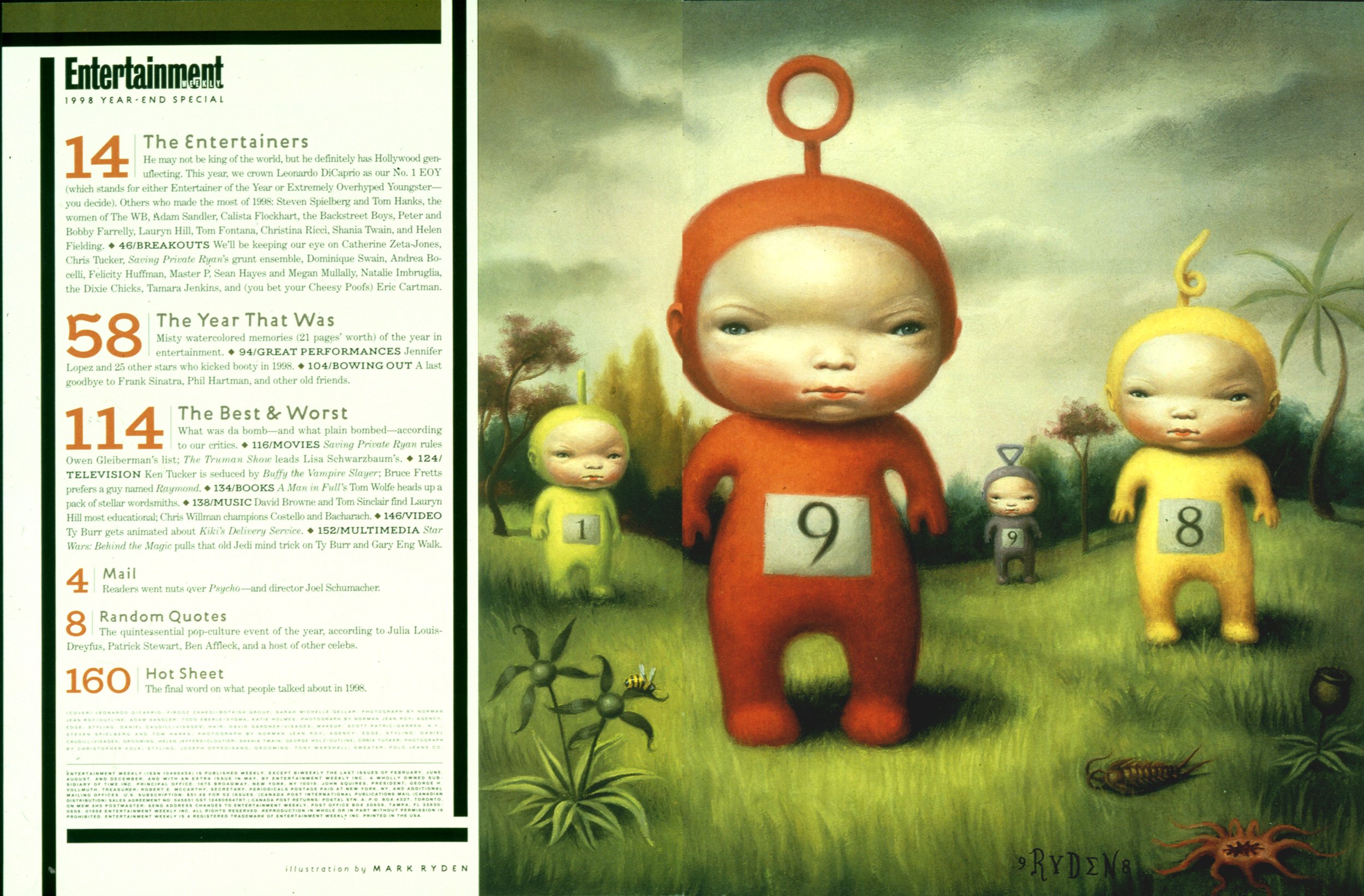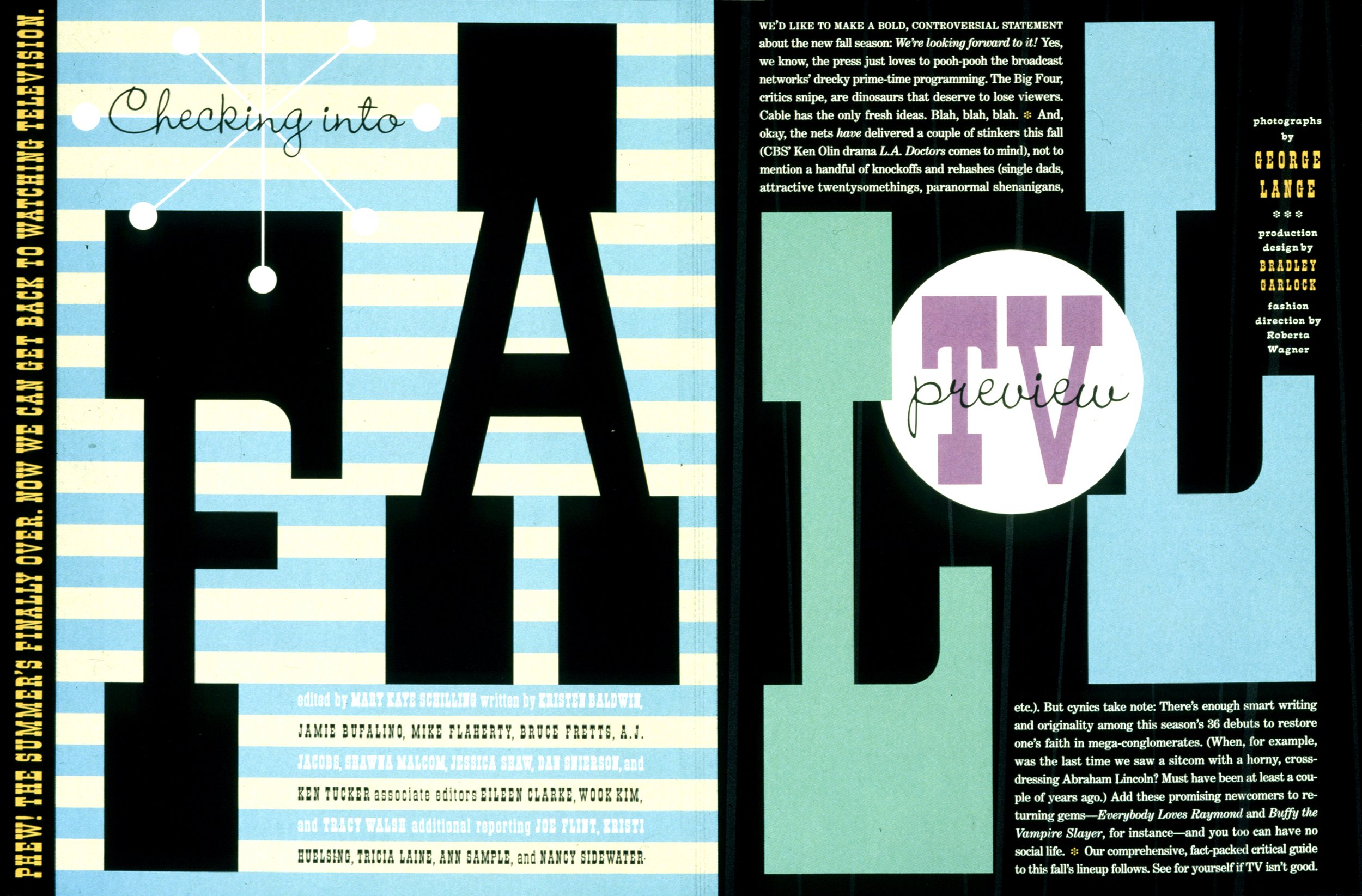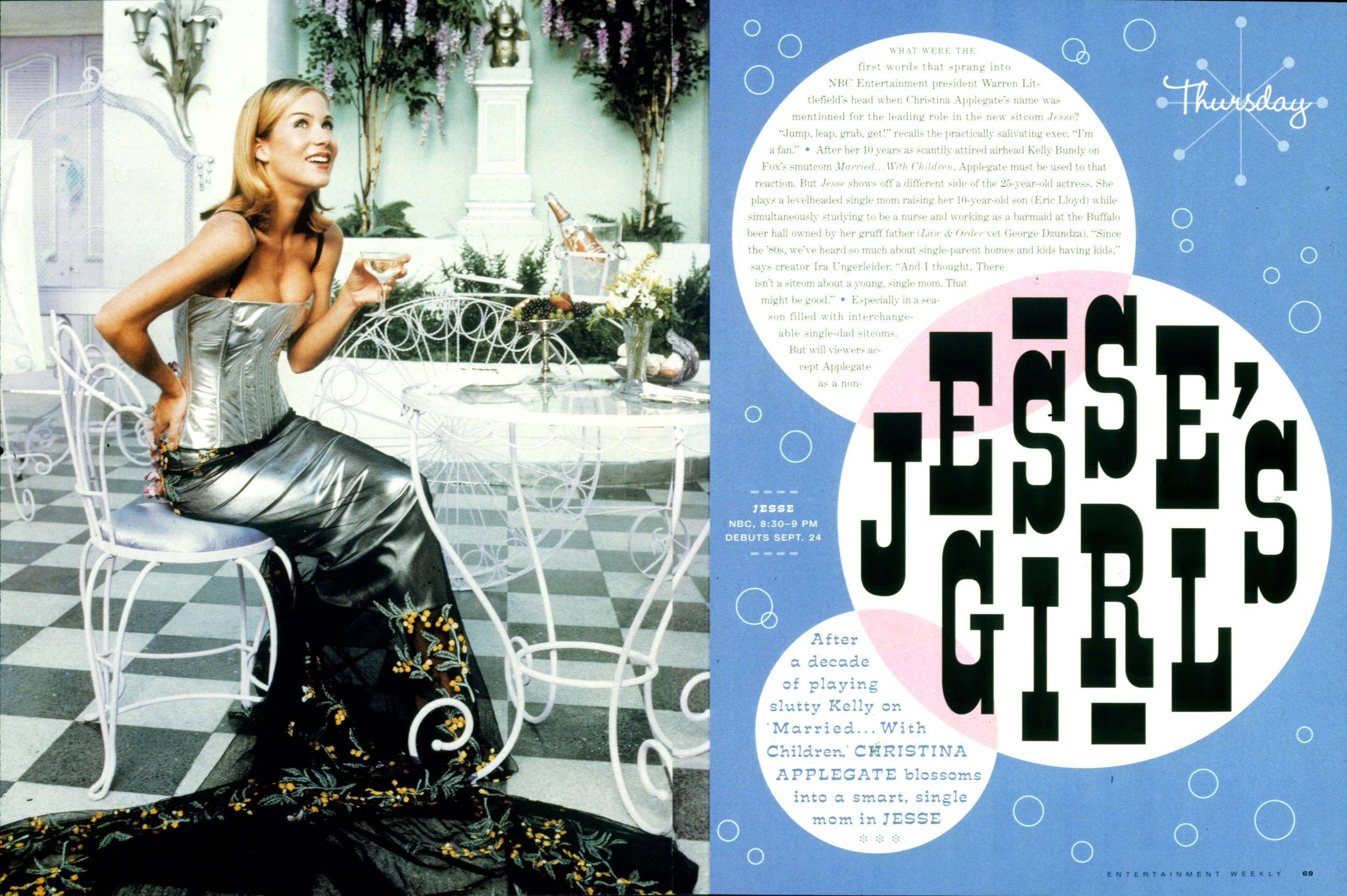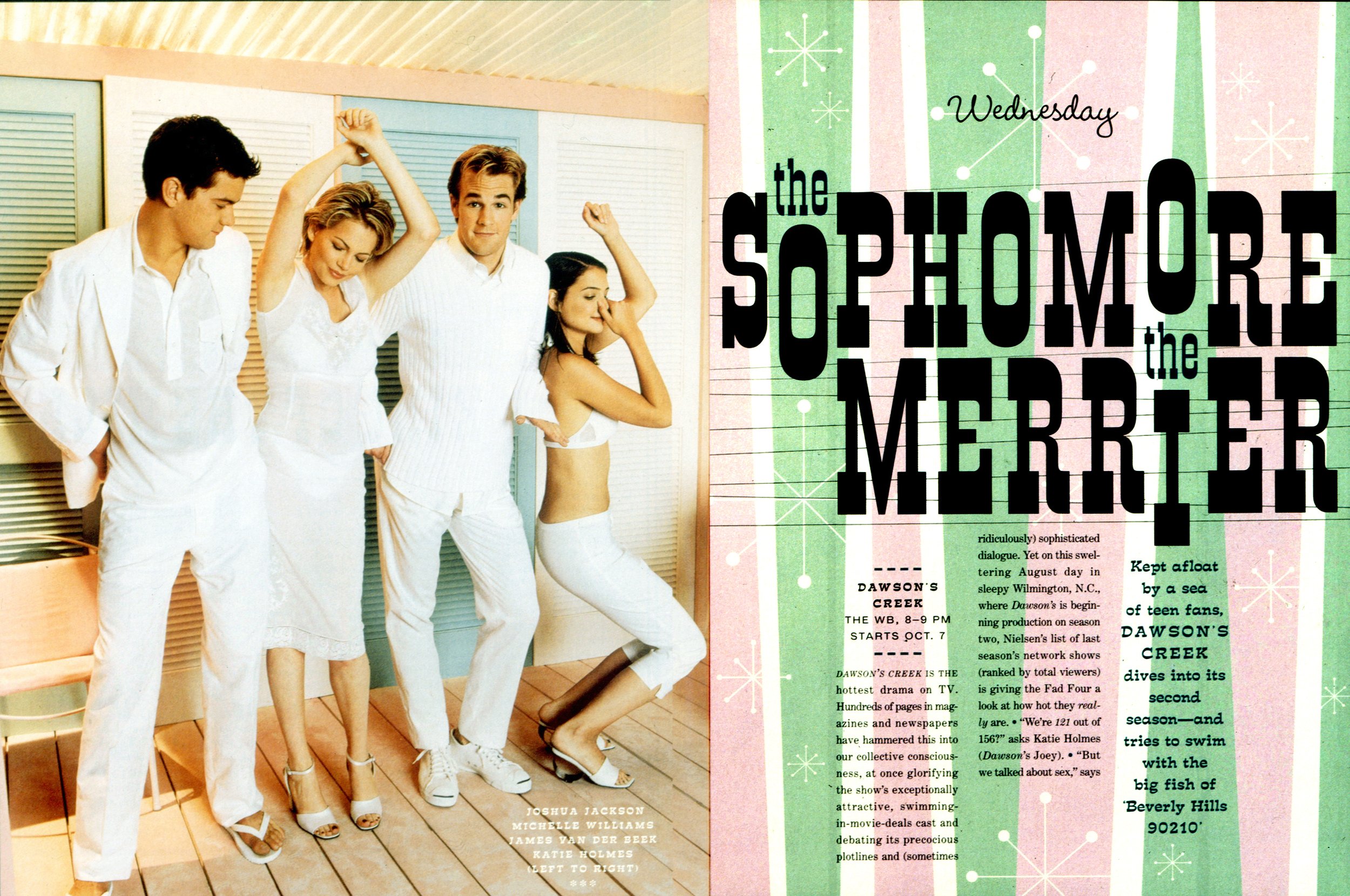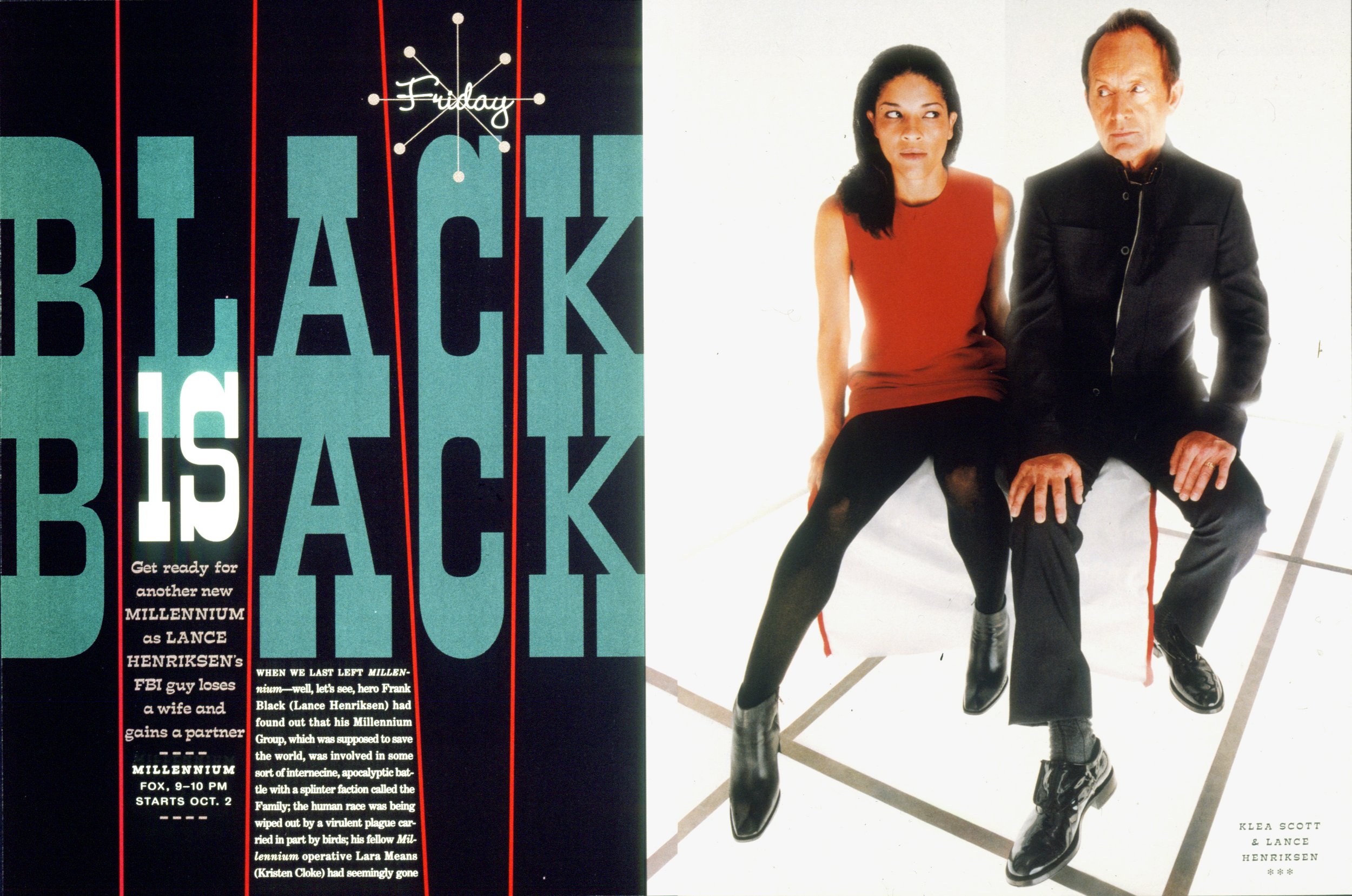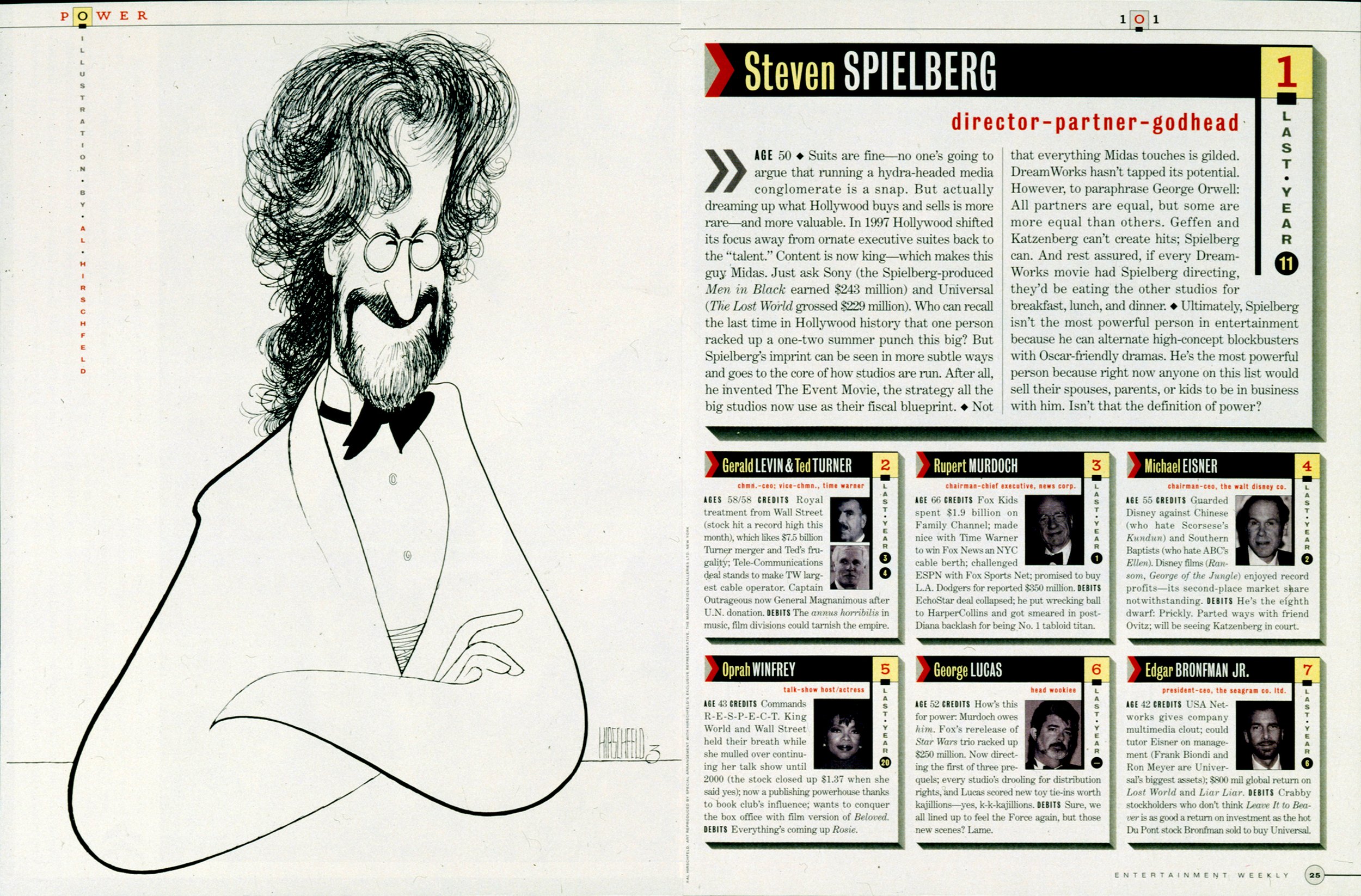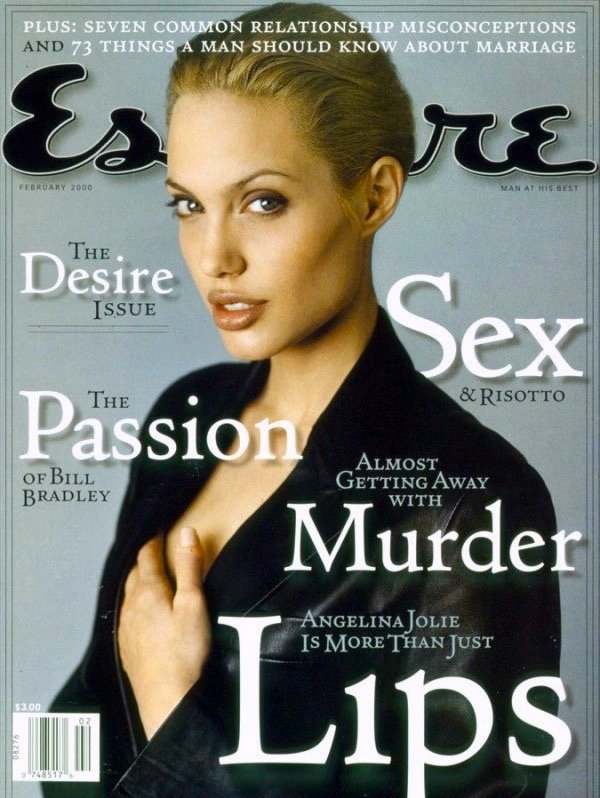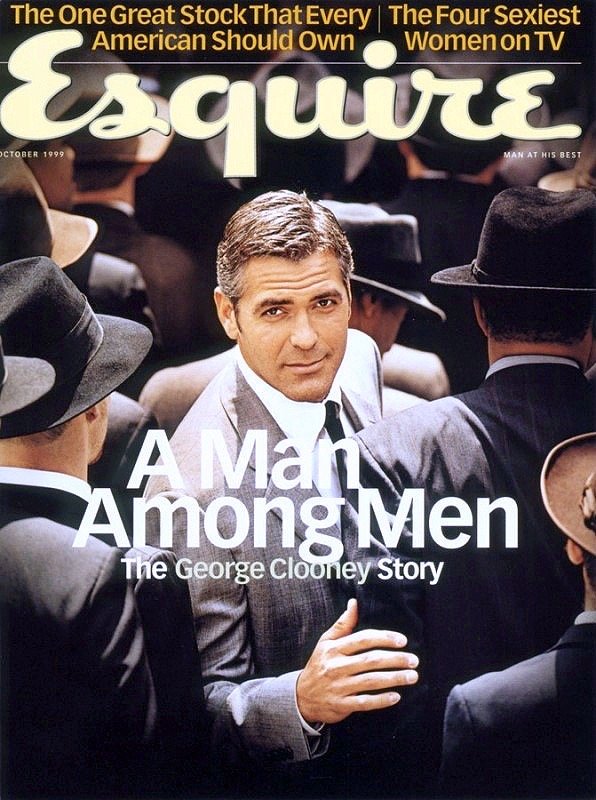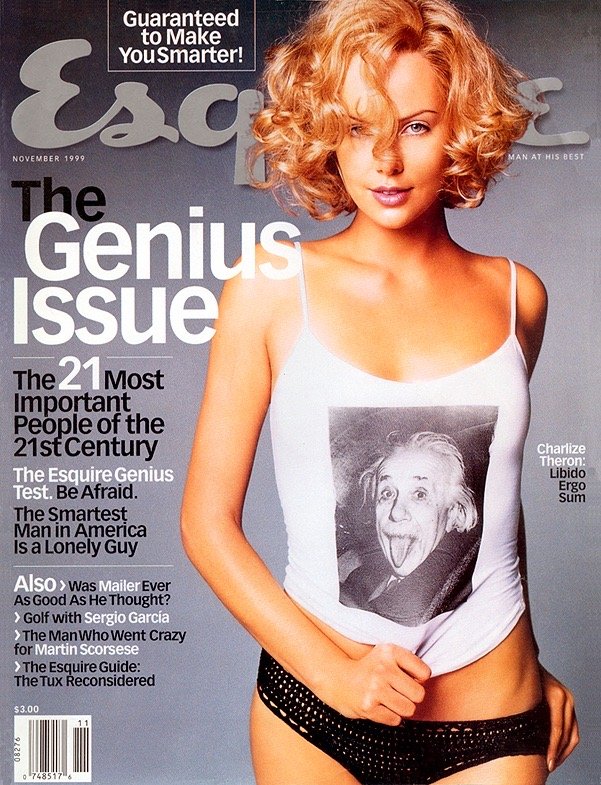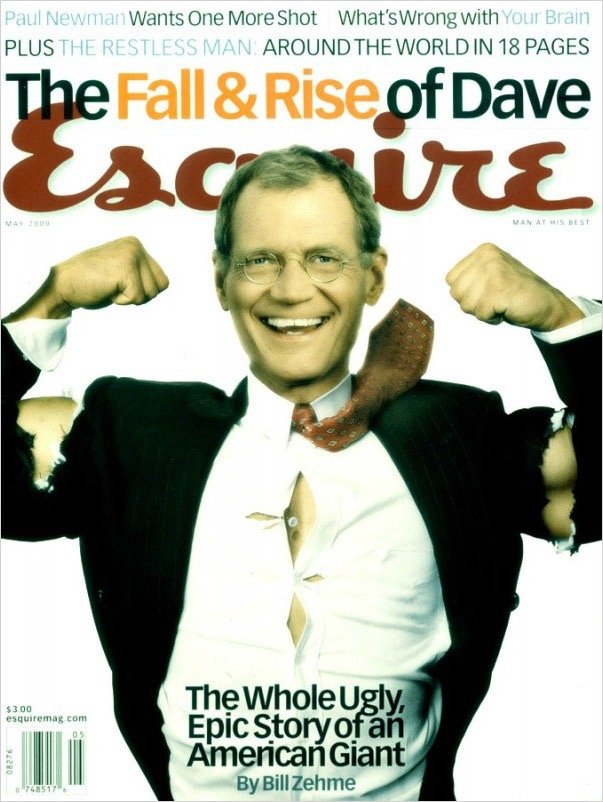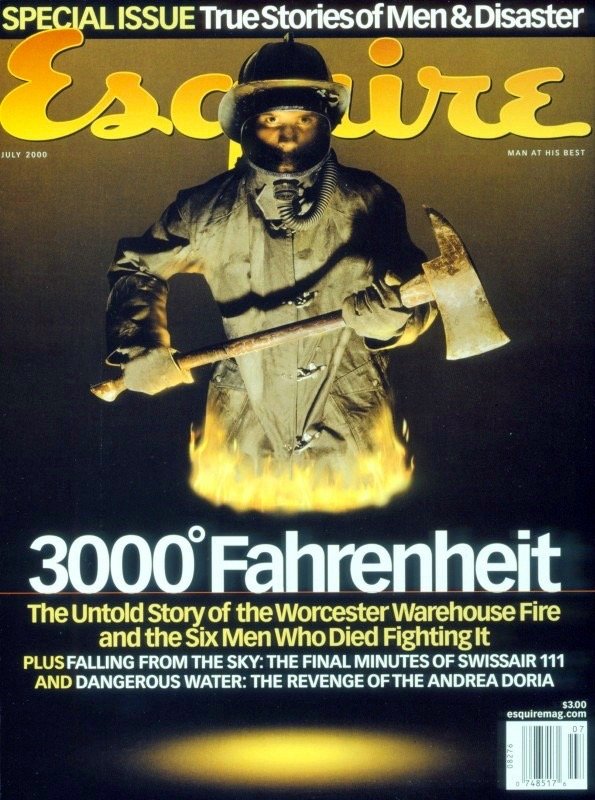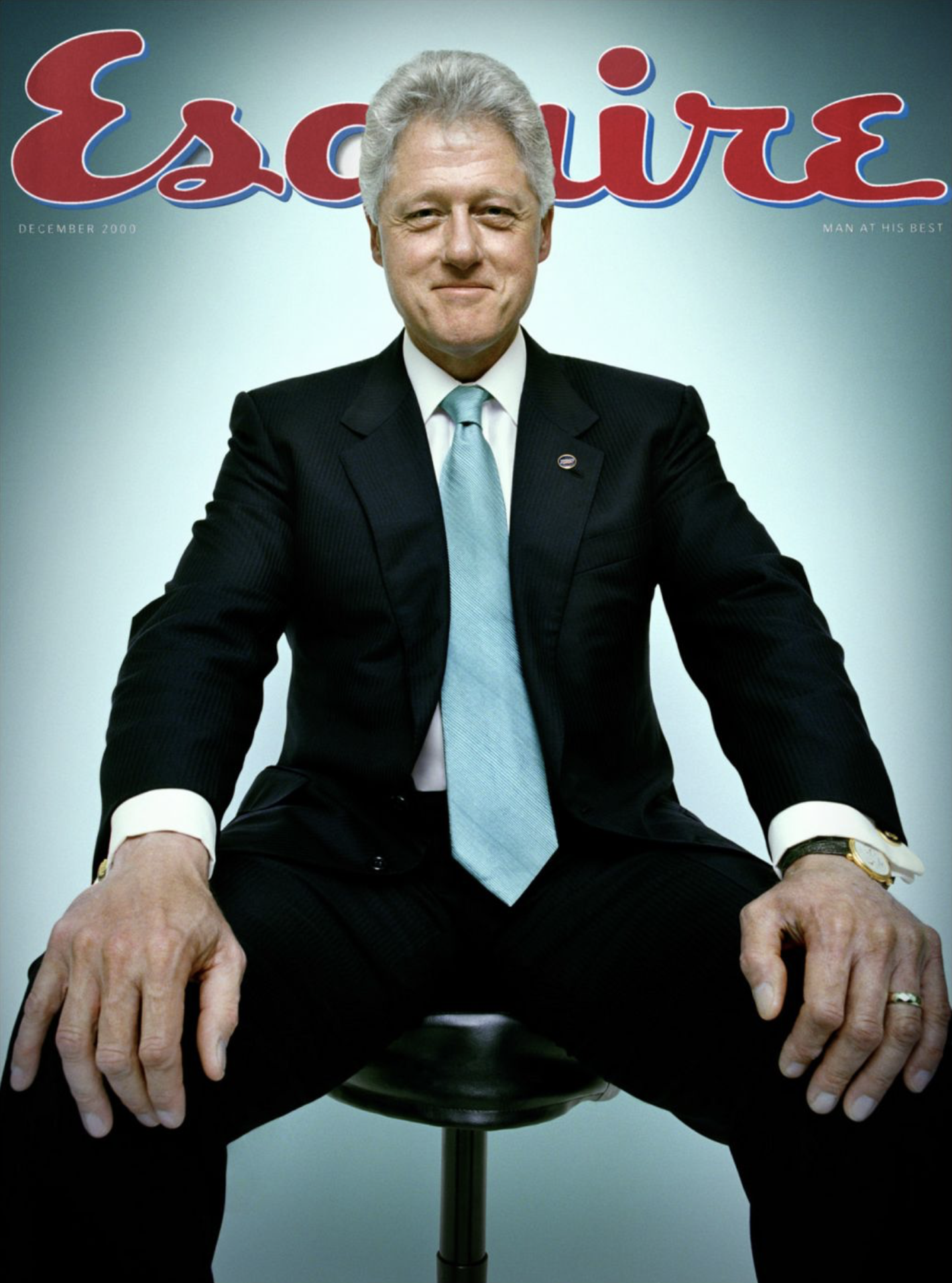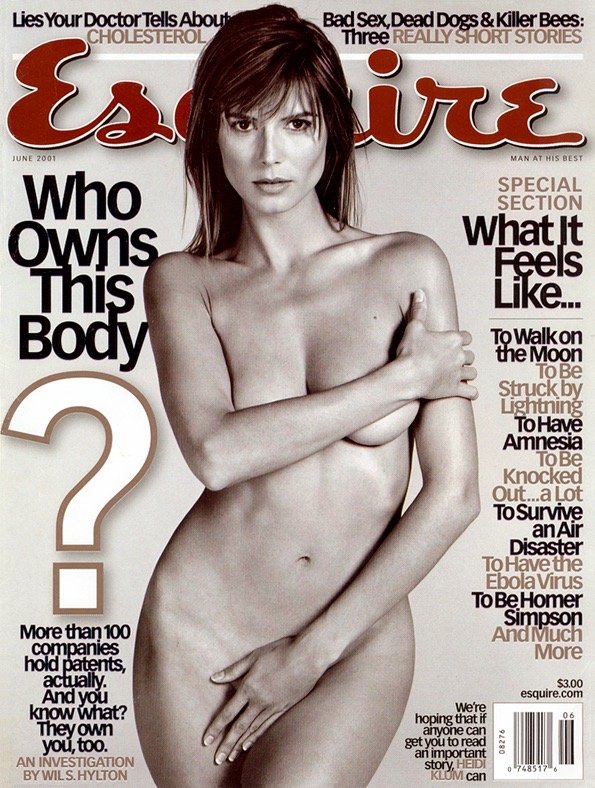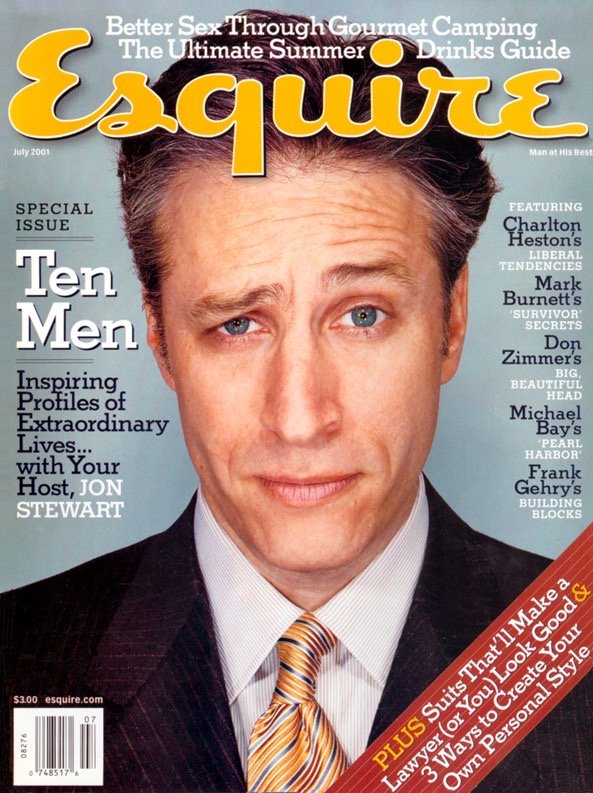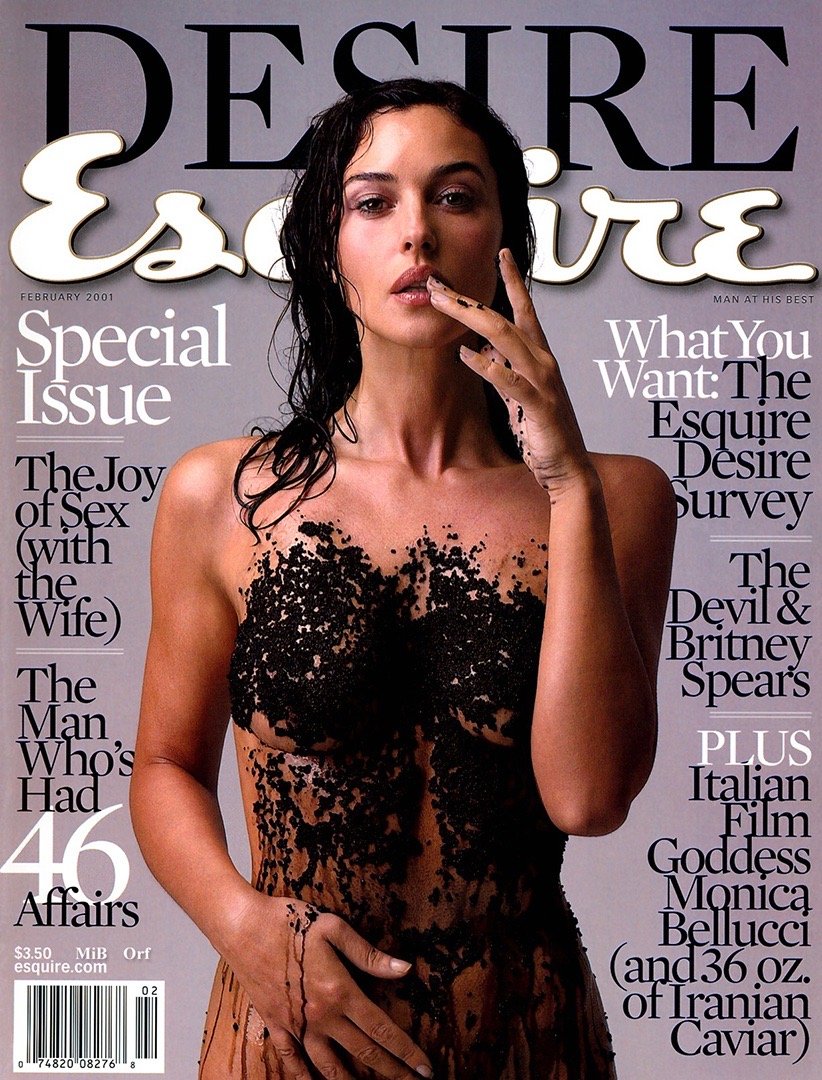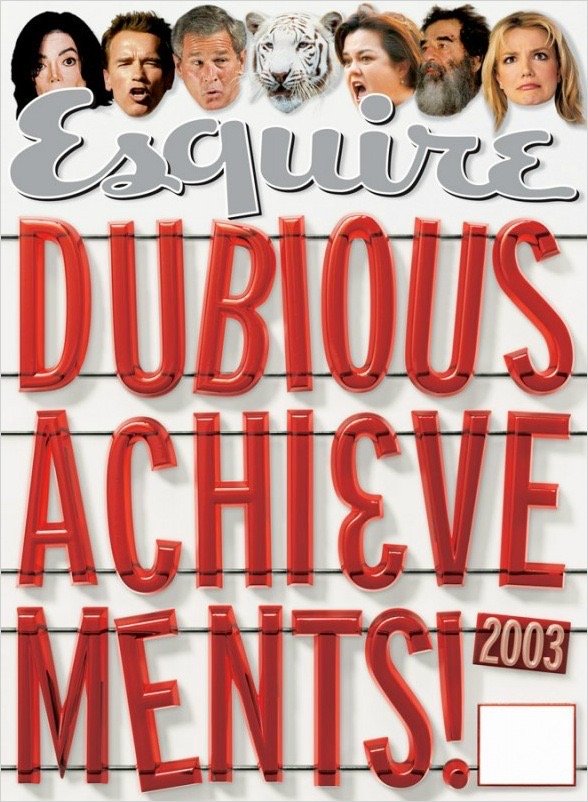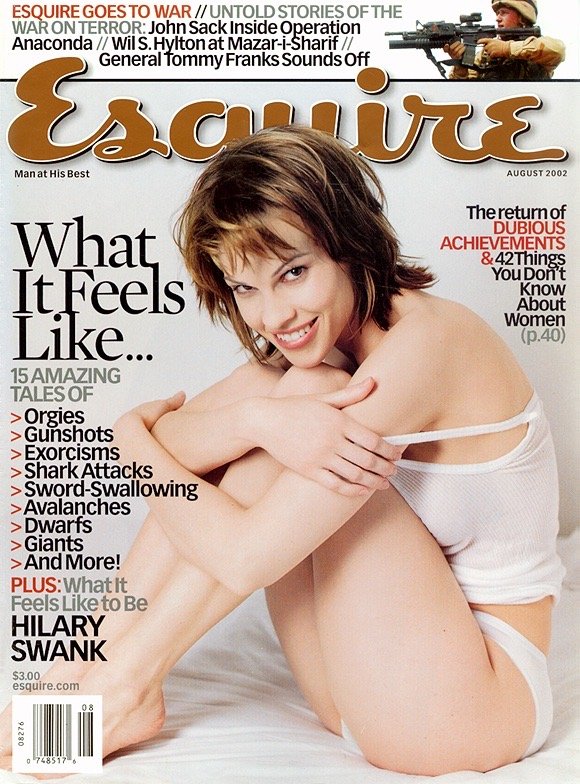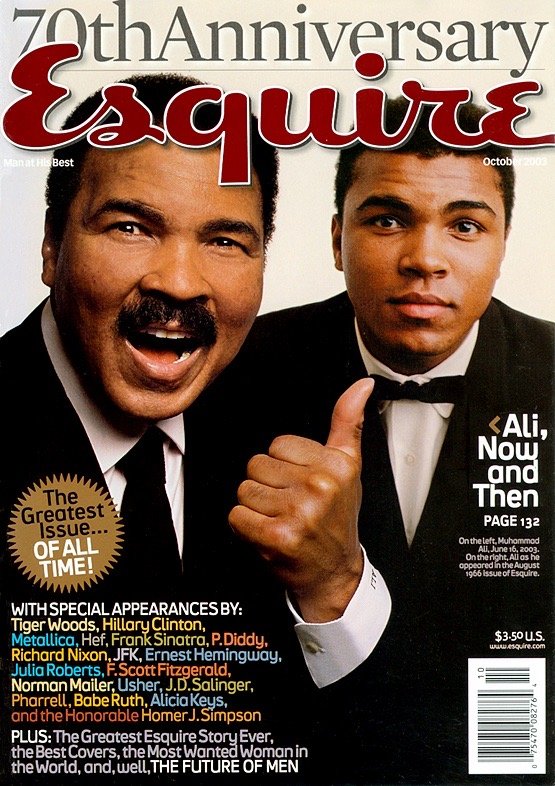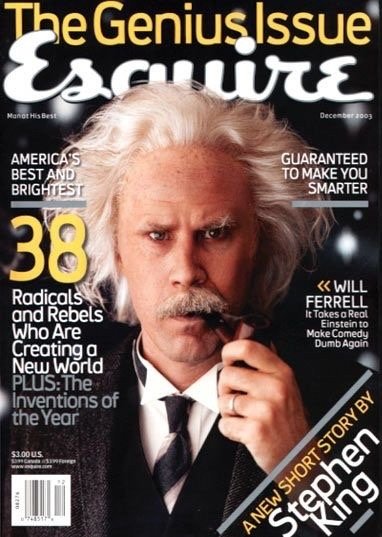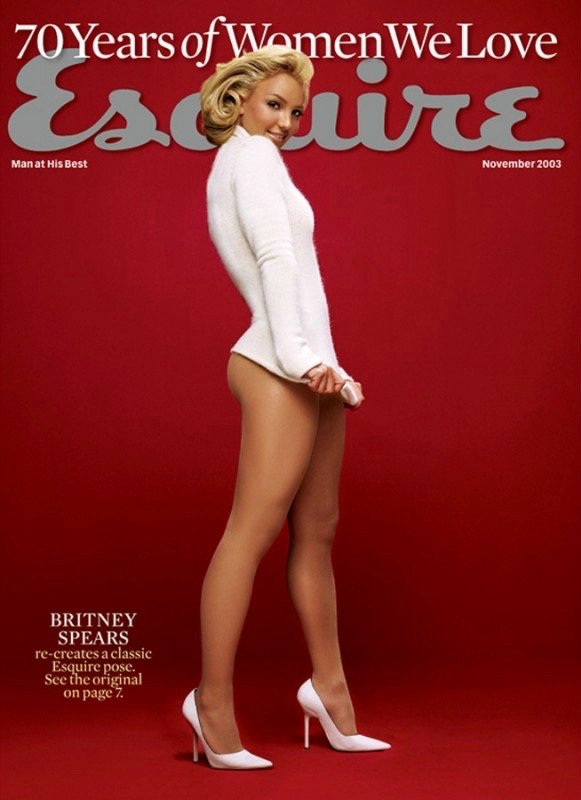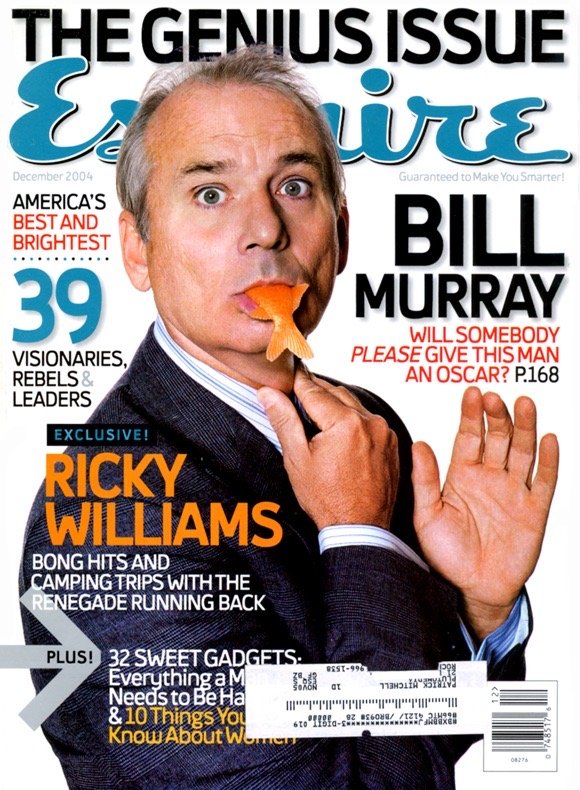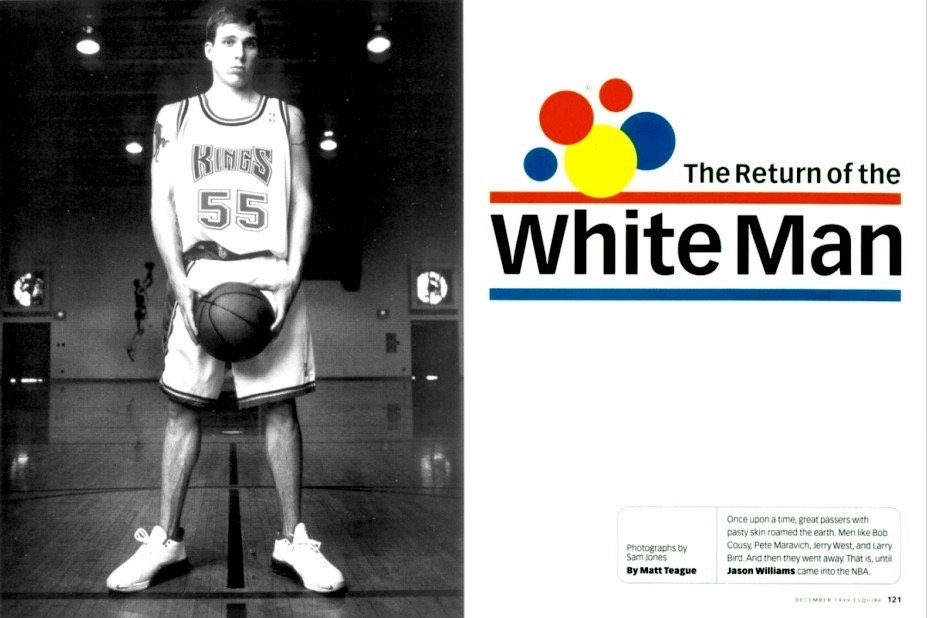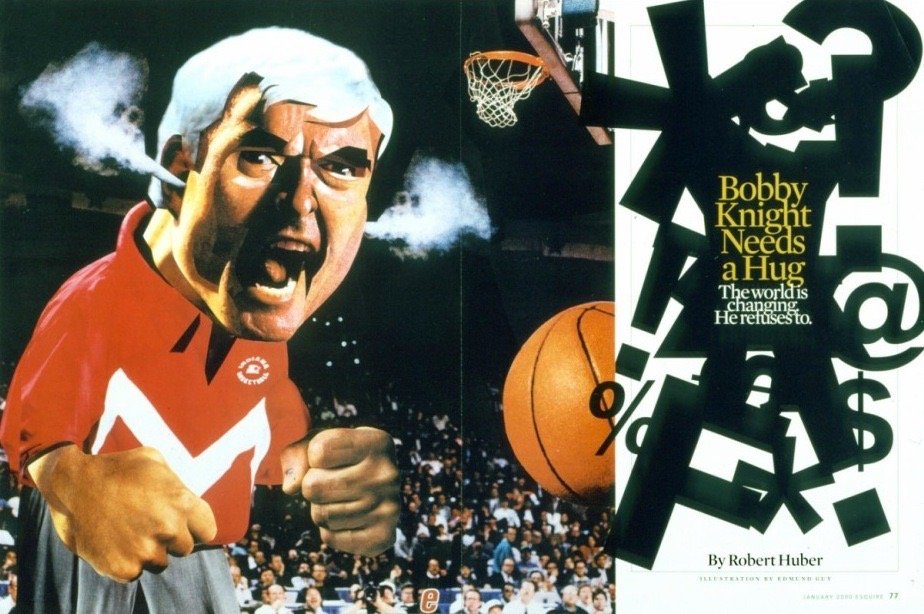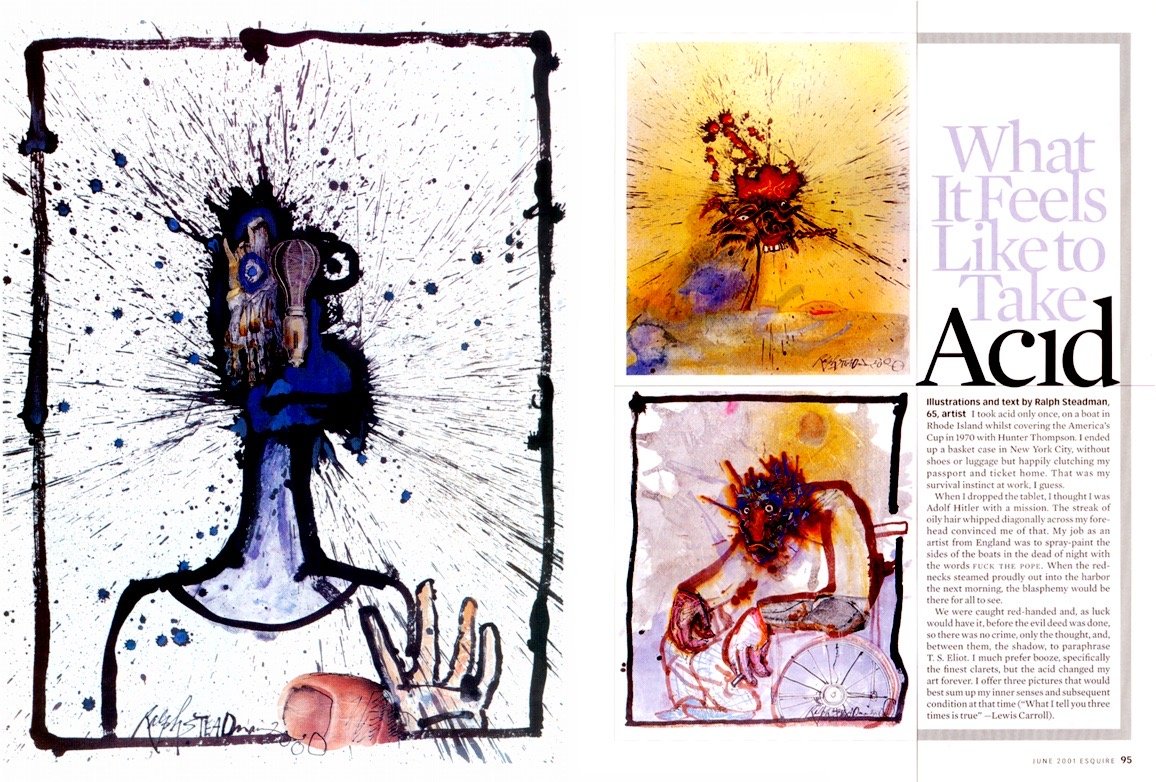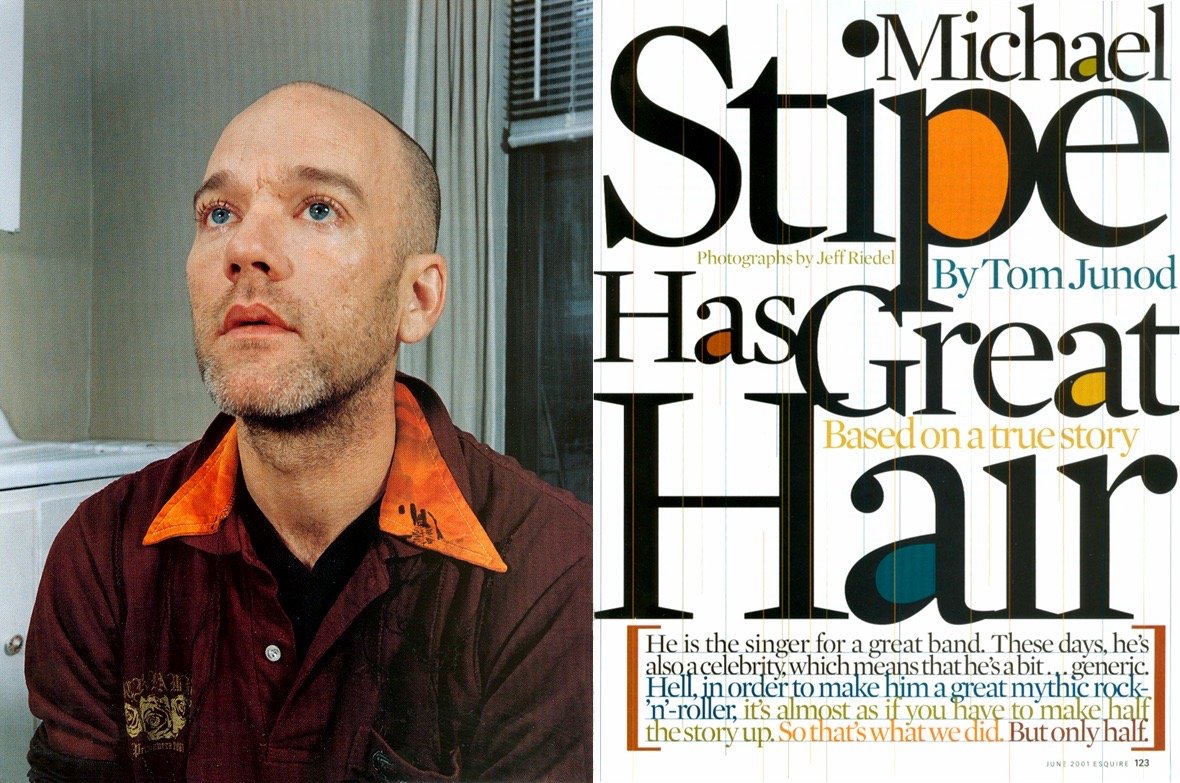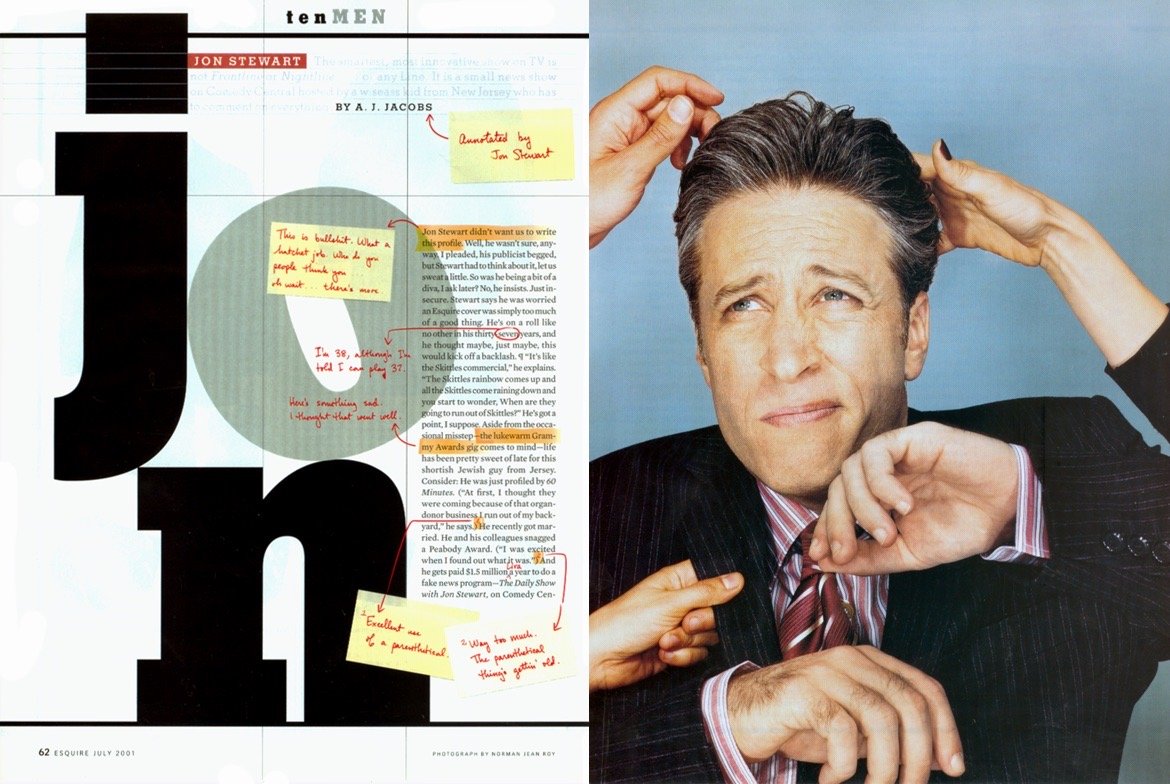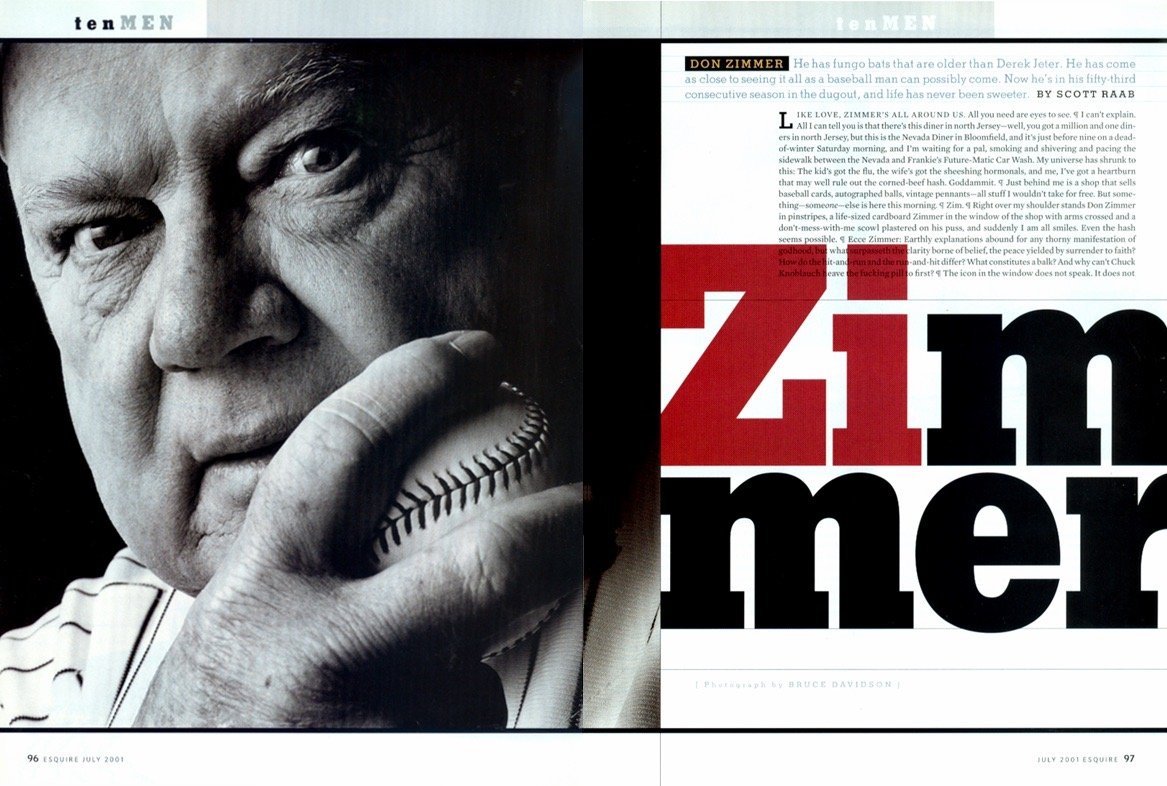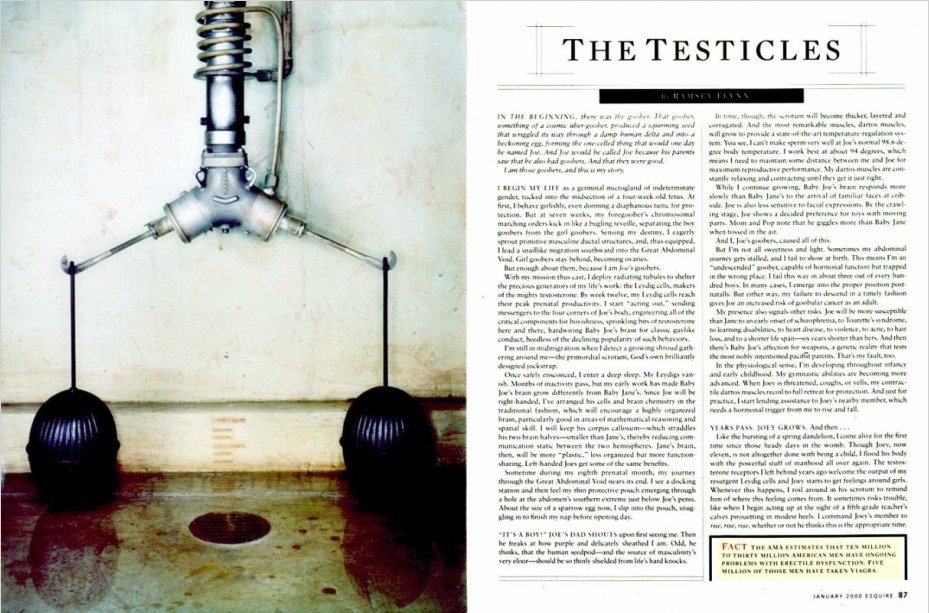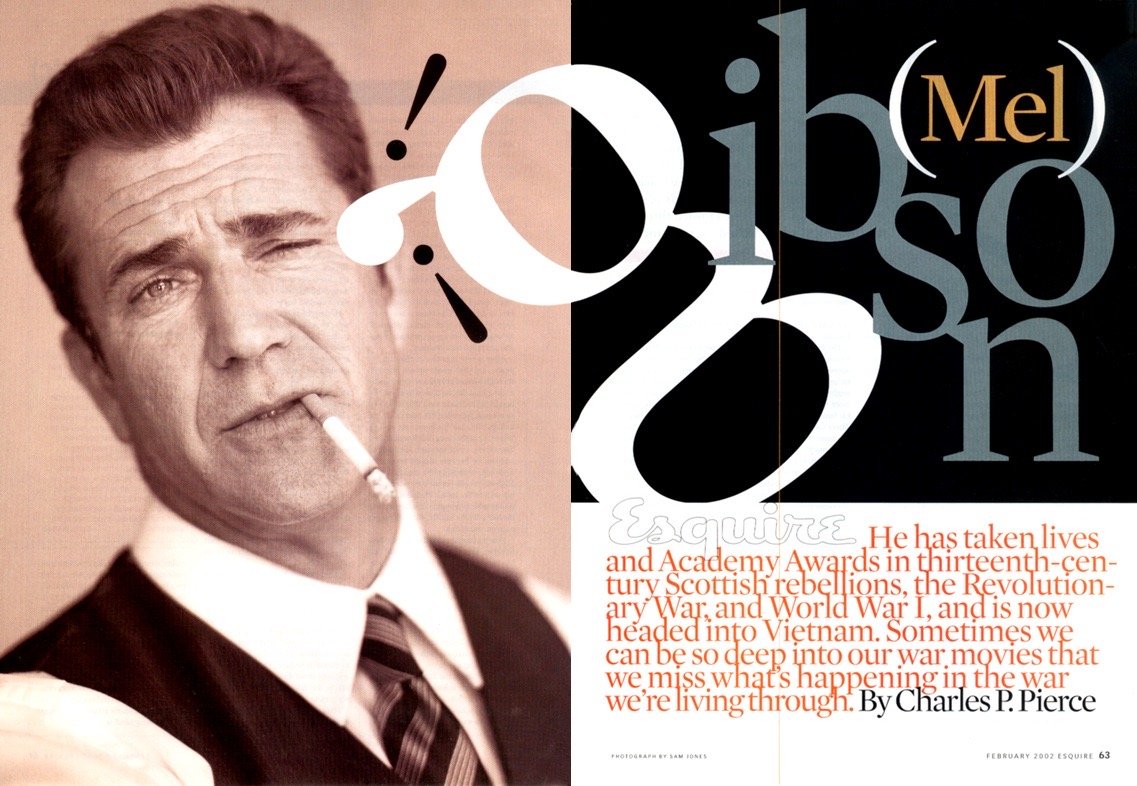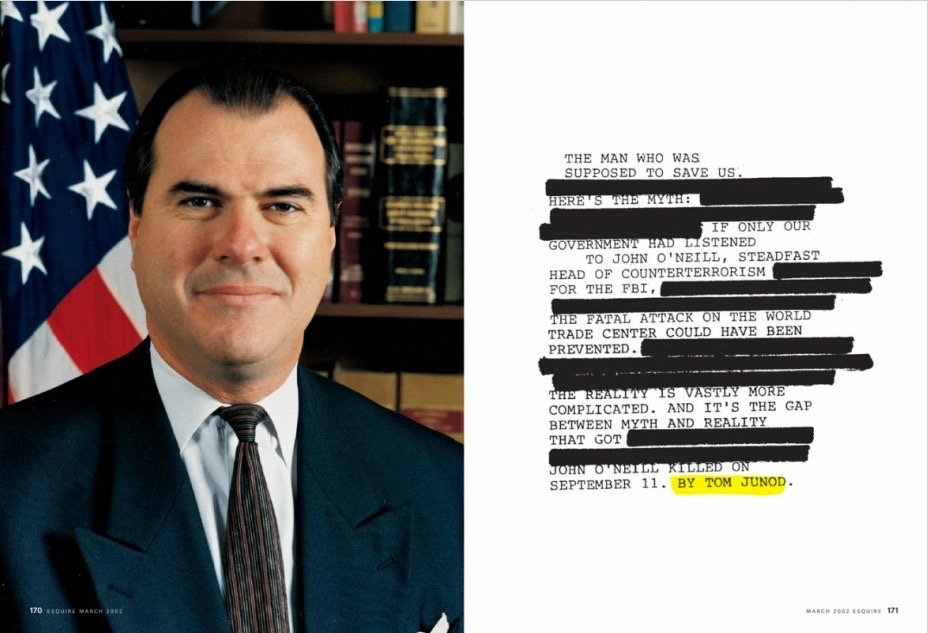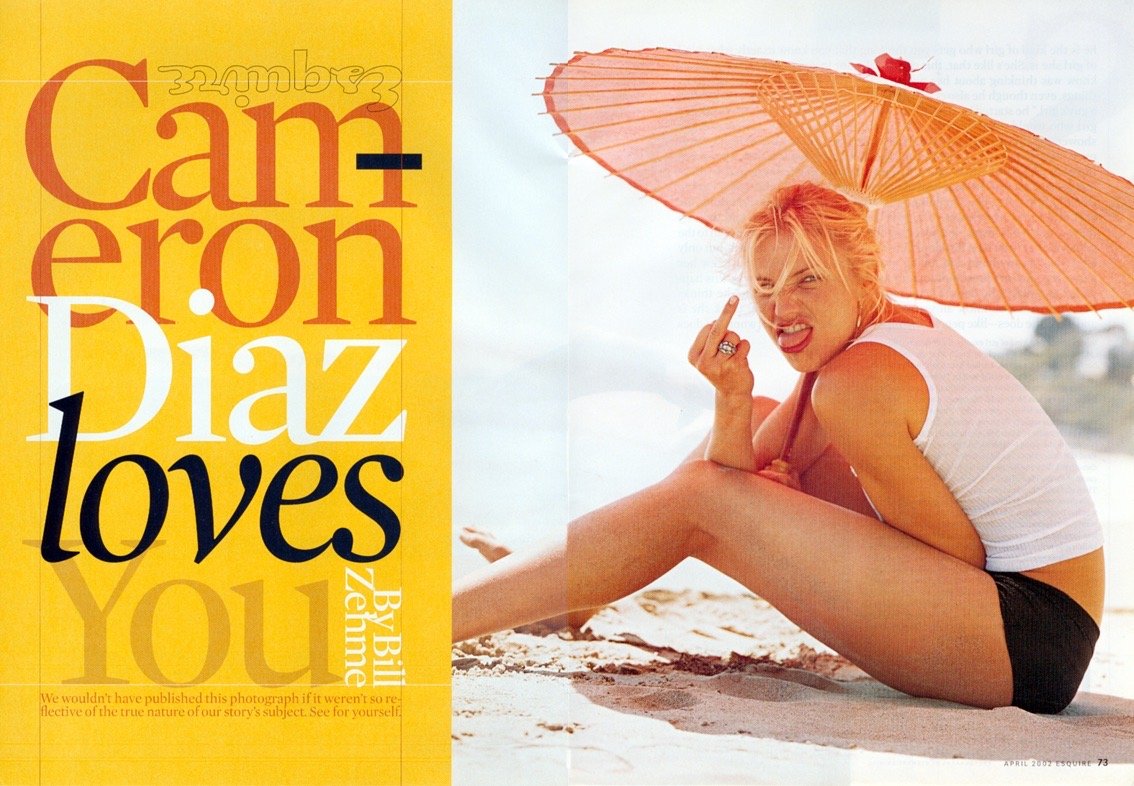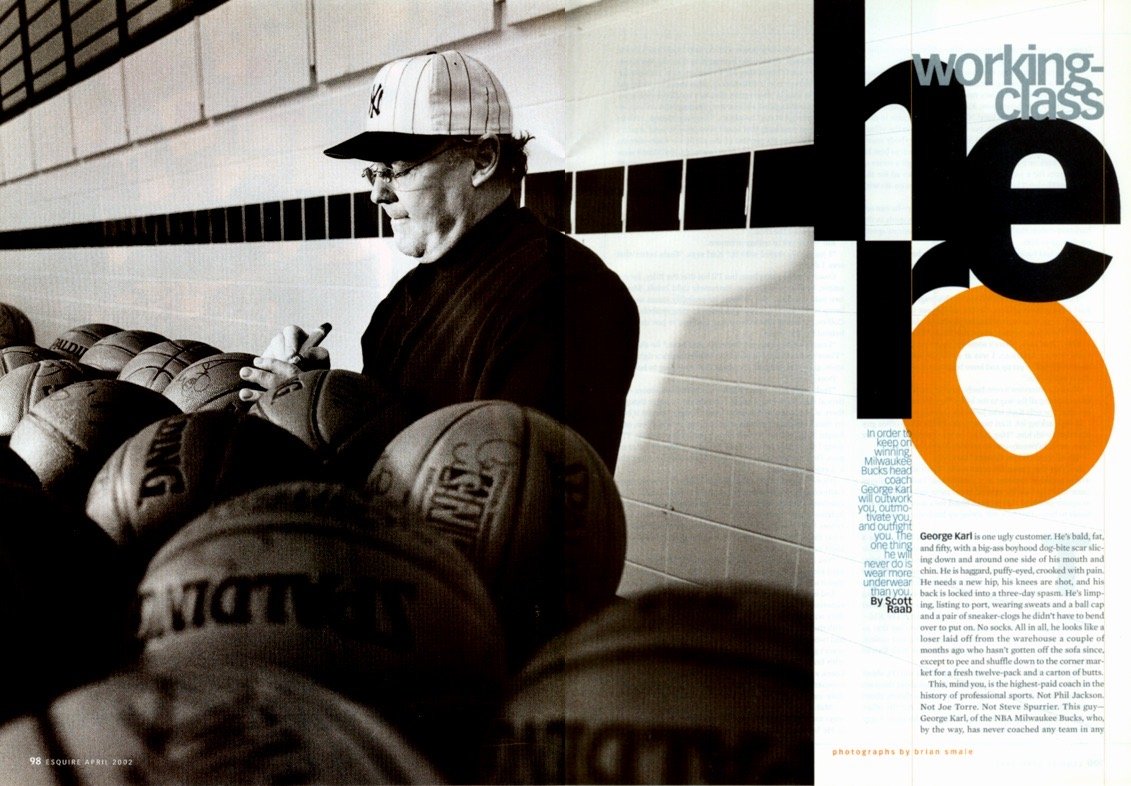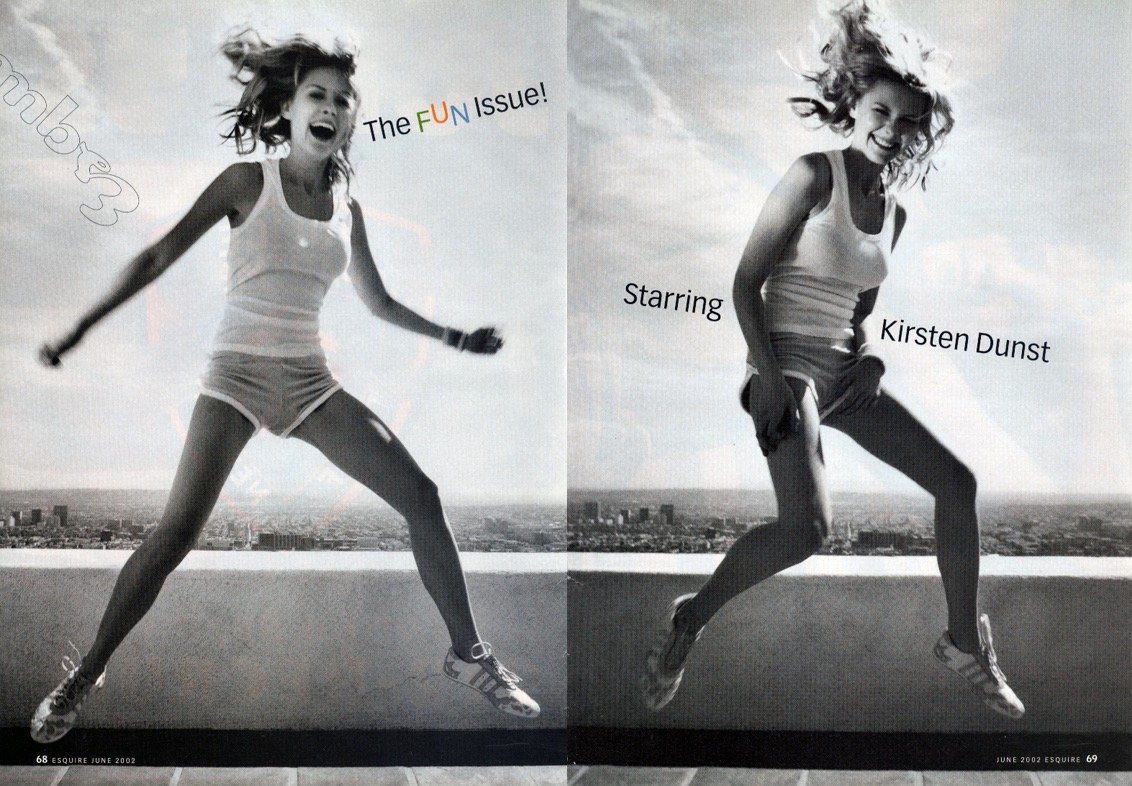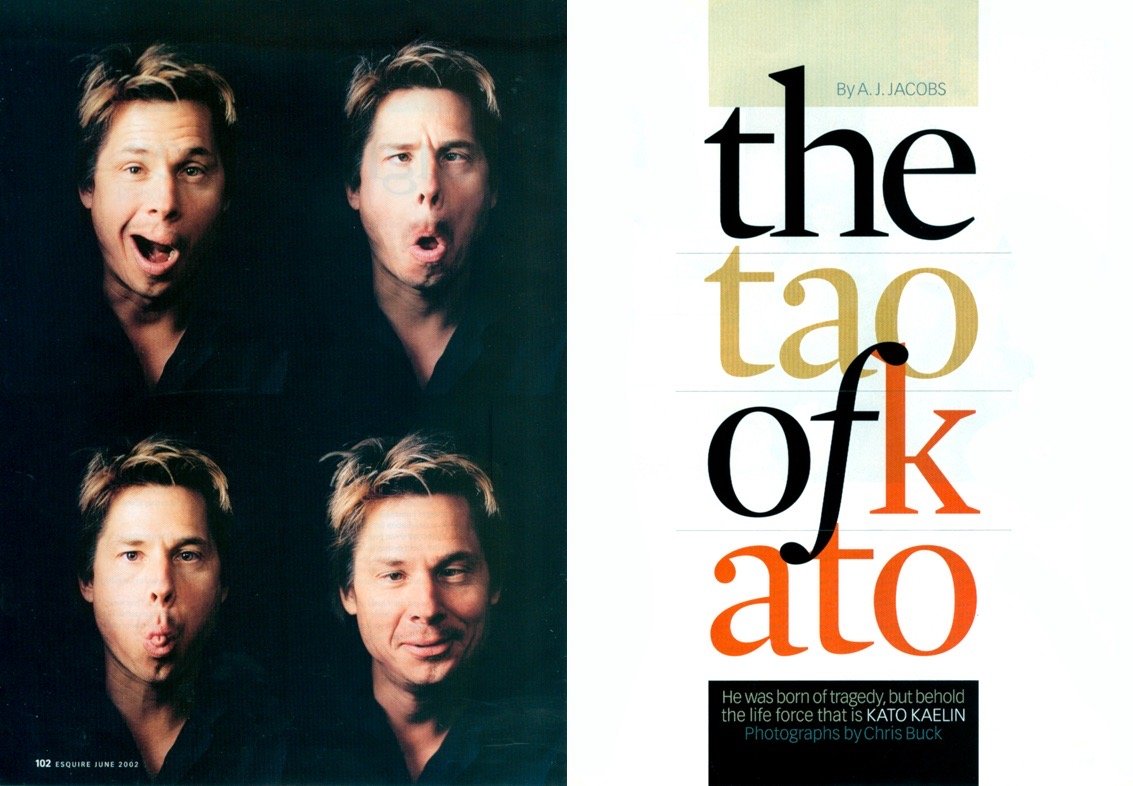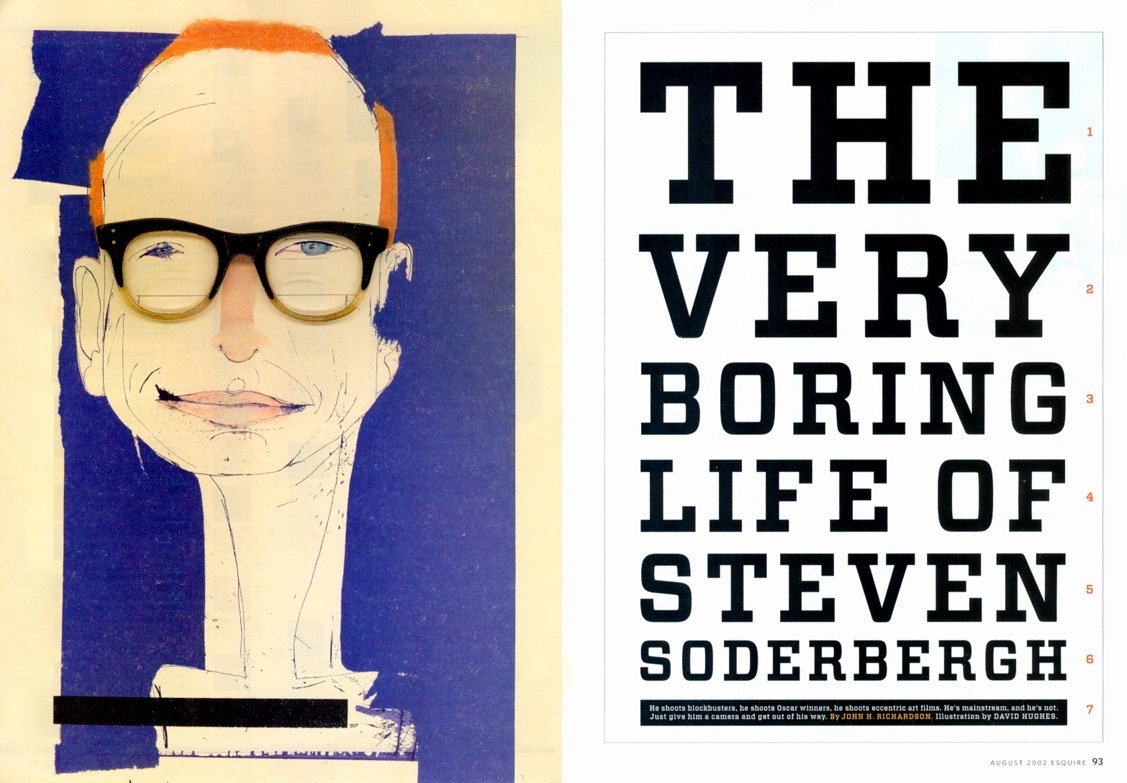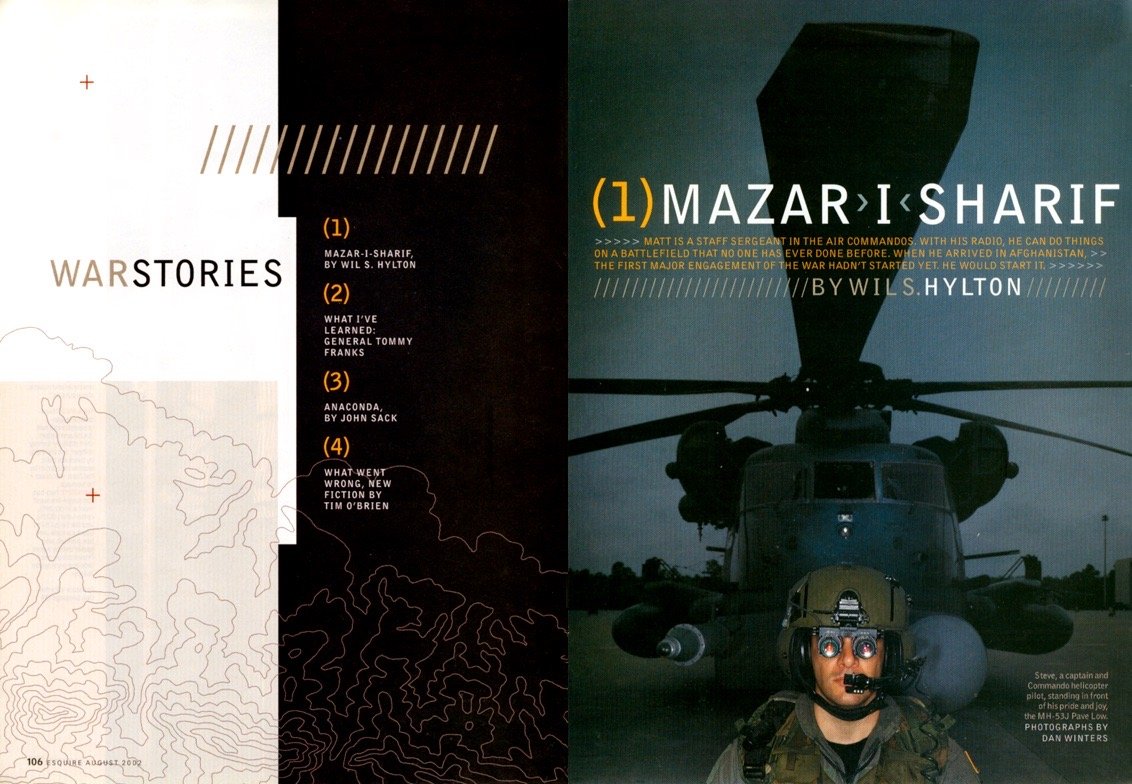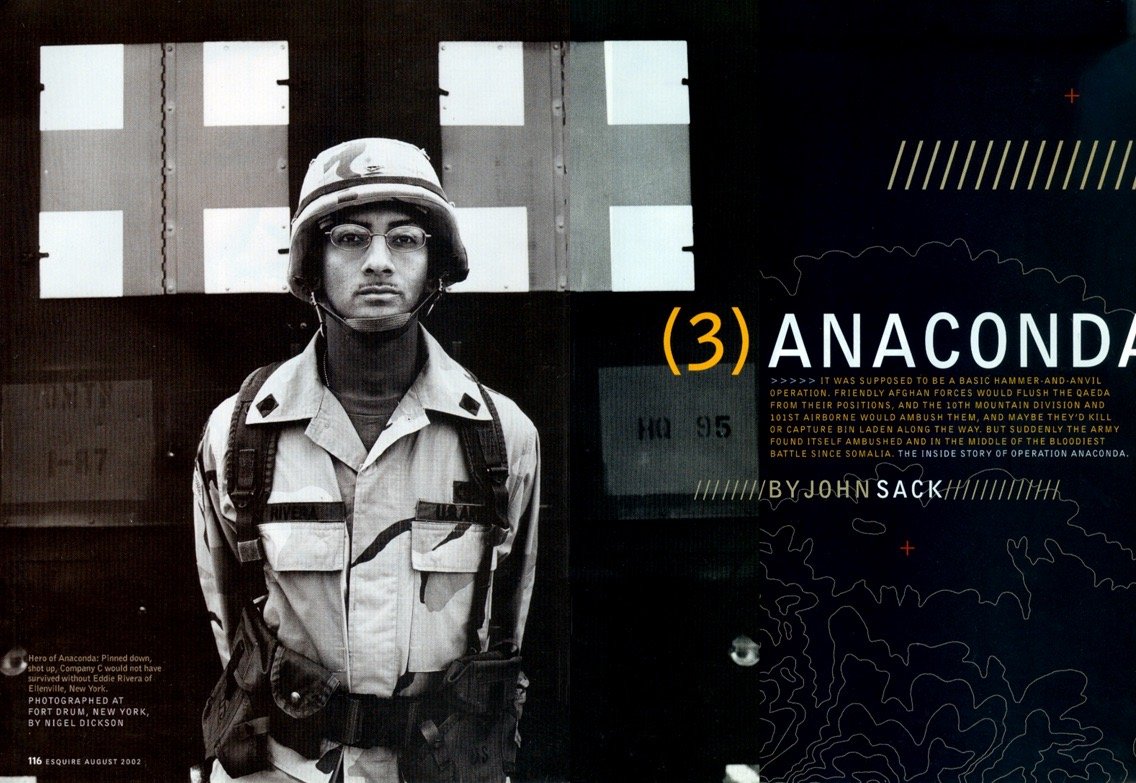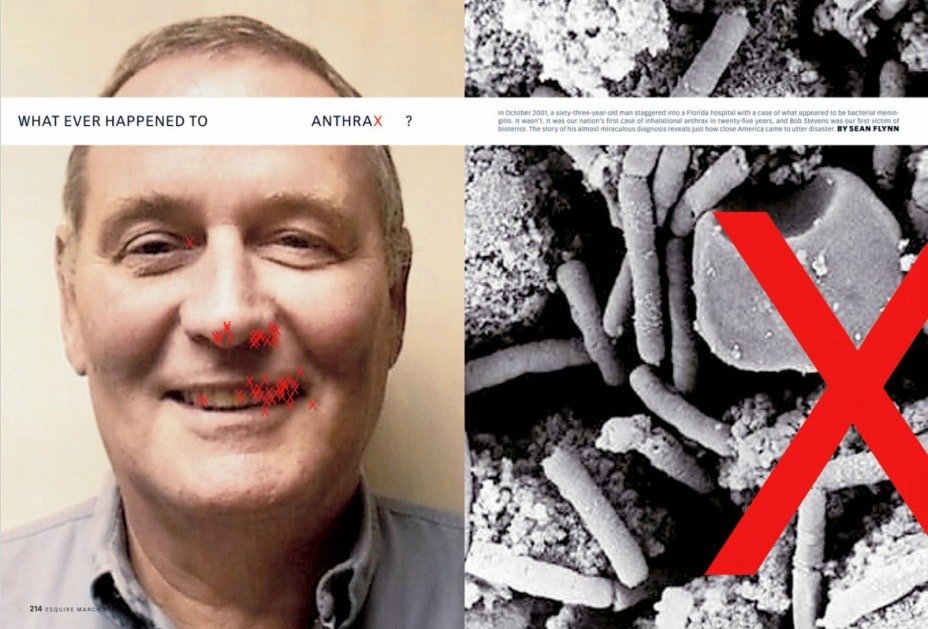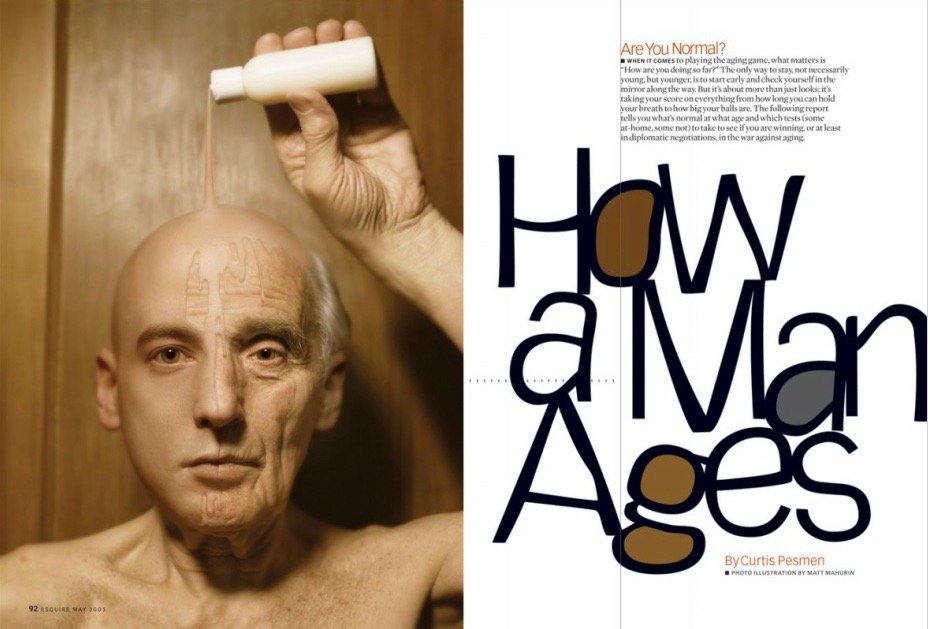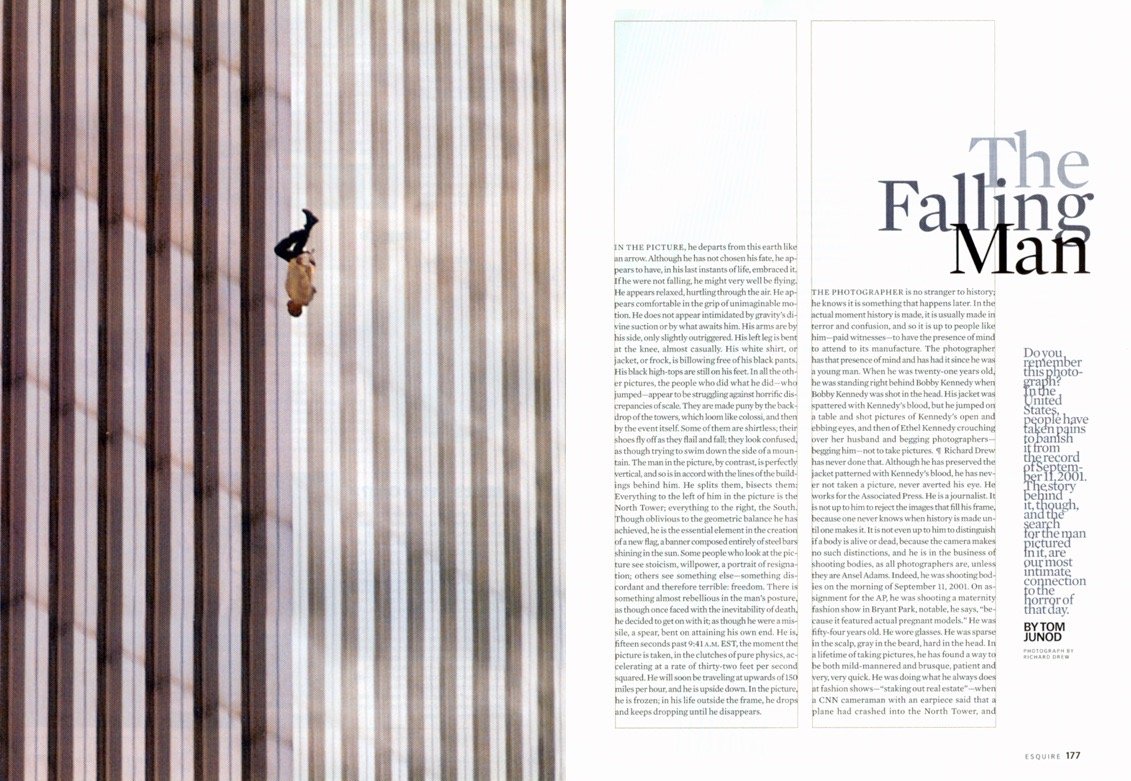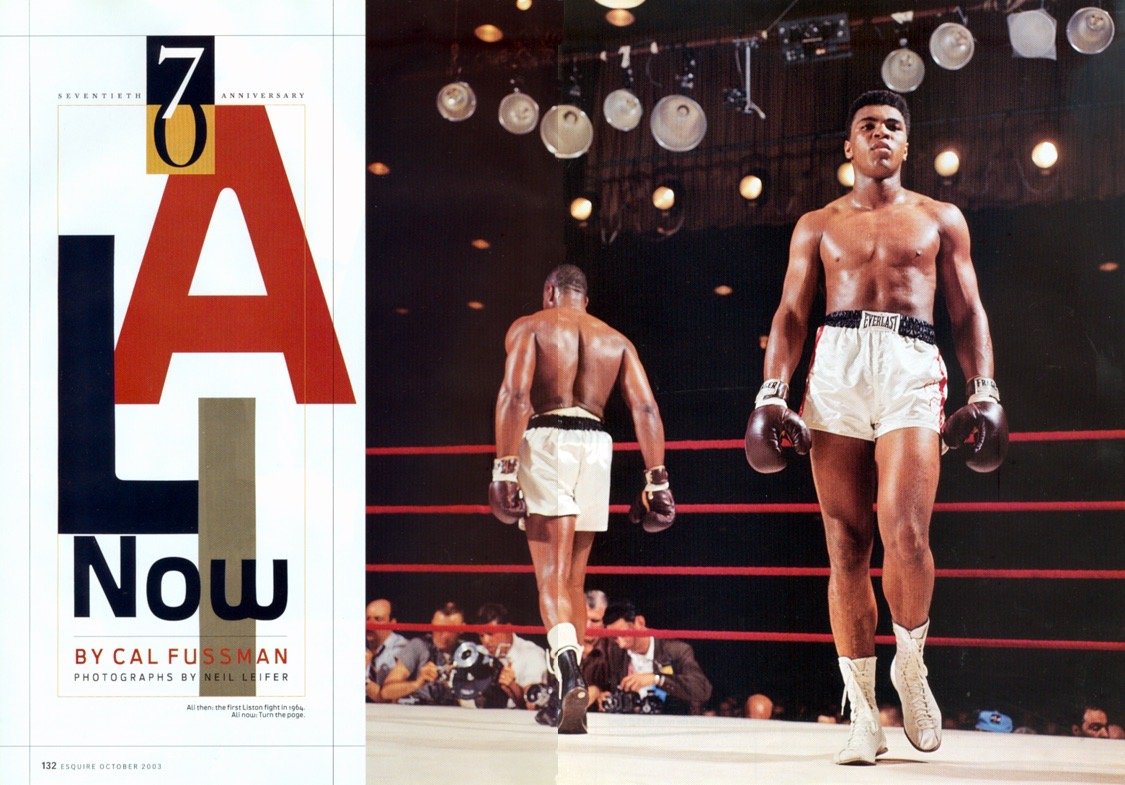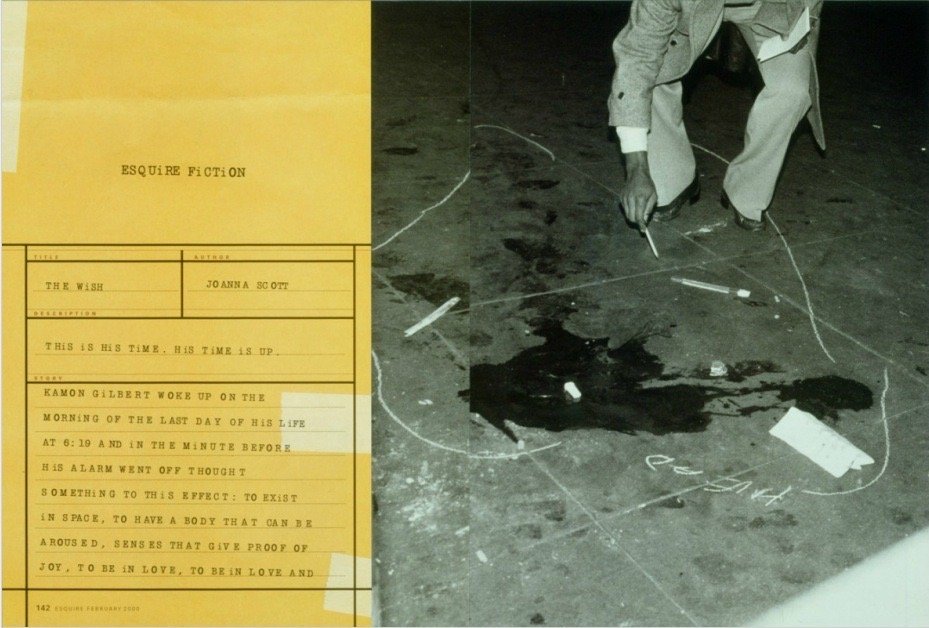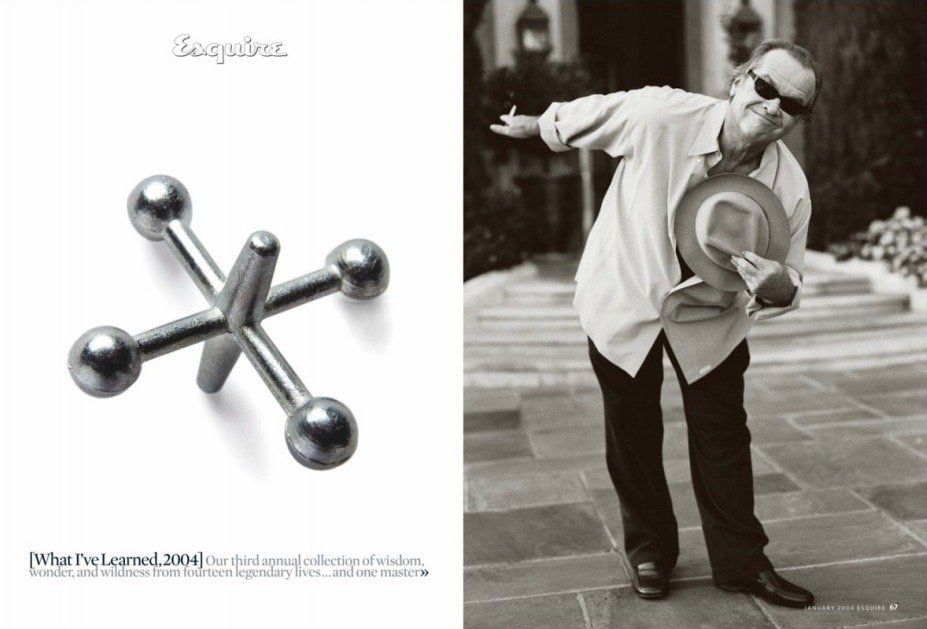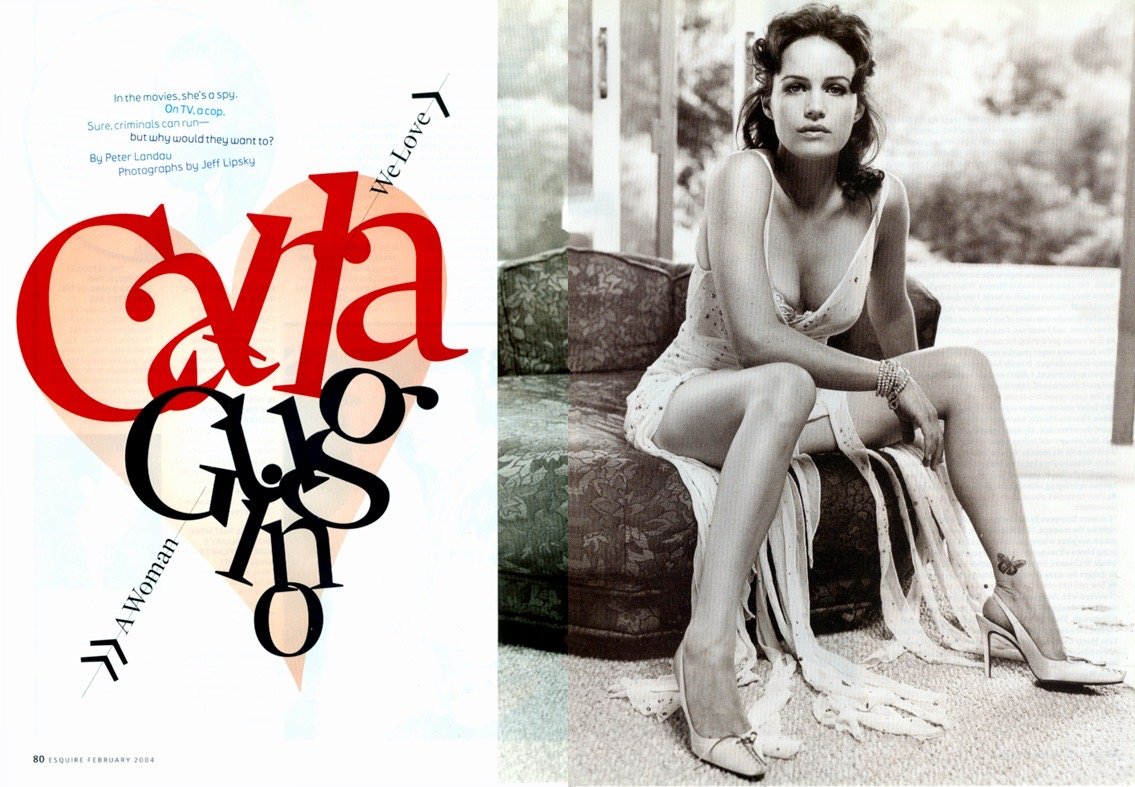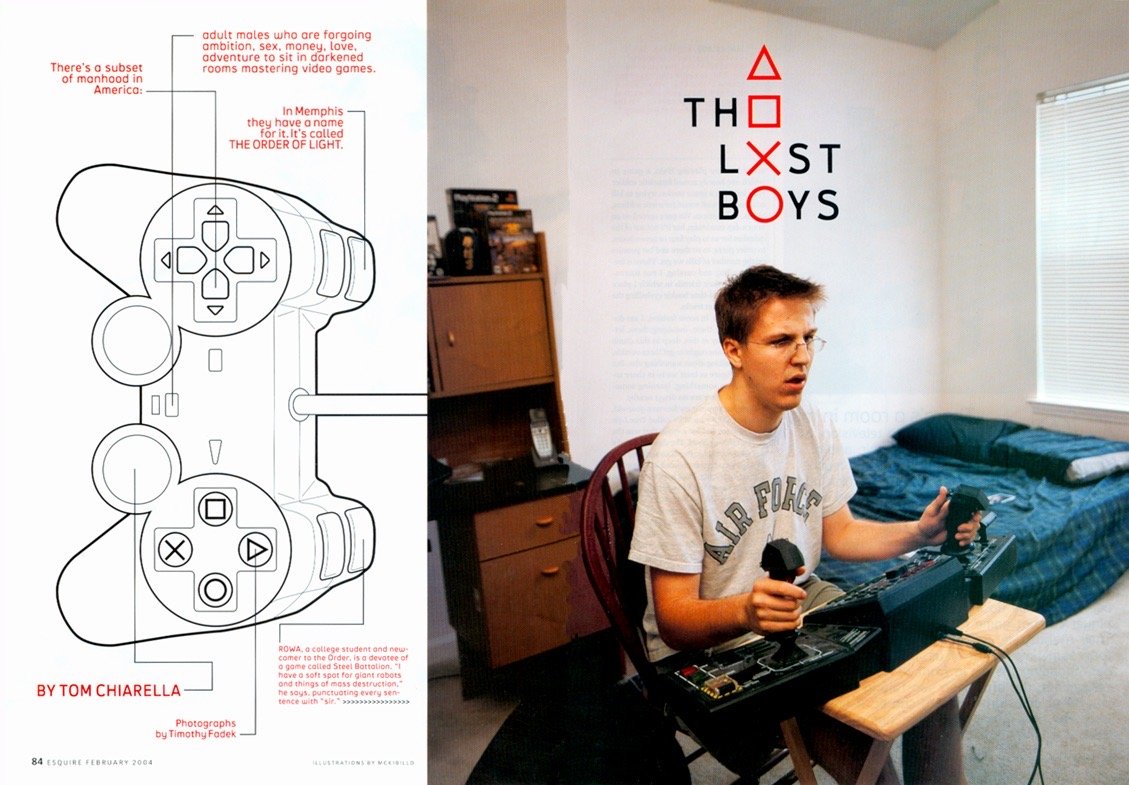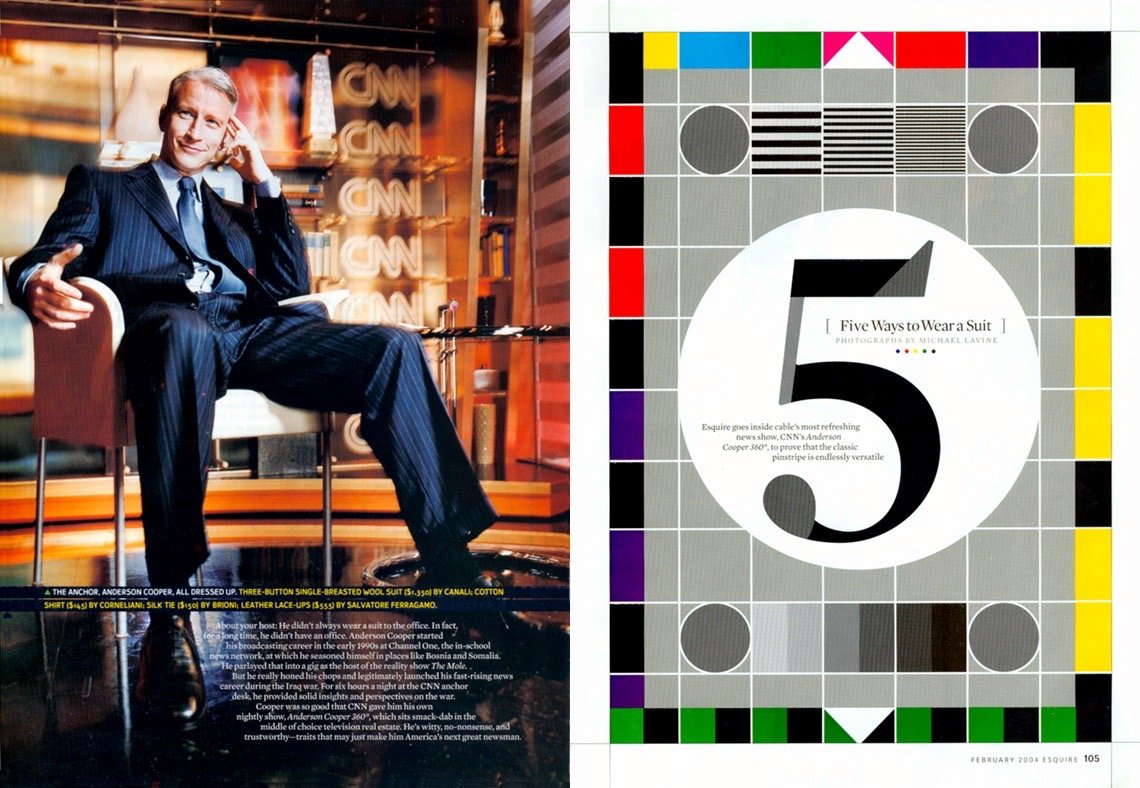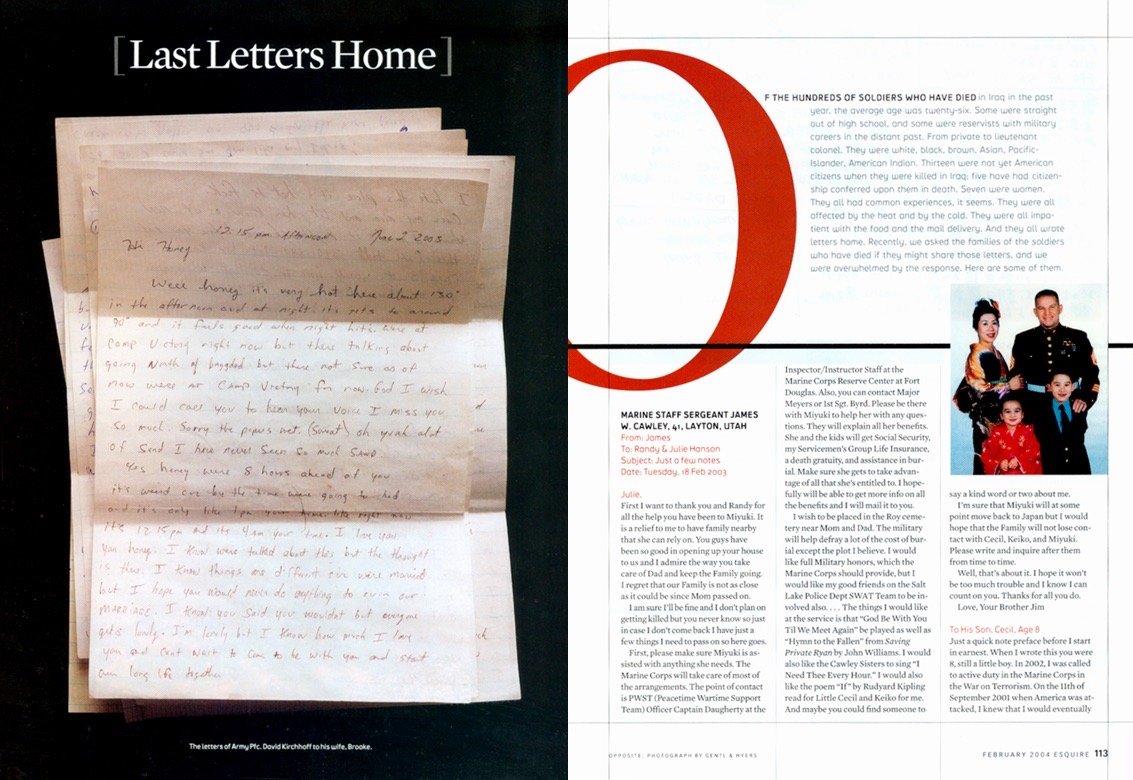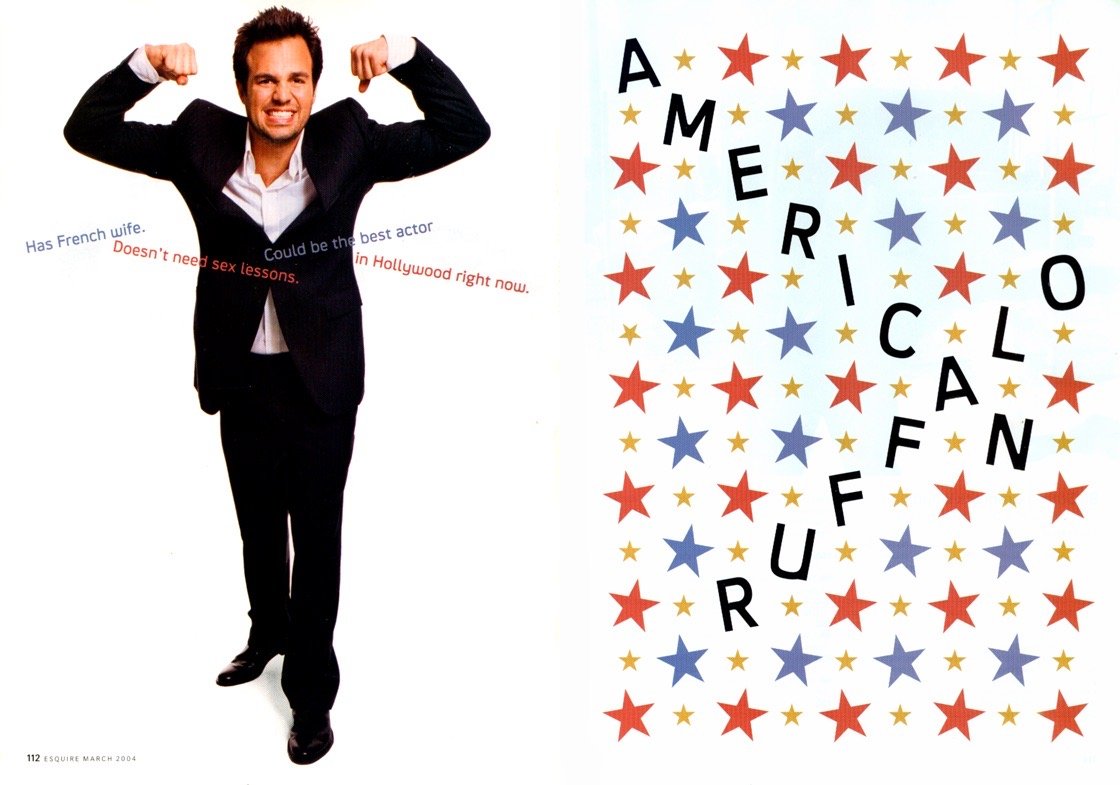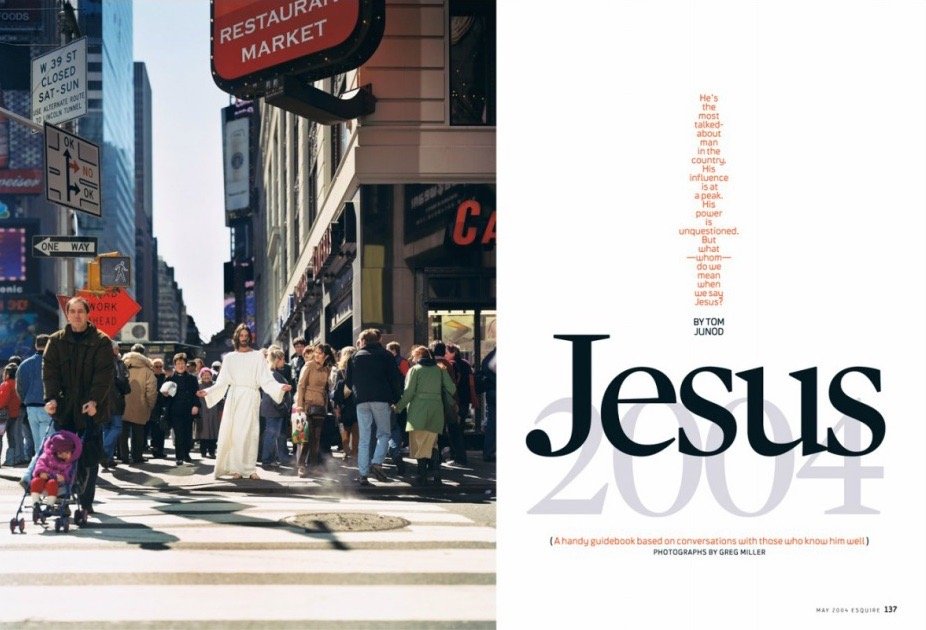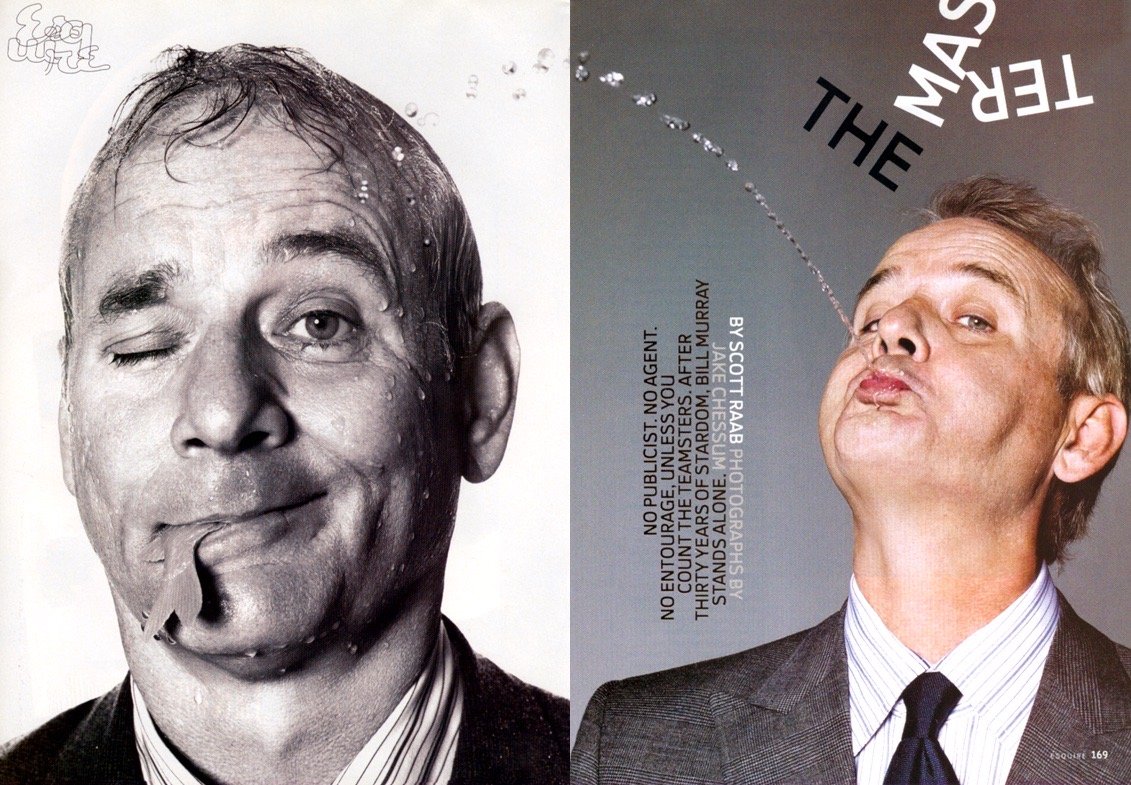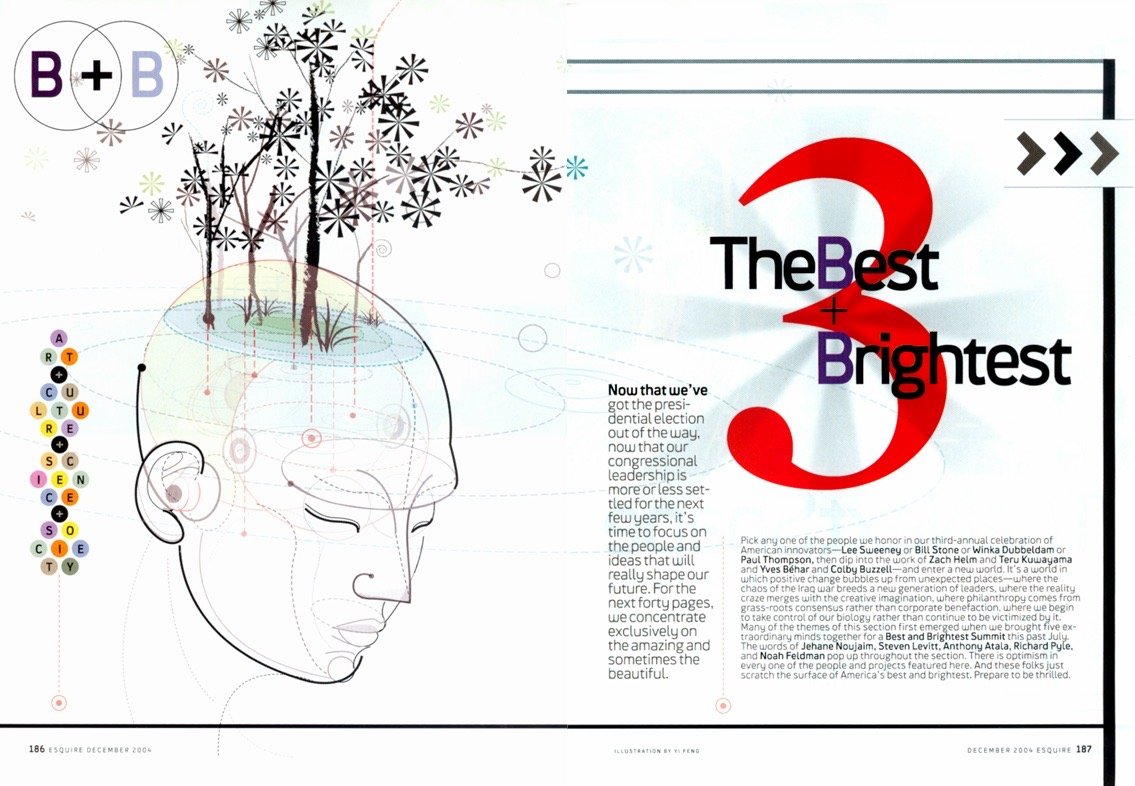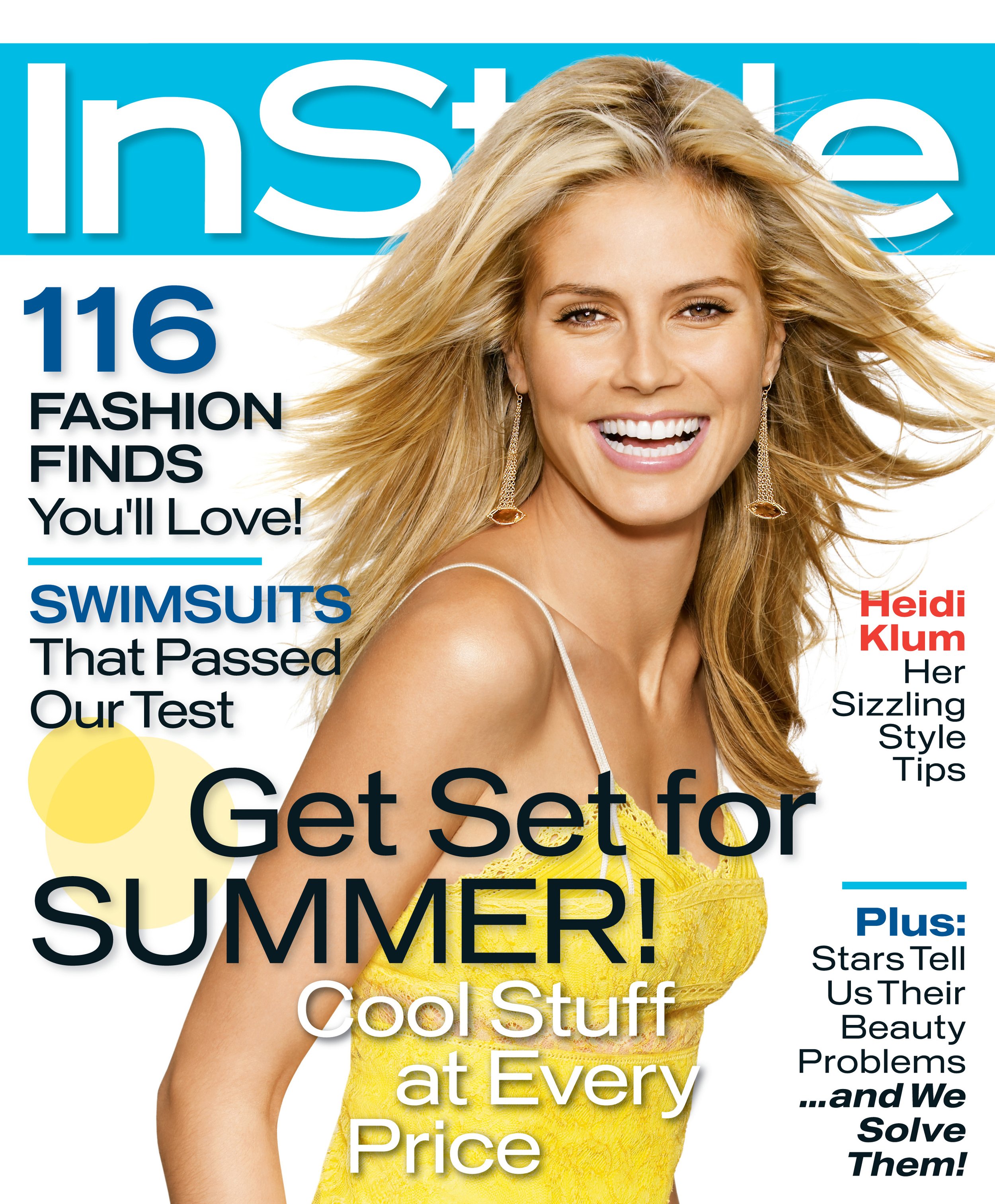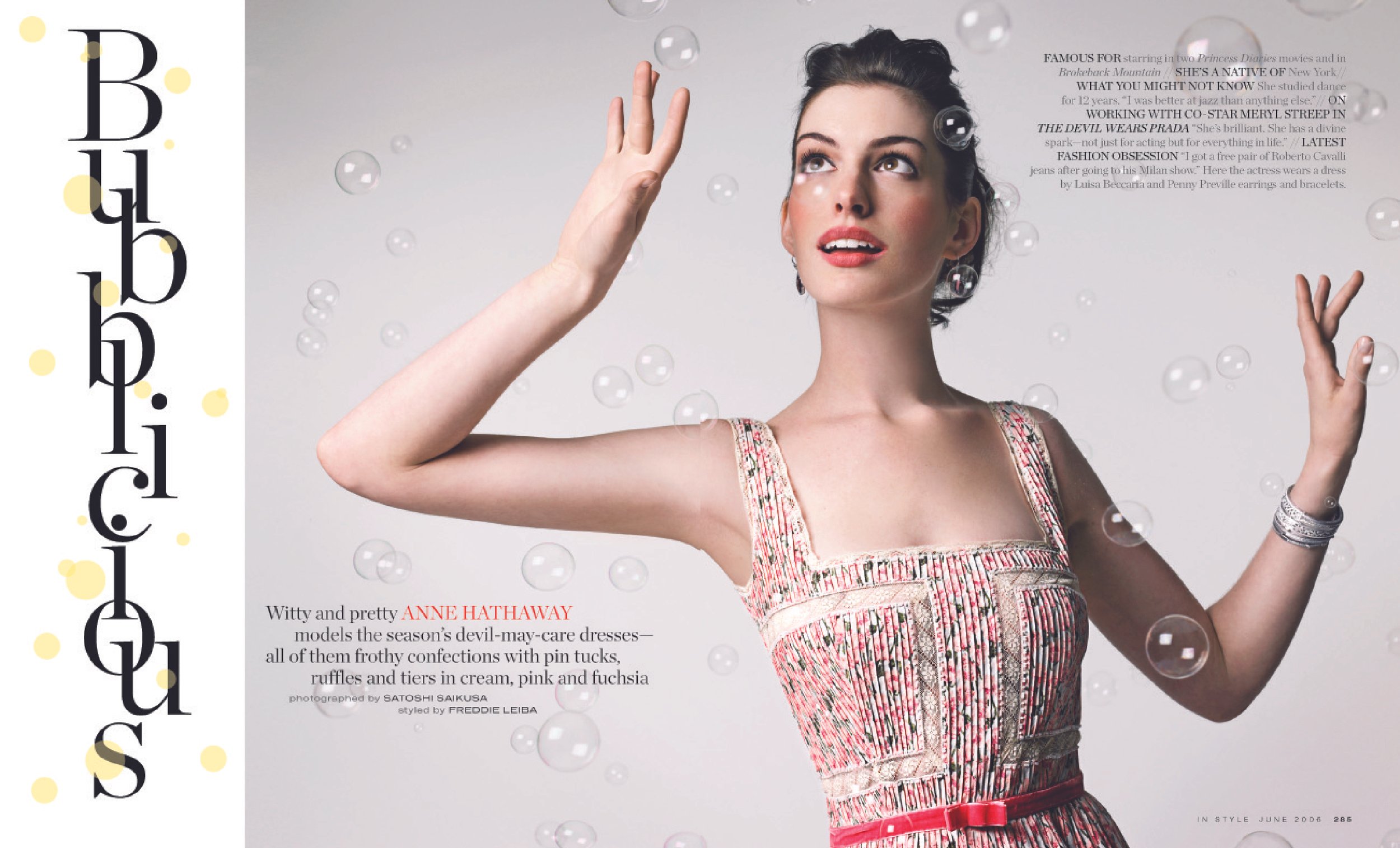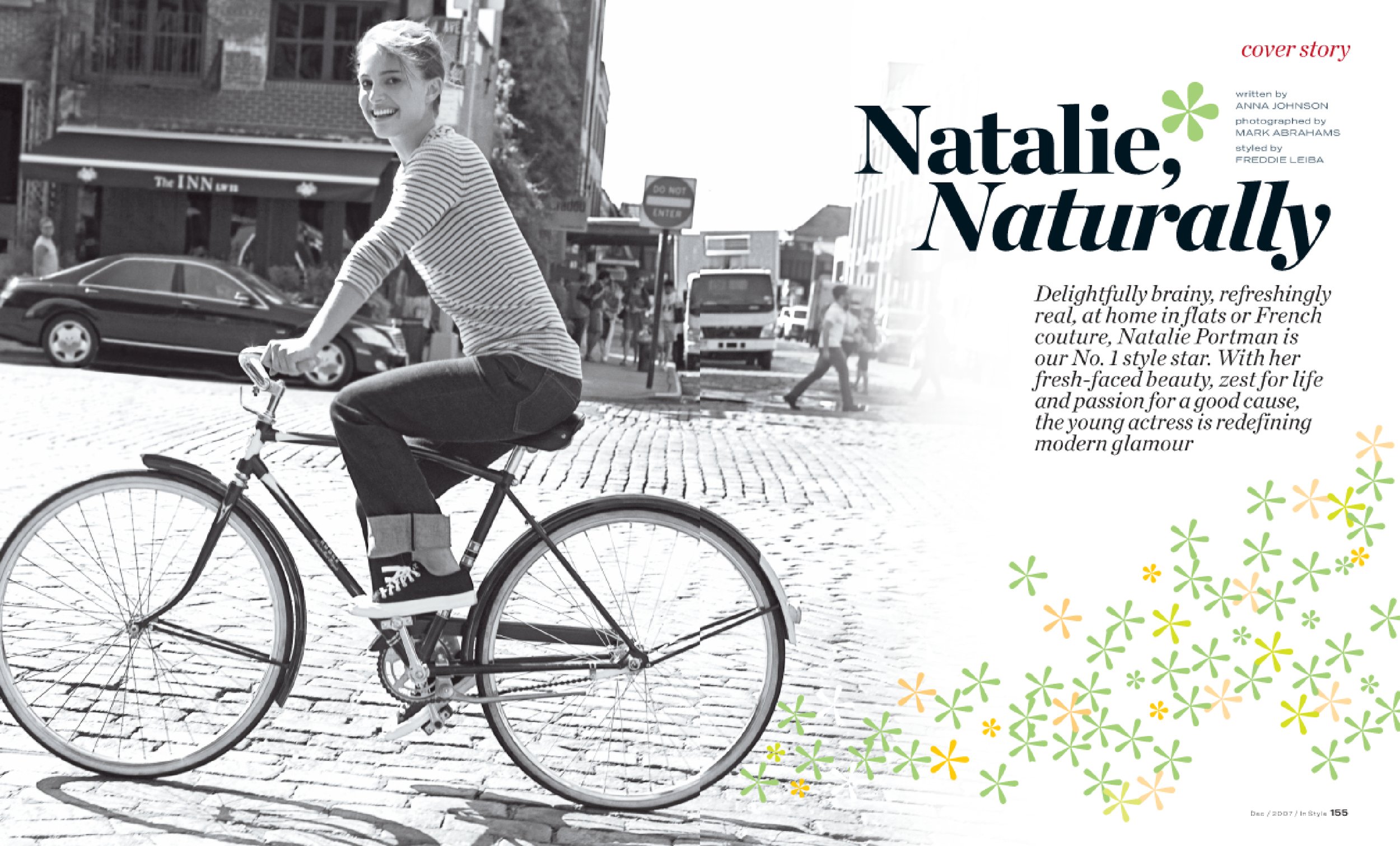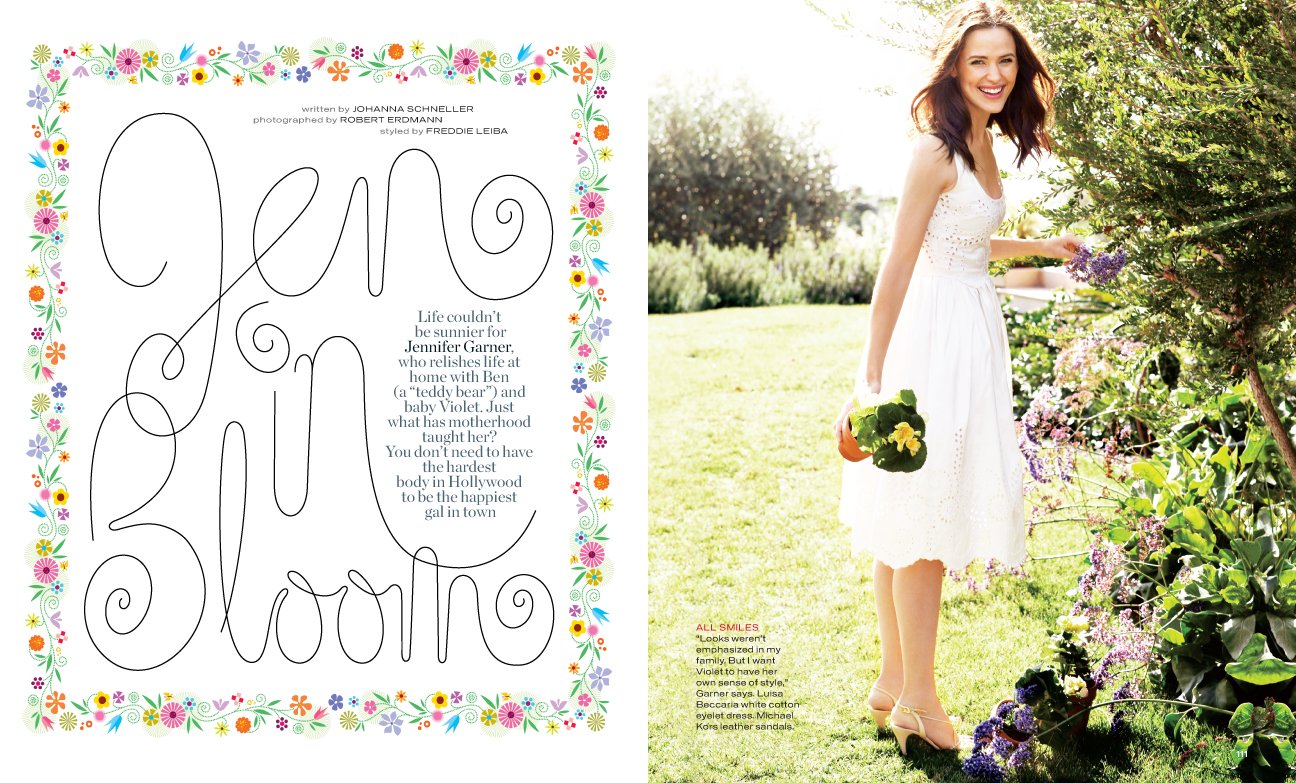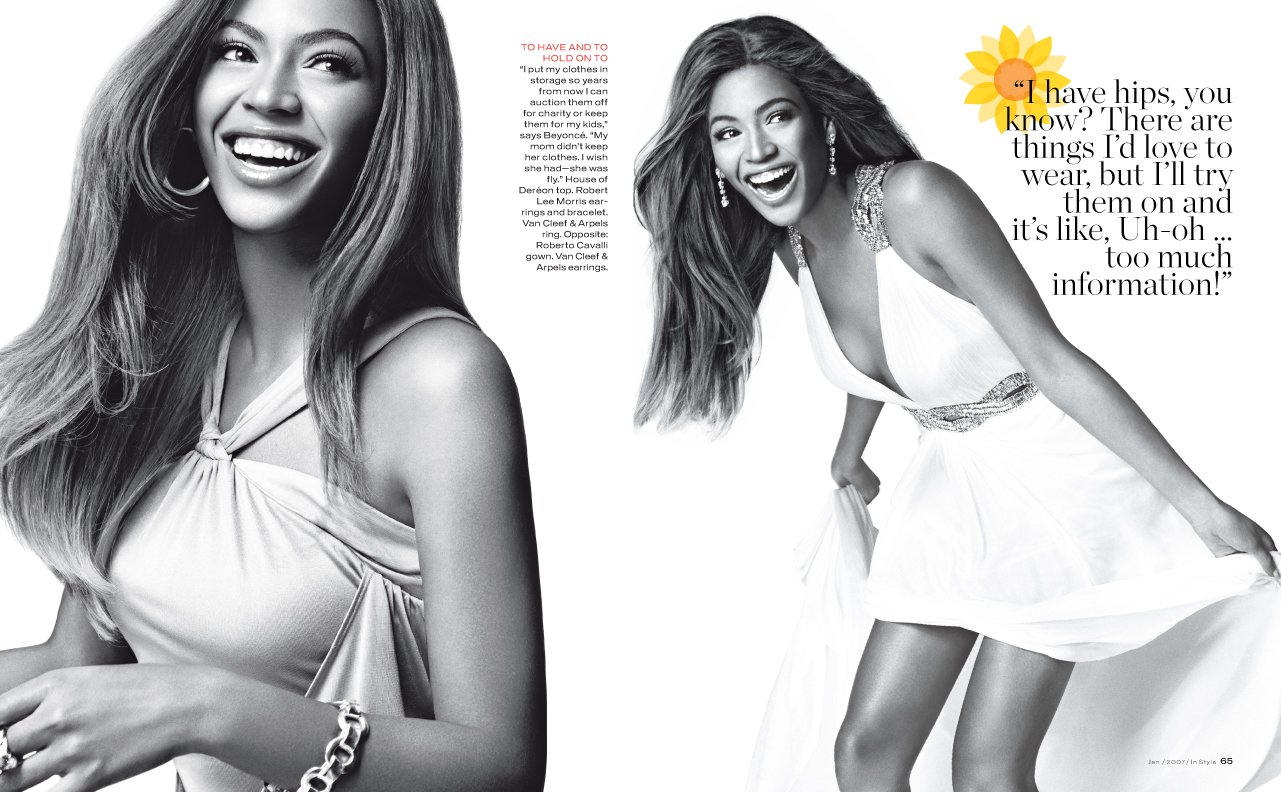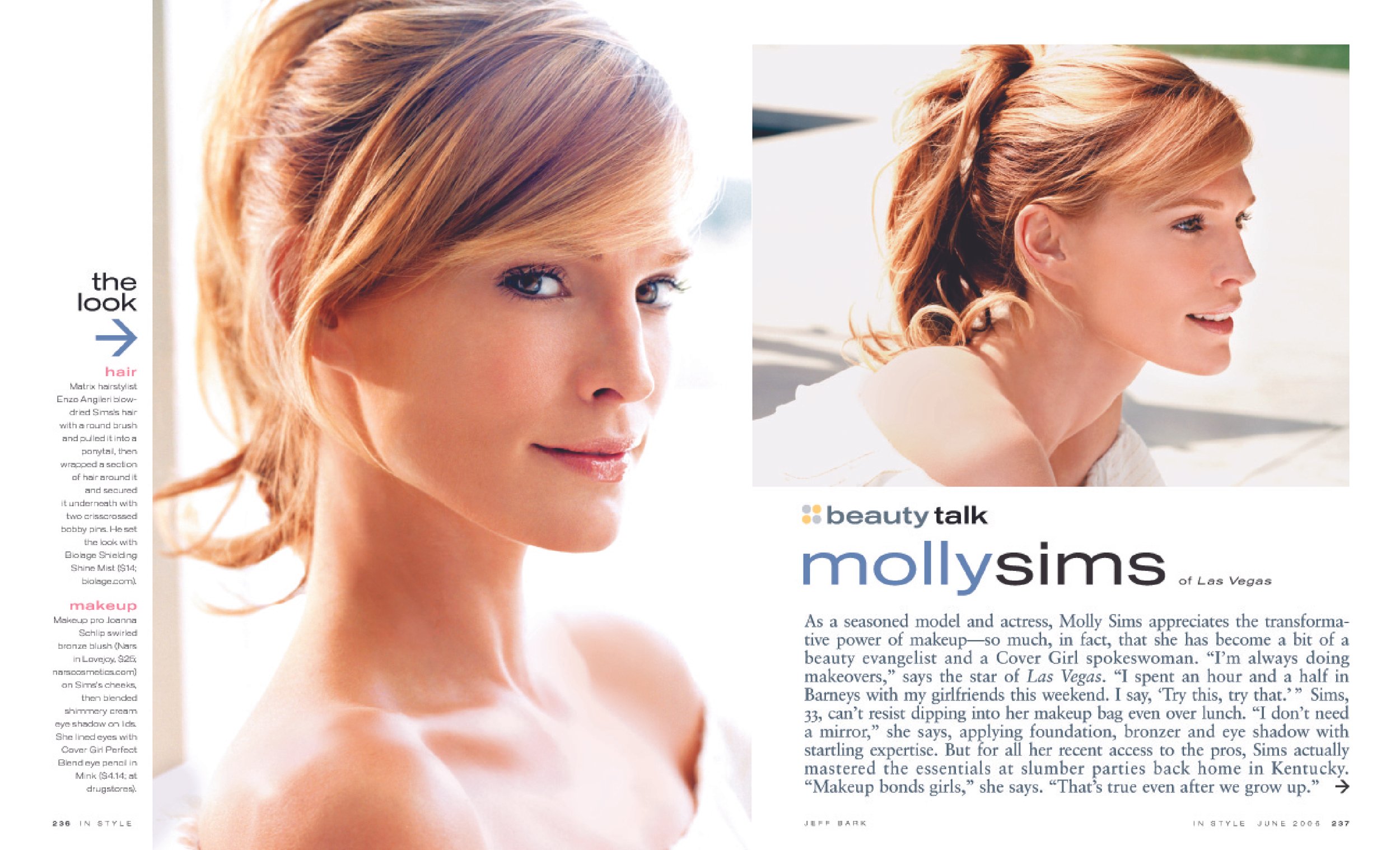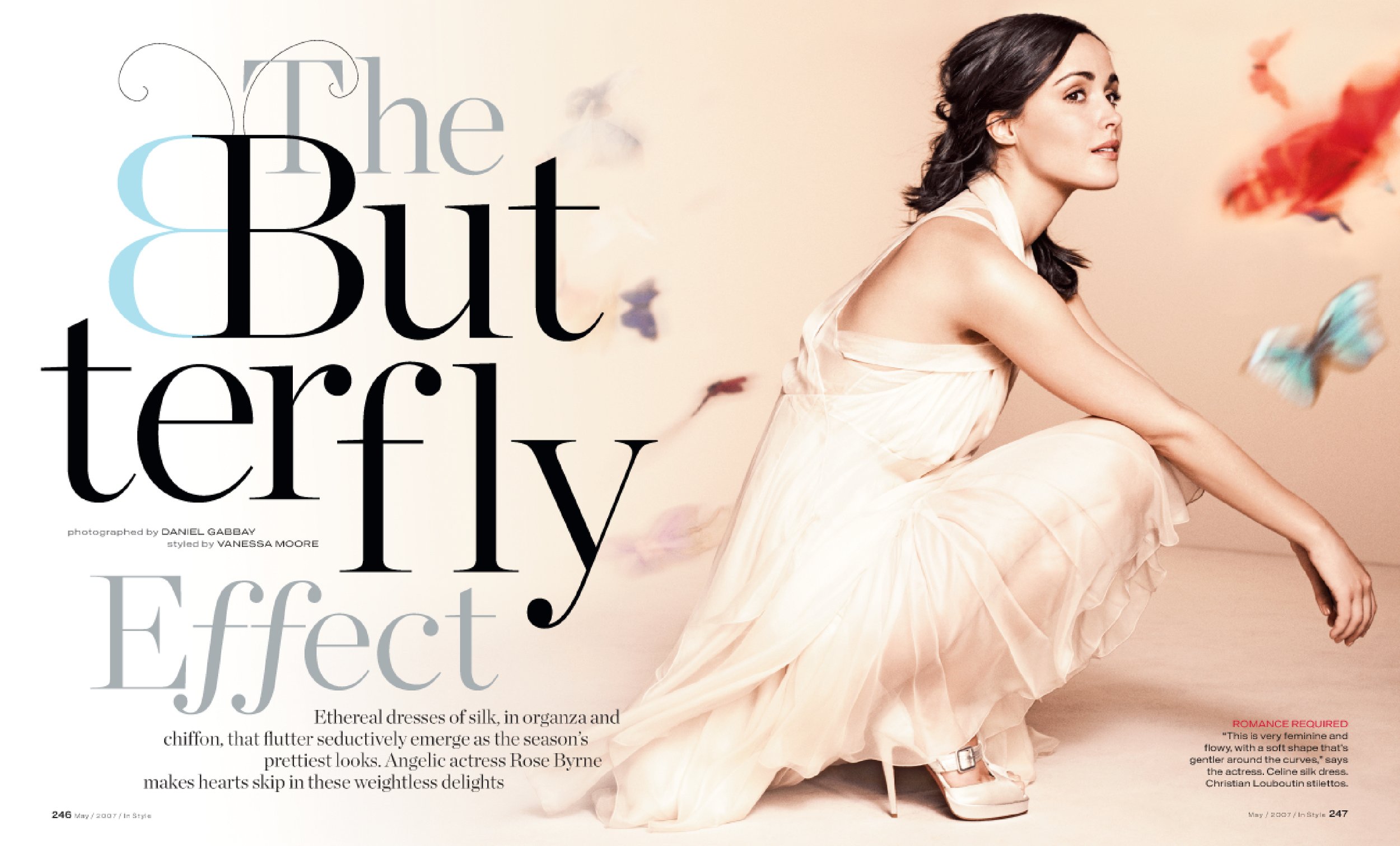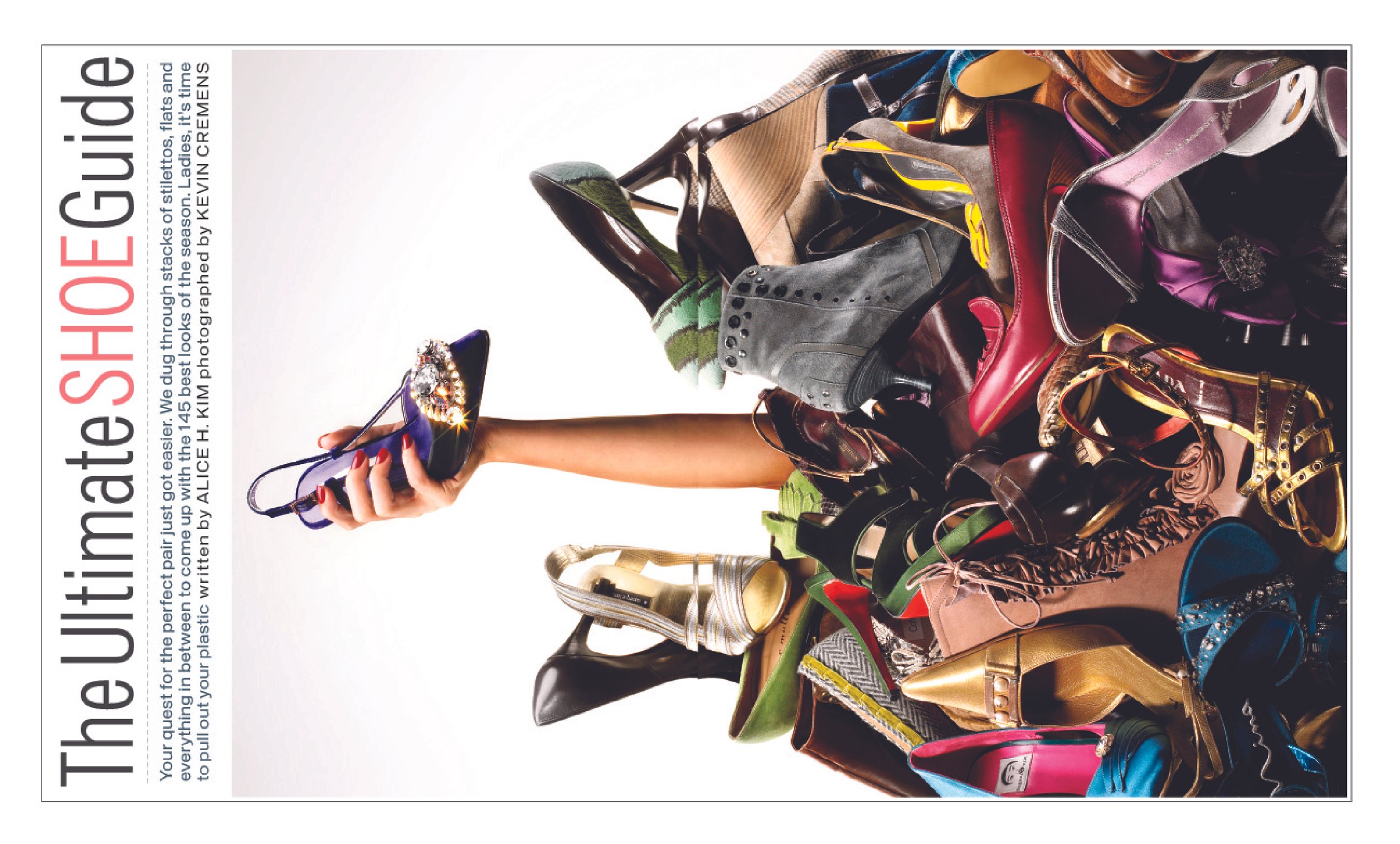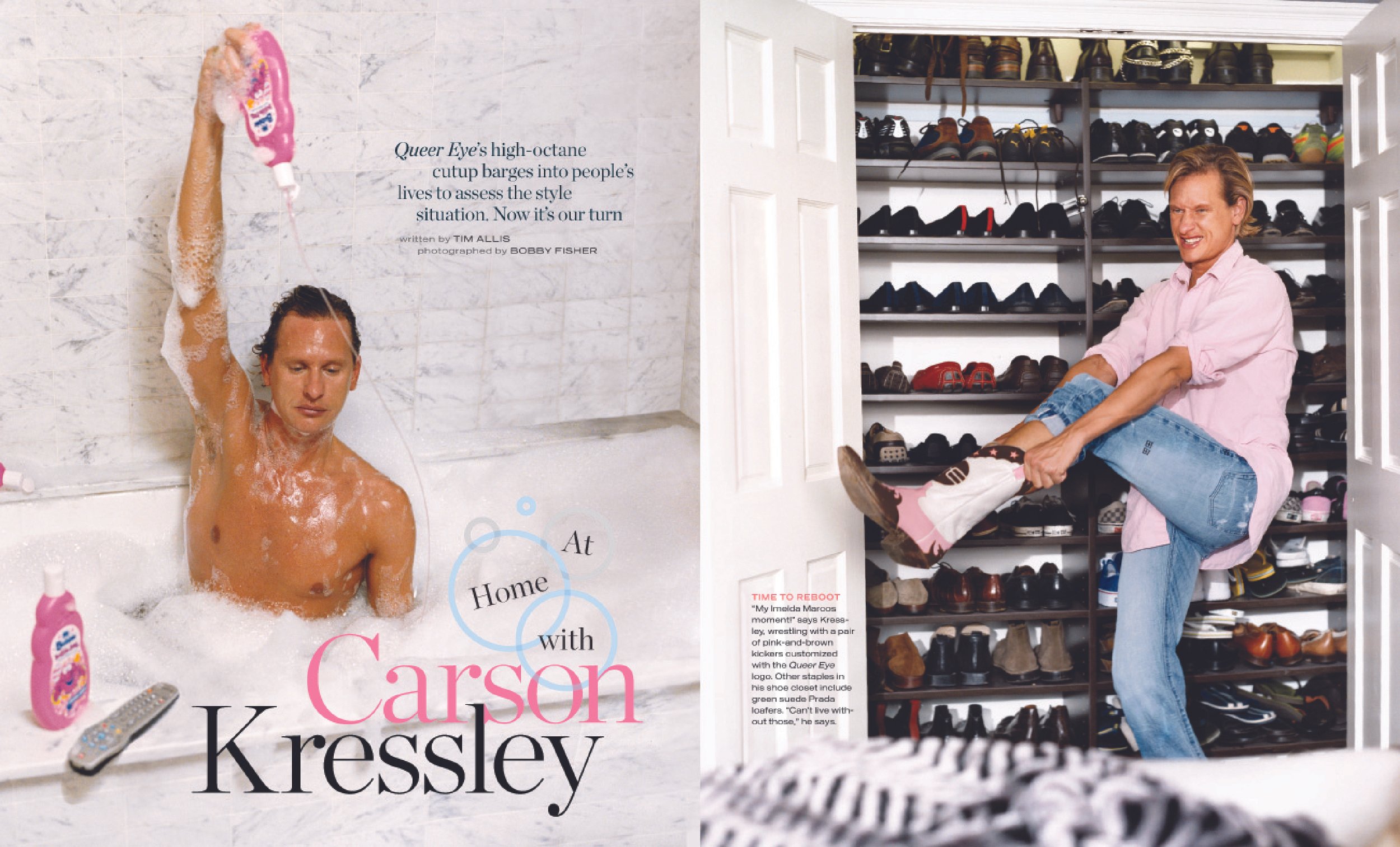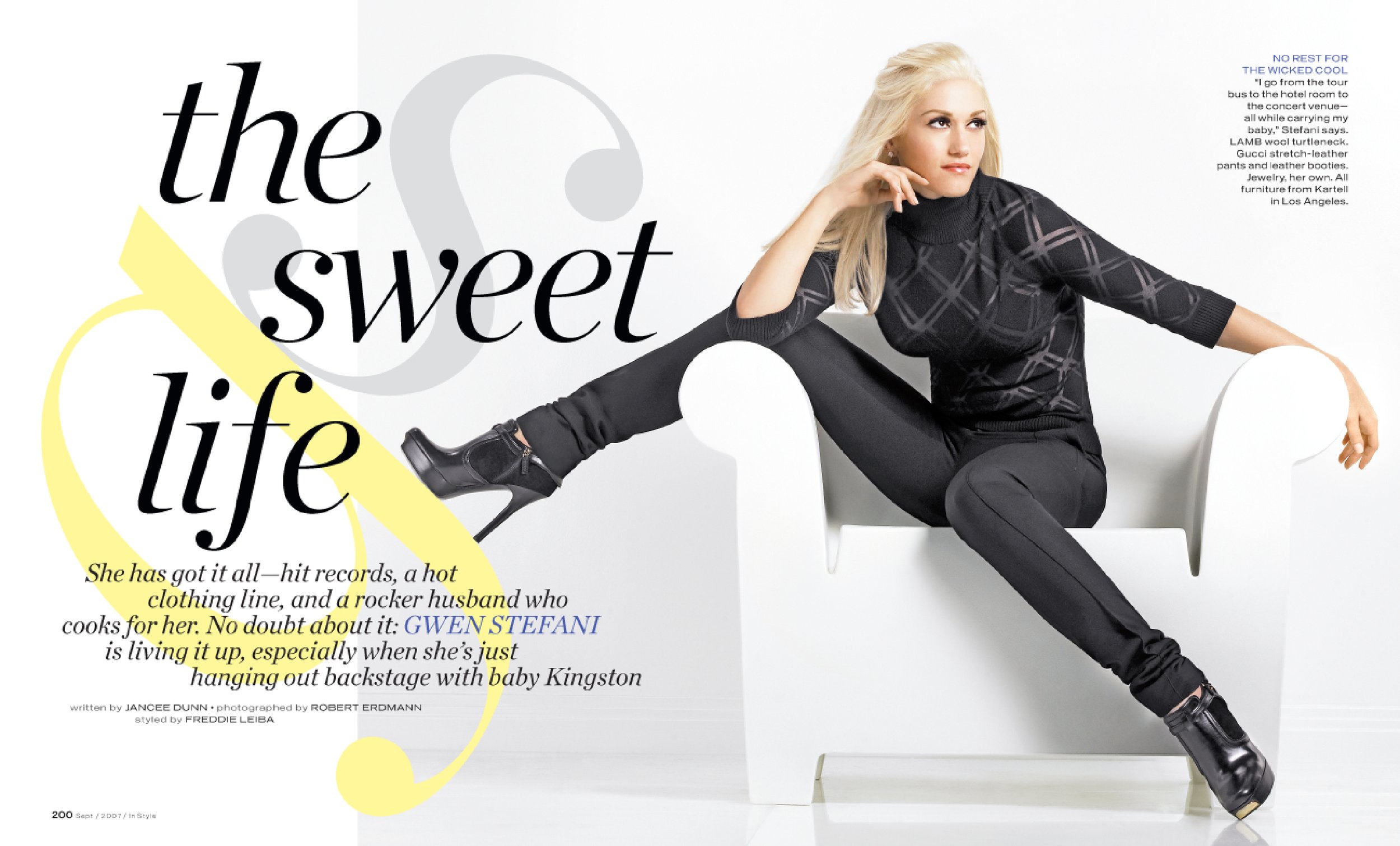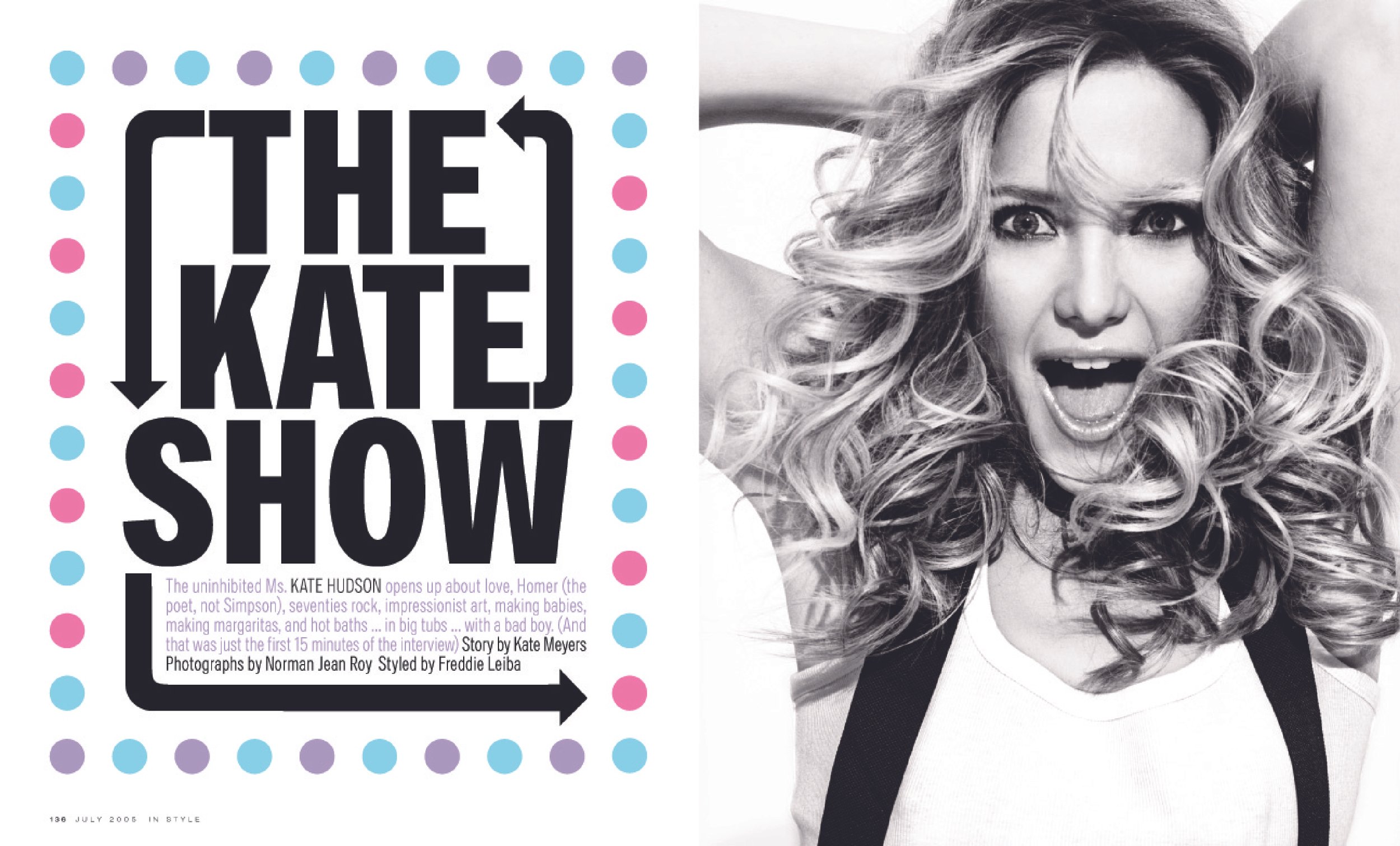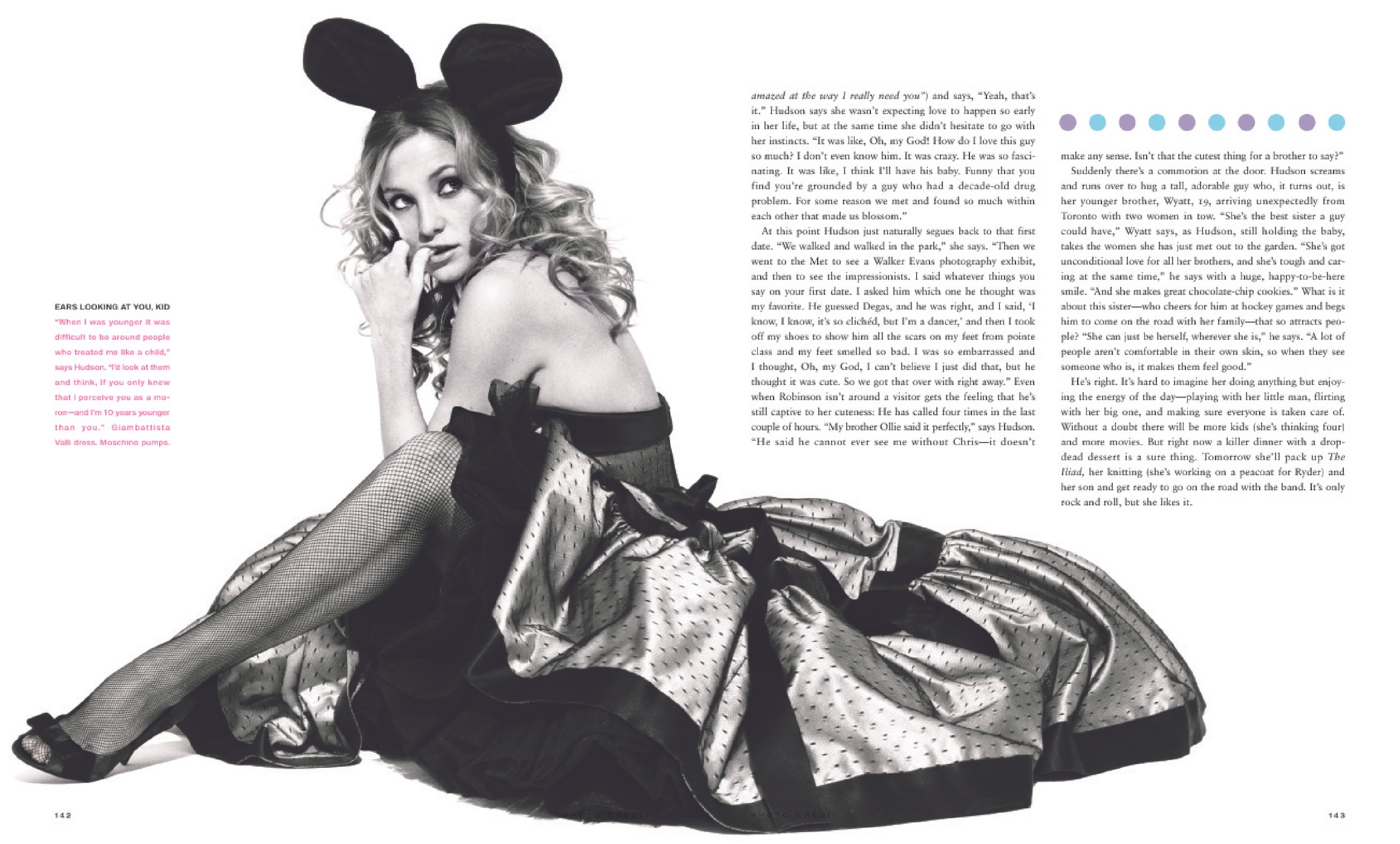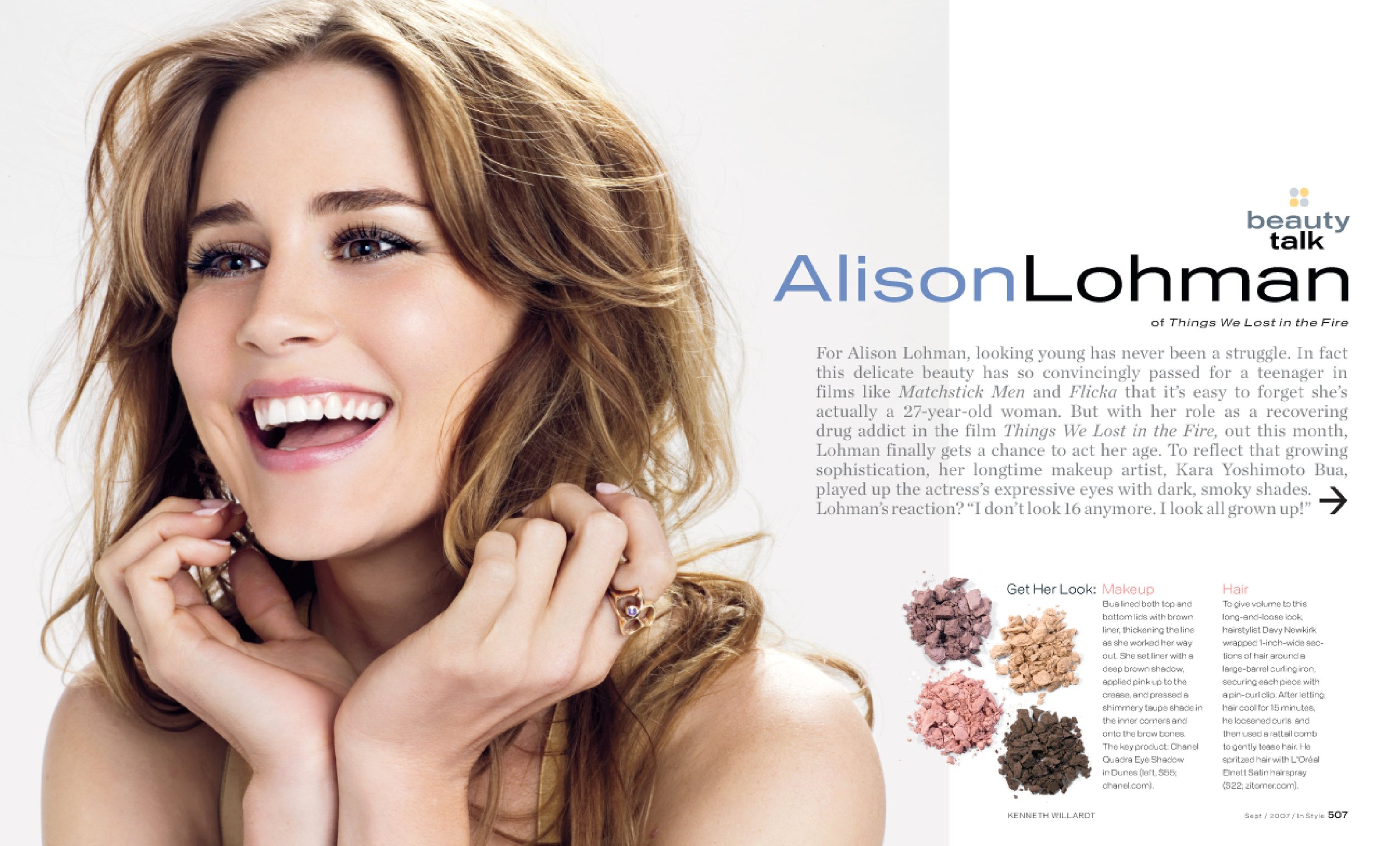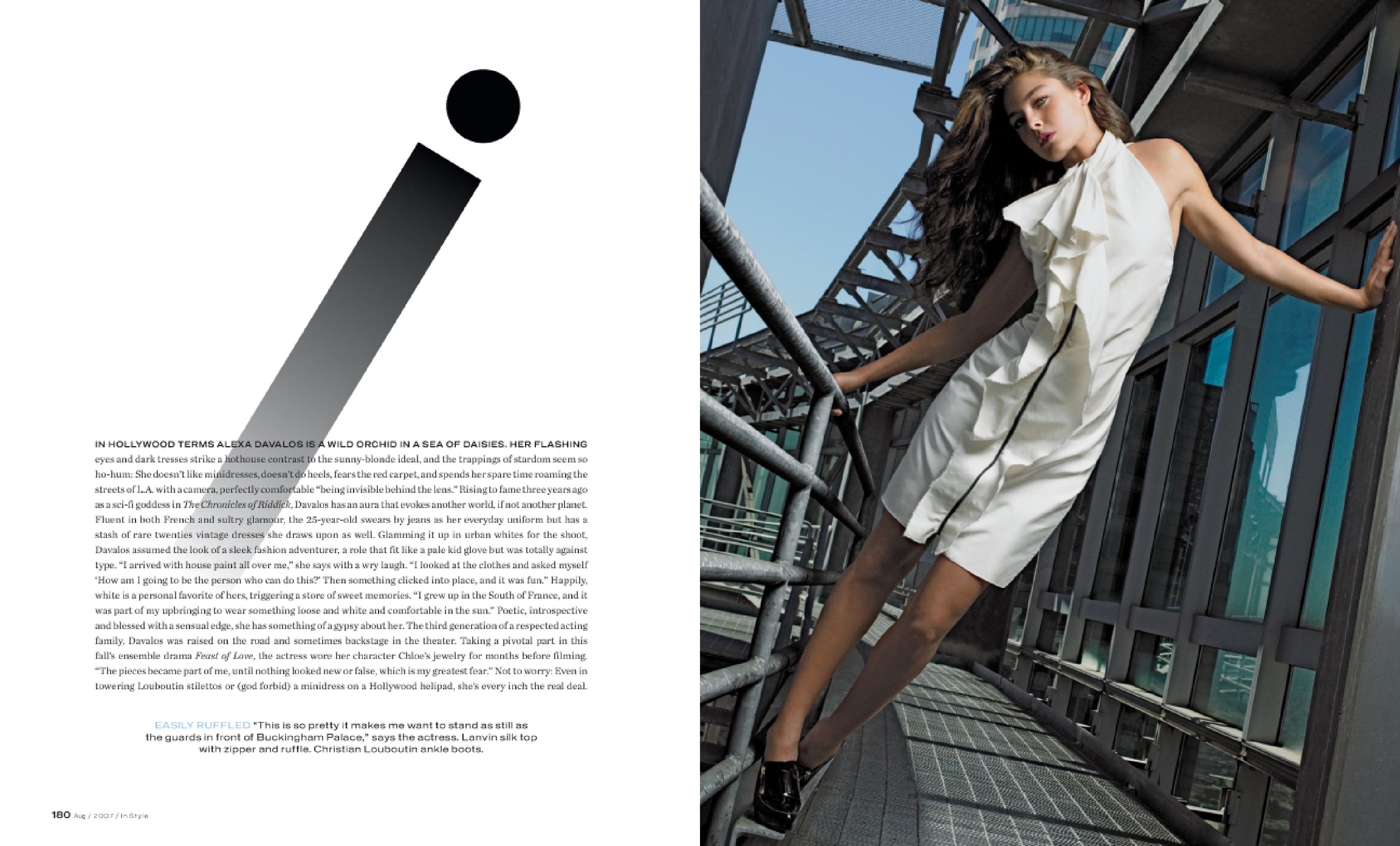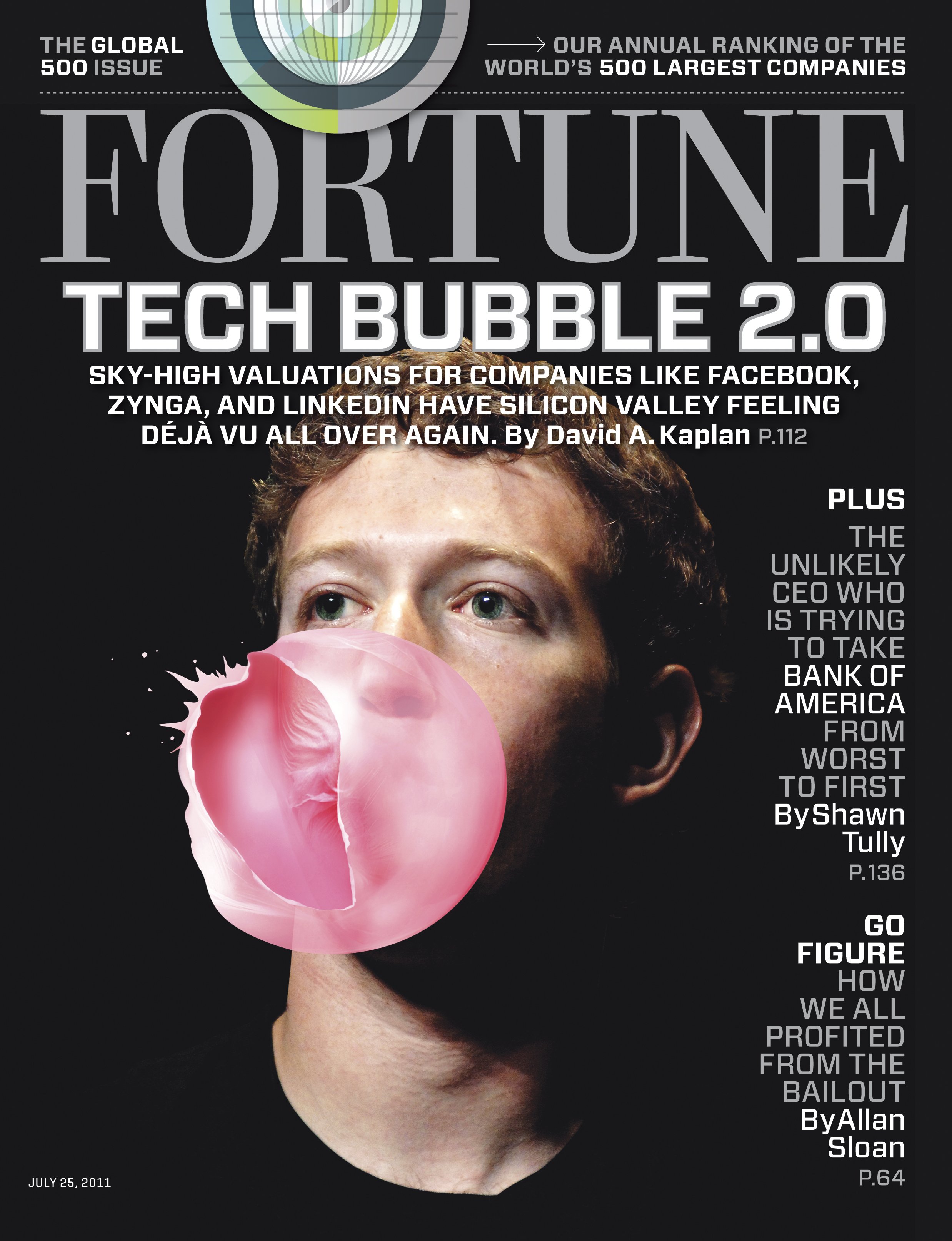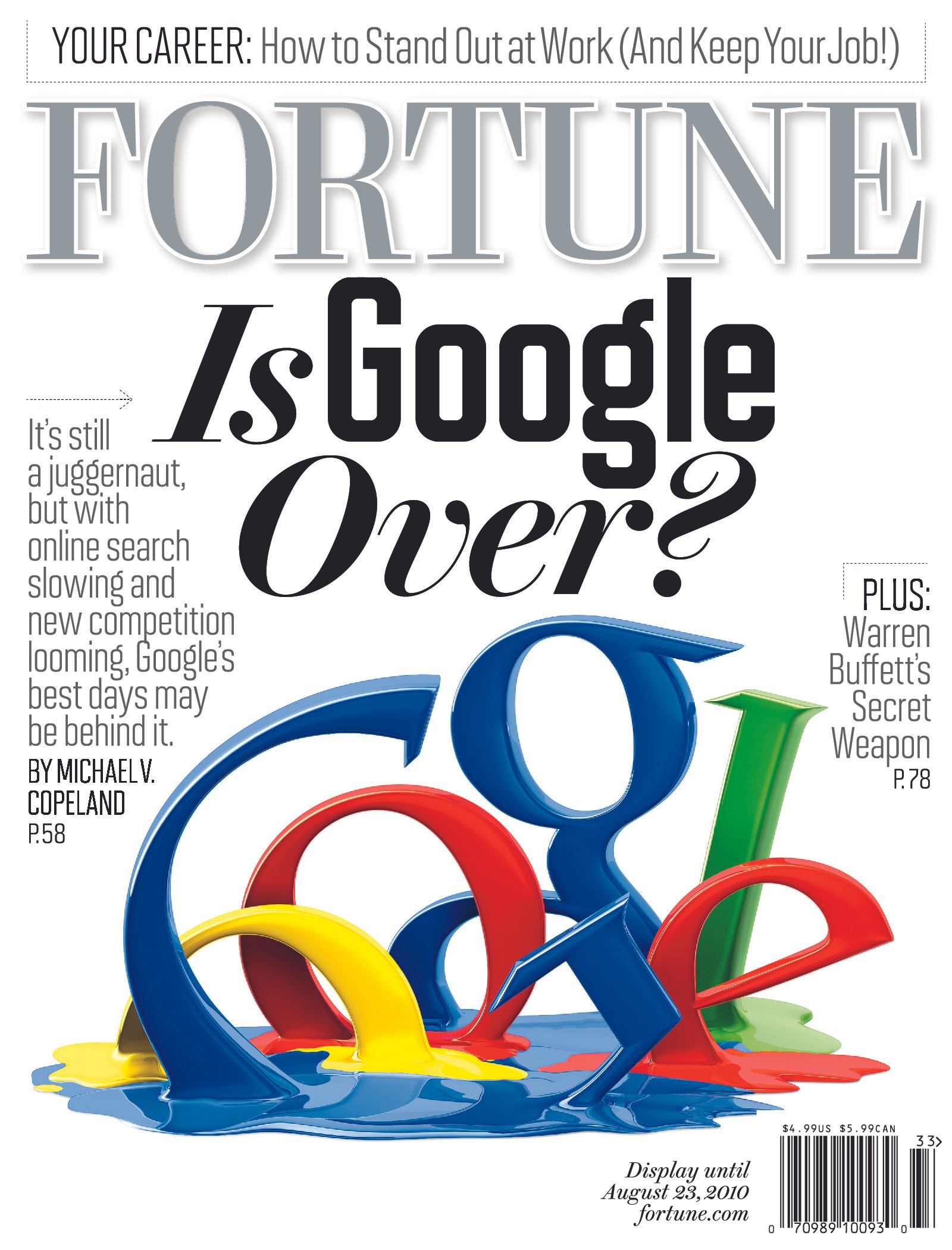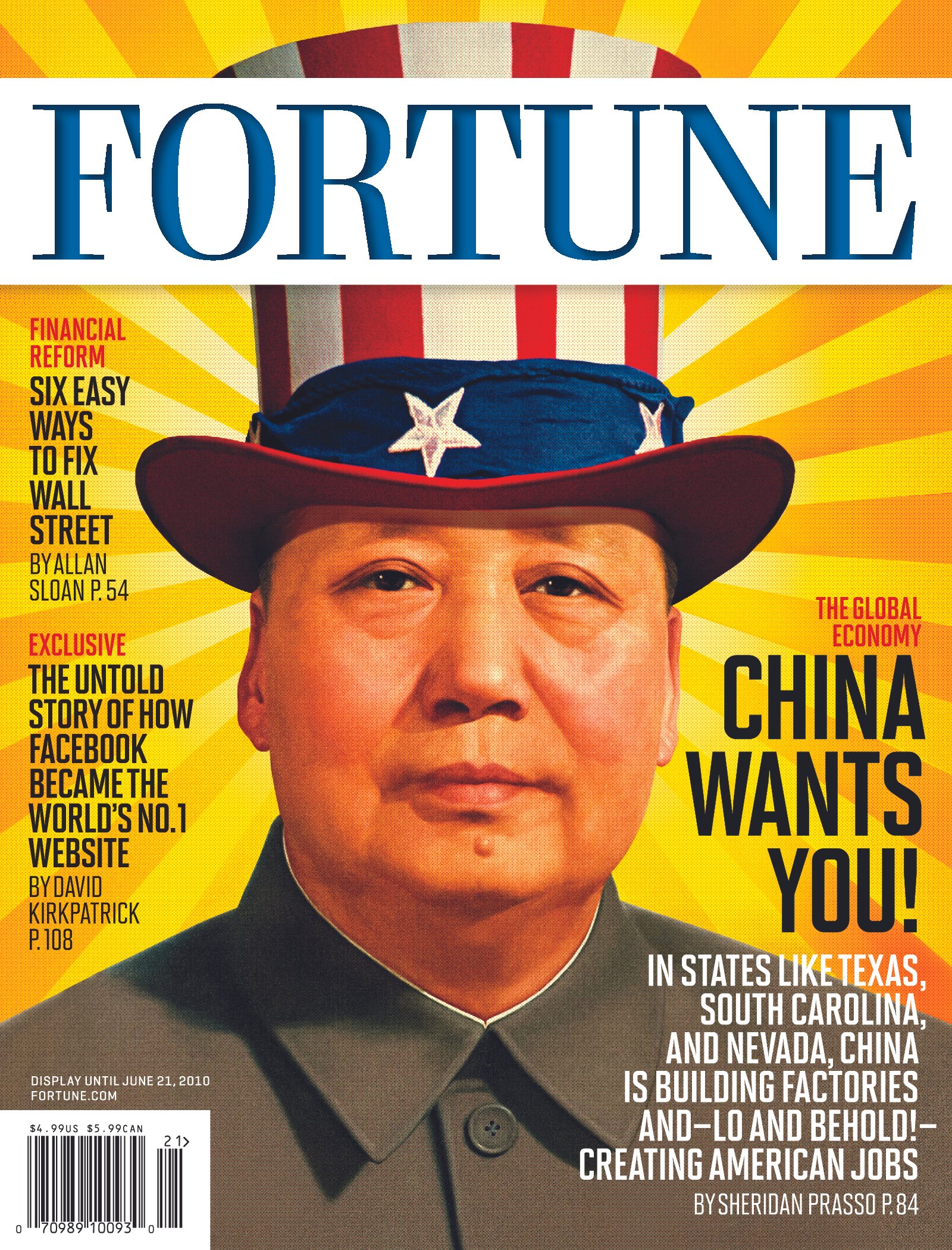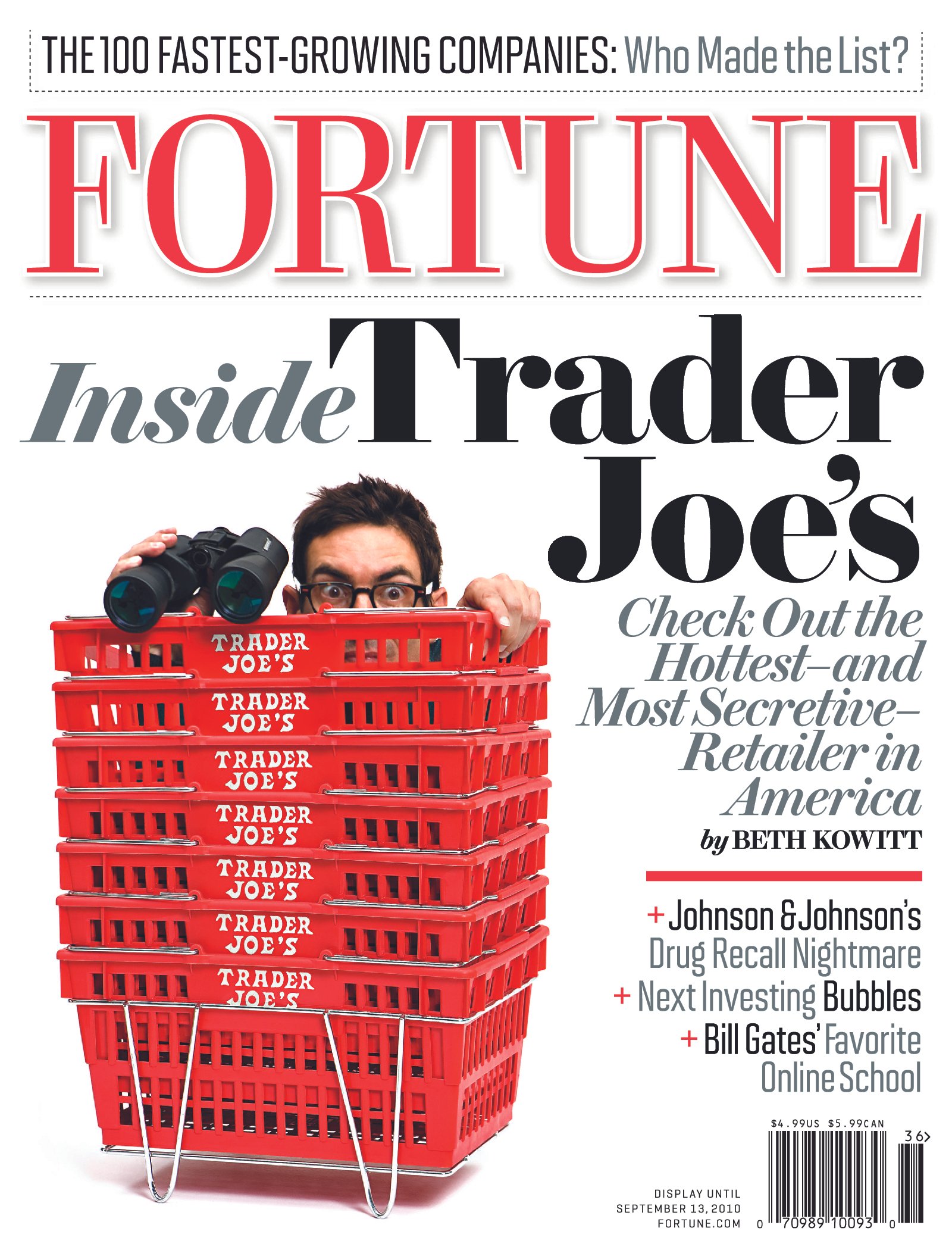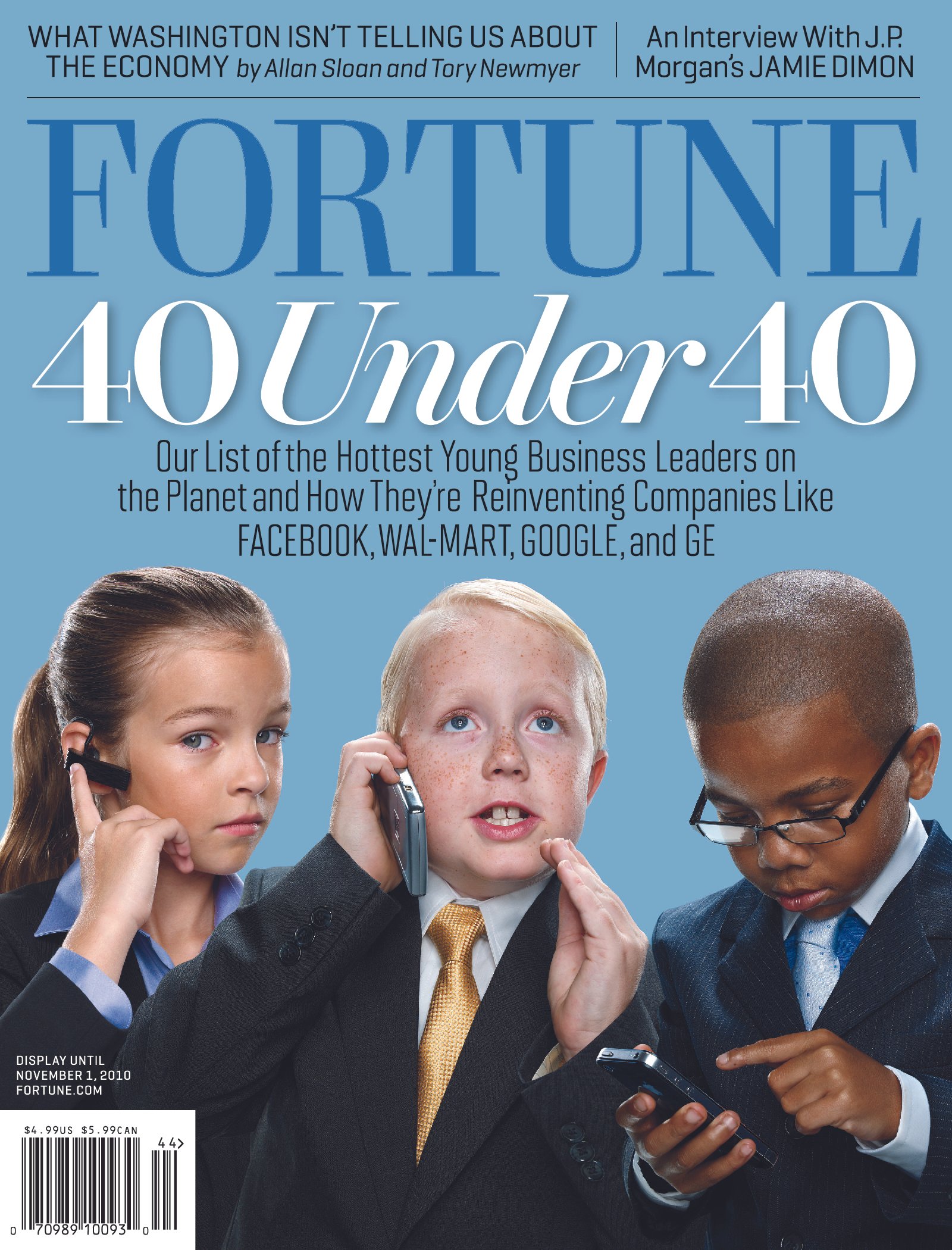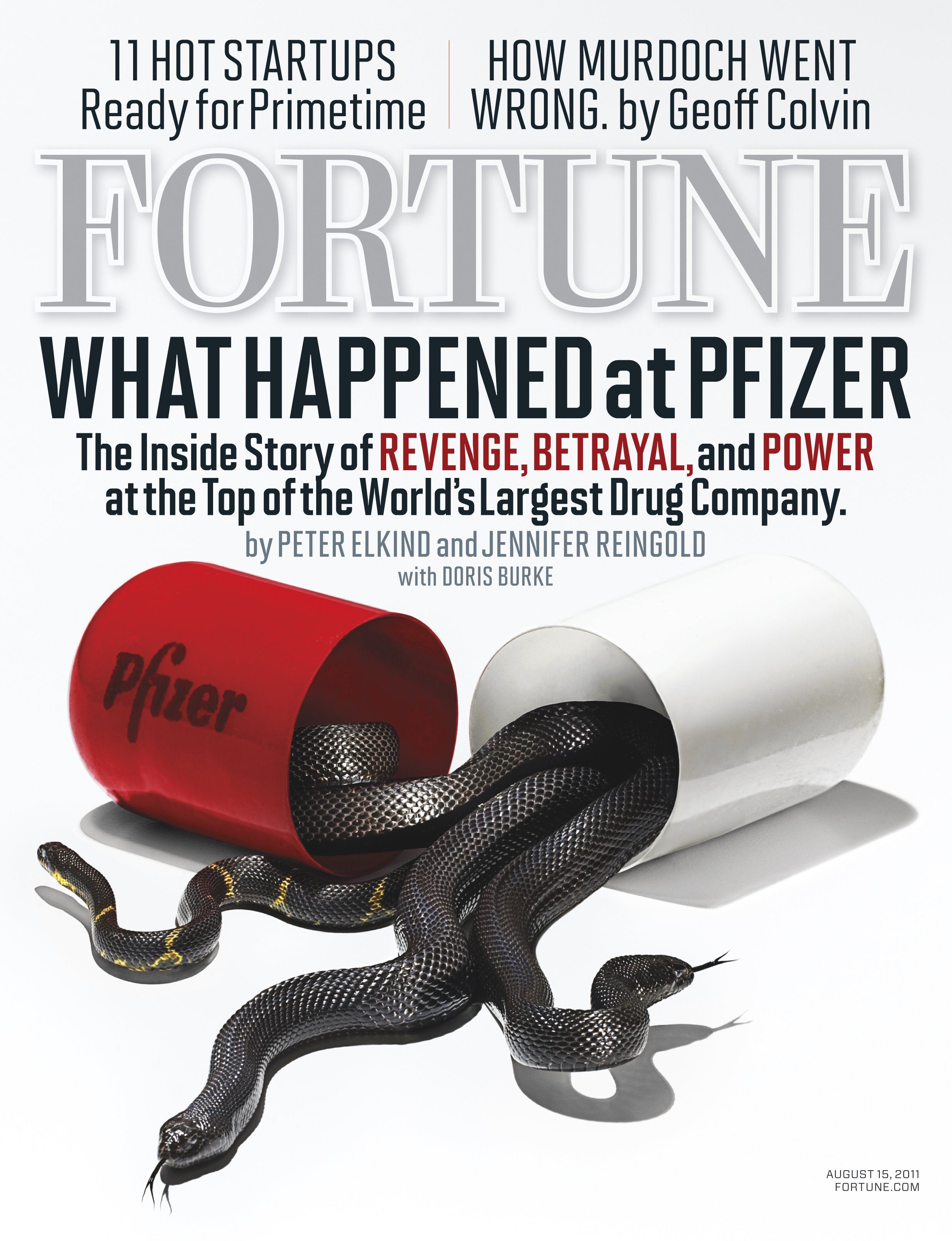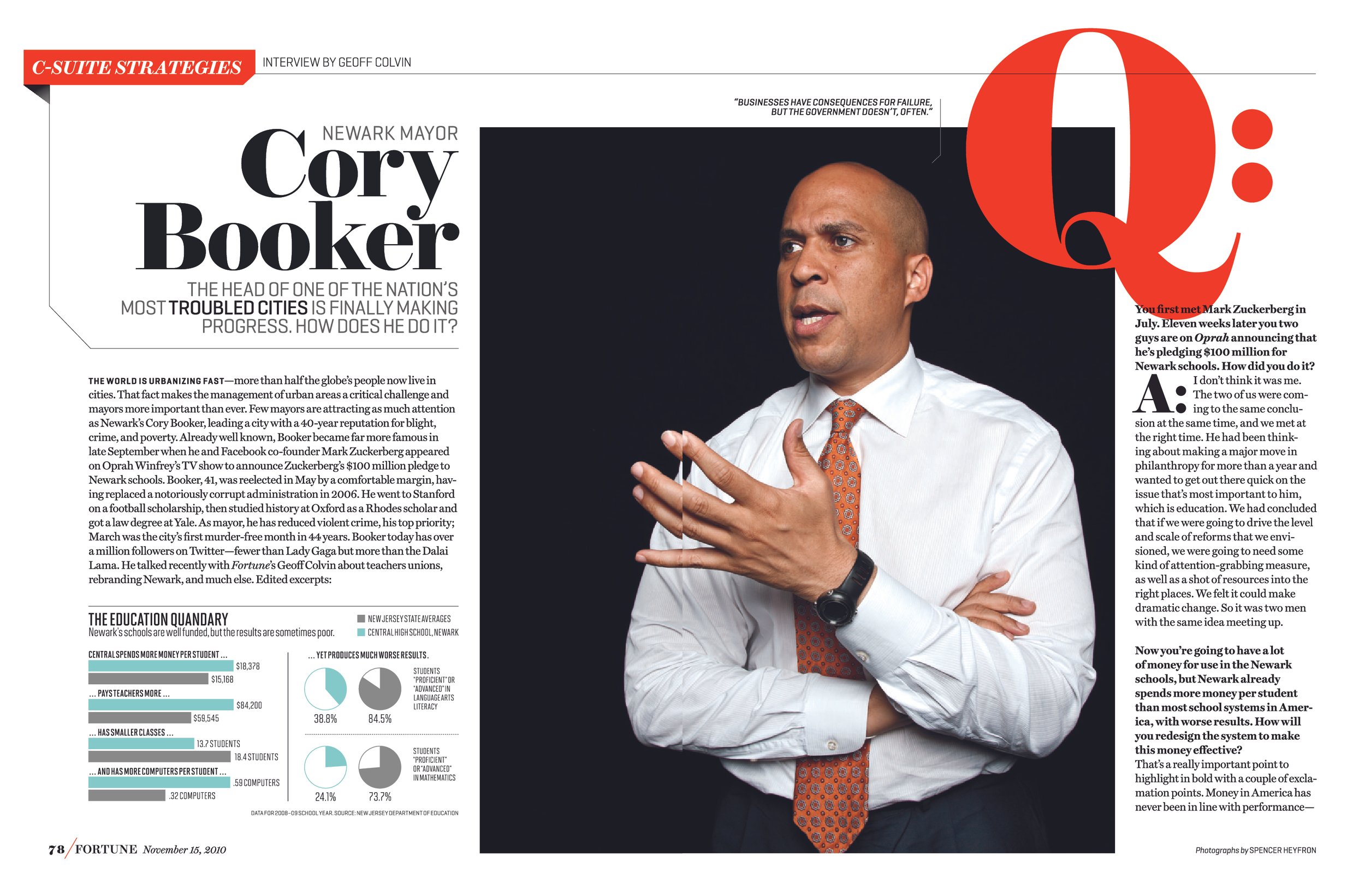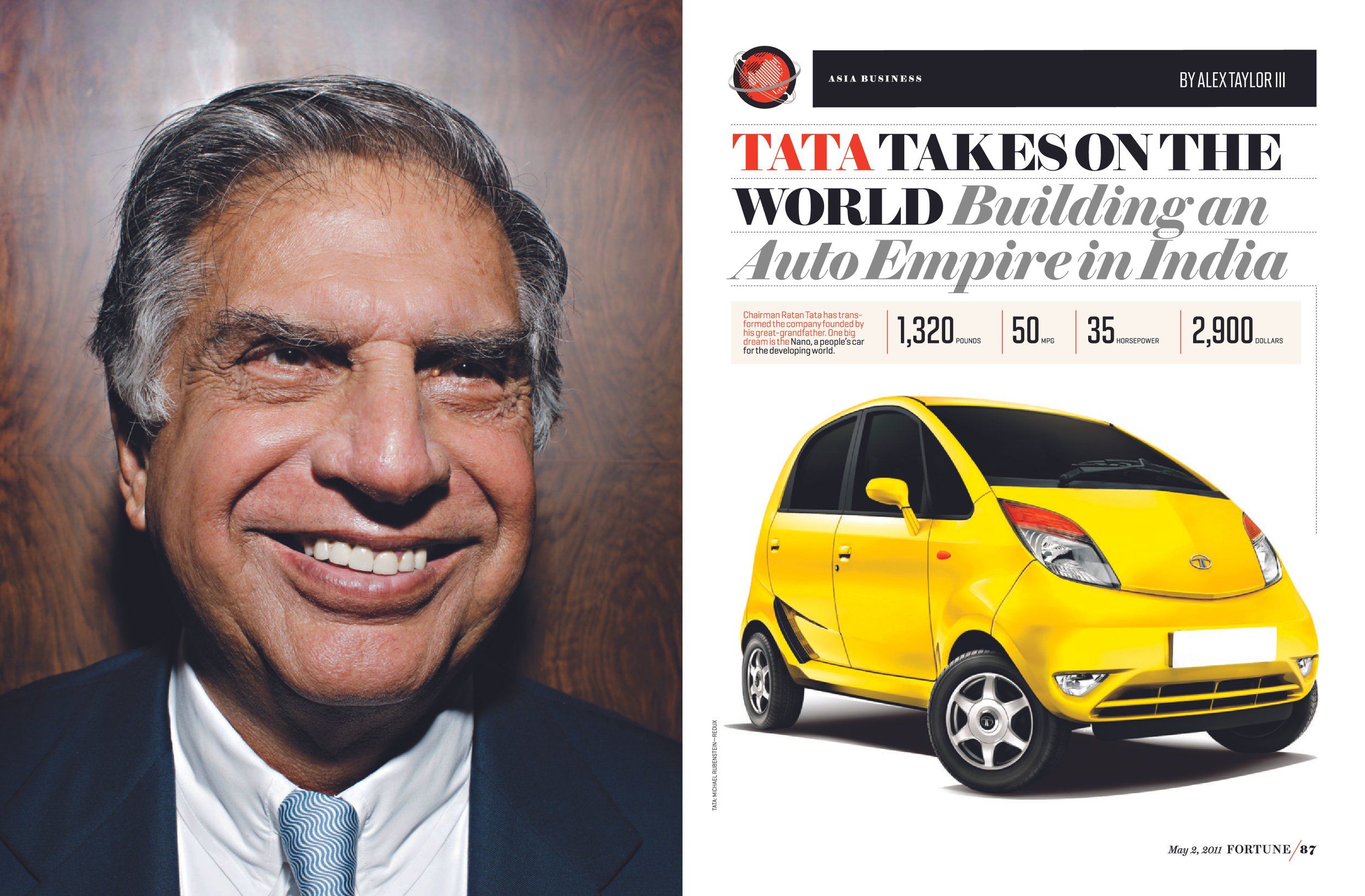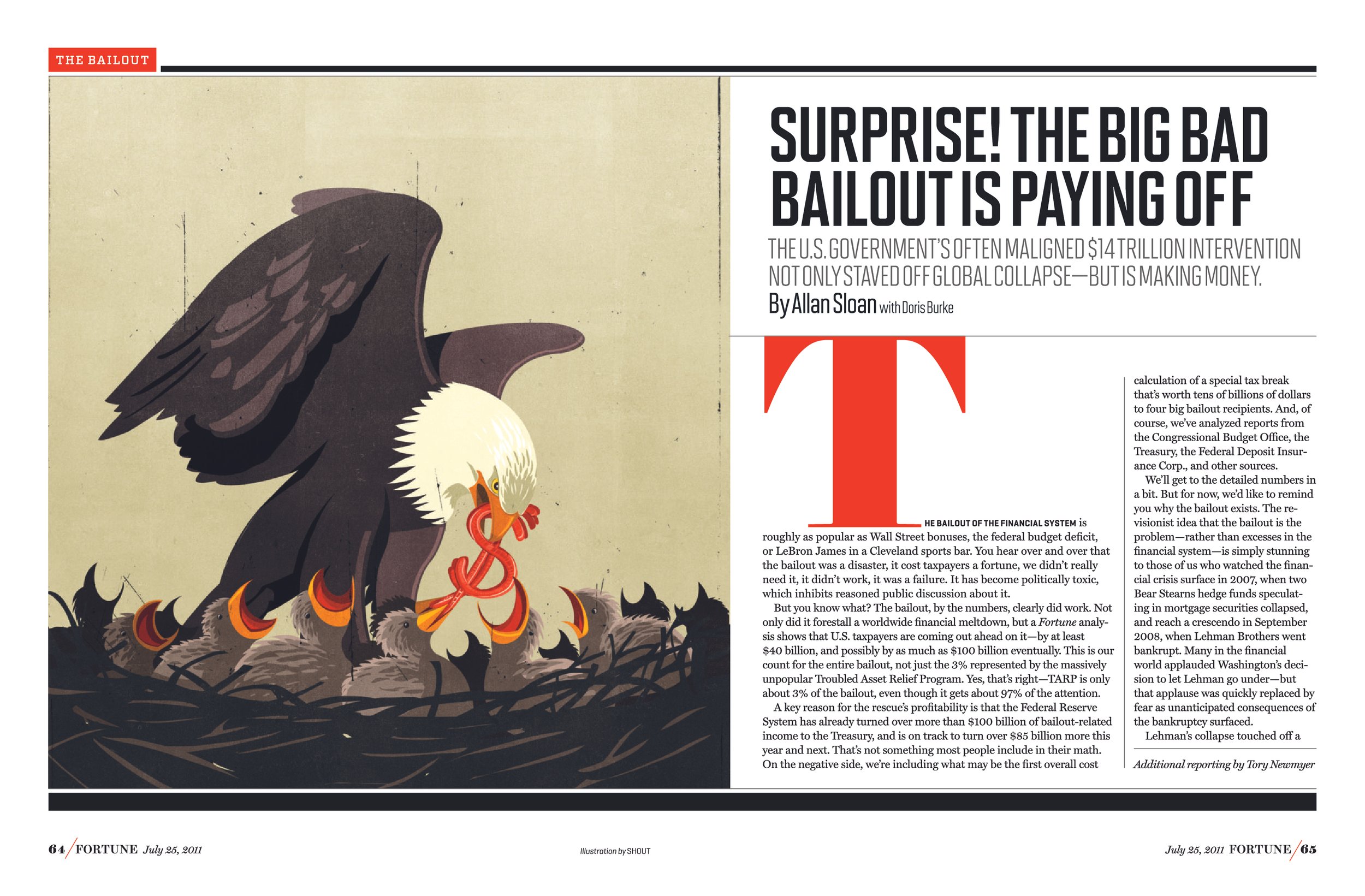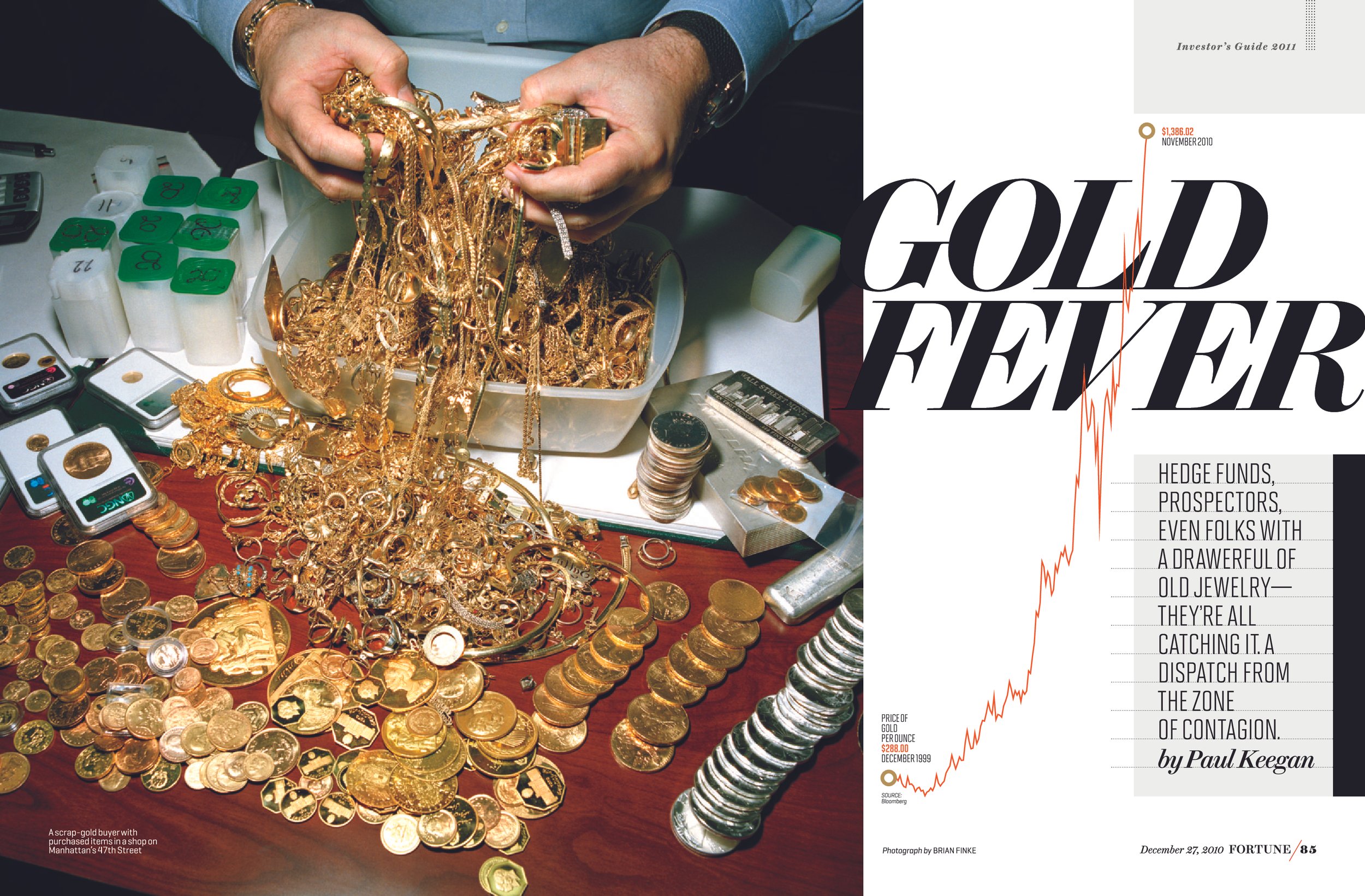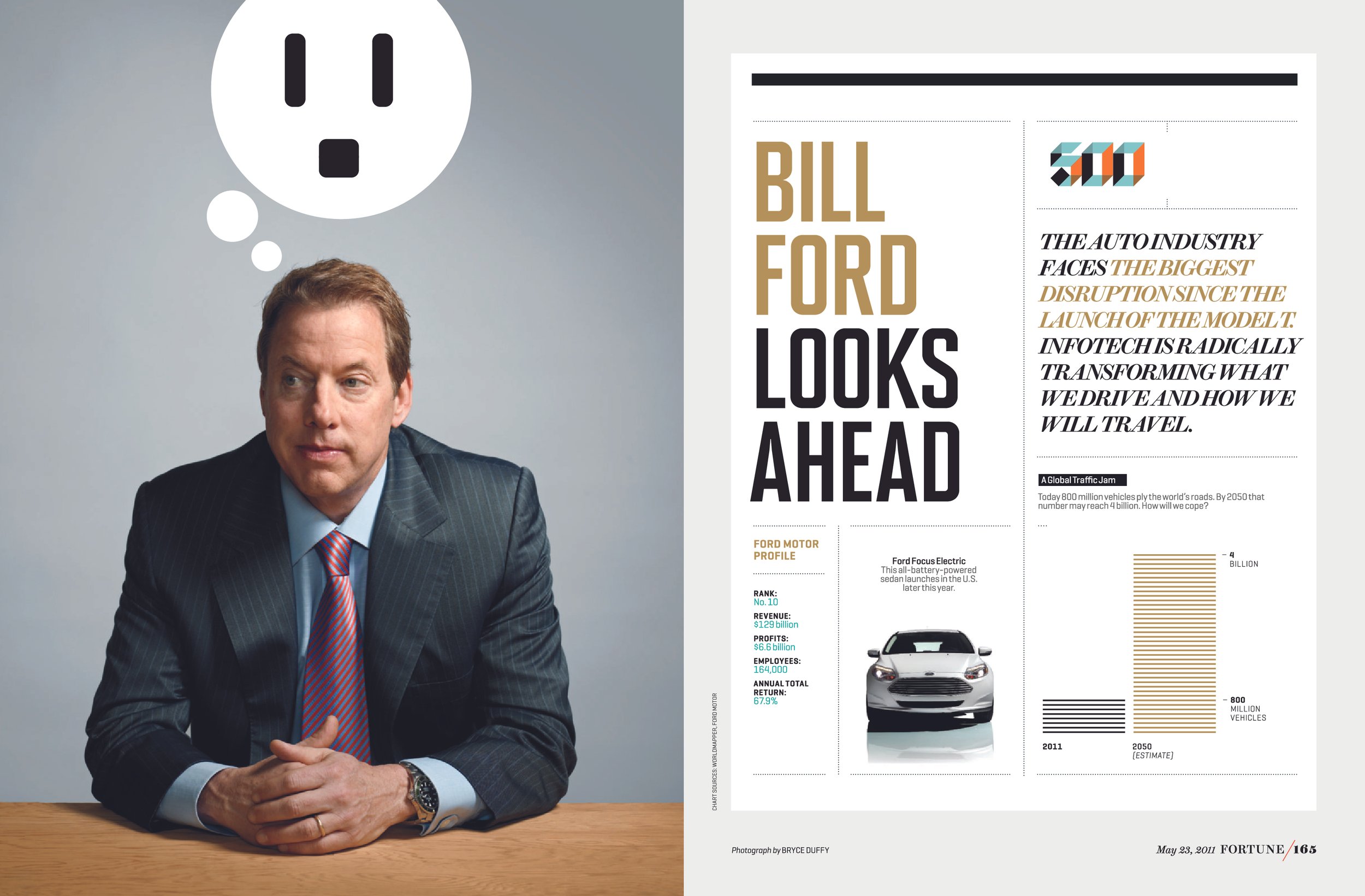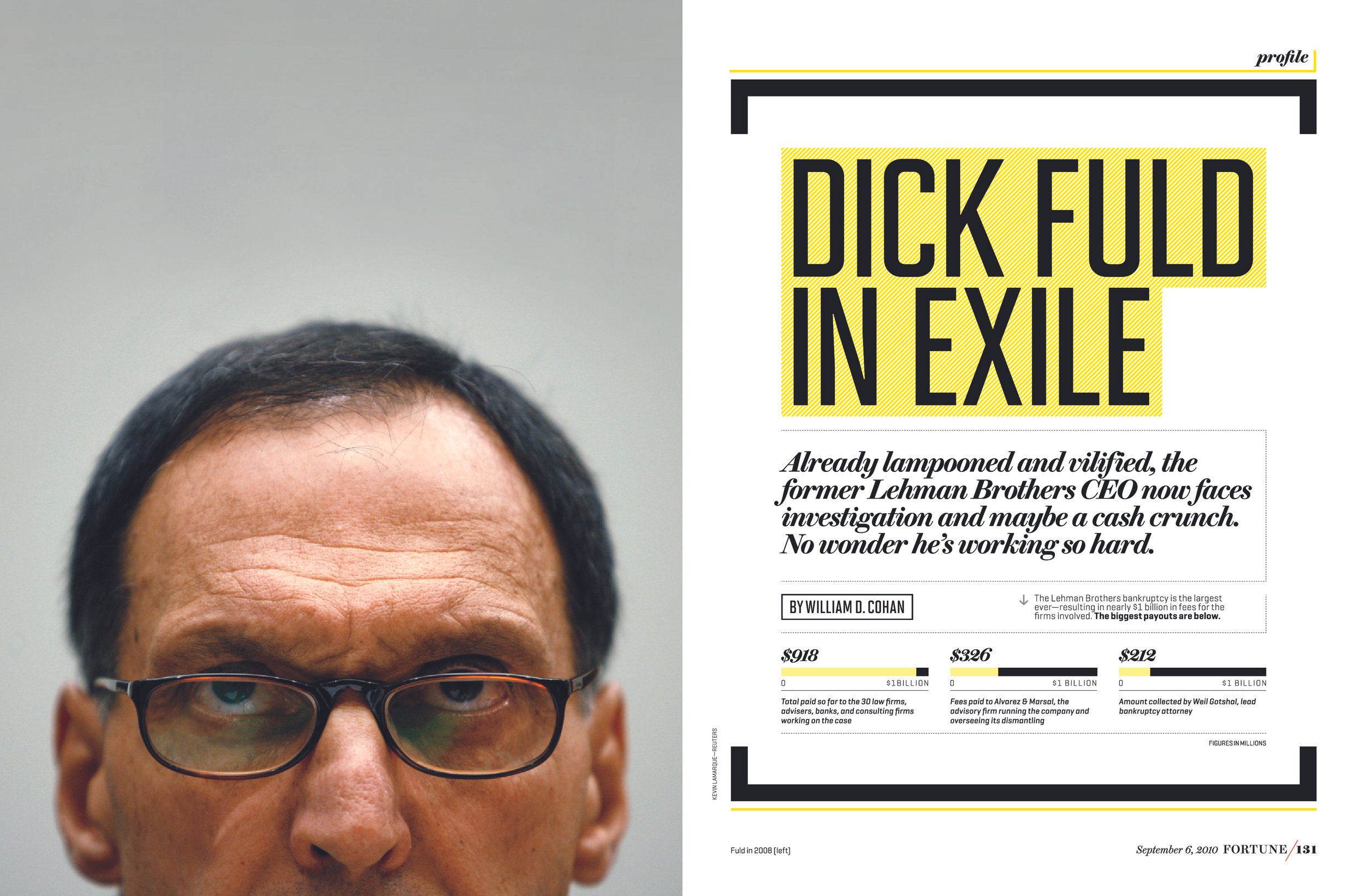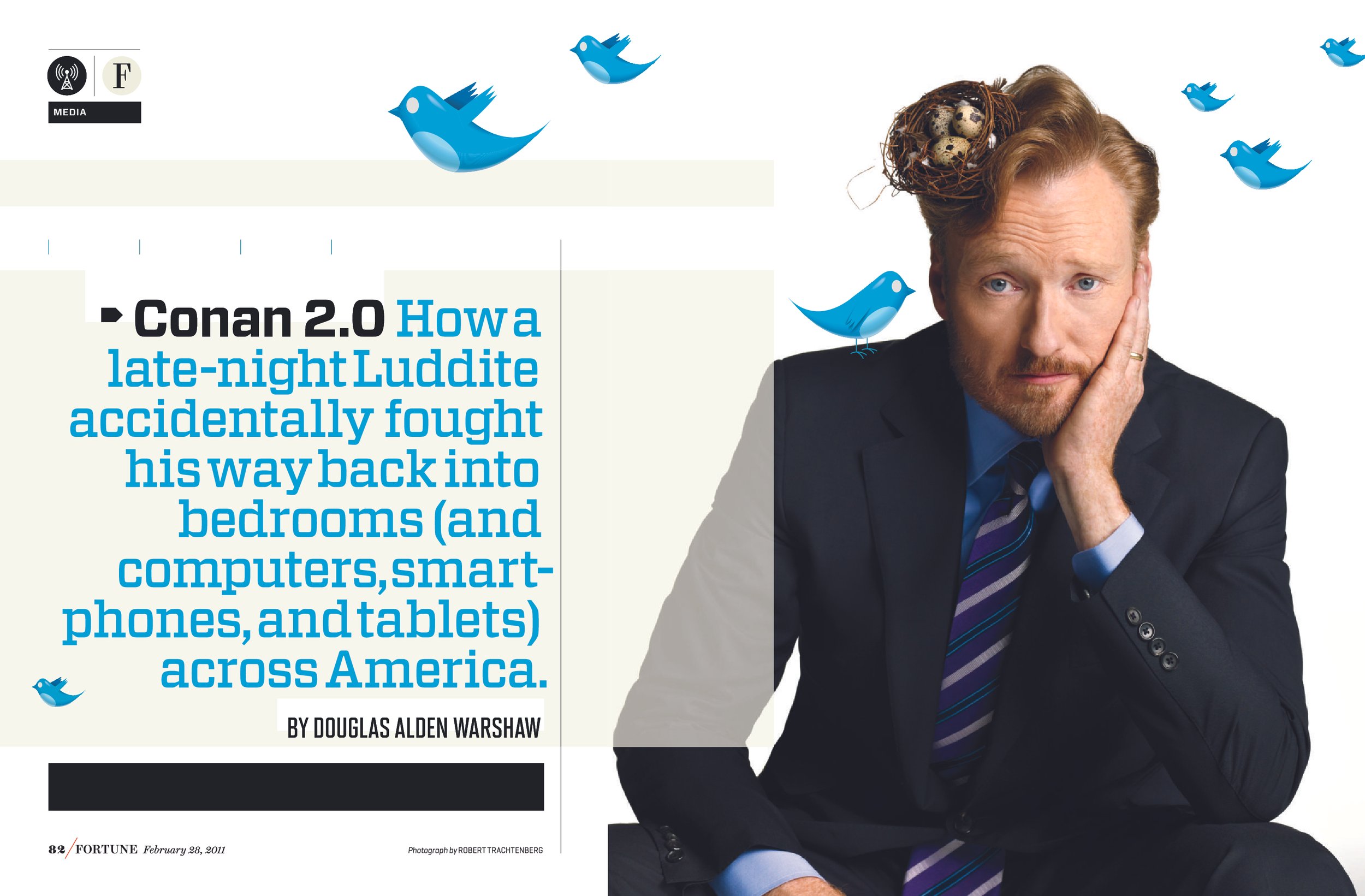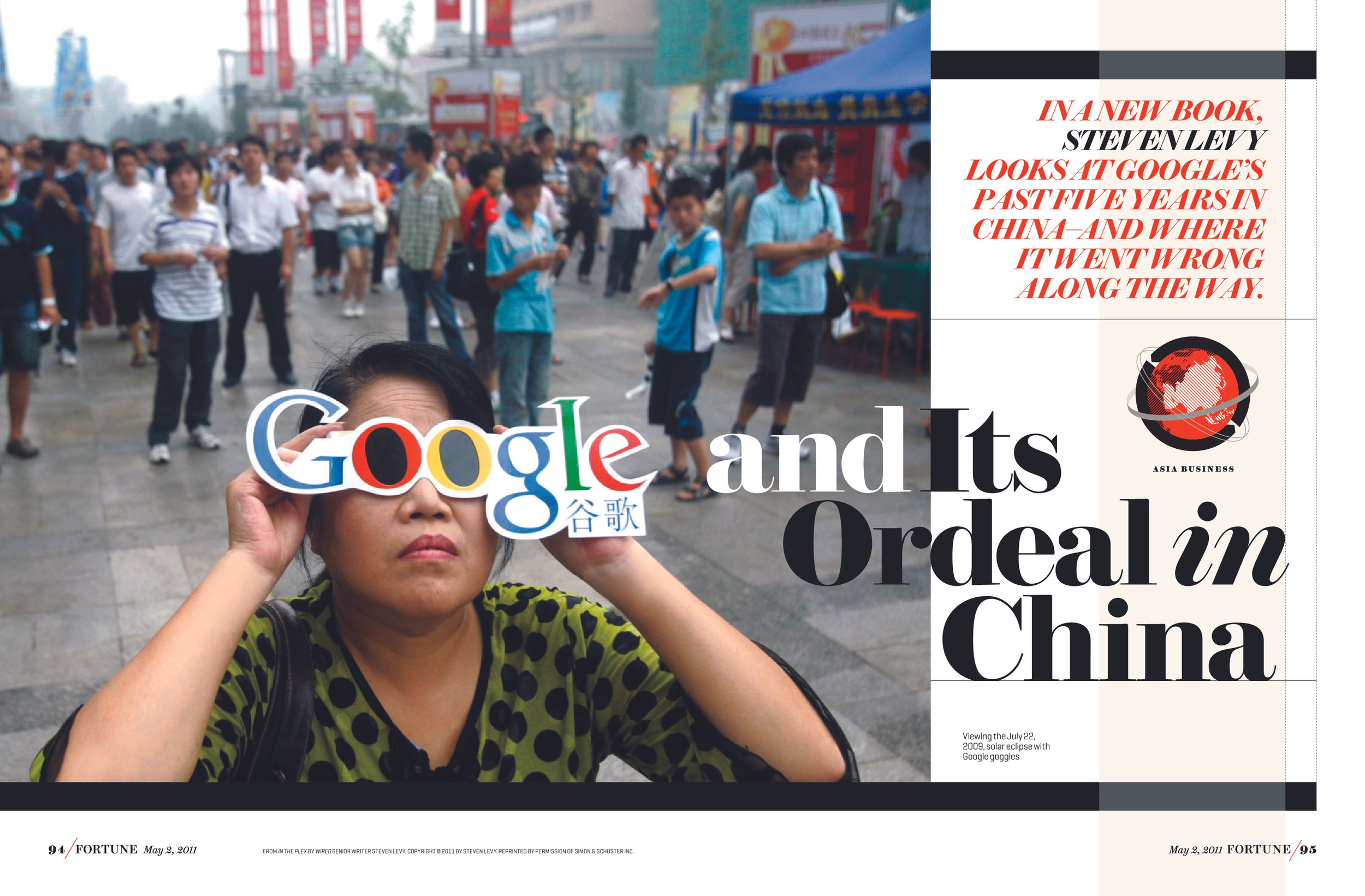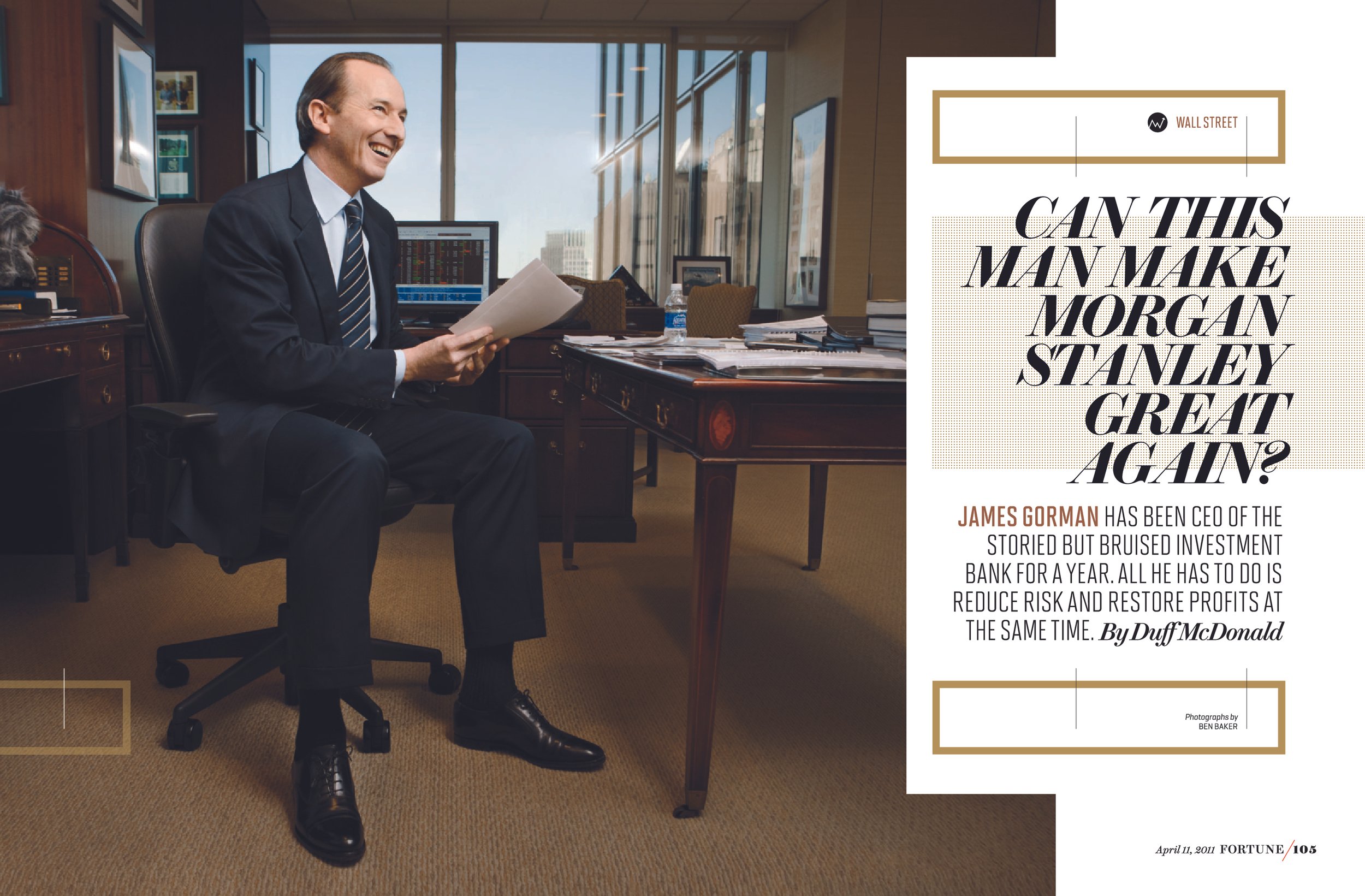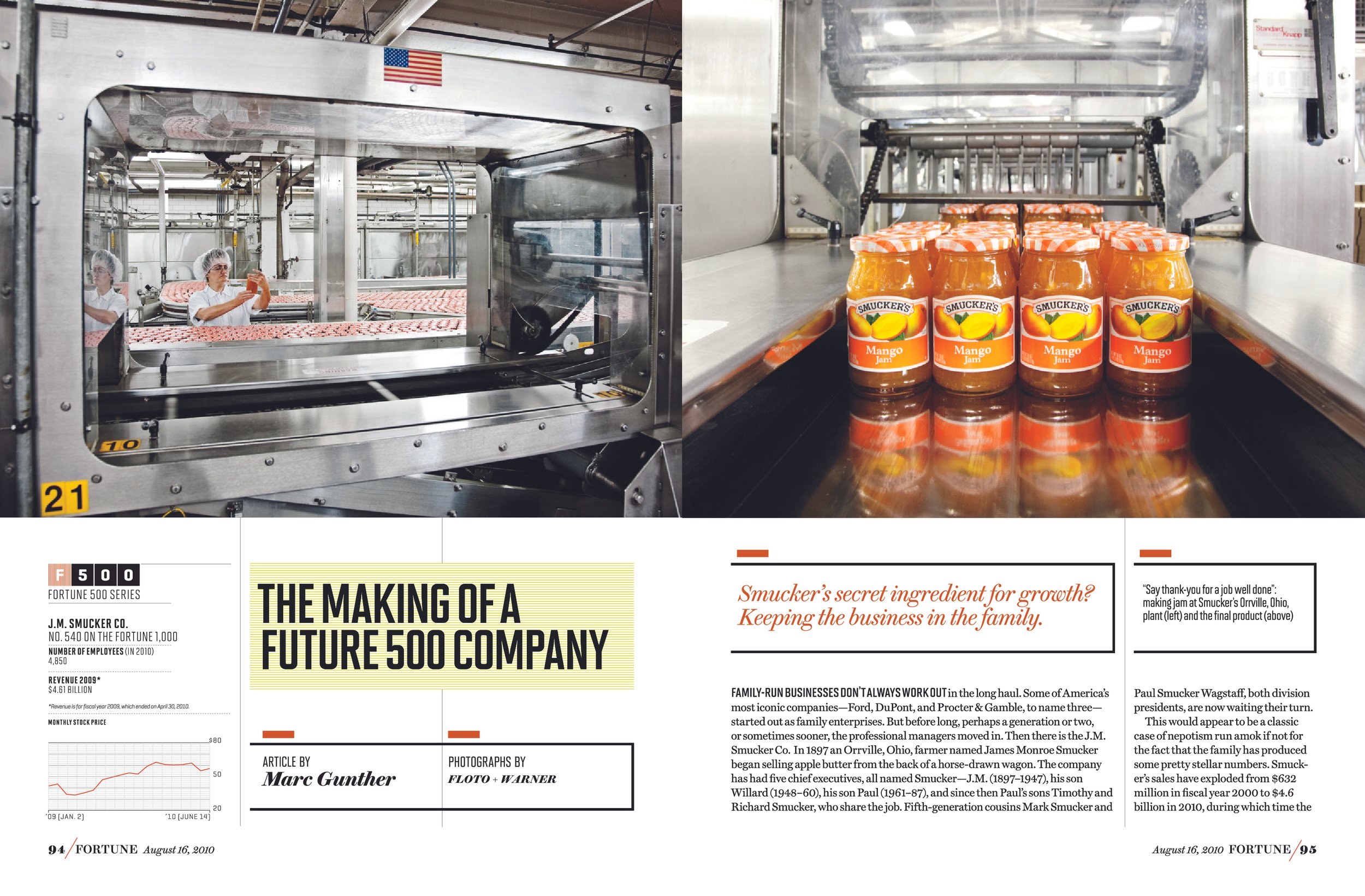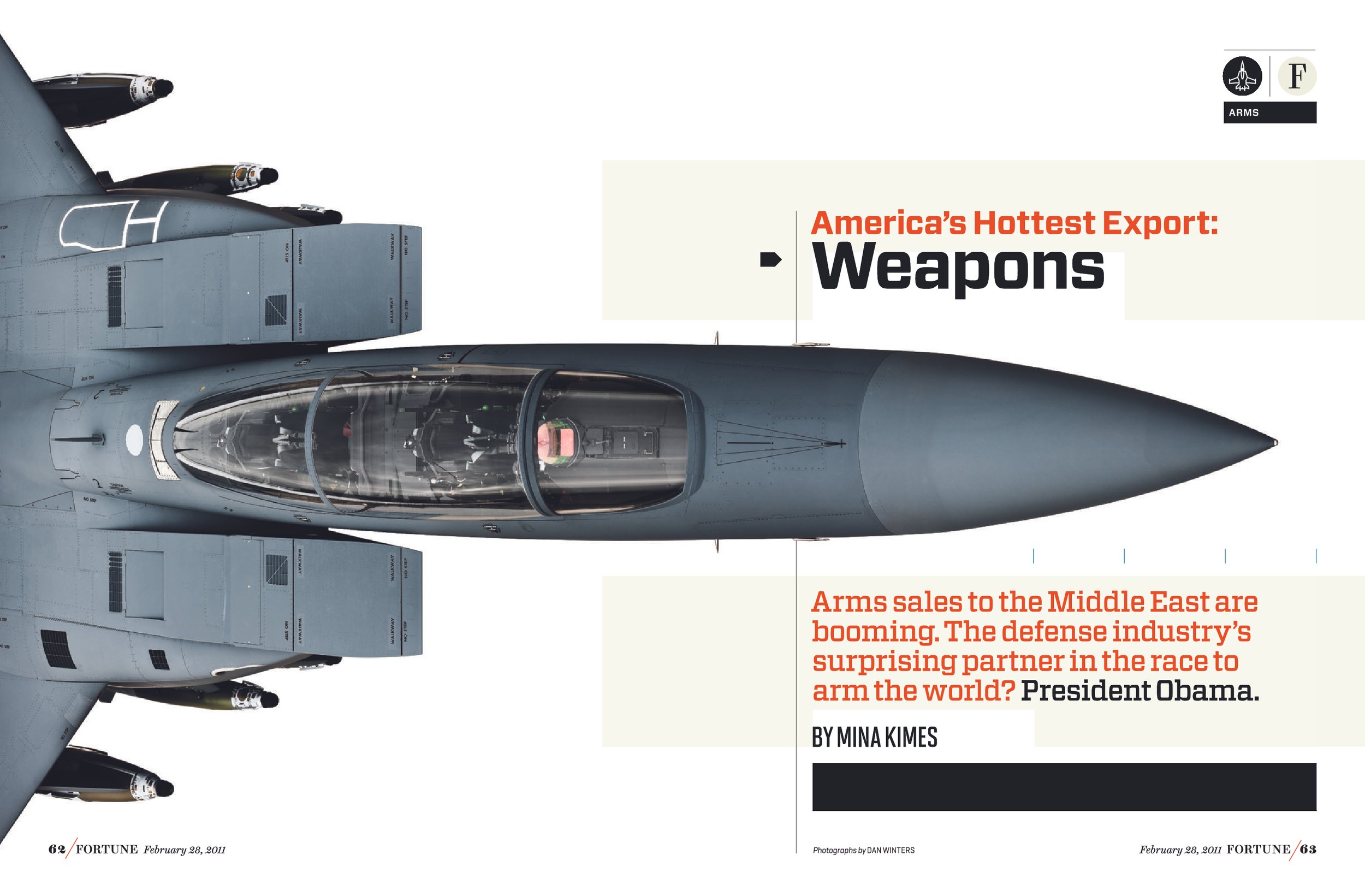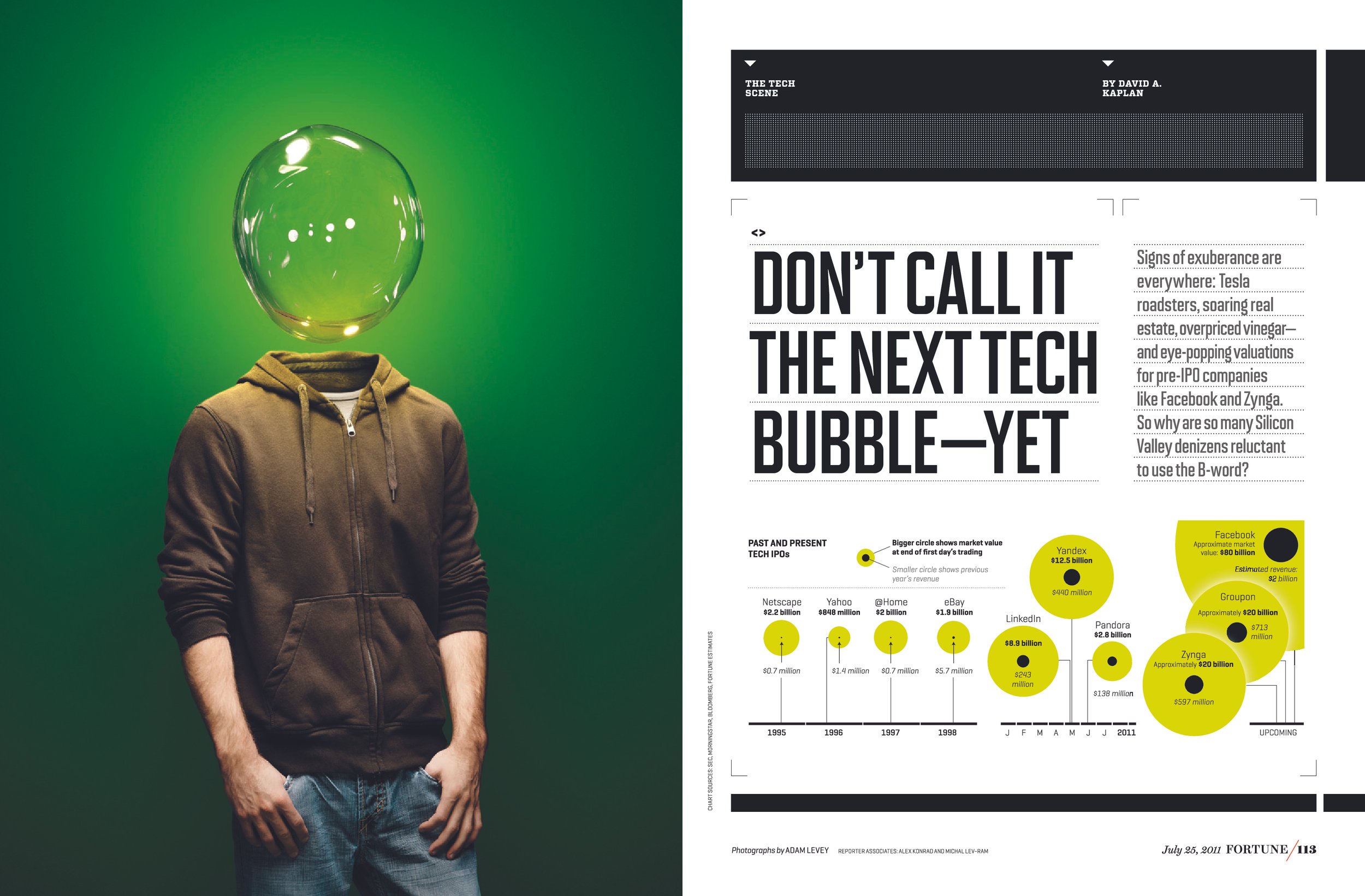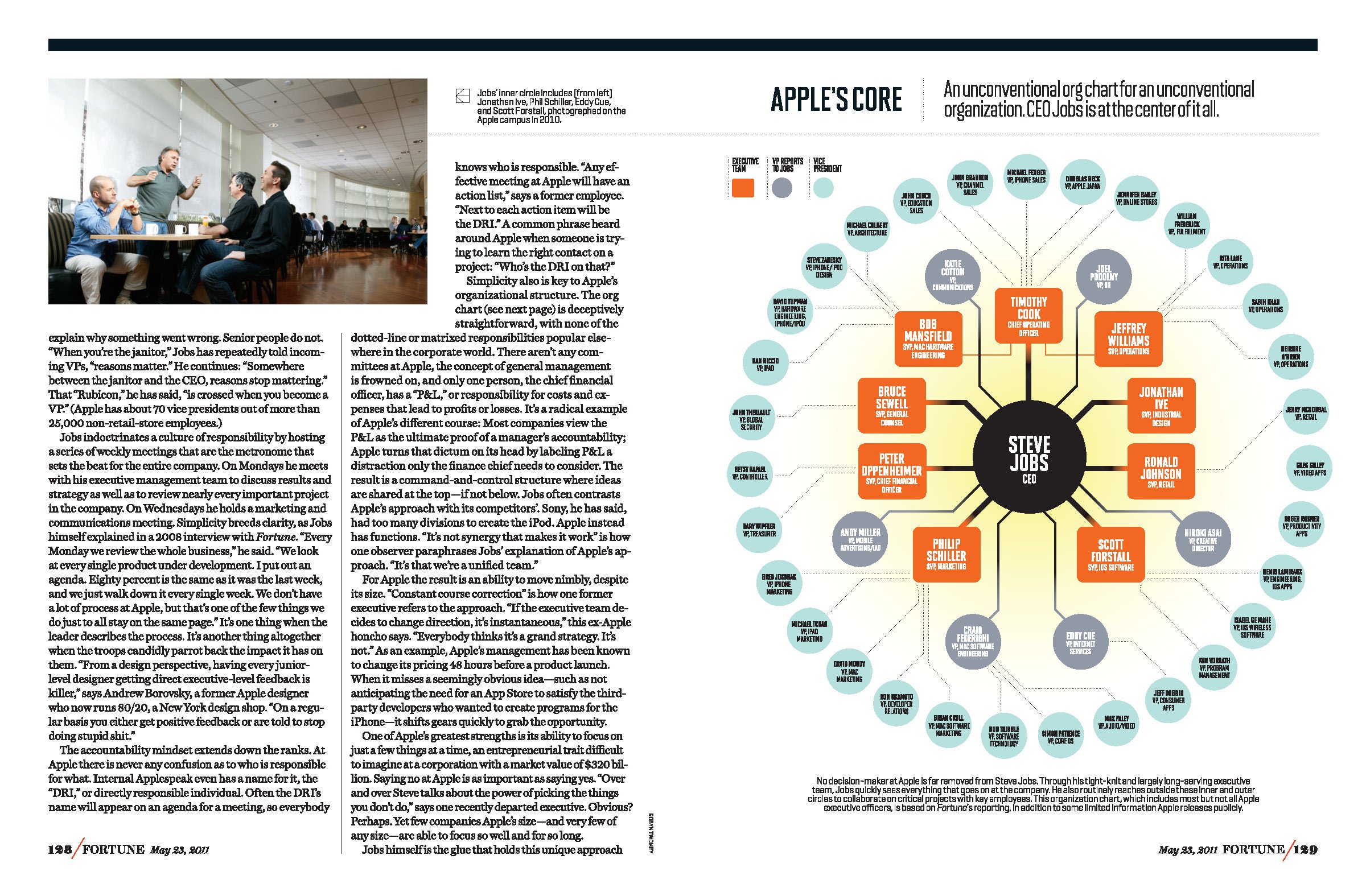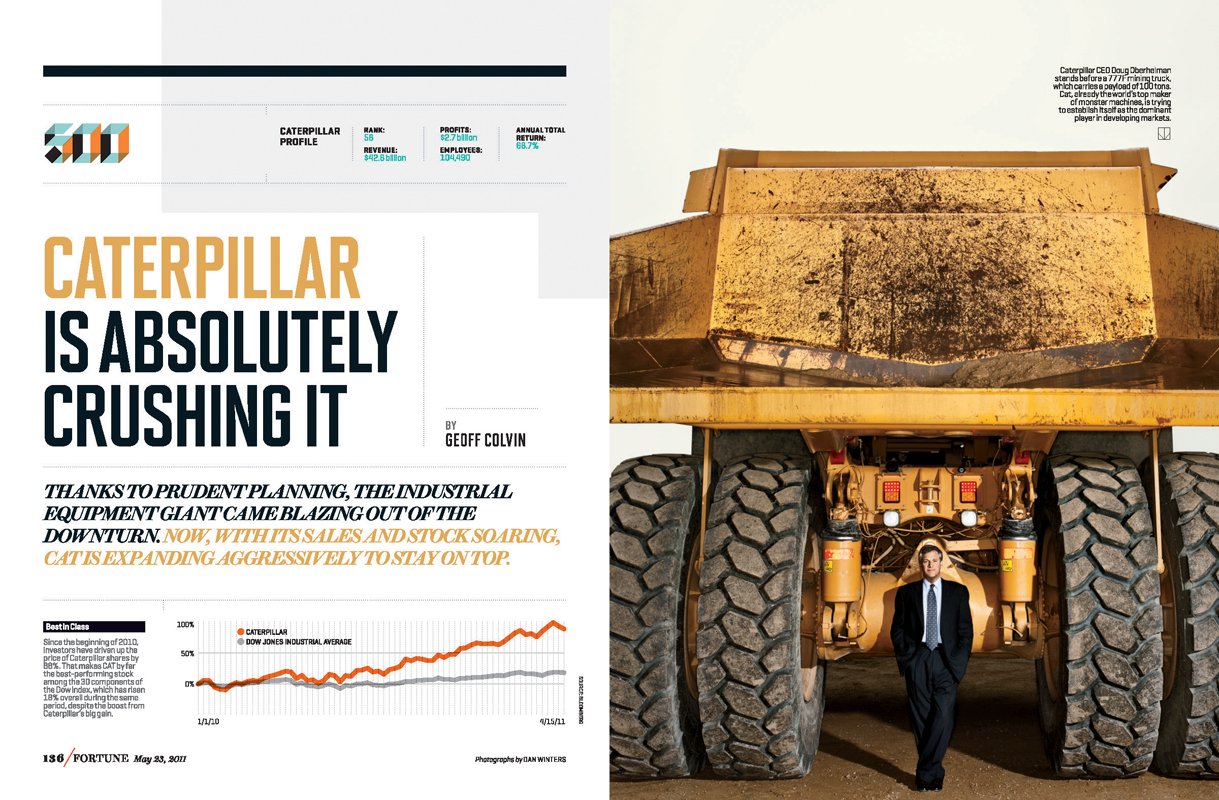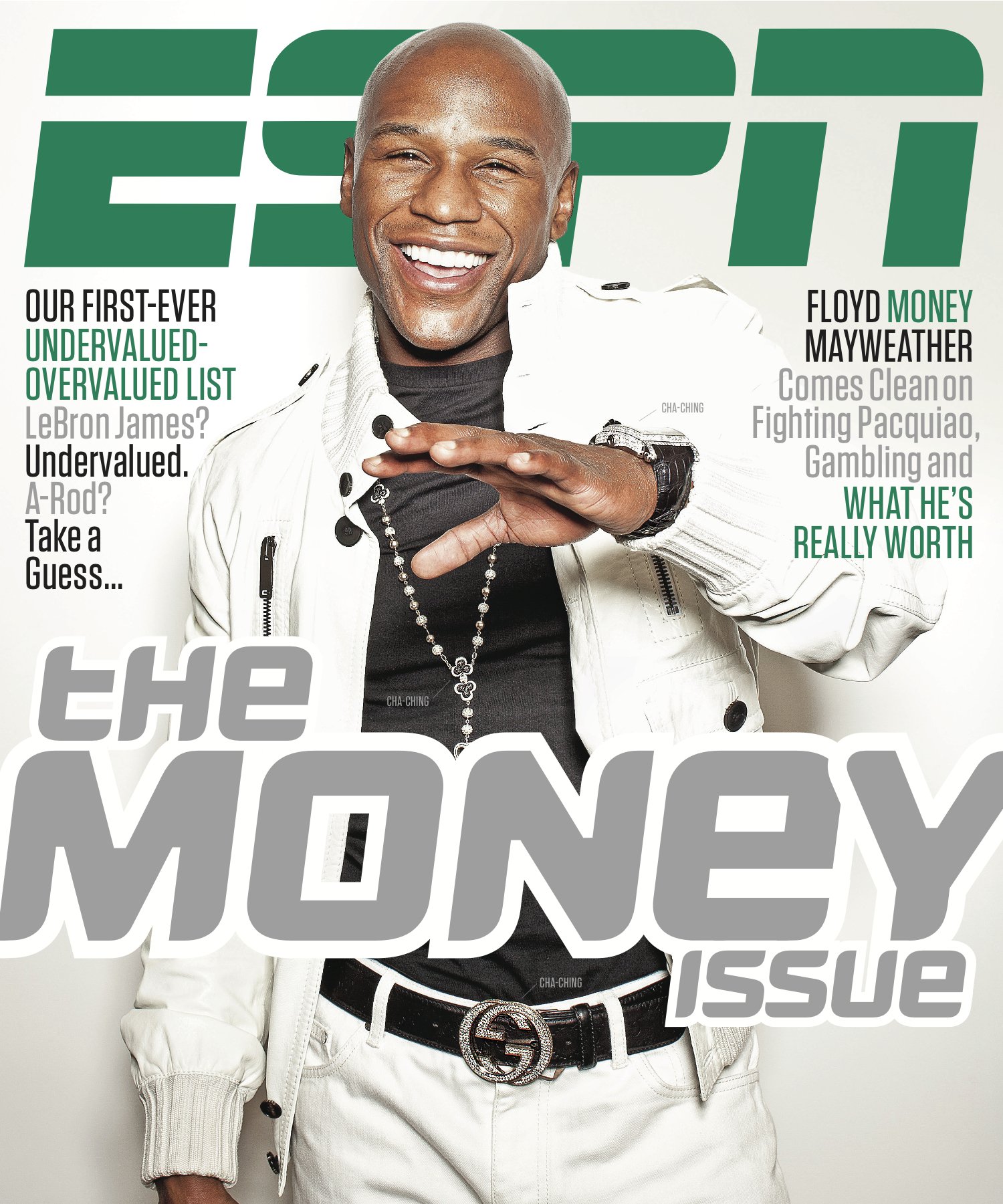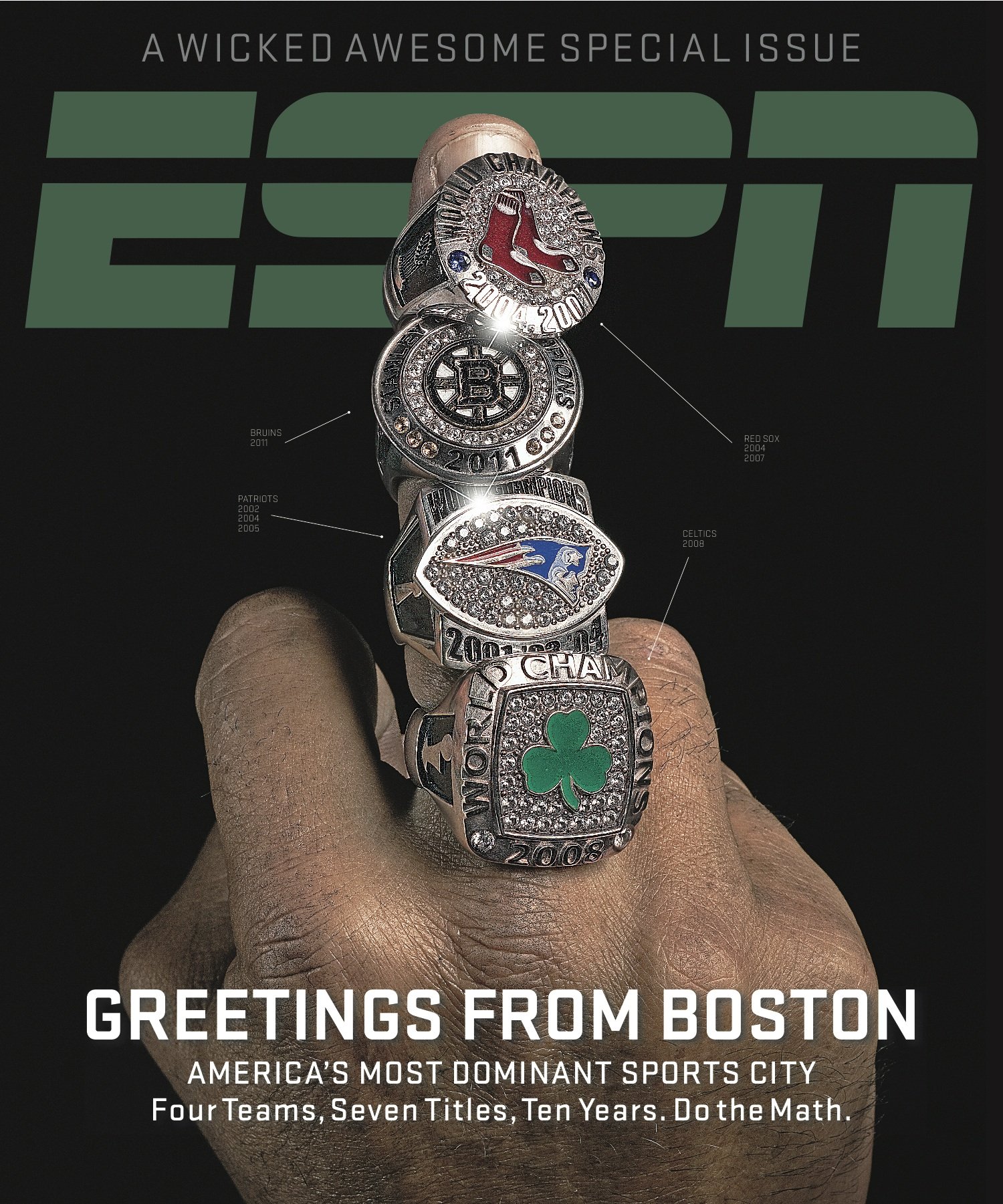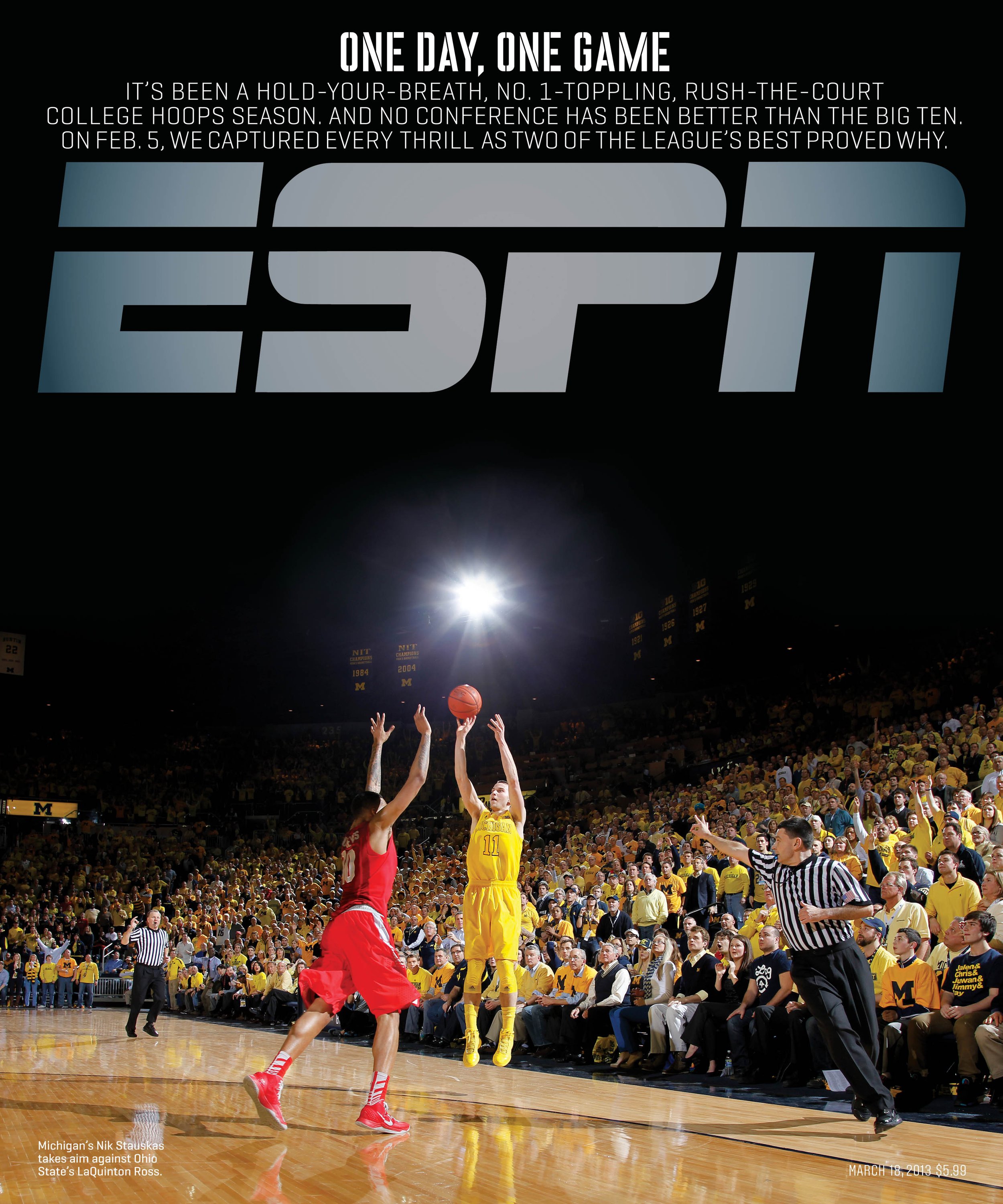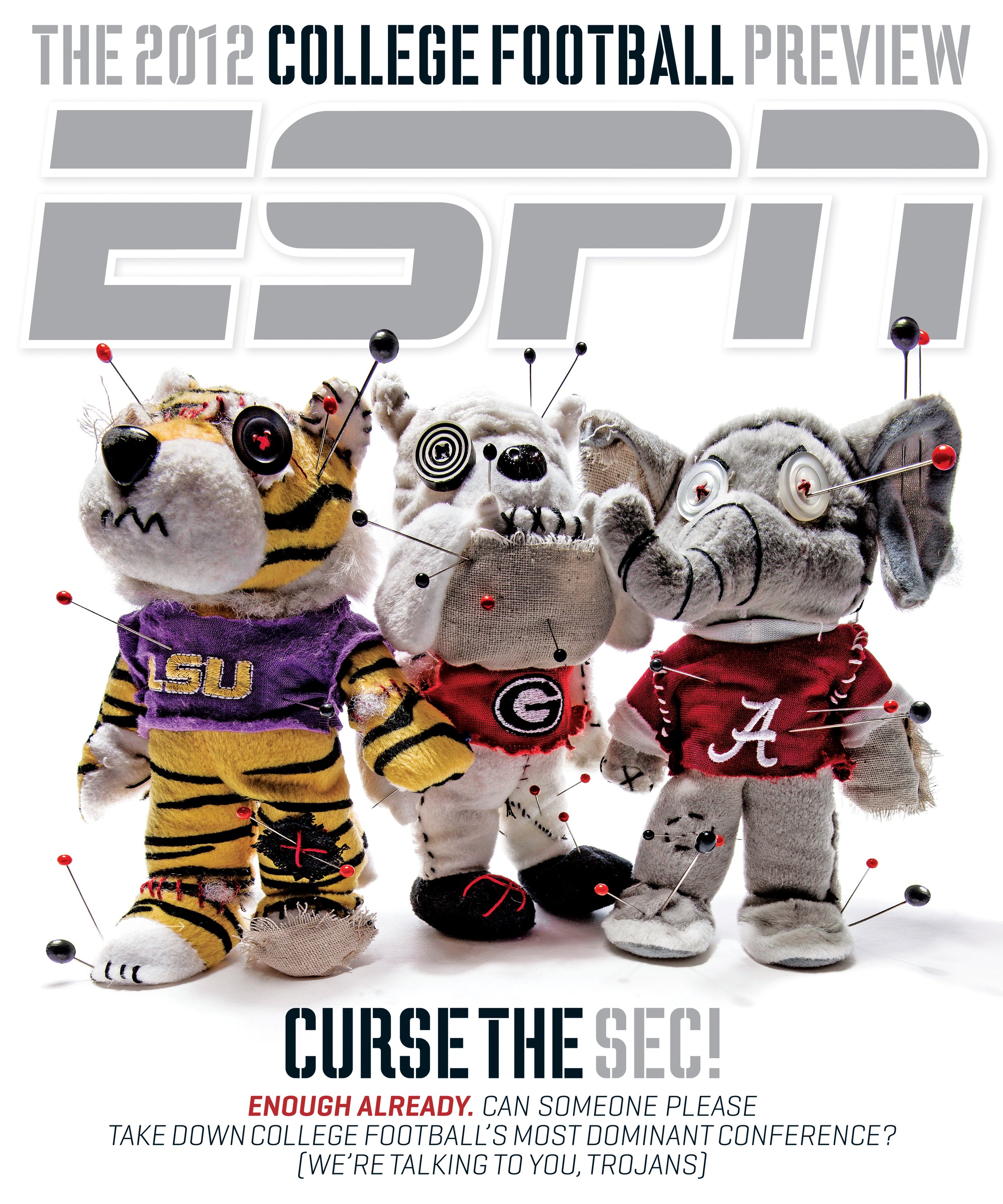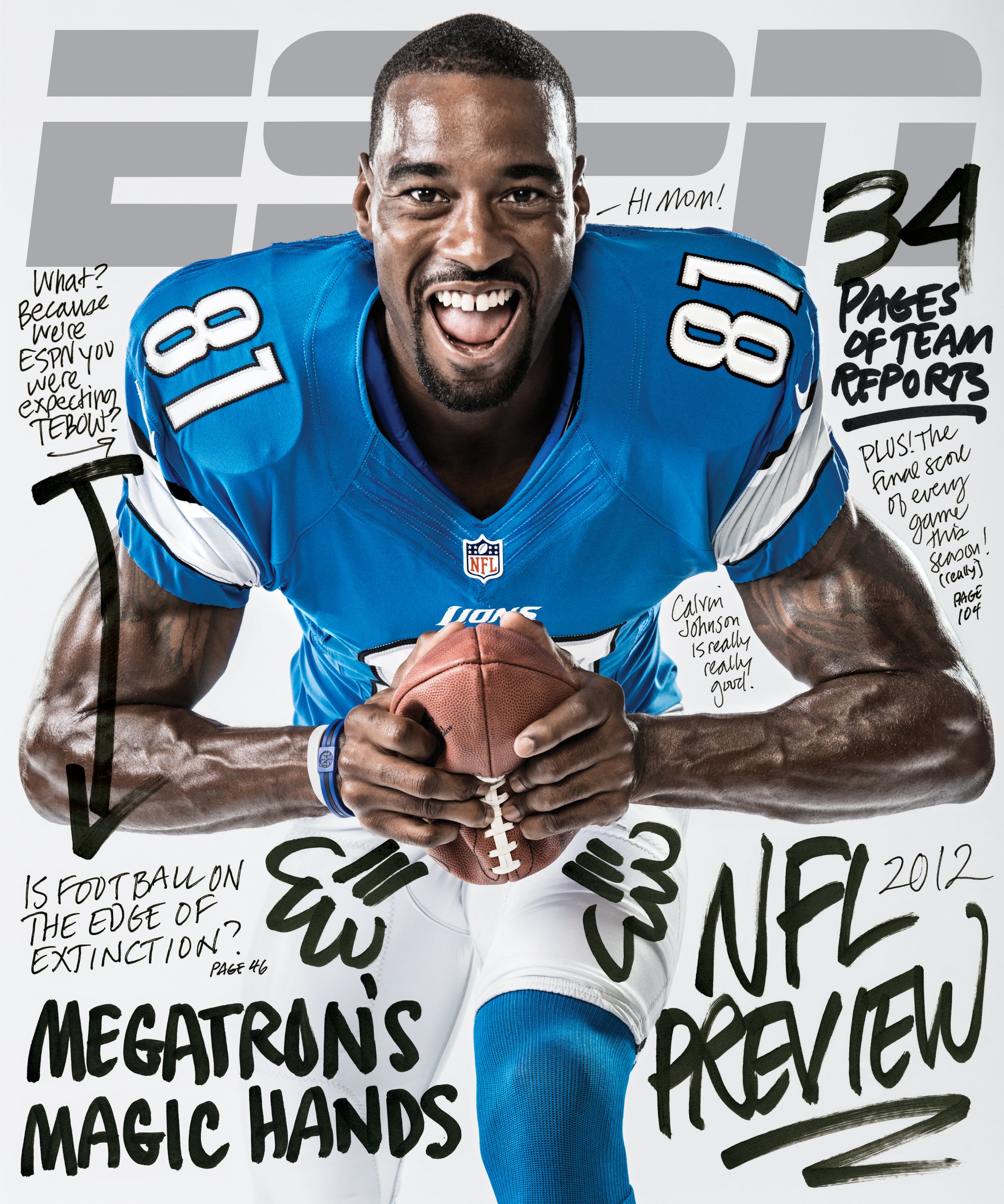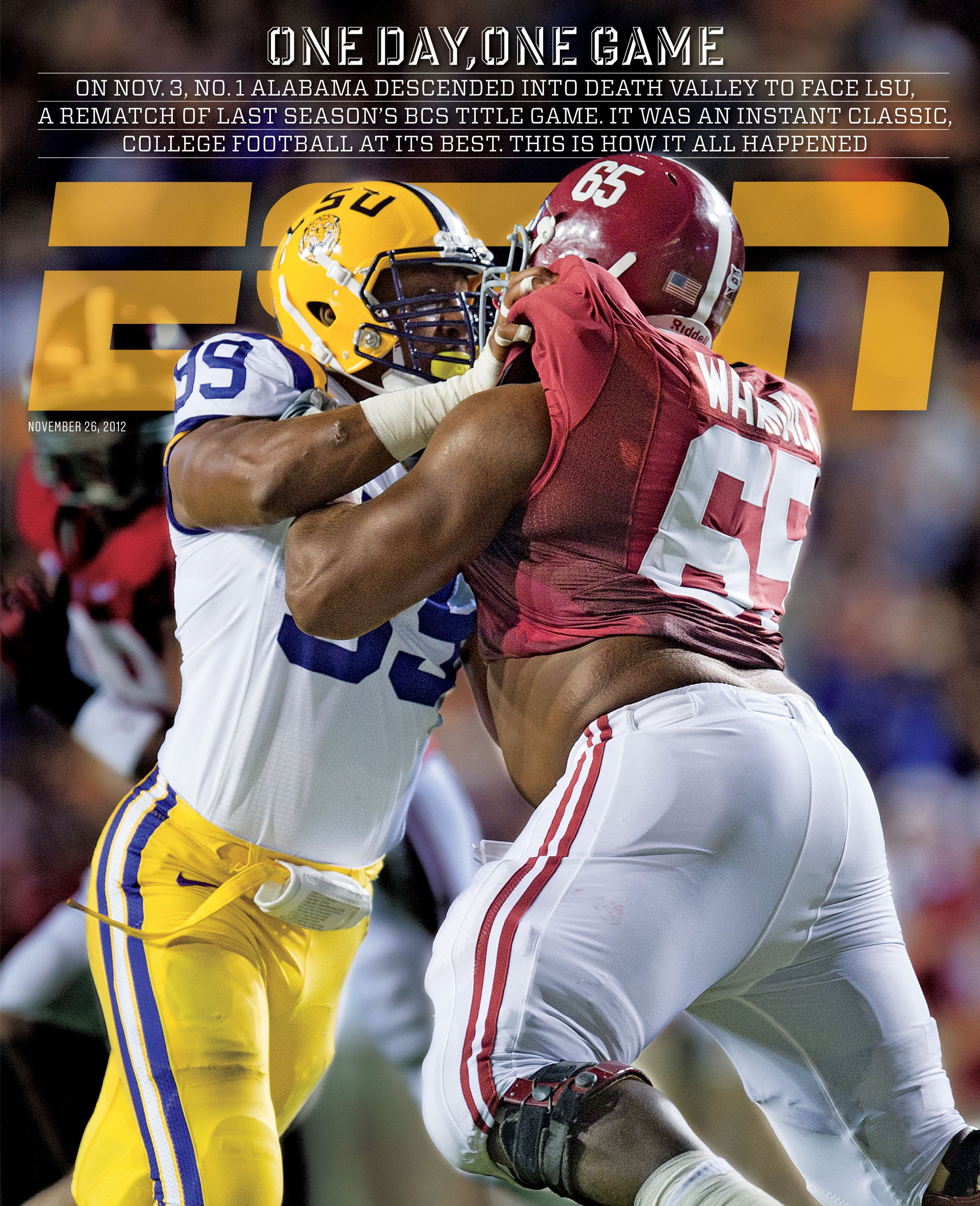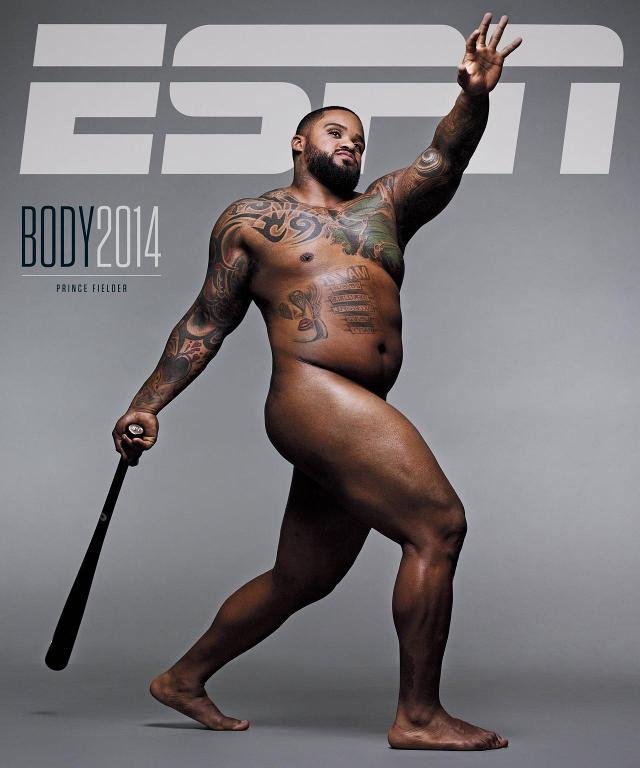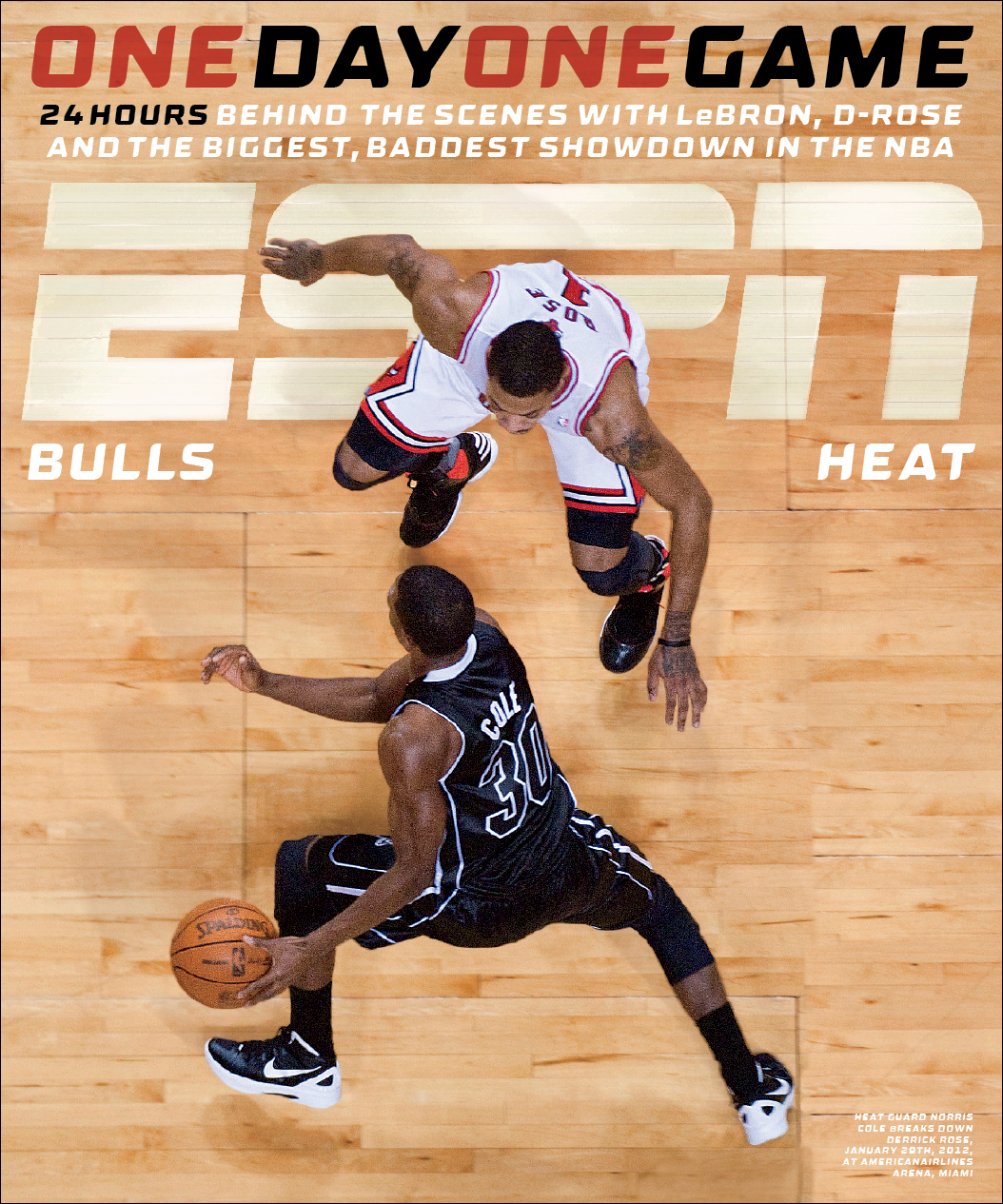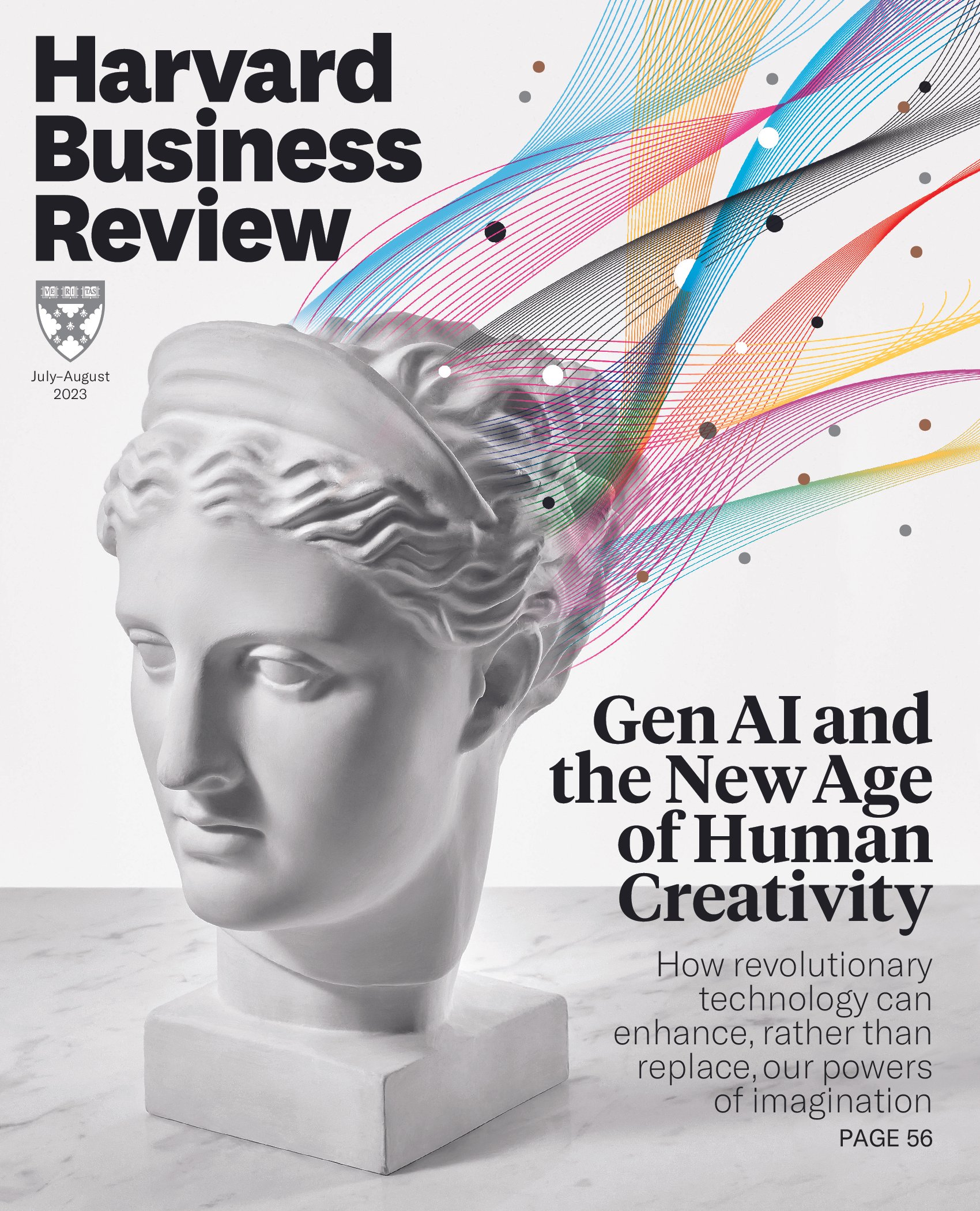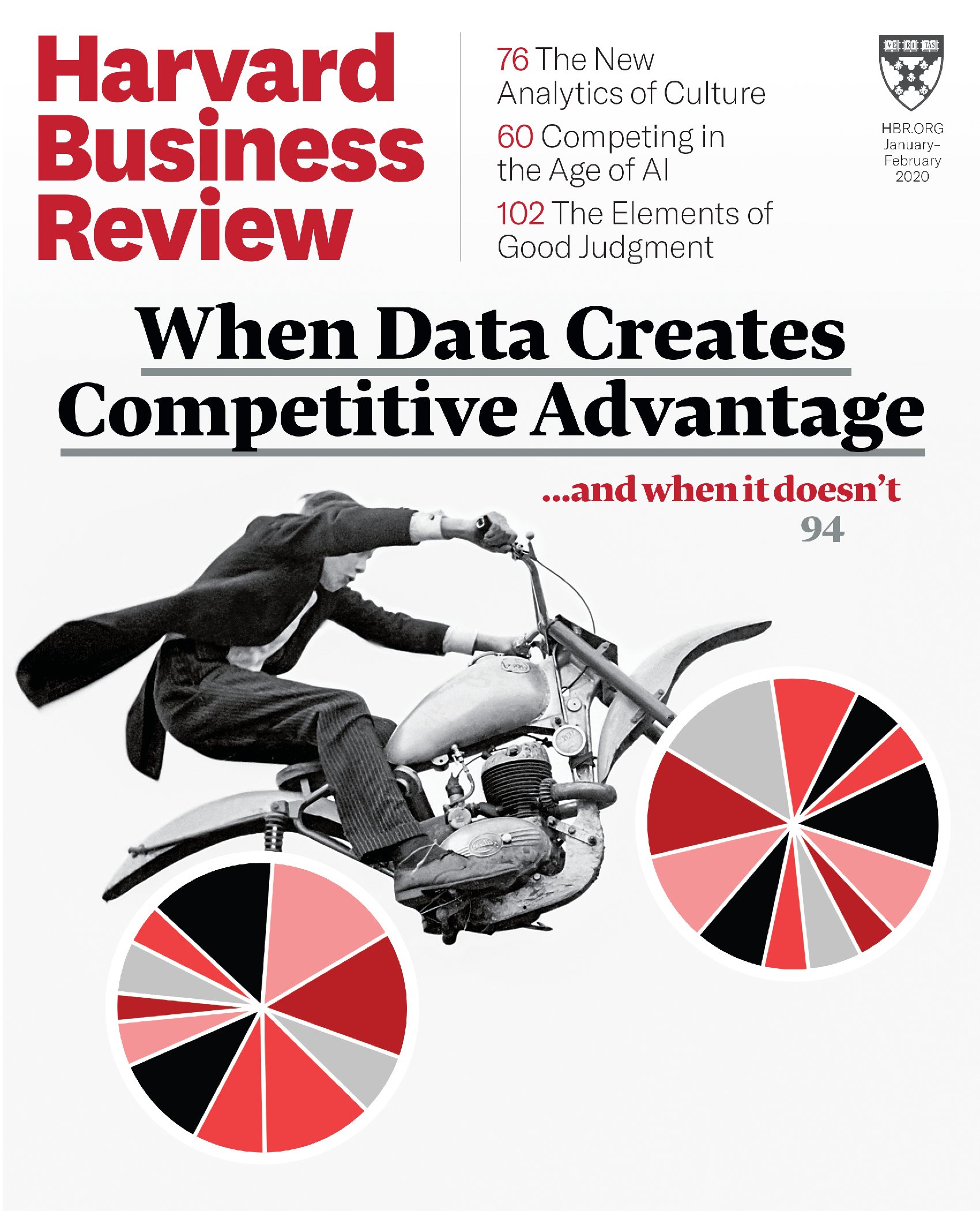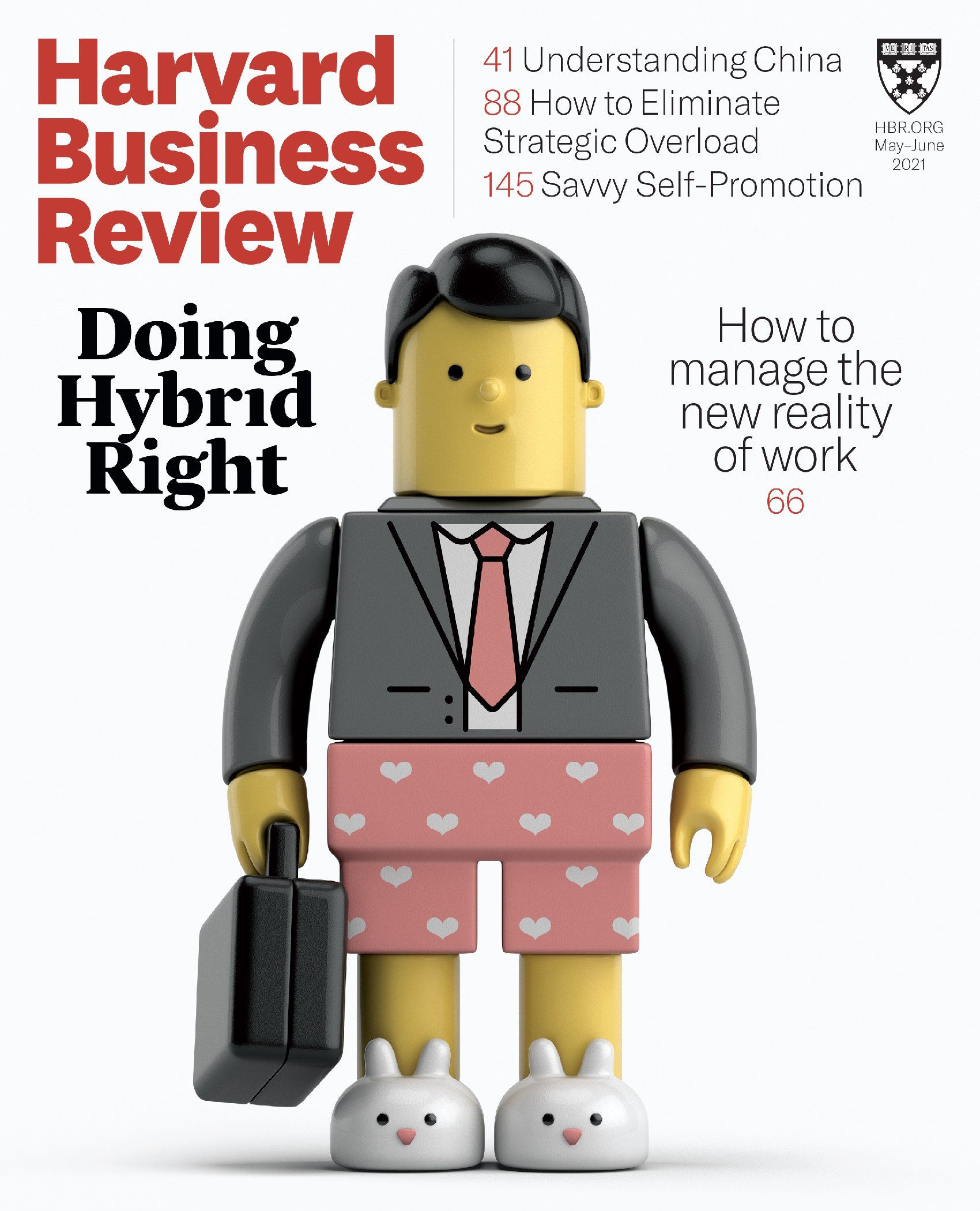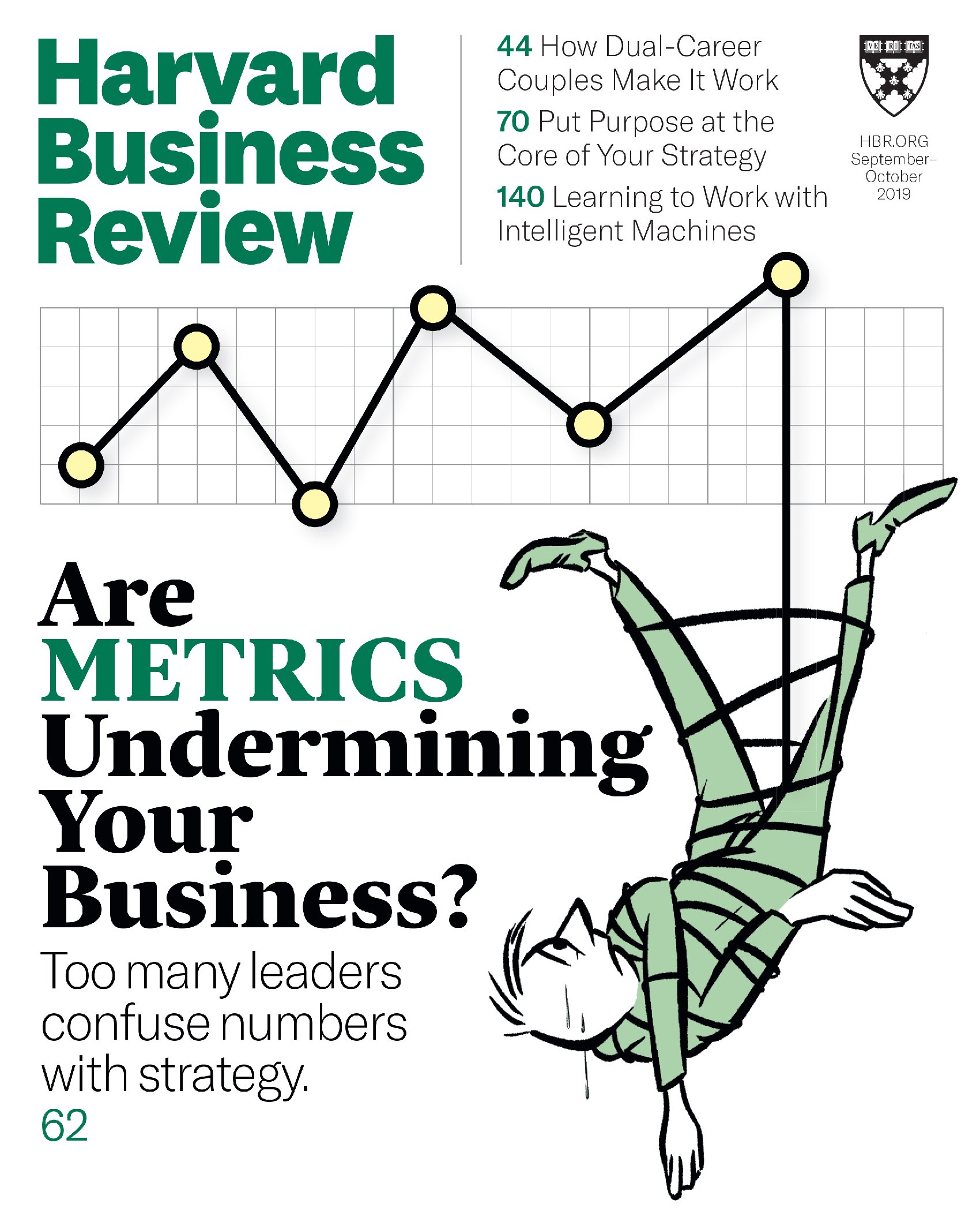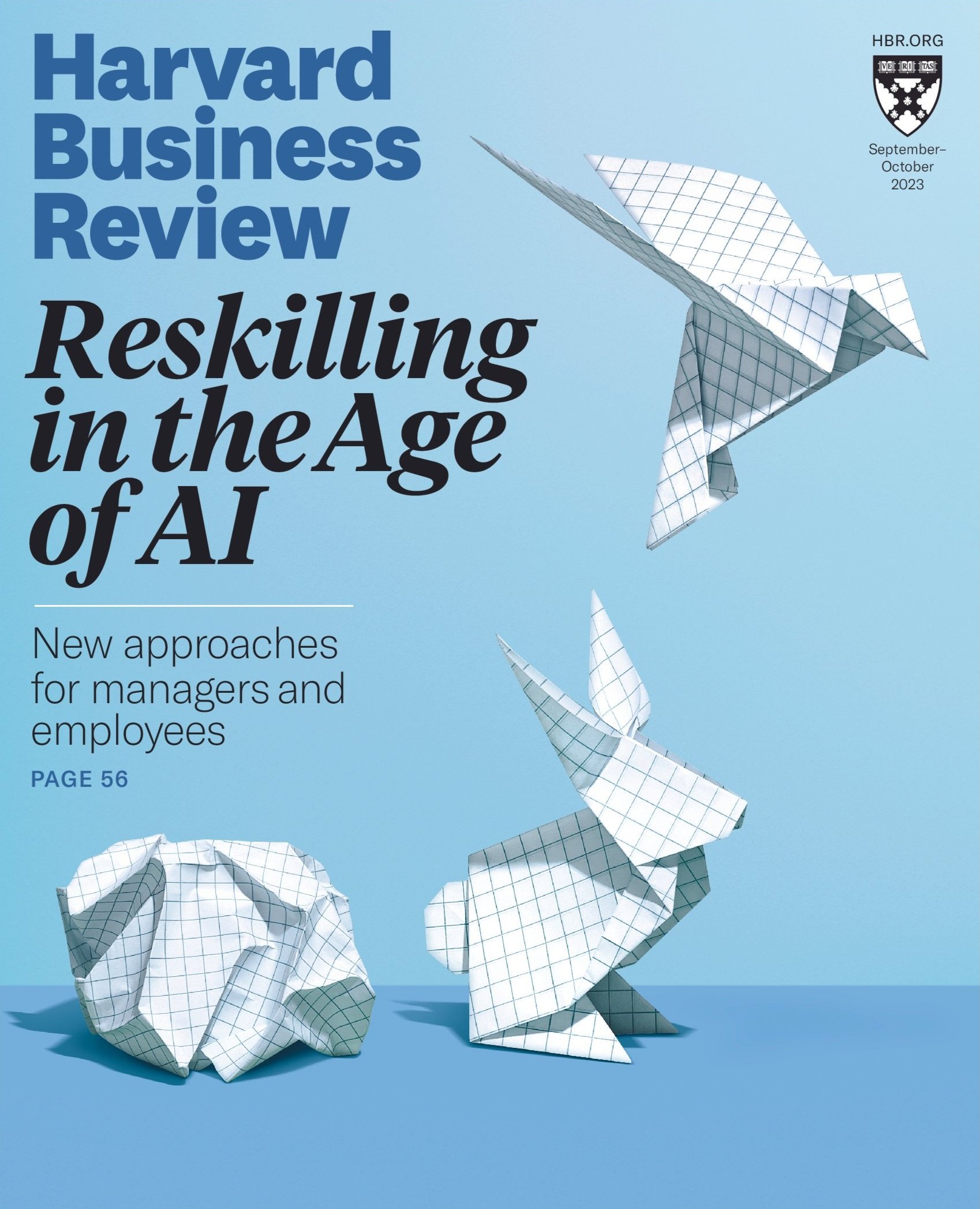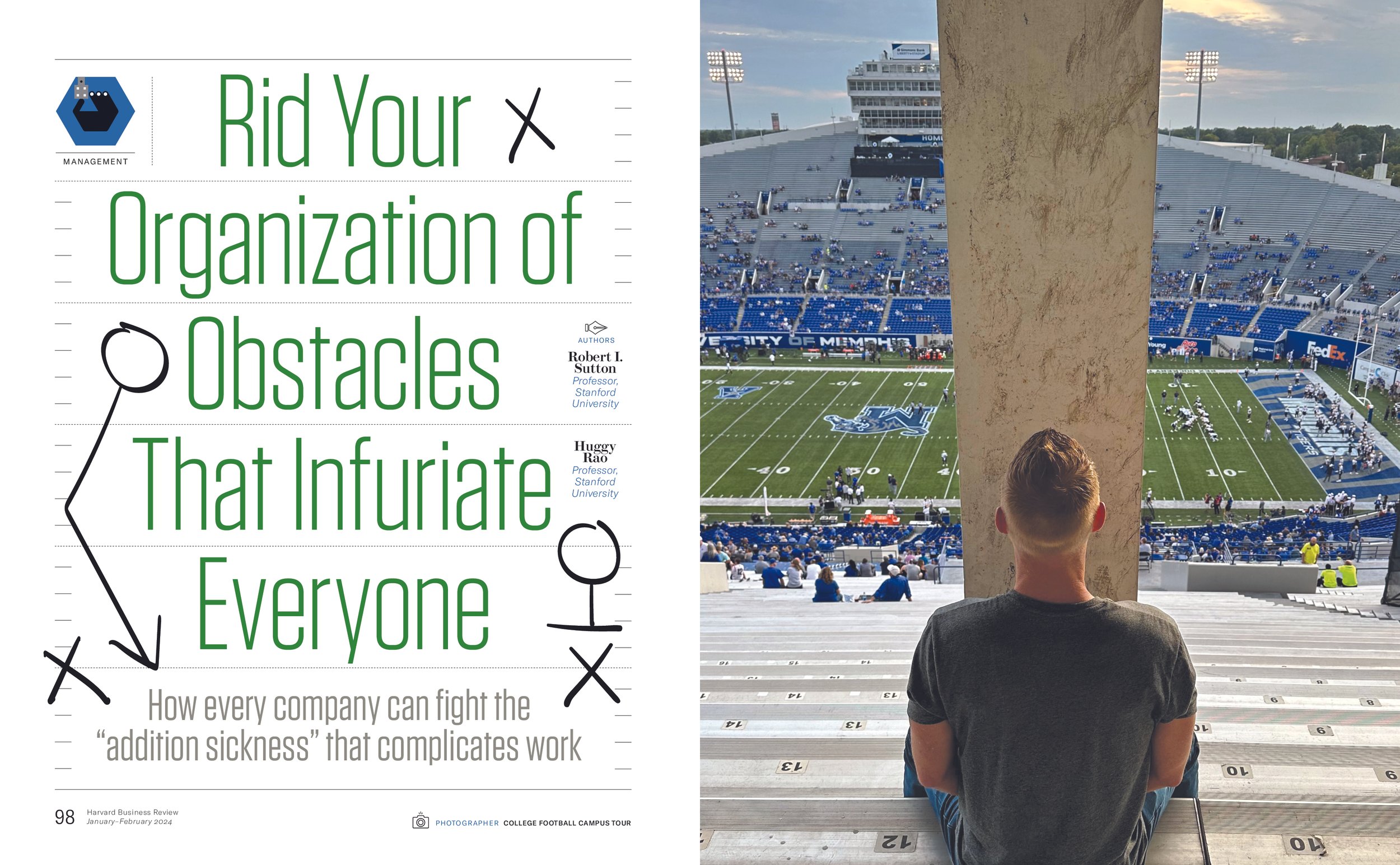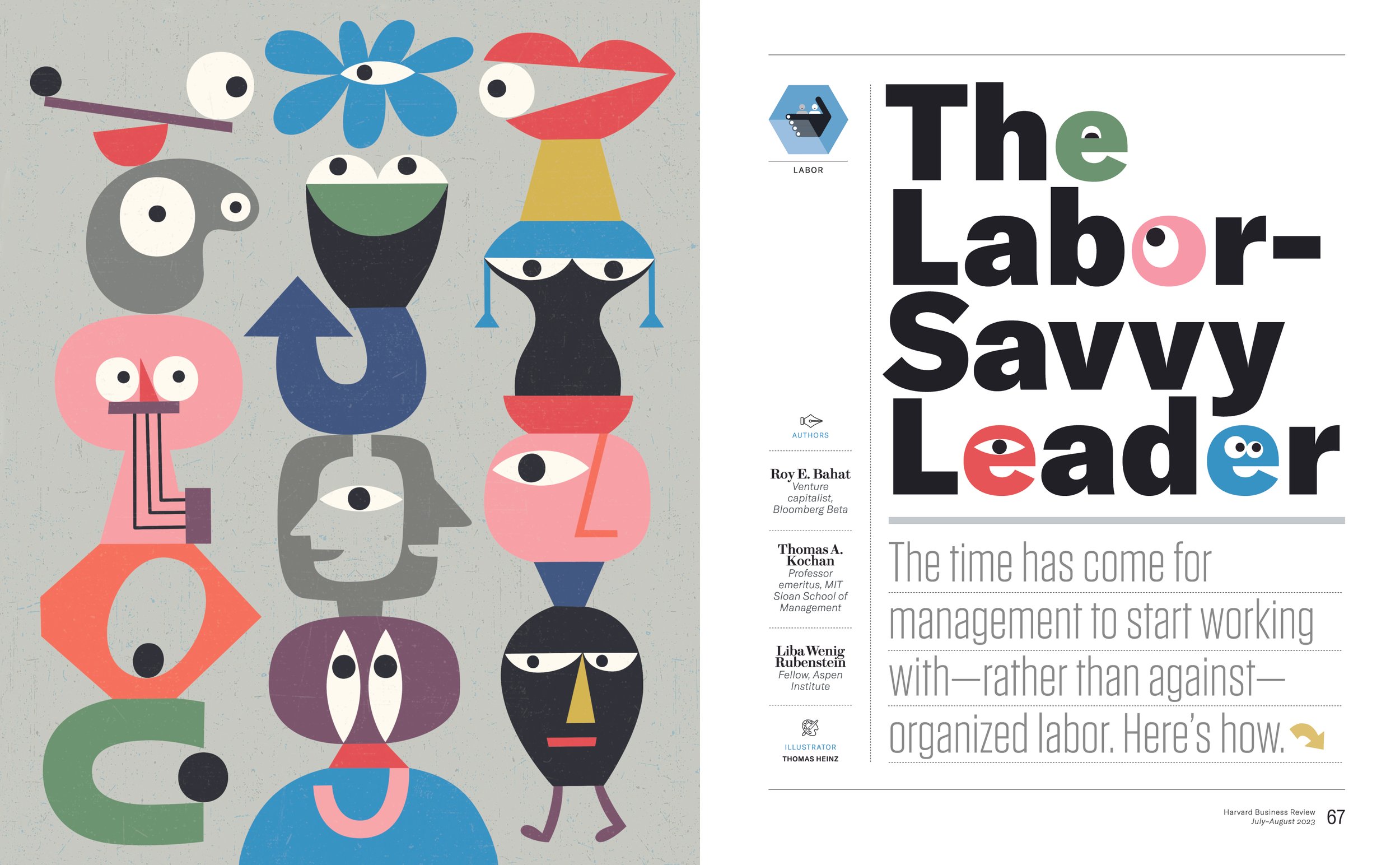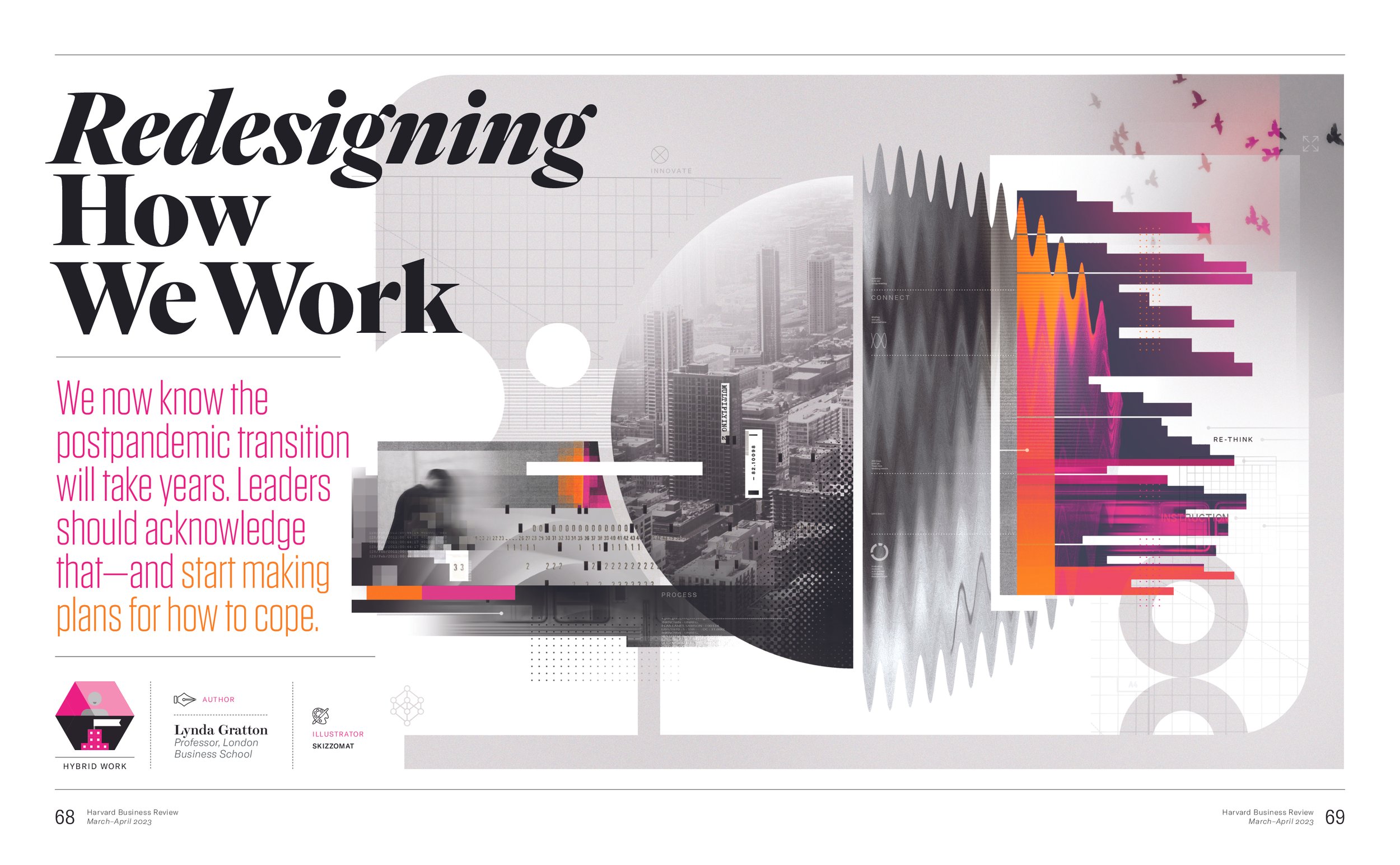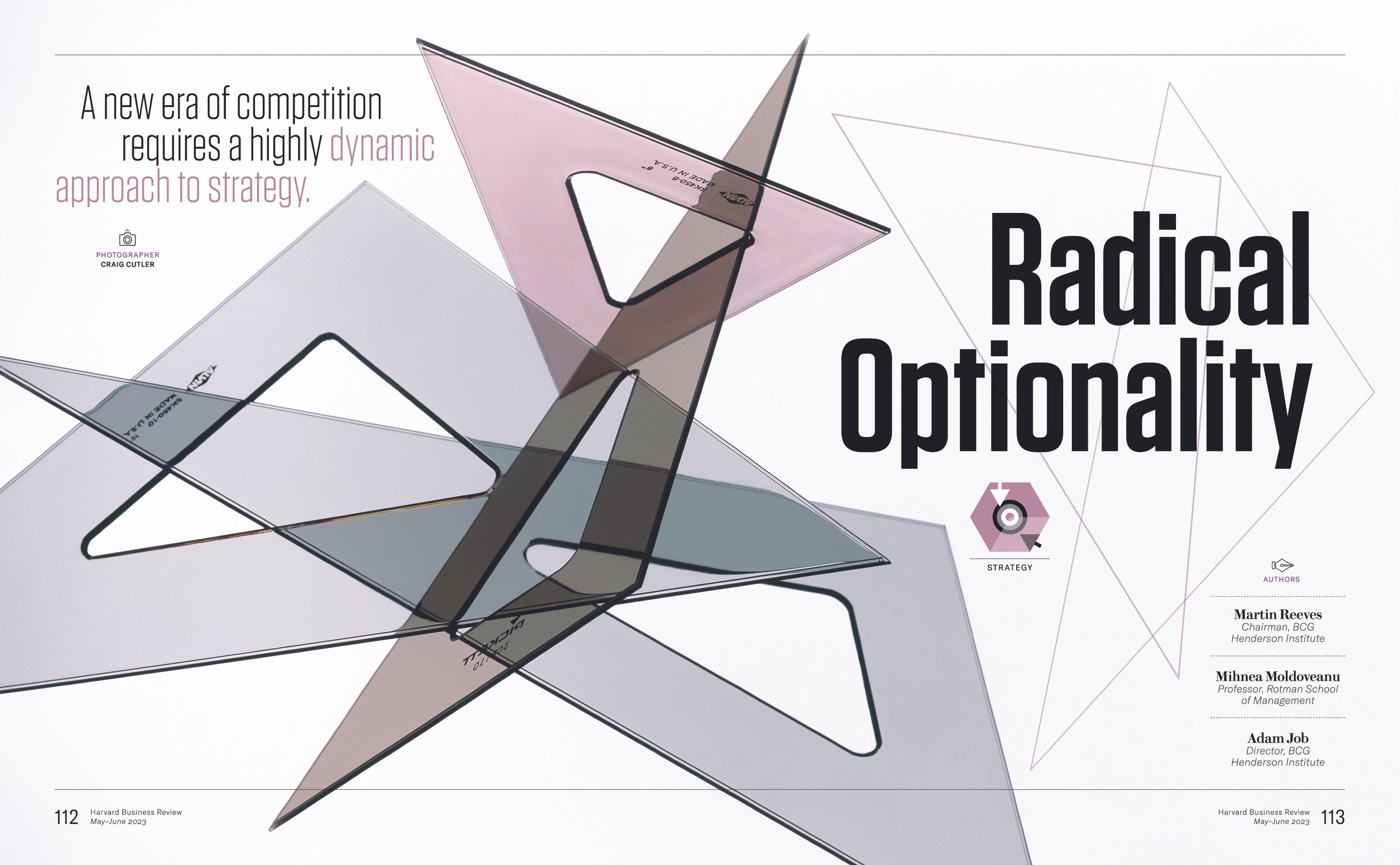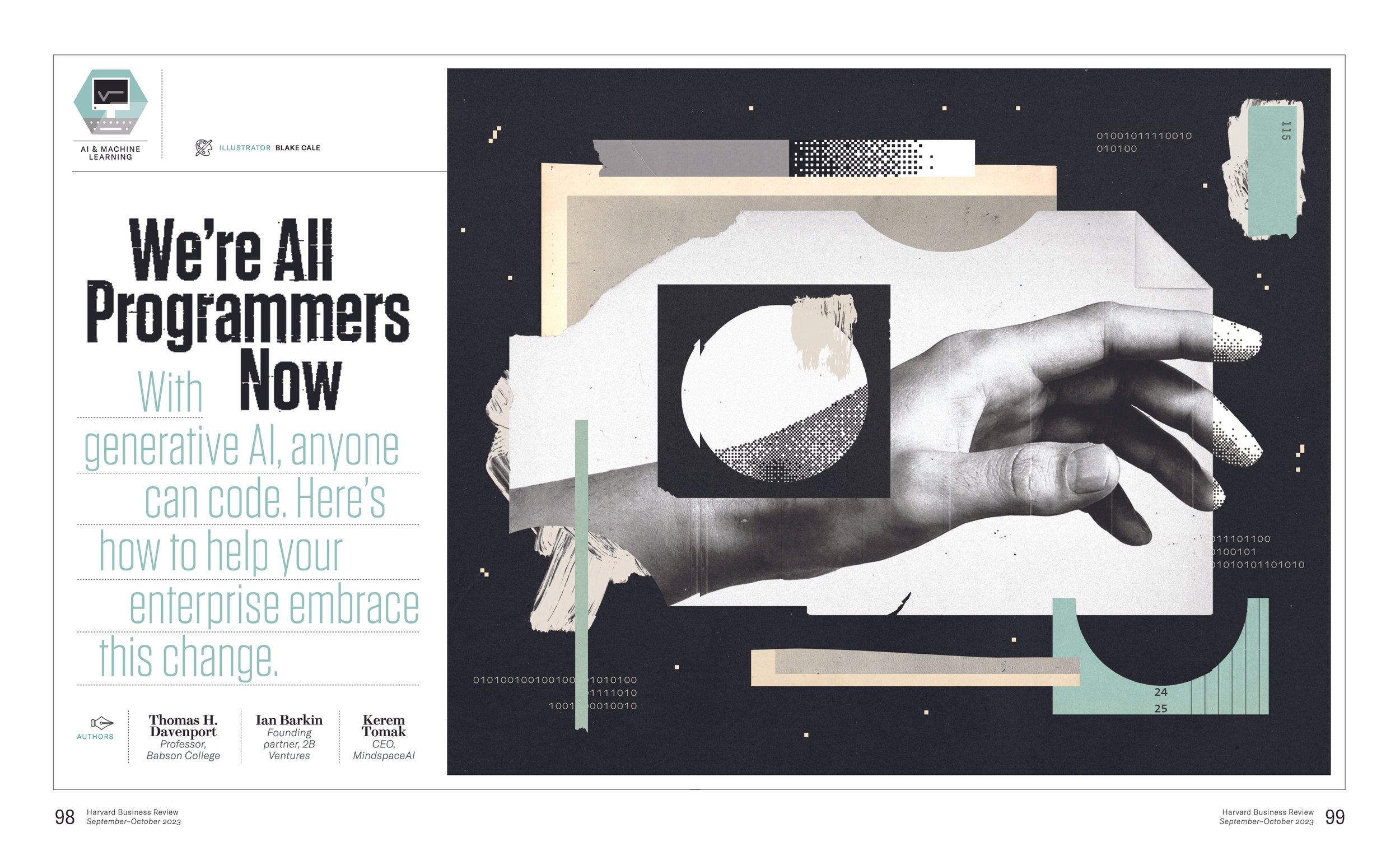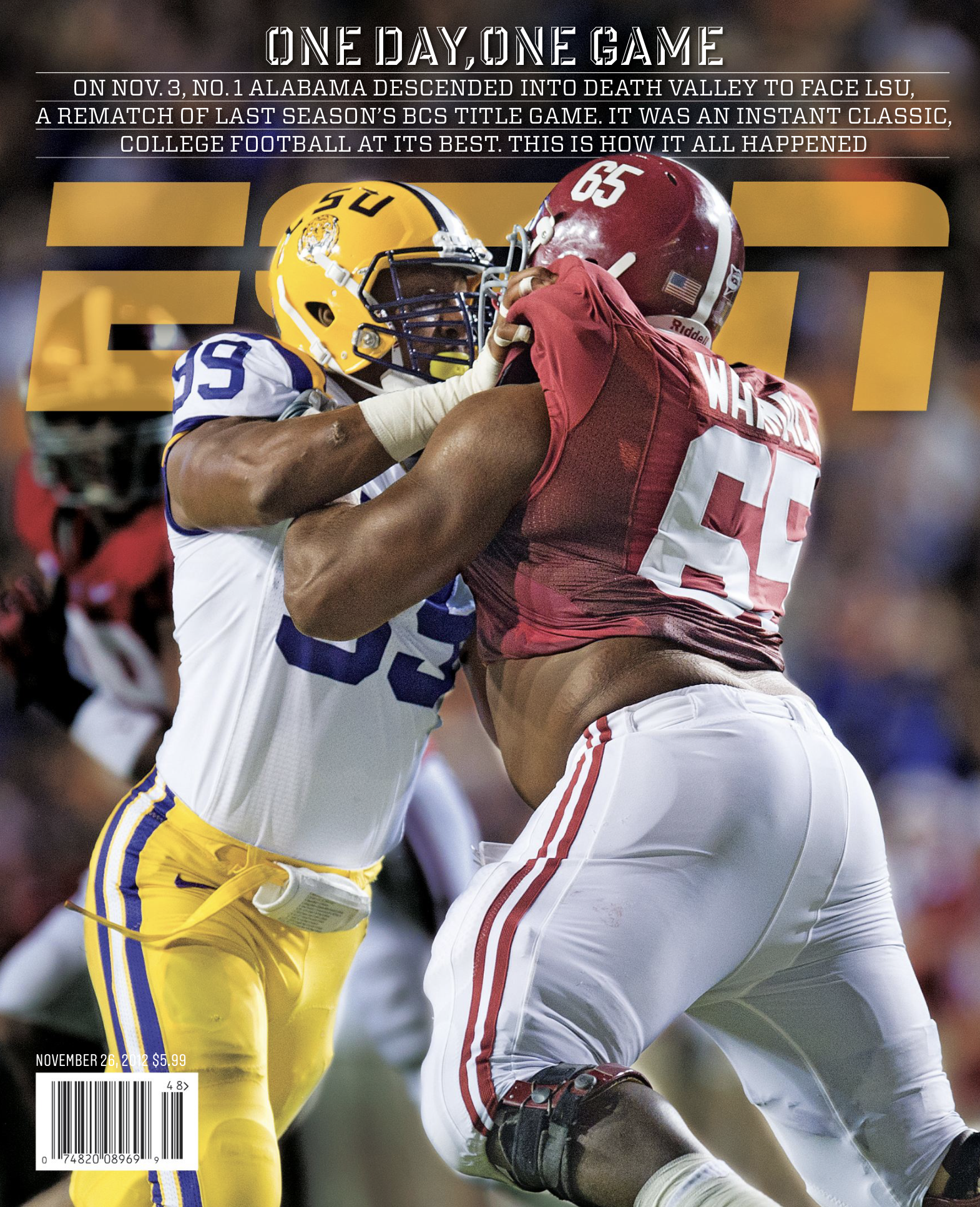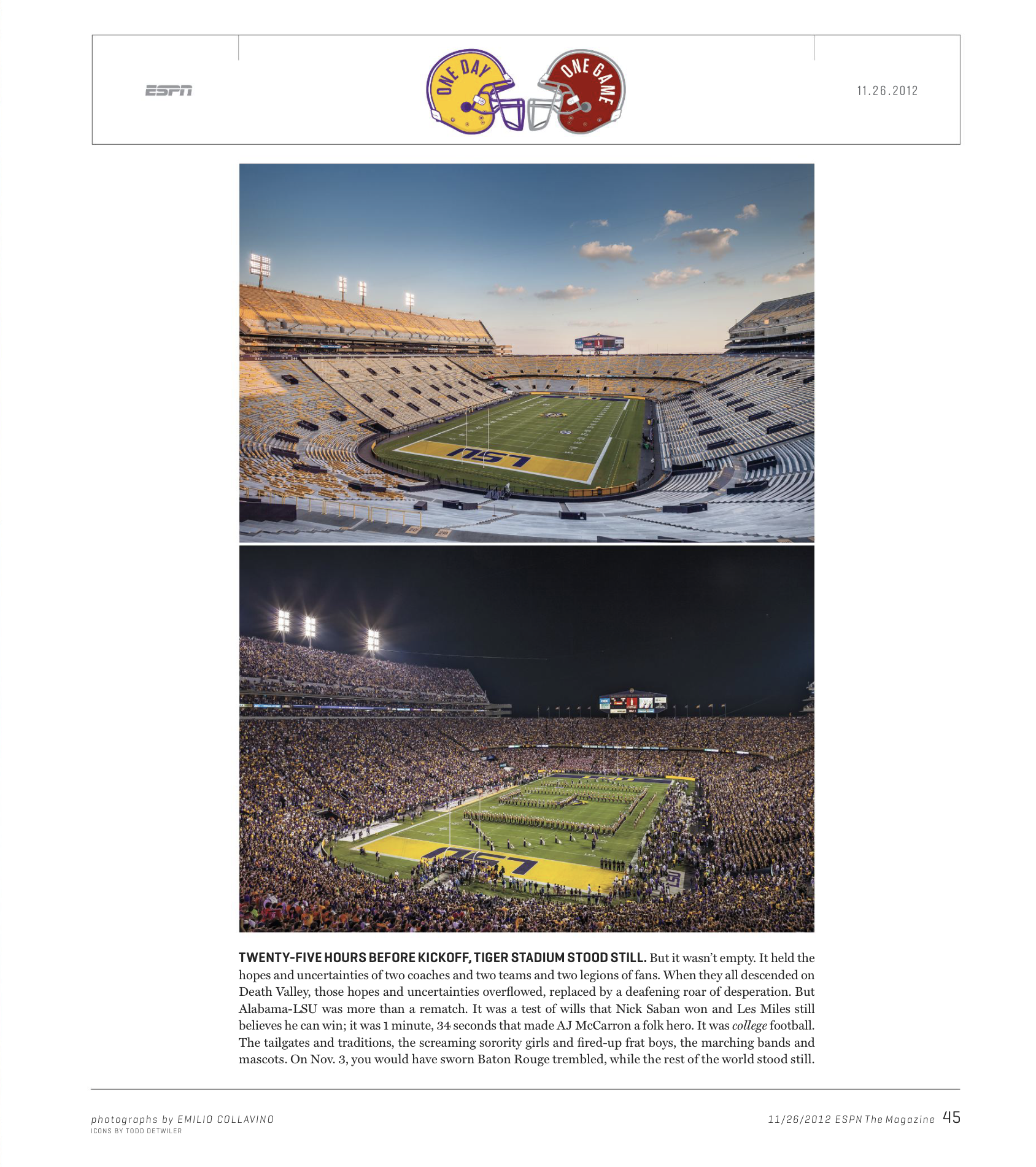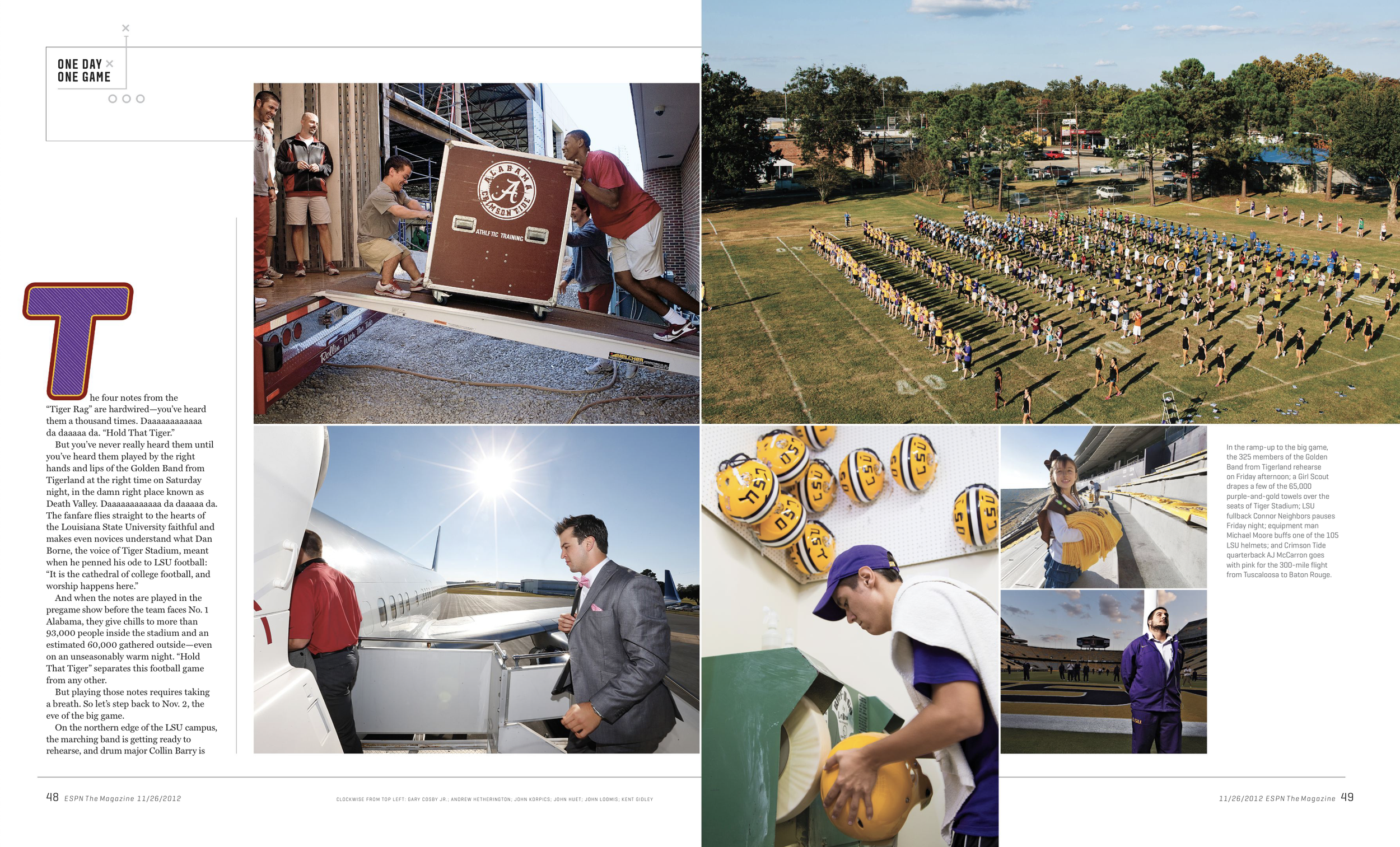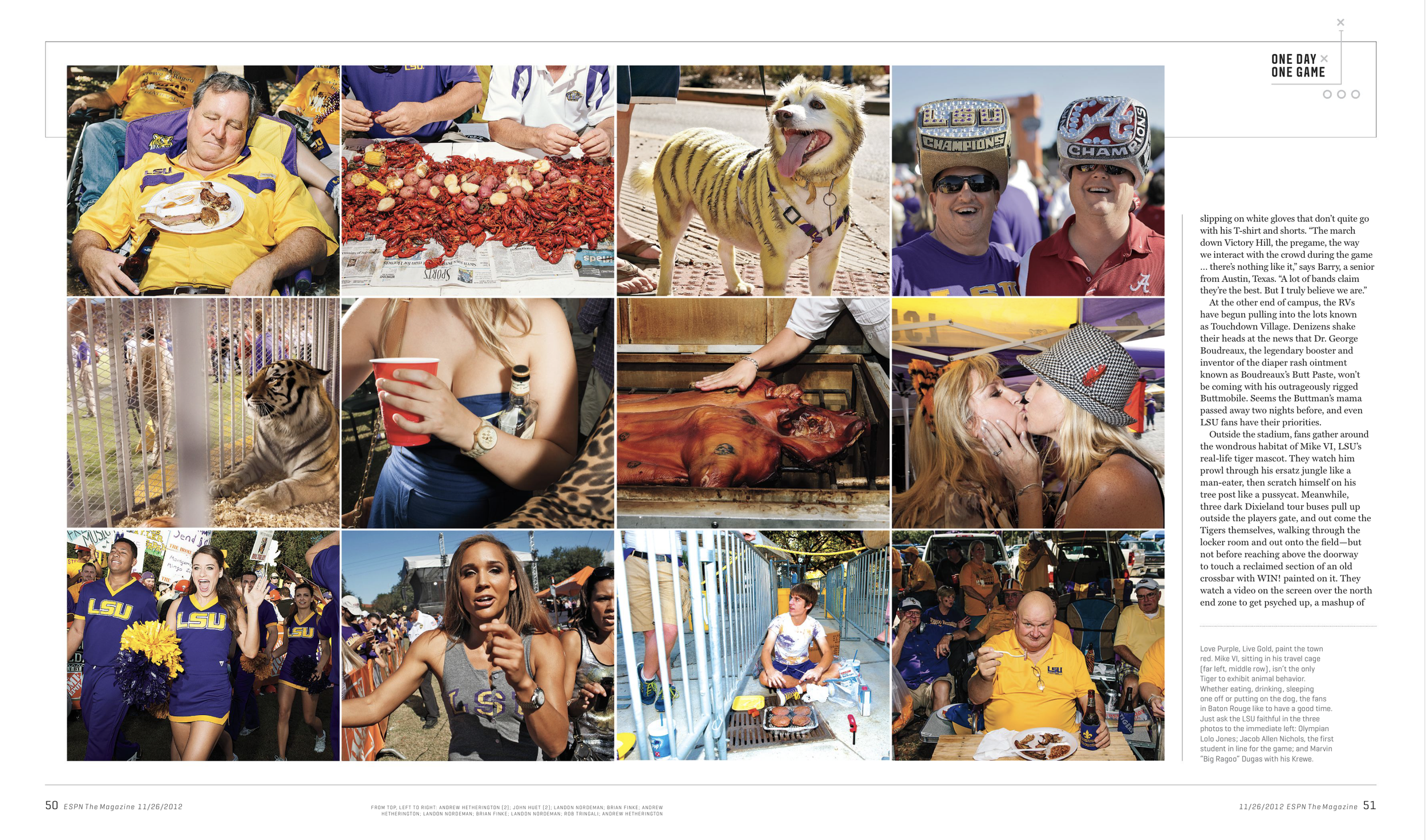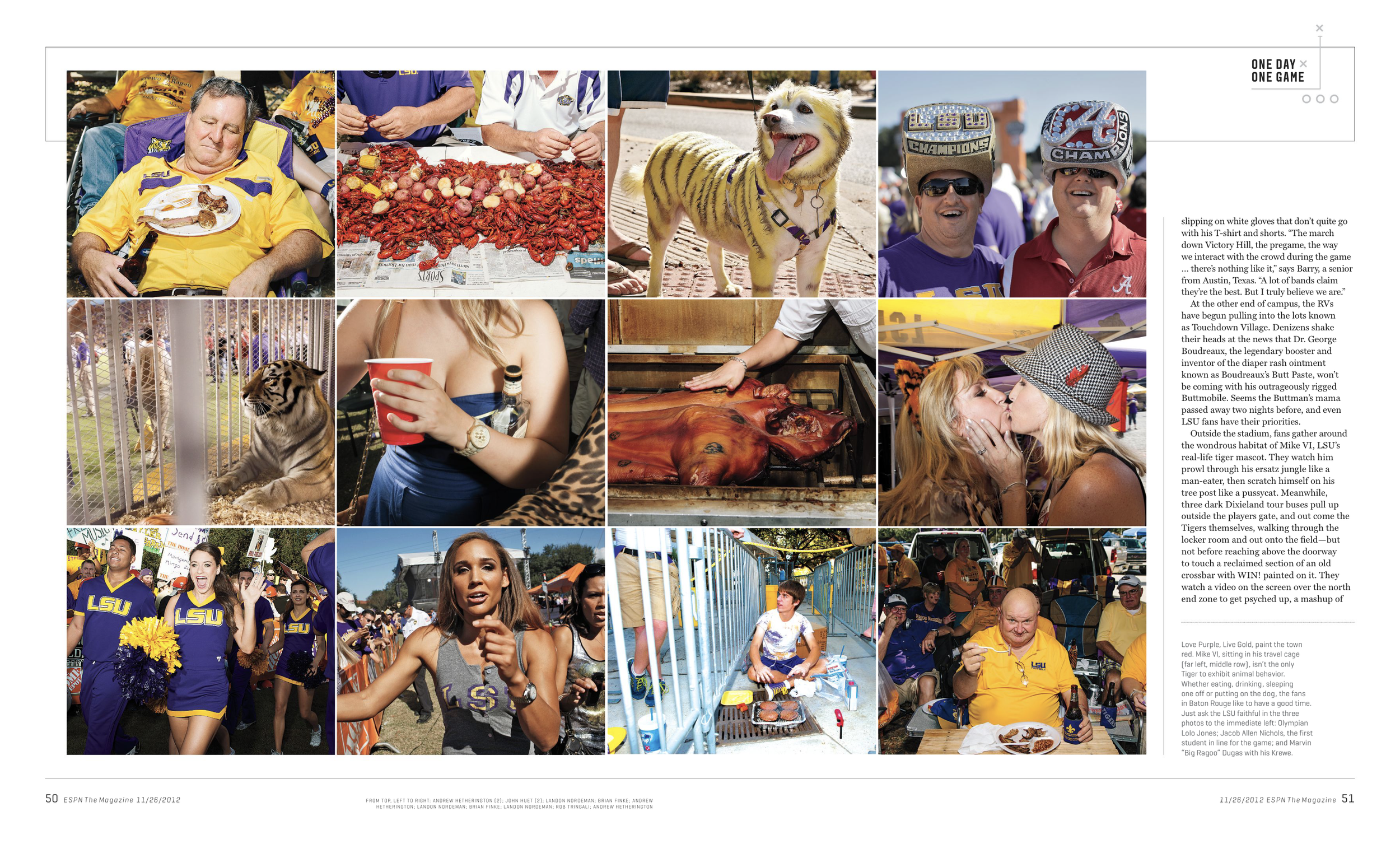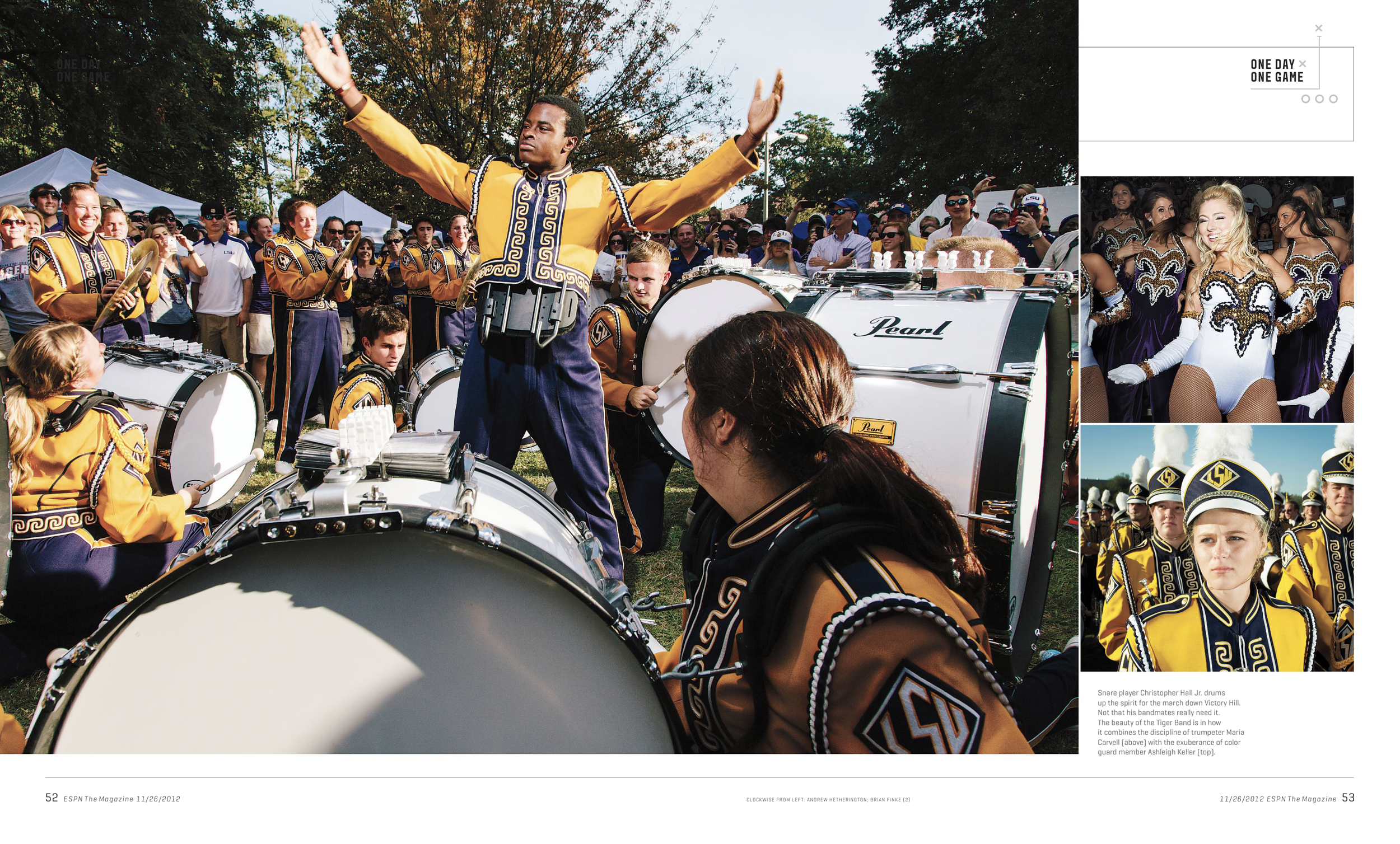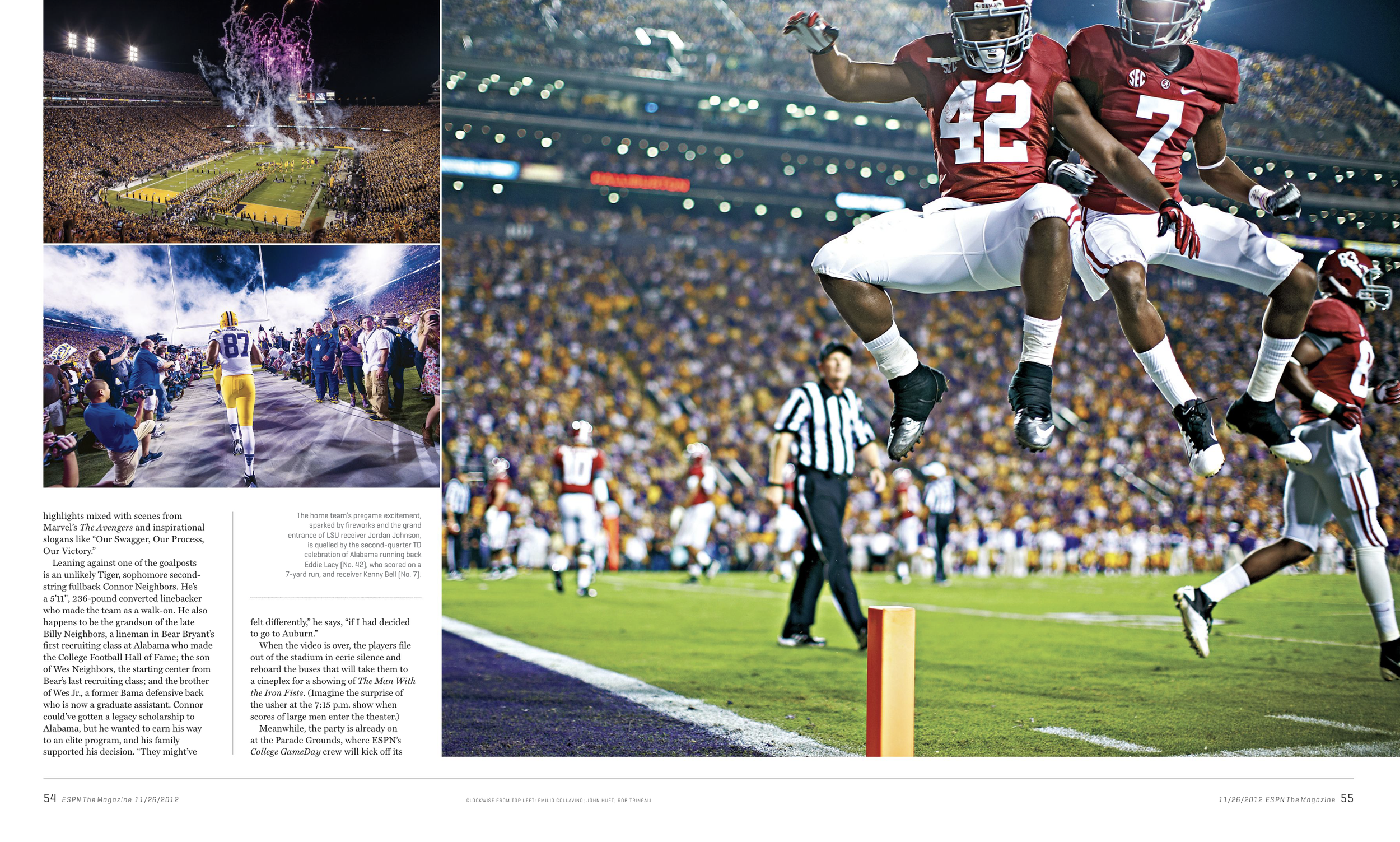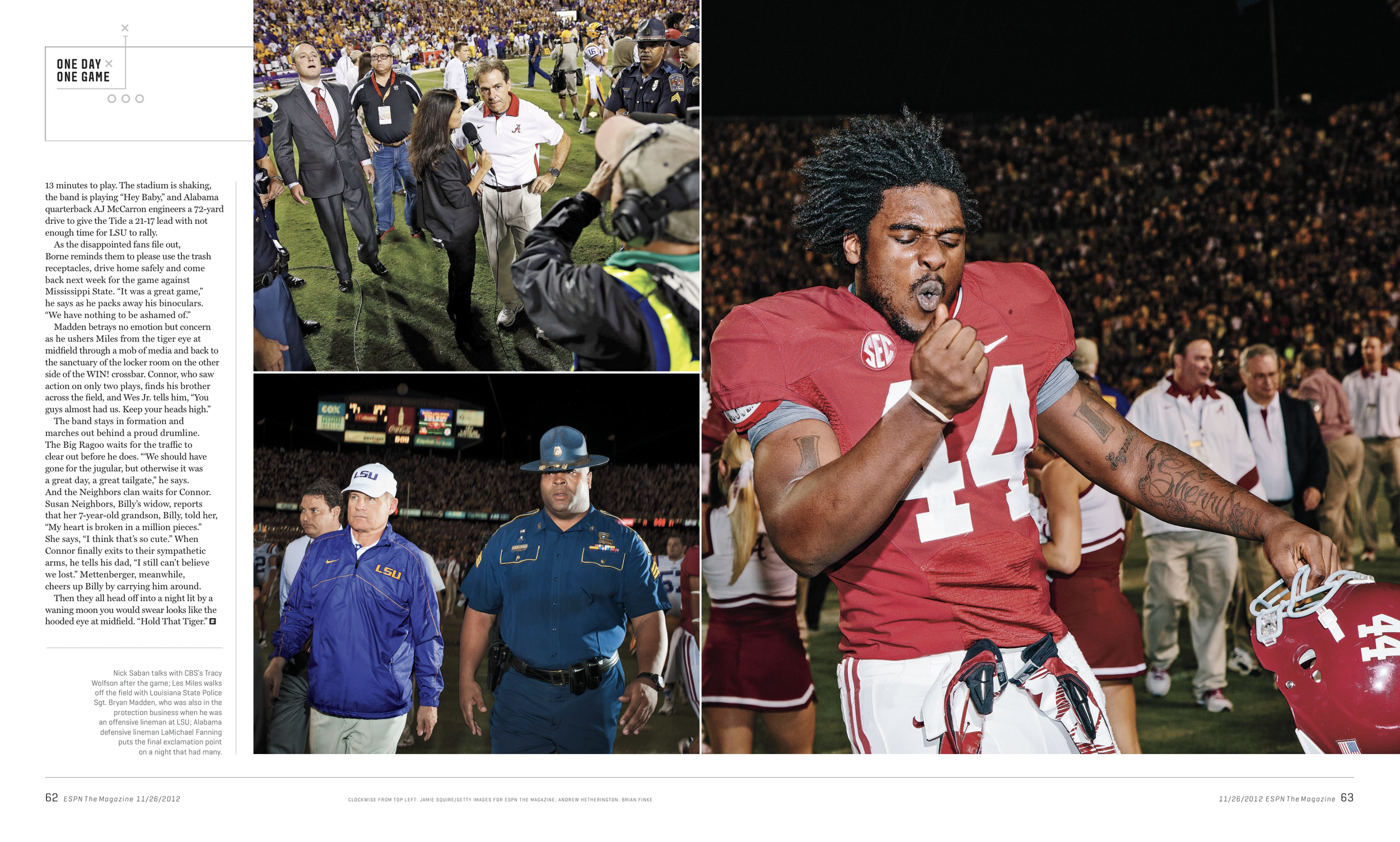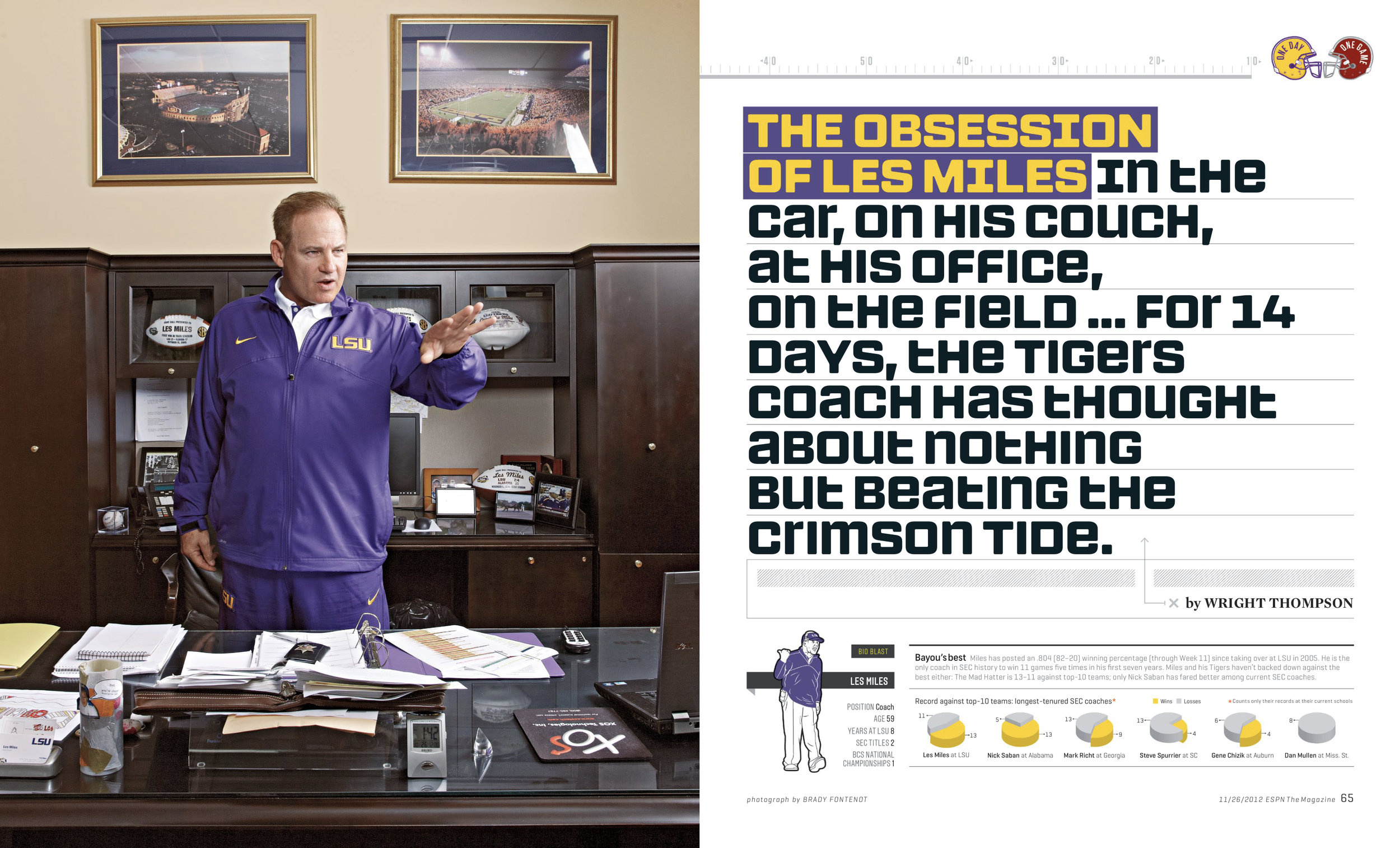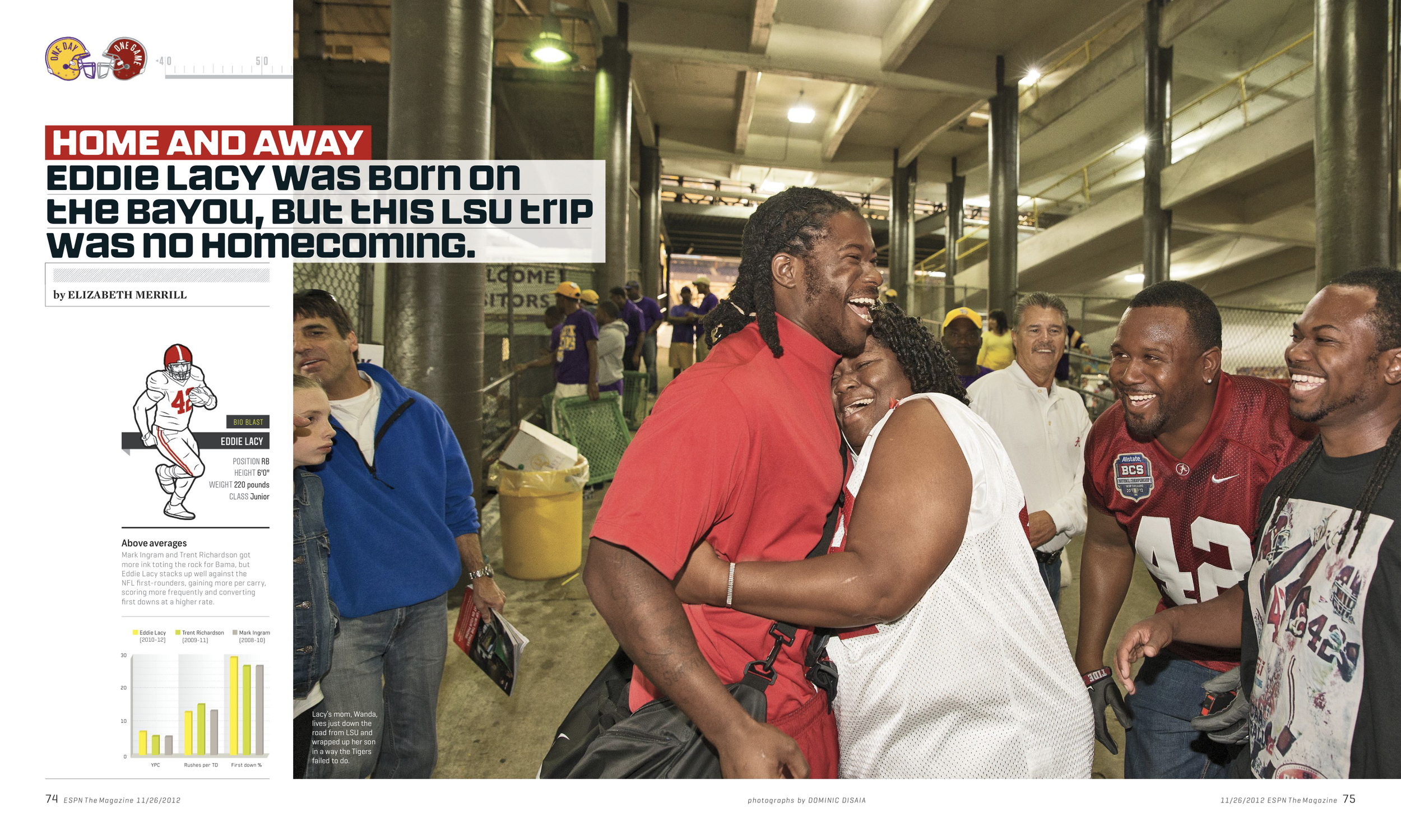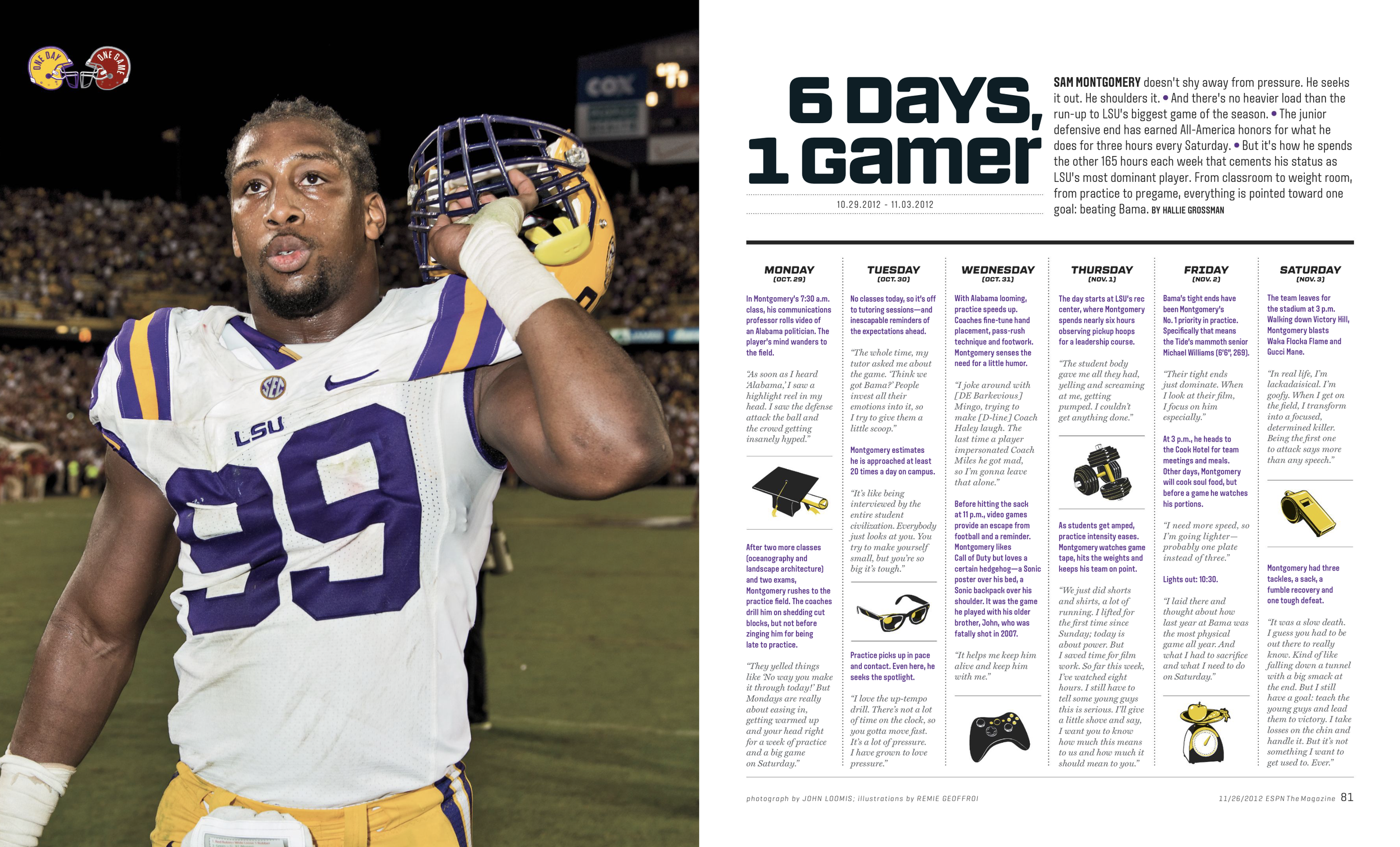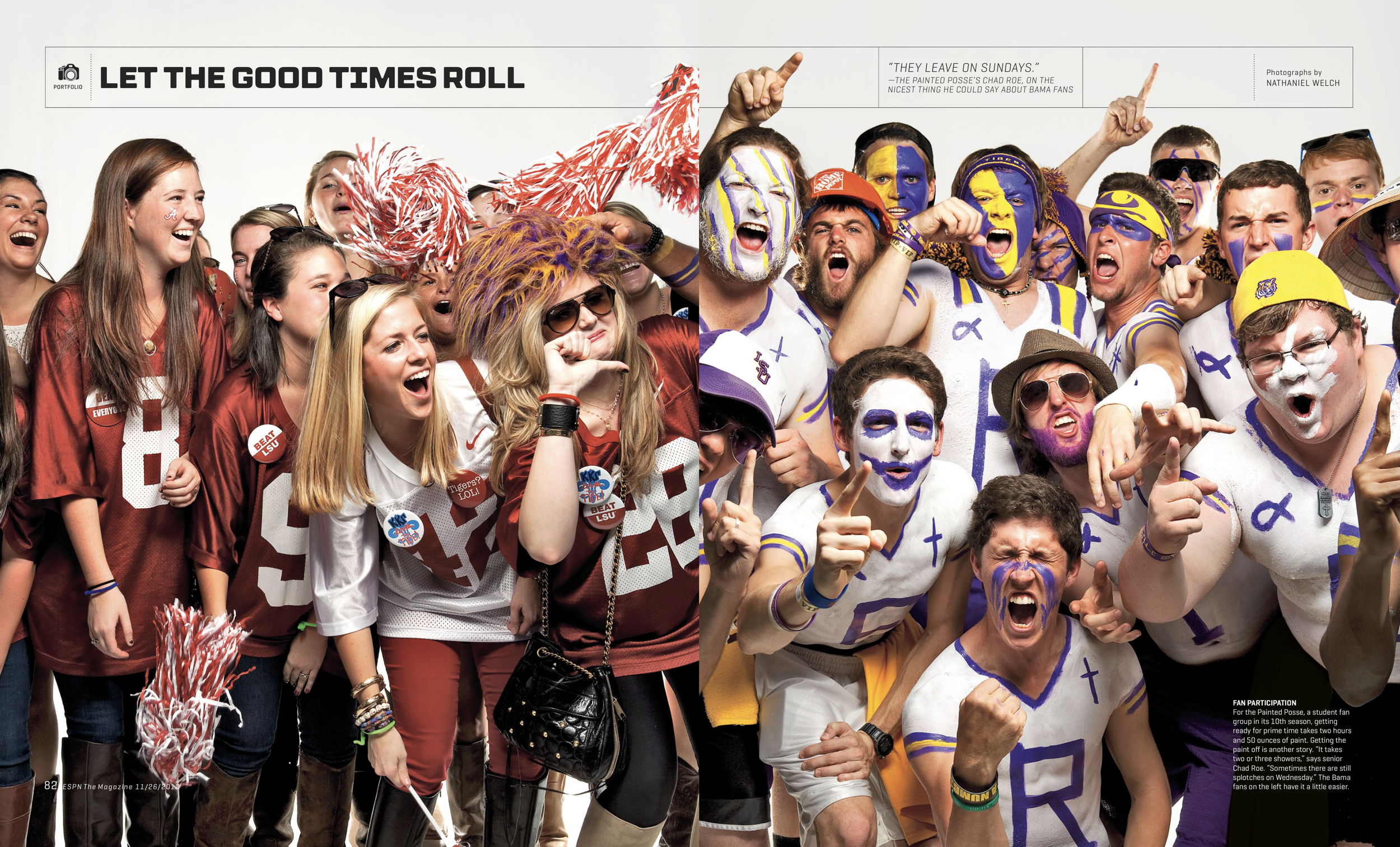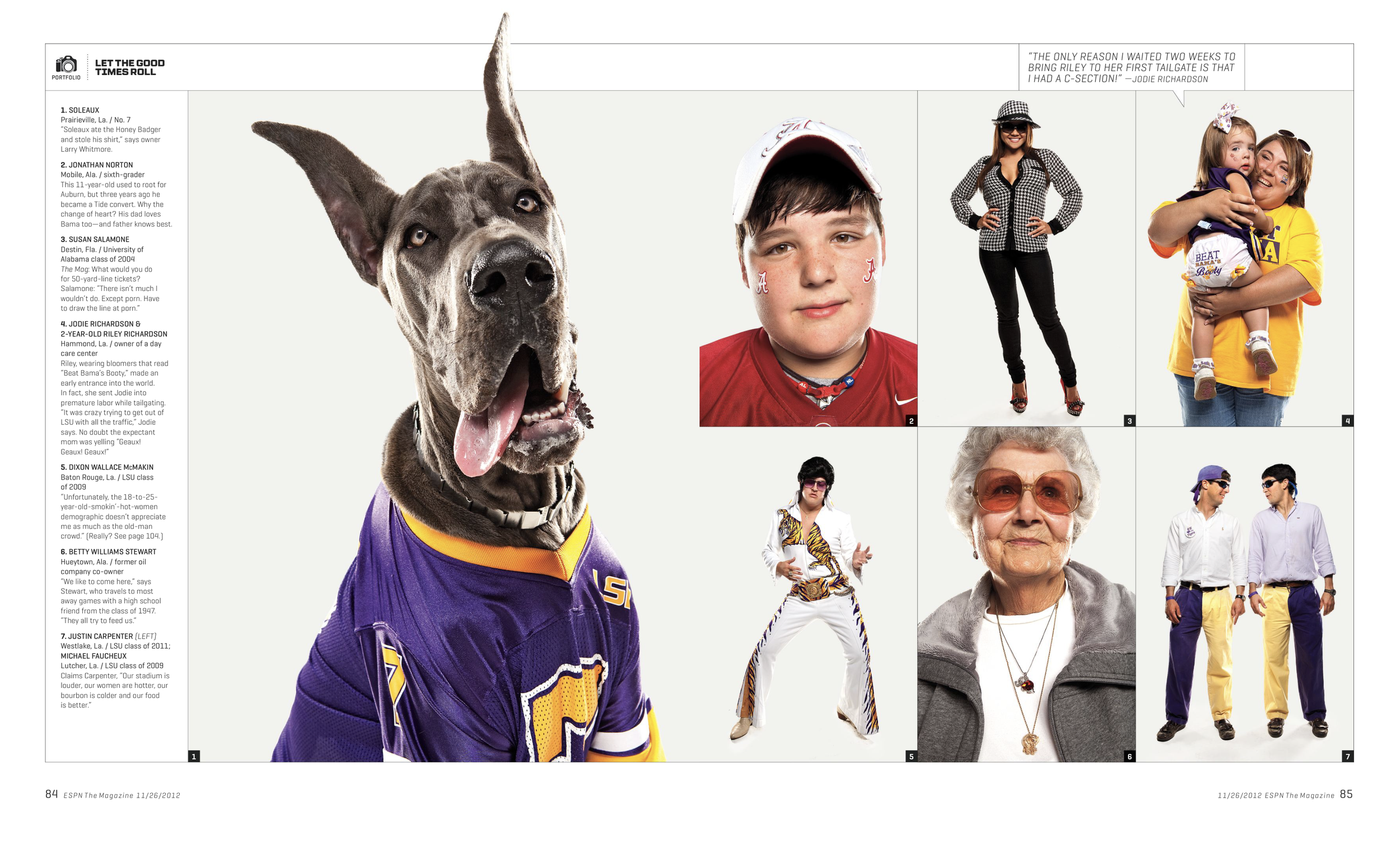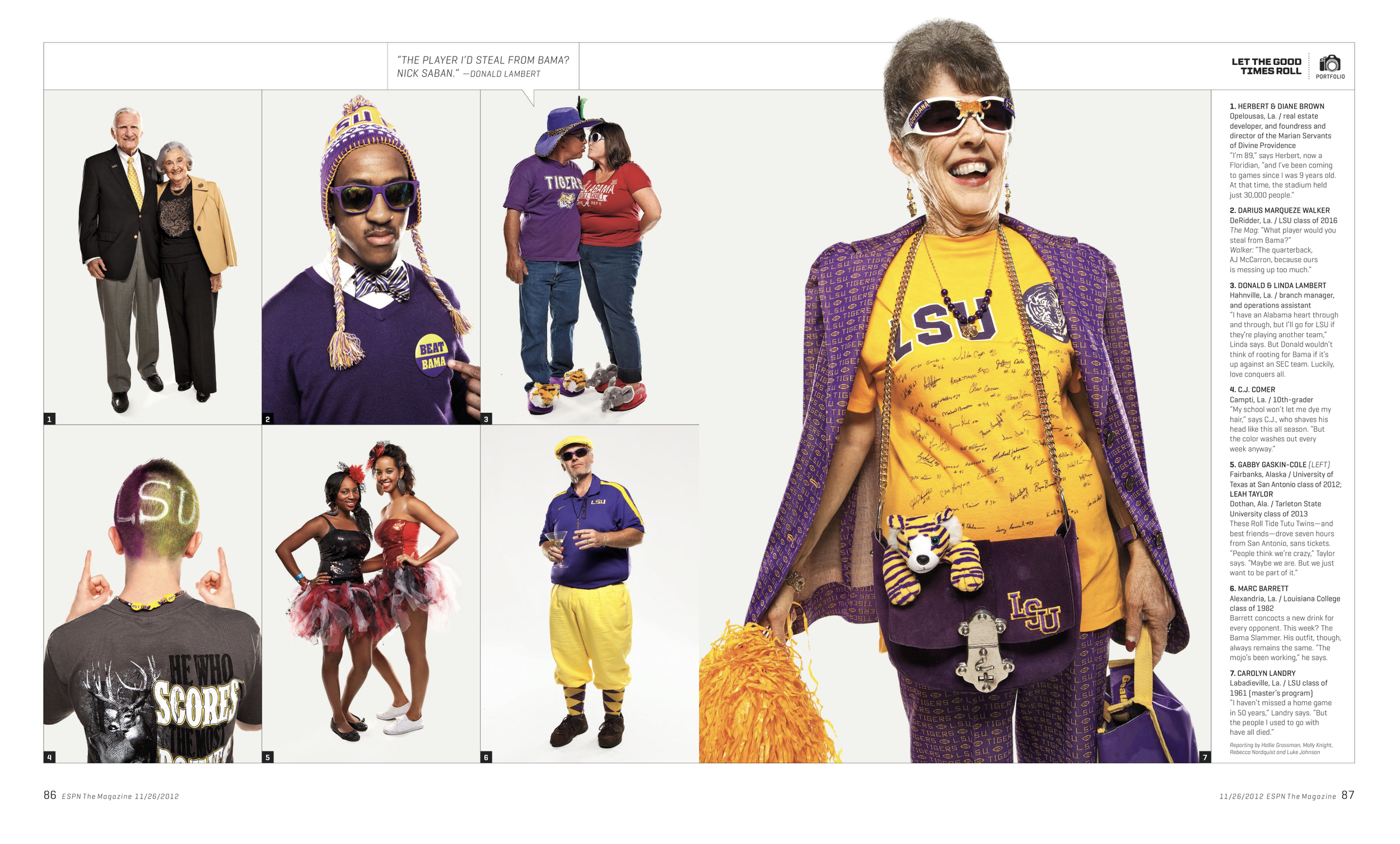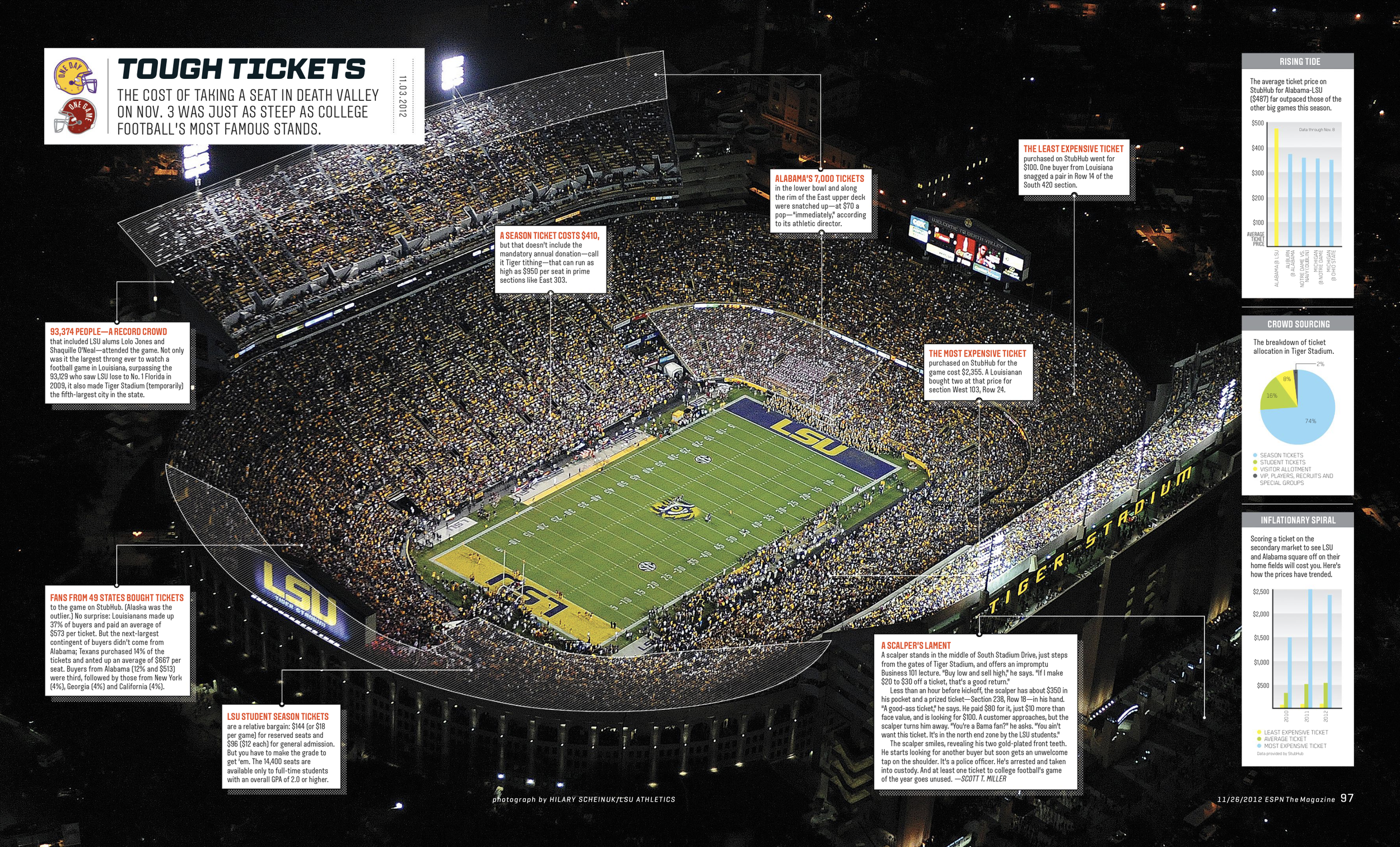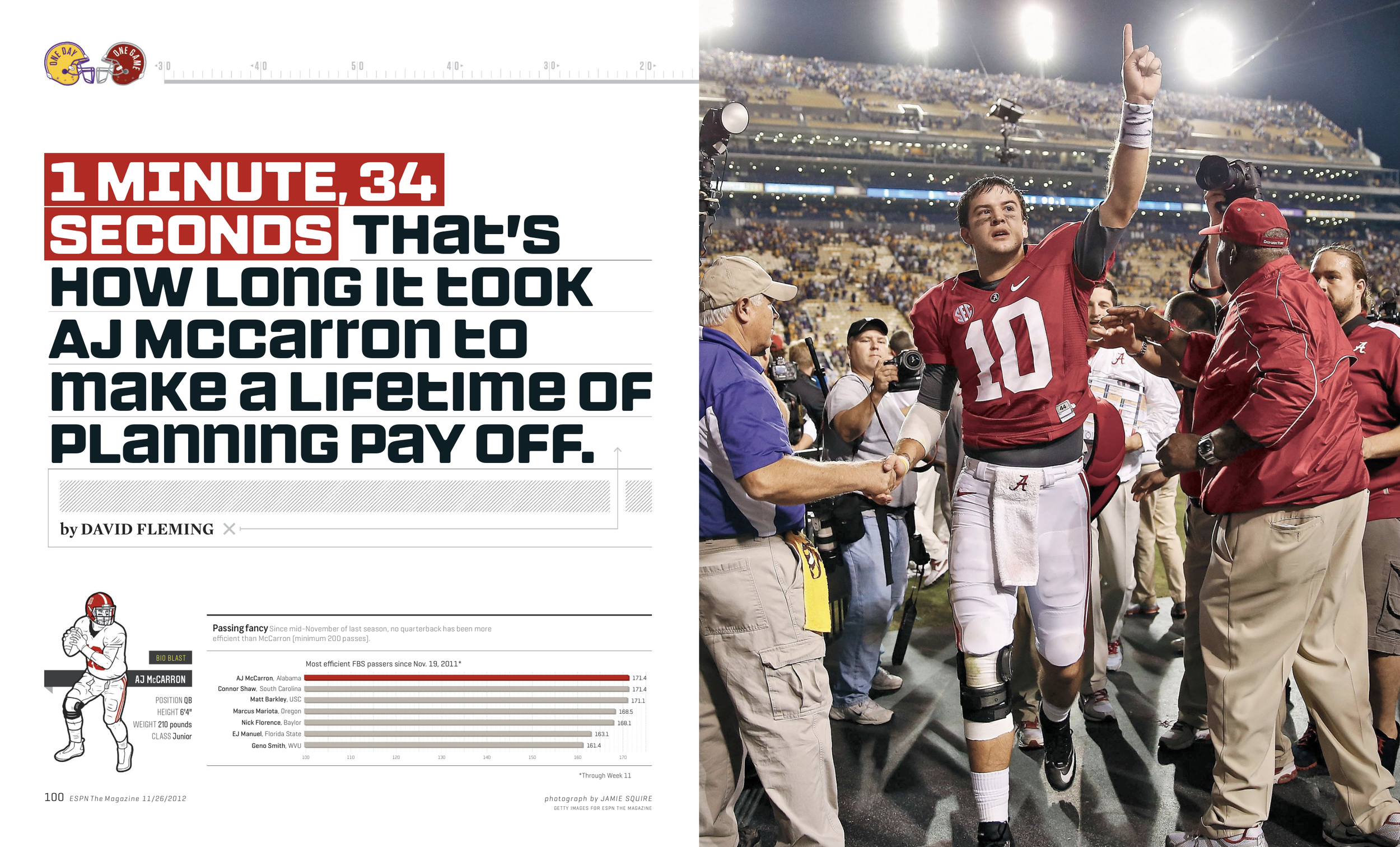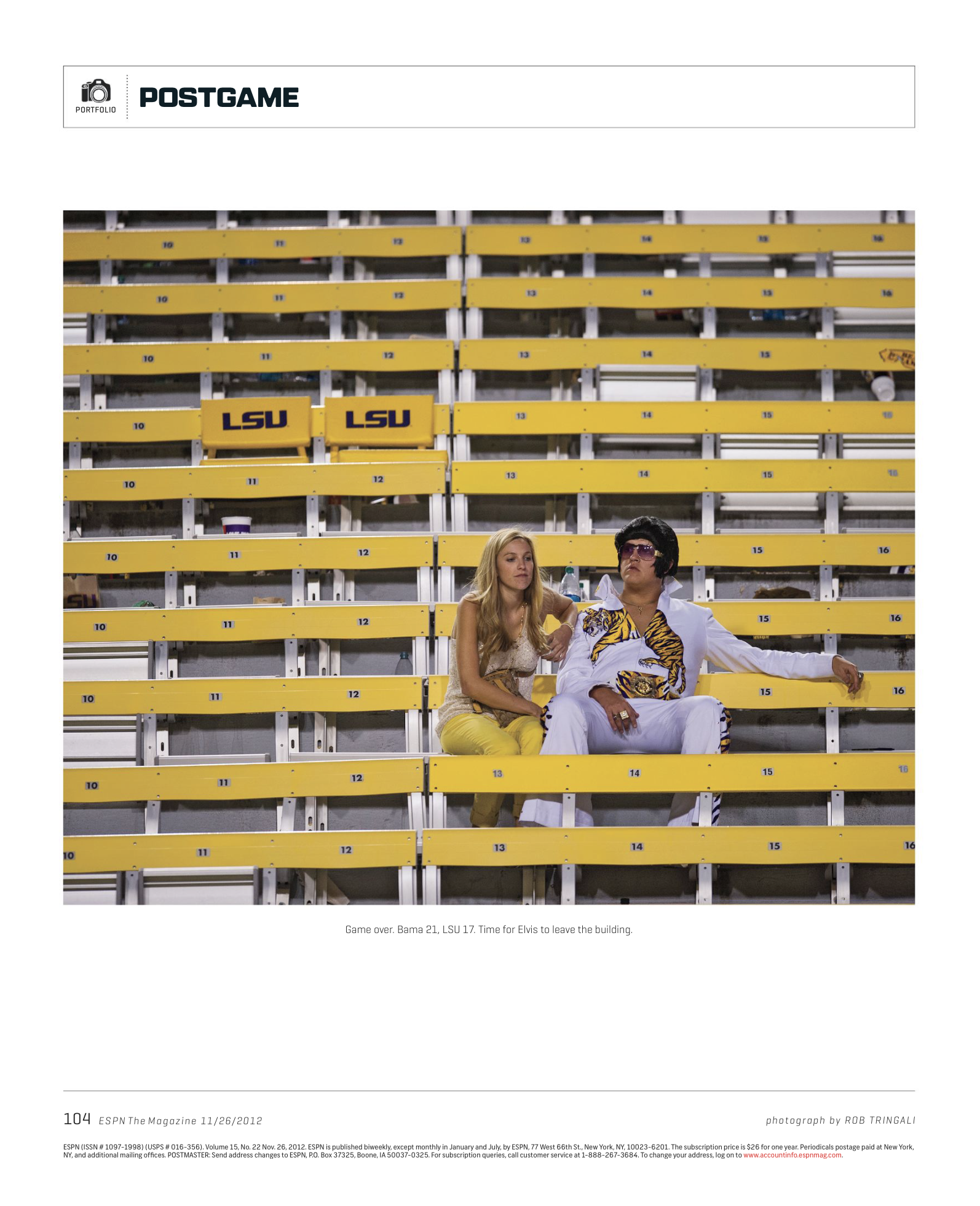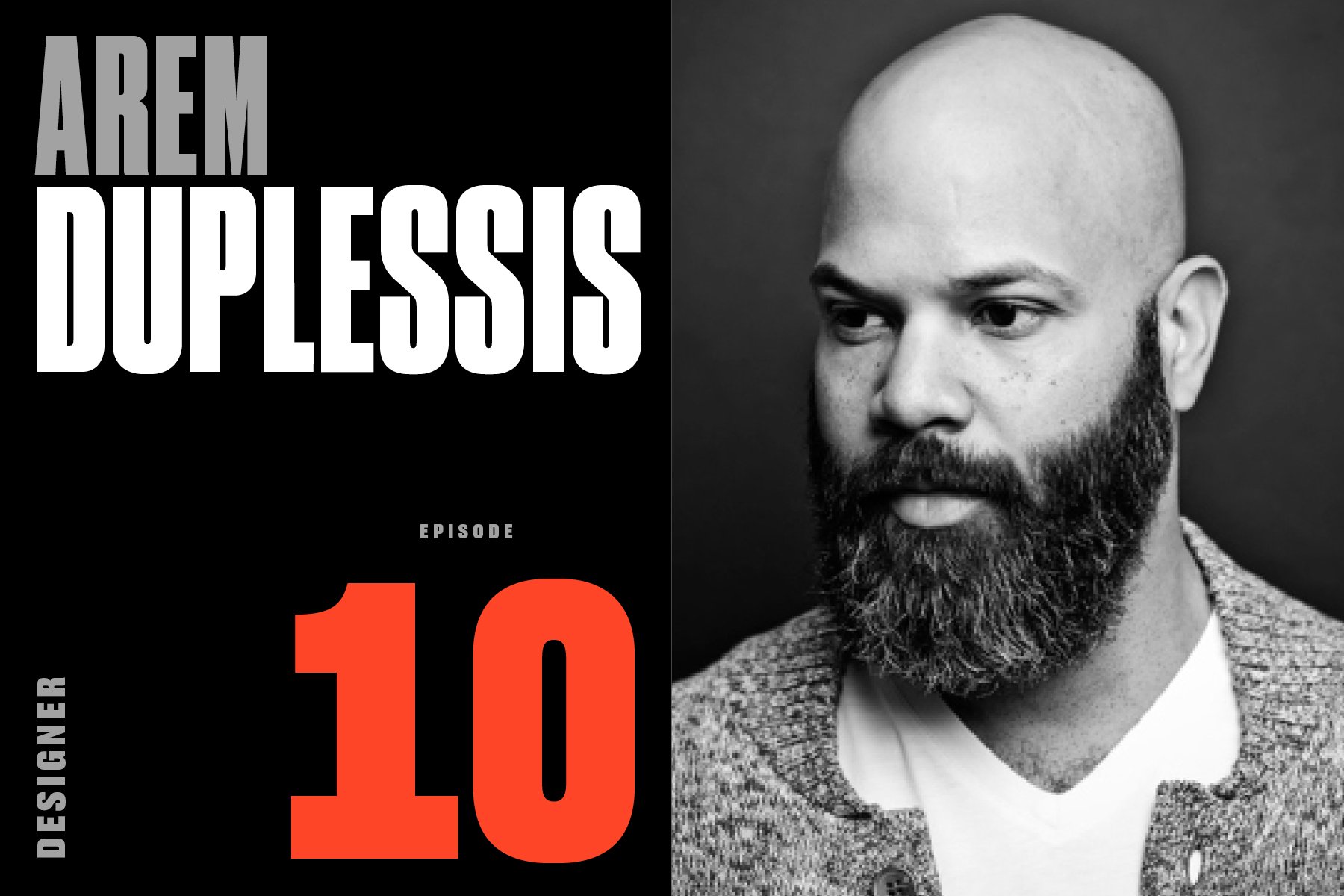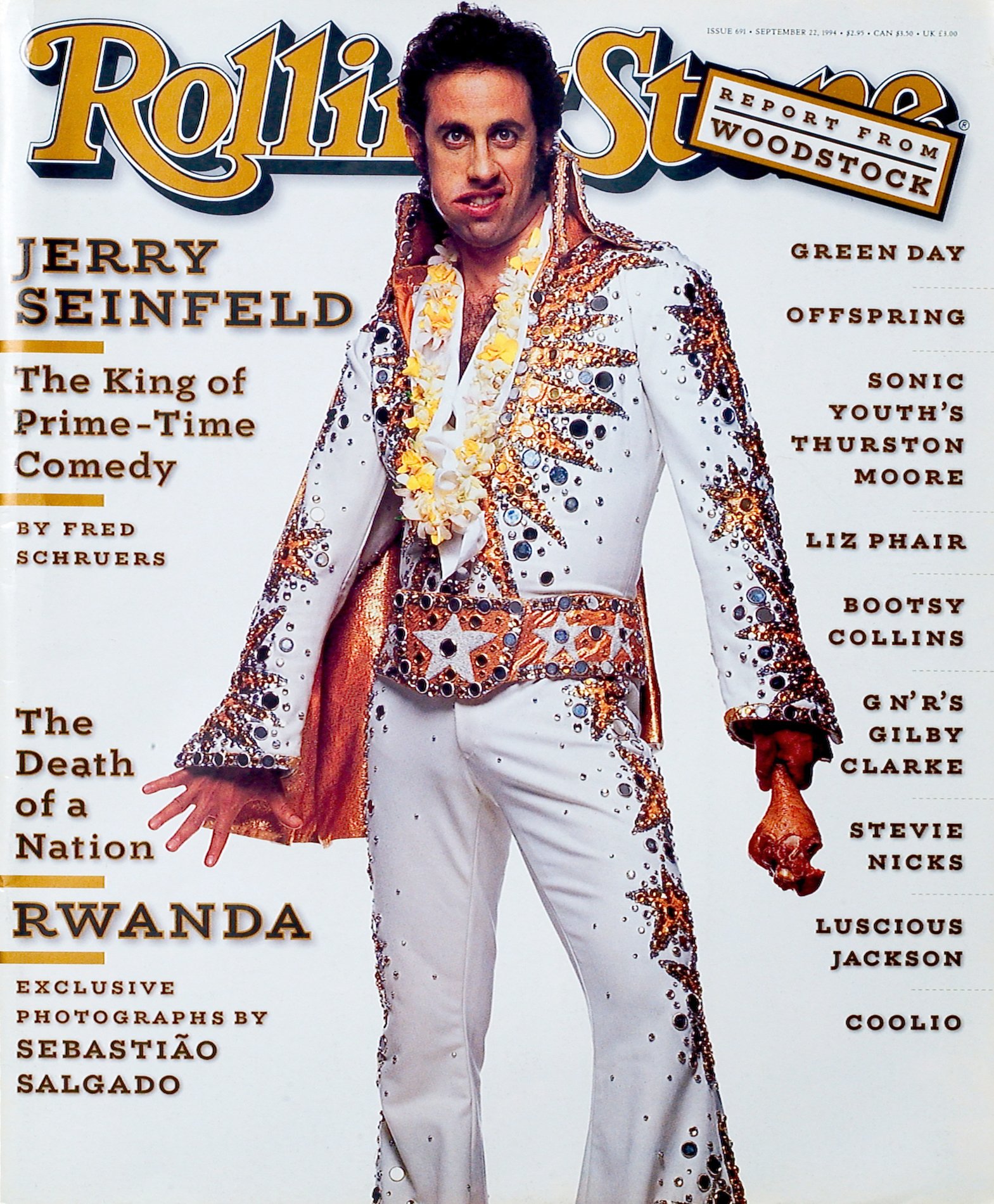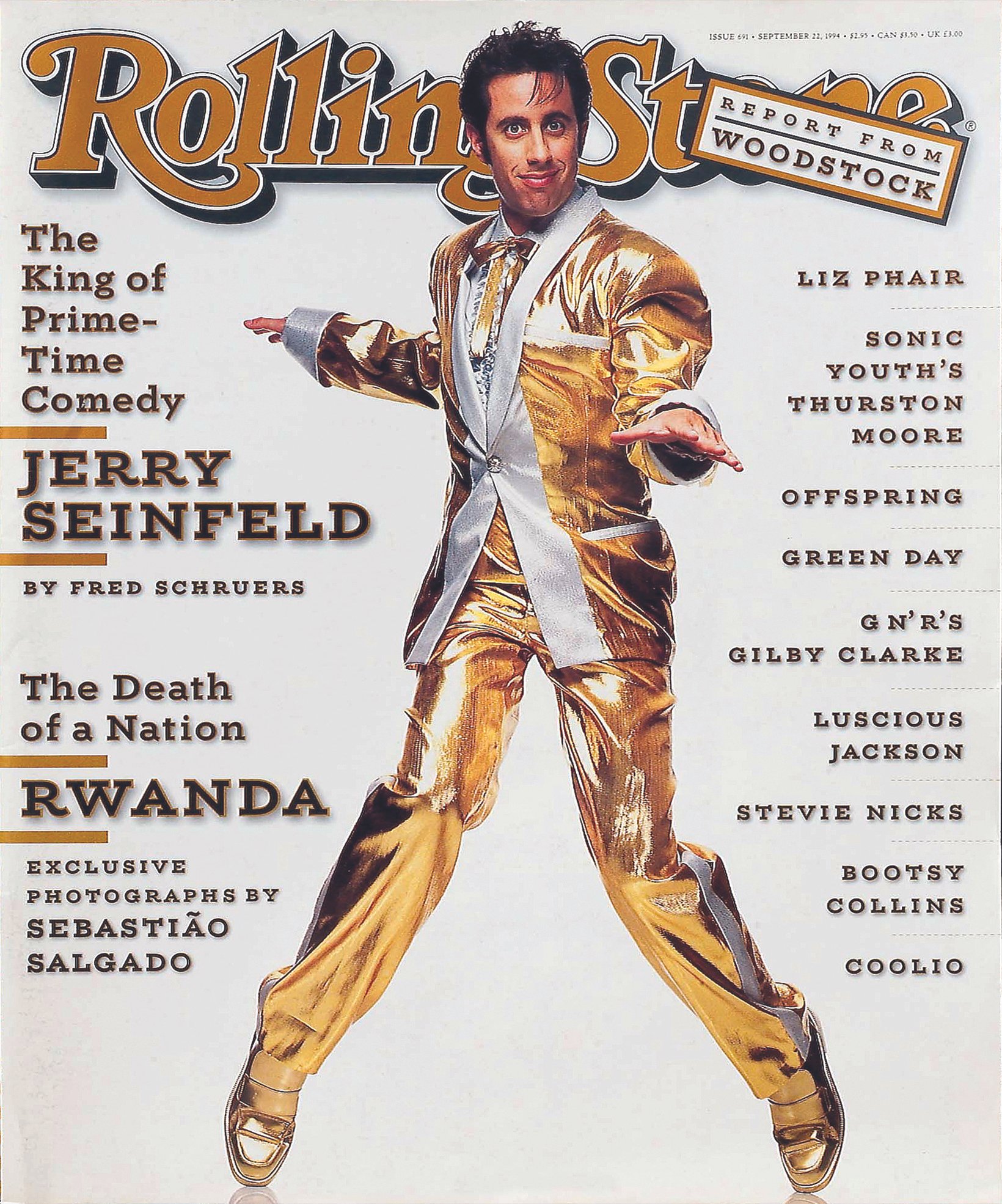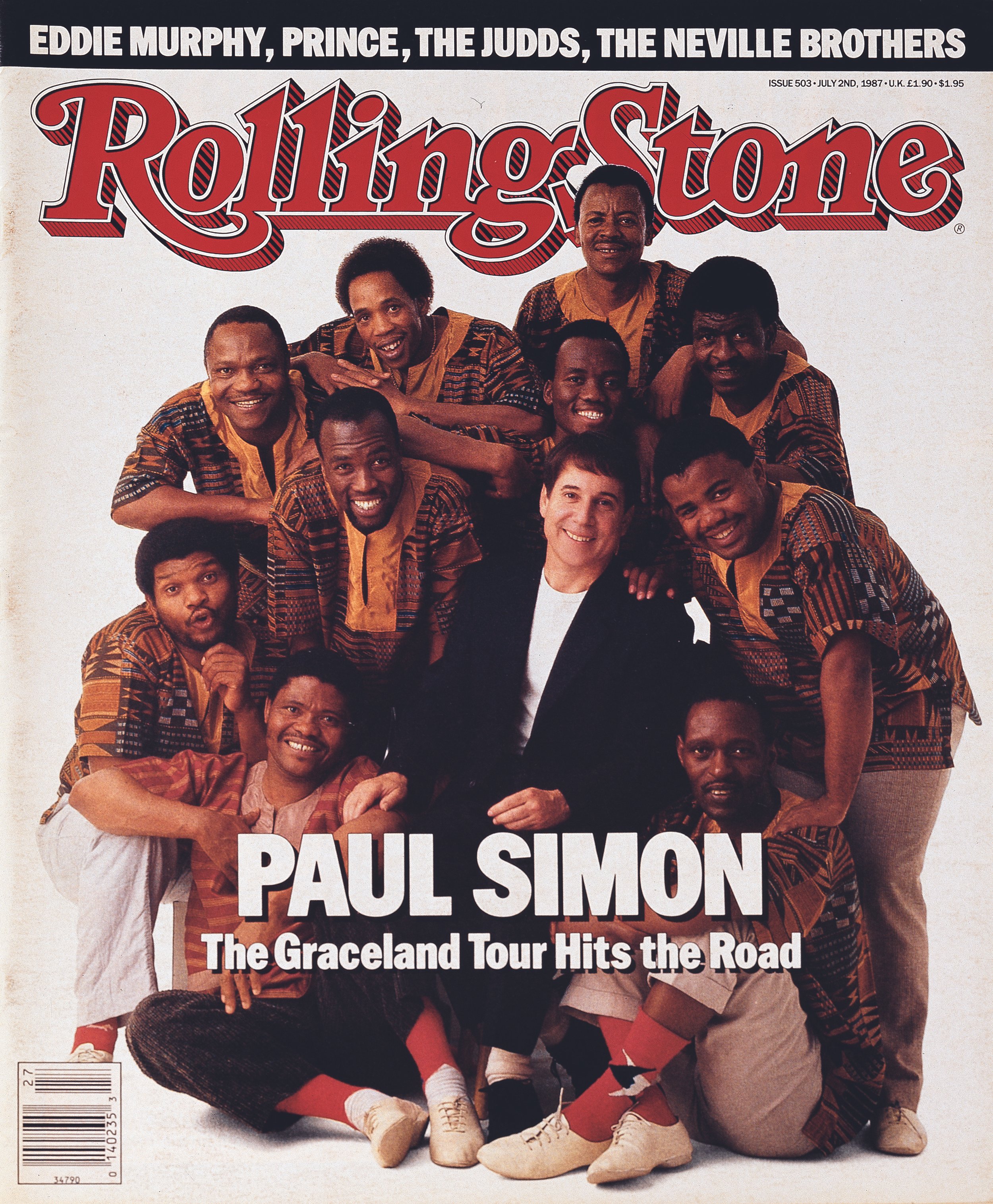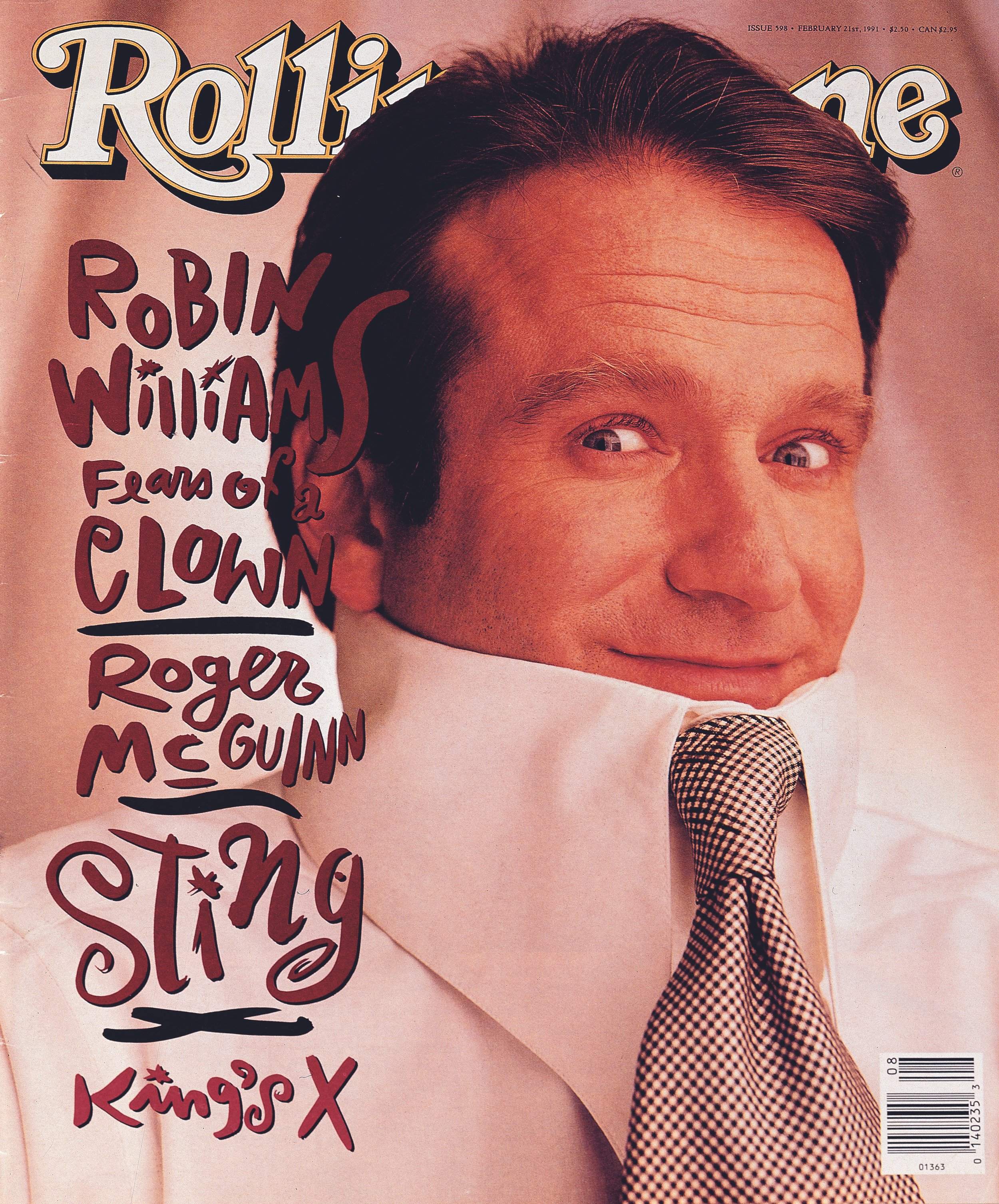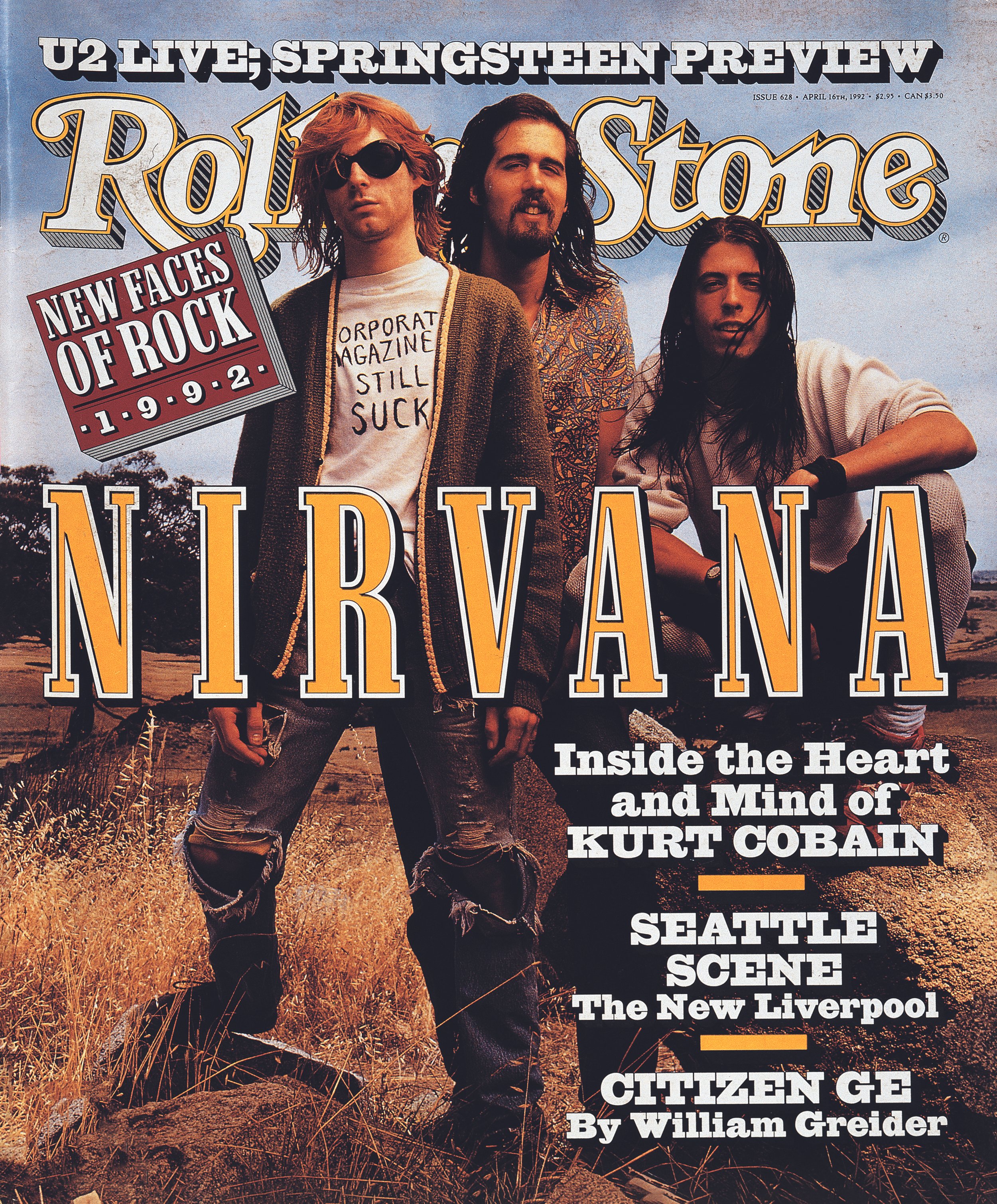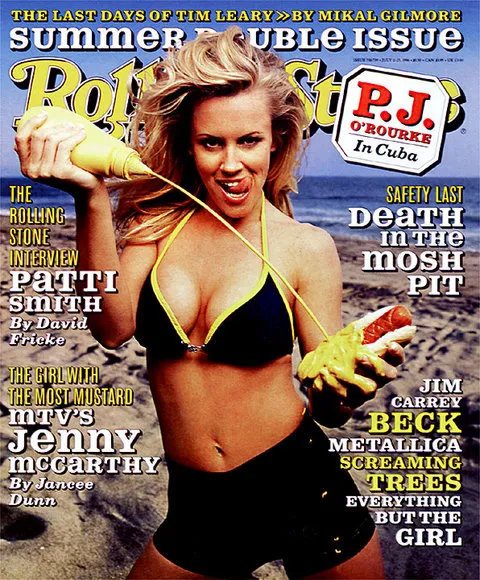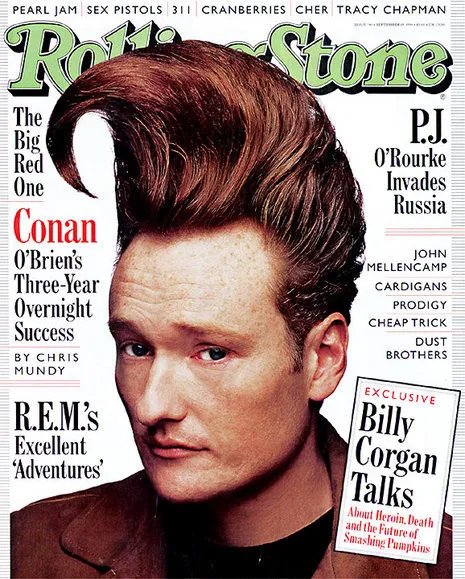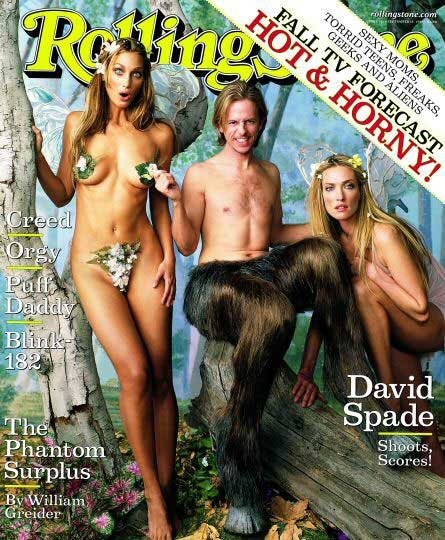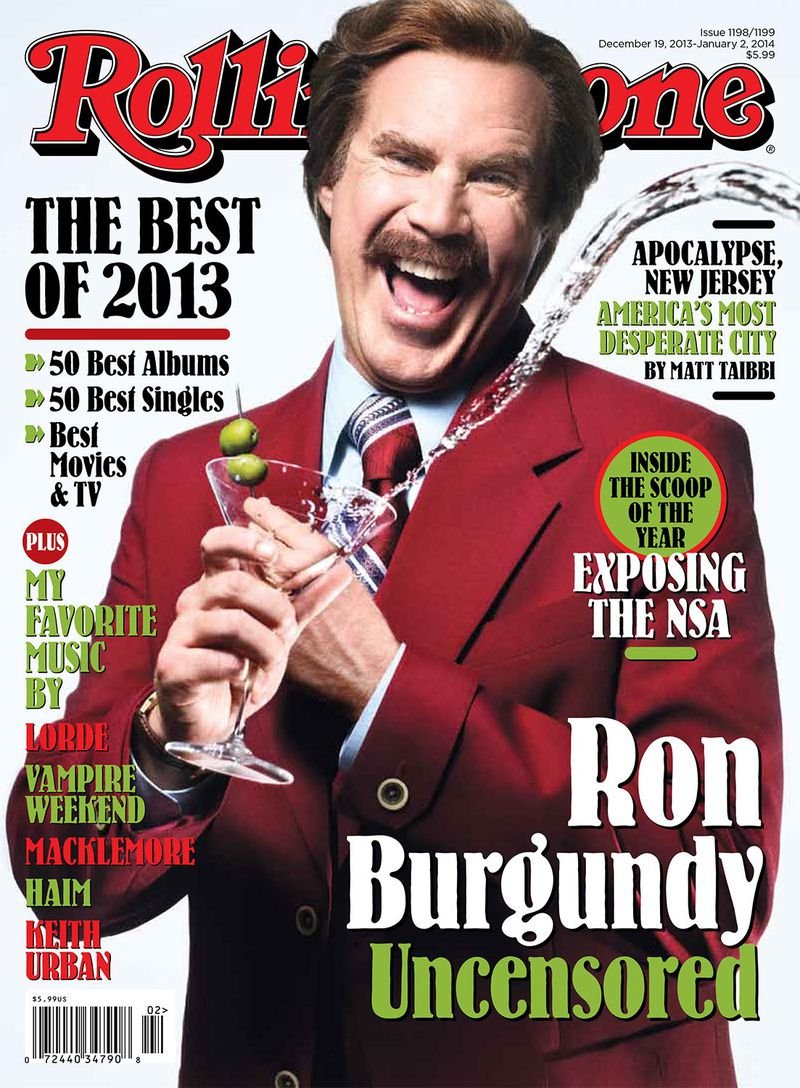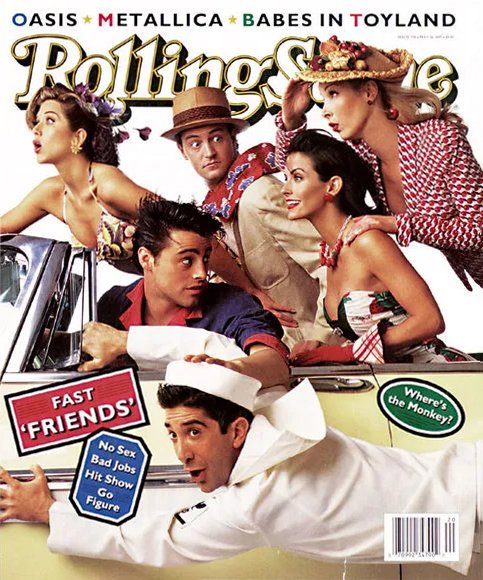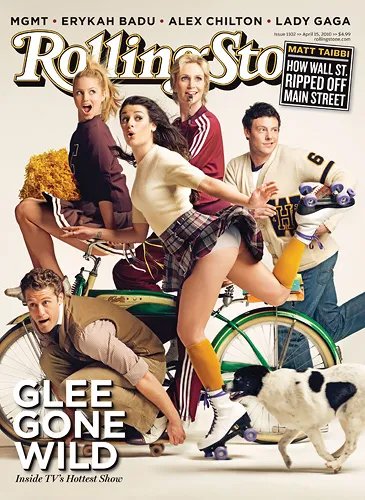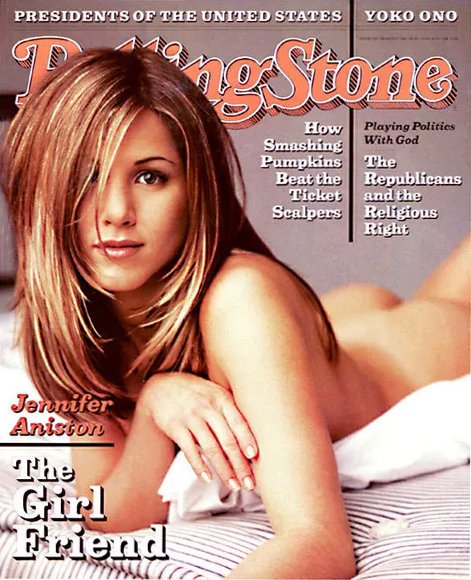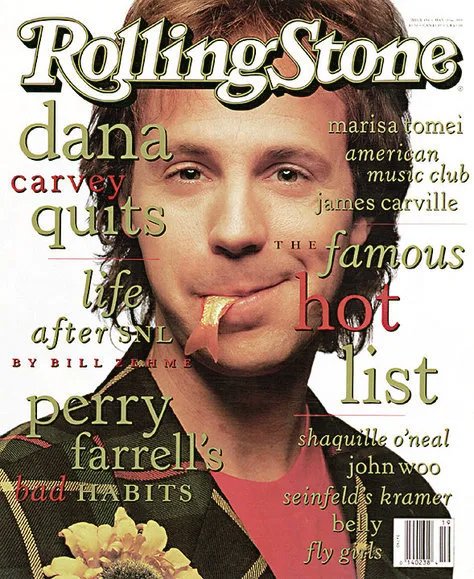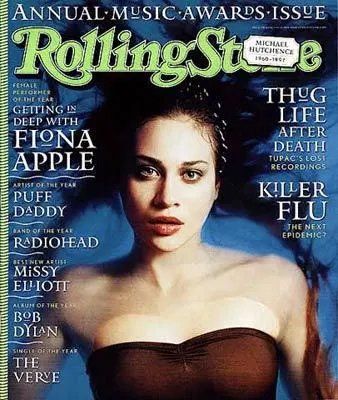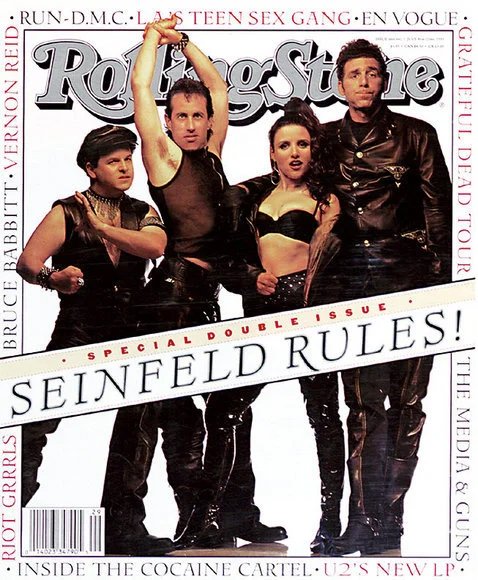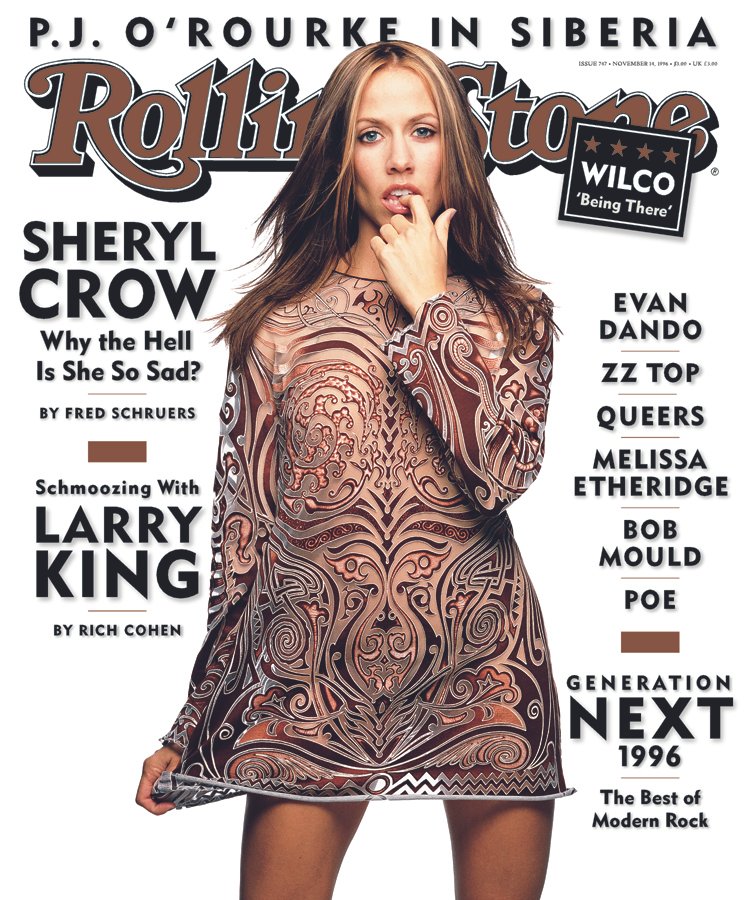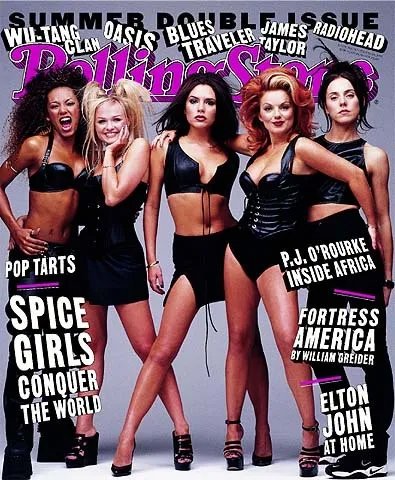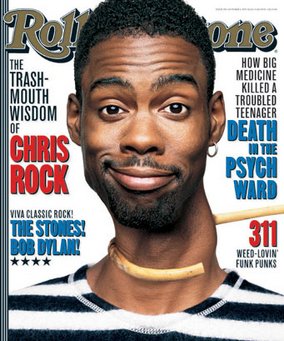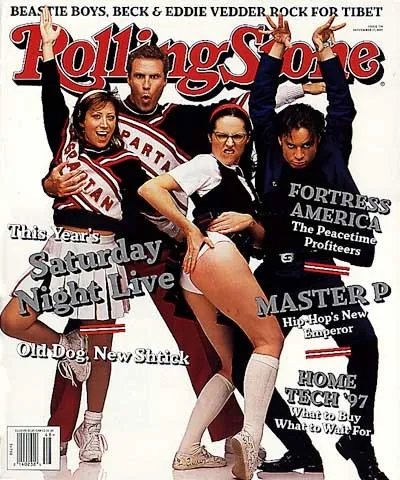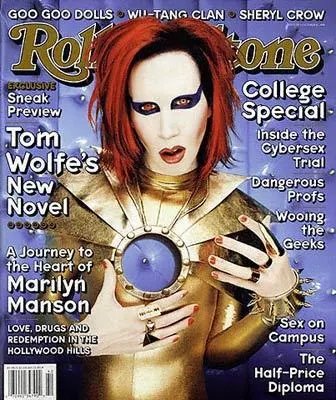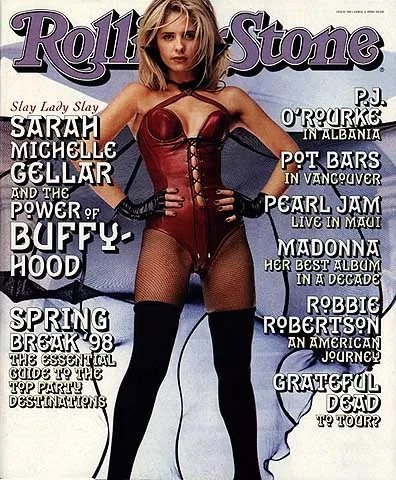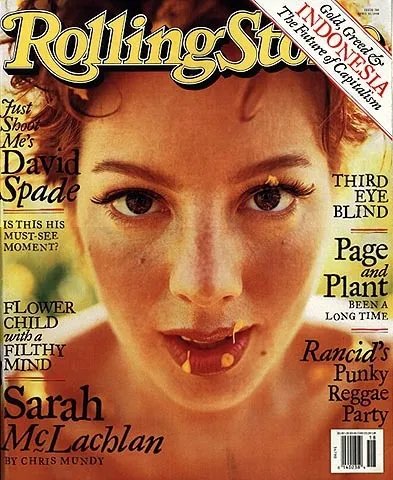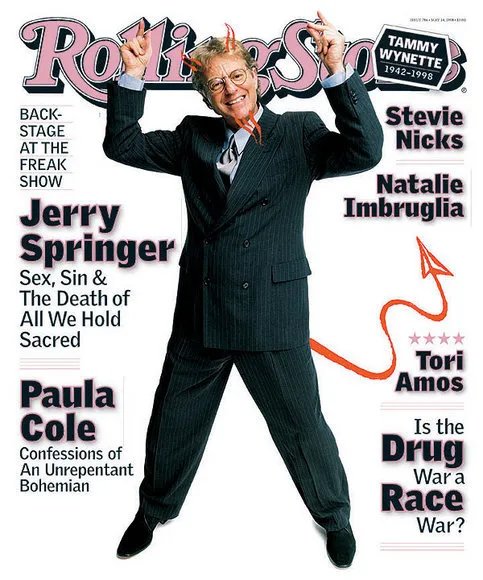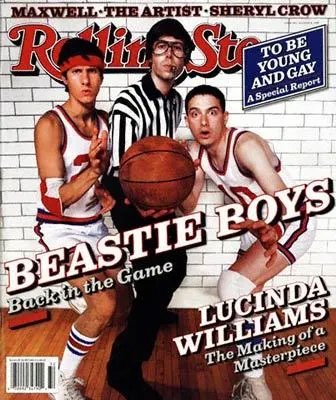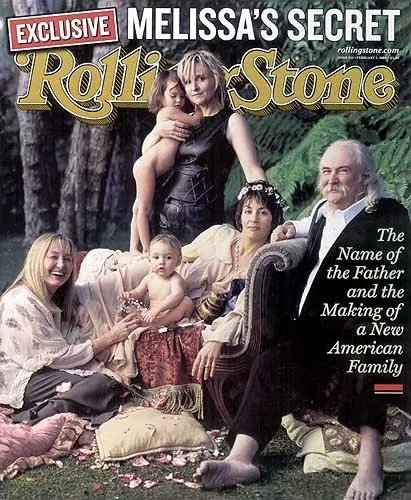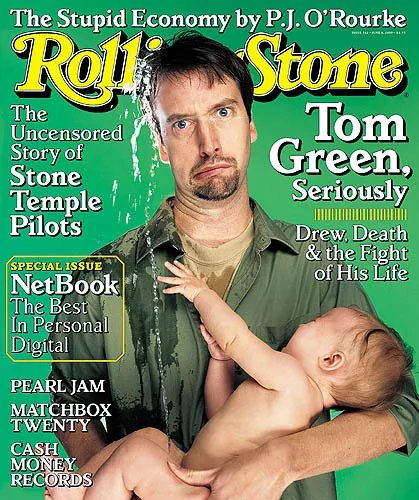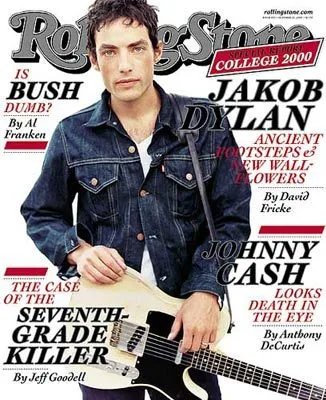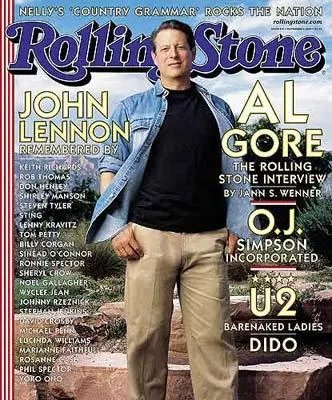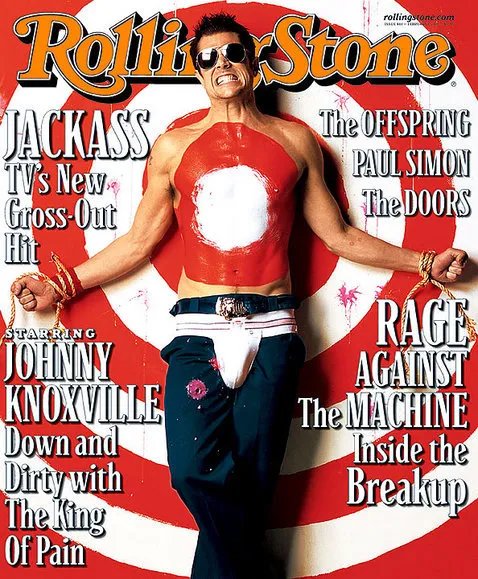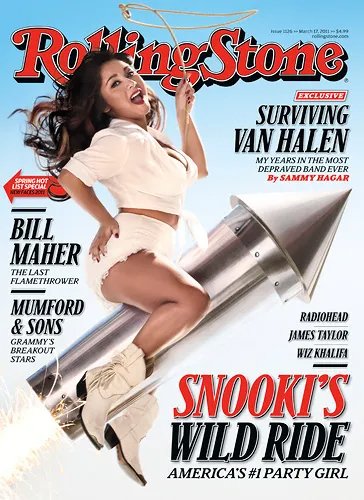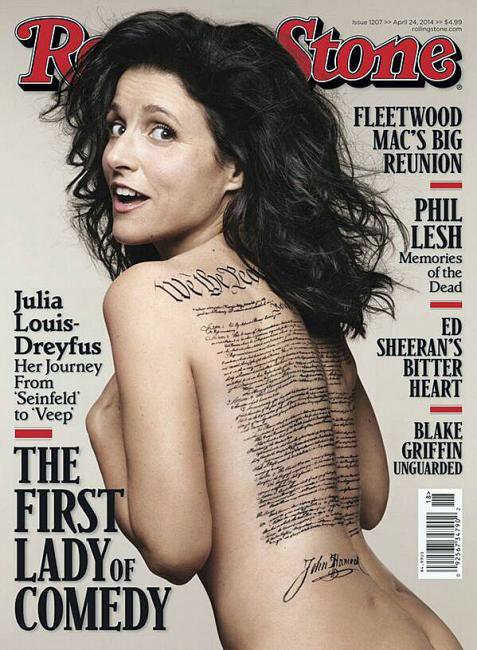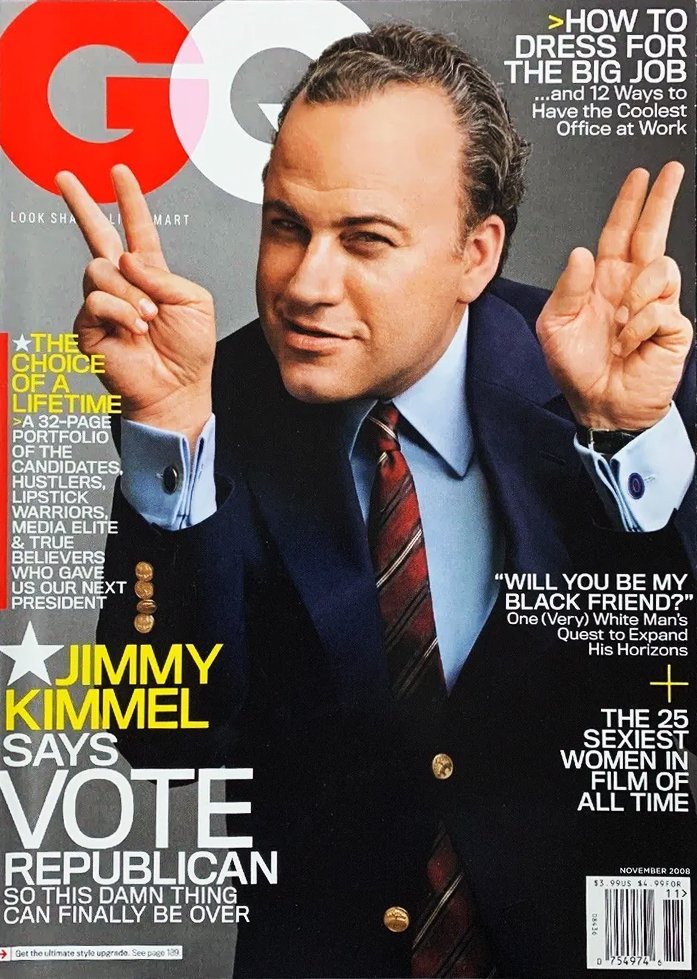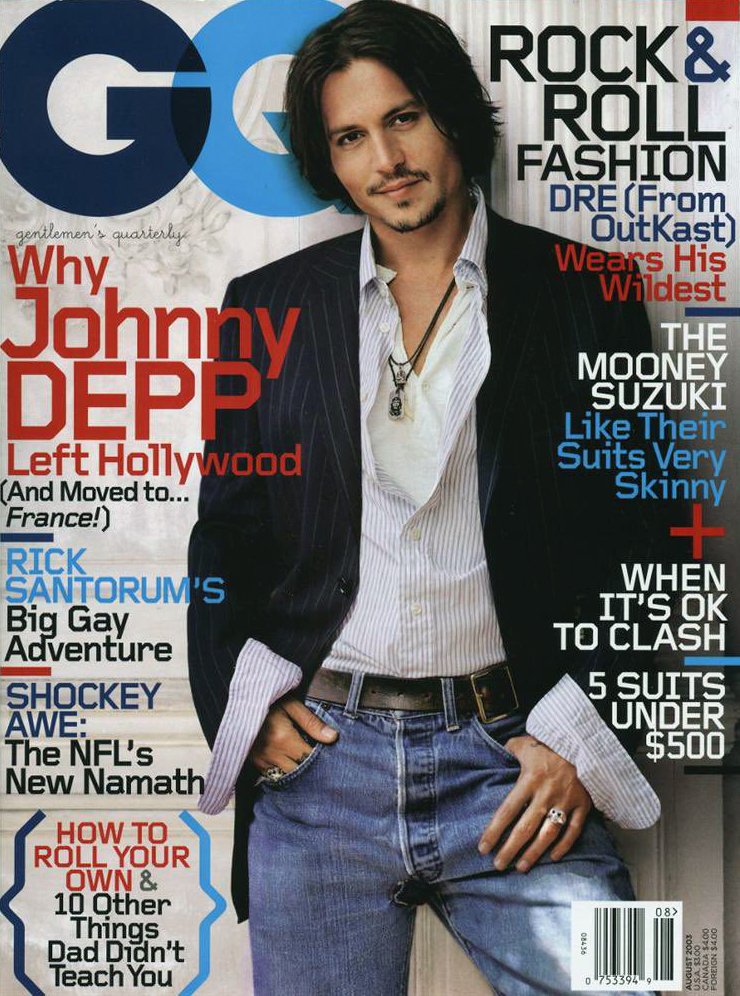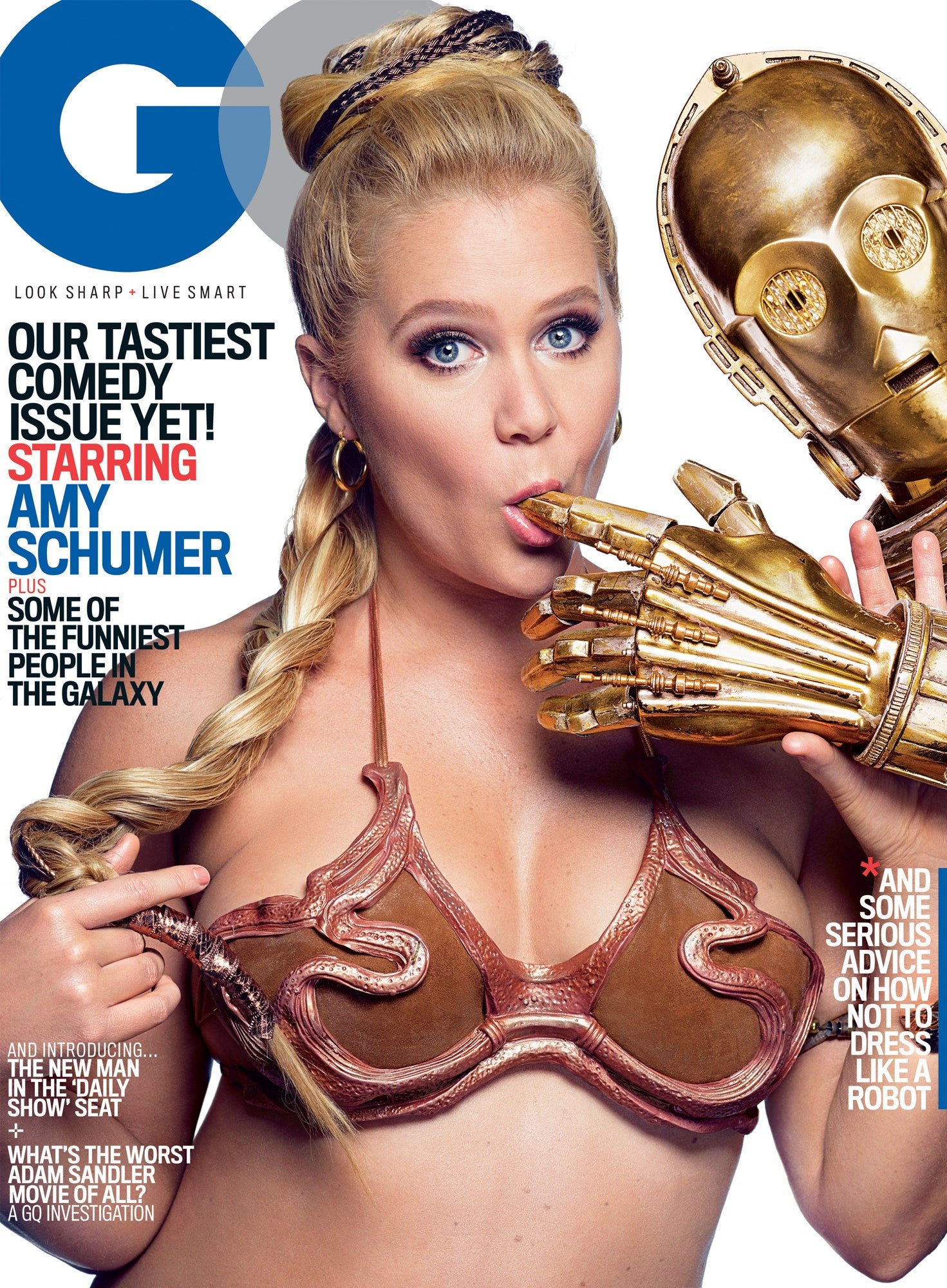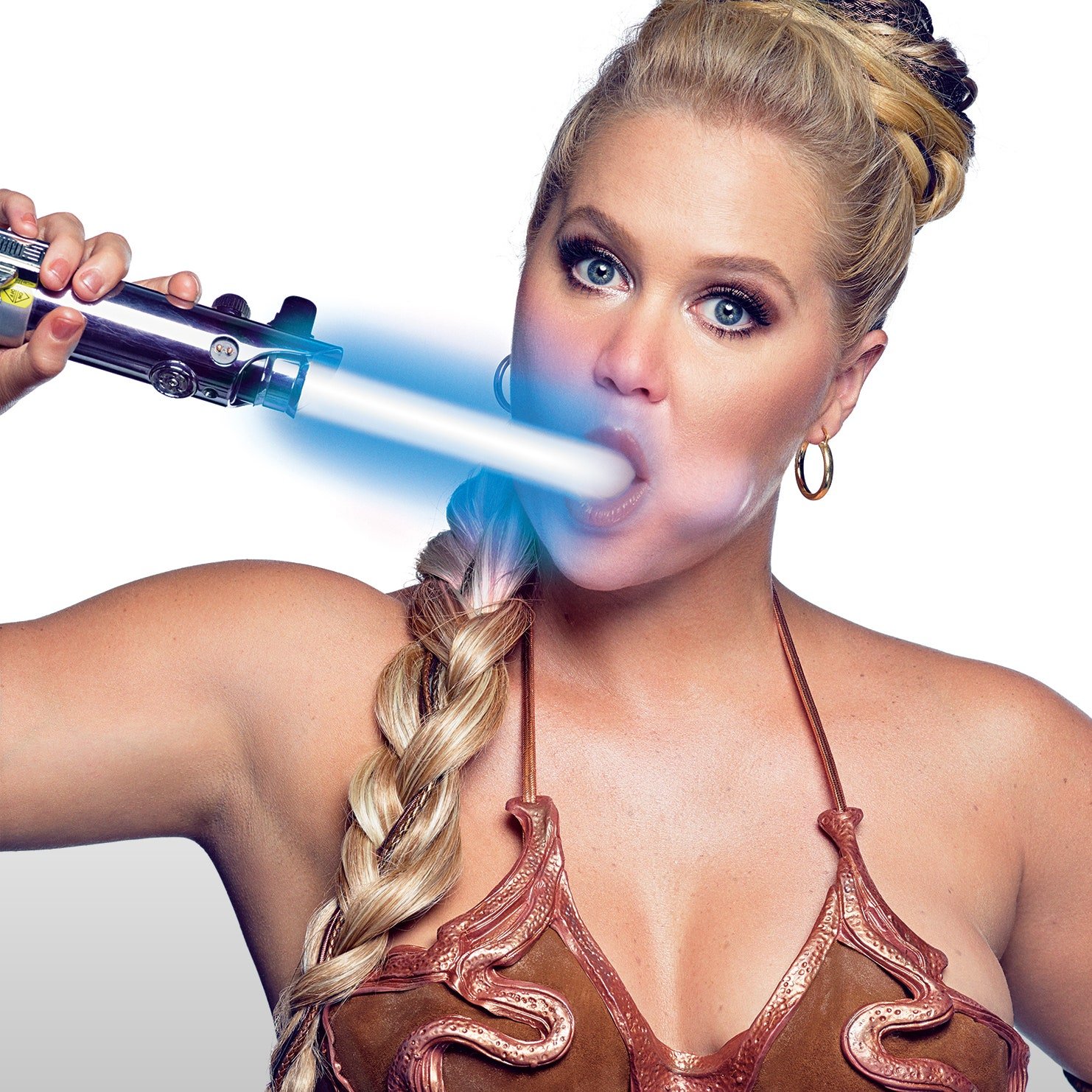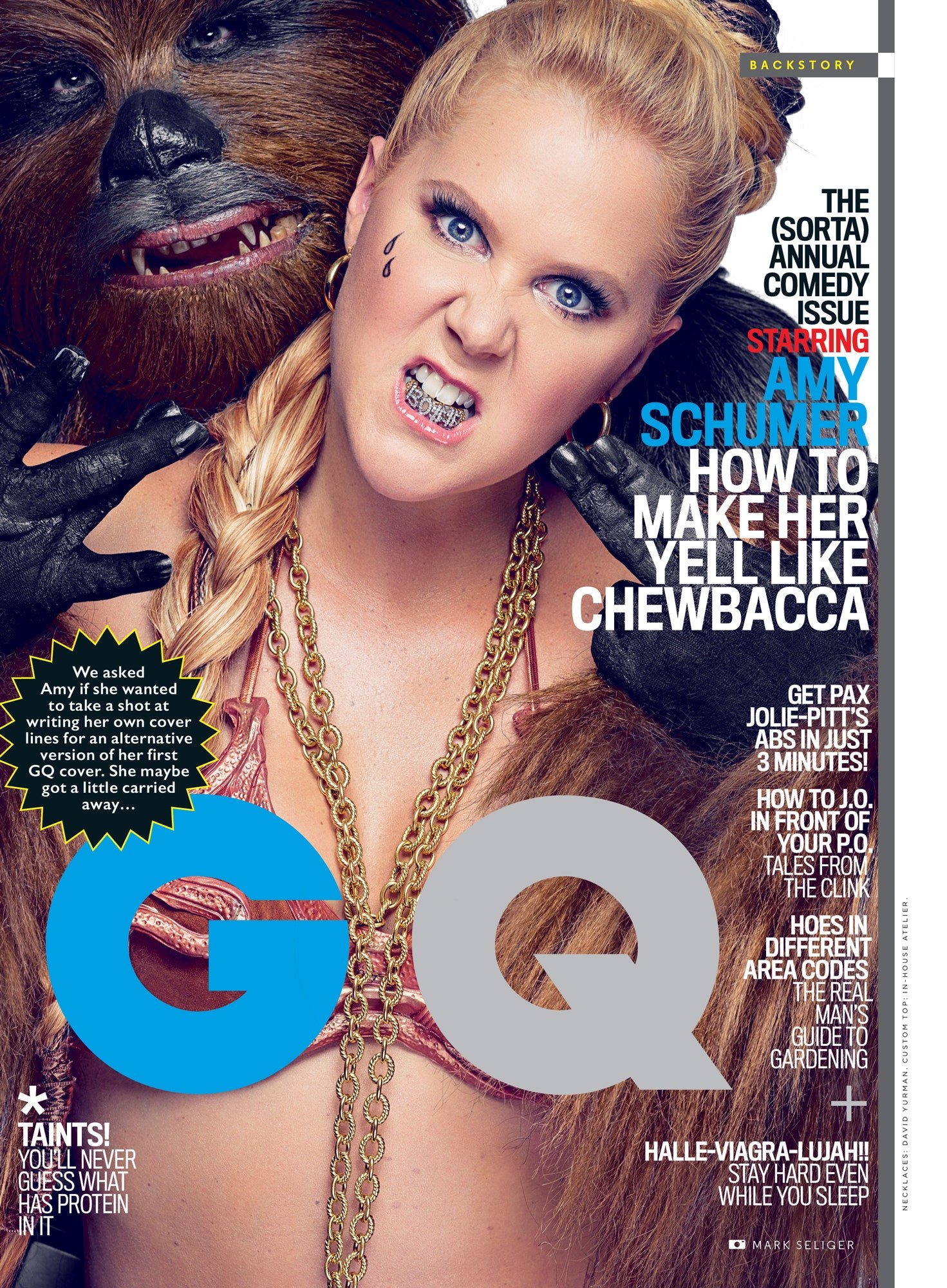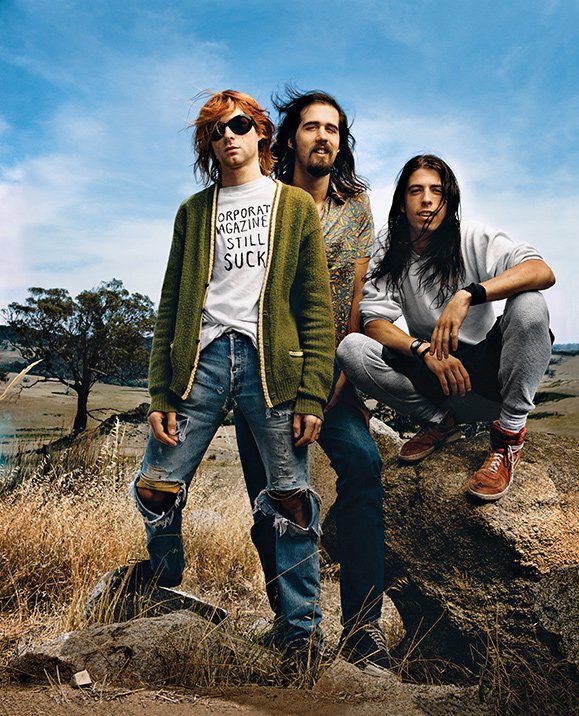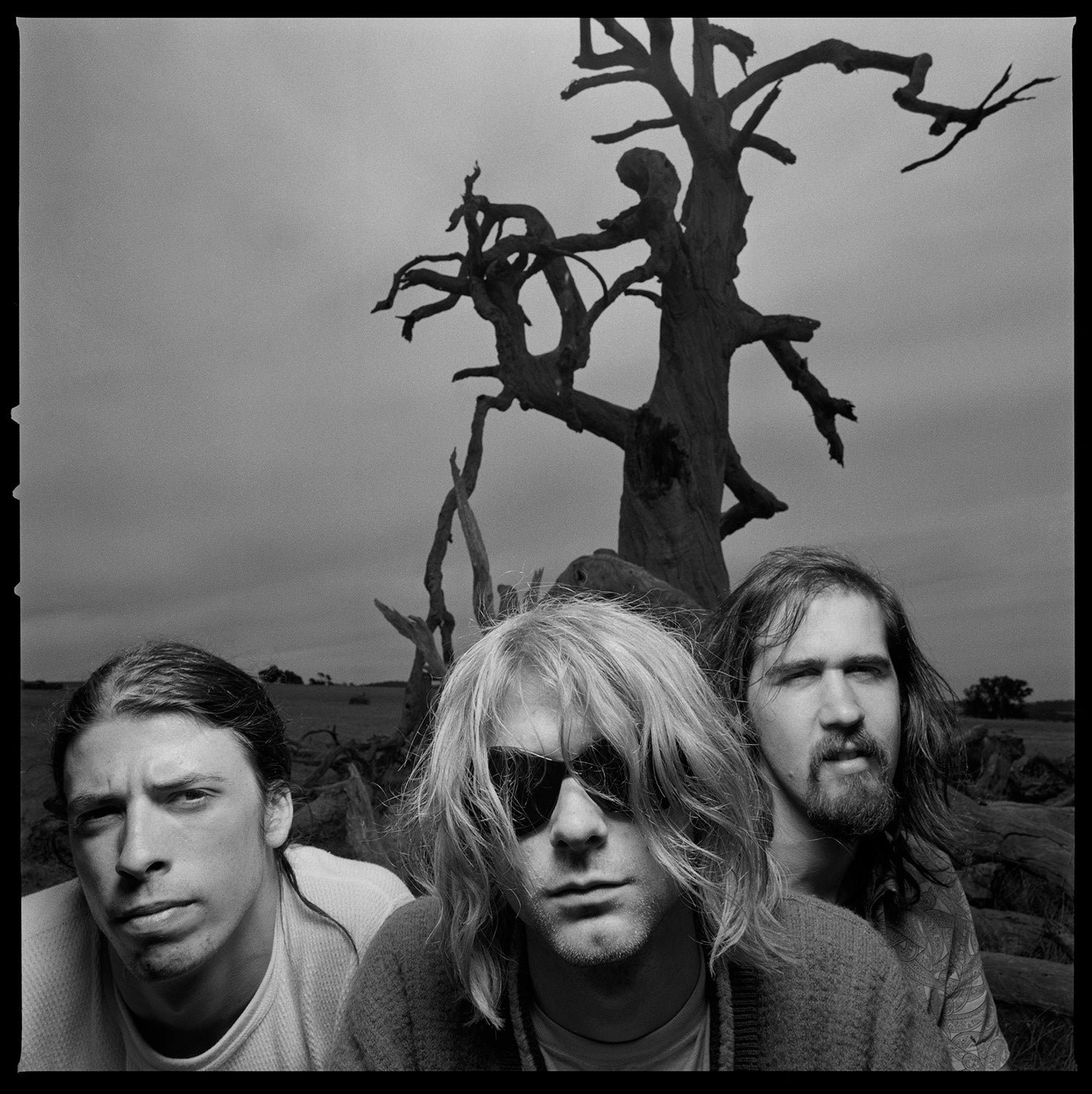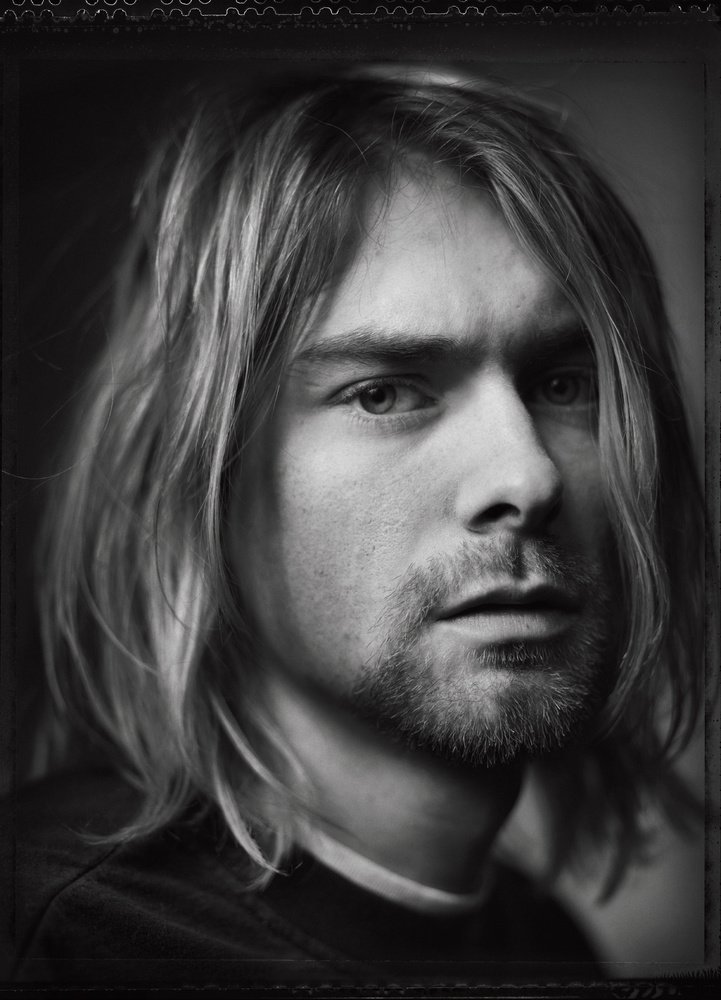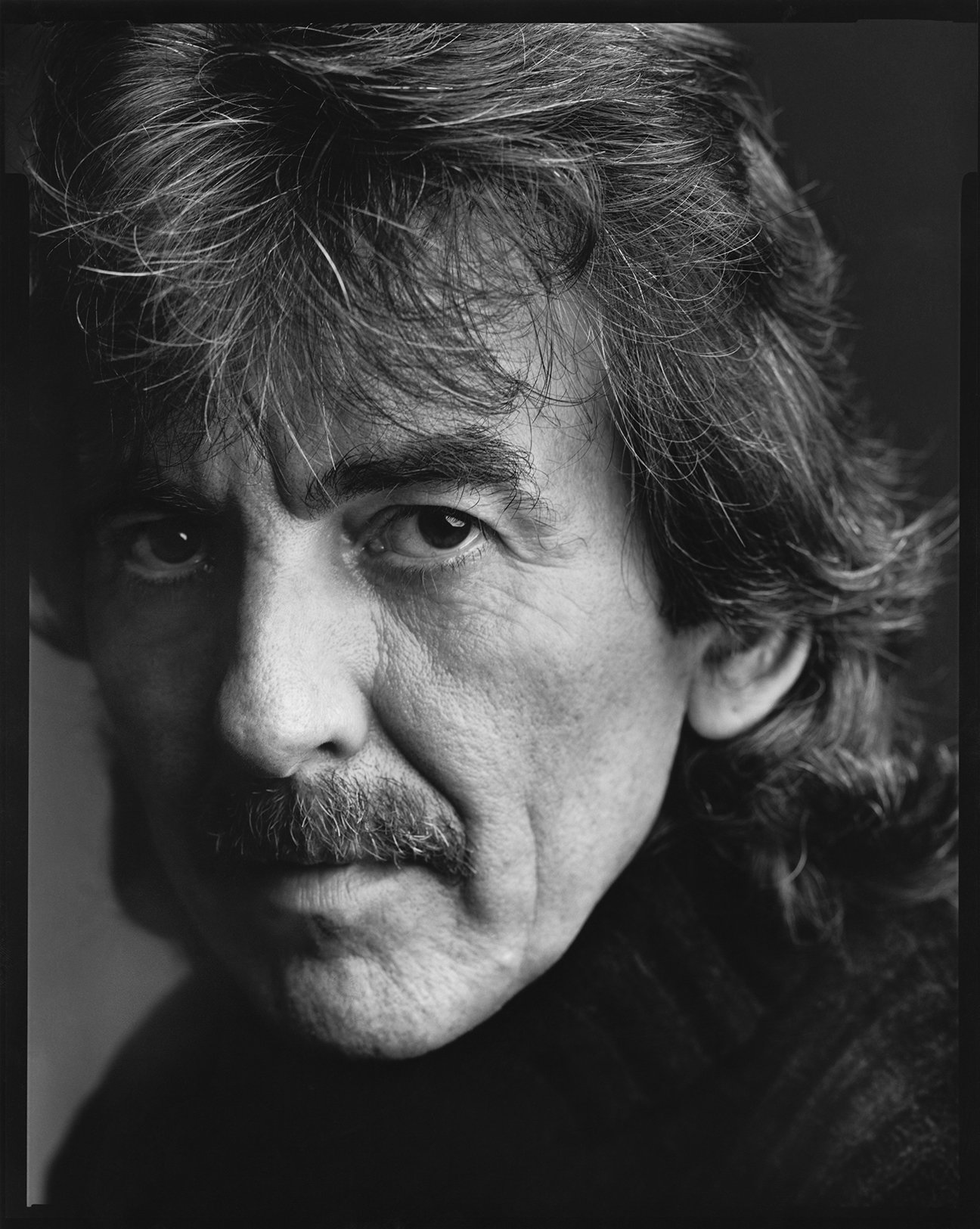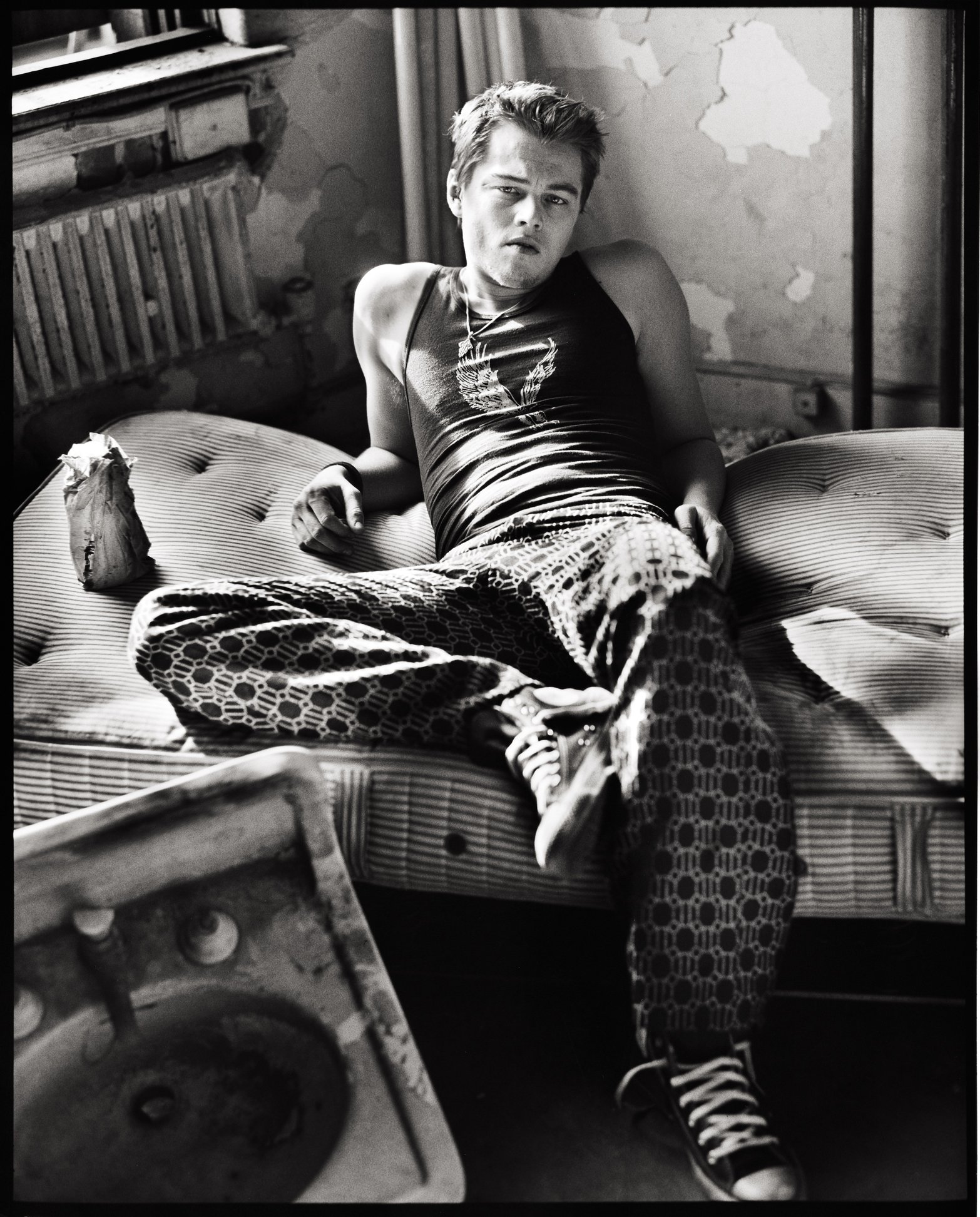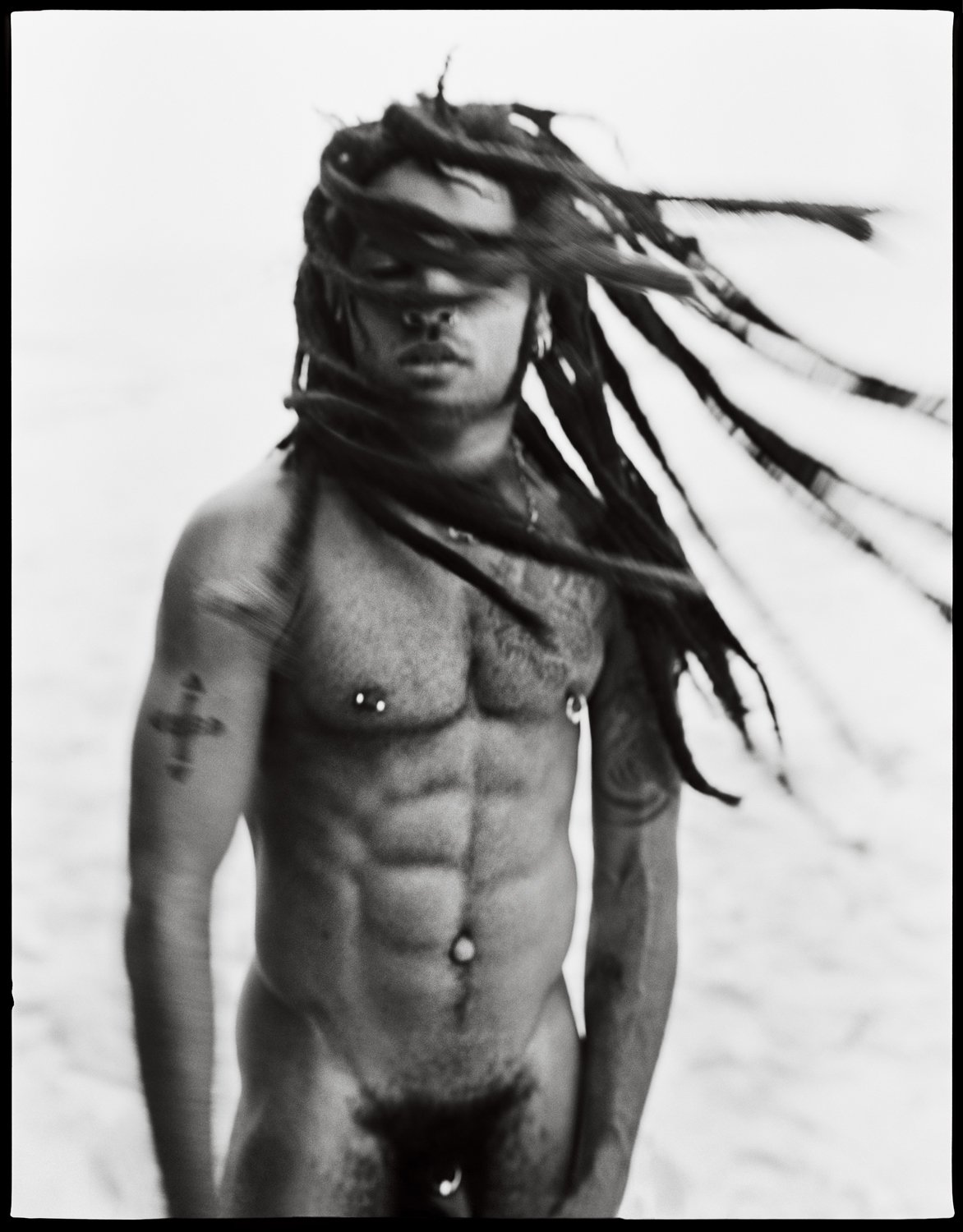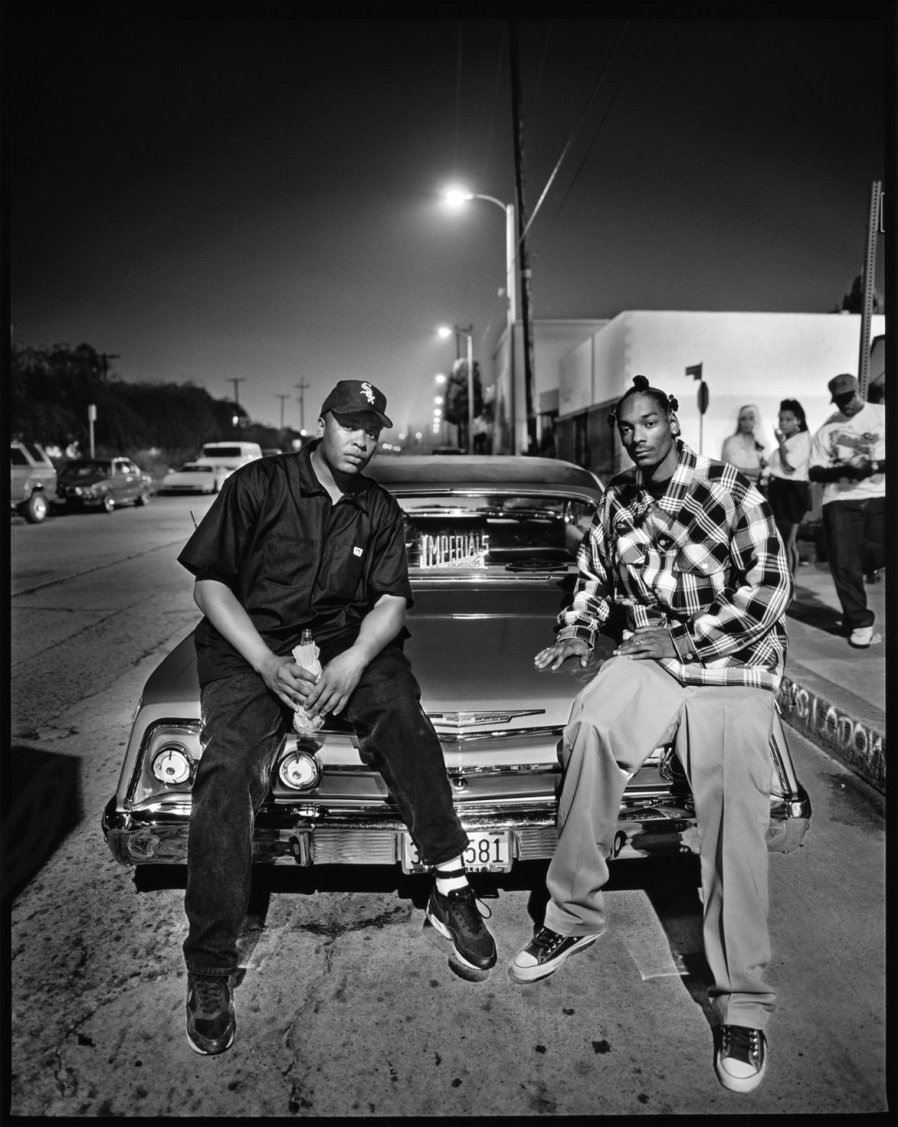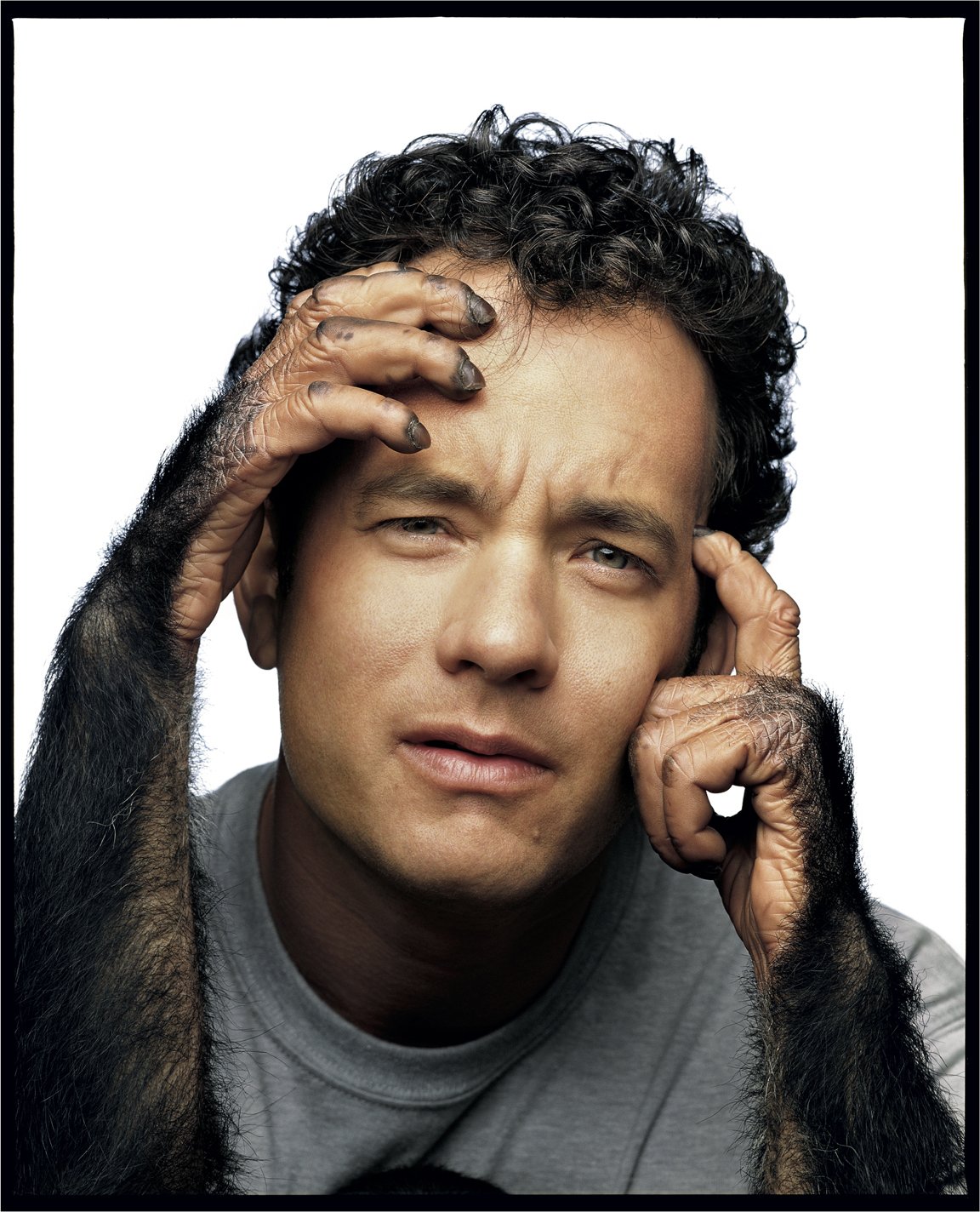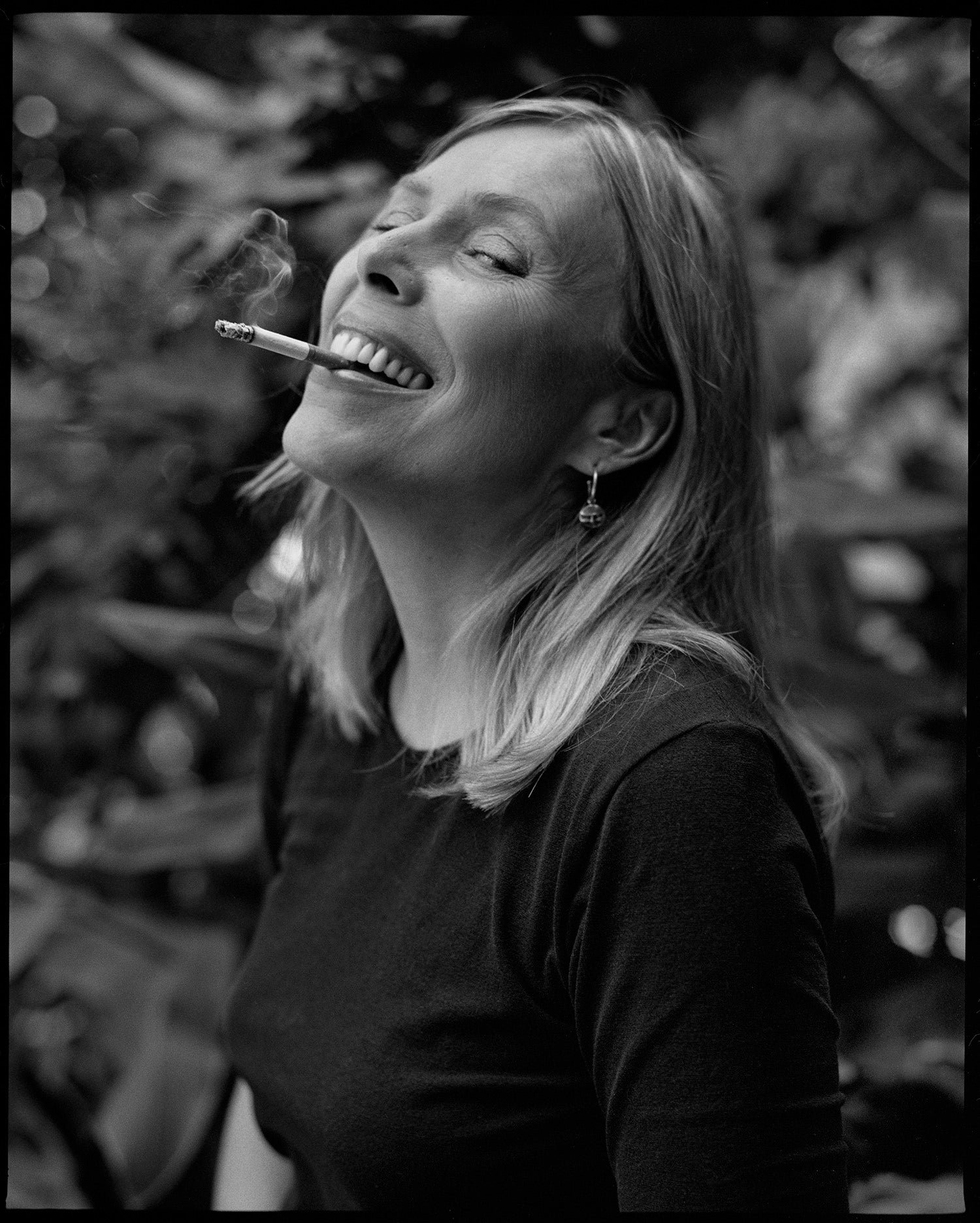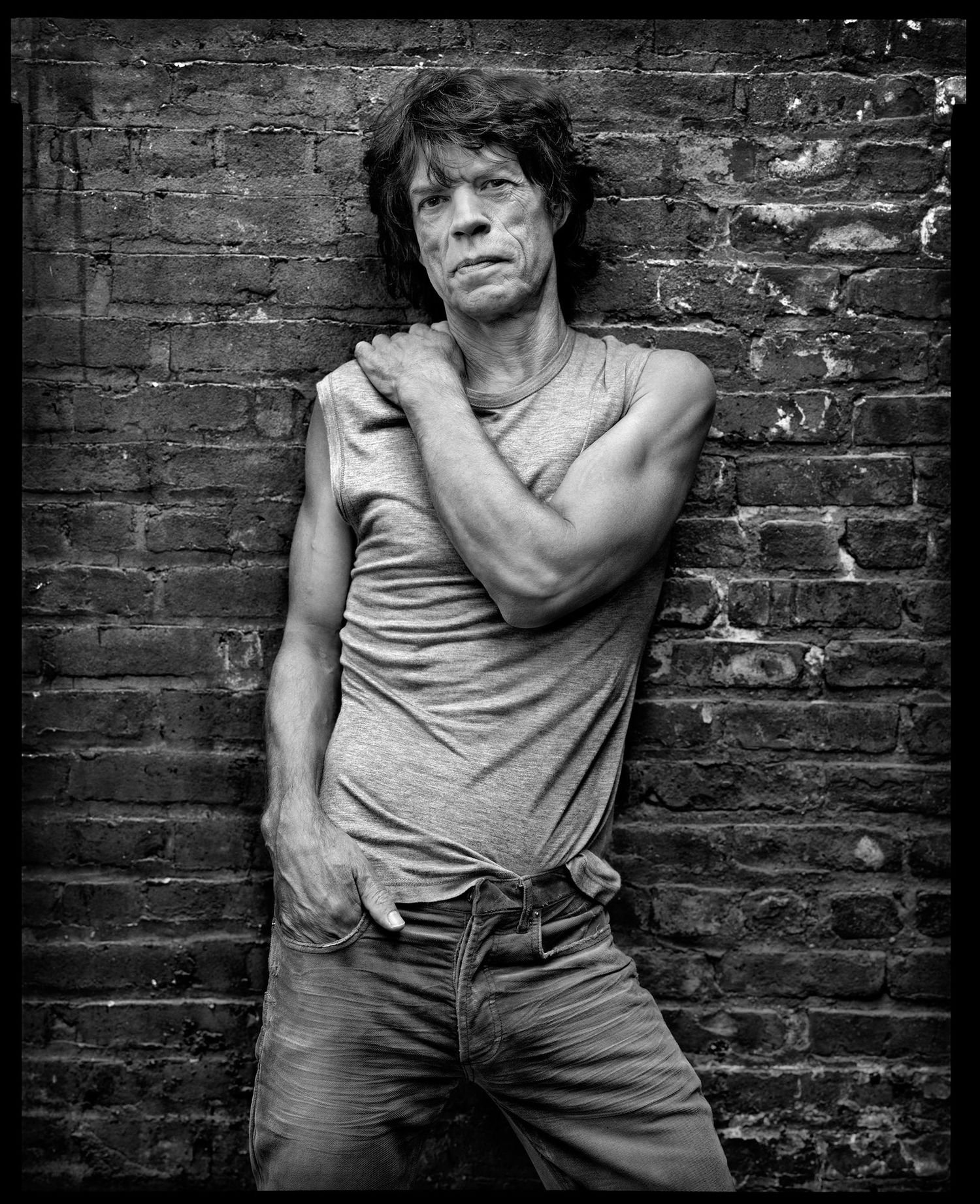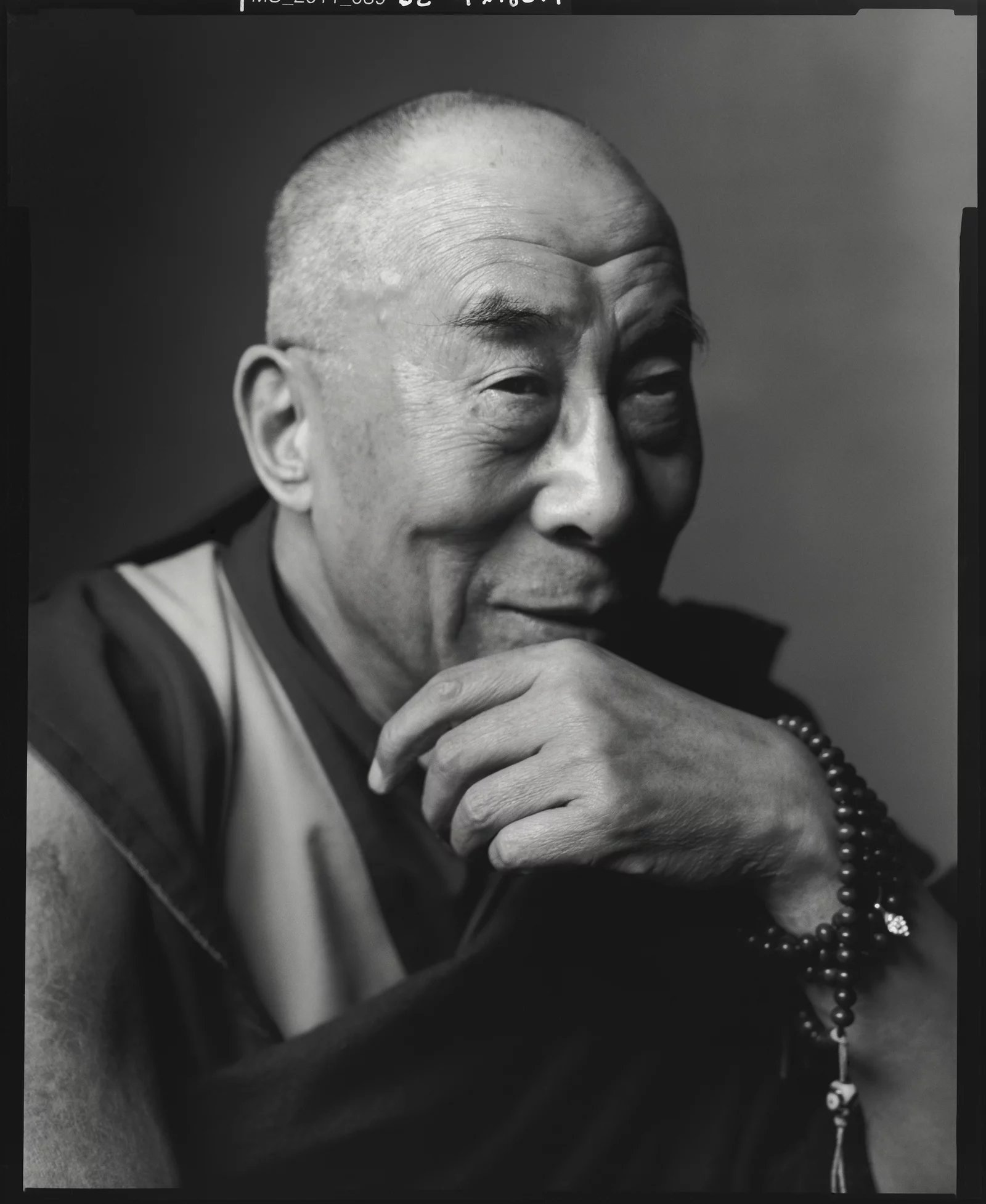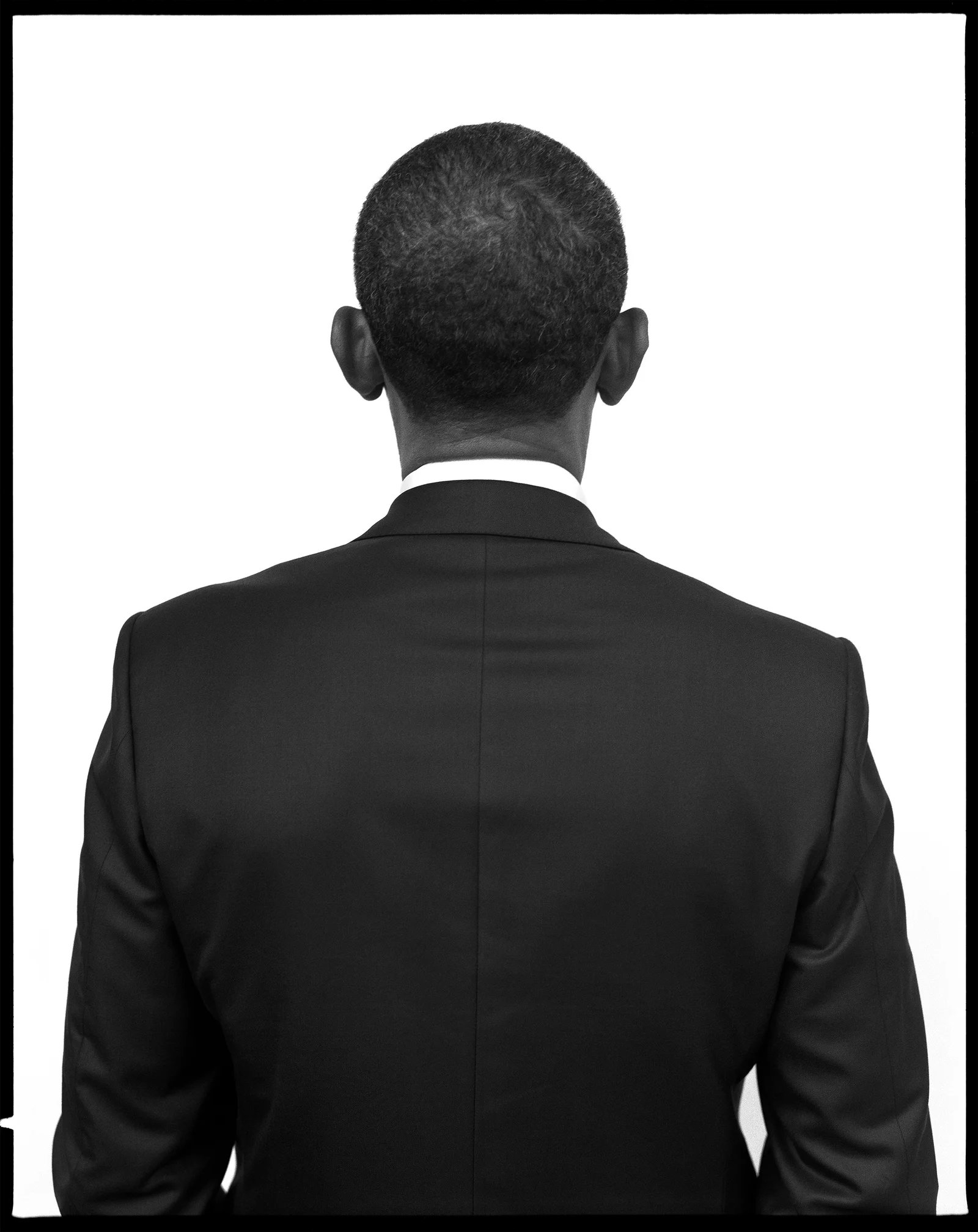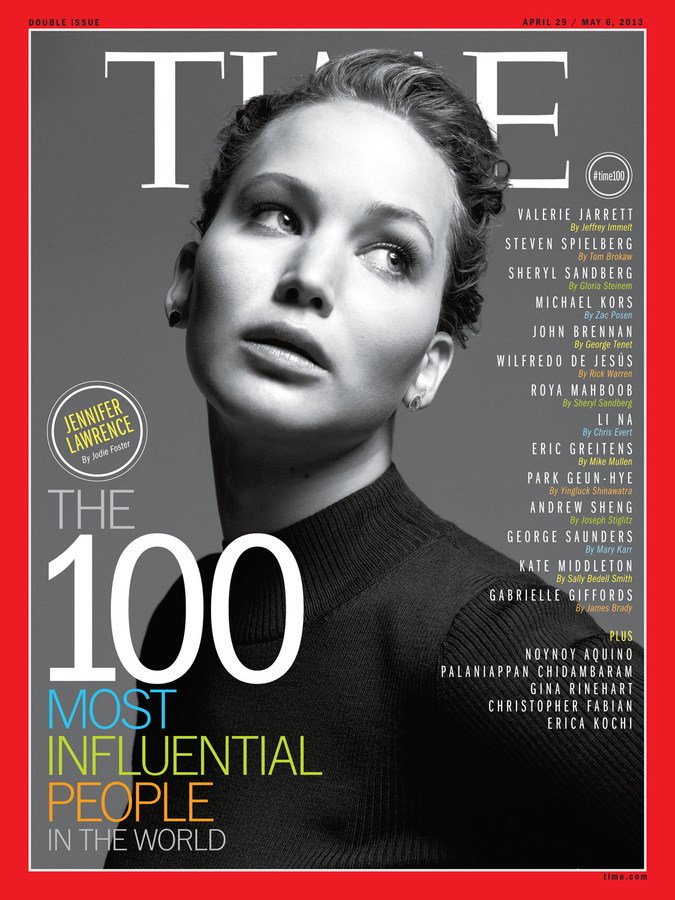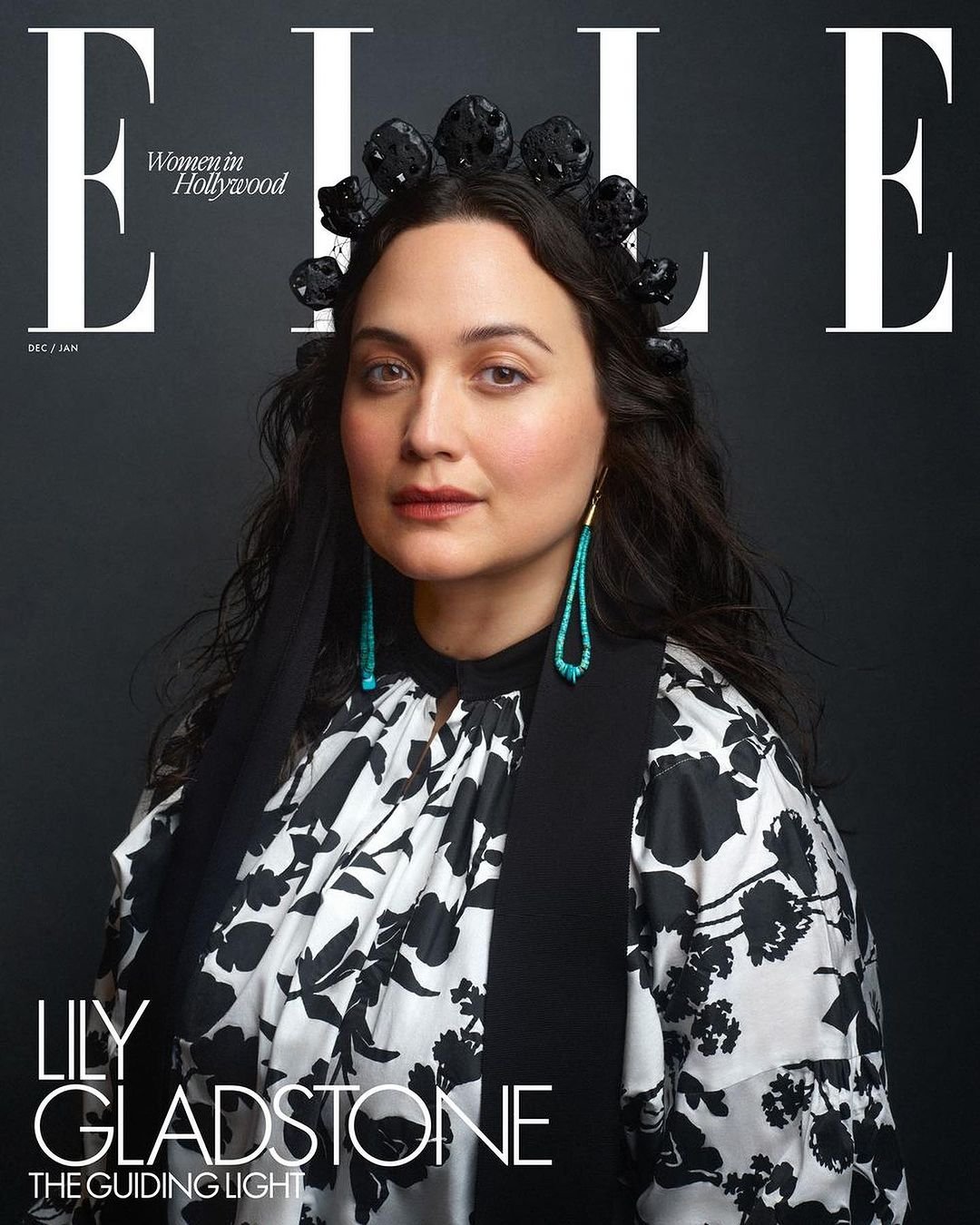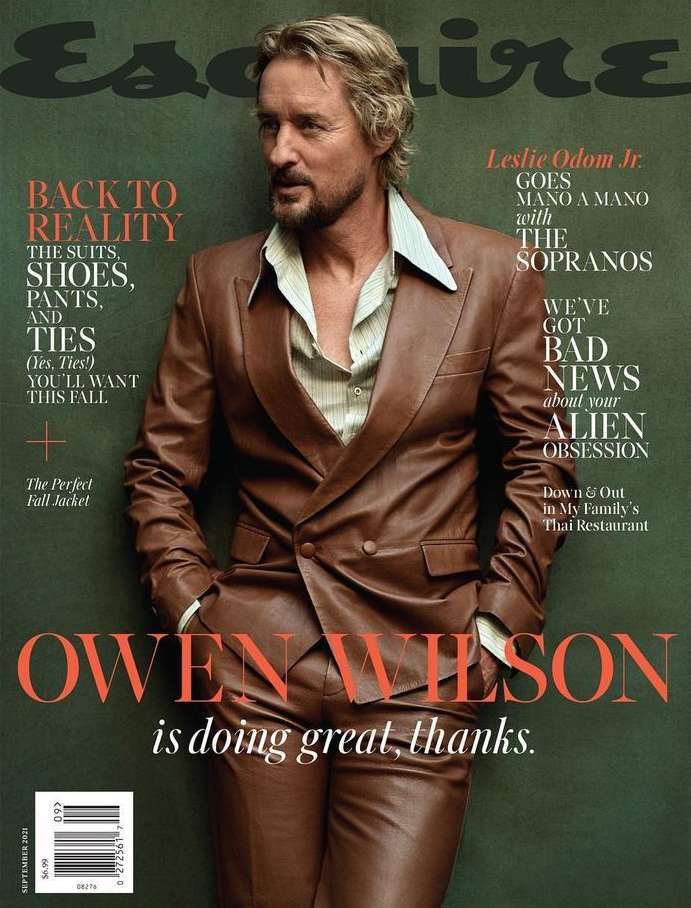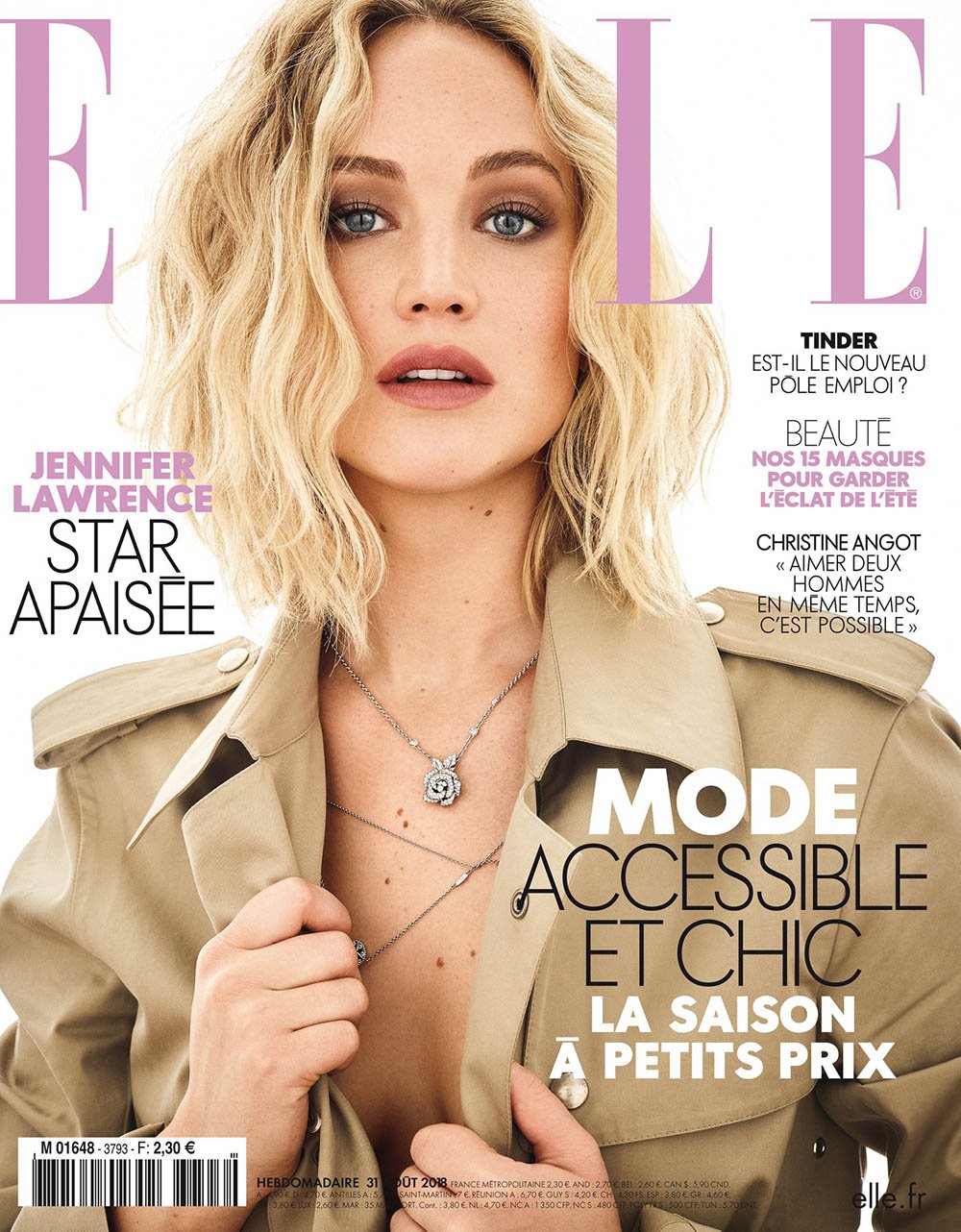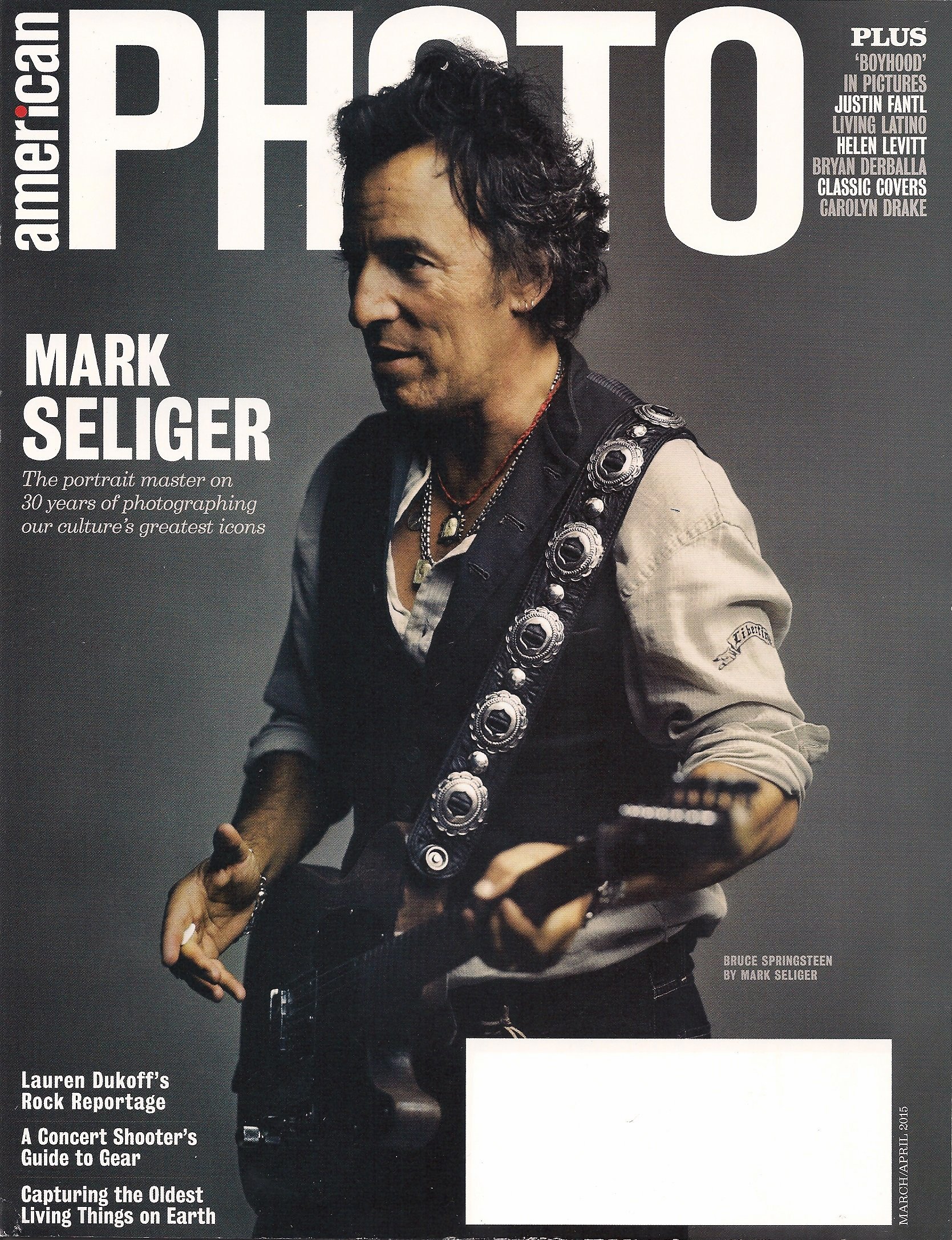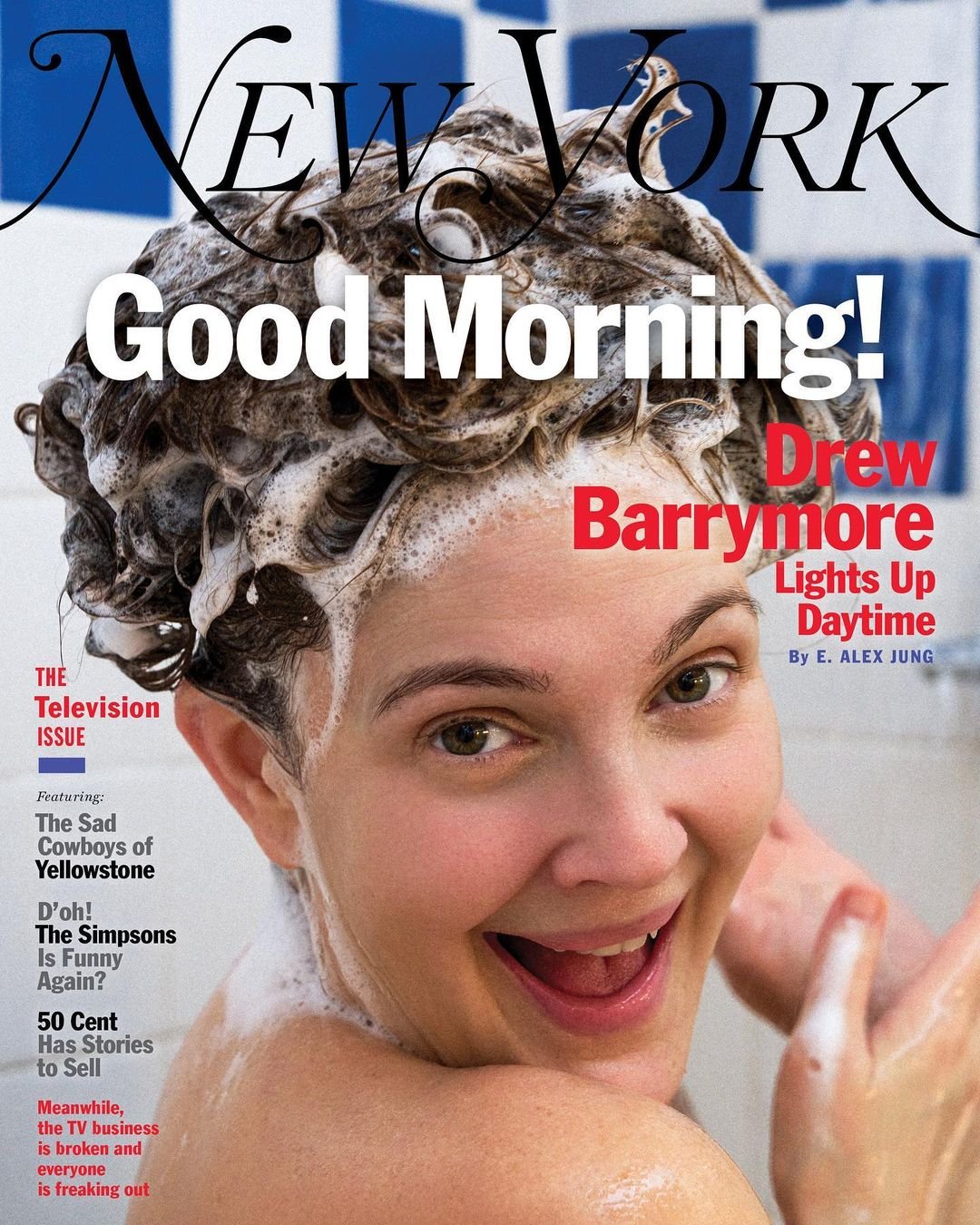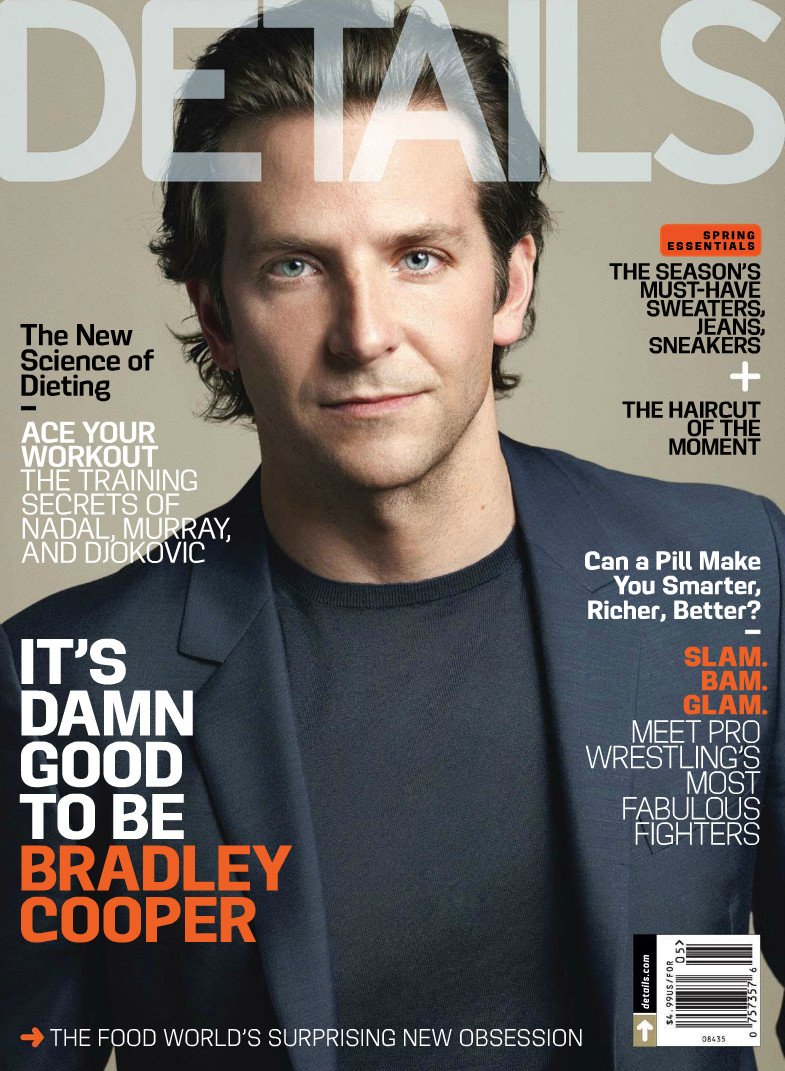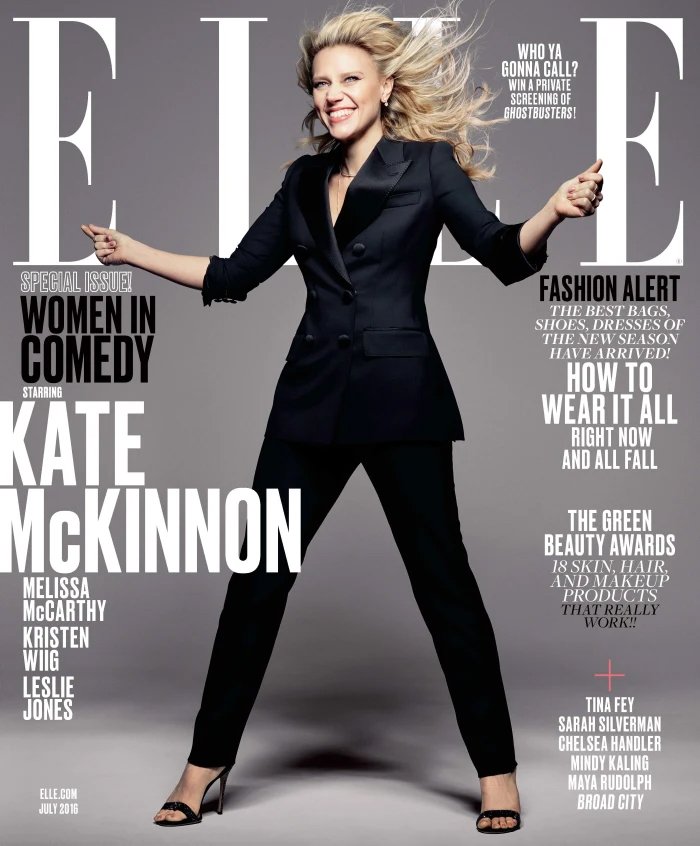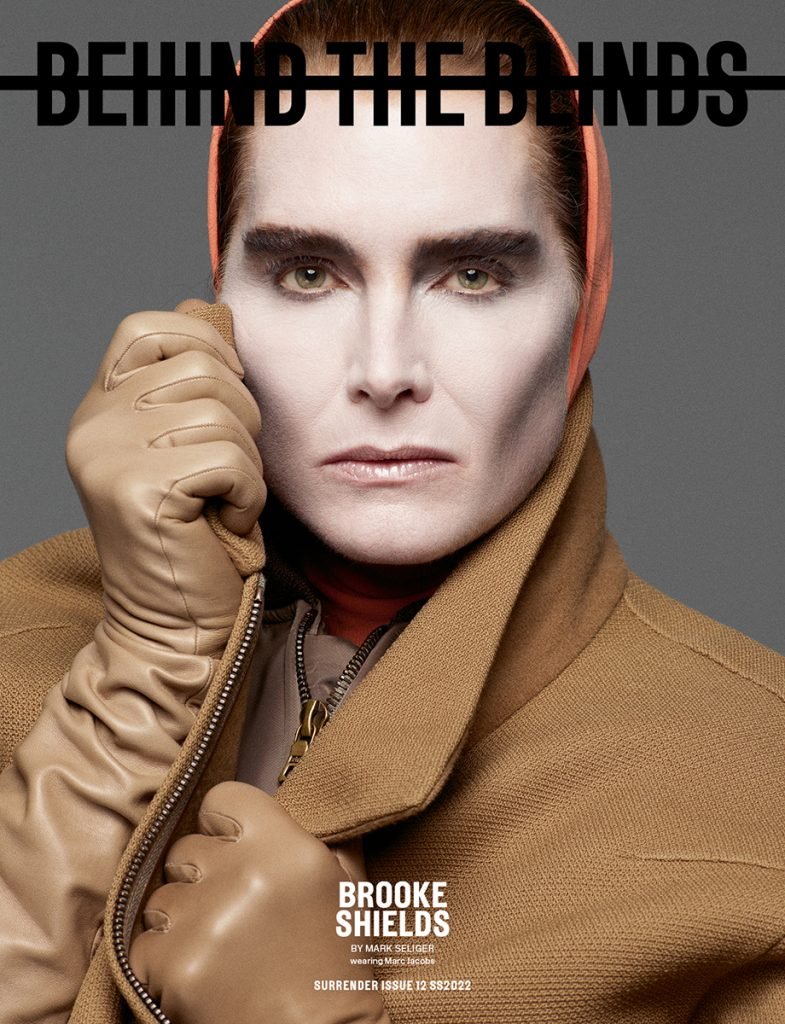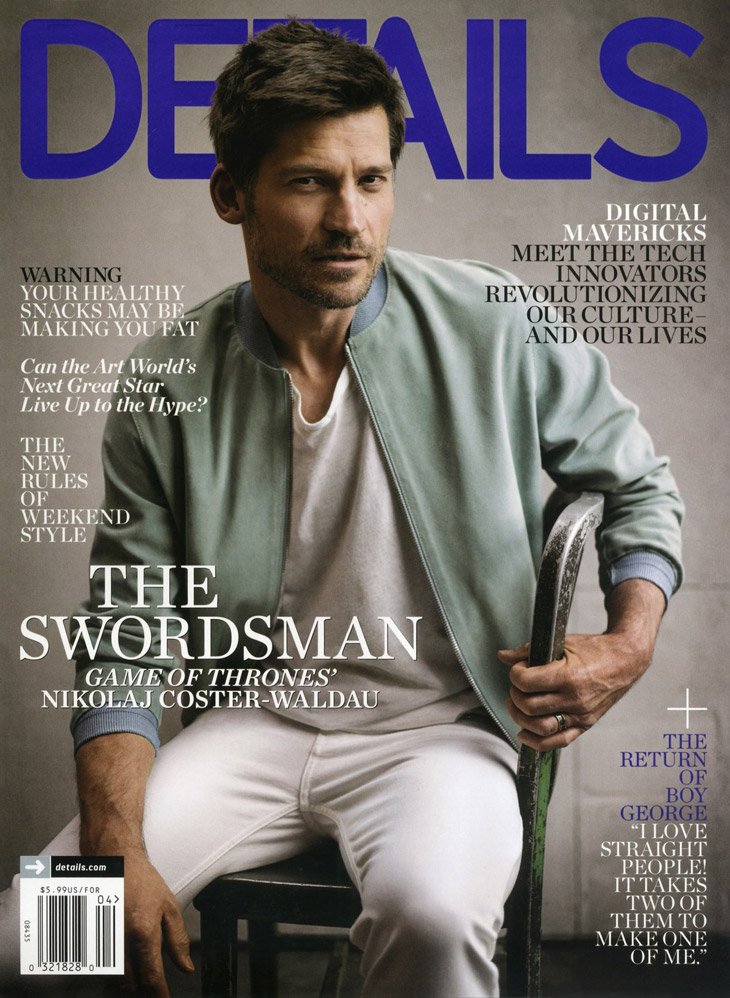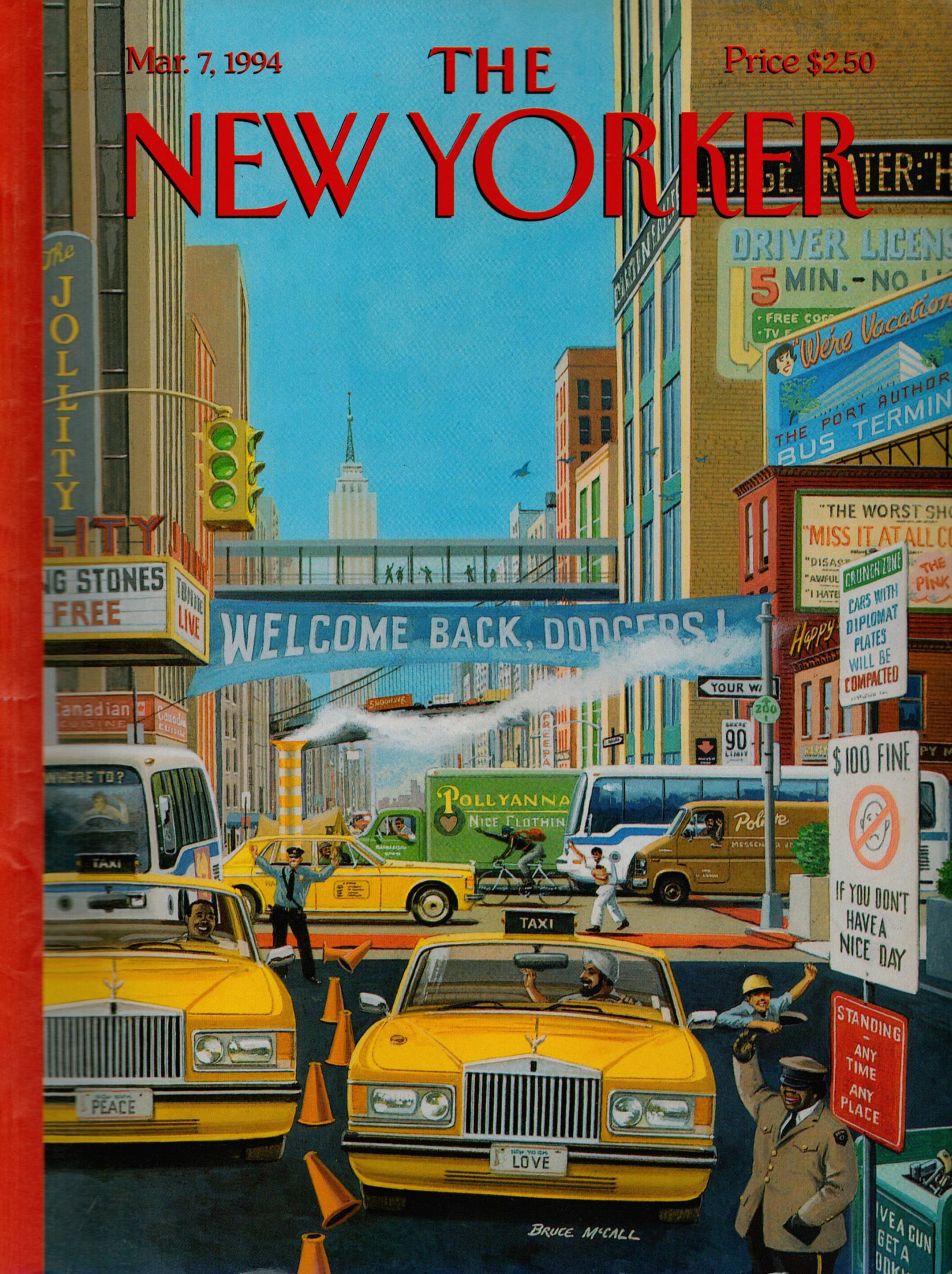The Hollywood Reporter
A conversation with editor Janice Min (The Hollywood Reporter, Us Weekly, The Ankler, more)
A conversation with editor Janice Min (The Hollywood Reporter, Us Weekly, Ankler Media, more).
—
THIS EPISODE IS MADE POSSIBLE BY OUR FRIENDS AT MOUNTAIN GAZETTE, COMMERCIAL TYPE, AND LANE PRESS
A good editor can, theoretically, edit any magazine, regardless of genre. But in some cases, you need an outsider to make things right. To see the forest for the trees.
To that end, Janice Min has planted acres of forests—one tree at a time—on both coasts, where the Colorado-born editor considers herself an outsider.
“I cared about almost none of this. I don’t care about celebrities or reality stars. It was my job to just think about how to interpret what they were saying and turn that passion into stories. I don’t think that the editors always have to be their audience, but I also think, as an editor I was able to be removed from it and glean like, ‘That pops. That’s the most important story.’”
From Us Weekly, where her instincts led to a massive increase in readership that saved a floundering publication—and likely all of Wenner Media—to The Hollywood Reporter, which was in a death spiral but is now, once again, a widely-respected and well-read industry bible, Min has played a major role in creating what we now call the celebrity-industrial complex, as well as the rise of what became social media and the influencer economy. That’s all.
Now, as cofounder of Ankler Media, Min is once again rethinking publishing—and celebrity. The company is centered around its newsletter, The Ankler, which bills itself as “the newsletter Hollywood loves to hate—and hates to love” and is currently one of the top three business publications on Substack.
“We had three months to do the first one—which nearly killed us. And then we had to do the next one in a week—another week!”
Sean Plottner: I’m going to start out with a really simple, basic question. Given your success, your wild success as the editor of Us Weekly and The Hollywood Reporter for really a good chunk of the 21st century so far, how responsible are you for the celebrity-industrial complex as we now know it?
Janice Min: Well, it depends. If you think it’s a good thing, I will say I was responsible. If you think it destroyed civilization, I will accept no responsibility. I guess I will say that I cannot claim responsibility for it, but I met a moment through a publication [Us Weekly] that capitalized on it. And I think that someone was going to do that regardless. And I happened to be running a publication that did it first and best at that moment in time during the aughts.
Sean Plottner: And spawned a thousand imitators, too.
Janice Min: Spawned a thousand imitators. And I think you can see its lineage through social media and everything that came after that—for better or worse. And then I think, I’d like to think it also played a role in what I did next, doing The Hollywood Reporter, where people became consumed by this idea of Los Angeles and the entertainment industry in itself. Where the interest in the business expanded beyond just the stars and into the machinery behind the scenes. And so I think, in some ways, working at both those publications had a lot of connective tissue.
Sean Plottner: Yes, indeed. And I look forward to talking to you some more here, as we get into this, about those two publications and what you did. But let’s back up to 16-year-old Janice—you’d been accepted to Columbia University.
Janice Min: I’m from this town called Littleton, Colorado. And whenever I say that people are like, “Oh, I’ve heard of that.” And then it’s, “Oh, it’s the town where Columbine High School—the first mass school shooting in the United States—where that occurred.” That happened shortly after I left Colorado.
But to give you some color during that time, Colorado, definitely when I was growing up there, did not have this glossy sheen that it has now as a place where Californians move to and Aspen, Vail, and Deion Sanders. It definitely had a sort of fly-over quality to it. Certainly in relation to New York at the time.
And, from the time I was a child, I felt like, I need to live in New York. And I would like to do this journalism thing. And I think if you’re going to do that, you have to move to New York City. I had never been there but it just felt like the place I belonged.
And so I did my applications. I went to a large, average public high school, and I have to say probably I assume now having one child who went through the college admissions process, that part of the appeal was that I came from a school where no one had ever gone to Columbia before.
And they got their geographic diversity in me. So I got in. And then, in August of that year, I got on a plane and went to New York for the first time in my life and started at Columbia.
Sean Plottner: Well, you must’ve had some confidence. Maybe you were a little afraid. How did you feel when I think you arrived in New York at 17 and it was your first time in New York?
Janice Min: First time in New York. And, for people who live in New York, I’m sure they’ll understand this feeling. It certainly wasn’t the New York of television and movies at first glance. I got in a cab at LaGuardia, and you’re driving from LaGuardia across the 125th Street bridge, and it’s sweaty and dirty and, like, honking.
And you get dropped off at Columbia and, if I recall correctly, the elevator in my dorm was broken and my room was on the 10th floor. And no one wants your cab to linger there for more than 20 seconds. So it was definitely trial-by-fire to enter New York my first time.
Sean Plottner: And so you must have settled in somewhat at some point.
Janice Min: Yeah. I think I was born with this. There’s like a slightly—I don’t mean to say I’m stupid—but there’s a thick, there’s like a stupidity to me where you’re just like, “No, I’m going to just do it. And it’s going to work out. And it’s going to be good.” And I don’t think I’m arrogant, but I always have felt pretty sure about what I’m doing.
Sean Plottner: How did you originally get interested in journalism as a kid?
Janice Min: I have no idea. And I think it’s interesting because I see it certainly with kids—I have three kids—and there’s so much cultivation of kids. It’s, “Let’s get you in this class, and do this and do that.” And it’s ridiculous—going back to Malcolm Gladwell’s 10,000 hours where everyone lost their minds—I do think that people find their passions organically, and that’s the best way to do it.
And luckily I was of Generation X, and I think people say we were the least parented people in history. And so like just tons of freedom to do what I wanted. I think I had very atypical Asian-American parents in that they were not putting me on some crazy path or like hovering over me with homework.
And in junior high, I had the option to do a newspaper class and I just felt like, “I’ll try that.” And I just loved it. It was so much fun. And it was the days when you would go to the printer—let’s say it was a Friday night. You would stay and you would cut out the column inches, and put glue, and lay it out. And I liked the kinds of people who did it. I still do. I like these kinds of people. I liked what it represented.
I imagine some of it is—and I think a lot of your audience might share similar feelings—there was a certain power with interviewing people and being a journalist because you could just go talk to anyone. And it was a way to fulfill what you were curious about—fulfill your interests and pursue those.
Sean Plottner: What was your earliest exposure to print media, to magazines? Did your parents subscribe to anything?
Janice Min: Yes. So I loved newspapers. I loved The Denver Post. And I was obsessed with the op-ed pages. And I loved reading about politics. And that was my first exposure. We weren’t really a magazine family. My parents subscribed to Time magazine—they, and probably, 20 million other American households. And so I looked through that. I liked Newsweek. And I loved watching television news. I loved the Nightly News on NBC. I just loved the news.
And I was always, I’m sure annoyingly so, the over-informed kid in the current events class or in history, and the person who was always raising their hand—no one else would. And then the teacher would have to be, like, “Okay, Janice.” Because no one else was going to answer the question. But I just loved reading about all of that.
Sean Plottner: And you liked to know what was going on. Great. Were you a big reader of books growing up?
Janice Min: Yeah. I read books for class, for school. It wasn’t until much later in my adult life that I became an avid, almost fanatical, reader of books. I don’t think I was different from a lot of kids. You’re reading the books you need to read for school.
“Hollywood is a land of bullies.”
Sean Plottner: You got an undergraduate degree in history. Why not get a degree in journalism right away?
Janice Min: Because you couldn’t get one at Columbia. And I always loved history and never considered being an English major. I think studying history is definitely parallel to journalism because it’s storytelling. And one of the most impactful classes in my life was in high school. I did AP European History, and it was an amazing teacher—Mr. Roberts was his name—and he just brought this whole world alive of European history.
And today we would say that’s incredibly limited in its scope because we tell history in a different way than we did when I was growing up. But he was fantastic. And it’s interesting—I don’t know why I think about this—he said in class once, he was talking about existentialism, and he just said, “It’s that feeling when things are going well, and it’s always in the back of your mind, How is this going to go wrong?” I guess maybe because I’ve worked in publishing!
Sean Plottner: Eyes in the back of your head—they come in handy. So you got your master’s and then you I think fairly quickly you rolled into a newspaper job. Is that right?
Janice Min: Yeah. So I think there’s some romantic notion that once it was really easy to get jobs in journalism. It’s never been easy to get jobs in journalism! It was always a little bit of a lousy profession. And so I was finishing my master’s at Columbia. I lived in a dorm called Fernald. And right next to Fernald was the Columbia Journalism School. And my senior year, I just went right over there and started doing that in the fall.
So then I did my master’s. And when I graduated, it was a recession and trying to find a job was like—I just wanted a job. And I got this job in northern Westchester County, working Tuesday through Saturday, 2 to 10pm, covering North Salem and Lewisboro, which are two towns which, of course, have stories, but not a lot of stories. And you had to make stone soup every day. And so I became very familiar with sitting in at planning board meetings, town board meetings, school board meetings.
And there was a lot of bickering among locals. But it was a good experience. I have nothing negative to say about it. It was owned by Gannett, and at that time, Gannett was a powerful newspaper company. It was called the Reporter-Dispatch. And I didn’t even work in the main Reporter-Dispatch. I worked in the Reporter-Dispatch, Northern Westchester edition.
“I don’t think editors have to be their audience, but I think it certainly helped to be a 33-year-old editor writing about topics that interested that same group of people. ”
Sean Plottner: Oh, well. All news is local.
Janice Min: Exactly.
Sean Plottner: So I don’t want to spend a whole lot of time on this, but you ended up going to Time Inc. And you were on staff at People magazine. How did you land that?
Janice Min: I had gotten a big promotion at the Reporter-Dispatch to the Southern Westchester newsroom that was based in White Plains. And so that was like, I had made it to the big time. And so I was nearing my two years doing this. And I was like, I want to go work back in the city. And so I sent out clips to a bunch of people and places and I got called and I was a features writer at that point for the newspaper.
And so I got called by a recruiter from Time Inc. I got called in for two interviews. The first one was at People and the second one was at Entertainment Weekly. And this is ridiculous given what I ended up doing with my life, but I had never read People magazine.
I knew what it was, of course. It was just a massive magazine. And I went to the store and bought a People and read through it. I’m like, Okay, I get it. I get what this is. And then I went in and did the interview and got offered a job as a staff writer.
Sean Plottner: Was Carol Wallace the editor then?
Janice Min: No, it was Landon Jones. He was Carol Wallace’s predecessor. And the thing with Time Inc. at that time, People magazine, the genius in it was like professionalizing ridiculous content and making it very packageable and digestible to a wide audience. And that was the Time Inc. formula.
But everyone there was, like, a Princeton grad. Some of the most educated people in the world were editing stories about … Princess Diana! And I had some of these ridiculous beats. I became the editor of Hero Animals. My job was to edit stories about heroic animals, like the pig who warns their owner about a fire.
So I did Hero Animals. And I did the Oscars. And one of my beats was JFK Jr. And so you have these highly-educated, very good writers and editors putting this out for mass consumption in America.
Sean Plottner: You were at Time Inc., and I think you—bounced around might not be the right term—but I know you were at Life when it was a monthly, briefly. And InStyle, correct?
Janice Min: Yeah. So I was at People for five years and I had been promoted from staff writer to senior editor. And I was 28 years old and I had been getting recruited by The Wall Street Journal to come there and be a Page One editor.
Sean Plottner: Oh really?
Janice Min: Yeah, back in the day, it was a big deal. Because they always had these very clever, like very stylish—they would call them the A1 Head, I think. They’re like these very fun features. They were absolutely the best—right down the middle. I think they still might do them, but they’re buried somewhere.
And I loved that idea. And there was someone who was the “king” of the page one editors named John Brecher. And John asked me to have lunch with him. So I’m way away from the Time Inc. building—you know 35 blocks away from the Time Inc. building—having lunch.
And so we’re sitting there having lunch and then in comes Norm Pearlstein, who was then the editor-in-chief of Time Inc., and he sits down at the table next to us. And for anyone who remembers earlier eras, Norm had previously been the editor of The Wall Street Journal. And I believe he had hired John Brecher, so he looks at both of us, we say, “Hi.”
And then that afternoon, he called me into his office on the 34th floor at Time Inc., and he said, “What was that about?” And then it became the whole, “We’d love you to stay. What can we do? What would you like to do?” It was, you know, one of those Sliding Doors moments. I would have loved to have worked at the Journal, but Time Inc. paid a lot more.
It’s one of the few times I made a decision about money. Actually Time Inc. paid a lot better. And Norm said, “Well, how about if we send you to go try to save Life magazine [for the hundredth time]?” It was the rescue mission at Life magazine. And I said, “Sure.” And I decided to stay and I did it. And obviously, you know how that ended. Life magazine was very much not saved.
“One of the Glamour coverlines was, ‘Is my vagina too big?’ I just looked at that and I’m like, ‘This is not going to be my thing.’”
Sean Plottner: So let’s move on to Us. How did you end up at Us? I believe Bonnie Fuller was the editor and you...
Janice Min: …Yeah. So there was a step after Life where that ended up not becoming a thing, as we all know now, and then they moved me over to InStyle and I launched these publications. Imagine—they had so much ad revenue coming in that they needed to find new places for their ad revenue!
So they wanted to launch these spinoffs and these standalone issues that could capitalize on different sectors of the ad market. One of them was weddings. One of them was makeovers. One of them was an entertaining publication. One of them was a fashion-only publication as opposed to InStyle, which was fashion and beauty.
So I worked on those. And I truly hated working at InStyle. I hated it. I really liked a lot of people there but I was just not a fashion and beauty editor. I didn’t care. I just really didn’t care very much. And so I decided to just—this is what I was saying earlier—I’m sure of my decisions even though they might sound crazy. I just decided to quit. And I just quit. And I was like, Okay, I’m going to figure something out, but I don’t want to do this and it makes me miserable to do this.
And it was a little bit of a boom time for magazines still, or maybe a lot of a boom time for magazines still then. It was right after 9/11. And so I just wrote to some people. Bonnie Fuller had tried to hire me before when she was running Glamour.
Some of you recall, she was the It girl of magazines. And her comings and goings were a staple of Keith Kelly’s column in the New York Post. Like, Was she going go to Cosmo? And this and that. And she had tried to hire me at Glamour. And I remember when I interviewed with her at Glamour, and she has this very talented creative director named Donald Robertson, who I’m still very friendly with. But so they had mockups of pages and a cover.
And one of the cover lines on Glamour—and remember, this was a time when there was a lot of controversy around overhyped sexual content on the covers of women’s magazines. In addition to the men’s magazines, the laddie books—and one of the cover lines was, “Is my vagina too big?” I just looked at that and I’m like, “This is not going to be my thing.” Like, there’s an audience for this, but I can’t imagine doing an “Is my vagina too big?” coverline.
So Bonnie and I parted. And then at Us Weekly, she had just been brought on by Jann Wenner. And Jann owned Us monthly, and was turning it into a weekly because if you hit that right, it becomes like a cash cow, like an ATM machine at a company.
And if you hit it wrong, it becomes, as people described it at the time in the press, “Jann’s Vietnam.” Where you’re just constantly trying to fight a war that you’re not going to win. But he had this idea to bring on Bonnie Fuller. And so I met with Bonnie right when she was starting, thought like, Okay, this could be interesting. The idea of remaking something sounded interesting to me. And I started. And that was how I ended up there.
Sean Plottner: And Bonnie didn’t last much longer.
Janice Min: I don’t think there was enough air in the room for Bonnie and Jann to coexist. It was just wild. She was there, I think, for 14 months. And I think anyone who ever stayed late for a close when a print magazine was closing, I can best you in any story.
I’ll just never forget my despair walking out and like the bread trucks were coming to restaurants and the sun was out, so it had to have been like 6:30 in the morning. And just like crawling home to bed and then showing back up around one or two the next day. It was crazy because it was a reinvention in addition to probably not the most efficient management or scheduling of how to get this done.
Sean Plottner: Was that on Bonnie? Or was it Bonnie and Jann tussling over things at closing?
Janice Min: Bonnie’s a perfectionist. Bonnie wanted things exactly how she wanted them done. And I think the staff was willing to make that sacrifice because they wanted to be part of something that might take off. And there were early signs that it could change and it could take off.
And if you recall, Terry McDonell had been the editor before. And so you had a middle-aged man trying to do a magazine that would largely be bought by women. And it just wasn’t—no fault of Terry’s—it just didn’t click.
And so I think one of the things that Bonnie had was—Bonnie is all id. She’s just all instinct. And I think she’s been smart about having deputies who help shape that into something. And I think Donald Robertson was that for her at the various publications where they worked together.
And I think I took on that role in the 14 months she and I worked together. “Do you have an idea? Okay, I’ll help make it happen. I’m going to work with the staff and get this done and hire these people.” And so that was the role.
Jessica Simpson was cover gold for Us Weekly in the 2000s.
“I cared about almost none of this. I don’t care about celebrities or reality stars”
Sean Plottner: When she left, was that a relief for you? You you promoted?
Janice Min: I don’t know what I thought. I was just so wiped. It was so exhausting. It was fun, but it was so exhausting. And things were going badly between Jann and Bonnie. Things were going badly. But also the magazine had plateaued. It still wasn’t making money.
And there are these crazy statistics when you published a weekly magazine back in the day that you had to sell 550,000 copies on the newsstand to begin making money. And after you sold your 550,000th copy, you would start raking it in.
And it was, I believe, $1.89 an issue that would just be pure profit in Jann’s pocket. So you needed to reach that magic threshold. And it was not reaching that magic threshold. There are times it would get close, but most weeks it was still losing a lot of money. So the future of the publication was uncertain.
I think if you talk to Kent Brownridge, who was Jann’s legendary number two for lots of years—I just had dinner with him actually last week—Kent would say the publication was weeks from closing when the company and Bonnie broke up. And I was totally spent. Clueless.
I think I’m like 31 at the time—an idiot. And I hadn’t been on vacation the whole time. And so I go on vacation to Italy. And Bonnie had disappeared. No one really knew where she was. And then she ends up, while I’m on vacation in Italy, she calls Jann and resigns.
And Jann calls me and offers me the job. And I don’t really know how I felt about it. It wasn’t one of those things where it was like elation, Oh my God, I get to be the editor and try to save this publication that no one else has ever saved and be publicly humiliated. And it wasn’t like I won the lottery. It was like. “Okay.”
I thought about it a while and decided to do it. Part of the thought process was I felt like I had been doing it. I had been making the decisions and keeping the trains running and felt like the staff, I think largely liked me. And so some of it was just like, Okay. Give it a whirl.
And the other part of me that was really concerned was that I felt so nervous about the way editors were covered in the press—that media publishing was like the center of so much other media. And talking about the foibles of different editors, and who was about to get fired, and where they were sitting at the Condé Nast holiday lunch. And Bonnie had been fairly crucified in the media at various times. So that kind of made me cringe. But I did it.
Sean Plottner: And did you do anything to have a calming effect on the staff as you took over and try to minimize some of the chaos?
Janice Min: I think so. I do think observing other leaders gives you a lot of insight into what you do and don’t do yourself, right? And what you can see, like the pitfalls and traps that can create chaos. And I would say I am very decisive. I would say I put in the same amount of work and hours as anyone else would. I was not someone who is going to go off and disappear for five hours and leave everyone hanging on a July 3rd.
Sean Plottner: Well, and you mentioned decisiveness and I think that’s an important attribute. I think staff appreciate that whether they agree or disagree they like a decision being made and certainly don’t want to be lingering and wondering about all the waffling that might be taking place.
Janice Min: Agree. And I think what was so fun about Us Weekly is that it was a really young staff and it became this—like I was definitely like a dictator—but it became a very collaborative environment as well. I cared about almost none of this. I don’t care about celebrities or reality stars. But I could tell, like, the fervor they brought to it. They really loved this stuff and cared about it. And so it was my job to just think about how to interpret what they were saying and turn that passion into stories.
And so the meetings were really fun. People would sit around and pitch ideas. I would learn things, like Jessica Simpson and Nick Lachey from The Newlyweds on MTV. So I think when you listen to your staff—I’ve never watched an episode of The Bachelor. I’ve never watched an episode of The Newlyweds, Real Housewives—none of these shows that we were covering extensively. And I give tons of credit to the staff for educating me about what those things were.
But I also think, as an editor I was able to be removed from it and glean like, “That pops. That’s the story, this is what we’re doing.” And be able to package it so it could have the widest appeal to an audience that would include me at the time.
I don’t think that the editors always have to be their audience, but I think it certainly helped at that time to be a 33-year-old editor-in-chief writing about topics that interested that same group of people.
Sean Plottner: I know you told Bill Simmons that you guys would get the paparazzi shots and the exclusives and I think that it was Brangelina—Brad Pitt and Angelina—that you would have to go to Jann to get him to sign off on big expensive photos or stories. And he signed off on that one, I think to the tune of a half-million, quarter-million dollars?
Janice Min: I think it was $75,000 actually, which was an extraordinary sum then. And Jann, in his—not the book with the unfortunate name of The Masters—his memoir, right before this book came out, he talks about that incident. And he says that Angelina Jolie was the one who originally had tipped off the photographers themselves.
And he’s trying to underscore the way that celebrities interplayed with an Us Weekly. But yeah, it’s funny when you look back at it all. What were we thinking? Who cares about any of this? But everybody was consumed by these stories during that decade.
Sean Plottner: Well, and I just said earlier, it was certainly of the moment. Did you ever go to him and want to run something or spend some money and he said “no”?
Janice Min: I’m sure, I can’t think of any instances, but the whole place was very mom and pop. Like I would just walk down the hall, go see Jann. He had an assistant named Mary Mac. You would ask if Jann’s free, you would go in, you would have a quick talk and then you would leave. There were no layers of hierarchy. If I needed other answers, I would call Kent. It was about as streamlined as you could possibly get.
Sean Plottner: Well, I know a lot of money was being made and you’re probably familiar with Sticky Fingers, the Hagen book, that I think came out in 2017. Sticky Fingers: The History of Jann Wenner and Rolling Stone. And he writes that, “every Monday morning Wenner would arrive at the office and immediately calculate his cut of the sales. He would tabulate the advertising, $95,000 a page. At its peak Us Weekly was clearing almost $90 million a year in pure profit. It was raining money, and Wenner reveled. Once, when the sales figures dipped a few thousand copies, he wrote a memo reminding Min how much she had lost him.”
Janice Min: These are true facts. And that’s where I don’t care how successful you are, unless you have your own company you still are working for somebody. And I think Jann and I probably had—maybe he would agree—probably the best working relationship he ever had with an editor. I would say because I did something for him he could not do. He could not have been the editor of Us Weekly, and he knew that.
But Jann—it was his personal piggy bank, the company. A lot of people on staff would always joke that Jann is a millionaire who lives like a billionaire. He loved being wealthy and that included a chauffeured Mercedes down to the office every day. I mean, things that were not unusual for the time in publishing, by the way, like even among editors.
I didn’t do that. I rode the subway. But he had his lunch chauffeured from his townhouse, and he had the gorgeous office, and he flew a Gulfstream. He didn’t have a single friend who wasn’t a boldface name, many of whom are featured in The Masters. And yeah, I think he viewed it as a deposit into his bank every Monday morning.
“There aren’t that many people who own media who truly love quality. It’s all about scale. It’s not very often about quality.”
Sean Plottner: You obviously had a unique relationship with him. You’re one of the few editors he did not fire.
Janice Min: It’s stunning to me. And it’s funny. I mean Jann hired someone who was completely unknown. And he really took a chance—you could say I had already proven myself—but he still took a chance. For someone who is so enamored of stars and big names, he definitely hired a complete unknown at the time. And I got paid incredibly well there. He changed the trajectory of my life, all of it. So I owe him a debt of gratitude.
And I think when you see his comments he made recently, you just realize the sort of dichotomy or contradictions in everyone. He clearly said not great things about women, not great things about people of color. But here I am, a female person of color who was probably—I mean, I’m just going to say, I think, Jan Wenner’s most-successful editor he ever had—outside of himself is probably what he would say. So yeah, I read all of that about Jann with ambivalence, and I read all of his interviews and wasn’t surprised by one single word.
Sean Plottner: Sure. Are you in touch with him at all these days?
Janice Min: No. After I moved to LA, we had this very poignant goodbye. And I think he was stunned when I told him I wasn’t going to renew my contract. And he got tears in his eyes. And with great affection, we parted ways. Yeah, I think I made Jann Wenner cry.
Sean Plottner: Did you have a tissue handy for him?
Janice Min: I never thought I needed to bring a box of kleenex in for Jann. Let’s just say that. But the whole thing went by in a blur. It was seven years of insanity. I think people who have worked at a weekly publication or a monthly publication, they know part of why these things succeed is the consistency.
Like someone once said, “Working at a weekly magazine, it’s like being on a professional sports team that has no off season.” It’s just this complete, rigid, brutal closing schedule. I never took a three-day weekend, never had those Monday holidays off. I was always up till 2 am—like once a week.
Just building that relationship with the audience time and time again, to keep it a thing. And it became not just a thing, it became like a huge thing. And so in some ways, like when you have that level of success, you’re also crippled—going to the existential part—you’re crippled by this fear of, Oh my god, what if I can’t do this again? What if it all falls apart? What if I lose my so-called magic touch? And all those things that get into your head.
Sean Plottner: Well, clearly there was much of the magic touch left. I want to get to the point where you have accepted the job at The Hollywood Reporter, which I think some would say that it wasn’t even a magazine at the time. And I know that you completely transformed it, but you get the job, you’re told you can do whatever you want, editorially. What were the first things you did in order to start that makeover? I talked to David Granger when he went for the job at Esquire, he had to produce three tables of contents over a weekend. Which is an interesting exercise. What did you do to start that process—where do you begin?
Janice Min: Yeah. Moving to Los Angeles and doing The Hollywood Reporter, that was just again, one of those leaps of faith, “Okay, let’s do it. That’s going to be fun.” And [it took] some convincing for my husband. But we had wanted to go to California anyway. And what I loved about that moment was that you could see not-positive signs starting to happen in publishing.
And the new owners of The Hollywood Reporter had bought this suite of publications out of Nielsen, including Billboard, The Hollywood Reporter, Adweek. And they truly believed something could change in The Hollywood Reporter. And they gave me carte blanche. And that was largely off the success that I’d had at Us Weekly. I don’t think they would have given that to maybe anyone.
But they believed that I could do something with it. And so I am grateful for that. That was a huge opportunity. And one of the few opportunities left in publishing where you could do something like that. Anyway, I had never read The Hollywood Reporter. It was a little bit like going back to People magazine.
I had never read The Hollywood Reporter, and didn't care about the trades in LA. It didn’t matter to me at all. And so I looked at a few “trade” Hollywood Reporters—at that point it was a daily little leaflet that went out to people. Ugly. Hideous. And I was just like, “Nope. No, thank you.”
And so they’d had this idea of turning it into a weekly publication and having a website. So I moved to LA in July of 2010 and it was just like, BOOM! Like a gun went off. And it was, Design a publication! Create a prototype!
And one of the things that was most important to me was that Los Angeles just didn’t have a whole publishing community in the way that New York did. It had largely been trade press and the Los Angeles Times. And one of the things I thought that was going to make this work was if I hired people with New York publishing experience to bring that sort of aesthetic and style into a publication in Los Angeles.
And the thing that struck me about Los Angeles was that it was rising in profile. It was yet to become the place where everyone from New York was moving. It was rising in profile and had highly-educated people, but didn’t have what I called any commensurate press around it. The trade press was pretty … ugh. And insular.
And I thought that the trade press didn’t really recognize how big entertainment had become to the outside world. So it was doing all those things at once. But it was really just this sort of silly thing I did where I just made a fake magazine with blank papers. And I took Post-Its and I put what I thought I would want on every single page.
I put a Post-It on each page—I still have it—of the sections and what the content would be. And that became the prototype. My God, I’m not a drinker but I probably had to drink every night during that whole time. And, It was crazy.
And so then from that built a prototype. And I give full credit also to—there were two key hires from the beginning. One was one of the art directors at Us Weekly named Shanti Marlar, who I convinced to move out to LA with me. And she had been—the legendary Liz Betts, who was the creative director of Us Weekly, who recently passed away, one of my favorite people in the whole world—Shanti had been one of her deputies during that time.
And then a photo editor who had only been a freelancer at Us Weekly for part of the time—and this just goes to show you how you can never judge someone by what they’ve most recently done—Jennifer Laski had been editing—OMG—a Twilight bookazine to sell at the grocery store with Robert Pattinson photos. I thought she had incredible taste.
And so I convinced these two people to accept jobs, move to LA, pack up their families—they both had two kids. Shanti would be driving across the country with her family, dogs in the back, stop at McDonald’s to get wifi, and send me layouts and fonts.
And so we ended up cobbling together like a whole visual look of The Hollywood Reporter. And yes, the content was vastly going to change, but the visual style was one of the things that really enraptured Hollywood. It looked lush, and beautiful, and important, and all these things that just were a total revelation in the trade world.
Sean Plottner: Well, I’m glad you mentioned photo editor because I was going to ask you about that. That’s a pretty key position for both of those publications, Us and THR. And I’m glad you brought that up as one of the most important people that you brought on.
Janice Min: It’s funny because I don’t think people can really articulate the difference between a good photo and a bad photo, but you know it when you see it. And the visual style that Jennifer Laski was able to bring—and remember people wrote horrible things about what was going to happen to The Hollywood Reporter. That it was going to fail. It has a history of failing. It will only continue to fail.
The other trade press here was merciless to us. And once we debuted that conversation stopped. But Jen Laski had to be out there convincing people to do photo shoots with us, “Trust me, it’s going to look amazing.” And within days of us launching, people were dying to have that treatment. They were dying to be photographed looking the way that Jen could get photographers to take photos.
Sean Plottner: Did you, Jen, and Shanti all click?
Janice Min: Oh my God. There’re always just these teams that are like, it’s like kismet. You just cannot make up that chemistry. And the three of us, we remain tight. It all just clicked and the working style was the same. And I think that they are like I am, like, you will do anything to make something work.
Sean Plottner: Who determined that big trim size ?
Janice Min: Richard Beckman was the CEO of the company. I don’t even think he lasted as long as Bonnie Fuller did when I was working for Bonnie, but I’m grateful to Richard. He sought me out and was the one who introduced me to the money people behind The Hollywood Reporter, but he was the champion, he was a spark that lit the fire for me to come on.
And if any of your audience knows Richard Beckman—I’m sure many of them do—he loves luxury and luxurious things and fabulous things. And he was just enamored of that book size. And this was the era when I think Rolling Stone was trimming down and everyone was trimming their book size to save on paper costs.
Sean Plottner: Yeah, it made quite a mark. I had awareness of The Hollywood Reporter before you were there. And I was blown away by the “after” and immediately subscribed. And totally enjoyed it as a non-Hollywood guy. But the greatest thing and the simplest thing I think I can say about it is that you turned it into a “real” magazine. You really did inject a lot of life into it. And of course the visuals were great. How hands on were you with the copy?
Janice Min: Oh my god. I think anyone who’s worked for me knows I read every single word, I rewrite things somewhat mercilessly, if necessary. I would read every single thing. And edit every single thing. My sleep during those years of The Hollywood Reporter was staggered. It was such a terrible sleep schedule.
It was like every day you would wake up and get buried under a new avalanche of stuff to do. And edit, edit, edit all day long. Edit on a plane—I think our managing editor at the time, Sudie Redmond, always marveled, she’s like, “I would never know if you’re in New York or on a plane, because you’re always still turning in your notes.”
But part of these publications is like to make them not just content farms, it's just the voice. And the thing you want to do is you want to like, if the label weren’t on it, would you recognize a story? Would you recognize the tone? What does it say about you? And what does it say about your company and your publication? And that was one of the obsessive things I do. I can’t turn that off.
Sean Plottner: It’s a more reader-driven approach for The Hollywood Reporter than it is an industry-driven thing.
Janice Min: Well, I think that was always in my mind was like, how do you make this something people want-to-read and not have-to-read? And trades typically fall in the have-to-read space. And so when you try to input the want-to-read into it, it changes the entire equation.
“Publishing has always had this consuming idea of The Great Man. And there’s always been these great male editors. And women have gotten very little of the same.”
Sean Plottner: Yeah, well, and then the relationship that the magazine had with Hollywood changed, too, where you guys were not just rewriting press releases. Did that lead to any friction? Were there demands for Janice’s head or to kill stories by studio folks?
Janice Min: It’s funny. In the beginning, there were some people who tried like funny business, and to Richard Beckman’s credit, like people who would go over my head and be like, you know what she’s trying to do. And he was always like, “Sorry. Go talk to Janice.”
He was very church and state. I loved that about him. He was not weak in any way. You have to have partners like that on the business side. But also with Hollywood. Hollywood is a land of bullies. If they think you’re movable at all, like they will try to move you forever. And if you’re not movable they all fall in line.
Sean Plottner: I also recall a lot of polybagged issues, advertising wrapped around the cover, and some inserts that were very attractive and well designed about upcoming movies or whatever. That, to me, was a sign that the magazine was making some money, too.
Janice Min: Yeah. There’s this whole world of New York publishing that’s based on CPMs or circulation and Hollywood’s like the inverse of that, because it’s based on the selectivity of the audience. A small audience is great, because all they want to do is reach the influential people in Hollywood.
They don’t need to have a thousand subscriptions in Peoria. They only want the “right” people in Hollywood to receive those materials and to be—if you’re an advertiser—for you to reach those people. Both because they want those people to vote for them in an award season or they want to flex in front of those people about new projects and all those things.
I went from doing a publication at Us Weekly that sold, like, 1.3 million copies on the newsstand and had a 14 million circulation to one that had a 72,000 circulation in print, but was vastly bigger online than Us Weekly ever was.
Sean Plottner: So when you sent the files to the printer of the first issue that you helmed, you felt pretty good? Were you nervous?
Janice Min: I felt great about it. I look at it like I literally almost died doing it. It was so horrible. We were there forever doing it. And I remember we had a little party for the staff before it came out. And I said to them, “This works. And it’s going to work. I know it. I see it. I feel it. It works.”
And it was just like this classic Hollywood moment. Everyone’s waiting for it to debut in town and it comes out and just like the calls start coming in. Oh my God! Congratulations! Congratulations! Congratulations!
And then, going back to the existential thread, after that, after a short victory lap, it’s like, “Oh my God. We have to do it again.” We had three months to do the first one—which nearly killed us. And then we had to do it in a week—another week!
Sean Plottner: That was literally a big magazine to produce every week. And always a kind of pleasant surprise when it would arrive every week. It’s “Oh yeah, this again. Wow. Okay. Let’s dig in.”
Janice Min: Yeah. I’d like to think we produced a monthly-quality publication every week.
Sean Plottner: Oof. Yeah. Okay. Can you tell me what you’re doing now? The Ankler. Yeah. What is The Ankler? And I’m also curious as to what’s the origin of the name.
Janice Min: So my partner in The Ankler is someone named Richard Rushfield, who is this longtime journalist in LA. And it’s funny, I feel like my career tells a story of media and publishing. Richard had worked at every “scale-media” place or attempting-to-scale, like BuzzFeed and the Los Angeles Times when they were trying to become more digital and HitFix before it flamed out. He was a contributing editor at Vanity Fair.
Richard was not great working in other people’s newsrooms, so he started to do a Substack, as Substack came onto the scene. And someone very influential in town sent it to me, and just said “Oh my god, have you seen this? This is unbelievable.”
And I became enamored of it. And I’d known Richard. I’d met him at the Golden Globes many years ago, and I asked Richard, “Do you want to do something more with this?” And Richard, who is not a business person, and he’s like, “Okay.”
And I just felt like there was a moment where the entertainment industry was shifting. This was the summer of 2021, when we began to think about what we would do with it. And there were a lot of interested parties. It’s been reported that The Information wanted to do the investment to get us off the ground. Some other places did too.
And so we were like, “Okay.” And it was like this crash course in fundraising. And so Y Combinator, which is the most important investor in Silicon Valley—they invested in The Athletic before us, the only other true media brand they ever did. They were the first money behind Substack, Airbnb, Instacart. Lots of stuff that you know.
So we took money from Y Combinator, Substack gave us an advance, and we got up and running. And when I say Richard knows every CEO in town—if The Hollywood Reporter had captured the mindshare of everyone in town, Richard owned the top of the pyramid. And this was at a time when the entertainment industry was starting to show signs of distress that we have now seen come to fruition this year.
I said to Richard, “We can own that lane. And we can own the transformation.” And it took off. We’ve grown our subscriber base 6x over in 18 months. We’ve grown our revenue 8x. It’s become a big thing out here for the entertainment industry. Of course we’d like it to be bigger elsewhere, but we feel like we have a really good lock on this space right now.
Sean Plottner: That’s very interesting what you say about scale. Does that mean that we may never again see publications with more than a million circulation, or the magazine business as we knew it, or even newsletters? Could newsletters reach that kind of scale?
Janice Min: Well, I think you’ve seen some newsletters do that, like Morning Brew, right? More than a million subscribers. They’re not behind a paywall, but they managed to convert that into an ad-supported model. Axios, obviously. I think a lot of people in media talk about this. But I think that scaled media play has proven itself not to be great for the consumer. That’s for sure. And not necessarily for revenue either. If you read Ben Smith’s book, Traffic, about chasing traffic online, you just have to spend so much to try to even achieve that scale.
Sean Plottner: Okay. Vanity Fair, when the job came open in, I think, 2017 when Graydon Carter left, your name was bandied about as a possible editor of the magazine. Did you go for it? Were you in the running?
Janice Min: Anna Wintour had been talking to me for probably almost 18 months before that happened. And seemed to have interest in me doing it. When I met with them they seemed to have some inkling that relationship would be ending with Graydon.
And when that happened, I met with the CEO at the time, Bob Sauerberg. And I told him, “I can only do this if it’s in California, because I’m not going to move.” And then we never talked about it again. That was sort of it. And I probably had talked to Anna or had lunch with her probably four or five times before that.
And it’s one of these things, once we moved out here, as much as I, at times, would like to go back to New York, no one else in my family wanted to do that. And doing what I do, the main industry for publishing here is entertainment. That’s what you end up doing largely when you live in Los Angeles.
“Done correctly, people just love seeing the evidence of human curation.”
Sean Plottner: We can all wonder what might’ve been. You have done a fair bit of negotiating for salary, for jobs, or for photographs. What’s your advice to those who need to negotiate?
Janice Min: God. By the way, I will say and I think a lot of people in publishing of my era, back in the day when there was a publishing business in New York, like you feel a lot of gratitude that you were there when there was some getting to be had. I see some of these salaries that people are paid now in publishing and, God, it's just incredible. I think Forbes was forced to post its salary structure and top people are making less than I was making at People magazine in the mid-90s. And I hate to see that.
But with negotiations, Jimmy Finkelstein always said something that I think about: he said, “Don’t play so hard-to-get that you can’t get caught.” I think that you advocate for yourself and if you’re lucky enough to be in a position where you have a lawyer at doing that negotiation for you make sure you have a really good lawyer who’s a lovely person also. I think that the yelling and screaming part, that era is gone.
And I find it sad—I don’t think there are that many people who own media who truly love quality media. I think it’s all about scale and the opportunity to plug in this or that or whatever. But it’s not very often about the quality of content.
Sean Plottner: You are certainly not known as a yeller and a screamer. And that has gotten you to where you are.
Janice Min: Yes. I don’t think I’ve ever raised my voice in the office. Ever. I remember Carol Wallace once said—I’m sure she would never remember this—but she once said about me that I have ice running through my veins. Just meaning unflappable. And I like that.
Sean Plottner: Coming from Carol it’s quite a compliment. She could be pretty brusque. She scared me a little bit, but I also learned a lot from her. I remember the day I went to her and said I had an offer to go to The National Sports Daily, it was with some trepidation, but she stopped me mid sentence. She said, “Oh … go!” Because she only had a few more weeks left and I think she knew it.
Janice Min: Wow. Wow. Wow. Carol was my editor for most of the time I was at People magazine. And again I think you never know where your champions are going to come from when you’re starting out in your career. And I think she saw in me like a sort of ambition that she had once had also when she was my age. And she rewarded it.
I remember when I became a senior editor of people and I said to her, “I don’t want to be put on the baby stories. I need to be put on the real stories.” And her face lit up. And I think when you’re running a publication you want someone who wants to keep going, wants to achieve more. So of lucky circumstances in my life, working for Carol Wallace was one of them.
Sean Plottner: What do you really love to do in your off time, if you have any?
Janice Min: I love to read. I just read All the Light We Cannot See. So good. And I work out, because I’m in LA, and that sounds like a really lame thing to do. But dinners out with friends. I don’t know, I would probably say reading is my number one thing.
Sean Plottner: You had mentioned to me recently that you had been to a big book party in New York City, and the hoi polloi were there. You were there. Who else was there? What’s it like out there these days?
Janice Min: It was fun. It was a book party for Michael Wolff, who is one of my old friends. I’ve known Michael since I was running Us Weekly and he just wanted to meet. And we met. And Michael has this big, bad reputation. And we just hit it off.
He was the media columnist for New York magazine at that time. And Michael, as I think much of your audience knows, became this massive bestselling author. And so I had brought him on as a columnist at The Hollywood Reporter to cover the media and he was hilarious, and vicious, and all these things you want. But smart, accurate. He said things that needed to be said.
And I have this forever affinity to Michael. I had mentioned I had interviewed Donald Trump before and so there was going to be the California primary right up to the 2016 election. I had emailed Hope Hicks and I said, “Listen, can we get Donald Trump for another cover? I would love to have Michael Wolff do it.”
So I reached out to Michael. I’m like, “Do you want to do this?” And I think Michael got on a plane before we even had the “yes.” And Michael flew in from New York. He went to go meet Trump at Jimmy Kimmel, where Trump was taping an appearance. They spent a whole evening together at Trump’s house, which Michael Wolff memorably described as “three-star-hotel decor.”
And from that relationship that Michael was able to develop around Trump’s team is how he ended up sitting on the sofa in the White House and got the details to eventually write Fire and Fury, which also changed the trajectory of Michael’s life.
And so Michael had his book party. Lots of media people there, past and present. Really fun. There’s always like this lingering nostalgia around recapturing what media was, but it was also just fun to see people. Like I said earlier, I like these people, these are people that have always been my people. I would like to hang out with them more than probably anyone else. It was fun in that way.
The Ankler’s homepage on Substack
Sean Plottner: How has being an Asian-American woman affected your career—good or bad or not at all?
Janice Min: I don’t think anyone could look at my career and say, “Wow, she was held back by that.” I have no idea. I think that whole discussion around discrimination and bias just wasn’t part of the run up in my career. So, in my oblivious way, I go about in the world like it didn’t really cross my mind. And so like I think there are moments now in hindsight where I think about, Well, would that have been different? Was that happening because of that?
I just will never know those answers. But I think that publishing has always had this consuming idea of The Great Man. And there’s always been these great male editors. And I think women have gotten very little of the same. One of the most irritating things to me when my contracts would come up at Us Weekly, it would always get written about. And there was always this phrase that I was the “overpaid editor of Us Weekly.”
And I’m like, “What makes someone overpaid?” And I just felt like, inherent in that statement that you are undeserving of what you’re getting. And I’ve seen it all over. I’ve seen it from people who I’ve worked with. There is like a pulsating desire or uncontrollable need by some men to diminish a female. Or there’s always this qualification around describing a female’s accomplishments.
I’m sure if I sat down and really did a full analysis of my career, I could come up with a grievance list 20 miles long. But I’ve also had a really great career. And one thing I will say is that I think if you are a female—certainly if you’re a female who is not white—there is no room for error in what you do. You can’t screw up, you can’t be awful, you can’t do all these things that I think male editors probably get away with.
Sean Plottner: Okay. Steve Jobs. We just found out that you’re in his will. Janice Min has to produce a print magazine. Oh, there can be whistles and bells, but you’ve got to do a print magazine. What would you do? Tell Steve to shove it?
Janice Min: Oh, God. This is why I think print is not dead, despite the name of your podcast. I think that if it’s done correctly, people just love seeing the evidence of human curation. And if any of you still look through print magazines, or even look through the print New York Times, you’re like, “Oh, my God, this is how they thought about it. Thank you. You’re telling me what you think is the most important story today.”
And you can see this sort of brilliant packaging. I think New York magazine is one of the few places that still does this where they’re not just putting stories on paper that they were going to put online. That whole packaging element—it makes me sad—I think that is a lost art. It’s going to disappear because people don’t do it anymore.
But I’m avoiding your question because I don’t know the answer. I think the best publications are the ones that take you to another place, like an escape. Not because they’re frivolous or escapism, in a bad sense of the word, but it’s like world-building into a place someone else took you who has great taste and judgment.
For more on Janice Min, check out The Ankler on Substack or follow her on X and Instagram.
More from Print Is Dead (Long Live Print!)
Back to the Interviews
Design, Build, Modify
A conversation with designer and editor Scott Dadich (Texas Monthly, Wired, more)
A conversation with designer and editor Scott Dadich (GDP, Wired, Texas Monthly)
—
THIS EPISODE IS MADE POSSIBLE BY OUR FRIENDS AT MOUNTAIN GAZETTE, COMMERCIAL TYPE, AND LANE PRESS
In his mid-20s, Scott Dadich told his editor at Texas Monthly, Evan Smith, that he wanted his job.
A move like that is a combination of arrogance, youth, and frankly, balls. But you should also know that Dadich is an engineer. And what do engineers do? Well, according to one definition in Merriam-Webster, they “skillfully or artfully arrange for an event or situation to occur.”
Of course, you probably know Dadich as an art director and editor, but beyond the titles, he’s the kind of guy who builds things, re-engineers them, re-configures them or, more importantly, thinks differently about them.
To date, his life’s work has been building magazines—marrying words and pictures and combining his love of math and engineering with an eye towards new, unforeseen outcomes in a long career that includes stints at the aforementioned Texas Monthly, and also Wired, Condé Nast Digital—yes, we’ll talk iPads—Wired (again) and then on to his own agency, Godfrey Dadich Partners, where he is trying to engineer a new approach to advertising.
As a rare creative who has helmed a magazine as an editor-in-chief and art director, Dadich has ideas about how to better create everything, from where digital and print sit in the ecosystem, to the makeup of an actual magazine, and even how teams should fit on the masthead. He has put these ideas to practice on the page, on the web, and also on the streams, in his award-winning Netflix series about the creative process Abstract: The Art of Design, which premiered in 2017.
Our conversation with Scott, a rather long one for us, starts right now.
“Leaders who are pioneering the future have an obligation to tell their own story and to do so truthfully.”
Scott Dadich: Are you guys having fun? It’s just such a joy to have this podcast. Let me just say thank you.
Patrick Mitchell: We are having fun, yeah. And thank you. So I’d like to start by asking you about Mookie Sullivan, your fashion brand. Your tie company.
Scott Dadich: Oh, yeah. Wow.
Patrick Mitchell: There’s still a Facebook page for Mookie. But, yeah, what was that all about?
Scott Dadich: That was fun. So Mookie was a product of working and living in New York for the first time. I had started to work at Condé Nast corporate at the moment. But I had a big affection for men’s fashion. Wyatt Mitchell really infected me. Like when Wyatt came to work with me at Wired, he brought the sort of “suiting culture” to Wired.
Wired was not a place where you would dress up in a suit and tie. But Wyatt really taught me the fine art of haberdashery. And also just being a reader of Esquire and GQ over the years, there was definitely a movement where ties became a thing. And I think it was a combination of that, plus graphic design, plus Wrong Theory that I felt like I had something to add into a sartorial context when it came to ties.
And that was confirmed as I became a full-fledged Condé Nast New York employee and it was a whole thing to dress up every day. And so I wanted, it’s really a statement piece that would be at the center of your person and found that I just loved designing the ties. And I had a couple of friends who helped me pull together the manufacturing on it.
And it was actually turning into a thing that we’re getting retail distribution and starting to sell them. And funny enough, then Hurricane Sandy hit. And right after that, I got the offer to go back to Wired as editor-in-chief. And so we put Mookie on the shelf and it never turned into anything. But it was fun. It was a fun hobby.
Patrick Mitchell: Do you still have the full collection?
Scott Dadich: They’re actually hanging in my closet now. And I do dust them off from time to time. It was a moment in time. I’m glad that was not more than what it was, but it was awfully fun to play with.
Patrick Mitchell: Alright, we’ve got a lot to cover, and we’re going to jump around, but I think one of the more interesting, hopeful places that I’d like to start is with your slogan at GDP, “The New Editorial.” And listeners, you can actually go to the website, theneweditorial.com, to read more about it. But for people in our business, this is really an inspiring thing. So can you talk about what The New Editorial is?
Scott Dadich: Yeah, this has been a thesis that’s been kicking around for years. It's funny now to reflect—in my eighth year of GDP that doesn’t feel so new anymore. But I guess the premise of it is one that centers on using the magazine toolkit, using the modern magazine tools to help organizations and brands and movements tell their story.
And that living through the challenges that we all have in the magazine world, and the business pressures, and larger business context that has existed around and suppressed the growth of magazines, and newspapers, and journalism, and editorial at large, that there is a new and fledgling movement among those in the know, and those who are those leaders who are pioneering the future, who are inventing the future that they have an obligation, even a responsibility, to tell their own story and to do so truthfully and in ways that are really dynamic and connect with audiences and stakeholders in really interesting ways, whether that’s a podcast or a video or a speech a CEO gives, but those tools are all really important and actually really germane to the communications landscape that we find ourselves in today.
Patrick Mitchell: It’s interesting because the reason I started this was not necessarily out of a concern for what’s going to happen to magazines, but it was more out of concern for where do people like us go in order to use the many skills, and talents, and resources at our disposal to make the, sort of, fully-fleshed out productions that we make? Because those can’t be applied, necessarily, on the web. And in a way, what you’ve done is you’re doing the exact same thing you’ve always done. You’ve just freed yourself from the confines of 108 pages, plus four covers.
Scott Dadich: That’s beautifully said Patrick. That’s entirely the premise.
Patrick Mitchell: And how have clients responded to that for whom this may be a real jarring kind of approach?
Scott Dadich: It’s been a real journey. We had some really quick and early success where we partnered with some leaders, especially in the space of technology and there was a real ambition and the Wired heritage was appealing to those clients.
But I think over the years, what we’ve come to understand, it takes more than just an appeal. It takes a really entrepreneurial, visionary, transformationalist kind of client or executive to drive the full value from the new editorial.
When you think about a spectrum and on the other side, there’s the cautious adopter—this is a COO, a CMO, a CEO who knows that what they’ve been doing in their communications portfolio might have shifted over the years, or mix of tactics, whether they were paid in an advertising context or PR, may be less effective given the fact there are just a lot fewer publications, newsrooms, places to get that story out through paid channels.
And so they have been seeking alternate methods and seeking new tools and tactics—whether they have to reach potential employees or stakeholders or shareholders or customers—there are needs to get those stories in front of a really diverse group of people and audiences. And it’s been those leaders who really get the bigger picture and who understand the bigger mix and the sort of business drivers behind it versus I just don’t want to run an ad campaign. I want to replace my PR budget with X, Y, or Z.
Patrick Mitchell: It didn’t hurt, though, that the advertising and marketing businesses had just completely lost their way and left a whole wide open for you.
Scott Dadich: Completely. There is a lane. There’s definitely a lane. But it does require new ways of thinking, new processes. I find when we’re in a challenging engagement, there are antibodies that come out of the partner organization to either attack the process or—even when I say we use the tools of journalism, we really do. We require that we get in and our reporters and editors can actually go into the organization and find the truth and uncover it and bring it up and lift it out into a storytelling format.
The clients sometimes forget that they’re on the hook to be able to produce those facts and show the truth. Sometimes it’s challenging and sometimes we have to reveal that they stumbled and that they fell down. And it is the act of dusting themselves off and pulling themselves together to create that progress. And that’s what we root for as audience members.
When Scott met Plat. The first of Dadich’s many collaborations with photographer Platon
Patrick Mitchell: And one of the tools that I think gets forgotten that I think is specific to the magazine business is the ability to be nimble, to be able to pivot, to be able to respond and react. One of the things that I always felt alienated me from non magazine stuff was that whole presentation process where you come up with an idea and you go all in on that idea and if it doesn’t work, they completely start over. So you can’t slide like you can in a magazine. Deb, why don’t you take us back?
Debra Bishop: Sure. So Scott, let’s go back to the beginning. Can you share what it was like growing up in Lubbock, Texas?
Scott Dadich: Lubbock was tough on me. I have such affection for the people and the generosity of the place. The sort of spirit of being a Texan and growing up in what basically was a pretty small town. But I also felt really constrained by it. I felt bored a lot. I felt like I didn’t have a big community of people. My parents had moved to Lubbock and away from family. So the big, familial unit really wasn’t there. It was just me, my mom, dad, and sister. And just there together. So it felt like a lot to navigate at times.
Patrick Mitchell: Moved to Lubbock from where?
Scott Dadich: I was born in Tucson, Arizona. My dad was a tennis pro and he was working at the country club there. And my mom was a nursing professor. And my mom actually got the job. One of the first faculty at the Texas Tech School of Medicine and Nursing. And so that was 1980, I think, we moved there. But they were both East Coasters. My dad was actually from Chicago and my mom from Queens.
Debra Bishop: So were there inspirations or magazines that sort of helped your boredom in those days.
Scott Dadich: Funny enough, as a listener of the pod, I’ve noted the Ranger Rick continuity. Ranger Rick was definitely in there, definitely in the mix. But I remember definitively Martha Stewart Living as one of my mom’s favorite magazines and the stacks and stacks of them around the house, and originally thinking that was my mom’s magazine, but getting into it and discovering so much joy in those pages.
And then Texas Monthly was the other one. Texas Monthly was always the grocery store buy. The thing that we would see on the newsstand at the checkout aisle and you’d always pick up Texas Monthly and put that in the cart.
Those two were big lifelines. And that sort of led me into the rabbit hole. And I’ve always been interested in cars and racing. And so Motor Trend and Road & Track were soon to follow and getting those subscriptions and having things come to the house really became a lifeline. And feeling that there was a bigger world out there beyond the cotton fields of Lubbock.
Debra Bishop: Was there a Eureka! moment that led you to graphic design?
Scott Dadich: There wasn’t in school. The eureka! moment’s a weird story if you want to hear it. So I had this sort of magazine affection, but it didn’t ever click that there were human beings who got paid, that it was their career, to make these things. That never occurred to me.
I really did chase the car thing. And I was really good at math and science in school. And I remember my high school guidance counselor pushing me—and my parents—pushing me into following engineering as a path.
And I used to build model cars. My whole bedroom was just a model-making factory. And I wanted to design cars. But I didn’t connect the thought of the intentionality of a design process and an automobile. And I just got pushed into mechanical engineering and actually got a scholarship to go to the University of Texas to chase that—longer story—but was anorexic, and sick, and misguided, and on the wrong track.
And so I moved back to Lubbock, and enrolled in Texas Tech, and moved in with my best buddy from high school. And he was working at a bagel shop, the first bagel shop in all of Lubbock. And it had just opened up and it was a mom-and-pop—Phil and Marian Hoot. And I was a bagel baker, so I would go in every morning at three in the morning and make the bagels and get everything ready for the day.
And then I could go to school, and I was just in general studies at Texas Tech at this point, in the afternoon. And one day, the owner, Marian, said, “When you open up, there’s going to be a sign painter in here and they’re going to be redoing the menu boards.”
And I was broke. And I’m like, “Whatever you’re paying the sign painter, I’m good at lettering. And I will do it for half of whatever they were going to charge you.” And they were just getting on their feet as a shop. So Marian took me up on it. “Okay, I’ll cancel it and let’s give it a go.” And it was those big black chalkboards and the fluorescent markers. And I had pastels and chalks and I just went nuts.
And I spent all night re-lettering and re-doing all the menu boards. And the next morning, one of our regular customers came in, this woman named Sonia Aguirre, she said, “I love the new menu boards. Those are great. And who did them?” And Marion points to me in the back and I’m making bagels. And I’m probably 19. And Sonia comes back and she said, “I’m an art director at an ad agency here in town. You’ve got real talent. And here’s my card. You should call me and do an internship with me at the agency.”
And I didn’t know what an art director was. I had no idea that it was a job. And one of my buddies who I worked with at the bagel shop was actually in design school. And I was comparing notes with him and told him about the interaction. He said, “Dude, you should totally take that. Design is awesome. I’m designing cereal boxes in my classes.”
“Oh, I love cereal. That’s amazing. I could do that.” So I went and saw Marion and that was the big eureka moment. The light bulb had gone off that there was not only a path here, but I could make a career out of this.
Debra Bishop: You’re still on the Texas Tech website. And the quote on the site—they quote you, probably for enrollment, “The professors gave the extra time and effort to see that my energies were pointed in a positive direction.”
Scott Dadich: Yes.
Debra Bishop: That’s your quote. What does that mean?
Scott Dadich: That is absolutely true. I have a tendency, I think, I’ve always had an affection for technology, and for invention, and progress. So I very quickly glommed on to the Mac as the vector for my interests in design. That the Mac would be the thing that would carry me through rather than the craft of design and the sort of thoughtfulness that I know my professors were trying to guide me into.
And I got enraptured early with Photoshop—and cars—scanning images out of Motor Trend and Road & Track and making these ridiculously terrible car collages. And, you know, took the tough love, and I was like, “I can make a whole career out of this. I’m going to be a Photoshop guy—a Photoshop jockey.”
I had amazing professors that really instilled the rigor that that was not going to be a path. And actually the care and attention to detail and study was going to be required for me to be successful in that space.
Covers from Dadich’s first tour, as art director, at Wired
“I remember my high school guidance counselor—and my parents—pushing me into following engineering as a path.”
Debra Bishop: At the age of 24, you were hired by editor in chief Evan Smith at Texas Monthly to become his next art director. Evan says, “Scott had a combination of charisma and seriousness of purpose and a bigness about his ambition. You could see from talking to him for a very short period of time, he had a plan. He had a plan for himself, and he had a plan for you.” Evan’s quote, I think, pretty much sums you up. Would you agree with that?
Scott Dadich: I don’t remember that quote. I don’t know where you found that, but that sounds right on the money, I would say.
Debra Bishop: But I have to ask what fuels these big plans? Where do you get this incredible drive?
Scott Dadich: That’s a really good question, Deb. I like making. I love being inspired by people around me, creative collaborators who do things that I just can’t even conceive of being able to do. So that’s always been something. An ambition to do more, do better, become more, build new skills.
But I think the other part of it is we just didn’t grow up with much. We had a really lean household coming up. And so it was really hard. And my dad had a bunch of health challenges. Early on I remember being very young and him being very sick. So my mom worked really hard to keep a head.
And I just remember as a kid, how hard that was on the whole family. So there was definitely a motivation not to allow that to happen to myself. And that I was just going to outwork and outperform in order to make sure that I’d be okay. And that those around me and my family would be okay eventually.
Patrick Mitchell: So how did you get yourself in front of Evan—and was DJ involved in the hiring?
Scott Dadich: Yes, absolutely. So DJ came to Frank and Jane Cheatham’s—one of their design lectures. We’d have alumni and folks out in the world doing interesting things come in and visit and guest lecture. And there was a cork board that was like the DJ shrine that was always there.
There’d be the latest Texas Monthly cover and some layouts or posters. And they kept that updated as I recall. And then one day Frank said, “This guy who you walk past his work every day is going to be in and going to give a guest lecture.”
And I remember sitting in that—that was another big click moment: Oh, not only could I do this for a living, but do that in particular—magazines and Texas Monthly—this thing that’s been on my parents coffee table growing up. That was a big moment.
And I just made it a point—when DJ came in he just enraptured me—I made it a point to get to know him, and foster a friendship, and actually get his email. And I chased him. And I was also working at Texas Tech at that point, in the chancellor’s office. So I was working on this magazine called Vistas, which was a science magazine, the alumni science magazine.
So I was in school and working, but DJ was really a vector, like, That guy is amazing! And I’ll do anything to learn from him. And I invented a couple of reasons—and my boss at the time, a guy named Artie Limmer—we both, like, built some boondoggles to go down to Austin and photograph DJ. And we did an ad campaign about prestigious alums. And just a chance to be around him and learn from him more.
And it was through that process we built a really strong friendship and stayed in touch. And I would email him, call him for advice and thoughts. And when it came time for him to move to Pentagram, and he made that decision, he shot me a note and he said, “There’s going to be some change around here. You should definitely get your hat in the ring.”
Patrick Mitchell: How long a period of time are we talking about—from the time you went to see him talk?
Scott Dadich: So probably three years total from the time that I first met him at that guest lecture to the time where he was moving to Pentagram. And he was just extraordinarily generous in both recommending me and making sure that I knew about the opportunities that were shaping up there.
Patrick Mitchell: I’m excited we are going to be able to show some of that work on our website because, there’s just something about—yes, I grew up there. Texas has its pros and cons, but as a city/regional magazine, there are not many others of those that can make the kind of stories that you can make in Texas. And I know you've made a lot of friendships on these just unbelievable photo shoots you went on. These are some pretty fundamental relationships that you created while you were there. You want to talk a little bit about those guys—how their friendships sort of guided your work, and career, and life?
Scott Dadich: Yeah. I count those relationships, those friendships, as some of the most important events, moments—bits of luck—that I’ve ever experienced. You know, the reason I’m going to Austin in a couple weeks is to sit down with Dan Winters and work on a new book together.
I remember the legend of just his renown and his presence because seeing DJ’s Texas Monthly and the incredible work that he and Dan had created together, to get to know Dan—that was also one of those, I must get to know Dan. I must work with him.
So I pitched a photo essay on peaches. It was a June issue—again, Patrick, the joy of Texas is the diversity of storytelling that we get to take on. Let’s just celebrate how amazing summer peaches are. That was going to be—and certainly a rip down from Martha Stewart to be able to do that. But to go to Dan’s studio—we went and picked peaches all afternoon and then photographed them—was one of the most incredible, creative afternoons ever.
And Dan and I still talk about that. Or Platon—getting the excuse to shoot Karl Rove. That was another thing that happened at Texas Monthly. The world came to Texas when George W. Bush became president. And when he started running for president, the world’s attention turned to this guy, this character.
And Evan earned a position in a national and global conversation because of those events. And so when Karl Rove, as his chief advisor, is in the White House, that to me, having been a huge George magazine fan, gave me the reason and ammunition to call Platon and say, “I think we’ve got our first job together.” And then very shortly after that, George H.W. Bush, during the Iraq war.
Patrick Mitchell: All right let’s move to Wired. At a certain point Chris Anderson hired you and you were replacing Darren Perry? That’s such a blast from the past. A really great guy. And I think he died very young.
Scott Dadich: He did. Darren had died and it was very traumatic for Wired and for that community. And I revered Darren’s work. And it was, I believe, almost a year that the role was unfilled. Bob Ciano was actually sitting in, sort of caretaking. And I remember interviewing, not only with Chris, but Jake Young, and Bob saying, “I’m just here to get this thing through and to get its next leader seated.”
So there was a lot of emotional freight that lived in that decision and that role. And I felt a great responsibility to care for Darren’s legacy, but also for what Wired had meant to me growing up as a magazine fan.
“It was one of those things that I just wanted to just press into the magazine foundationally, that you could only do the following things with the following choices and the following typefaces.”
Debra Bishop: I know you put a lot of research and thought into your redesigns. You redesigned Wired in 2007. What was the mandate or the brief from your editor-in-chief at the time, Chris Anderson?
Scott Dadich: So Wired, at that point, was living in that lane that was fairly popular, that every issue could be a different idea. It could hold a different style. It could hold a different ethos. It could hold different typefaces, and color palettes, and design systems.
And Chris and I talked about this quite a bit—we both had pretty strong ambitions for what we wanted to do with it. I remember, though, being really influenced in an early interview with Chris by the “Sunflower” iMac. It was the WALL-E-looking white pod, and the chrome arm, and that articulating panel, which was so new and just such a revolutionary design.
And I compared it to the Bondi blue original iMac. And I said to Chris, “Wired, to me, is like the original iMac, that crazy color. It’s transparent plastic. You’ve never conceived of a computer doing the following things, let alone looking this way.” And that, to me, had been Wired up until that day.
And I said to Chris, “It’d be amazing if we could actually make an evolution of the magazine that felt more like the Sunflower iMac, that was reserved and hugely ambitious in its own right, but much leaner and then take a lot of the color out. And, actually, the only place where the color would live would be in the commissions, and the photography, and the illustrations, and not in these crazy full-bleed fluorescent...
Patrick Mitchell: A lot of people probably don’t remember the original Wired that John Plunkett was the art director of, but they introduced the just over-the-top, money-wasting idea of fifth-color interior signatures of metallics and fluorescent inks. Did that legacy at all influence what you were doing?
Scott Dadich: It definitely did. I was a huge fan. I remember also being at the University of Texas, as an engineering student, having $4 to my name, and trying to rub those nickels together to buy a copy of Wired—and a copy of Fast Company, you’ll be proud to know—at the Book People bookstore right there by campus.
And I loved that magazine. It was becoming clear though, I think, even then in 2006-2007 that the economics that permitted John, and Louis [Rosetto], and Jane [Metcalfe] to make that kind of magazine from a production standpoint, that was not going to be feasible forever.
Patrick Mitchell: You dabbled in a little metallic yourself.
Scott Dadich: We definitely had our moments. And Chris was really great to say, “It’s your budget. You want to go nuts for one month? Go nuts. But you got to trim your sails the next month. You’ve got one year to make it right.” So there was responsibility in places, but it was awfully fun to be able to do that and get the jealous calls from friends. Like, “How did you guys get to do that again?”
Debra Bishop: I read somewhere that the 1958 Erik Nitsche book, Dynamic America, was a big influence on the redesign.
Scott Dadich: Definitely. So Carl de Torres, an incredible designer—he started as an intern with us. And as Carl just wowed us every issue with all that he was able to do. Carl and I got into vintage books and hunting around, both on the web and in person, for great, legendary design books. And that one was really front and center for us and sat right, in the center of the newsroom as one of those bibles for us.
His work, and that book in particular, felt like it felt really important in that Eric in that work was able to visualize systems, and processes, and scientific phenomena that were impossible to visualize and make them clear, or understandable, or aspirational in ways that a lot of the work that we were trying to do at Wired—covering pretty abstract technologies or novel technologies.
Patrick Mitchell: I don’t want to get too in the weeds, but there was something specific about the grid of that book that inspired the Wired redesign. Can you talk a little bit about that without frightening off our non-designer friends?
Scott Dadich: How long have we got? No, I would say it spoke to—because of my love of math and engineering and that sort of rigor that had been put into my schooling around mechanical engineering in particular, that it just made sense to me. It just felt obvious in a lot of ways.
The other thing that it did—when John, and then Darren, even, had every available possibility to them, every choice they could possibly make in the universe from which photographer, which inks, which grid, which design system, and then even every feature well had a difference from feature to feature. It felt overwhelming to me. There was too much choice. And I wanted to put in some formality around constraint.
Obviously, we love constraints as designers. But it was one of those things that I just wanted to just press into the magazine foundationally, into the concrete that you could only do the following things with the following choices and the following typefaces.
Even to use Exchange as our body face, the engineering work that Jonathan put into that to perform because of its role for the Journal that we could flow copy and that—I remember there were copy editors and there were production folks at Wired whose only job was just to track copy and fix it. Just making the copy readable, comprehensible, attractive, that the textures would be fine.
I was like, Surely we can do better than that. And put those efforts into something more rewarding both for the reader and for the designers themselves. So let’s take all that labor out of this area and put it into this other area and see what we can do with that idea.
Patrick Mitchell: Yeah, the grid is a forgotten tool. It’s too bad. All it does is help you answer a lot of questions.
Scott Dadich: Yes. That is perfectly said.
Patrick Mitchell: We’re going to circle back to Condé Nast Digital, but we want to jump right now into you being named editor in chief of Wired. I read your approach to that job was, “Let’s blow some shit up.”
Scott Dadich: I think that was the headline to my first editor’s letter, if I recall.
Mags on iPads. It really happened.
Patrick Mitchell: Yeah, welcome to the new world. Let’s talk about the, sadly, terribly-rare act of an art director becoming an editor. It seems just so, so big an idea, but it’s actually very logical. But how did those conversations get started?
Scott Dadich: I think I always had the ambition to become an editor-in-chief. And I probably even told Evan that I wanted to take his job from Texas Monthly on an occasion or two.
Debra Bishop: You had a plan. You had a plan for him.
Scott Dadich: Little did he know! So I felt early on at Texas Monthly that I got how that could happen. Evan taught me everything I knew about journalism. And my colleagues there, Pam Colloff, and John Spong, and those editors, Skip Hollandsworth, really schooled me in the ways of running a great magazine.
And then, at Wired, I really, I felt really familiar with Chris’s leadership in that Wired had a familiar purview and that it was a essentially a general interest magazine with one specific lens on it to innovation and technology in the way that Texas Monthly was a general interest magazine with a specific lens to it.
So I knew what Chris was doing and I admired it, but it wasn’t until I moved to New York and spent those two years working in Condé Nast corporate, working on digital strategy and, honestly, just getting to learn from David Remnick, Cindy Leive, Jim Nelson, Graydon Carter. To be sitting with them in their magazines every single day for two years was like getting my doctorate in becoming an EIC.
And I remember it was this Hurricane Sandy moment, and we had been displaced from our apartment, and my wife and I were sleeping on Wyatt Mitchell’s couch, and Tom Wallace gave me a ring one night. And said, “Chris just let me know that he’s going to be moving on. I’m running a search for a new editor in chief. Do you want to put your hat in the ring?”
And I was just blown away. And it just felt like it felt essential that I commit everything to it. And I had a conversation with Amy about it. And I said, “If this goes, that means you and I are moving to San Francisco.” And at the time, sleeping on Wyatt’s couch was like not exactly working. We were both up for a change.
So I went to work on a memo describing a vision that I felt was the right one for Wired and put my hat into the process. And probably a month later Tom called me to interview and we had that, and I sat with Si [Newhouse] and described to him what I wanted to do with Wired, and I think it was a day or so later, Tom asked me to his office and said, “You’re moving to San Francisco.”
Patrick Mitchell: You had the benefit, again, of the timing of where the magazine business was. It was just like, Something’s got to work. We can’t keep doing things the way we’ve been doing them.
Scott Dadich: Part of the vision I tried to paint was—so Condé Nast did not own Wired.com. When they acquired Wired from Jane and Louis, its founders, they did not buy Wired.com. It was sitting at Lycos. And it was literally on a machine sitting in a server closet in Baltimore. And I remember when we got it back, it was a big moment.
And we knew that there had to be a big part of the business that would live through Wired.com, and all of the attendant, and corollary, work that needed to come out of the digital channels—a social business, a video business. And so part of the mission, part of what I tried to describe to Tom and to Si was that I wanted to reunite those newsrooms back from their earliest days and bring the original vision of Wired back together. That literally people had to sit together.
And because of the premise that Wired.com was a different group—we called it the “Berlin Hall.” It was the same floor, but different key cards, different offices, different editors-in-chief, different coverage mandates. And it was really about pushing everything together from, literally, the newsroom, to the architecture of the floor, to the systems, to the editorial charter and the kinds of stories that we wanted to tell.
Debra Bishop: I think this is one of the biggest mistakes that magazines made early on, was not combining digital with the print, and making it one team and deploying the same content.
Scott Dadich: We felt the frustration firsthand. I remembered very specifically that the agreement between Wired.com and Wired magazine at that time was that we would take the magazine, print it out and put it in a binder, put it on a couple of DVD-roms, and literally walk it across the hall and say, “Here’s the magazine. Put it on the internet.” And it was not fun for anybody in that scenario. So the pain of that experience was certainly a driver in our thinking to reunite everything.
Debra Bishop: Talk about the transition, though. How did your transition from creative director and then being editor-in-chief go over with the Wired team? How did that go?
Scott Dadich: I was so happy to go back because I loved that crew. I loved my colleagues. And in the two years that I wasn’t there a couple of new colleagues had joined that I had just heard legend of. A woman named Caitlin Roper had joined, and Rob Capps. And it was a moment where I just felt really comfortable and excited.
Obviously there were points of friction where some folks had raised their hands for the same job and because I got the nod, there were changes that needed to be made. And some people chose to leave and that I think is a fairly standard moment in a magazine’s life cycle when it is going to evolve and new people bring their vision to the work.
But I got nothing but support from almost everybody there. And a real, “Let’s make this work.” And wherever you’ve got deficiencies—and I have plenty of deficiencies—people would really step in and say, “I got you on that. I can cover that if you can think about this over here.” So it really was a team effort from day one.
Debra Bishop: And on a personal level, as a designer, did you enjoy that move up? Was it a balancing act between letting go of visuals and letting someone else take over?
Scott Dadich: It was. I think one of the challenges I faced in that first year was because of the pre-existing relationships that I had with so many of my colleagues, and the context in which they knew me, and the reasons they’d come by my desk tended to do with a creative approach or a design approach rather than the editorial decision that needed to get made.
So I think it was when Billy Sorrentino took over as creative director that I really felt like I had a partner there. And I could see that decision-making, and I could work with him as a true collaborator and partner because I knew what it felt like to be treated like a partner by Chris or by Evan.
And I’d seen it at Condé Nast. I’d seen the relationships that were working well and those that weren’t. And so I had a bit of a model that I wanted to pursue. And as we had this sort of explosion in responsibilities in video, in social, in retail, in digital, in product, that we had to think about, it just became a necessity that it would be a team approach to leadership.
Covers from Dadich’s second tour at Wired, as editor-in-chief
“I went to work on a memo describing a vision that I felt was the right one for Wired and put my hat into the process.”
Patrick Mitchell: So you’ve talked about merging the dotcom back into Wired, but I also remember how you rejiggered the masthead a little bit and suddenly the way the thing was structured was there was a “head of editorial,” a “head of creative,” a “head of digital.” It seemed like some clarity that had been missing for a very long time in terms of how magazines actually got made. They’re just small moves in the sense that you just type things differently, but they were really big moves. And I wonder, as you were making these changes, and incorporating the dotcom, and really re-engineering Wired, in the way that you like to do, how did everybody handle these moves?
Scott Dadich: You would definitely have to ask them because I think not everything goes smoothly or to your best intent or to, to the ideal. But a couple of things were really key. One of them, Howard Mittman, was my first publisher. And Howard and I worked together for years and he was really a great colleague, and a trusted colleague and friend. But Kim Kelleher joined us when Howard moved over. And Kim and I had a very frank conversation in her interview process, and in our very earliest days, about a one-team approach. That yes, we would maintain a rigorous church-and-state system, and that we could do that with a single leadership team.
And I remember a full day of conversation about that. And then a decision that we were going to name those leaders together and that they would co-report to both me and Kim. So we would essentially act as equals in running the system and that we would have our lanes certainly. But....
Patrick Mitchell: Kim was the publisher?
Scott Dadich: …Kim was the publisher and chief revenue officer. I think that was the title at the time. But that was new also. And I think because we were able to do that at the very top, it set a kind of tone around where we were going and the kind of rigor with which we wanted to run the organization, that it is a business and we needed to have an awareness of the fundamentals of how that business was doing in order to protect the journalism, and to invest in it, and to take the big swings that we wanted to take, whether that was putting Edward Snowden hugging an American flag on the cover or spending almost a year to convince President Obama to guest-edit. And it was because we had those systems in place that we could take those much bigger swings with the editorial.
Dadich (center) with Joi Ito and President Barack Obama in the Roosevelt Room of the White House on August 24, 2016.
Patrick Mitchell: You had some incredibly amazing editorial highlights in your time there, the Edward Snowden in Moscow, your big-name guest editors: JJ Abrams, Christopher Nolan, Bill Gates, Serena Williams, President Obama. Can you tell our listeners, a) how those guest-editorships worked from the first ask, and b) how that process went with our former president?
Scott Dadich: Sure. The guest-editorships, I think were one of my favorite parts of Wired. To some degree, certain guest-editors did more than others. But I was really lucky in that we had really involved guest editors and it became, I think, a highlight of the year when we got to do that.
The Obama issue was—you talk about relationships and being in person and fostering conversation—that really came from a really random moment, actually back to Austin being at SXSW, as we would always go, and running into a buddy of mine who had been doing some consulting with the White House, and his very dear friend had become the chief digital officer of the White House.
And we just went and we’re having margaritas one night and I said, “We should do something with the president.” We’d been trying to get him into the pages of Wired for a long time. And this guy, Jason Goldman said, “Pitch me some ideas.”
And so I wrote a memo, and included everything from The Wired Interview to a feature story—and we were talking a lot about AI at the moment—to all the way to the president should guest-edit an issue. And Jason brought us out to the White House that spring.
And I remember sitting with Jen Psaki just outside of the situation room, and it was me, and Caitlin Roper, and Adam Rogers, and Rob Capps. And we made our pitch. And Jen really got it and she said, “I think this would be amazing. I think the president would love to do this. Send me some more documentation and let’s talk about what the process would be.”
Obviously he’s got a day job, so he’s not going to be wandering around the Wired newsroom, but if we can engineer something where he can have his fingerprints on this—and he will have thoughts. He’s a great editor, obviously a great writer. He’s going to mark things up and he’s going to give notes on things. And if you’d be willing to engage us on that.
We also put in some guidelines and frameworks, but we agreed to it that spring and then spent the better part of the summer working with the team at the White House and then getting notes back from the president about story selection and edits and he killed a few things.
And we had engineered a moment in August of that year of 2016 where we’d be together. Do the interview, do the photoshoot, really spend the better part of a day together, looking at all this work and talking about it. And that remains one of the great highlights of my career to be able to do that. That was just a day I will always hold very dear in my heart.
Abstract: The Art of Design, created by Dadich, premiered on Netflix in 2017. Above, trailers for Seasons One and Two.
Patrick Mitchell: Speaking of things dear to your heart, we have to talk about Abstract. You created the series, Abstract, in 2017 with Morgan Neville, featuring, of particular interest to our listeners, illustrator Christoph Neimann, Paula Scher, the photographer Platon, and Jonathan Hoefler. Just talk about how and when that idea came to you and a little bit about how you got it made. You were editor of Wired at the time, right?
Scott Dadich: I was. So the funny thing is Abstract is born of magazines and many leaders that are listeners here will know—Gael Towey, Luke Heyman, Rem Duplessis, Dirk Barnett, Florian Bachleda—we all got together with the premise that we had all been getting invited to design conferences. And we saw people making businesses out of talking about design and talking about creativity.
So we put it on ourselves to found our own conference. And we put that on in Portland, Maine in 2011. We all co-founded it, and we put our own money into it, and hosted it, and we made a little profit. But it was a blast. And we all stood on stage and we had people we admired stand on stage and talk about creativity and their creative process.
I think we all got pretty busy with day jobs, and I got the Wired editor-in-chief job, and I’d still felt really committed to the idea of Abstract. And so I actually went to all my co-founders and asked to take it and to take Abstract as a name and as an idea, and really push the boundaries of what it could be.
It ended up being something that I just noodled on for a couple of years, but really saw some traction with an idea that we had at Wired called Wired by Design. It was a similar premise that we would bring people together, but beyond the boundaries of magazine-making into broad creativity, culinary, music, architecture.
And we hosted a two-day event at Skywalker Ranch called Wired by Design. And there were a couple of execs in the audience there who gleaned onto it, I think, in the way that I had been thinking about it. One of those guys was a guy named Dave O’Connor. We had been doing a bunch of video work together. He was at Radical Media at the time. And another was a guy named Justin Wilkes.
And together, we just started iterating on it. And Dave said, “If you have thoughts on how to turn what was on stage into a documentary or documentary series, I think we’d have something to bring to Netflix.” And so I built a deck and sketched out what the show could be. And Dave and Justin added their voice to it.
And then we got Morgan on board. And Morgan saw it immediately and understood how to make this show. And we took it to Netflix and we—I remember we were with Ted Sarandos himself, and Ted and Lisa Nishimura green-lit it almost on the spot. And this was the moment when Chef’s Table was taking off, and there was a little bit of corollary to say, this is Chef’s Table but for modern creativity. But Netflix really invested in doc series as a format, and we got off to the races later that year.
Patrick Mitchell: In a weird way, accidentally or on purpose, it’s actually a prototype for GDP, for The New Editorial.
Scott Dadich: You’re right, Patrick. GDP exists in large part because of Abstract. And that two-year period of making Abstract, and getting to be around those design luminaries and see the risks that they took, see the bets that they made, see the process firsthand, it was like getting to be around all those Condé Nast editors-in-chief, but this time at the, sort of, industry scale. And to sit with Paula, and sit with Christoph, and sit with Bjarke Ingels and understand how they were building their businesses felt like an imperative to me.
It was super, super inspiring. And it was part of my thinking that I need to create an entity, an organization that can not only support Abstract, but support my ambition and this team’s ambition around making design a business.
Debra Bishop: Are there plans for more?
Scott Dadich: I wish! We were casting Season Three when the pandemic hit. So I still have that doc, and Morgan and I talk about it all the time. That is one of the most joyful periods of my entire life, getting to make Abstract. And I still hear from people every week who are discovering the series and asking when Season Three is coming.
Patrick Mitchell: I think it needs to come back as a reality show.
Scott Dadich: There we go. Vanderpump Abstract.
One of many collaborations with photographer Dan Winters
Patrick Mitchell: Speaking of reality shows, we have to talk about The Memo.
Scott Dadich: Oh boy.
Patrick Mitchell: Just so you don’t feel picked on. Deb and I can both share similar experiences. Mine had to do with teaching the younger guys at Fast Company how to coexist with women in the early days of coed bathrooms. Deb’s experience at Martha Stewart, I’m sure was...
Debra Bishop: …Oh, no, we had cleaning staff around the clock at Martha Stewart. You were expected to keep—remember it was an open plan, Scott, you’ve been to Martha Stewart many times.
Scott Dadich: I have. I might have Martha to blame for this memo.
Debra Bishop: Yes, that’s what I thought.
Patrick Mitchell: So for those who don’t know, this was...
Debra Bishop: Only I would know that.
Scott Dadich: Yes, you would know that. You would know that and Gael would know that, but…
Patrick Mitchell: ...Wired had moved into brand new offices. Spectacular, stunning...
Scott Dadich: We didn’t move. We redesigned. We tore the whole thing apart and rebuilt it from scratch.
Patrick Mitchell: And frankly, The Memo is like every designer’s wet dream—to place the highest priority on aesthetics. But so the memo said, quote, “The offices are an embarrassment. Coffee stains on the walls, and countertops, and desks. Overflowing compost bins. Abandoned drafts of stories and layouts full of highly-confidential content. Day-old, half-eaten food. And yes, I’m going to say it, action figures.” In the group of three that’s here right now, it doesn’t seem irrational, but it sure got picked up a lot.
Debra Bishop: Seems fairly normal. Action figures? For sure.
Scott Dadich: Sure, why not? Absolutely.
Patrick Mitchell: That’s how magazines are made. But a lot of people had a lot of fun with that. Your thoughts?
Scott Dadich: Oh, God. What an ill-advised—what an ill-advised communication. I really struggle. I was listening to Korpics’ episode and I really identified with what he was describing in the OCD tendencies. I find myself to be a bit of a perfectionist, and it does, like, it lives deep inside of me and I’ve done a lot of therapy and a lot of coaching work to move past that. Yes.
Debra Bishop: Okay, so then I can ask the question: When you get up in the morning, are you the same Scott that goes to work in hyperdrive—it’s constant?
Scott Dadich: I have an amazing coach. I’ve been with a couple of different coaches over the last decade that I just credit hugely. I think there are a couple of different Scotts. And there was Wired Scott, who wrote that memo, and I don’t think he’s around much anymore. Hopefully for the better. But I’d also say Martha definitely was an influence on that. And I had a conversation with her about that…
Debra Bishop: …that Scott has been rehabilitated.
Scott Dadich: Yes. But there was also like, there was a character that you needed to play as a Condé Nast editor-in-chief that was almost like an avatar of yourself, that was mostly designed by the business side, and mostly propagated by the publishers. But sometimes you got a little ahead of yourself when it came to who you actually were. And what you were doing is playing that role.
Debra Bishop: Maybe you could talk a little bit about what exactly Condé Nast Digital was and what you were planning to do with it. But for the most part you were in charge of creating digital editions for each magazine, correct?
Scott Dadich: So Condé Nast Digital was its own entity. Actually separate from the, sort of, print magazine world. And it was probably symptomatic of that original Wired.com/Wired magazine conversation that not all editors-in-chief had permission, or budget, or authority to run their digital newsroom.
And that was one of the conditions that Chris and I wanted to set up—that the digital edition, the digital version of the magazine would be of-and-by the same people that made the print magazine. Not because we thought we were better, but because there was a condition set around the editorial coverage and the editorial charter and mission of that coverage to take big swings.
We also had a better budget. We had a print budget to send people on big photoshoots, and commission big infographics, and illustrations, and pay $5/word for great writing and reporting. So we wanted to make sure that was the very soul of what we were trying to do. And, we built the Wired digital edition with our friends at Adobe, and in full partnership with Apple and their support and coaching.
I had a meeting with some leaders at Apple, who are still there, in August of 2009, where we had this sort of vision demo and I had built a little reel of thinking, Here’s what it could look like. But it was following the success of that, that Tom Wallace, again, as editorial director of Condé Nast asked me to New York and asked me to think about what The New Yorker could do with these tools and these technologies.
And we had a great conversation with David Remnick. And David and Pam McCarthy raised their hand really to be next and thinking about, not only how The New Yorker could deliver into this device and into this frequency, but how it actually had the opportunity to change the business model of the publication and how it might enable that idea of a membership to The New Yorker.
And having the Kindle come out, and having all the other activities that were happening, and different kinds of tablets really helped propagate the idea that you could create a higher value for the relationship with the title and you could access it in a bunch of different ways.
“Part of my thinking was that I needed to create an entity, an organization that can support my ambition and this team’s ambition around making design a business.”
Debra Bishop: So what caused the ultimate demise of the app development?
Scott Dadich: I think we were wrong-headed in a couple of different areas. We made mistakes based on the technologies that we had. We made mistakes based on where the economic conditions forced us, whether that was a rate-base model or trying to protect print advertising pages, down to probably what was an erroneous assumption that people wanted to read magazines on tablets. Even today, I don’t want to read a magazine on my tablet. I read it a lot of different ways, but much more on my phone probably than anything else.
So I think there are a number of factors that caused its ultimate failure. But I’m also really proud of the work. Mostly because it changed the nature of an editorial conversation and a storytelling conversation out of column inches and number of pages into the true ambitions of what the narrative and what the journalism required.
Whether that was an audio format, or a video format, or experiential format, it broke us out of a cycle and a posture that dictated the outcome based on format. And I think that ultimately is something I’m enormously proud of. And I think we’re seeing the right titles and the right leaders make great progress with that idea.
Patrick Mitchell: This is a big bugaboo for me because, you know, the iPad came out in 2010, but the internet, et cetera, came out 12-15 years earlier. And it just seems like the five families—Hearst, Condé, Time, Meredith, Rodale—they just seemed like they twiddled their thumbs waiting, not knowing what was coming. And then they decided the iPad was it. And, Now we’re going to take digital seriously. And you’re right—it’s the way you describe it. It ended up not working because that’s just not how people wanted to do it. And they just, they keep their head down buried, still with the same recipe: subscribers, advertisers, cut costs, cut people. I successfully avoided having to deal with an iPad version of anything, but I’ve heard horror stories. Our friend Gretchen told me when she was the art director at House Beautiful, which must’ve been around this time, and at that time they were trying to do an iPad edition, which meant you had to not only produce your magazine, but then you had to do a vertical version for the iPad and a horizontal version for the iPad. And then, Whoa! Wait a minute! Let’s have those same people who are now doing triple the work—let’s throw Veranda magazine at them. Let’s create a house design group, and combine a bunch of magazines, and have that same group of people now produce ALL of this for ALL of these magazines. And, boy, it just seems so wrong-headed.
Scott Dadich: It was really tough. And I am super-guilty here in thinking that was going to be a requirement that we had to have all those conditions and we had to have all those postures. Part of that, Apple was a very strong advocate that you let people use things in the way they want to use them. And one of those conditions was, If they want to look at a landscape, it ought to work in landscape. They want to look at it vertically, it ought to work vertically.
But it was also too much. Looking back, it was just too much to ask. And I think we understood that it would be hard initially, but we were also under the impression that the tools and the technologies were going to out-pace that need and that it would get a lot easier, a lot quicker than it actually did.
Patrick Mitchell: And yet still no real innovation from big publishing to this day. All right, I have to ask you, this is personal, but I’m in the middle of reading the Condé Nast “canon.” I just read Tina’s book. I’ve read Anna’s book. And now I found this old Si Newhouse book. I don’t know, it’s seven or eight years old. Have you read this book?
Scott Dadich: No, I need that. You need to send me that, Patrick.
Patrick Mitchell: It’s funny because I’m reading it on my iPad. I’m reading it on an iPad!
Scott Dadich: Imagine that!
Patrick Mitchell: But, my God, what a company. And I had no idea that Si bought Tina her house. That Graydon’s vacation house came thanks to an interest-free loan from Si. We interviewed Linda Wells yesterday from Allure and she talked about her interest-free loan on her house and a free car that she got. Si just loved to give out money. And I’m wondering—yes, I do know about that sweet apartment you had when you were in New York. In the Gehry building, right? Maybe you don’t have to say anything. You can just nod your head.
Debra Bishop: He’s nodding his head.
Patrick Mitchell: How much interaction did you have with Si? And what was your take on Si and Condé, just from a kid from Lubbock’s perspective?
Scott Dadich: I loved working for Si. I absolutely adored that guy. He was described to me in the early days, when I was working for Chris Anderson, I knew that Chris had to go every month to do the print order, and bring the printed magazine and show it to Si, and sit down and flip through it. And it was pretty soon after hearing about that, that I found myself in the same room with Chris every month. So the chance to get to go to New York every month and have that meeting with Si and understand the questions that he was asking and the prompts that he was pushing us on made the magazine better. Unequivocally better.
It was hard because you put yourself into every single page, and every single decision, and every single story in the issue. But then to have Si say, just bluntly, “I don’t get it. This doesn’t make good sense for this time, or this cover, or this magazine, or that photo.” And obviously the work that he had done with Alex Liberman and a host of incredible editors and collaborators. Si was just amazing.
And so I felt really fortunate to be in his company, and in his care, and in that room. When it came time for me to take over Wired, I had to interview with Si, and I had to describe what I wanted to do with Wired. And he loved Wired. He had loved it since the very first issue. He was an investor in the enterprise that became Wired.
There was a great personal attachment that he held for it, and I just considered it an absolute privilege. And he was getting up there in years even when I started working for him, and then even in later years, when he was less well, I took enormous care to appreciate the rarity of those interactions.
And I think I was probably one of the last editors-in-chief that Si actually named. I think it was me or Adam Rapoport. But it was not long after that, that he stepped out of the day-to-day.
Patrick Mitchell: The book talks about the limo that picked him up every day at four. But he did take a nap after lunch. And he went to the gym. And then he took another nap after the gym before dinner. So that’s how he pulled that off.
Scott Dadich: Yeah, you’d catch him in the afternoon in his sweats. So you knew if he got the work out in or not.
The GDP promo reel
“Sitting in San Francisco, with founders and entrepreneurs in the halls just about every day, it gets really appealing to think about yourself in one of those chairs and in one of those roles where you wonder, ‘Can I do this myself?’”
Patrick Mitchell: Let’s move on to GDP. And I don’t want to short-shrift it. So talk about the end of Wired, how that came about. It looked like you saw the handwriting on the wall. When did the idea and the conversation start for launching GDP?
Scott Dadich: Yeah, that year, that 2016 year, was really thrilling in the work that we’re getting to do with President Obama and the White House. And we had a brilliant couple of years editorially, working with Christopher Nolan, and doing the Snowden interview in Moscow, and the kind of growth we were seeing in the website—the plan was working, reintegrating Wired.com into the main newsroom and sharing leadership of that.
We crossed a billion page views—first time that had ever happened. I think quarter-of-a-billion unique visitors in one year. And a bunch of new digital revenue was coming in. So that all was working. But the industry was under, and it’s still under, even worse pressure. And at that time we were really starting to feel it.
That showed up in ad pages. That showed up in economic decision-making. It showed up in marketplace trends. And it felt really like constriction. And it felt like there were big storm clouds on the horizon. And at that time, I had been in one role or another associated with Wired for almost 11 years.
And at the same time, getting to make Abstract. I’ve got Abstract going on one side. That’s not Condé Nast. And I’ve got this work with the White House and the president on the other. And it felt like I wanted to go out on top with the Obama work, that I could not see or imagine another subject, or collaborator, or guest editor, or a thing that we could do under my care at Wired that would be more fun or more fulfilling than that.
And sitting in San Francisco, sitting in Silicon Valley, where we have founders and entrepreneurs in the halls of Wired just about every day, showing us their new product, or their new business model, or their new idea or technology or design, it gets really appealing to think about yourself in one of those chairs and in one of those roles where you wonder, Can I do this for myself? Can I choose to work with people where we go chase that idea in the way that we were trying to profile it with the subjects of Abstract?
And as we had come to the completion of that first season and the work that Morgan, and Dave, and I were doing on Abstract, we started to talk about Season Two and it really became clear that a vehicle around that needed to be built. And then the election happened. And, as part of the Obama issue, we were set to have an event at the White House to celebrate the issue coming out.
And one of the stories we had in President Obama’s issue was around the Mars series on Nat Geo that Ron Howard and Brian Grazer had created. So we’re going to have a screening of the Mars episode the morning after the election. And I was staying at The Hay-Adams, across the street from the White House, and getting prepped to go to the screening and sit with the president. And obviously that didn’t happen.
And I got an email at about 3:00 am, after the Trump result was announced, to say the president was canceling everything and I would be going back to San Francisco. But it wasn’t long after that, that I actually talked to one of my colleagues and contacts at the White House to say that the thinking that the team had been doing, the president had been doing around the Obama Foundation, had presumed launching under President [Hillary] Clinton.
And obviously that was not going to happen now. And so they needed to think about a different posture for launching the president’s next phase of work, and would I think about that. And could I help them think about communicating that and articulating a strategy there.
And it was that moment that was now we’re starting to see a pattern here where there are a couple of other activities, a couple other things that feel much more mission-oriented for me, and that I would feel really good about taking that challenge on, and stepping out of the Wired role and chasing something that was really true to what I was good at as an editor, as a designer, as a journalist, but also stretched me.
And we were really lucky at Wired that we had some help from an agency in town, run by some amazing people who had helped us articulate the Wired editorial strategy. And it just made a lot of sense that we could come together and provide both the business context and the rationale and understanding how to work with clients, but also to apply the journalistic integrity and the premise that would ultimately become The New Editorial, and put that into a consultancy.
And so that was the run-up. And it was probably a year of really deep thought, and conversations I was having with friends and colleagues, both in the industry and in technology, where there were a bunch of different possibilities, as I started to open the aperture of what could be possible after Wired. But this, I just felt, made the most sense.
Patrick Mitchell: That’s the problem. That aperture starts opening.
Debra Bishop: We know that you always have a plan, Scott. So what was your plan? How did you go about starting GDP?
Scott Dadich: A couple of us came together to do that and take on different roles and responsibilities in the running of the business. But it was also just about getting clients and providing the economic engine to start hiring people, and to start to pay rent, and to offer 401ks, and all the things that you’ve got to do as a business owner. And as someone who people trust their career with. And they trust the best years of their career with you.
So there’s a lot of pressure to that. But it was fundamentally about one of the lessons from Abstract, these big, ambitious designs and movements get created one step at a time. And it really is putting one good decision after another. And sometimes you fuck up and you need to make a different decision, or you need to alter your path. But do the best of what you can each day and with each decision.
And certainly it’s been enormously difficult, probably the most challenging thing I’ve ever taken on. But now I’m in my eighth year of it, and longer than I’ve ever held any other job. I was editor-in-chief of Wired for a little more than four years. I was creative director for five.
So this is something that I see as the rest of my career. I will not run out of challenges in this role. And we’ve been really lucky to join a collective of like-minded companies in the Kyu Collective. We work with sister companies like IDEO and SYPartners. And we’ve had a brilliant soul named Keith Yamashita join us as our chairman.
So we have the mentorship, and the guidance, and the sort of business acumen around you to chase this ambition. We acquired a digital company last year called Upstatement, also born of an editorial mindset from the newsrooms of The New York Times and the Boston Globe.
So we’ve just been doing our very best to surround ourselves with the people we can learn from and who share that same ambition, and the responsibility to share progressive and positive stories with the world in the right kinds of ways.
One of GDP’s early projects was a high-profile redesign/rebrand of a decidedly legacy magazine brand, National Geographic.
Patrick Mitchell: So, as you said, you joined the Kyu Collective, which is really one of those agency holding companies, right?
Scott Dadich: There are those descriptors, and I think they get well applied to organizations like WPP or Omnicom. But Kyu is very decidedly, through its founding, not a traditional holdco. It is run very much as a collective. We are all the managers of it and the leaders of it. And while we have a brilliant CEO, a guy named Michael Birkin, who has incredible experience. He was responsible for Interbrand, essentially, and basically created the concept of brand valuation, and ran a huge chunk of Omnicom. But we also organize ourselves and work together in ways that are totally voluntary. It’s just about the choices that we make rather than the sort of top down of a big agency holdco.
Patrick Mitchell: I noticed that on The New Editorial page there’s a sort of subgroup of the three of you and the slogans:
GDP: “The brand studio with an editorial mindset”
Upstatement: “A digital product studio with an editorial mindset” and
Ghost Note: “We can tell rich stories of the people because we are the people.”
So how did the three of you put yourselves together—and how do you work together? And where does this collection lead?
Scott Dadich: Great question. Thank you, Patrick. So as we started GDP, and came to understand our practice as we were writing it ourselves and came to find the successes and try to double down on those successes, it became really clear that it was just not going to be enough for us to operate independently. And that it would take too long. We wanted to accelerate our progress in some pretty meaningful ways. So that was one of the decisions around joining Kyu, to join with people that saw the world in the same way that we did.
And it’s not too long after that, that we met these three guys who founded this firm called Ghost Note, Steve Jumper, Brandon Ellis, and Reggie Snowden. And these guys founded this company about 10 years ago in Washington, DC. They’re a Black-owned business. Really, the three of them had grown up together. They had gone to school together.
And they were serving, not just Washington, DC, but building a really strong reputation doing a lot of the work that we were doing but for communities that we either weren’t of, or by, or didn’t reach, just based on our differences in background.
So we made a strategic investment in Ghost Note to have them join us. And then it was not too long after that, that we got introduced to the guys at Upstatement: Mike Swartz, Tito Bottitta, and Jared Novak. And, same thing. Like, it just felt like we had been separated at birth. And had the same kinds of backgrounds—theirs, more digitally-oriented, and from The New York Times and Boston Globe newsrooms. But with the digital acumen that is so hard to come by and that we had tried to build ourselves.
But here in the Valley, the war for talent is ongoing and quite extreme, in terms of ability to compete with the deep pockets of Apple, and Google, and Meta. We understood that we needed to look elsewhere and think about people who had businesses that were doing really well.
So we acquired Upstatement at the end of 2022, and they joined us and are in the process of doing what we do, but helping our clients really tell those stories in the forms and formats that we all deal with every day, whether that’s on a phone, or tablet, or TV screen.
Patrick Mitchell: I bet they’re bummed that they weren’t there at the time when you were doing National Geographic and Road & Track. I love Upstatement. I’ve been following them for a few years. And for the first time, I’m actually seeing real editorial thinking from a design perspective being applied to digital stuff. So kudos to them.
Scott Dadich: They have just built an incredible team. They’re in their 15th year of business. So they run a great business. And their clients come back to them, and come back to them, and come back to them. And funny enough, we had known enough about each other that they had seen the Nat Geo work. And they were jealous not to be part of it. But it was one of those sort of mutual admiration moments where we got to connect all the dots. And it’s turned out that they’re just now very dear friends and colleagues in running this bigger group.
A dream fulfilled: Dadich’s passion for cars finally paid off when GDP was invited to rebrand the venerable auto magazine, Road & Track
Patrick Mitchell: Jeremy at magCulture asked you—this was now nine, almost 10 years ago—if you could see a time when Wired no longer appears in print. And you answered, “I truly can’t imagine that moment occurring in my lifetime.” We’re now on Episode 40 of this podcast and we’re not nostalgic or romantic about the future of print. But given the way you think, given your approach, given how thoughtful you are about editorial and what goes into it, how would you answer that question now? What is the ideal use of print? I don’t think it’s going away. I don’t think people are desperate to kill it, but it’s got to find a new way to play a role in our lives. Have you thought much about what that could be? What print publishers are, maybe, doing wrong? Or how they should think about their future? I have to say these indie magazines, the one thing they’ve gotten right, that big publishers should have done a long time ago, was charging what it costs to make a magazine. Time magazine, back in the day, should have been a $12 magazine for what you got out of it.
Scott Dadich: Yes. I read very few print magazines anymore. And I get sad about that. And I do find myself willing myself to do more sitting back and holding a print volume in my hands. But the fact of it is I read a ton. I probably read more than I’ve ever read, certainly that I can remember. But a lot of it just doesn’t happen in print.
But I think about the models and the people that I admire. Like I am absolutely smitten with what Yolanda Edwards and Matt Hranek have done with Yolo Journal and Wm Brown. The fact that they have figured something out there that is inspiring people—it’s inspiring me—in a way where they’re able to charge what it actually costs, and there’s value there, and that they’re inspiring people—that’s something just to applaud. And I hope that there are more people that take a lesson from what they’re up to.
As far as the bigger publishers I feel so removed from it that I feel bad even making conjectures about what is the right path to follow. I’m a bit sad to say I don’t spend a lot of time thinking about it anymore. And, I think a lot more about other kinds of problems. And so maybe that is pretty telling about where things are going to lead. But I maybe would alter my quote to Jeremy these days that maybe I could imagine a world where there isn’t a print version of Wired. That would make me pretty sad, but I could see that is a very real outcome of where we find ourselves today.
Patrick Mitchell: I think the only differentiator, the only advantage print has is large art.
Scott Dadich: What a treat, right?
Patrick Mitchell: Yeah. Big photos.
Scott Dadich: I have struggled to find the medium where I can express that creative outlet in that way. Netflix came pretty close. And making Abstract certainly scratched a different kind of itch there. But there are a few things that do what a great print spread can do.
Patrick Mitchell: Okay, let’s get to the PID Billion-Dollar Question. The windup is that a billionaire of your choice has deemed you worthy of an unlimited amount of money, a billion or more, with one caveat: that you have to create and produce something in print. What would you make?
Scott Dadich: So easy. So exciting. Abstract Journal. I have wanted, since the earliest days of Abstract, to put its lessons into print. It is just such a voluminous pathway. There’s just so much to be able to do there because of the diversity of design decision-making, of the creative pathways that these people pursue.
So much inspiration, so much hope, so much optimism in what they get to do. And I could think of an almost endless supply of stories to tell. And that they’d be visually compelling, and thought-provoking, and challenging in ways I think that we can’t even conceive of.
So that’s always been the dream. And the Abstract community is something that’s still—I feel so lucky—it inspires me every day. And I just think there’s no shortage of work that we could do with Abstract Journal.
For more on Scott Dadich, visit Godfrey Dadich Partners online.
Related Stories
Back to the Interviews
No Visions of Loveliness
A conversation with Linda Wells (Editor: Allure, Air Mail Look, more)
A conversation with Linda Wells (Editor: Allure, Air Mail Look, more).
—
THIS EPISODE IS MADE POSSIBLE BY OUR FRIENDS AT MOUNTAIN GAZETTE, COMMERCIAL TYPE, AND LANE PRESS
Ed: You’ve loved our collaborations with The Spread—their Ep21 interview with former Cosmo editor-in-chief Joanna Coles remains one of our most-downloaded shows. Now, Rachel Baker and Maggie Bullock are back again, this time with the queen of the beauty magazines—Allure founding editor Linda Wells.
You can find The Spread every week on Substack, where Rachel and Maggie round up juicy gossip—from The New York Times to The Drift, and everywhere in between—big ideas, and deeply personal examinations of women’s lives to create their idea of the perfect “women’s magazine.”
Picture it: It’s 1991. You’re sitting at your desk at The New York Times, when you get a call from the office of Condé Nast’s Alexander Liberman. Alex wants to meet you for lunch at La Grenouille to discuss an opportunity: Si Newhouse has decided to launch the first-ever beauty magazine, and he thinks you’re just the woman to make it happen. You’re 31 years old. The canvas is blank. The budget is endless.
What’s your move, Linda Wells?
For the women’s magazine editors of today, struggling to keep the lights on by juggling Instagram, TikTok, marketing events, digital content, and whatever remains of their print product, this is a tale so far-fetched it feels like the stuff of an early aughts rom-com. But millennial editors’ wildest ideas about the “Town Car Era” of magazine-making were just another day at the office for Linda Wells.
Linda led Allure for 25 years, becoming a front-row fixture at Fashion Week—while also pioneering the cottage industry of backstage beauty coverage—and enlisting writers like Arthur Miller, Isabel Allende, Betty Friedan, and John Updike to write about … beauty.
In 2018, she pivoted, restyling herself as a beauty entrepreneur, launching with Revlon a makeup range she called Flesh. Now she’s back in the land of editorial, having a bunch of fun at the helm of the beauty vertical of Graydon Carter’s Air Mail, commissioning articles on everything from psychedelics to orgasm coaches.
We knew Linda Wells would be delightful, and yet she exceeded our expectations. We know you’ll love her too.
Allure’s premiere issue, March 1991
“I don’t like to change clothes. If I put on something in the morning, that’s what I’m wearing to dinner.”
Maggie Bullock: You wanna do this? Should we do this? We’re doing it.
Linda Wells: I’m ready.
Maggie Bullock: Great! So Linda as we record this, people are flying home from Europe for Fashion Week and they’re all seeing their children for the first time in weeks and unpacking. And I wonder—where are you with that? Do you still do any of the circuit? Is it a relief not to do the circuit? Tell us where you sit.
Linda Wells: I don’t do the circuit anymore. Every once in a while we’ll get an invitation and it’s ha, you don’t have to have me there. I loved it when I did it, but it was really exhausting and I know, “Boo-hoo, you’re going to all the fashion shows. What a terrible hardship that is.”
But it’s a lot. I always think about it. If you really love ice cream and then someone says you have to have it every single meal and you can’t stop having it until midnight, but then you’ve got to wake up at five the next morning and have more. It’s a lot of sweet goodness stuffed into a very short period of time—with high heels on.
And I think that was the other piece of it that was a killer was you had to get dressed every day. And that really intimidated me. I hated packing for it. It would just send me into such a tailspin. And then just the whole pressure of looking good and being photographed. It’s not who I am.
I like being behind the scenes. And so it just felt like a lot of public activity and not a lot of time to think. I always brought a book. And then of course, when books became obsolete, I brought a Kindle or an iPad or whatever. And I would read while everybody else was chit-chatting. Chit-chat before the show is exhausting because it was 45 minutes of chit-chatting.
Maggie Bullock: With the same people that you just saw the last one.
Linda Wells: I was like the rude person reading a book, but it just was a way for me to escape.
Maggie Bullock: Yeah. That is so interesting to me because I definitely perceived you as someone of like unshakable confidence who could sit in front of all those cameras and dress for all that. Honestly, the idea that caused you any kind of agita is like a genuine surprise to me.
Linda Wells: Yeah. Oh no, absolutely. And it was always like, you’re not thin enough. You’re not young enough. Even when you are young enough, you’re not young enough. You’re not thin enough. And I never personalized like the models.
The models part of it to me was like, they were a different species up there. People would always say isn’t it depressing to look at models all day? And I’m like, “No. I don’t think I’m like them. They’re just—there’s no relationship.” But it was just that expectation, I think, and the expectation of all these fashion editors.
And they really do dress the part and they think they come to the job at the very beginning as people who really like to wear clothes, and try on clothes, and change their clothes. I don’t like to change clothes. If I put on something in the morning, that’s what I’m wearing to dinner.
Maggie Bullock: I don’t want to take us too far off track, but my personal theory has always been that people who grew up to be fashion editors are often people who had a really easy relationship with clothes. Like they didn’t feel conflicted and terrible about themselves when they tried on new clothes. Because they’re thin, and beautiful, mostly, and whatever. They fit that ideal. I know I’m really vastly oversimplifying and many uncountable hours have probably been spent in the therapy chairs of fashion editors. But I did always think, Yeah, it’s a little bit easier for you to love clothes in an uncomplicated way. That’s the way that it seemed to me.
Rachel Baker: What’s the beauty equivalent? What’s in people’s heads who become beauty editors?
Linda Wells: I think that’s become a prerequisite in a way of being a beauty editor. It didn’t used to be because beauty editors were really much more behind the scenes. You’d go to events, but the events weren’t public events. They were meeting with a brand or learning about a new product or going to a launch, but it wasn’t really that outward facing. And so now, if you’re a beauty editor with any value at all, you’ve got a great big Instagram account, and you post, get-ready-with-me and you put on your technique and you show everything and it’s like I’m not that person either.
You can do a winged eye in the back of an Uber, and that’s not me. So I think that there’s that kind of expectation of a certain amount of personal skill that’s not about being the editor, or being a writer, or being any of those things. It’s about makeup skills and hair skills.
Rachel Baker: Performance.
Linda Wells: Yeah. And that was not what the job used to be. So it’s a lot harder, I think, for beauty editors today.
Maggie Bullock: Or it’s just a totally different skill set, right?
Linda Wells: That’s true.
Allure launched at the height of the “Supermodel Era.” Among its early cover models: Linda Evangelista, Cindy Crawford, Bridget Hall, and Kate Moss.
“Allure was deliberately aggressive and deliberately not pretty. I was going to say ‘ugly.’ It wasn’t ugly, but it wasn’t trying to be pretty. We didn’t want to be pretty.”
Maggie Bullock: So, actually, going in the way back machine how did little Linda Wells, at Trinity college. Do I have that right?
Linda Wells: You do.
Maggie Bullock: Would she have ever envisioned this kind of future, this kind of career um, you know? Reading up on her books and writing her papers.
Linda Wells: Right, that's all I cared about. No, really, when I graduated, I didn’t have a career plan. I didn’t have a job, which is unthinkable for people who are graduating from college now. They’ve got their whole strategy. They’ve had all their internships. I wasn’t that person. I didn’t really even know, or think about, life that way. And no one in my family was from this world. They were all finance people.
So I graduated and I was really at a loss of what I was going to do. Because what I wanted to do was go to graduate school. My father was like, “Sorry, no.” And I went to New York and interviewed with everybody: graphic design firms, ad agencies, book publishing, and then magazine.
I interviewed at Hearst and I interviewed at Condé Nast. And got the job at Condé Nast as a—they had this program called Rover—the Rover program—and it was for the most green beginners ever who knew nothing and they would put you in different jobs where there was an opening.
So let’s say, the assistant to the assistant to the shoe editor was sick. Then they’d stick you there for a couple of days until the assistant to the assistant got better. And what you would do is take shoes down to the messenger room, or you’d Xerox shoes, or you’d mark up shoes and put them away. It was like being at an Amazon warehouse—but a really nice one.
Maggie Bullock: But you did eventually land more full time in the beauty department at Vogue. Is that right?
Linda Wells: I did. Yeah. I got a full time job in the beauty department as an assistant there. So that was my step up.
Maggie Bullock: That was actually my first real job too, in the beauty department of Vogue under Sarah Brown, actually.
Linda Wells: Oh, wow! It was a very different place when I was there. It was a Grace Mirabella world and Anna Wintour was there as the creative director, about a year into when I was there.
Maggie Bullock: So tell us about Grace Mirabella. Were you so low on the totem pole that you didn’t really interact?
Linda Wells: I didn’t really interact with her much. When I decided to leave and got this job at The New York Times I was packing up my boxes and she came in and said, “Kiddo, don’t leave!” And I thought, You don’t know my name, do you?
“There was the assumption that you had to live, and breathe, and act as if you were the Vogue reader and the Vogue editor all rolled into one.”
Maggie Bullock: Were you a natural fit as a Vogue girl? Did that shape you in some way, that experience? Obviously it’s a larger than life, like cultural idea now to be a Vogue person, but what was your experience like?
Linda Wells: I did feel a little bit like I fell off the turnip truck because I was born in New York, but I spent four years of high school in St. Louis. And so I felt like I had a bit of a midwestern in me. And so I think that was at odds a bit with what the atmosphere was. And then, everyone was really well dressed and they wanted to look like they belonged there.
So there was that part of it that felt at odds. And then the funny thing about this, and I don’t know whether you experienced this Maggie, but being an editor at Vogue—and even just at the lowest level, an assistant at Vogue—there was the assumption that you had to live, and breathe, and act as if you were the Vogue reader and the Vogue editor all rolled into one. So you became, or I became, the biggest snob ever about little tiny things. I’m making no money, I can’t afford a taxi. I have an attitude about where the best vacation is—Is Capri better than the Amalfi Coast? Who am I?
Maggie Bullock: It is a really weird psychology. Also, you’re living in a shoebox, you’re eating ramen.
Linda Wells: I ate ramen. If I wasn’t living on hors d’oeuvres. I’d go to events and have lots of hors d’oeuvres. And then you would be a snob about, I don’t know, where you got a facial or what cream you would use. And you weren’t going to go to the drugstore to buy something. It would be so de classé.
Maggie Bullock: Yes. I’m still completely broken by this. Rachel can confirm—I’m still broken in that way. So then afterwards, as you just mentioned, you left Vogue and went to The New York Times. That was a really cool job, because you were at the Times magazine, correct?
Linda Wells: I started at the paper and I was a bit of a fish out of water, to put it very mildly. And it was tough because I was brought in, I thought, to bring beauty to the pages of the, not, make them beautiful but cover the beauty industry. Not so much as a business, but as trends and things like that.
I was on what was loosely called the Living Style desk. It wasn’t the style that we know today. And so I kept pitching story ideas and they were just like, “These are not what we do at The New York Times.” And so I got panicky because I was on trial. They put you on trial for three months before they hired me. So I had to get a whole lot of bylines pulled together before I was going to be hired.
Wells’ on her boss, mentor, and friend Carrie Donovan: “She introduced me to the world of fashion.”
I agreed to do whatever they would throw at me. So I ended up covering a lot of the evening parties and getting all dressed up and taking my reporter’s notebook and an evening bag and going out to The Pierre and to ballrooms around New York and covering events. And it was hilarious, I have to say. If you want to be really popular at a party, pull out a reporter’s notebook. And it will be like—people would flock to me and tell me things they want so badly to be in the paper.
And sometimes I went around with Bill Cunningham and that was a great introduction to that world. So I was doing that and Carrie Donovan was the editor of The New York Times Magazine, the Style part of it. And she saw that I probably saw that I was floundering. And so she rescued me and brought me to the magazine and that was much more a natural fit.
And then I wrote every other week about beauty in the magazine. And then about a year in, I became the food editor, too. The food editor quit, so I got that job too. And it was really two jobs. And so I did both of those things.
Maggie Bullock: How did you know about food?
Linda Wells: I know it was random, but I’ve always been really obsessed with food and I’ve always cooked and took cooking classes. It was just a personal interest. And I think, again, I was on trial for three months. I did a proposal. I did the work for three months and they said, “Yes, you can stay.”
So it was an odd mix, but it was something that was incredibly fun. And it was a very fertile time for food because it was a time when Daniel Boulud broke out on his own and Jean-Georges Vongerichten came to the US. And there were just these superstars that we all know now, but at the time they were just breaking out on their own. So it was fun.
Rachel Baker: That is cool.
Maggie Bullock: But I’m noticing too, that you had Grace Mirabella and then Carrie Donovan. So what did you learn from Carrie Donovan?
Linda Wells: Oh my God, I learned everything from Carrie. She just was the most fantastic boss. I loved her so much. I learned that your boss could be more than just a boss. They could be an example of how to live. They could be a friend. I ended up scattering her ashes with another person who worked for her from the Pont Neuf in Paris.
We were really close. And she really rooted for me, so I felt great about that. And she took me everywhere. She introduced me to Ralph Lauren, and to Karl Lagerfeld, and to all the world of fashion, and took me to the shows, and introduced me to Calvin Klein, and all the biggies. And that was great, because there was no better introduction.
She also taught me about how to work with people and how to spare their egos. And I hope I learned that from her. To take good care of people who are creative, because it’s not easy to put yourself out there like that. And she had this way of, even if she was killing a story or killing a photo shoot, she’d bring the photographer in, have a conversation and they leave looking like they were walking on air and smiling. And she just had a way of magically seducing people.
She was really exceptional. She taught me a lot. And she was brutally honest too. So when I started Allure, she looked at that first issue and I took her out for lunch and she was just like, “Oh, this is not good.” She went through it and told me all about why.
Maggie Bullock: Did you agree with her? Was she right?
Linda Wells: She had points. The thing is, I also think, when someone gives you criticism, it’s a gift. So I wanted to pay attention to it and take it in and not become defensive. We were doing something. I don’t want to get ahead of myself about Allure, but it was deliberately aggressive and deliberately not pretty. I was going to say ugly. It wasn’t ugly, but it wasn’t trying to be pretty. We didn’t want to be pretty. So I think that was a little jarring to people who had a different expectation of what this was going to be. It took a little while.
Rachel Baker: Yeah. Just to rewind it back just a minute. You were, I don’t know, 30 when Si Newhouse called you and asked you to create a beauty magazine. From scratch. Can you tell us what that call was like?
Linda Wells: It was, first it was Alex Liberman, who was the editorial director of Condé Nast and the creative side. Si was the business side and Alex was the creative side. And Alex wanted to have lunch at Le Grenouille, and I thought, That’s a little public. I don’t know.
Because it was a place that a lot of these people went for lunch all the time and I thought, Condé has been trying to hire me back. And Anna Wintour tried to hire me back to Vogue to be a beauty editor, a beauty director. And I really loved being at the Times, so I didn’t really want to go back and do something at a place I’d already been.
So when Alex called me to have lunch, I just thought that’s what he was doing. And I just thought that would be not very thoughtful to Carrie Donovan whose relationship was really important to me. So I said, “Could we have lunch in your office or a meeting in your office as opposed to at a very public place?”
And so I went to meet with Alex and we went to Si’s office and I was like, “Oh, maybe this is about something else.” And it was a very simple conversation. And if you had ever met Si or heard about Si he was a man of very few words and very long pauses. Very long pauses. You had to try your very hardest not to fill in that pause.
Rachel Baker: Yikes.
Linda Wells: So, I went to his office, and Si said, basically, “I want to start a beauty magazine and I want you to be the editor.” And that was it. I mean, he said, “Also, I want it to be journalistic.”
And then I got on my high horse and said, “If it’s going to be journalistic, then we can’t be beholden to the advertisers.” Because Condé Nast was very advertising-friendly. And there was the fantastic example of Condé Nast Traveler, which had started a few years before us. And “Truth in Travel” was their subhead and they were going to be critical of the travel industry.
But it was different in the beauty world because beauty had never had anybody criticize anything that they did. And it was a very close relationship between advertising and editorial. And I learned at The New York Times where I was really encouraged to be tough and encouraged to be critical.
And when, when the big companies, all the big beauty companies would complain about something that I did or wrote, usually, the top editors would come and congratulate me. My bosses and Abe Rosenthal were thrilled: “Good. Go for it.” They wanted it to be tough. It was a different scenario at Condé Nast that didn’t really have that approach to these subjects and also our advertising was going to be beauty.
So unlike the travel magazine, not all of its advertising was travel advertising. A lot of it was, but not all of it. But for us, we were going to be critical of the very people who were supporting us. So that was a bit of a process to figure out how we were going to do that.
“I like being behind the scenes. I always brought a book. And I would read while everybody else was chit-chatting. Chit-chat before the shows is exhausting.”
Rachel Baker: Wow. My next question was going to be what kind of hoops did you have to jump through to ultimately get the job—but it sounds like they knew they wanted you and you pushed back on them, which is incredible. How old were you then?
Linda Wells: I think I was 31 when it started. I think I was hired in April of 1990. So yeah, I wasn’t really pushing back. Of course, I was going to take the job. I’m not crazy. It was the chance to start your own magazine with the support of Condé Nast, which is, there’s nothing in the world like that kind of financial support and also support for you as an editor. They just really stood behind their editors.
It wasn’t so much that it was just let’s be sure that we agree what this is and what this means. So I didn’t say yes to the offer in that room that day, but I did later that very day. So I was thrilled to be there.
Rachel Baker: What was happening in the beauty world at that time that made Si and Alex be like, “We’ve got to do a beauty magazine and we need Linda to do it.”
Linda Wells: It was still a kind of quiet time in the beauty world. It was before Retin-A was approved by the FDA, and I always think of that as a watershed moment because it was the first time that a prescription medication to make you look better was approved, but with the marriage of science and beauty in a really legitimate way.
It was still really early days, but what they knew was that those beauty pages in the Condé Nast magazines, particularly Vogue, Glamour, were really successful. They had very high readership and they had built-in advertising. So I think that they saw that and saw the way that The New York Times was covering it and thought that could be good territory for Condé Nast.
Maggie Bullock: So what was your vision? Like, invent the form of a beauty magazine.
Linda Wells: At the time it was really taking my only two experiences, which is Vogue and The New York Times, and mashing them up together. So it was like the visual excellence of Vogue and journalistic excellence of the Times, and trying to see if those two things could be pushed together.
And in the end, we didn’t go with quite the visual excellence of Vogue for a number of different reasons, but the short version is that I was a little afraid of it being too pretty, and too predictable, and a little obvious. And Alex Liberman kept saying, “We don’t want any visions of loveliness.” And he kept repeating that, “No visions of loveliness.”
He wanted it not to look like one of those magazines that you found in a beauty salon. This was such a long time ago that it’s hard to remember. Beauty was a very reverential pristine, retouched, perfect concept of a very narrow definition in every way.
And beauty photographs were really quite limited, too. Most photographers shot fashion. So we’d be like, crop in. They’d crop in on the picture to make a beauty picture. But it was really the advertising world that had all the creativity and beauty and it didn’t exist in a very big way in magazines.
So it was trying to figure out how we were going to interpret beauty, and talk about it, and make it exciting. And it was a time of MTV and it was tabloids and it was a rougher time. And I think that we wanted to pick up on that kind of energy. So the layouts and the design ended up looking very much like that world.
Maggie Bullock: And then you also put a lot of energy into making it quite literary, right?
Linda Wells: I think that the assumption is that beauty is superficial and vain and hence not smart and not provocative or complicated. And to me, the reason that I found the subject interesting was because people have really conflicted opinions about the way they look, the way they present themselves to the world, the beauty standards. All these things are really fraught and it became a subject of feminism. And it became a subject of politics.
There are a lot of issues in there that I think magazines weren’t really parsing very much and dissecting. And so I wanted to be able to do that. Not just in reporting, but also to have real writers, literary writers, explore the subject. So it was fulfilling a fantasy because I love to read and I love great writers.
So I read The Country Girls by Edna O’Brien and got her to write for the first issue and put her on contract. And we had those great Condé Nast budgets. And so people would write for us. And I’d say, “Write for us!” And sometimes people would say, “I need a new couch.” So sure. Okay. If that’s what it takes, I don’t care what you’re using the money for, just write for us.
So we had Arthur Miller, we had Edwige Danticat, we had Isabel Allende, Geraldine Brooks, Betty Friedan, Diane Ackerman. I mean, it was an exceptional group of writers. David Sedaris in the really early days. Fay Weldon. And they would immediately think that we wanted them to write about something like makeup, or they didn’t feel like they belonged in the magazine, or they wanted to approach it in an obvious way.
And we would talk to them about, What does it mean to you? And what was your vision of beauty? And what was your interaction? And how did you feel about this? And they just really would dive in. And it was always the most fantastic surprise what we would get from these writers.
The new millennium brought a new approach to Allure’s covers: celebrities
Maggie Bullock: And tell us, how did you get Updike to write about psoriasis?
Linda Wells: I know. John Updike. We really wanted John Updike to write for us. And I loved what he was writing for The New Yorker. And we had several editors over the years who interacted with these writers and had relationships with them. And generally, I would hire them from The New Yorker and they were assistant-level people and they would have this senior job and they would have a great Rolodex.
So we went through Mary Turner and she would write these letters. And it was letters. It was in the mail because John Updike wasn’t on email. And so we’d send him letters about story ideas that we’d have. And he would send us back postcards that you buy at the post office. And he would type on the little postcard. It was pre-stamped and it was almost like an index card. And he would very politely reject our ideas, but in a way that made us feel humiliated.
And we’d be like, “Oh, this is so embarrassing.” We go back and try again. And he wrote something for The New Yorker about spending the summers with all the women whose husbands went to the city to work. And while they were with their kids on the beach, because he had psoriasis and he would hang out and sunbathe while they were playing with the kids. And this became his group of friends and how he would spend his days.
And so I thought that’s a beauty story. He wrote a story about that. We just sent him that idea, and suddenly we got this envelope, and in it was the manuscript. And there was no contract and no agreement, and there it was, and of course it was perfect. And we called it “The Prodigal Sun”—S-U-N. And it was such an excitement. We were so thrilled.
Maggie Bullock: Do any of these stories live in an archive? Can you find them?
Linda Wells: I can’t find them. I don’t know why, but Allure doesn’t have an archive like that. You can search for Kim Kardashian’s hair color, but you can’t search for John Updike’s psoriasis. And I don’t know why.
Maggie Bullock: That is sad. That is really sad. A personal question—because I did start out in beauty—I just wondered how you talked about these stereotypes of beauty being a less-serious subject. I just wondered how you, on a personal level, have dealt with or played with that stereotype about what it means to be a beauty person.
Linda Wells: I guess in a way I don’t really think of myself as that. I’m not someone who gets a lot of facials or wears a lot of makeup. I don’t personalize it. And I think that’s really true of almost everything that I’ve done. It’s not personalized. And so I look at it as a fascinating subject to pull apart and explore and see what it means about us as a culture. But I don’t look at it as How can I look better? or How do I look?
I care about the way I look, but I don’t care that much about the way I look. I’m one of those people who looks in the mirror and then goes about my day. And I feel sorry for people today because everyone’s on zoom and they’re photographing themselves. And I think there’s a requirement now in the beauty world to be a beautiful person in a literal way. And that’s not fun, you know. And I’m not young and none of that bothers me in the sense of me doing my job.
Rachel Baker: So these last couple months, there’s been some chatter about the “Town Car Era” of magazines. And you landed at Condé Nast as an editor-in-chief right in the middle of that. What do you make of that image that everybody’s talking about once again?
Linda Wells: The hilarious thing is everybody was talking about it all the time. I would laugh and I’d like every profile of every editor would start and she steps out of her town car and her high heels go clickety-click across the sidewalk and I’m like, “Here we go again.” And it was a great time. It was a really fun time to be an editor, because Condé Nast took care of us. Si Newhouse believed that we should be living like our subjects. And out in the world. And so the indulgences were many.
And it was almost as if you were looked down upon if you didn’t take advantage of them, if you didn’t spend enough money. And it was like, you were not rewarded for having a tight budget. Eventually, yes, that was important. But in the first 10 or 15 years I was there, that was not the attitude at all. It was excessive.
Rachel Baker: And what were the perks—will you tell us? Did you get an interest-free mortgage?
Linda Wells: I had an interest-free mortgage. That was really great. And then eventually, you know, I had to pay it back. That was shocking—Everything isn’t free? And so yes, I had an interest free mortgage. And it was funny because when I got there, I didn’t know any of these things and I was coming from the times where you didn’t get anything. You didn’t, for the most part, you didn’t take a pen home at night.
I got there and I didn't know this until well in. I got a call from human resources and they said, “Oh, we have a car for you.” Meaning a car for me to have to drive, not a town car, which yes, I had that town car thing. So I was like, “Oh, that’s fantastic.” It was a former ad director’s car and she left. And so I got her old car and I thought, This is the greatest thing going. And then people were like, “You’re crazy. That’s someone’s old car. You should be getting a new car and you should be getting a better car because you’re an editor in chief. You don’t stick around for this Hyundai thing or whatever it was.”
I thought I’d died and gone to it. I was so happy to have a car. And I didn’t really know what was available to me, but once it was available to me, believe me, I went for it. It was trips on the Concorde, and Michael Jackson was on my flight one time, and it was rooms, plural, at The Ritz. When I had kids, I brought my kids to the fashion shows and the nanny and we all hold up at The Ritz and I had a bassinet that used to be someone else’s bassinet and then I’d keep it in storage at The Ritz and then I passed it along to another editor at another magazine. And it was just, it was extreme.
I remember one time the CEO, Steve Florio, was supposed to moderate a panel discussion in Detroit at Chrysler. And at the last minute he decided he couldn’t do it or he didn’t want to do it. And he called me begging for me to do it. And I was like, “Okay, sure, I’ll go.”
And he said, “I’ll fly you there on a private plane and I’ll get you anything you want at Prada.”
And I said, “Fine.”
And then I ended up, I was on Northwest Airlines. I’m like, Who are all these people? This is not a private plane. And then he was like not available to go with me to Prada for shopping. Now, can you imagine going with the CEO shopping at Prada? But I ended up saying, “Why don’t I do this? I’ll just go to Prada. I’ll get something and I’ll send you the receipts.”
Wells talks homemade beauty fixes with Katie Couric, c. 2014
But that was like—kind of the grandiosity of it. And I remember one time there was an advertiser who was very unhappy about what we had done published in Allure. And this happened all the time, by the way, unhappy advertisers all the time. And that’s the consequences of being a journalist in this field. So this advertiser was a part of a huge organization. A very big beauty company, one of the largest. And he decided he was angry.
We wrote a story: Does hair dye cause cancer? And we did all this research and the research said that it did not, that it was clear. And so it was a lot of just apocryphal rumors and things like that. He was so angry that we even asked the question. He said to me, “I’m going to destroy you and your magazine.” He called me to tell me that.
So he tried to get all of the beauty companies in the US to band together and to boycott Allure. No advertising. No editorial coverage. He was gonna put a stop to us. And this culminated in a meeting that he decided to have like December 23rd—maybe it was the 24th. And my whole family went down to the Caribbean on vacation with my little kids, and my husband, and the nanny. And I was in New York meeting with angry advertisers.
The CEO, Steve, felt so terrible about it that he sent me down to Antigua on a private plane. I had a much better experience. I was like, I did my work and I got to Antigua without any problems. It was fantastic. And they didn’t pull the advertising. And it turned out that the advertiser was retiring on January 1st. And so this was going to be his last act. But as I walked him to the elevator after we had this meeting, he gave me a kiss on two cheeks and, “Happy holidays!” And I was like, “What are you talking about? You went after me!”
Maggie Bullock: And tried to get the whole industry to go after you, too.
Linda Wells: Yeah, that was cute.
Rachel Baker: Kiss, kiss.
Maggie Bullock: So cute. You launched in 1990, right?
Linda Wells: 1991 was the first one. And I started working there in 1990, yeah.
Maggie Bullock: So you were right where you needed to be when this whole era of the celebrity really took off. The idea of celebrities on the cover of the magazine instead of the models. What was the turning point or the point at which you were like, “Whoa, we’ve entered a new phase.” Does that stand out in your mind?
Linda Wells: Yeah, yeah. It was because we were very much wedded to the model and I came around when the supermodel was hitting its peak. And so that was really exciting. It was like that moment where Gianni Versace was alive and had all the girls on the runway at one time. And the power of that whole group.
And there was nothing better than if you get Linda [Evangelista] on a cover and Cindy [Crawford] and Christy [Turlington] and Naomi [Campbell]. It was that really great moment of beauty and models and larger than life characters. And while that was happening, the actors were really downplaying beauty and wearing converse high tops, big dresses, and no hair and makeup.
It wasn’t a time of really glam squads and things that happen now. So then InStyle came along and really made celebrity their identity. And they were having huge success in it. And you just felt the balance shift. And I think it was partly that the designers became uninterested in the supermodels in the same way because they felt the supermodels were getting too much attention.
And they ended up getting all those Eastern European models, who were very anonymous and looked all alike. And so the personalities disappeared from the runways and from fashion and celebrities became the big personalities.
And they started claiming fashion and beauty as something they wanted to participate in. And that meant they would get contracts with fashion brands. And so it shifted in a big way. The whole business shifted to a more celebrity driven business.
And I remember, I think our first celebrity cover was Sharon Stone. And that was funny because we were shooting her—I think the first cover was shot by Herb Ritts, so that was a different shoot. But we shot her previously and we had borrowed, for the shoot, a gown from John Galliano. And it was like one-of-a-kind, embroidered silk. It was an incredible dress. And she was about to get in the dress—she was in a hotel room and we were shooting her—and she said, “You know my rule, don’t you? I wear it. I keep it.”
And the stylist on the shoot called me up in a panic. “Sharon Stone says that if she wears the dress, she’s going to keep the dress.”
And I’m like, “That’s not our dress to give her.”
So I think she’s going to be shot in the hotel robe. And that’s what we did. We shot her in the hotel robe. And she looked great. But that was the assumption on the part of the celebrity that, “I will get all the jewels and I will get all the things.”
“I got on my high horse and said, ‘If it’s going to be journalistic, then we can’t be beholden to the advertisers.’”
Maggie Bullock: Sharon Stone loves a declaration. She’s like, “It will be such. You will now give this to me.” But also on the other hand, nobody wears a robe better. Your backup plan was good.
Linda Wells: The downside of the celebrity was the celebrity profile. There’s only so much you can say after a while when everyone’s covering the same people. There’s just not that much more to bring to it. And one of the things that we started doing, and it started out as an accident, but we found all these pictures, I think first with Helen Hunt. We found all these pictures of her as a child actor and all through her days, we brought them to the interview and she looked at them and she commented on them.
And that became our point of difference. And it was a moment of unrehearsed reaction. And it was a reaction to the way they looked, which is what we cared about at Allure. What they were wearing, and what their hair was, and their eyebrows. And there was always a comment. And the comments were funny. And so that was just an element of humanity that didn’t exist in a lot of the profiles. I think that GQ would get a great profile, but for the most part it was very much standard phoned-in, kind of predictable.
Maggie Bullock: I loved those things. I still love that technique. It’s such a smart way to crack them open.
Linda Wells: Yes. And it was always surprising to me when they wouldn’t expect it and a few would get angry when we’d bring the pictures out and, “I’m not doing this.”
And I’m like, “We do this in every issue. Who’s not telling you? Someone’s got to prep you.”
But it was really fun. And one of our best profiles was when Judith Newman went out to interview Britney Spears. And we’d photographed her first, which usually didn’t happen. We usually got the story first and then the photograph.
So we’d photographed her first, and so we were stuck. We had to run this thing. And every time they were supposed to meet, Brittany would cancel. And Brittany would cancel. And Brittany would cancel. And Judith was there. And then she spent another day. And she spent another day. And she lives in New York.
She called me and I was like, “Can you stay a couple more days?”
And she said, “Can you pay for my divorce?”
So I said to her, “Write the story, ‘Frank Sinatra Has a Cold.’” It’s the story about celebrity for the celebrity who doesn’t show up. The sort of empty-vessel that celebrity actually is. And she wrote such a good piece.
Maggie Bullock: This feels like a bumpy pivot because we’re talking about the highs, but can you tell us about the day when you got fired from Allure after so many years there? What was that like?
Linda Wells: Actually, the funny thing was, it was surprising. Working for Condé Nast, what should never surprise you is that you will someday be fired. People were fired all the time. Magazines closed. I remember people saying, “I was abruptly fired.” And I thought, What other way do they do it?
And I know how the famous Grace Mirabella was fired—she found out when she was watching Liz Smith on TV. Some gossip report on local TV. It’s never pretty and it’s never easy, but I didn’t expect it. And then again, of course it seemed like it was time. I probably should have left before, but I didn’t want to. I really liked it.
And so I remember going back to my office. And It was handled very strangely because they said they were going to announce the new editor at a certain time. And it was like, I would say, it was in a half an hour. I was like, “Oh. Not very much time.”
And you know, “Yes, you can stay and you can move up to the floor with all the executives. And you can be on that floor and you can do whatever.”
And I thought, Oh God, I don’t want to do that.
Wells talks beauty trends at New York Fashion Week, c. 2011
But I wasn’t really thinking because it was such an out of body experience. So I went back to my office, I saw Paul Cavaco, who is the creative director, and my work husband, and who I adored so much. And I was like, “I was just fired.”
He’s like, “What?”
So I said, “We have to get everybody in the conference room immediately.” And I went and told them. But I had no time to think about what I was going to say and how to prepare. And I was still in shock. And people were crying and it was terrible. I felt like I was abandoning them. And I’m sure that they knew that this meant that it wasn’t going to be so great for them either.
And this had followed a lot of budget cuts, and before I was fired, I was asked to fire certain people who were paid a lot. And I thought, They’re doing a good job. I don’t really feel like I want to fire them. And I’m sure they thought She’s not going to be the right person to do these cuts. But I’m glad I didn’t fire them.
Can you imagine if I fired them and then I was fired? And then it was like, “Why don’t I ruin people’s lives who I felt were really great people.” So I was spared that. And then I went back to my office and I thought, Oh, I’ve got this full inbox. And then I was like, Wait a second, that’s not my problem anymore. And so I just walked out of the office and I never went back.
And I didn’t go to the 78th floor. Or whatever floor it was. I just thought it was strange. If I’m going to go, I’m not going to hang around and pretend I have a job or act as if I’m a puppet up here. I don’t want to do that. So I just left. And that was that.
Maggie Bullock: I heard you talk about this once and you said that everybody else is crying, but you did not cry. Is that true?
Linda Wells: Yeah.
Maggie Bullock: Are you just not a crier?
Linda Wells: I’m not much of a crier. Although, if you get me on a TV show with a good song I could fall apart really easily. No, I am a bit of a stoic and I think that it seems as if I have no emotions maybe, but I’m very placid on the outside and then inside I’m thinking about things, but no I didn’t cry.
There was a moment where I just felt terrible for everybody. But I didn’t cry for myself. And I don’t think I really ever cried for myself about that. It was bad, but I did really feel as if that chapter was over. And it was time for me to move on. And it was time for me not to feel bitter about it.
There were a lot of people who were fired and were really angry about it for a long time. And I just didn’t want it to ruin the previous 25 years, which were great. And I was really proud of what we accomplished. And so I just thought, I’m not going to let that one day color my attitude about the previous 25 years. It was the end.
Maggie Bullock: I’m just curious where you were in the arc of your generation of editors being fired or replaced had that turnover really started to happen already? And also, Rachel and I wondered if you are on a text chain with a bunch of them. Like, you know, did you console each other? You all went through this very unique experience, but you all went through it.
Linda Wells: I feel like I was probably the first of the editors to go. And I remember Graydon Carter was really fantastic and took me out and we had lunch and he’s just, “If you’re going, it’s just a matter of time before everybody goes.” And he was very brilliant in the way that he executed his own departure and it was so well done.
And I think that people who saw the writing on the wall left before they were pushed out. But I think for Allure it was tough because I felt that they just took a line in the salary and they just fired everybody over that line. I remember being on a text And seeing one person was gone and then, I was getting texts like, “Oh, they just fired X and they just fired this.”
“I learned that I’m not meant for the corporate world whatsoever. And even though people are like, ‘Condé Nast is so corporate.’ Oh no. No, it’s not corporate. That’s corporate.”
Rachel Baker: This is a little bit of a gear shift, but there’s been such a revolution over the past decade in terms of inclusivity, vis-a-vis beauty types, skin color, and body ideals. Thinking back to Allure’s heyday, how much of that was part of the conversation in making your magazine?
Linda Wells: It wasn’t a huge part of making the magazine. We included a variety of people, but it wasn’t a conversation, a daily conversation. And it’s regrettable. I look back on it and I think, That wasn’t good. And I think that we fell into the same concept of what beauty was. And it was a narrow definition of what beauty was.
And, there were incidents like, we did a shoot once where we had all these models lined up at a sink and they were wearing, like, what’s now thought of as skims, but they were not skims at the time. But it looked like that kind of beige underwear, all lined up at a sink and there was a dermatologist there and it was some kind of concept.
And one of the models was significantly heavier than the others. And I got it back from the retoucher and her body was made to look like all the others. And the head of production came in to me and she said, “I’m really upset about this.”
I’m like, “What was it?”
And she showed her to me. I’m like, “What happened to this model?”
And the photographer had gone and done it on his own and directed this. And I was like, “Oh my God.” But that sort of showed me how it was just rote. And how at every level, this is what was just commonly done. And it could be done because of the ease of retouching. There were just incidents like that, that were visible issues.
But it was a different time. And I don’t even think it’s fair to even defend it. It was just then. And if you look back, I think about the number of cover lines I had of “Lose 10 Pounds.” It was like I was fully delivering diet culture, beauty culture once a month, like clockwork. And that’s not good.
Maggie Bullock: We’re also guilty. The number of cover lines I’ve written trying to rephrase weight loss stories. They’re countless. And the number of weight loss personal test drives I have done and written.
Linda Wells: I have a human guinea pig for all of them. And I have a tough time forgetting that because it’s so part of my life from when I was a teenager. And I’m always thinking, I’ve got to lose weight. Or, I wish if I could just be a little bit thinner, my life would be perfect. But it’s just like you get on the scale and they can make or break your day. And I know better. But it’s just in your blood cells. I don’t know what it is.
Maggie Bullock: Yeah. It’s really hard to shake. So one thing that kind of bowls Rachel and I over, amongst many, in your story is that it felt like pretty quickly after you left Allure, you were reinventing yourself. You became Revlon’s chief creative officer. And then a couple of years later, you launched your own beauty brand, Flesh Beauty. This is a podcast called Print Is Dead and we’re very much focused on that side of things. Obviously, now you’re back on the editorial side. What’s your, kind of, post-mortem on switching to the other team for a while? And did you like being over there? Or did you long to be back in editorial land?
Linda Wells: It was such a great experience in terms of just learning something completely different. Something I thought I knew but knew from the outside and didn’t know anything about from the inside. And in some ways I wish I’d done it 20 years earlier so that I had that perspective because it was fascinating. It’s just, it’s a different orientation, a different world.
I learned that I’m not meant for the corporate world whatsoever. And even though people are like, “Condé Nast is so corporate.” Oh no. No, it’s not corporate. That’s corporate. There’s factories and there’s supply chain—and the number of hours I spent in meetings about supply chain.
And I don’t know why I was there, but there I was, sitting there trying to stay awake, and also Googling acronyms under the table because I didn’t know what I was talking about. But it was really interesting. And I was working for a CEO who came from Colgate and he went to Unilever, Fabian Garcia. He was fantastic.
He wanted to have a better relationship with Ulta and he saw what was happening with all the indie brands in beauty and thought, Is there a way for us to create a brand internally that mimics the Indie brand format, which is quick-to-market, no red tape, no deliberating, get it out fast, and really trust your gut.
“Condé Nast took care of us. Si Newhouse believed that we should be living like our subjects. And out in the world. And so the indulgences were many.”
So I raised my hand to do that. So it wasn’t really my line. But I hired a makeup artist, I hired a designer and I went with the makeup artist to Italy, and we created the formulas, and I created the concept, and we created the names, and named all the products, and made the identity, and worked with our social media person to create an identity on Instagram.
And it was so insanely fun. And that was a success in terms of what was asked of me. The challenge was that at Revlon, they didn’t work this way. They weren’t in the prestige business. And it’s a different business that requires a different kind of service in the store that you have to pay for.
It requires marketing, merchandising—all these things that it just isn’t You set it up and then the people come. It isn’t—it’s a new brand. So It was really doomed from the beginning, honestly. We had too many products. We didn’t have a DTC presence. Everything that indie brands are doing, Glossier, or you name it, was not the way we were doing it.
We came out with something like 160 SKUs right off the bat, which is an insane amount of stuff. But what I cared about was the quality of the products, and the way they looked, and the way they sounded, and their personality. And I love them, and I still have them, and I still use them. I love those products. And they were great.
Rachel Baker: And I love the name too. We love Flesh.
Linda Wells: So outrageous. And we named one lip gloss Moist and people were just losing their minds about it. And we just had so much fun. It was so much fun.
Rachel Baker: So tell us about Air Mail. You launched the beauty vertical Air Mail Look last year. What was the mandate from Graydon there?
Linda Wells: He brought me in to write about beauty and wellness for Air Mail, and he is the greatest boss. He and Alessandra Stanley are the greatest bosses because they just let you do what you do. And sometimes I feel like my mission was, can I scandalize Graydon with this, but he’s pretty un-scandalizable, if that’s a word. That was going along well. And I think the stories are really well-received. And I think that was a big thing. And again, there’s a built-in advertising interest in the subject. And he saw that this subject is just exploding.
And so we started having conversations about what that would look like and how it would be. And he came up with the name, Air Mail Look. And then he, very generously, had me work with a deputy editor from Air Mail, Ashley Baker, who is my partner in crime and so much fun. And we talked every day and we just came up with a lineup and off we went.
And I have the art director and the creative director from “Big” Air Mail. We call it Big Air Mail because we’re little. And then we have a photo editor who I knew from the Vanity Fair days, Susan White. So we have this incredible talent and no one’s full time on Air Mail Look, but we put our heart into it. It’s enormously fun. We just laugh about, Should we do this story? And we’ve got these outrageous stories.
Rachel Baker: You can really feel that as a reader. Even skimming the headlines this morning just to refresh my memory, I was like, “Oh, that’s hilarious.” What’s your favorite story you’ve worked on recently?
Linda Wells: The story about the orgasm coach. There was nothing better. I don’t know if you saw that one, but it was so hilarious. So a friend of mine, Lisa Eisner, was telling me, “There’s this guy in LA and he teaches women how to have orgasms.”
I’m like, “Say no more.”
We have this fantastic editor who’s working with us, Lauren Bans, who was at GQ, and she’s a TV writer. And so...
Rachel Baker: The Spread loves Lauren.
Linda Wells: Oh God, she’s so good. I love her so much. So she was available to us because of the writer’s strike. So we brought her in to be an editor and she knew a writer in LA who was willing to do it, another TV writer. And so this woman went off and had a session with a man called “The O Man.”
He was a physical trainer. He became an orgasm coach. And she paid $800. It was a low price because it was like a holiday discount. And she had two hours of orgasms. I don’t know how many there were, but I would say probably safely 40. Maybe that’s an exaggeration, but it was certainly over 20. She was exhausted.
But it was hilarious. My phone went crazy the morning it happened and I was getting texts from men who lead entertainment divisions of giant companies, and they’re like, “Whoa! This should be a TV series.”
Rachel Baker: Yeah, it should.
Linda Wells: I talked to one person in that world about it, so I’m hoping so. Yeah.
“Designers lost interest in supermodels because they were getting too much attention. So celebrities started claiming fashion and beauty as something they wanted to participate in. The whole business shifted. ”
Rachel Baker: Fingers crossed. So you invented Allure in your early thirties. You created beauty publishing. And then you worked on the corporate side. If you had all the funding in the world, what would you create?
Linda Wells: I do feel like I should create a skincare line. I even have a name. I have a concept. I know. But the market is so oversaturated. I feel like what needs to happen in skin care is something that just doesn’t happen often enough, and that is the marriage of science with sexiness. There is no sexy science. And there should be.
We should have products that perform really well and in a legitimate way and that are fun and well packaged, and fun to name and look at and put on your counter and that you look forward to using. But they should also deliver on the performance.
And it’s very separate in the beauty world. It’s either it’s clinical, and it looks clinical, and it sounds clinical or else it’s frivolous, and indulgent, and luxurious, but it really doesn’t do anything. And so I would love to do a mashup of those things. But I don’t know. I think that to do it, I just think there’s so much in the industry right now.
And then we had this influx of celebrity lines. And I get it. I know that in order to get attention, you need a celebrity behind your brand. And in order to get attention, you need an influencer behind your brand. And that was one of the negatives about Flesh was we didn’t have that. It wasn’t an influencer brand, and it wasn’t a celebrity brand.
And so it’s hard to get brand recognition and awareness without that. But right now, a lot of these celebrity brands are dying and a lot of the influencer brands are dying. So I think that there needs to be a bit of a shakeout and then maybe I’ll do it. Who knows?
Rachel Baker: So you just solved skincare. Can you solve magazines? If you were in charge of Condé Nast now what would you do? Or can magazines be saved?
Linda Wells: I think that they can be. But I think that they can’t be in the model that—I’m not saying anything that’s so ingenious—the business model is beyond broken. And there’s no point in trying to force magazines into the current business model, which I think the surviving magazines are still trying to do and they’re trying to be all things to all people. Or a lot of things to all people.
And I think when you look at some of the really exciting creative magazines, like The Gentlewoman, or Homme Girls, or Beauty Papers, or Self Service. They’re really specific. They drill right into their subject. They’re not all disparate, they’re very focused, and they feel precious. They’re expensive, and they’re on really good paper, and they don’t come out every month.
So I feel like in a dream, it would be having a lot of little magazines that speak to a smaller consumer. And then maybe have more to it than just the magazine. You look at Homme Girls and they have clothes. Or you look at Self Service and they have exhibitions. Is there another something they could do?
Air Mail has these newsstands, and they’re opening another newsstand in March, and what does a journalism brand selling products look like? And can that be done? And it’s breaking the old habits of selling a lot and having a lot of advertisers. Get one advertiser. The Air Mail model of having a single advertiser per issue is really attractive.
It’s a very luxurious experience. The advertisers are the absolute highest luxury. And it looks good for Air Mail and it looks good for the advertiser. It’s a really happy marriage. And so that to me is like a really good solution. And doing fast on digital, but keeping—it’s like slow food—making the slow part of it be the magazine, and the contemplative part of it, and the more artistic part of it, or creative. There’s probably no money to be made there, though.
Wells interviewing hairstylist Orlando Pita backstage at a 2002 Celine runway show in Paris. Photo by Franz Walderdorff
Rachel Baker: I think you just articulated the future of Spread Media. Are you ready, Maggie?
Maggie Bullock: Let’s sidebar about this later. In the meantime, I have a very important question. So actually, our final question for you is I bet or we bet that people ask you beauty questions all the time. So what is the one that you get the most?
Linda Wells: The one about the neck. Everybody asked me, and that’s probably my age too, but really the question I get more than anything else is: I want to get my eyes done. What should I do about my neck? Nora Ephron hit it when she said, “I feel bad about my neck.” That’s every woman who’s ever been on a Zoom call. Unless you’re under 35.
So I think that’s the thing I get. And I have one friend who is in the film industry who texts me once a year and says, “Who should I get to do my eyes?” And I have to go back to my file and look at who I sent her last time. “You should go to this guy.” And we just repeat it. It’s like Groundhog Day every year.
So it’s all about plastic surgery. It’s about injections. It’s about lasers. I went to a dinner party on Friday night of extraordinarily accomplished women. And that’s what they want to talk about. And I was talking to Anna Deavere Smith at this party, to drop a name, but she was like, “Why isn’t there a Kennedy Honors for beauty?
I’m like, “Yeah. Pitch me that.”
Wells’ current project: Air Mail Look, a collaboration with Air Mail founder and former Vanity Fair editor-in-chief, Graydon Carter
You can find Linda Wells at AirMail Look and on Instagram @lindawellsny. And don’t miss out on the best reads of the week every week at The Spread on Substack.
More episodes from The Spread
Back to the Interviews
What’s Red and Yellow and Orange All Over?
A conversation with illustrator and author Edel Rodriguez (Time, Mother Jones, Der Spiegel, more)
A conversation with author and illustrator Edel Rodriguez (Time, Mother Jones, Der Spiegel, more).
—
THIS EPISODE IS MADE POSSIBLE BY OUR FRIENDS AT MOUNTAIN GAZETTE , COMMERCIAL TYPE, and LANE PRESS
The images are iconic. And you know who they depict. They may be the most unforgettable magazine covers to emerge from the chaos of the late 2010s. Why are they so effective? Because of the implicit understanding of what’s being said between artist and audience—without a word being spoken. Using just three basic colors, today’s guest has created the brand identity of resistance.
Edel Rodriguez was born in Cuba, and though he left that island nation when he was quite young, arriving in the US during the Mariel boatlift, one can’t help sensing an aesthetic that might be especially Cuban, or can be called, perhaps, “authoritarian-adjacent.” Because when the US flirted with—as it will again this year—a presidential candidate rotten with autocratic tendencies, Rodriguez’s imagery is the perfect match for the moment.
His red, yellow, and orange covers for Time, Mother Jones, and Der Spiegel—25 in all—were minimalist, dangerous, and dead-on-balls accurate. And he joins us today fresh off the premiere of his stunning graphic memoir, Worm: A Cuban American Odyssey.
Of his notorious subject, Rodriguez saw the famously orange skin tone as a “warning sign,” he told Fast Company, and the simple style he employed resonated because it broke through the noise in the most effective way imaginable. Coming from Cuba, Rodriguez feels a duty to express, through his art, the potential outcomes of the choices we have made—and might make yet again. As he told The Guardian, “I don’t think most Americans realize what a coup is.”
Of course, Rodriguez is more than just this one subject. But he’d be the first one to admit that he is political, and he makes no pretense of hiding his politics. As for his fans, they tell the artist that his work helps them crystallize their own thoughts and animates their feelings in ways they struggle to express on their own. A picture is worth a thousand words, indeed.
George Gendron: Now, if you’ve ever heard our podcasts we usually don’t talk politics here, but I’ve got to ask you, given your reputation, who did you vote for in the last election?
Edel Rodriguez: The last American election? Yeah. I pretty much voted for the entire Democrat party for a long time. Yeah, if that’s not clear enough. There’s basically one party that’s gone insane and another party that is just trying to manage the place. And so I just vote for that party.
George Gendron: I have to confess I’m not shocked to hear you say that. So just about everybody in the world—and I’m not just talking about media people—has seen one or many of your now legendary Trump magazine covers and illustrations. And yet very few people really understand where this came from. A lot of people think that it started with the Time “Meltdown” cover. But in fact, you were at this before that. Would you share with us, from your personal point of view, where did this Trump phenomenon that you’ve created—this visual phenomenon—where did it start? Go right back to the very beginning.
Edel Rodriguez: At the beginning, if you go a little further back even, I had already done one kind of a series of protest work against ISIS, the Iraqi group that was doing all sorts of things to women, destroying art, things like that. And I didn’t feel that the United States was paying enough attention to this sort of islamic fascism that was happening.
So I began creating an online campaign and offline posters about ISIS in 2014. And then 2015 rolled around and I saw this extremism happening here in the United States with these MAGA crowds and violent political rallies, which was pretty shocking to me.
So I started making images. I took some of the images that I had done about ISIS and just flipped the script and would change the colors or put a little red hat on the extremist. And it became this right-winger in the American context. And then when Trump started, when he showed up at the primaries, I noticed that the media treated it all as a bit of a joke, as a funny story.
And after I began seeing some of his speeches and the way he was treating, he was, the way he was hyping up the crowd and using words that were very similar to the words that I grew up with, like scum, vermin now is a new word that he has. But in 2015, he was already doing that. So I began this online campaign creating images of Trump being an extremist.
So I was doing that in 2015 and 2016 during the primaries. And my thinking was I had worked at magazines for a long time. I worked at Spy magazine for a bit back in the nineties and then Time from 1994–2008. And I’d also done some work for The New Yorker and I know what the conversations that I had in the meetings—What can we do? How far can we take this? How do we cover this candidate?
“The other thing people would say is, ‘I’m not crazy. This is really happening. Your image makes me think that I am not crazy.’”
And in the primaries, there is an overall sense that the media has to be super, super neutral. That we’re just presenting information. And I felt that this was different. Like we had arrived at a different point in American history where the media couldn’t just do a “both-side-ism” thing. I felt the media needed to actually say, “No, this is wrong. You can’t do this.”
And I felt if I stuck my neck out there and started making these images, maybe it would influence some of the art directors and magazines that I work with to actually hire me and create this kind of very strong, confrontational magazine cover rather than just what is typically done, which is a nice photo shoot of the candidate.
And that was my goal. And I think after having done it online and also realizing that magazines want attention nowadays, this work was getting attention. It was getting attention from an online crowd—comments, likes, things like that. And it was picked up, it was noticed that it was getting attention, and it was pretty accurate.
And at one point I got a call from Politico in the United States to create something around that. And also from the Washington Spectator. I was doing small spots for them. And then in August, when Trump had become such an extremist that he was mocking the family of a slain American soldier, and that’s when I got the call from Time magazine, which took what I was doing, which was a small-level kind of thing, and burst into the scene and into the political arena.
George Gendron: I don’t know about other people, but one thing I know that had a certain kind of impact on me was that a lot of illustration, even the most really outstanding illustration these days can be, I guess I would either call it neutral or abstract. And there was something emotional and vibrant and visceral about your work that I think people felt, “It’s okay to feel that way.” It gives you a sense of permission. “This is bullshit!” Fill in the blank. It was really cathartic.
Edel Rodriguez: Yeah, and that was the emotion that I was getting from people when I was working on the project on my own. Then when it showed up on magazine covers—yeah, those are the good messages that I would get from people. “Thank you for saying what’s on my mind. Thank you for making a picture of what I think is happening.”
And the other thing people would say is, “I’m not crazy. This is really happening. Your image makes me think that I am not crazy.” Because what Trump would do is—it’s like the classic person that would do something and then say, “No, I didn’t do that. I didn’t do that. I didn’t say that.”
And then there’s an image that comes out two days later that says, “No, in fact, you did say that. Here’s an image.” And at the time I started thinking I want this to be the history. I want this to be recorded. These things actually happened and that there was at least one guy, one illustrator out here going, “Fuck that. We’re not having it.” To me, it was a very personal thing.
At some point he came up with the idea—him and that other weasel-y guy, Stephen Miller. He’s a really evil guy. He came up with the idea of finding ways to deport people that were already US citizens that may have committed a crime at some point, or may have done “something.” And I’m like, “Wait a second! Now they’re coming after me.” I don’t know exactly what card I had when I came into this country. I came during the boat lift. But you get a little paranoid. I’m like, “Have I done something wrong in my past? Am I going to get deported back to Cuba 30 years later?”
So it was a very personal thing, not just for me, but family members that could be deported for whatever random issue. Just that the conversation is even being had. That we’ve gotten to the point where we can’t just accept that Americans are here. We’re going to start looking into your histories and many other things.
I grew up in Cuba as a kid where if someone punched you, you got into a fight. You punched him back. I wasn’t raised to be gentle. And my father was always like, “No, hit him harder!” So that’s the way I tend to function. When someone’s doing something, I’m going to be doing something right back that’s just as strong. Or even stronger. And it’s just moved into graphic art.
George Gendron: And as long as you’re talking at this point about growing up in Cuba, you have to have been influenced by the impact of revolutionary art.
Edel Rodriguez: Yeah. I don’t think you can avoid it, especially growing up there, your entire school is filled with these posters, the notebooks that you look at. There are slogans all over the streets, saying, “Homeland or death!” All sorts of things.
Over the years, you look at it from a different point of view. As you get older, you see it as, basically, really smart marketing and propaganda. You see what works with that kind of stuff. And maybe I can use these tools for good. But yeah, some things in my work are influenced by those kinds of graphics.
George Gendron: Yeah, I want to come back to that later because I think that’s very powerful when we talk about your book. I want to transition now to that first Time cover—which I think was, “Meltdown”? I want to go to your most incendiary cover, probably, for Der Spiegel, where Trump is holding the head of the statue of liberty in one hand—the severed head—and a knife, dripping blood in the other. And even your mother thought you had gone a little bit too far.
Edel Rodriguez: Yeah. That’s when she thought, “Okay, I’ve got to say something.”
George Gendron: Tell us about the reaction to that cover.
Edel Rodriguez: The cover came, again, from the ISIS imagery that I was doing, and I was just very angry at the idea that immigrants were being held at the airport and that he just, on his own, signed an executive order to ban anyone from Muslim country to come. And there were little kids, old ladies, grandmothers just stuck at the airport.
And I took one of those ISIS images, which was basically an image of a terrorist beheading himself—they were beheading people left and right. And I’m like. “This has gone so extreme that they’re going to create the end of this ISIS movement. They’re going to behead themselves.” So I took that image and I just slapped Trump’s head on it and put the Statue of Liberty on one hand, and I put it up on my Twitter feed.
A lot of things were happening back then. Now I don’t really post that much on the new X platform, but there was a lot of stuff happening on Twitter and Instagram, and it went pretty viral. It’s actually one of the most-shared images that I’ve ever had on its own.
Then about two days later, the art director of Der Spiegel had asked me to create some sketches on the topic. And as I was working on sketches, she was perusing my Twitter feed and saw that image. And she said, “We really like this. We want to publish it.” My first reaction was, “No! You guys are crazy, you can’t publish this. It’s just me screwing around online. You can’t possibly do this!”
And she says, “No, it’s perfect. It’s perfect for what we want to say.” And the editor of Der Spiegel loved it too. And it was a person wearing a tunic, so they wanted to have Trump’s suit on it. So I did that revision and I sent it over to them.
And past covers that I had done, I thought they were over the top, but not that much. And in this case, I actually told a few friends of mine, “Something’s coming out tomorrow that I think is gonna be pretty crazy and problematic.” It was posted by Der Spiegel at 6pm on a Friday night on their Twitter feed and on their website. And within two minutes, I was getting calls from The Washington Post, ABC, NBC, asking me, like really animate, “Did you do this? Why? What is this? What’s going on? Who are you?”
And I explained why I was so upset about what was going on—that when you’re an immigrant, these things tend to feel a little bit closer to you. And they quickly wrote a few stories. I think within half an hour, The Washington Post story was already up. And the angle became me, an immigrant child, is basically confronting the president of the United States. At that time, he was already president. So it was even. But I don’t really care. I just, I’m here doing my work, and that’s what comes out.
George Gendron: What did your mom say to you?
Edel Rodriguez: She called me, and she said, “When did you become a cheap artist?” That was her quote. She had seen it on Facebook. And that made me mad, so I hung up on her and then I unfriended her from Facebook. I was like, “If you’re gonna be calling me out of the blue with commentary, then you don’t need to look at this stuff.” So I took her off Facebook and we didn’t talk for a while, and she was really upset about it. Eventually we fixed it all up.
George Gendron: What was a Thanksgiving dinner like that year?
Edel Rodriguez: I don’t go there for Thanksgiving, so that’s good. And eventually my dad called me and it’s, “You really got to talk to your mom. She’s really upset.”
I’m like, “She can’t be doing that.”
I think it was a few things. Politically, she was still like a little, not completely against Trump. She thought he was okay. There’s something in Cuban culture or sometimes Latin culture where if someone’s the president of the country, you should respect them. It’s the person that’s representing the country. And also the fact that it was dangerous. That what I was doing could affect me. And some of the reactions online, where people were threatening me, upset her. And she was trying to get me to not do this stuff.
George Gendron: That leads to my next question, Edel, which is how serious did the threats get for you or your family?
Edel Rodriguez: There was a lot of online chatter and subtle threats. It wasn’t direct. It was. “You should have drowned on that boat you came on. In another time, people like you would have been summarily hanged.” That kind of, “I’m not going to do this to you, but this should happen to you.” And a lot of it was online comments.
But then at some point [Steve] Bannon’s website put my email up, “If you want to send this guy any messages, here’s his email.” And I immediately started getting a lot of direct emails that were more of the same—“You should die. You don’t belong in this country. Get out of here.” But there wasn’t anything that I felt I needed to call the police about. But I was much more wary there for about two or three months, than I should be as an artist in this country.
George Gendron: Has that died down now, or does that get revived anytime you do something controversial?
Edel Rodriguez: It goes up and down. It depends. If it’s something that is confrontational, then I’ll get more of that. But I don’t really pay that much attention to it. It comes with the territory. If anything’s close to a threat, I save it. I have a folder called ‘Hate Mail’ on my desktop where I save who sent it and things like that just to keep track of what’s going on. And for a while I didn’t really talk about where I lived or any personal details and things like that. But it’s been okay.
George Gendron: A taunt like, “You should have drowned on the boat you came here on”—we used to say that all the time in New Jersey. But we were second graders.
Edel Rodriguez: Yeah, I mostly feel bad for these people. Like, why are you doing it? Why are you sitting there writing an email to someone who just made a drawing? People ask me, like, “Why do you take risks?” And I really do not see it as taking a risk. I see getting on a boat with your children and coming to America—that’s a risk. Me drawing a picture is not risky. I draw pictures all the time of all sorts of weird stuff.
I’ve been drawing pictures since I was a kid and I’m not aiming a gun at anybody. I’m not starting a fight. I’m taking some ink and putting it on a piece of paper. And if I don’t do that, then I really can’t call myself an artist. If an artist sits there, has an idea, and doesn’t make it because they’re afraid, then you’re not an artist. You should really be putting out what you feel.
George Gendron: I know what you’re saying, but let me push back a little bit, because I think, the image that you have come up with for Trump—no eyes, no nose, just big, bold swaths of color, a mouth—that is subversive because it’s a reminder that this man, all he can do is spew hate and anger. That’s all he does. Anyone who is a Trump supporter, I would view that as subversive.
Edel Rodriguez: Yeah. But its purpose is not just to provoke. Its purpose is actually to get that person to go, “Why did this person make this? Is there something here that is true? What do I feel about this image? Why did someone go out of their way to bring this into my life?” I’m really not that interested in changing the minds of people that are already there, and all the way out on the fringe. But there are a lot of people in the middle. There’s a lot of people in the middle, and I’m interested in making them question, “Why are you voting for this person? And why do you feel this way?”
This is basically me having a conversation with my family—with cousins, and uncles, and stuff that feel these ways, that think that way for a variety of reasons, some of which I don’t think are good are reasons that good people should be feeling that way. Some of them are racist. Some of them are misogynistic.
He is playing to that in these people. I come in and I make images that comment on these aspects of this candidate, so that you go, “Why do I agree with this person? Why am I voting? Am I a misogynist? Am I a racist?” And I think it’s important because I do think there’s a lot of people that can go one way or the other. And they have very selfish reasons, very racist reasons for doing what they do.
George Gendron: You seem to be constantly flirting with an edge, and I think at one point your expression was, “I’m constantly pushing the limits of censorship.” Have you ever gotten any official feedback or pushback to what you’re doing?
Edel Rodriguez: No I never did. The only time I heard from the White House was actually someone that worked there that wanted to buy a print. And I thought it was a trap. He said, “I want to buy a print from you.” He didn’t say exactly which one. And I said, “I’m not answering this email. I think it’s a trap.”
Then a week later, he sends me an email again. And he eventually explained that he was a naval officer during the Mariel boatlift, and that later, as a Coast Guard officer, helped a lot of Cuban refugees get off their boats. And he wanted to buy a picture of mine that was a drawing of my family on the boatlift.
And I was like, “Wow, this guy’s genuine. He just wants to collect something that I made.” So I said, “I’ll send it to you. You don’t have to pay anything.” And I sent it to him. And it wasn’t really about politics. He just liked some drawings that I had published in The Washington Post about the Cuban boatlift.
George Gendron: Well, if you’ve never gotten any official pushback—or didn’t get it when Trump was in office—maybe you need to push a little harder, man. I’m curious about how you work with your clients, particularly in the arena of media, on any illustrations, not just Trump. Do you do roughs? I’m sure it varies from one client to the next, from one organization to the next.
Edel Rodriguez: Yeah, most of the time I get a message saying, “Are you available? We have the story for you.” And I get the story, if there is a story. Sometimes there isn’t a story and it’s just a synopsis and by this point they just trust me to do whatever I think makes sense.
And I do some drafts. I do four or five, six, maybe 10 sketches, for a cover or an interior, and send it to them. And I tend to work with pretty good art directors, so they usually have a pretty good sense of what’s the best from the set, and they pick one sketch or we have a conversation about it or I say, “I think this is the best one.” And a little back and forth. And then I go ahead and do the final art.
But yeah, it’s mostly through roughs. That’s generally the way it works. Occasionally I have an idea and I create it. Or I sketch it and I send it to someone that I have already worked with. I do that sometimes with The New York Times Op-Ed page, or Der Spiegel, or even Time magazine.
I’ve sent ideas to the art director there, and I say, “Look, this is happening in the news. I have this idea. Are you guys doing anything on this topic? And if it clicks, if they are covering the topic and my image works, then we do that. Other times, like the last cover I did on the indictment, the art director D.W. Pine put me on the beat and he says, “Look, we don’t know what we want yet, but we know there’s going to be an indictment next Tuesday or Wednesday. Can you watch the story and see if you come up with any ideas as it develops?”
So I sent them things as the story was developing. I would send my ideas and then finally, on the last day when they finally indicted him, I thought, “Nothing really happened here. All they did was take his fingerprints.” And that’s when it clicked in my head, “Just a fingerprint. That’s the idea!”
I tend to have conversations in my mind. I knew that he was waiting to get pictures from the situation and I had been in that position of being an art director at Time waiting for pictures. And I realized that there were no good pictures that were going to come out of it, because everything was in the back room. There weren't really high quality photographs of the event. So I was like, “Let me send one more idea because I don’t think they got anything today.”
And that’s when I sent that idea. And he’s like, “This is amazing! Oh my God, I want to show it around.” And he showed it and they went with it. Some of it is timing and understanding how publishing works. That has helped me a lot. I think having worked at Time for that many years helps me to understand the schedules and how things develop there.
George Gendron: I want to get to Time in one second. It’s a great story. I think of it as your first big job. But before we do, you grew up in a communist country. Does that have an effect on your ability to negotiate with your clients?
Edel Rodriguez: What I did like about publishing when I first started out in magazines and newspapers is that everything was set. Every magazine had their budget. It was, for the most part, fair. You were just told this is our budget. So there wasn’t really that much negotiating with magazines. But now I do think that’s come back a bit. There’s a lot of competition, but also that magazines are trying to spend less money. There’s a bit more back and forth now.
George Gendron: After your Trump work became as publicized as it’s been, did you raise your rates?
Edel Rodriguez: It depends on the situation. Not with people that I regularly work with, but with other people that are coming in out of the blue, yeah, you feel a little bit more confident. And you’re like, “No, I’m not going to do it for that much. I’m busy already.” Occasionally I do raise my rates.
George Gendron: I know a lot of our listeners are going to be really happy to hear that.
Edel Rodriguez: Everybody’s raising their rates. I think my haircut was like $15, now it’s almost $25. So everybody is raising their rates. But I think it is very hard in the art business to do that because there is such a glut of artists and so many people doing things.
I think for us living here in the United States the business has become much more international. And while that’s good sometimes for us, you have illustrators in other countries where getting paid $300 is a fortune. So you’re competing with that. And I think that has affected the business as well.
“I warned you! I was doing work in 2016 that was warning that this could happen—an insurrection and a takeover of the government. And it happened!”
George Gendron: Let’s talk for a minute about your first big job out of Pratt, which was working at Time. Could you recount that story? That’s a great story.
Edel Rodriguez: Yeah, I had worked at the school newspaper, and it’s the only graphic design experience I had. We were putting out a newspaper about once a month. And it was great because we were doing our own illustrations, our own design, all of that.
And I put together a little portfolio. And right before I graduated, my English teacher announced to the class, “If anyone’s looking for work someday, call my husband at Time magazine. He’s looking for a young designer.” And I listened to it, but I didn’t go for it right away because I thought that I needed much more experience to even be considered there.
So I spent a long time calling magazines. I would just go to the newsstand and look at the mastheads. And I called Details, Vibe, newspapers. I went and interviewed at The Village Voice. But I think after 60 tries, nothing worked out. And that’s when I remembered what this English teacher had said, and I’m like, “Oh, let me try it.”
So I looked up her last name, which was Conley. And I looked up on the Time masthead and there was a guy named Steve Conley. And just out of the blue, I called the general number there. They put me through to him and I said, “Your wife said that if any student was looking for work, that we should call you.” And I said, “I’m looking for work.”
And he said, “Come on over tomorrow. I’ll take a look at your portfolio.”
So I went there. I got all dressed up in a suit and everything. I showed up at Time and the first thing he says is, “You got dressed up for this thing, didn’t you?” He was there in a t-shirt and jeans. So I walked in and he brought me to his office and he looked at my portfolio from The Prattler, the school newspaper. And he says, “Oh, this is really good work. Let me see … there’s someone that’s leaving for two weeks on jury duty. He delivers the mockup around the office and sets up the mockup wall. It’s pretty easy work. You want to do that for a couple of weeks?”
And of course I’m thinking, “Yeah. But what happens after the two weeks?” So he started me there for two weeks delivering things around, and while that was going on I, as much as possible, would just say, “If you guys need help, I’ll design a page for you.” And they threw a couple of pages at me. And they kept me, and they kept on keeping me there, for I think it went up to nine months.
And by that point, after seven months, eight months, I was getting interview requests. The New York Observer was looking for an art director. And I went there to interview. And I would come back and I’d tell this guy, “Listen, if you don’t give me something here I’ll just have to go somewhere else.” And he talked to the higher-ups and they offered to hire me as an entry-level designer there at Time magazine. That was in 1994.
George Gendron: And you describe how, as an art director, working with illustrators had such a huge impact on you, because you could then watch how they worked, how they promoted themselves.
Edel Rodriguez: Yeah, I think it was better than school. I had taken some illustration classes at school, but it was really more about technique, and ideas, and the art of it, but not really the business of it. So once I got there. I was working with Steve Conley and I was also watching what Arthur Hochstein was doing, who was the main art director. And I would hang out in Arthur’s office, like Friday nights to just see him designing covers and hiring great artists.
We would have sometimes three or four different pieces of art come in on a Friday night. I remember once, the “Man of the Year” was the Pope. And there were these beautiful paintings of the Pope, and [Arthur was] making decisions and which one they would run with. And Arthur was a mentor as well, and it was great working with him and just hanging out, watching him develop covers.
But it was that process and seeing how someone like Barry Blitt would send in, like, 10 sketches. And I would look at all of Barry’s sketches and how finished they were. Brad Holland was doing a lot of work for the magazine as well. So I learned a lot from that process—how they made the work, how they delivered it, and also the promos that came in. And that’s when I figured out, “Oh, okay. So this is what an illustrator is.” I didn’t really understand it before I went to Time.
George Gendron: Yeah. And back then, even if you had immersed yourself in, let’s say, illustration in art school, they wouldn’t teach you that. How do you promote yourself? How do you position yourself?
Edel Rodriguez: No, I think there was probably, like, one business class. And a lot of times, what happens in schools is that they’re teaching how things were done 10 years earlier, let’s say. They’re not really teaching exactly what’s happening in the business at the moment because the business is always changing.
George Gendron: You mentioned Brad Holland and Barry Blitt—who else comes to mind when you think about some of the illustrators who had an impact on you?
Edel Rodriguez: Marshall Arisman, Sue Coe, Francis Jetter, Alan Cober. Chris Payne was also very popular on the cover—he came in the office once in a while. Anita Kunz. Time had the wherewithal and the budget to just hire like the very top best. And everybody would stop their schedule to do a Time cover in two days. Tim O’Brien. Tim O’Brien was actually pretty young back then. But he was already doing covers for the magazine. And Tim’s become a good friend of mine as well. And also what happened is once you got into Time magazine, it just flowed down from there. You could do covers for almost any magazine.
George Gendron: Let’s transition to a book called Worm: A Cuban American Odyssey, which is this absolutely extraordinary graphic memoir of your life growing up in Cuba all the way through to today. And I don’t even know how to begin to tackle this subject because we could spend days just diving into every single aspect of that book. But first of all, how did you go about the process of making that book? And by that I’m really curious about whether you storyboarded it. For you as an illustrator, did images drive this and the text followed? Did the text drive it? Was it a really iterative process?
Edel Rodriguez: I would say now it was maybe a 12 or 13 year process from the very beginning. You know, earlier than that I was doing picture books, and whenever I met one of my editors for children’s picture books, they would ask where you’re from and I’d start talking about Cuba. And then telling the story and they would start salivating. They’re like, “Oh my God, this is an amazing story. You should put this into a book.”
And I was like, “I don’t know. It’s a lot of personal stuff.” But then you hear that over and over from editors. “This is a great story. You should write a book. You should write a book.” And then I went up to my children’s book agent and I said, “I keep hearing this. Should I write a book?”
And she’s, “Of course! You’ve got to do it. You’ve got to write it.”
And so she got me to start thinking about it. And I’ve never written a book or made a graphic novel. So my first process was to just start making visual notes of the events of my life. And I would make little visual sketches, quick sketches, quick, random moments that I remember, and I would put it in a scrapbook. And I kept putting things in the scrapbook—photographs, how I would treat a page or a chapter opener, how I would treat the panels, all that. So all that, and I thought that would, somehow, magically become the book.
But then I realized that doesn’t happen. So I realized I had to actually write an entire book. I thought it was just pictures and then some, like, random little notes. No, that’s not it. So I had to put that whole thing down. And then around 2014–2015, I did interviews with my father, my mother and my sister and got a lot of information about them.
And then later I needed more of the point of view that I didn’t know, which was my family here in the United States. And I got really interested in the whole planning of it. And how, basically, I’m here through a whole series of random events that happened, a lot of it could not have happened. Anything along the way could have made this whole thing fall apart.
As a Time magazine art director, Rodriguez was able to commission covers from many of his illustration heroes.
George Gendron: That’s what’s astonishing about that story. It reads like a detective story. Seriously! You’re on the edge of your seat thinking, “Are they gonna get out? Oh my god!” And then something else happens.
Edel Rodriguez: Yeah! And it was like that. So I was trying to take my memoir part of it—what I remembered—and tie it up with facts. Tie it up with the days of the week, the events that happened in April and May, and the larger story of the Cuban revolution, trying to push out as many of the worms, or the bad people, as they could. Because we were becoming a problem to Castro. Castro saw the boatlift not as a humanitarian thing, he saw it as a way to clear out the country of the scum, and the worms, and all these people that were making his life on the island miserable. Because there were a lot of little protests that were happening.
George Gendron: But that also included convicts, right? There were some pretty hardcore people that he was also trying to get rid of.
Edel Rodriguez: Yeah, that was the plan. He agreed to get these families out that don’t want to live there, but in the back of his mind, he’s, “This is how I’m going to clean out my prisons, how I’m going to clean out my insane asylums.” He had gays in prison, all sorts of things. So that was his plan: get rid of the opposition and anyone that was deemed antisocial. That’s what he would call them.
So getting that, getting my family’s point of view, then the other family members who went to pick us up, and then my memories, and tying all of those things together. That’s when I was finally, “Okay, I got all the background information. Now I have to sit down and write the chapters.” And it was dividing the thing into about 19 chapters that helped me take all of these different stories that might seem random, but would help me bring them together into a narrative that develops over time and goes up and down.
And as you’re following this family, you think, “Oh my God, that’s it. They’re not gonna be able to get out of here.” Then they do. But then, when they arrive, it gets complicated again. So it was that whole story that I really got into. And then I spent a year writing a book, basically. It was about a 250-300-page manuscript.
George Gendron: Was the writing difficult for you?
Edel Rodriguez: Yeah. Writing was the hardest part because it’s a lot of tying knots together. You have to make sure that things add up, things come together, describe things. I described a lot of things in the text, and then when I started bringing my images, I realized I don’t need to describe this much stuff, because I’m going to be showing it. So after I wrote it, then it was a matter of editing it down, so that I’d have enough room in the book to, to include the images and the pictures.
And then also working with my editor, Riva Hocherman, I sent her a very large manuscript and she was like, “We don’t really need four chapters on this whole Trump situation. We all know what happened.” So she brought a lot of that down and changed it.
She wanted me to write more about my personal take on it and what I was going through rather than the whole country. So it did help to have her as the backup person and also to get me in gear with the deadlines, because I signed the contract in 2019 and they wanted it by 2021-2022. And they finally got it at the end of 2022. But yeah, once the whole manuscript was set, then it was just a matter of drawing. Making about five, six drawings a day.
George Gendron: If you delivered the manuscript in 2022, as you said, every writer I know would say, “That was early!”
Edel Rodriguez: No I know. I think that they felt that the story was very timely and they wanted it out as soon as possible.
George Gendron: Yeah, I can see why. And I think the way you close the book, brings it home in a way that’s very dramatic, especially those two illustrations that are bookends. People should buy the book and then look at those two illustrations. Did you have graphic novels or graphic memoirs that inspired you or were you just on your own here?
Edel Rodriguez: I’m not an avid graphic novel reader, but I have always liked Persepolis and Maus. Persepolis is a book about the Iranian revolution by Marjane Satrapi. And then there’s Maus by Art Spiegelman, and then the works of Joe Sacco, who’s also published by Metropolitan Books, who published my book.
Whenever I saw a graphic novel that dealt with real events that were political and about a real person, I always got more interested in those. So those would have been like the ones that I read and thought, “If this book can be published, maybe my story can be published too.”
And I also liked the books, Night by Elie Wiesel, 1984, Animal Farm. Anything that dealt with political things. When I was a kid I was attracted to it because I was trying to figure out, “Why did these things happen? Why did this happen to my family? Why did we have to leave?” So I was looking for answers and always found that in political books, or books about World War II, or the Holocaust.
George Gendron: I remember the effect that reading Night had on me the first time I read it. By the way, the original draft of Night was 800 pages.
Edel Rodriguez: Wow. Really?
George Gendron: It was cut down to, like, 240 or something.
Edel Rodriguez: Yeah. It's a very short book.
George Gendron: And I think part of the power of it—and I think this is also true of the way in which you’ve utilized the graphic novel format—the power of that is the clarity of it and the simplicity of it, in a way.
Edel Rodriguez: And I’ve noticed it’s made an impact on people that generally would not pick up a book. They pick up this one like, “Oh, okay. This is different. I can see it. It feels much stronger.” There are books that have been written about that boatlift by Reinaldo Arenas, and Finding Mañana, a book by someone that I know named Mirta Ojito. But seeing what occurred in graphic form just gives it a little bit more, I don’t know, vibrancy or intensity.
“We were becoming a problem to Castro. He saw the boatlift as a way to clear out the country of the scum, the ‘worms.’ All these people that were making his life miserable.”
George Gendron: It brings it to life. One of the things that I personally found most striking is, it’s a right-hand page where you recount, in captions with some really interesting, very dark illustrations, bedtime stories that were told to you. So if you don’t mind, I’m going to actually read you this one. It’s very short. So you start by saying, this is you:
“Nights were spent on the porch. Mama—your grandmother—would sit me on her lap and rock me to sleep. She’d tell me stories of war and freedom. Of animal sacrifices and backyard potions. Deadly storms. Famines. Santeria priestesses and sacred tree roots. One tale involved a young blonde girl in a white dress. She disappeared one day and search parties went out to the countryside. Bands of people efficiently searched through the dense sugarcane and found her days later. She had been beheaded in a ritual and was lying among the sugarcane. This was typical of Mama’s story, with their slow, methodical, enticing storyline. And then a disturbing ending.
So I have to ask you, 40 years later, do you still sleep with the light on?
Edel Rodriguez: Can you imagine you’re five-years-old and this is what your grandmother’s doing to you? But I thank her every day because she gave me so many images. If you see some of my work and you think it’s disturbing, blame my grandma.
George Gendron: What kind of bedtime stories have you told your kids—or do you just read them the news every night?
Edel Rodriguez: No. They just picked up Eric Carle books and, like, typical American children’s books. And they read a lot of their own now, actually. But yeah, it was a different place. In our town, especially, it just felt like some other world. At night there were no lights. Everything was super dark, just the stars out in the sky. And even when I go there as an adult, “Wow, this is a different place.” This is detached from the rest of the world in a way.
George Gendron: what have you, are you able to, now that Worm has been published, can you go back to Cuba?
Edel Rodriguez: I don’t think so. I’m not testing it for now.
George Gendron: Have you heard from friends or fellow artists in Cuba who have managed to somehow get their hands on the book?
Edel Rodriguez: No, I haven’t heard from anybody yet. I don’t know. It’s a very complicated situation. I don’t really know how to handle it yet. I had someone that’s in Miami, they’re really excited that this book came out, and they wanted to donate a copy to the National Library in Cuba.
And I’m like, “No, I don’t know about this.” Or like my book publicists made a list of organizations to send the book to, and at the top of the list were dissident groups in Havana. I’m like, “No, that’s not a good idea either.” So you just have to watch it and see and get a sense of what’s going on.
The reason why I’m hesitant is that they are going after artists very directly in Cuba right now. There are maybe three. Two, three, four artists, dissidents that are jailed. There was one guy who was doing stuff overseas that was just slightly critical of propaganda graphics. It was very detached from confrontation.
And when he came back to the island, he was jailed for about two months where he was tortured and dealt with in bad ways. And eventually he was allowed to leave as long as he took another dissident with him to Poland, I think.
And, of course this stuff doesn’t hit the news in the US, but I’m watching it all the time. And so I’m going to just wait it out for a year, two-three years and see how it goes. I’m not out there confronting the dictatorship directly. As the ones that are in jail put out a song that was very Directly a confrontation of the government and then they were put in jail and they’re still in jail. There was a big revolt in 2011, which they quashed. And they were very violent and disgusting. And I don’t really have any interest in dealing with the Cuban government in any way.
Rodriguez continues to receive commissions from publishers around the world
George Gendron: Books and magazine pieces develop a life of their own. I was publishing one of the first major pieces anywhere about climate change. And a friend of mine knew that we were publishing it and said, “Can you send me an advanced copy?” And I said, “Look, I’ll send you a copy of the galleys. But you have to promise me one thing: Read it and then send it to someone that you think would appreciate it with the same request.” So I sent it to him, and then maybe nine months later, out of the blue, I got the original set of galleys back from a journalist in Moscow. And all of these different people had put their name and their location, and little comments on the story. It was astonishing.
Edel Rodriguez: And yeah I’m already seeing that. And people are sending emails like, “Hey, I got a copy of your book.” The other thing we want to do is I want it to come out in Spanish. When it comes out in Spanish, I think it’s going to be more complex.
The thing that I’ve always done with communists—I have three uncles that were big in the party. Actually my father’s cousins, so there would be my cousins—I would go to their house and I would have fights with them when I would go to Cuba. And I would just throw truth at people. You say, “What is wrong in the book? What is not accurate? Where did I lie?” Everything happened, so I just made a document of what occurred.
When I would go to their house, I would have discussions about the system there, and it was mostly like, “Why do you get to travel as a member of the Communist party to Prague, and Europe, and these great hotels?” And at the time, Cubans couldn’t travel. It was illegal for any Cuban to leave the country. “Why can you travel and why can my aunt not travel?” And they would have no answer for that.
So I just have discussions with people like that directly. So if I'm at the airport and someone pulls me over, I will just say, “Okay, here’s the book. Yes, I made it. Tell me where I’m wrong. What did I write that is wrong? I’m a writer and I’m an artist. What is not true here? Did I make up anything? No. You guys had a boatlift, you sent prisoners out, you did this, and you did that. I made a book about it.”
Because what happens in Cuba is they don’t talk about these events. They don’t talk about anything that’s negative. People in Cuba don’t really know that much about the boatlift and what was done there because the government censors information. And I made this because I am seeing a lot of the same behaviors that were happening in Cuba and the dictatorship happening in this country.
Look how everyone behaved around Trump, right? They just let him do whatever he wanted. No one confronted him. In his administration, no one said, “You can’t do this. This is crazy.” And if you keep that going, and you don’t confront people, you end up at an insurrection. You end up at a government of 350 million people that is taken over by a dictator.
It is insane what this country is doing. This flirting with disaster. With a country of 350 million people. I lived in a country of 8 to 10 million people, Cuba. Look what it did there. Look what it’s done in Venezuela, a country of 35 million. Venezuela is 10 times the disaster that Cuba is. People are in the street. They can’t eat. Can you imagine a dictatorship in this country? It’s a gigantic disaster, and we keep flirting with it.
George Gendron: My final question for you then is are you planning on keeping it up?
Edel Rodriguez: I really don’t love painting this guy. There’s nothing attractive about it. There are people that buy prints from me and I’m like, “What are you gonna do with this thing?” And they’re generally collectors, people that collect items for historical importance. But there’s nothing attractive—I don’t have any paintings of him up in my house. But if someone calls me and says, “Hey, we’ve got a cover on this topic.” Yeah, of course I’ll do it.
What drove me last time was to urge people to pay attention. Urge people to know what was actually happening. I don’t have that same drive to do that right now because, Dude, you know it! I warned you already. And you had an insurrection!
I was doing work in 2016 that was warning and showing that this could happen—an insurrection and a takeover of the government could happen. It happened, right? And you’re still considering voting for the same person? I don’t know how I could communicate with that person.
Related Stories
Back to the Interviews
The Last Emperor
A conversation with editor John Huey (Fortune, Time Inc., The Wall Street Journal, more)
—
THIS EPISODE IS MADE POSSIBLE BY OUR FRIENDS AT MOUNTAIN GAZETTE
It might be difficult to remember, at least for our younger listeners, how vast the Time-Life empire was. At its height, during the John Huey dynasty of the late 1990s/early 2000s, the company published over 100 magazines.
Quite a rise from its humble beginning in 1922, when Henry Luce launched Time as the country’s first newsweekly. It was followed shortly by Fortune in 1930, Life in 1936, Sports Illustrated in 1954, and, finally, People in 1974. It was the largest and most prestigious magazine publisher in the world—and those five titles were the bedrock.
In 2006, Huey became the sixth editor-in-chief of Time Inc., overseeing more than 3,000 journalists.
In an interview with New York magazine, Huey described Time Inc. as having a “public trust” and perhaps “an importance beyond profitability.” But not even a giant as powerful as Time Inc. was immune to the financial havoc brought about by the new digital age.
Huey retired in 2012, the last emperor of a vastly downsized and damaged empire. “Google sort of sucked all the honey out of our business,” he lamented then. In 2017, after Time was sold to its bitter rival Meredith Corporation, Huey tweeted “RIP, Time Inc. The 95-year run is over.”
Our George Gendron talked to Huey about Fortune’s battles with Forbes—and their pet names for each other, about giving Graydon Carter and Kurt Andersen at Spy a taste of their own medicine, about not hiring Tina Brown, and about what his mother really thought he should’ve done with his life.
George Gendron: As you and I were discussing, your career spans stints at the Atlanta Constitution, Wall Street Journal, Fortune magazine, as editor in chief of Time Inc., and its 155 magazines in the first decade of the 2000s. And one of my personal favorites, as host of a podcast called Whole Hog, from Garden & Gun, about all things southern. And so today what we’d like to do is explore, frankly, what it took to turn around Fortune magazine in the 1990s. Now I’ve asked a lot of people who have worked directly with you, who know you, have known you, what did they think was the defining characteristic that allowed you to accomplish what you accomplished at Fortune, prior to Fortune, after Fortune, but particularly at Fortune magazine. And Dan Okrent said, “Look, I’ll put it politely. John just doesn’t really give a damn what other people think.” Would you agree with that?
John Huey: Up to a point, I would agree with that. I wouldn’t want everyone to think that I was an utter failure, or an idiot, or a total prick. I would care about that. But during those years at Time Inc., I was not feeling the strictures of tradition or popular opinion. And if that’s what is meant by that, that would be true. I was following my own light during that era.
I thought of it as a great adventure and a period of discovery because I knew that I didn’t know that much about magazines. I had been a newspaper man most of my career. And a very formatted, strictured newspaper for most of that time. The Wall Street Journal, in those days, had three features on the front page and that’s mostly what I did. And I did some news as well.
So, I’m at Fortune, and Fortune was a very formatted magazine at that time. Very formatted. And you recall, it wasn’t a weekly, it wasn’t a monthly. It was a ‘fortnightly,’ which meant it came out every two weeks, which is an interesting pace.
George Gendron: I remember that.
John Huey: So I talked to everybody I knew, who I liked and trusted, who knew anything about magazines, including Dick Stolley, who had been the editor of Life and the founder of People, who was very kind to me and very generous to me.
And I would say one of the reasons I may have appeared to not care what other people thought at Time Inc., is because a lot of people were pretty clear in not really wishing me success. It wasn’t personal, nor was it paranoia, it was just, “Look, I’ve been here 25 years. This is the way we’ve always done it. This place is a church. One doesn’t come in and mess with the church. And we always read the catechism before we sing this hymn.” And I’m like, “What?”
George Gendron: That reminds me of a quote, and I’m pretty sure this is a direct quote, from an interview that you did ages ago, and boy, is it relevant to what you just said. You said, “People think of journalists being radicals, and revolutionaries, and liberals, and whatnot, but they’re actually personally and institutionally among the most conservative people in the world. They just don’t want to change anything.”
John Huey: Yeah, I’m sure I said that and I believe it. After doing it for more than 40 years, I think it’s mostly true. You know I can look back and I can remember just a few moments when various people did something that was different.
I was covering the legislature at the Atlanta Constitution. And in the press gallery somebody sent around a copy of the front of the book “Random Notes” from Rolling Stone. And everybody was passing around and I looked at it and I thought, “Now this is different. Everybody should be doing this. This is great.”
But of course we weren’t doing that. And that was during the period when everybody was trying to be either Woodward and Bernstein. Or Jann Wenner. Or both.
George Gendron: Let’s go back. You took over Fortune in 1995?
John Huey: It was not a very sharp-edged succession. It was Valentine’s Day 1995 when I was officially given the reins of Fortune.
In 1988, with the backing of Fortune and Time Inc.’s Southern Progress subsidiary, Huey launched Southpoint, a “Texas Monthly-style” business magazine for the Southeast.
George Gendron: A lot of people—certainly this was the take among those of us who were outsiders—were stunned. Not so much that they were replacing Walter Kiechel after such a short period of time. I don’t think Walter had been in that job for more than a year, but that you seem like a newcomer to the stable.
John Huey: Yeah. Imagine how the internal people felt about it.
George Gendron: Tell me what the internal people felt.
John Huey: Well, I think they were just shocked, honestly. The way it went down, no one came down from the 34th floor. No one made the announcement. There was no memo. Walter and I just stood up in this room, and called everybody in.
And Walter and I, we had both been Navy officers and we weren’t hostile to each other. We weren’t great friends, but we weren’t enemies. And I think he’d been struggling on a number of levels. And he decided we were going to replicate the changing of the con on a naval ship, where you stand there and say, “You have the con. I stand relieved.”
“I stand ready to relieve you.”
And I’m like, “Really?”
We did that. And there was this conference room full of the whole staff and we did that. And they were just standing there looking at us like, “Is this a joke?”
George Gendron: And isn’t the tradition that the commander who’s being relieved just leaves, right?
John Huey: He was gone. And I think some people thought either that it was a joke or that I had a gun on him or something. I don’t know what they thought. I had a couple of days’ notice that it may be coming. And I had lined up a couple of people to support me in the beginning and they knew it was real. I don’t know what happened then. I think I told everybody to go back to their office and think about it and we’d talk about it in the morning or something.
But they were shocked. And some people were pleasantly surprised. Some people were horrified. And then, as Stanley Bing once wrote, “The only really important thing about a corporate succession is what does this mean for me?”
George Gendron: Of course. What was the very first significant thing you did as the new managing editor of Fortune?
John Huey: I don’t really know, but...
George Gendron: I heard a rumor that it was that you fired somebody.
John Huey: Yeah. That might have happened.
George Gendron: Wait, it “might have happened?” You were there!
John Huey: Yeah, but I’m an old guy and this was a long time ago. I think the first thing that I consciously did was—without conducting a major redesign—I got rid of the formatted headlines. Up until then all Fortune headlines had to fit a particular space. And I never thought in magazines that was a great idea. Some headlines ought to be playful and able to run on. But every headline cannot fit into the same space with the same size subhead throughout the magazine. I thought that had a numbing effect.
And so I couldn’t really redesign the magazine like, immediately or on the fly. So I worked with Margery Peters—we were together the whole time I was there—and she immediately knew what I was talking about. And we were able to write what I thought were more enticing headlines and that more reflected what was going on.
So that’s probably the first thing I did that sent an attitude change. And the second thing I did was thinking about cover stories in a different way. And I was looking to be more provocative. Fortune was a very solid, serious business magazine with a lot of talent and a pretty good readership. It wasn’t like a derelict property. I just thought it needed more than a refresh.
I was looking back at a couple of things just before I came here, just thumbing through some issues. And I saw one headline that I really liked that said, “From Gutenberg to Katzenberg: A Selective History of the Media Business.”
A headline like that would not have run. First of all, they wouldn’t have been running a “selective history of media business” and “From Gutenberg to Katzenberg” would not have fit. And they didn’t use stickers. All the dropout type, all the pull quotes were very formatted and there was a uniformity of the whole thing.
So that’s probably the first thing. And the second thing I did was I brought in a few people who I knew could deliver a few stories that I knew I was going to need.
George Gendron: People we know?
John Huey: Yeah, probably. I brought in Joe Nocera.
George Gendron: Everybody knows Joe.
John Huey: Everybody knows Joe. I brought him in. I brought in some people from the Journal who were looking to spread their wings. Betsy Morris. Tim Smith, as an editor. He didn’t write a lot of bylined stories, but he had been working with me off and on for years. He was one of those editors who could just fix anything. You can hand him a shoebox full of a wire copy and say, "Give me three stories out of this.” And he just knew how to do it. So I brought him in because he was just a great prose artist.
George Gendron: So John, correct me if I’m wrong, but it sounds as if you did not have a detailed three year editorial map when you took over that job.
John Huey: I didn’t have a clue. I just had an instinct. I just had a feeling. I’ll give credit to Norm Pearlstein, whose only mandate to me was, “Just make it the best magazine in the world that happens to be about business.”
George Gendron: “Oh, that’s all.”
John Huey: Yeah, that’s it. So I thought that was pretty good. I had two things in mind when I was editing it. Three things. I had a whole bunch of great magazines that I had read growing up. All the ones that all the people on your podcast talk about: Harold Hayes’ Esquire, and Clay Felker’s New York, and Jann’s Rolling Stone. I wasn’t a big fan of The New Yorker at that time. I’m a big fan of [David] Remnick’s New Yorker, but that wasn’t much of an influence on me at that time.
“I didn’t have a clue. I just had an instinct, a feeling. My mandate was, ‘Just make it the best magazine in the world that happens to be about business.’”
George Gendron: I don’t think that was a big influence on most of us growing up, frankly.
John Huey: No, because there wasn’t a lot of magazine-making going on there. It was a lot of ruminating and some great journalism. But it wasn’t really magazine-making. So I had that in mind. I had “the best magazine in the world that happens to be about business.” And I had, I was a 45-year-old guy. I guess you’d say mid-career. I was pretty ambitious. I had some thwarted ambitions along the way. And some problems. I had not had a very linear life or career. And I thought, I’m gonna put out a magazine that I want to read.
And I have to say I wasn’t immune to the Spy influence either. I loved what those guys did. And I knew that I couldn’t do Spy. Although—hardly anyone remembers this—Tim Carvell, who is now the head writer for John Oliver, we had him do a thing in the front of Fortune that was a story about Graydon [Carter] and Kurt [Andersen]. Graydon was at Vanity Fair, and Kurt was at New York. And we did a whole thing about how Spy would have covered Graydon and Kurt. I don’t know why the hell we did that. I probably paid a price for it, but it was very funny, and our readers probably had no idea what we were doing.
By the way, that’s another good thing about a biweekly—you can do monthly quality, but if you really screw up, it’s only out there for two weeks. If you have a real stinko cover and it’s not going anywhere, at least pretty quickly you’re deep into the next one. Whereas a monthly, or— my friends at Garden & Gun, they only put out six issues a year! That’s intense. Because if you get a bad one of those—and they don’t get many bad ones, they have an incredible sell through and whatnot—but they have a lot of time to think about it too, six issues a year.
George Gendron: So on the one hand, you’re a newsman, as you say, when you look at your career prior to Fortune. And yet clearly you were influenced by magazines, and magazine sensibility, magazine-making—the whole craft—given the magazines you talk about.
John Huey: Yeah, I had a newspaper man’s body but inside I was a magazine man wanting to get out.
George Gendron: Well, you did get out, man.
John Huey: I got out. And I never looked back.
George Gendron: One of the things that interests me was that I remember hearing about the fact that you not only didn’t mind, but you seem to really enjoy being on the road and talking and sharing your passion and your vision for Fortune with advertisers. And I’m not being critical here, I’m just stating a fact—most of the prior editors of Fortune, editors of Forbes, Businessweek, Harvard Business Review, they were reluctant to do that. Some of them just flatly refused to do it. “Church and State” and stuff.
John Huey: I was an unabashed promoter of the magazine. And when I could, I was a willing partner with the advertising side. But there were limits. I never allowed the advertising people to tell me what to do or what to run. And by the way, there were some other editors at Time Inc. who shared this attribute with me who are pretty famous and more successful than anybody.
At Time Inc. in that era, if you weren’t trying to help the business be healthy, you were just committing suicide, because you didn’t have to advertise in these magazines. And on the side of getting the readers, that was a pretty pure play. But there was so much business advertising back then. At the same time, there were some pretty well-known stories about advertising that I ran off.
I cost the magazine a lot of money by doing a big profile of Lou Gerstner, who was the head of IBM at the time. And he not only pulled all of his advertising from the magazine, he refused to talk to us for as long as he remained there. And as long as I remained there, he wouldn’t talk to us.
And I remember Don Logan, who was the president of the company, took me out to lunch and I said, “So are you going to fire me for losing all this money?” Because it was millions of dollars.
And he said, “No. I’m not going to do anything to you unless you let this thing spill over into something and it costs Time all their IBM advertising. If that happens, then I’m gonna fire you.”
And I’m like, “Okay, we won’t let that happen.” I said, “Don’t let Lou know that. Or he’ll pull the ads from Time.”
So yes, I’m guilty of what you said, but I don’t think anyone ever accused me of or suspected me of selling out the franchise. I just was a promoter. Look, for all of the journalistic integrity and everything of Fortune when I got there, and as much as I liked Marshall Loeb and admired what he’d done in his career in the break he gave me, we were last. We were in last place. We were in third place. We were not mentioned in magazine chatter.
“In that era, if you weren’t trying to help the business be healthy, you were just committing suicide, because you didn’t have to advertise in these magazines.”
George Gendron: Businessweek, Forbes, and Fortune.
John Huey: Yeah. We were a third. A distant third. And we were sleepy. And we also weren’t particularly hot at all in just the whole world of magazines. And I thought that we had to do something about that. And that included promoting it, both commercially and editorially. And it also included, I can say, getting in some fights with some people.
And one of them was Jim Michaels of Forbes. He and I got in this real pissing match, and it was great. He was putting things up on the bulletin board down there. And I was saying things about them. And I ran into him at some event, like an ASME event or something, and I was a little nervous. He came over to me and hugged me. He said, “Isn’t this great?”
George Gendron: That’s Michaels alright.
John Huey: I said, “Yes, better than playing ping pong with nobody on the other side of the table.” He’s like, “Yeah. Keep it up.” And then he trashed me the next day. As soon as we started showing a little sign of life. He started attacking us. He said we were “the People magazine of business.” And we started saying Forbes was “a magazine for shut-ins” and whatever.
That may actually have been a Walter Kiechel line, to be honest. But in my era it went public. Jim and I were always slamming each other, but it turned out that we didn’t have any personal hostility.
George Gendron: I would be willing to bet if it were possible to quantify the PR value of that in the magazine community, you guys probably ended up breaking even. It started to get you talked about in a way that you hadn’t been before. It’s not just being number three in terms of the metrics. It’s that people weren’t talking about you. And now they started to.
John Huey: Yeah. I had some business-side colleagues who at first were very agitated by what was going on. But I had a couple who early on—the Fortune business manager was a woman named Eileen Naughton, who ended up becoming a big executive at Google and I think she owns upstate New York now—but for some reason she was very tolerant of what I was trying to do. And she was like, “Let him do it. Let him spend a little money trying to do it. Give him a little rein.”
George Gendron: What’s interesting listening to you talk, John, is you take over, maybe you think this is hyperbole, but a “hidebound” magazine—it really was ultra conservative and very predictable—at a time when you step back and look at the environment at large and all hell was breaking loose. The economy was undergoing this incredible transformation from an industrial economy to an entrepreneurial one. The emergence of the internet. We were all beginning to realize this was not insignificant. I’m not sure we really understood completely what the implications were, but all hell was breaking loose. You had magazines like Wired that launched in 1993, Fast Company in 1995, that changed how people thought about the visual identity of a business magazine. In a way, the timing couldn’t have been better.
John Huey: I had great luck. Having been the wrong guy, on the wrong sea, in the wrong weather before, I was the right guy, in the right weather, on the right water in this thing. The wind was so at my back because I want to do stories about Andy Grove. There’s a cover I just saw a minute ago, it says “Andy Grove wants to make your computer as important to you as your TV.” Wow! What a controversial idea in 1995. And it has a bubble coming out of his head that says, “Intel inside.”
And this was just something that Fortune would not have done. They would have covered Intel as a giant microprocessor company in Silicon Valley and looked at all its fundamentals and all. And this was just like, “Bill Gates, you better get ready, Andy Grove wants to do this” or whatnot.
So we cut it wide open on covering infotech and telecom. And you have to remember back then the advertising was so massive because—I don’t know how many people made PCs and how many people made laptops, the Toshibas, the Hitachis, the Okus. All these people were advertising in there. And there was Microsoft, there was Lotus, there were all these software companies, and there were a bunch of different telephone companies. Plus the old industrial companies were still advertising B2B.
And so what happened was we became the hot book by being on these topics. And I’m not saying that Businessweek didn’t do a great job of covering technology. They did. They always did. That’s where they came from and they understood it and they were probably more authoritative than we were.
But we were a lot more entertaining, and we were a lot more daring, and we got a lot of attention for it, and thus, we got a lot of support. And it got to the point where we had so many ad pages that we had to start inventing editorial. We were doing photo essays—which Fortune had done back in the thirties. But they were doing it because they didn’t have any advertising. We were doing it because we had to fill the pages.
George Gendron: So John, one of the—maybe the principal—characteristics of this period as we were moving through the ninety s, particularly toward the end of that decade, was just the extraordinary hype about the implications of the internet. But you never really bought into that hype at its extreme. And it was really tempting to do that. And it was very difficult to resist the temptation.
John Huey: We did some of it. But you’re right, we did not buy into the magical theory of thinking that you can make money forever. But we still had quite a few very smart—I’d say business intellectuals and fundamentalists who really believed in fundamentals of journalism and of Fortune magazine. To name one in particular: Carol Loomis.
George Gendron: I knew you were going to say that, of course.
John Huey: And everything we ran—if it bordered on being weird financially—it went through Carol’s filter. And she would say, “Yeah let me give you the counter argument for that.” Andy Serwer and I started calling her ‘Mom.’ We’d have a story, we’d look at it and he’d say, “Yeah. But what’s Mom gonna think?” And I said, “We’d better show it to Mom.” And then Mom would tell us what she thought.
I do think, if you wanted to accuse us of something, and if you wanted a mea culpa, it would not be an overhyping of the internet. But I do think that we helped enable—we both enabled and profited off of a little too much of the whole ‘shareholder value’/CEO-as-god phenomenon.
We probably had Jack Welch, Roberto Goizueta, and a few others on our cover more times than we should have. And we bought into the thing called EVA (Economic Value Added). We had some of that. I don’t know of anybody who didn’t, but we became very adept at it. And if I had to amend some editorial stance I’ve had in my life, I would say we could probably have been a little more skeptical than we were.
Not that they didn’t make their shareholders money and all, but I think we were a little too flip about the breaking of the social compact between corporate America and their other stakeholders. And that’s really come home to roost now. That’s a big issue today. And it’s not like I think I did it. But I wasn’t on the right side of history on that one, maybe.
George Gendron: I felt the same thing about idolizing entrepreneurs, which I think led to this obsession in the venture world. Not only that. Idolizing entrepreneurs, romanticizing them and their exploits, which I think led to this incredible imbalance in the venture world of allowing some entrepreneurs to just run roughshod over their companies, their shareholders, their employees—the “WeWork phenomenon” if you will. And I’m not arguing that we caused it. I don’t mean to sound arrogant about that, but I do wonder about that.
John Huey: It was just a different era. Today doing something that featured a bunch of CEOs and how heroic they are, you’d be put on a spit and roasted.
George Gendron: Yes, you would. Now, in thinking back to this conversation and listening to you talk, I have to ask the question, to what extent was your southern drawl a source of competitive advantage at Fortune and at Time Inc.?
John Huey: That’s a good question. You want me to answer that honestly?
George Gendron: Yeah. I do. I have my theory.
John Huey: I avoided New York for a long time. I worked for New York for most of my career. I went to work for the Wall Street Journal in 1975, and I worked for somebody from New York for the rest of the time. But I never lived there until really two years into I was editor of Fortune, and I still only lived there two years.
So even though I spent a lot of time in New York, I was not a New Yorker. And I didn’t have anything against New Yorkers, but I used to say in meetings, I’d ask questions like, “How many people in this room have ever been in a Walmart?” And the answer was usually, like, nobody. Or one guy. “Yeah, you sent me on that story.”
I said, “I’m not pushing Walmart here, but they are a pretty major factor in American business, and they are the largest employer in the country, and maybe you should just drop in sometime and see what the deal is.”
“They said Fortune was ‘the People magazine of business.’ So we started saying Forbes was ‘a magazine for shut-ins.’”
George Gendron: The only people I knew, including myself, who went to Walmart were people who were taking their kids to college. And you would take them shopping for their dorm room there.
John Huey: Exactly. Or you go on vacation and you go to Sam’s Club. But first of all, I was never particularly self conscious about the way I talk. It’s just the way I’ve always talked. I don’t talk like I’m from Illinois when I go to Illinois. I don’t talk like I’m from California. It’s just the way I’ve always talked.
But anyway, in terms of what you’re asking, I think what you’re really asking is at Time Inc.—which still had a little bit of the clenched-teeth, New England-WASP thing about when I arrived—was I underestimated because of it?
George Gendron: Yeah. I guess that’s what I’m getting at, to be frank.
John Huey: And I would say almost certainly. I think there’s a certain percentage of people who just assume you’re stupid if you have a Southern accent. And It’s pretty easy to figure out who they are. And so it just makes it easier.
But on the other hand, the most potent guy in all of Time Inc. at the time was Walter Isaacson. But he has that charming New Orleans accent, and everybody knew he wasn’t stupid. And I don’t think he thought I was stupid. Nor, certainly, did I think he was stupid. But there were people who just thought, “This guy shouldn’t be here.” And also Don Logan was the CEO and he had a Southern accent and they knew how smart he was.
But I know there were people who thought I talked funny. And I know they used to have contests imitating me. I know Andy Serwer was regarded as the best imitator of me. And I never heard it, but I did make him editor.
George Gendron: I think of it more metaphorically. From everything I’ve ever heard, including from some writers who left Inc. and went over and worked at Fortune, you always seemed to have the persona of an outsider.
John Huey: Yeah, that’s because I was. I never called it the outsider. I used to tell people I had an “American” point of view. I was like, “I live in America. And that’s not always a great thing, but I can tell you what they’re thinking out there. It’s not what you’re thinking.”
Personally, I probably think more like people in New York and New England. But I’m around these people. And I have friends. So yeah, I was an outsider at Time Inc. I guess you could say that’s a little disingenuous, like how outside can you be if you’re the editor-in-chief? But still, I always felt a little...
George Gendron: No, you can still be the outsider. Think about what you said about the fact that you go to take over Fortune and you really don’t know anything about business. I show up at Inc. Magazine and I’m in a story meeting—I was the number two guy there, not the editor in chief yet—and they’re talking about a company, I forget who it was, maybe it was Apple preparing for their IPO. And so I said to the guy sitting next to me, Bob Mamus, a brilliant writer about Wall Street, “What’s an IPO?” And he said to me, “If you want a future here, lower your voice.”
John Huey: Yeah, I had a little bit of that. By the time I got to Fortune, I knew something about business because I’d been at the Wall Street Journal. But I was never a specialist at the Wall Street Journal. I didn’t follow the markets or anything like that.
“Today, doing something that featured a bunch of CEOs and how heroic they are, you’d be put on a spit and roasted.”
George Gendron: We have to talk about, going back to Fortune for a second, we have to go back and talk about the fact that in the thirties, I think many magazine people would agree, Fortune may well have been the best magazine ever, period. I’m not just talking about business magazines, I’m talking about everything from their covers to the writers they brought in, the way they covered business, eventually the photographers they brought in. And so I’m curious, how much time did you spend looking back at that, and what effect did it have on you? And in particular, you bring Walter Bernard in after you’ve been the managing editor of Fortune for about a year to do a redesign. Did you and Walter go back and revisit that magazine and the incredible visual legacy that it had?
John Huey: Yeah, they were all there and I could just pull them off the shelf and look at them. And I had covers of them hanging all over the place all the time because they’re great art. I mean you got Legere doing a cover. And I was aware of them, and I knew that they had Archibald MacLeish, and James Agee, and John McDonald. I knew all that and I went back and read some of it. And I read [Henry] Luce’s prospectus. Time Inc. had all those great files. You could read every memo that Luce ever sent anybody.
George Gendron: That must have been amazing.
John Huey: Including expense account questioning, which I didn’t think anybody ever did at Time Inc. But they did, apparently. I was aware of it, but I was also aware that you couldn’t recreate that. And you couldn’t really mimic it. But I thought what it did argue for was a really high level of photography.
And we had Michelle McNally, who went on to be the picture editor at The New York Times for years and knew everybody and everything. We pulled into the archive and we’d do one old picture per issue as the end paper. We’d find some great Margaret Bourke White or Walker Evans. And we would sometimes sponsor an exhibit at the ICP of Walker Evans. We’d loan out some of the pictures that we owned.
And I became very interested in all that. And I tried to do little homages to it here and there. But I just thought it meant we had to be a handsome magazine, and we had to be not afraid of having some heavyweights weigh in and write. We had some unusual things—Andy Grove got prostate cancer and it was a secret. Nobody knew it. And he came to me and said, “I want to tell my story about how I’ve managed my own care and what I learned and the science. And I want to do a big story for Fortune about my prostate cancer. And I don’t want anybody to know.” So we would do that. And it was a great story.
George Gendron: Yeah, it was a great story.
John Huey: And we got Stanley Bing writing his “While You Were Out” column, which the old Fortune never would have done. And Paul Krugman was our economics columnist, or one of our economics columnists. And there are a lot of people who went on to do a lot of things who came through there.
If you wanted to sit down with a little index card and talk about all the great writers and thinkers that the Fortune of our era had, you could do it. It’s just that people don’t do that anymore, nor should they.
George Gendron: No, but I guess what I was getting at was—I was thinking if I had been in your shoes, what effect would it have had to go back and look at those magazines, those issues from the thirties, and certainly visually, but also editorially, I think what it might’ve done is given me permission.
John Huey: Yeah. Yeah. That and Carol Loomis staring down over me all the time kept me in the right place. It gave me permission and respect. Let’s don’t turn this magazine into something tatty. This magazine has history. Oh! I got this letter one day from John Kenneth Galbraith and he says, “Fifty years ago,” or whatever, “I was hired as a contributor of Fortune magazine by Hedley Donovan. And I wrote there for a number of years. And as a result, he gave me a free subscription to Fortune. And I have read it ever since. Recently, the magazines quit arriving. I’m wondering if you intend to honor Mr. Donovan’s pledge to me.”
George Gendron: Are you serious? I hope you have that framed and hanging on your wall, man.
John Huey: I don’t, but I hope I have it. But I was like, “Yes, we’ll do that. Sure.” And I think he was in his 90s at the time, but I remember thinking at the time, “Okay. There are people who used to read the old Fortune who are still reading this, but there are even people who used to write for it who are still reading! This is a little scary!
George Gendron: And they want to know, “Why’d you drop me from the comp list?”
John Huey: Yeah. Is it something I said? No, we’ll get you back on there.
George Gendron: John, look, here you are, you’re the editor in chief of Time Inc. You’ve got 155 titles. It is a decade of the most serious challenges that magazines had faced. But one of them is more than a magazine title. It’s an American institution. We grew up with it in our homes. It actually framed how we thought about what was happening both in this country and internationally. And, of course, I’m talking about Time magazine. And I want to know a little bit about how you dealt with the weight of that responsibility.
John Huey: As you noted, my tenure as editor in chief of Time Inc., did not coincide with the heyday of the magazine business—either economically or in terms of attention in the media. It was a tumultuous period. Weekly magazines were struggling to remain relevant. We were all trying to transition to digital properties that mattered.
And we had a lot of businesses and a lot of magazines, but one of them always stood out in terms of the gravity of it to the company and to its history. Time’s name was on the building. It had been around since 1923. It had a legacy, an international reach, it had a worldwide appeal, it had access, it had everything. Except it needed to constantly reinvent itself to stay in the game.
And I had not come from weekly magazines, but I had been an editorial director, the number two editorial executive of the company for five years before, and I had worked with Time, so I was very familiar with it. And the editor of Time had done a terrific job of navigating through all this up until then.
Jim Kelly had been at the top, or second to the top, for over a decade. And at some point I decided that the whole thing really needed more than a refresh. It just needed a rethink. And I thought that he and his team had been at it twice as long as I was at the helm of Fortune. And I let it be known and not in any kind of rushed way that I was looking to make a change.
Time was a very leaky place, to say the least. Within like, I don’t know, hours, everyone in the media business knew. And I was not leaking this. I really wanted to do this stealthily, which was like, looking back on it, a joke.
But everyone became aware that I was looking for an editor of Time. And I thought this was probably going to be one of the biggest decisions that I had to make. And I took it very seriously. And so I just started going around talking to everyone who had an opinion or who had a thought about it. And there were quite a few.
And it had some amusing sidelines to it. I had one casual conversation with an editor at Newsweek who is now a good friend of mine, and very famous Pulitzer Prize-winning historian, and within a couple of days of that conversation, he suddenly became editor of Newsweek.
So I realized this is, like, radioactive looking for an editor of Time. And then I got a call from Rich Plepler, the renowned and fabulous head of HBO, who everybody loved. And Richard wanted to see me in my office. And I thought, “Oh my God, this is ‘Jesus would like to see you in the choir room.’” I never thought that I would see Rich Plepler in my office.
So he came over, and it turned out that he was lobbying for his candidate for Time—one Tina Brown. Now, this is the beginning of what I call my “Cinderella Period.” I certainly knew who Tina Brown was. Tina Brown didn’t know who I was, I’m sure, or she didn’t care. But I became, for a brief moment, one of her best friends. I was invited to a glam dinner at her Sutton Place apartment with her and Harry [Evans]. Various people would call me, I can’t even remember. It was a serious lobbying effort.
And, of course, I really admired what she did bringing Vanity Fair back from nowhere, and her brilliant run at The New Yorker. I pretty quickly decided I did not see her as someone who was going to want to hear my suggestions or the suggestions of the people who I worked for. And then she wrote a long treatise on what would be her Time, which I still have today.
I guess I could put it out on eBay, maybe, but I’m not going to. Anyway, it was grandiose and glamorous. And then, of course, when it became clear that I had not picked her, I ceased to be in her contacts. And I’m sure that every time I’ve seen her since then, she has no idea who I am. And if she did, wouldn’t speak to me.
George Gendron: So no more invitations to Sutton Place, I take it?
John Huey: No more. I never went back. Although, Harry sometimes needed to get in the archives, so I would hear from him. But, look, they were brilliant people, but they weren’t right for Time at the moment. So I spent a lot of time talking to people inside and outside, and I became very interested in one candidate who was a guy—I did manage to actually do this stealthily—I wanted somebody who understood the institution but wasn’t at the institution.
I wanted someone who had the kind of gravitas that Time expects. And there was a guy heading up something called the Constitution Center in Philadelphia, named Rick Stengel. A Rhodes Scholar, the former Nation editor of Time, former digital editor of Time, or maybe he was back of the book editor. But he had several positions, and he’d left Time a couple of times.
“One of the reasons I may have appeared to not care what other people thought at Time Inc. is because a lot of people were pretty clear in not really wishing me success.”
George Gendron: I think he was the editor of Time.com.
John Huey: Yes, he edited Time.com for a while, you’re right. And then he edited whatever they call the Culture section. But he had left a couple of times and he was gone. And I approached him—he didn’t approach me—and asked him if he would be interested in it. And Rick and I met several times, usually in Washington in a hotel suite, and he wrote the most compelling, comprehensive pitch for what he would do with Time. And it really just won me over immediately. And then I had to figure out if I could work with him and I felt good about it.
So when I announced him, I think everyone was shocked because they all knew him. They were not expecting him. It was hard to question his credentials. But he really did, I thought, an extraordinary job of re-framing Time.
The design—I think you and I have talked about this—Luke Hayman worked very hard on the redesign. I thought it was a brilliant redesign. They kept the tradition of the photography. I thought Jim had done a great job with excellent photography.
But Time just took on a new life to me. And the whole Person of the Year, and all the franchises, Rick understood how to use them. He had a political sensibility. And I was very comfortable. There were a lot of people who weren’t comfortable. There are people there who I’d known my whole career who haven’t spoken to me since. It was not something that made me popular.
George Gendron: I think we said earlier, I love that redesign. I just thought Luke and Paula Scher, who I think was also involved in it—man, talk about two of the great graphic designers around. They just did a brilliant job. That was the first thing. The second thing was that I thought that Stengel did, and I’m sure that he did it in consultation with you, something that was really smart, which is that you couldn’t afford any longer to have these unbelievably labor-intensive, very staff-intensive news magazines. And so instead, I think what you guys started to do is showcase these columnists that provided a kind of interesting, idiosyncratic voice on the news. And you had a real significant roster of those people, and you played them up. Typographically, you played them up. They became such an incredibly important part of the signature of Time at that point.
John Huey: Yeah, I think you’re right about that. And I think that one of Rick’s skills was that he was a ringmaster. He was very good at keeping the conversation going—and making it a public conversation. We had Joe Klein, Nancy Gibbs, Fareed Zakaria, Michael Kinsley, Bill Kristol. Rick would hire somebody—I’d be on the Acela with him to Washington and he’d see somebody on the train and hire them as a contributor!
George Gendron: You’ve got a captive audience there, man.
John Huey: There they are. But I remember this one story about Time. First of all, the access. We went to Moscow and we interviewed Putin. But I remember there was a particular moment, and I don’t remember the year, but it was right after Jay Carney, who went on to become [Barack] Obama’s press secretary, had just been made Washington Bureau Chief.
And it hit at a time when we did not have a lot of money. And we were not doing our usual party mode unless it had something to do with revenue, like the Time 100 dinner. The Time 100 dinner was an extraordinary event. We would have people as entertainment like Britney Spears, or Sting, or Prince. And we’d have guests that included everybody from Sarah Palin, to Carlos Slim, to...
In 2007, Huey hired Pentagram’s Luke Hayman to give Time its first major redesign since Walter Bernard’s tune up in the seventies.
George Gendron: Yeah, didn’t we all, John? Come on.
John Huey: Yeah. It was a very glam thing. But the truth is we didn’t have a lot of money for internal events, so Jay Carney gets made Washington Bureau Chief, which is a big deal, but we can’t really afford a party. So we had a party at Jay Carney’s house, which is a nice house. Usually in the past, a Time party would have been on a rooftop or whatever.
And at this party—I’ll never forget—it was the most elephant-bump party in somebody’s house—Hillary [Clinton] came in with her briefcase, and Karl Rove was standing there in the hall. John Kerry comes by and says, “Hello, Karl.” And Karl says, “Hello, Senator.” It was like Seinfeld.
And then Obama comes in reeking of cigarettes. All the anchor people—we’re all crowded in this not grand, but respectable house. And I thought, Man, Time still has the draw. And nothing I saw of Time impressed me more than that. Everybody who was anybody in Washington was there.
And Time was one of the titles where the editor-in-chief really did have to put on the pads and the face mask and fight off the banshees, because people wanted to influence Time in a lot of ways.
I remember one time I got a call from Wayne LaPierre, the head of the NRA. And my assistant says, “Wayne LaPierre is on the line.” I thought, Oh great. And Wayne gets on the line and says, “You ran this cover on Time with George Bush as a little bitty person under a cowboy hat. If you ever run anything like that again, we’re gonna pull all our gun ads from Field & Stream and Outdoor Life.”
And I said, “Wayne, I had always been led to believe you were a really sophisticated guy. You really think that’s how the world works? Honestly, I don’t care if you pull all your gun ads from Field & Stream and Outdoor Life. The money they make you could put in a sock. And where else are you going to advertise anyway, by the way? And nobody’s going to call us up and tell us what we can and can’t do with Time magazine.”
George Gendron: We’ll move our gun ads right over to Condé Nast!
John Huey: Yeah. They’ll love it.
George Gendron: They got a lot of our kind of titles.
John Huey: GQ has a lot of holsters. People would assume that I could do things as editor-in-chief that they wanted done that I would never have done or had any intention of doing because I was not a micromanager of these magazines.
I picked these editors for better or worse. I pretty much stepped back. We collaborated, I shared my opinions, but I can only remember one time when I ordered up a cover of People. I got in an argument with somebody who was standing in for the editor and they wanted to put something on the cover and Steve Irwin, the crocodile guy, got killed by a stingray—stabbed him in the heart while he was underwater.
And I said, “I’m sorry, but this has to go on the cover.” And it was, except for the Sexiest Man Alive and other franchises, it was the best-selling cover of the year. So that was my one trophy from People magazine. Otherwise I was an idiot about People magazine because I didn’t know who half the celebrities were. And my wife would say, “I can’t believe you’re in charge of this magazine. You don’t know who that is?”
George Gendron: John, I got to ask you a question talking about hands-off. So here you are, you’re the editor-in-chief. On the other hand, you’re really not the editor of any magazine the way you were when you were running Fortune. What did you miss the most?
John Huey: I didn’t like that. I didn’t like anything about it. When I look back on it all, for sure, the best part of my career—I was at Time Inc. for 24 years—and for sure the best part of it was the five or six years that I spent editing Fortune.
George Gendron: What did you like the best about it?
John Huey: About editing Fortune?
George Gendron: Yeah, in terms of the day to day.
John Huey: Oh, because it’s like what you would like about being the director of a film or the director of a play. You were in charge of the production. And it was always moving and you had to always be thinking about it. And you never looked back. By the time we got a cover on the newsstand, I never knew what it was. I was so engrossed in the next one. And putting the teams together, putting the people together and having things work out in unexpected ways. I just thought it was exciting, and fun, and intense, and full of adrenaline. It was great.
After that it became—you do a lot of standing with your hands on your hips watching other people have fun. And you do a lot of getting called into unpleasant meetings with lawyers, and CFOs, and all that. And then, of course, toward the end we ran through a few CEOs and that was a bizarre period. So none of that adds up to anything like, “Hey, leave me alone. I’ve got to put this magazine out.”
“I had a newspaper man’s body but inside I was a magazine man wanting to get out.”
George Gendron: What did you refuse to delegate when it came to the editorial operations of Fortune?
John Huey: I generally either wrote, or oversaw the writing of, or edited all the cover language. I sat through all the major picture selection. I personally assigned most of the bigger stories. I would delegate some of that, but when I had one magazine, I had to pretty much read everything before it went to press. After I had so many magazines, I couldn’t do that. And I had people like Dan Okrent, and at one point Jim Kelly as well, reading things and flagging me on, “I think you want to read this one.” Or “I think you better read that.” Or whatever.
But with Fortune, I didn’t want any surprises because I always felt like you’re just one big mistake away from sinking yourself. And I’ve been surprised at some of the journalism scandals of the last few years where major editors of major publications have said, “Oh I didn’t read that before it was printed.”
And I’m like, “What were you doing? What were you reading?”
So I didn’t delegate any of that. And I was not one to delegate a whole lot of hiring and firing. There probably were some people who were let go who I didn’t let go personally, but mostly I did it myself. I didn’t enjoy it. We didn’t do it by email or anything.
George Gendron: I can’t tell you the number of times I’ve been talking to people who ended up with a promotion where they went from running a magazine to running a group. And they all said the exact same thing, “I come in often on days and think, All I did was I got to watch the people who are having all the fun now.”
John Huey: My mother lived to be 101. And when she was about 96, she called me up in New York one day and said, “Johnny, I’ve been thinking about it. What exactly does…”— she prefaces by saying the economy seems to be in trouble and blah, blah, blah—“I’ve been thinking about it. What exactly does an editor in chief do?”
I said, “I don’t know, Mom. Not much, really.”
And then she said, “Don’t you think it’s about time you thought about maybe looking into getting a government job?”
George Gendron: What was it like to preside over the two magazines that were the national magazines of their kind for decades—Time and Life—during a period when the magazine industry was just under siege?
John Huey: You should include Sports Illustrated in that because by then Life was in its third incarnation. So it wasn’t a big issue. Sports Illustrated still made a lot of money and was very popular and emblematic and was a huge thing. And, of course, Time was as well. And Walter [Isaacson] had put Time on tremendous footing.
Time and Fortune both made a lot of money in the early 2000s. They both were very profitable. It would shock people to know how profitable they were. However, what you have to realize about that company at the time, People magazine made eight, nine times more than the two of them put together. People was the engine for the company. And when I took over the job, I asked Don Logan if he had any words of wisdom or advice for me, and he said, “Yes. Don’t fuck up People.”
And to answer your question, that job struck me as a whole different job. And I had this little mantra that I would deliver over and over to the point where I’m sure anyone who worked there was sick of hearing it, but I viewed the job as having three components. And one of them was to make sure that these magazines, all of them, were the best editorial product that they could be in their class—given their economic realities and what was going on—that they would be as good a product, as well-written, as well-edited as they could be. That was Job One.
Job Two was to protect the magazine’s editorial staffs from outside interference. And there was plenty of outside interference. There was the government, there were advertisers—that company was not an uncomplicated company. When I started, it was Time. And then it became Time Warner, and then it became Time Warner with Turner, and then it became AOL Time Warner, and then it became Time Warner again.
But anyway, Job Three, which also kept me up at nights—and this might surprise you—was when you have 2,500 journalists working for you, you’ve got to figure that not every one of them is necessarily pure as the driven snow. So I had to protect the franchises from outside interference, and also from any possible internal treachery. So there was a lot to keep your eye on.
George Gendron: What do you mean by internal treachery?
John Huey: Just think of the various journalism scandals that you can remember over your career.
George Gendron: So you’re talking about plagiarism.
John Huey: Yeah, plagiarism. People making up sources. People being in bed with special interests. People short-selling. Whatever. People are people. And most of the people at Time Inc. were really stand-up, straight-up folks. But we had a lot of people. So there was that. There were some close calls. I didn’t have any disasters that you or anybody else would know about, but there were some things that came pretty close.
George Gendron: I know exactly what you’re talking about. So in closing, we have to honor a tradition here, which we call the Billion-Dollar Question. And that is that Laurene Powell Jobs calls you with an offer. You just can’t refuse. Money is no object. She says, “Look, I followed your magazine career and I would love to see another John Huey magazine. And so I’m going to give you a blank check. Money is no object, but you have to use the money, as much as you want, to create and launch a print magazine.” What would you start?
John Huey: Do I have to eventually turn it into a profitable enterprise or can I just run through a billion dollars?
George Gendron: You can run through a billion dollars because, for someone with that kind of net worth, in order for this to even be worth her time having the conversation, you’ve got to really rack up some serious losses here. That’s why we call it the Billion-Dollar Question.
John Huey: Yeah. Okay. The Billion-Dollar Question. I love the way she spent her money there, so I would be comfortable spending her money. That would be good. I think I would go, not for a niche magazine, a genre magazine, because I became a captive of that at Time Inc. It’s like everything has to be—“This is for a young woman,” “This is for middle-aged men,” “This is for guys who have guns.” Whatever. I wouldn’t go that way.
I’d go back to one of the most successful magazines in history and I would relaunch, for the fourth time, Life magazine. I don’t know how I would distribute it. I don’t know how it would get income, but it would be large-format. It would have lush photography—a lot of Life in the early days was black and white, I probably wouldn’t do that.
But it would be something that could sit around the house, and your whole family could look at it. And it would be just sexy enough to where if you’re me and you’re, like, a 12-year-old kid and Life is on the coffee table, you’re interested in some of the covers. Elizabeth Taylor, Marilyn Monroe, or whatnot.
But it also had really good writing that covered the big issues of the day. It had Ernest Hemingway writing The Old Man and the Sea. It had Winston Churchill’s draft of his memoirs. And it wouldn’t have anything really long in it. And it would be timely. And then it would feed people off into their social media or into their Substack, or whatever, where you could read more.
But it would just be a thing that landed in your house and was beautiful and you could thumb through it. It wouldn’t be about business, it wouldn’t be about politics, it wouldn’t be about sex, it wouldn’t be about the movies, it wouldn’t be Hollywood. It would be about all of that. It would be about life. How is that for a counterintuitive idea for spending a billion dollars? And Patrick has to design it.
Patrick Mitchell: I think, to answer the question about distribution, it would be in bathrooms worldwide.
John Huey: Yeah. There you go. That’s what Jeff Goldblum said about People magazine in The Big Chill, that every article was written to have the length of a good stay in the bathroom. And so that would be just right. And People came out of the loins of Life. Life died and Dick Stolley started People. But a billion dollars, let’s go for it!
George Gendron: “People came out of the loins of Life.” What a way to end a podcast, John!
John Huey: There you go. You gotta have a kicker.
Follow John Huey on Twitter @johnwhuey. Special thanks to Carol Farrah Norton.
More from Magazeum
Back to the Interviews
My Effing Career
A conversation with designer John Korpics (ESPN, Esquire, HBR, more. Lots more)
—
THIS EPISODE IS MADE POSSIBLE BY OUR FRIENDS AT MOUNTAIN GAZETTE AND COMMERCIAL TYPE
When you’re born in a town called Media, your career path is pretty much preordained. It has to be, right?
And when you end up leading the design teams at blue-chip magazine brands at Condé Nast, Hearst, and Time Inc., the prophecy is then fully realized. (Yes, I just watched Dune). But the journey in between is not as cushy as you might imagine.
Since the age of 10, with his mother’s admonition—“you need to have a job”—ringing in his ears, designer John Korpics has found work doing all of the following: he’s bent sheetwork into duct metal, cleaned windows at factories, he was a fitness instructor, he had a paper route. He worked his way through college in food service—cleaning chicken, wiping counters, serving meals.
When you hear the title creative director, you’d be forgiven if your mind painted a picture. You know the type—the thoroughbred who studied at Parsons or SVA, apprenticed under Tibor Kalman or Roger Black, who gets included on some “30 Under 30” list. That’s not John Korpics. He’s worked hard to get where he’s gotten. Korpics will tell you that. He told me that:
“I always felt like I was the Pete Rose of magazine designers. I hustle, I work hard, I crank stuff out. Occasionally I get one and I hit one out of the park, but there are people in this industry that I think are truly giants. And I’ve never quite thought of the work I did in that league, but I am always inspired by them.”
And then, one day, he was 24 and hired to art direct his first magazine. And then another. And another. And like many of us, some of his jobs haven’t worked out. And when that happens, what does Korpics do? He gets himself another job. Like the time he became a Manhattan bike messenger after one particularly messy ending.
“I delivered mops to the 79th Street Boat Basin. I delivered products to Late Night with Jimmy Fallon. I delivered clothes from a studio to Vogue. I delivered a lot of lunches. And I actually really enjoyed it. Although I will say it’s not possible to make a living doing that. On my best day ever, I think I made about $90.”
It takes a special person to survive in the magazine business. Forty years in, Korpics is still at it. He’s focused on the big picture now—brands, systems, pixels—at Harvard Business Review, the 102-year-old publishing wing of the 116-year-old Harvard Business School.
Yes, mom, he’s still got a job. Let’s meet John.
Monica Bellucci, and caviar, for Esquire, February 2001
“It was the first time I felt like I was truly the partner of the editor at any of the magazines I’d worked for.”
Korpics career is jammed with blue-chip magazine brands, all of his stops (sans his first job at Philadelphia magazine) shown here in chronological order.
Patrick Mitchell: Before we get into who exactly you are, I want to start by talking about your limited-run blog from back in the late aughts, called My Effing Commute, which I thought, and still think, was pretty brilliant. And, sure, it was funny, but I think part of the reason I loved it so much was that you were actually showing the world the range of skills that one can develop working in this business. Did it start just because you wanted to dabble in writing? Why’d you start the blog?
John Korpics: At the time I had a hellish commute. I was commuting from northern Westchester, New York into the city. The train ride alone was an hour and 10 minutes. And I started to feel like I wanted to be productive in that time. And the only thing I was doing was working. So I was doing layouts for magazines or I was doing emails, things like that, and I didn’t want to give that time over to my job.
And so I decided that I was going to try to write a blog. I wasn’t sure how often. I tried to do it every week. I Was going to try and write it in the time it took to ride the train. And I was going to post it at the end of the train ride, which didn’t always happen, but I was giving myself that guideline to say, “This is not something I want to work on all day or all week. I just want to knock it out and do it.”
And so it became an exercise in observation. It became an exercise in writing. And packaging. And you’re right—all of the things that we bring to the job that we do, all the storytelling skills—it was a microcosm for that. And it also started to become an examination of my life and the lives of the people around me, and my shortcomings, and my successes, and my failures. And I leaned into that. I liked that piece of it. It was fun to do that.
Patrick Mitchell: So it’s interesting that you had a very demanding high pressure job, you had a long commute, you had a wife and two little kids at home, and yet you just decided to pile more on by giving yourself a daily deadline, doing something outside your comfort zone.
John Korpics: Yes. It became kind of a Jekyll and Hyde thing. It was almost an alter ego. It was a place where I was allowed to be sarcastic, and snarky, and self-deprecating, and unforgiving—a, you know, a curmudgeon to some extent.
And then when it was over, I had to go into an office and be polite and cooperative and try to work across teams. So it became a nice outlet. I liked having that. Like the “evil“ John for an hour a day.
Patrick Mitchell: It was a form of therapy, it sounds like.
John Korpics: It was. Yeah, to some extent, it was.
Patrick Mitchell: Alright. Well, another odd job—maybe even a weird job—that you had that needs to be talked about—this was post-ESPN—you were a bike messenger in Manhattan. What’s the story there?
John Korpics: Well, I’ve been riding bikes since I was five years old. I was part of a big layoff at ESPN, so I was out of work for about a year and a half. And there were times when I would ride my bike around Manhattan to take my mind off of things. And I, weirdly, enjoy riding my bike through traffic and through congested cities and navigating unpredictable moments of car doors opening and people jumping out at you.
So I was doing that a couple of times a week, just to clear my head. And my older daughter, Daisy said, “You know, you should just be a bike messenger. You can get paid for this.”
And I thought about it and I said, “That’s not a bad idea.”
So I went and I took the 30-minute training session to be an Uber bike messenger, which essentially was, “Don’t break the law, and here’s your bag, and on ahead and start working.” And I would do it, like, once a week. I wasn’t a day-to-day bike messenger, but I did it every week.
Patrick Mitchell: Oh, you made your own hours. Okay, well…
John Korpics: Yeah, I mean, that is the gig economy. It’s the way Uber drivers work. And it was again, it was very humbling at times. Some people are very nice to you. Some people treat you pretty rudely. You have a purpose to your riding, you go all over the city.
And I delivered mops to the 79th Street Boat Basin. I delivered products to Late Night with Jimmy Fallon. I delivered a lot of lunches. And I actually really enjoyed it. Although I will say it’s not possible to make a living doing that. On my best day ever, I think I made about $90.
Regardie’s was a Washington, DC business magazine published from 1980–1992
“The magazine went to 6x/year, and they started doing black and white forms—the writing was on the wall.”
Patrick Mitchell: Did you ever deliver anything to any of the big publishing companies?
John Korpics: I did. I delivered clothes from a studio to Vogue. But the funniest one was I had a pickup at Pentagram. And they came down and like, I remember I’m there on my bike hoping that none of the people who I’m friends with at Pentagram recognize me.
They come downstairs and they hand me this tube that has something in it. And they said, “Okay, this is going up to this studio in New Rochelle.”
And I’m like, “I’m a bike messenger. I can’t ride my bike to New Rochelle. It’s, like, 30 miles away. I think you meant to call car service.” They had to cancel. And nobody ever saw me, so I got away with it.
Patrick Mitchell: So this one is not quite the same as the others. Actually it might’ve been a real job, but it was a little outside of your core skills, in terms of—I think this was again, post-ESPN—you were the head of marketing for a school or schools called the Harlem Village Academies. What was that about?
John Korpics: Yes. I had done a lot of pro bono work for them for going on, like, 10 years. And I was looking around for something to do for work, honestly. And I called my friend, Deborah Kenny, who was the president of the school. And I said, “If you’ve got anything, let me know.”
And she asked me to do a couple of back-to-school videos for the kids, and then a couple of videos for teacher recruiting, and then one or two other things. And then she just said, “Hey, I think we might be able to use you full time. Do you want to come in and try this?”
And I said, “Sure. Love to.”
And it was great. I loved it. I was working with students and teachers who are pretty remarkable, in a really wonderful environment, a very supportive environment, inspirational in many ways. And doing everything from helping to do all of the media planning for the annual fundraising event, to doing student recruiting forms in multiple languages, to doing bus ads and videos. And I rebuilt the website, did all the social media. So I was a one-man show and I had a blast. It was a real fun place to be.
Patrick Mitchell: So I’m sure you had kind of a bitter taste in your mouth after a rough ending at ESPN, but did you, at any point while you were doing this work—it was also a terrible time to be in the magazine business—did it cross your mind to just end your time in the magazine business and stick with this or pursue more of this kind of work?
John Korpics: Oh, yeah. I thought my media career was done, honestly. And I didn’t have a horrible ending at ESPN. I think that when you work in an environment like that, there’s always an expectation that change is inevitable. And they treated me very well when I was “released from the company” as they say.
I came away fine. It was a shock for a while, but honestly, it wasn’t so bad. And then I had leaned into this job as the marketing director of the charter school and I started to embrace it. I started to look around at what other schools were doing and I was reaching out to peers to learn more about best practices and things like that. And then I got a call from a recruiter about this job at HBR.
But we don’t get to pick and choose when our career ends. Some of us do, which is pretty rare, but you’re just told one day that, “Yeah, we’re going in a different direction.” And it’s possible that might be the last one you get.
So I do think that there was a point there where I was facing that and saying, “It’s not so bad. I really actually enjoy this job. The people are great. I’m still able to use a lot of the skill sets that I’ve developed over the years.” And I was ready to move forward with it.
But, this thing came up, HBR came up and the only caveat was I had to move. The job sounded great. The people were great. And I think that it was mutually understood that this would work out, but I had to make a decision to move from New York to Boston.
Spreads from Musician magazine
Patrick Mitchell: You took the safe option.
John Korpics: What does that mean? I don’t even know what that means.
Patrick Mitchell: You were landing back in the profession that you had a ton of experience in.
John Korpics: Yes. It was almost like, “Holy cow! I get to go back and do this thing that I’ve been doing my whole life that I think I’ve learned a lot about, and that I think I’m pretty good at, and now somebody actually still needs that.”
So yeah, that’s a good feeling for sure. I don’t know if it’s ‘safe,’ but it just felt really comfortable and I felt very privileged to be able to come back and do it.
Patrick Mitchell: We’ll circle back to HBR in a minute, but now I want to wind back to Media, Pennsylvania, where you were born and raised. Talk a little bit about your childhood. What did your parents do?
John Korpics: My father was a musician. I guess, like, a professional musician. Like a dinner club/lounge musician. In the old days you would go to dinner at a place, and they would have live music. And for the first two sets they’d play quiet, nice jazz. And then for the next three sets, they’d do more like dance music so people could get up.
So my dad did that most of my life growing up. He was a guitar player. And my mom, she raised us essentially, and was our north star. Set the boundaries for us, gave us a purpose, and showed us what was proper and what was right. Always had vegetables in the house and made us watch PBS a lot.
Mom and Dad Korpics
Patrick Mitchell: Did she work?
John Korpics: Oh, yeah, she worked as well. She had a lot of different jobs growing up. She worked at a bookstore for a while. She worked at the local fuel oil company for a while. And eventually she landed at a local community college as an administrator. Both my parents are still alive, hopefully listening, and happily retired.
Patrick Mitchell: That’s great. Do you remember your first, sort of, recognition of magazines and taking notice of them?
John Korpics: I had a subscription to Ranger Rick when I was a kid. I don’t know if anybody even knows what that is anymore.
Patrick Mitchell: I remember. I had one too.
John Korpics: And I grew up with Time magazine. My mom always had a subscription to Time. My grandparents had Life magazine. The classics, nothing special. I think we may have had National Geographic for a while. My grandparents had the Life magazine photograph book. I don’t know if you remember it, but it was this amazing collection of all the great photographs of Life magazine.
And whenever I’d visit my grandparents, I’d just pour through that book and it was pictures of Louis Armstrong crying and playing at JFK’s funeral, and the amazing tragic photo of the woman who had jumped off the empire state building. And I would just stare at that book for hours at my grandparents house. It was pretty amazing.
Patrick Mitchell: We’ve got to get somebody from Ranger Rick on the podcast. I think everybody subscribed to that. Alright, so you decide to go to Carnegie Mellon—how did that come about? Carnegie Mellon is $60,000 a year now tuition. And it’s very highly-ranked to this day. So talk about your process of discovering Carnegie Mellon and deciding to go there.
John Korpics: In high school I was all in on my art major class, most of my other classes were not working out so well. I got a D in chemistry and I had to drop out of calculus because I had no interest. And, I was sort of like, well, I guess it’s art. That seems to be the thing.
And my teacher said, “Your art is very controlled. It has a lot of structure to it. It was always very planned.” I wasn’t doing a lot of abstract painting or anything like that. I was thinking things through and planning them out. And he said, “You might want to consider going into graphic design.”
So I applied to Carnegie Mellon. I applied to Tyler School of Art, which was in Philadelphia. And the University of Delaware. And that was it. I got into Carnegie Mellon, and that’s where I went.
Patrick Mitchell: Did you work during school?
John Korpics: Yes, I worked. Yeah, I didn’t pay the full tuition. I worked 20 hours a week in food service, mostly. Cleaned a lot of chicken. Did a lot of the grunt work, worked behind the counters, and did all that kind of stuff. Yeah, 20 hours a week, all four years.
I got a lot of grants. I took out student loans. The maximum you could take out in those days was $2,500 a year. So I graduated with $10,000 in debt, which seems almost laughable nowadays. And I think my mom paid, I think my mom had to pay, like, $2,000 a year for me to go to school there.
Patrick Mitchell: It explains the previous conversation about how you’re just born to do multiple things at once under pressure.
John Korpics: I’ve always had a work ethic. My mom always used to say to me, “You need to have a job” like, from the age of 10. And she would say, “If you don’t get into college, that’s fine. You’ll have four choices: Army, Navy, Air Force, or Marines.” So when you have that kind of hanging over you it’s definitely a motivating factor.
So I had jobs. I bent sheetwork into duct metal. And I cleaned windows at factories. And I was a fitness instructor. And I had a paper route. You name it—every cliche job you can imagine from the age of 10 on, I had it. So working in college was just one more thing. I was like, “Yeah, sure. No problem. Whatever.”
Patrick Mitchell: Alright, we’re going to skip a little bit. We’re going to go to New York City now. And I think maybe this was around when we first met. You were hired as the art director—were you replacing me or somebody else?
John Korpics: Yeah, I replaced you. You left. I didn’t replace you. You can’t be replaced, Pat. I Came in after you, how’s that?
Patrick Mitchell: Alright, well, so Musician magazine was a nice little music magazine that was based here where I am on Cape Ann in Massachusetts, strangely. It was owned by Billboard, and the entire time I was there, the pressure to move to New York was increasing because the whole editorial staff was in Manhattan. The holdout was the owner, who had a very nice house here on the water. And me leaving and you coming in was the straw that broke the camel’s back. And great for you because I think you’d been wanting to get to New York—as all magazine designers do. And so your first stop was Musician magazine. Now, you had worked in Philadelphia and DC before that, but, is it safe to assume that New York was the goal all along?
John Korpics: Not specifically. I was at Regardie’s magazine in Washington. I was having a lot of fun. And I was really enjoying it.
Patrick Mitchell: Where you replaced Fred Woodward?
John Korpics: Indirectly. I came in after Rip Georges, actually. But I would have stayed. I was having a lot of fun. It was a great community. Richard Baker was down there at the time. And Deb Needleman and Tom Wolff. There was a really fun group of people down there.
And then all the advertising dried up. The magazine went to six times a year, and they started doing black and white forms—the writing was on the wall. And I just needed a job.
And I think you had left. You had announced that you were leaving for some reason. So I took the job and I moved up to Cape Ann for two weeks, did the last issue in Gloucester, and then I moved it down to New York after that.
But I do remember being in that office in Gloucester at, like, 11 o’clock at night, working on a Mac for maybe the second time in my life, and having to figure out which of the 7,000 fonts that you had loaded onto that computer I was supposed to be using in the layout.
And I called you and I said, “Pat, what are all these fonts on here?”
And you were like, “Have you ever even worked on a Mac before?” You were just annoyed that I was bothering you.
Patrick Mitchell: We’re going to talk about addiction later, but we all have one.
John Korpics: The one thing I’ll say about Musician is I was alone, so I did everything. And I learned a ton because I was doing all the layout. I was doing all the photo assignments. I was doing all the illustration assignments. I was mailing back artwork to artists with tear sheets. But, you know, to be able to assign and work with a lot of photographers for the first time—I’d done that at Regardie’s, but it was different now because I was assigning pictures of Elvis Costello, and Bono, and sort of significant pop-culture people. And I was working with photographers in New York a lot.
So that actually opened my eyes to how to work with photographers, for the first time, in a way that I hadn’t really done in DC. But it’s true. It was a tough job. I was only there for about a year. And then I got pulled in by Roger Black to come over to Premiere.
Patrick Mitchell: And just for the record, I took Musician over from David Carson who was there before me, and he took it over from Gary Koepke. And I know Bob Newman was a big fan of Musician, he did a thing on the SPD website about all the people who’ve worked there, at a magazine nobody’s really ever heard of and no longer exists, which is interesting. You’ve mentioned to me that Susan Lyne at Premiere was one of your favorite editors to work with. And I have thoughts about Premiere. Sometimes we ask people to answer the question: what were the five best-executed magazines that they can remember. And if somebody asked me that, Premiere would be on that list, because I think, in its heyday, and I think this was probably when you were there, that it was one of the smartest magazines going. Just really clicking on all cylinders: great headlines, great voice in general, great photography and illustration, of course, design. One of the best- executed of its era. Can you talk a little bit about your life at Premiere?
John Korpics: Yeah. So...
“I spent like $3,500 in the first month on car services and lunches. It was like, ‘This is great! I’m at Condé Nast. This is fantastic!’”
Patrick Mitchell: It was fairly new at the time, right?
John Korpics: Bob Best was the art director of New York magazine, and when Premiere started, they asked him to design it. And I think he designed it, like, on his lunch hour. So he’s doing a weekly city magazine—a high profile weekly city magazine—and then he’s doing Premiere. He’s zipping over to a different office because they were in a different building and he was just cranking out this movie magazine in his spare time.
So if you want to get a workhorse designer on the show, I think he should be your call. But it was a blast. There were so many good people there when I was there—people I’m still friends with today, like Chris Connelly, John Richardson, Holly Millea, and Cindy Stivers. And they had really interesting stories about Hollywood and celebrities.
Charlie Holland was my photo editor and she was fantastic. She was only there briefly, but I learned a ton from Charlie. And I was just a kid. I was just like, “This is a blast. Let me see what I can learn. Let me see how much fun I can have.”
Roger Black had just done a redesign. And the thing I loved about Susan was, like, once Roger was done, they handed the redesign over and Susan said, “You can do what you want. If you don’t like pieces of the redesign, don’t worry about it. Just have fun and make it good.” I was a kid in a candy shop. I was going to shoots in LA every month, shooting Sharon Stone and Arnold Schwarzenegger and just having a blast.
Patrick Mitchell: Yeah. Dream job. Another one that bit the dust prematurely. But you go from there to GQ. Everybody’s got an Art Cooper story—and yours may be one of the best—about your interview for the job at GQ. But before you tell that, were you ready to leave Premiere at the time or did this just fall into your lap?
John Korpics: Premiere got bought out by a group of people that was led by David Pecker, who is the guy who is, I guess he still runs The National Enquirer or something. That guy. And we could all tell that the culture was about to change dramatically.
And Susan announced that she was going to leave. And a few other people announced that they were going to leave. And so I just decided that this was the time for me to start looking. And it just so happened that Robert Priest had just left GQ and so that job was open. And I threw my hat in the ring for that.
Patrick Mitchell: And then you got called for an interview.
John Korpics: Yeah. So I had an interview with Art. Art’s a very intimidating person. He was. He’s passed away, but he was a very intimidating person. And I had an interview with him at the Four Seasons restaurant, which is a very intimidating place to go as well.
I had a black suit. It was a 97 degree July day. And I went to the Four Seasons Hotel and said, “I’m here to have lunch with Art Cooper.”
And they said, “I’m sorry, there’s nobody with that name in the reservations.” And then they said, “Maybe you mean the restaurant, which is eight blocks south of here.”
And I was like, “Oh shit!”
And so I’m sprinting down Park Avenue in my black suit on a 97 degree day. I arrive at the Four Seasons restaurant, 15 minutes late, covered in sweat. And I walk up and there’s Art sitting at a table in the middle of the restaurant. The very dead center of the restaurant, not saying anything, with his hands folded, sitting straight up, just staring into space.
I sit down and I was like, “I’m so sorry I’m late. It won’t happen again.”
And he just looks at me and he says, “It better not.”
I was like, “Oh, this is going to be fun.”
Futher evidence that Korpics is everywhere.
Patrick Mitchell: How long was the gap between that interview and you getting the job? Did it happen that day?
John Korpics: I think he gave it to me pretty quickly, yeah. I think Art saw me as a project. I think he said, “This is a young guy. I’m going to guide him in what a GQ design should be and what the model of GQ should be.” And he saw me as this, sort of, untested person that he was going to take a chance on.
And, to some extent, I guess there were things that I could still learn about creating magazines, but I also felt like there were times when it was just—he had a very set-in-his-way idea of what a magazine should be.
He gave me a list of rules. He gave me a list that said, “Headlines should always be at the top. There should always be rules around the pages. The subhead should always be smaller than the headline. I prefer black instead of color. Bylines should be big.”
I was like, “Oh, this is a blast.” I didn’t last very long there. I was there for about 11 months. But I did meet some good people and made a lot of friends.
Patrick Mitchell: Why didn’t you last?
John Korpics: Because of that culture. I felt like I wasn’t really able to define what I thought the magazine should be. It was handed to me in an instruction manual. You need to be able to have a piece of it that you feel like you own, that you’re actually bringing something to. And I don’t think it ever got to that point.
Patrick Mitchell: What was it like? I mean, nobody in New York is really from there, but I’m picturing this kid from Media, Pennsylvania, walking past all those limos and into the Condé Nast building every morning. Was it intimidating in any way to you?
John Korpics: No. I embraced it. When I first started, David Granger, who I wound up working for at Esquire told me, “In your first month here, you should spend as much as you can on your expense account, because once that threshold is set, people will think that’s normal.” And so I literally spent, like $3,500 in the first month on car services and lunches and things like that. Like, “This is great! I’m at Condé Nast. This is fantastic!”
But when the expense sheets came in, I heard this scream from down the hall. It’s Art Cooper. He’s like, “Korpics, get the fuck in here! What the hell are you doing?” And he said, “Your limit is 800 bucks a month. Deal with it.” And that was it. I had to figure that out. But I think, literally, the first year I was there, I took so many car services that Apple Car Service gave me like a little crystal award.
I liked it. I had fun. It was like I was trying to make the job fun. And we did good work. I don’t want to downplay the work we did. I think we did some really nice stuff there. But ultimately at the end of it, it wasn’t fun to work under the thumb of somebody who felt like they knew what the magazine should look like.
The culture was very different for me. I’ve worked at all three of the big publishing houses: Condé Nast, Hearst, and Time Inc. And Condé Nast is absolutely the—I don’t know how to say it, but there’s just like a level of expectation there that I haven’t really experienced at the other places.
Patrick Mitchell: Did you find it helpful or not?
John Korpics: No, it can be intimidating. I had a person on my team whose job it was—this was their only job—to put together what they called “the book” for Si [Newhouse]. As the magazine’s coming together, this person is taking the pages and putting them into a binder, so whenever Si calls for the book, that person can get it to him.
And then, when the magazine’s ready, the editor would take the binder up to Si, and walk them through the whole book. And I think there’s a scene in The Devil Wears Prada where they take the binder over to...
Patrick Mitchell: …Amanda Priestley.
John Korpics: Yeah. And that’s real. Like, that happened. And I thought it was crazy. To have somebody whose job it was to do this felt a little nuts. But that was just the way that things worked over there. They also had the newsstand on the ground floor that was run by Helmut and his wife. I can’t remember her name.
You could go down there whenever you wanted and buy four or five hundred dollars worth of magazines and bring them up as “research” because you wanted to see what everybody else was doing. And you were, “I’m working at GQ. It is the premier men’s magazine. I should know exactly what’s going on out there.”
That was the culture. Art used to take a black car to a restaurant called 44, which was around the corner. Literally four blocks. The car would pick him up in front of the building, take him to 44. The car would wait for him outside of 44 for an hour and a half while he had lunch, and then the car would bring him back. And I don’t think that was unusual. There were a lot of people living like that at Condé Nast.
Patrick Mitchell: Alright. So you met Granger at GQ?
John Korpics: Yes.
Patrick Mitchell: And did he leave before you?
John Korpics: No. I left to go to Entertainment Weekly. I was at Entertainment Weekly for four years. And then, in that time, Granger went to Esquire. And then at some point Granger asked me to come to Esquire.
Patrick Mitchell: So in your long and storied career, and let’s just recount all the stops here: Philadelphia magazine, Regardie’s, Musician, Premiere, GQ, Entertainment Weekly, Esquire, InStyle, freelance period, Fortune, ESPN, and HBR. Of those, your longest stay was at Esquire. You were there for six years, 1999–2005. And, you know, from the outside looking in, I would say that might be the magazine you’re best known for. You could argue ESPN too, but it was certainly copied a lot at the time—by me and by many others. I know a guy who designed a city magazine as almost a mirror image of your Esquire. But let’s talk about your time there. It was, boy, it also would be on my list of the five best-executed magazines. Just talk a little bit about your time at Esquire.
John Korpics: It was a great place to work, a very special place to work. I loved my time at Entertainment Weekly, but it was quite a bureaucracy. There were a lot of layers there and, you know, it was Time Inc. It’s a publicly-traded company. There’s sort of a culture around that. So to go to Esquire and to come in as—when I worked with Granger, it was the first time I felt like I was truly the partner of the editor at any of the magazines I’d worked for.
And it was really, like, the first time in my career that I had been able to really stretch a lot of these muscles that I think I knew I had, but had never really been able to show. And I think, frankly, we just went wherever it took us.
So every issue felt different. Every issue felt like you were starting from a clean slate and thinking about what a magazine could be from a new perspective. And I loved doing it. I did it for, like you said, for six years. And I think after six years I was exhausted. I was mentally and physically exhausted from that.
Patrick Mitchell: I can see why. So, I remember a story you told me. In the old days we had these, what they called newsstand consultants who would come and tell you all of the rules of what sells on the cover: use fluorescent colors, put big numbers on the cover, et cetera, et cetera. And I always dismissed it by saying, “If we all do that, then nothing stands out.” But I remember you telling me specifically that you and David decided to do exactly what they asked for. But you designed it really well. Like, I remember you added the little corner flip with the secondary story folded down.
John Korpics: Yes.
Patrick Mitchell: You remember this?
John Korpics: I’ve never pushed back on things that might help sell something. I think it’s part of my job. Part of my job is to build something, to create something that people want to buy. So if somebody’s telling me like—we did this at EW, too. They always wanted to have pictures of people above the logo.
They called them the “teeth.” So you put, like, five pictures of TV stars above the logo and you have a story, something about the five big shows right now. And they were obsessed with it. They were addicted to it. Got to have the teeth on every cover.
At the end of the day, the cover is the hardest thing in the magazine to make look good, because there’s so much pressure on it to perform. There’s a lot of politics around it. Sometimes I will push hard if I see an opportunity, like, “Hey, this one could be really great. Can we just get rid of some of this crap?” But often I’ll say, “Yeah, why not? Let’s take that and design it so it actually looks good. Instead of making it a crappy little banner, let’s make it a nice looking banner. Let’s give it some dimension or something.”
When you have all these things at your disposal—so I’ve got great editorial partners, I have a budget, I have time to work on things, I have flexibility and freedom to create things. You have this enormous responsibility to make it as good as you can.
You can’t just slough it off. You really have to say, first of all, “I don’t know how long this is going to last. This may not last forever.” So you need to really bust your ass to make it as good as you can in those moments that you have, because they’re few and far between.
Patrick Mitchell: Alright, I want to talk about one of your more improbable positions and what it taught you. You learned an interesting lesson when you were at InStyle. I’m sure you learned more than one. But you’ve talked about how that job, as short as it was, really changed the way you thought about your career. The way you thought about what your job was at a magazine.
John Korpics: Yeah. When I left Esquire, I really was looking for a brand. I wanted to get out of this mindset that every layout was its own special thing and every issue was its own special thing. I was looking for something that I could really approach from a brand design perspective.
And so I saw InStyle and I saw a ton of pages. Tons of space to do big photography and simple, elegant typography. And some of those issues were four or 500 pages long. You can’t get in and design every page. You have to come up with systems. And you have to come up with ideas that scale because you just don’t have the bandwidth or the resources to get in and design it the way I was designing Esquire.
So I actually wanted that. I was looking for that. And it forced me to think about things like, we used to have 20 or 30 illustrations in an issue. And in the old days, a lot of designers would try to assign a different artist for every single illustration because they’re trying to develop talent, they’re trying to expand their repertoire.
But I felt like I just wanted to do the opposite. So I thought, I really love Kirsten Ulve’s work. She’s a great illustrator. She gets fashion. She’s also got a really fun personality and energy in her work. We’re just going to use her for every single illustration in the magazine.
So we just co-opted her style as part of the brand and scaled it. And I really love that. I was like, “This is great.” Every time I see it, I like it. It holds together well. And so I started to think about magazine design from that perspective.
I think the one thing about InStyle where I failed was I wasn’t passionate about the content. And I don’t know that every designer has to be. I’ve worked at a lot of different magazines—I don’t know that there’s a rule that says, “I have to love sports” or “I have to love men’s fashion” or “I have to love business.” But there are times when it really helps you be better at your job.
People would come to me, “We’re going to shoot a still life with cork-wedge heels, and we have 12 to choose from, and we only can do six, which six should we do?”
And I would say, “I don’t care.” Like, “I want to control how the picture’s shot, but I don’t care what’s in it.”
And I think eventually, it’s a disservice. They want to have a creative partner who actually is invested in the content to some extent. And I don’t know that I ever was at InStyle. I think I really loved making a lot of those images. I did love the celebrity stuff. I had a lot of fun with that. I loved coming up with the design systems. But eventually I think it just was obvious to them and to me that this isn’t a great fit.
“It started to become an examination of my life and the lives of the people around me, and my shortcomings, and my successes, and my failures. And I leaned into that.”
Patrick Mitchell: You and I have talked a little bit about your battle with addiction. And I bring it up because issues like this have come up in podcasts we’ve done and podcasts I listen to. And when people are open to talking about it, I feel like it can really help. And I think it’s something that a lot of people in our business have had to deal with. So if you’re game, we could dive in here. Do you want to tell the story—your come-to-Jesus moment?
John Korpics: Let me talk first a little bit about addiction in general. So I’m very OCD. I’m highly-productive, highly-focused, very compulsive in my behavior and I always have been. And I like to say that I have an addictive personality. And at times that manifests itself in playing video games. At times it manifests itself in eating and other things.
And then there definitely were times in my life when I was using drugs and drinking too much. They were not easy things to overcome. There were two moments when I was able to push them back, one was before my first daughter was born and I had been “smoking pot” as the old generation says, since high school.
So I was smoking pot a lot. And I had tried to quit in the past and couldn’t. And I was always aware that was not a good thing. I was like, “I just, I don’t seem to be able to stop this.” And about six months before my first daughter was born, I said, “You know what? This is it. I can’t be that guy who smokes pot every day and is raising a kid.”
And having that out there in front of me helped me say, “I’m done.” And for whatever reason, it stuck. The first couple of months were hard. But then eventually I was able to say, “Alright, I think I can do this.”
What I did, though, was I transferred that addiction to alcohol. And so I started drinking more. I felt really good about stopping the pot smoking, but slowly-but-surely the alcohol use started to increase. To this day, I still wrestle with it at times. It’s always in the back of my head. It is a part of who I am.
This drive that I have, this need to be compulsive, this endless energy that I sometimes can’t let go of, it actually also manifests itself in work that I’m proud of. It helps me achieve certain things in my job that I’ve been able to enjoy or that I feel good about. So it’s kind of a double-edged sword.
Patrick Mitchell: Do you associate the need to drink, etc.—does the work have anything to do with it?
John Korpics: No.
Patrick Mitchell: You’ve had some seriously high-pressure jobs?
John Korpics: No, it’s not really about that. It’s more just about—it gives you an outlet. Like, for the time that you’re going to use whatever it is you’re going to use at the time, if you’re going to smoke a joint or have a few drinks, then you’re giving yourself a chance to turn your brain off. You’re retreating a little bit from reality.
And that’s fine. There’s nothing wrong with that. The problem is that if you do it every day, if it starts to become a way of dealing with everyday life, then you actually stop progressing socially, professionally, emotionally. You basically stagnate.
And if you do that for years on end it can be pretty damaging. It can be pretty alienating. It’s a very selfish way of living your life. And I just think that for anybody who can figure out how to get past it—there’s no rule book. There’s no path that works for everybody.
I happened to have certain things happen in my life that helped me make decisions that I think were healthy. Other people have gone to meetings, have sponsors, and they talk to people. And it’s helpful to them. Whatever you need to do, whatever works for you, that’s the way to do it.
Patrick Mitchell: You watch the old movies and stuff and there was always a connection between drugs and drinking and creativity. All the great masters have these massive drug problems.
John Korpics: Yeah. I have had creative moments but I’ve also had moments where I’ve been staring at and designing a pull quote for three hours cause I’m obsessing over it, which is not healthy.
My dad led bands his whole life. He always had musicians and he was always the leader of the band. And he would always say to me, “These assholes who smoke weed, they think they’re playing better, but they’re not. They think they’re playing like Carlos Santana but they’re actually playing like shit.”
And so I think there’s truth in both of those. There are times when I’ve had interesting ideas and I’m like, “Hey, I’m going to write that down, that might actually work.” But there are definitely times when it's just a bunch of crap.
“It’s part of my job. My job is to create something that people want to buy. ”
Patrick Mitchell: Well, I appreciate you talking about it. I think it’s important for people to hear this. So we’re going to move on to—I’m just going to say some things and you may have quick reactions, one-word reactions. You may have stories to tell. So I’ll just rattle them off. And the first one is the iPad as the “savior” of the magazine business.
John Korpics: Now you’re just teeing me up. So I was at Time Inc. when the iPad came out and I think that most people at the time saw it as, “Oh, if you turn this thing sideways, it’s the shape of a magazine. This is the future of magazines. That’s why this thing was invented so that you could have a magazine on it.”
And most of the magazines that were put onto the iPad were incredibly designed. Like, way over-designed. And many of them were, I guess, what old product designers would call ‘skeuomorphic.’ So they looked like pages, and they turned like pages, and you swiped them, and they were like pages.
Clearly this is not why the iPad was invented. And I was at the meeting at Time Inc. When Steve Jobs came in and presented the iPad to the room. And Terry McDonell famously had produced this really elaborate video of what Sports Illustrated could look like on an iPad.
And I think Terry asked Steve in the meeting, like, “Hey, did you see my video? What did you think of it?” And Steve just said, “It’s ridiculous. That has nothing to do with what this is going to be.” And then there were people in the room saying, “Why should we put our magazine on your device? You’re going to take 30 percent of our revenue. You’re not going to share subscriber information.”
And he’s like, “I don’t care if you put your magazine on my device. I’m not here to get you to put your magazine on my device. I’m here so that you will write a story about my device. That’s the whole point of me being here.” And it’s true. Everybody got really excited because, at the time, people were anxious, print was teetering.
Nobody was quite sure what the future of print was going to be. And so this thing comes out and it looks like it might hold a magazine really well. And I had to dedicate resources to putting Fortune on the iPad. And we tried to minimize the impact that it had on our other jobs, but it still took a lot.
Like we had to dedicate people to it every month. Emily Kehe was working for me at the time running the iPad for me. And she’s a talented, useful person. I don’t want her spending more time on an iPad. I want her to work on the magazine.
I think at some point after that, I realized that I needed to go work for a company that actually had a serious digital product approach, understood what the future of browser-based content was going to be and understood native application design and all that stuff.
And so that was when I realized I should probably be going to work for a place like ESPN.
Korpics as a high school senior, c. 1980
Patrick Mitchell: Good segue. The next thing is Dock Ellis.
John Korpics: Yeah, so at ESPN I had a moment of hubris. That big interactive story called “Snow Fall” that The New York Times had done had come out a year or two earlier and it was still this amazing darling of internet content. We were all blown away by it.
And I’m like, “Okay, I’m at ESPN. I have these resources now. I have engineers, and I have designers, and I have a budget. I’m going to do “Snow Fall.” And so the story about Dock Ellis came up and it wasn’t just the famous story where he throws the no-hitter on acid. It was like his life, his whole life.
And so I was like, “This is it. This is—I’m going to do it here.” And we create this very layered, very dense, very gigantic desktop browser-based story about Dock Ellis that has video and it has parallax scrolling, and it has all the baseball cards he was ever in. And it has audio tracks and everything I could throw at it. I’m like, “This is going to be my—I’m going to be famous. I’m going to do this and I’m going to set the world on fire.”
And I think we were using Flash at the time, which was a huge mistake. So this thing comes out and it took us like two or three months to build it. And they put it on the homepage of ESPN for a couple of days and it got, I don’t know, maybe 50,000 people saw it—as opposed to the average NFL 30-second highlight video, which might get 10 million views.
And nobody could see it on a phone. It didn’t work on a phone. And it was just insane. I was very humbled by that. I walked away from that with a whole new appreciation for, If I’m going to come into this world. And I’m going to be useful—right?—How do I apply the things that I think I’m good at, but also have enough humility to know that this is not my territory yet. I don’t necessarily understand everything I need to know about how this world works.
Patrick Mitchell: To this day, nobody really does.
John Korpics: Yeah, but I come from a content background. So I would be in a meeting where we would be redesigning the play button on a video. And I would say, “Oh, I think it would be great to have the play button on the lower left with the caption, because it explains the video.” And often, on a sports video, if your play button is in the center, it’ll cover the player’s head. And nowadays—I don’t even think this matters anymore because most video is auto-playing—you don’t really necessarily have these play buttons everywhere, but I was like, “I think this will be better.”
And they said, “Okay, why don’t we test it?”
I was like, “Great.”
And so we tested the play button lower left, and play button center. Play button center did two percent better in the test. And I said, “Is two percent really a big enough deal that we shouldn’t consider the editorial value of moving it to the lower left?”
And they said, “Well, two percent difference in a year of ESPN video translates to about 30 or 40 million in revenue.”
And I was like, “Okay, I get it. I’m going to shut up now.”
Patrick Mitchell: Alright. Design awards.
John Korpics: I think it’s good to recognize achievement. Absolutely. It’s good to build community. I think that, at their best, they bring people together to celebrate the work that’s getting done in our industry and to take a break from the year of drudgery that we all go through to crank these things out and say, “Nice job.” Pat you on the back.
I do think though that—and I was guilty of this—as a designer, if your focus is on winning an award, you are doing a disservice to the brand and you’re doing a disservice to your audience, usually, because you’re not necessarily designing with the right end goal in mind.
Patrick Mitchell: Bake-offs.
John Korpics: Bake-offs.
Patrick Mitchell: You have a great story about a bake-off. Is that strictly a Time Inc. process, or have you heard of that happening elsewhere?
John Korpics: Time Inc. is the only place I ever was involved in bake-offs. I never saw it happen anywhere else. It’s kind of a bullshit process, frankly. Because it basically gives whoever’s making the decision cover to say, “Well, you know, we hired these great people to do this…”
Patrick Mitchell: Just quickly explain what a bake-off is.
John Korpics: There’s a couple of different forms. The ones I’ve done—I did one at Fortune, which was they decided they wanted a refresh for the magazine, a design refresh. There is an existing art director in place. And that person is usually not in the best position, unfortunately. And then they bring in all this hired-gun talent from the outside to do new versions of the magazine.
Patrick Mitchell: And the staff art director is aware of this happening?
John Korpics: And usually the staff art director can participate if they want. But it’s clear at that point that the writing’s on the wall. It’s a sort of shitty process to put someone through. It’s like a tap-dance-for-your-job kind of thing. I’ve never really liked that. I’ve seen it happen a few different ways. I’ve also seen it where you have two editors at a magazine and they’re both given a chance to show what they can do with issues and then one gets picked.
But ultimately, if you’re any good at your job, if you’re in a leadership position, you shouldn’t need the bake-off. You should be able to say, “I’ve seen what this person can do. I think I know where this person might take our product and I’m just going to make the call.” I think having the bake off process has always struck me as just lazy. Like, just make a decision.
Patrick Mitchell: And this bake-off—this was at Fortune, right?
John Korpics: Yeah. I was asked to do one of the Bake-off versions for Fortune along with Robert Priest and Neil Jamieson. And it was exactly as I described it. We came in from the outside, we’re able to do whatever we wanted and then we present everything. I think at the time I felt like mine was okay. I thought Neil’s and Robert’s were great.
But I think I also knew, I knew the DNA of Time Inc., and I knew John Huey, the guy who was making the decision. And they are a very populist magazine company. They want something that isn’t going to be too ‘out there.’ They want something that’s going to appeal to a mass audience. That’s going to be friendly. And I think I gave them a well-organized, friendly, not too controversial, but also clean, elegant, modern kind of a thing. And I think that’s ultimately what they wanted.
Patrick Mitchell: And you got the job.
John Korpics: I did get the job. I actually loved that job. We had a real philosophy around how to do that magazine, which was I wanted it to be as if an annual report had really great photography and interesting data viz and, a clean, elegant, systematized design.
So underneath everything we were doing, there was this north star of, We would want this to be a really beautiful annual report, somehow.
Patrick Mitchell: Biggest fuck up?
John Korpics: When I was at ESPN, I used to use the photo credentials to go to big sports events. I went to a couple of Super Bowls as a sideline photographer, like a George Plimpton moment where I’m gonna, I’m gonna see if I can do this.
And I would do it with my friend Rob Tringali, who’s actually a real sports photographer. One of the best in the business. And so we went to a couple of Super Bowls and then we decided we were going to go to the US Open golf tournament, which was in Merion, Pennsylvania. It was near my mother’s house.
So we went down, and we had dinner with my mom. And we worked ‘inside the ropes’ at the US Open for two days. And on Sunday, the final day of the US Open, one of the four major tournaments of the year, I was using Rob’s super-fancy Canon camera and lens. And it had, like, a hair-trigger shutter-release on it. Like you breathe on it and the shutter would go off.
And so I’m on the 11th tee. I’m standing behind the final pairing, which is Hunter Mahan, and Phil Mickelson. They’re both competing to win one of golf’s four major tournaments. And as Hunter Mahan is about to tee off, in his backswing, the camera shutter goes off.
So not only am I not supposed to be there, because I’m not really a photographer, but I’m standing, literally, like I was probably closer to him than any other photographer there. I’m like, “Why am I here?” The shutter goes off. I panic. His caddy immediately comes at me after he hits the shot and I run into the woods to try and hide. And they call the marshall. The marshall finds me, the marshall pulls my credential, and kicks me off the course.
Patrick Mitchell: Oh my god. You might as well have yelled, “BaBa Booey!”
John Korpics: I’m like, “I’m going to get fired. I know I’m going to get fired.” But nothing happened.
Patrick Mitchell: I thought you were going to talk about the Britney story.
John Korpics: No. That wasn’t a fuck up. That was just—so we shot Britney Spears for the cover of Esquire. We recreated this iconic Esquire cover of Angie Dickinson in this very, you know, tight white sweater and heels. It was our 50th anniversary or something like that. And Britney recreated the picture for us. And it was a great cover.
And on the inside we had shot these mostly nude photos of her with large necklaces around her to cover up the things you’re not supposed to show in a magazine. And they were fun, and they were sexy, and whatever. And it was clearly something she had participated in, like she was styled for those pictures. She had put on all these necklaces and it was something she was a willing participant in.
And Granger had lunch with her and for some reason invited her back into the office to see the cover. And so he’s like, “Hey!”—I didn’t know what was happening—he shows up and he’s like, “Hey, I have Britney with me. Can you show her the cover?”
That time Britney Spears yelled, “Stop the presses!”
And I was like, “Yeah, sure. We’ll show her the cover.”
And she says, “Oh, that’s great. I love it. The cover’s fantastic.”
And I’m like, “Oh, and by the way, here’s the inside spread.” And so I showed her the inside spread.
And she’s like, “What do you mean? You can’t use these pictures.”
And I said, “Well, why did you pose for them? What do you mean I can’t use them?”
And she’s like, “I never agreed for those pictures to be used. I thought we were just shooting those for fun.”
And I was like, “No, I’m pretty sure that everybody was clear on the set that this was part of the shoot.”
And she got really pissed off. She asked me if we could ‘stop the presses.’ And I said, “No. This isn’t a Ron Howard movie. We don’t do that.”
And she stormed out and that was the end of it.
Patrick Mitchell: Time, Hearst, Condé: Which company would you rather walk into every morning?
John Korpics: I liked my time at Time Inc. Hearst—Esquire’s at Hearst, but the DNA of Hearst is a women’s magazine company. I think Esquire was an anomaly. They always thought of Esquire as kind of this odd little thing off to the side that they weren’t quite sure what to do with. Condé was just—I’m not that guy. I’m not a $3,000 suit-and-tie-wearing guy. And so I think I’m a Time Inc. guy at heart.
Patrick Mitchell: Who was the person you worked with who most influenced your life?
John Korpics: My life or my professional life?
Patrick Mitchell: Either.
John Korpics: I don’t know. I’ve never had—I’ve always been the boss. It’s weird. Like, at 24 I was given the job as the art director of Regardie’s. I never really had a mentor. Like I never had a creative—like Fred. I used to look at Fred’s work a lot and I would emulate Fred and I thought Fred was amazing.
And I think, without having a person to talk to and bounce ideas off of, I did that by proxy. I would just watch what he did every week or every month. And I would say, “Okay, how do I do that? How did they do that? And what can I do that’s like that without ripping it off completely and learning from that.”
There were a lot of people in the business like that, who I never worked with, but that I found inspiring. A lot of really talented art directors—Deb Bishop is one of my favorite designers in the business. Robert Priest, super talented. Fred Woodward.
I always felt like I was the Pete Rose of magazine designers. I hustle, I work hard, I crank stuff out. Occasionally I get one and I hit one out of the park, but there are people in this industry that I think are truly giants. And I’ve never quite thought of the work I did in that league, but I am always inspired by them.
Patrick Mitchell: I would say Fred is a proxy mentor to a ton of people. Moving on, is there a job you interviewed for that you didn’t get that you really wish you did?
John Korpics: I don’t know. I don’t think of it that way. I think I’m more of a fatalist. It’s just like, If it was meant to be it’s meant to be. There was a time after ESPN when I tried to sell myself as someone who could lead a product design team, because I’d done that at ESPN.
And when I first started at ESPN, I was definitely learning on the job. And I’m sure my ESPN friends are laughing when they hear that. But by the time I finished, I think I actually knew what I was doing. And so I interviewed at Netflix, at Twitch, at Roku, at Yahoo. And I don’t think any of them ever saw past the magazine designer.
And I get that. I understand that. I wasn’t necessarily “pushing pixel.” I wasn’t actually writing code, but I think I knew enough to lead the teams who were building these things, but I never quite broke through in the Silicon Valley world. I never quite was able to make that leap.
I actually interviewed at Riot Games and I had to learn how to play League of Legends to do it. I’m like in my apartment, a 50-year-old man, trying to figure out how to shoot a bow and arrow across the field on a team of five people. And I actually started to get good at it. I had fun and I got pretty far in the interview process, but that didn’t work out either.
Patrick Mitchell: Alright, we’re near the end now, so I want to talk a little bit about Harvard Business Review where you are now, which is here in the Boston area and actually this question comes from George Gendron. We were all competing with HBR when I was at Fast Company and he was at Inc. And he was curious, like for a magazine like HBR, which is, you could really say, ‘undesigned’ for most of its life. Or design was not a particularly important part of what they were producing. With your background—an amazing design background—how do you conceptualize the look and feel for a brand that’s really never been designed before, that, however, is super-successful and probably the most expensive magazine in the world?
John Korpics: Well, I have to say, I don’t think it was never designed. I think James DeVries before me did a nice job and established the idea of design for the first time at HBR. So he gets credit for that. I think that it’s like anything you have to spend a little time with it. I can’t just walk in off the street and throw a design in and say, “This is what it is.”
I really needed to understand the DNA of it, which was strange because we are publishing research from authors. And it’s a partnership, really. We’re not assigning these pieces, necessarily. We are a very high-profile place for them to publish their research. So there’s a respectful relationship that goes back and forth.
And so there were times when I would assign artwork that played off of a brand or something. So we would create opening art that messed around with the Apple logo and the people who had written the story worked at Apple and they were like, “You can’t mess around with our logo. We have to work here and we don’t think our internal teams will appreciate that.”
You have to understand how the place works and the DNA of it. And then you have to look for, how do you inject yourself into this? I’ve been doing this work for 40 years now. There must be something about what I know how to do that I can start to bring into this and pull it together cohesively as a brand. To elevate it visually. Think about how it spans to digital platforms. Think about how the branding applies to every aspect of it: newsletters, and podcasts, and anything else that comes up.
And then also, understand how our press works. We have a very big press business that works directly with authors. And those authors have a lot to say about how their covers are designed. And that was also new to me. I’d never worked in an environment like that.
And I actually talked to Chip Kidd about this. Like, “How do you do this? How do you work with an author who looks at probably one of the best designs I’ve ever seen and tells you that they just want it to be ‘blue with a big red drop cap’?”
And he’s just like, “Sometimes that’s just how it works. Sometimes that’s the business. It’s hard to work around that.” But you know, you take all that into account and then you just find your way through it. You just figure out, “Okay. I see how I can make this work.”
And it’s not so much about design, necessarily. We’re not trying to reinvent the wheel with design. But it is a lot about creative thinking.
“I was like, ‘Holy cow. I get to go back and do this thing that I’ve been doing my whole life that I think I’ve learned a lot about, and that I think I’m pretty good at, and now somebody actually still needs that.’”
Patrick Mitchell: Can you describe—just so the listeners know the scope of the job—all of the layers of responsibilities you have there?
John Korpics: Of what I do?
Patrick Mitchell: What you’re producing.
John Korpics: So we do a magazine six times a year, we do special issues four times a year. There’s a press. We have a very talented press designer named Stephani Finks and she manages the press design. There are digital products, we have a website and we’re about to launch a new native application on iOS and Android for all you shoppers out there.
And I oversee the creative center, which does all of our marketing and promotional work. I’ve done a lot of work with our learning design team. We have learning products that we licensed to corporations for leadership training. I’ve worked very closely with that team.
And then just in general, the overarching HBP, HBR brand. Stuff like that. A lot of video animation. It’s just whatever comes up. Whatever needs to happen, I try to figure out how to get it done.
Patrick Mitchell: So you’ve moved along and up in your career and part of what happens is you move farther and farther away from making pages. And so this is a podcast about making magazines. Do you miss it? Do you miss picking a font, designing a drop cap, calling an illustrator?
John Korpics: Well I designed—with the magazine design director, Susannah Haesche—I designed the system that the magazine is based on. We came up with the basic typographic foundation. We came up with the structure of the pages. We came up with the initial design, and we’ve enhanced it as we go along. So when I see the magazine, I see a lot of the initial work that I started when I got here five-and-a-half years ago. Susannah has obviously taken it to new places and she’s done amazing things with it. But I still feel connected to it.
We were recently trying to design a new interface for one of our learning products. And I did the design in InDesign, whereas everybody’s like, “Somebody has to translate this to Figma.” And I’m like, “I don’t know what to tell you. I can’t do Figma. But I can do it in InDesign and it should work.” I still like to mess around like that.
Patrick Mitchell: I think you told me you have dabbled in your free time—you have a political candidate you’ve worked for. So you’re known to crack open the InDesign on the weekends every now and again.
John Korpics: I like, sort of, ‘personal’ design. I’ll design t-shirts for friends and family. I did work on a friend’s political campaign. I did all her signage and mailers and things like that. I do like keeping my hands in it. It’s just fun. I don’t think I’ll ever stop designing.
Patrick Mitchell: So in closing, a big, deep philosophical question. Take as much time as you need to think of the answer. If you could change one thing about your career, what would it be?
John Korpics: I don’t know what I would change. I think that my career has been very—like I was never able to stay put. I was always very restless. And to some extent I look back now and I think I learned a lot because of that. And I had a lot of great experiences because of that. But also, it can be very fraught. It’s like riding a roller coaster. You’re up and down a lot. You’re never at the same place for more than three, four, or five years.
I think it might’ve made more sense to do what I do through an agency. Through a place that is bringing clients in that you work with on a temporary basis. So you work with a client for a year or six months, and then you move on to the next client and you’re doing something else.
Because I structured my career that way. I just did it with full time jobs that I had to come in and out of. And sometimes in ways that weren’t ideal. But I look back and I’m very, I’m fond of just about everything I was able to do. And it’s not over yet.
Patrick Mitchell: Alright. It’s time for the Print Is Dead Billion-Dollar Question. And that is: a billionaire of your choice offers you, really, a blank check with the caveat that you have to use this money to create and launch a print magazine. What would you do?
John Korpics: I’ll tell you what I would do, but first I want to be a little philosophical here. I think that print, in order to survive, has to be reinvented. So you can’t keep doing magazines with this structure that has been around for 75–100 years: You’ve got a front of book, a feature well, a back book, a cover. Everything’s designed as if it’s going to be on a newsstand, even though it’s never on a newsstand anymore. Everything’s designed as if people read them linearly.
So somebody has to just say, “We need to figure out what people are interested in and then we need to stick it into print in a way that actually speaks to them.” I don’t think that’s been done yet. I think that there are a lot of magazines that are personal projects and passion projects, but I don’t know that they have reached a wide audience.
I think that has to happen. I don’t know if I can do that. Somebody else has to do that. But I think my mag—when we were at ESPN, I loved these issues we did called “One Day, One Game” where we would take a single event and we would just dive in and throw everything we could at it and cover it top to bottom.
So we did the LSU/Alabama game and we covered everything from tailgating out front to people making gumbo, and when they bring the tiger out onto the field, to the game itself, to the preparation in the locker room. And I do think there’s an audience for that.
I would love to see an issue that just tells me what it’s like for Costco to run for a day. What goes into running Costco for a day? Or what goes into figuring out how to run the New York City subway system for a day? I could see that that might be really fascinating.
I don’t know if it’s a print publication or not, but I think print is uniquely set up to allow you to browse and relax into that. So you can pick it up and come back to it as often as you want. And I think that there could be an audience for that. So maybe that’s what I would pitch. I’d pitch a day in the life of this—whatever this thing is.
Patrick Mitchell: That’s a great idea. And because, frankly, when I think about what is the one thing that still makes value out of print? That’s photography. Artwork. You can never get big artwork online.
John Korpics: I totally agree with you. But I also think that artwork without words is meaningless.
Korpics’ “Billion-Dollar” magazine would be based on ESPN’s noted “One Day/One Game” special issues.
For more on John Korpics, check out his website. You can also find “My Effing Commute” right here in our Entry/Points blog.
Related Stories
Back to the Interviews
The Ultimate Hyphenate
A conversation with editor and designer Rochelle Udell (Self, Vogue, CondeNet, Epicurious, more).
—
THIS EPISODE IS MADE POSSIBLE BY OUR FRIENDS AT MOUNTAIN GAZETTE AND COMMERCIAL TYPE
Rochelle Udell is many things.
She is all of these things: teacher, ad woman, vice president, founder, wife, creative director, mentor, chair woman, student, marketer, graduate, design director, editor-in-chief, mother, chief talent officer, executive vice president, collector, president, meditator, internet strategist, partner, art director, volunteer, deputy editorial director, artist, retiree, and baker’s daughter.
As Walt Whitman would say, “She contains multitudes.”
“As for the titles attached to my name,” Udell says, “I consider them important only in as much as they help the outside world understand who I am and what I do. My fear is that they often do more to confine rather than define one’s creative possibilities.”
The daughter of Polish and Ukrainian immigrants, Udell began her career as a teacher at Sheepshead Bay High School in Brooklyn, when a chance encounter with Milton Glaser launched her into the thick of New York magazine’s newsroom in the early 1970s where she and a group of women (including our Episode 25 guest, Gloria Steinem) created and launched the legendary Ms. magazine.
After that, Udell, an Art Directors Club Hall of Famer, put her talents, her hyphens, and her multitudes to work at the world’s preeminent magazines: Harper’s Bazaar, Vogue, GQ, House & Garden, Esquire, Self, The New Yorker, and fashion brands, FIT, Chico’s, Revlon, and Calvin Klein.
And somewhere in the middle of all that, she was a pioneer of early-days digital media as the founder of Condé Nast Digital and its beloved, OG food blog, Epicurious.
Our editor-at-large, Anne Quito, spoke with Udell about all of it.
Self magazine premiere issue, January 1979
Anne Quito: I not only have many questions about your storied resume in publishing and media, but I’d like to ask about your ability to transition—or maybe to pirouette—from one job to another, from one sector to the next. I think I’ve told you that I am at a kind of career crossroads at the moment. And how lucky am I to be with you here today. This episode is also for any listener facing a similar kind of transition. So thank you for making time during this busy season. My first question: So we’re just meeting, but I feel that I know you intimately because, well, I have been reading your diary—you’ve generously published your memoir online, Adventures of a Baker’s Daughter. Could you tell us its genesis? Why this format, why now?
Rochelle Udell: Originally the thought came to me that I wanted to leave some legacy for my family. As first generation in this country, with parents that didn’t want to talk about where they came from or what they went through because they didn’t want to burden us, their children. I had very little information.
And as I became a parent—and now a grandparent—I realized that I really wanted to leave some things so that the questions that might come up in the future for my family could be accessed. And the reason for the format is twofold. One, I attempted to get something published in book form and it happened during Covid and it wasn’t particularly relevant. But then I thought to myself, if I wanted to have this to be accessible to the next generation in these small little stories, I could either print it out and do a loose-leaf binder kind of situation, or maybe have it in short-format form online.
Because I wanted to also be thought of as somebody who could transition content from one form to another. Because content for me comes first and then understanding how an audience receives content is how you deliver that content.
It could be a play. It could be a book. It could be a magazine. It could be a website. It could be a piece of music. It could be, you know, a drawing. Whatever the content is, how does the audience hear, see, feel that content?
Anne Quito: I’ve been reading it and to me, it’s kind of this labyrinth of stories. I could click on any page and it leads me to a new vignette. And for me, really built for a reader who has a short attention span, because it really pushes through stories. One of my favorite features is the scroll, it says Adventures of Rochelle Udell—Adventures of a Baker’s Daughter—but it scrolls. It says Adventures of an Information Junkie. A Tech-Challenge Person, Hopeless Balabusta, a Dog Lover, a Silly Sister, and it goes on. How did we land on A Baker’s Daughter?
Rochelle Udell: That’s how I began. I was born into a bakery, more or less. My father was a baker. He was the miller’s son. My mother’s father was a baker, albeit in another country. But, you know, there’s gluten in my blood. What can I tell you?
Anne Quito: And I understand that mythic bread project for Milton Glaser’s class earned you your first magazine gig.
Rochelle Udell: Yeah, I was a high school teacher and took Milton Glaser’s night school class. And one of the first assignments was to develop packaging for a loaf of bread. So I baked a loaf of bread and I baked a handle onto it. Wrap it up in paper or whatever, or put it in a box. I just put a handle on it. Because bread in our house never really got home. You sort of ate it on the way while you were walking.
Anne Quito: Yes. So what a clever thing. And Milton ate it up.
Rochelle Udell: Literally.
Anne Quito: So that landed you at New York magazine, yes? I know, very well, New York magazine, from when I was working on the book with Milton and Walter Bernard. I remember the floor being a bit chaotic and small. Can you take us back to that moment?
Rochelle Udell: It was on East 37th Street. The building actually was not recommended for the capacity that we were. And we were located on the top floor of Milton’s design studio. It was chaos. We were just sort of crunched in. But it created a shape for us to actually, sort of, haphazardly be bumping into each other all the time. Not just as bodies, but with ideas.
You didn’t have to email anybody. You could just sort of turn around and whisper to someone or shout across the room. And it was pretty—I’ll use a baker’s term—yeasty. Because it was rich with ideas all the time, everywhere, And it was the beginning of the first city magazine. Which was wonderful. It was wonderful fun and it was a great opportunity.
Anne Quito: I remember Walter Bernard describing the central table as the ‘kitchen island.’ And everyone comes in with their comps and their paste-ups. That’s wonderful. Now, during this time, you then found yourself as the founding art director of Ms. magazine.
Rochelle Udell: Yes, Gloria [Steinem] was working at the magazine. She had this idea for Ms. and was able to persuade Clay Felker and Milton Glaser to incorporate it into one of the issues of the magazine. So we had this insert, and they assigned me the job of being the art director for the magazine. It was just amazing.
And you think back to what we’ve lived through in the past year, in terms of Roe v. Wade. I remember laying out the article where we had so many famous women having acknowledged, pre-abortion rights, that they had abortions. And this was, you know, Billie Jean King. Of course, Gloria. Any number of very famous women signed into that. And it was important. It was seismic, and being able to bring awareness and create change, which is one of the jobs that a magazine can do. And still can do to this day.
Anne Quito: It makes me curious what magazines you read in your youth?
Rochelle Udell: I read everything. I would say there was a candy store, which was, you know, a place where you could buy cigarettes, or gum, or whatever—buy a little soda or something. But they were the place where magazines would get dropped off. And I remember standing at that place, waiting for the truck to pull up, waiting for them to cut the strings on the magazines.
I would buy everything. I got Vogue, Glamour, and Mademoiselle—everything. All of the fashion magazines. The New Yorker. You could buy them all. And I couldn’t wait to get them. Every single one. It was my after-school project.
“I was born into a bakery. My father was a baker. My mother’s father was a baker. There’s gluten in my blood. What can I tell you?”
Anne Quito: That’s incredible. Do you still read the same volume of magazines today?
Rochelle Udell: No. I read different magazines and I think that print magazines are very important as places that are forums for people to share ideas. There was a wonderful piece in the Times this morning from David Brooks about the importance of magazines as communities to foster an exchange of ideas.
I read the Atlantic. I read The New Yorker. I look at a lot of home furnishings, you know, Architectural Digest. I look at some art magazines. Short-form magazines that used to give us little popcorn bits of information are easier to get online.
But, because of the internet, you have this sort of endless scrolling that could go on, you don’t have the ability to actually hit a pause button. And so if you want to take pleasure in thinking through something, instead of the endless scroll. You want to stop, you want to slow-cook something and think about it—whether it’s a picture, or it’s a story, or an essay, a criticism—you want to invest in that. A magazine format is wonderful, and can give you that ability to reset.
Anne Quito: We’ve really answered this podcast’s golden question: Is print dead? Is print alive? It’s wonderful to hear what you said about a pause button, something that we might be able to control ourselves.
Rochelle Udell: The physical format of a magazine says, “Look at me.” It’s a page that stops. It takes that moment of time to ingest. And it’s very important. I think, in terms of the education of our children—when you think about reading to a child. My eight-year-old granddaughter gets a magazine called Ranger Rick. And she just loves Ranger Rick.
Now, of course, she uses the internet. They use it in school, all of that stuff. But Ranger Rick, she could look at what that animal is doing or what’s happening in the ecology or whatever. And she thinks. It’s a thinking thing.
Anne Quito: So back to the chronology, you are at Ms. and I am now counting at least three or four job transitions for you. You worked at your father’s bakery. You were a teacher. You worked at New York. And then Ms. And then you leave Ms., and you join Harper’s Bazaar and then Condé Nast. And at Condé Nast, you were creative director of magazines like Vogue, GQ, House & Garden, Esquire. Is that correct? And then what’s curious to me is, as you are a designer who became editor-in-chief. You became editor-in-chief of Self, someone charged to really look at the broad landscape of a full magazine, not just the visual component. How did you manage that?
Rochelle Udell: I think you have a lot of great creative directors and art directors out there that read. And I was fortunate enough to have the opportunity to work with wonderful editors, production people, writers that were contributors. The magazine business is a collaborative business. They embrace the collaborative nature of the business.
You can create something bigger than one person can build. And I think it’s very important, because you’re not an artist sitting there alone. You’re working with other people to produce something that will enrich other people’s lives. The minute you understand that—the minute you understand about playing the team game and the benefits of what a team could do for you, then you could make a transition to various parts of other businesses more easily.
Anne Quito: Was it easy to convince people that you could be in charge of the visual realm, and words, and business of a whole magazine? Because I think you’re right about this, sometimes how we’re listed on a masthead sort of pigeonholes us, but you have somehow eluded this.
Rochelle Udell: Well, what’s interesting is Gloria Steinem didn’t want to have a masthead because she felt it was more democratic. But you need a masthead for people in the outside world to begin to connect to you. But it doesn’t mean that you have to be completely defined by that. If you begin to define yourself by that, you’re self-limiting. Unless you want to. I mean, some people really love handling just the visual end of things.
And of course they read the words, and understand the meaning, and how they get put together, but their strength is perhaps visual. Maybe the strength is in the words, or the editing, or the production—seeing how something could be uniquely displayed. But you have to make a choice and if you have the masthead choose for you and you didn’t really want it to be that way then you’re self-limiting.
I didn’t have to convince anybody. I just did it, you know? People were open. The folks that ran the business at the time—Si Newhouse, Alexander Lieberman, any number of other people—they wanted the best in the business. And they really wanted to expand how people were thinking. So they were very open minded about any number of things during that particular period of time.
Anne Quito: Now, I really loved reading about the various job interviews you went through to get these jobs. It is incredible. Could you tell us a couple stories, well including my favorite, the one with Helen Gurley Brown at Cosmo?
Rochelle Udell: Yes. I was at Harper’s Bazaar and 35 of us were all fired in one day. I was barely there. I was just there a couple of months and they actually wanted to bring in a different group to run it. And we were sort of victims of that desire on the part of management. But they were very kind and they said to me, “If there was any magazine you wanted to work for, which one would it be?” And I said, “Well, I’m really interested in Cosmopolitan.”
They said, “Well, there are no openings, but we’ll happily set up an appointment with you to meet with Helen Gurley Brown.” Which was great. And I was excited to meet her. I was taller than I am now, and much thinner than I am now, and had much shorter, darker hair than I have now. And it was a freezing-cold November day.
I walked into her office wearing a long shearling coat, high black boots, there she was in her pink and white denim outfit. And her office was filled with stuffed animals on the couch. And she said to me, “Look at you. And look at me!” You know, because she was all in pink and everything, and she said, “How can we continue?”
And I said, “Well, why don’t we just take our clothes off and continue?” And she thought that was really funny. And we spoke to each other for, I don’t know, a nice couple of hours. It was really fun. She was great.
Anne Quito: And how was it meeting Alex Liberman for the first time?
Rochelle Udell: Oh my God. Well, you know, I didn’t know the importance of all that he did. I sort of had an idea. You know, I read the masthead is what I did. But I didn’t realize the depth of influence he had in the Condé Nast building. And at that time, there were only five magazines, and some international editions. And it was in the Graybar Building, which is adjacent to Grand Central Station.
I took the elevator up to the 19th floor. I walked out of the elevator and there was the most wonderful floor. It was marble and it had blue tiles in it, and it was just absolutely romantic. And I looked at the floor, and I said, “I’ve got to figure out how to work here. I love this.” It was just great. He was wonderful.
Anne Quito: And he was editorial director then at Condé Nast, correct? And one more thing: I read you also interviewed to be president of Playboy.
Rochelle Udell: I had met some people at Playboy and realized that—I don’t want to go into the depth of that—but they set me up with Hugh Hefner, to go meet with him. I had been friendly with his daughter. We had met each other in a number of business meetings having to do with the magazine business in general.
And I got the secret code to drive to the mansion in LA. I put the code inside a false rock that was on the side of the building and went in to meet him. And it was 11 o’clock in the morning. And I was wearing a red top with a black skirt. And he came down the stairs in red silk pajamas. And, you know, I couldn’t resist. It was obvious he was going to be doing something like this, but I couldn’t resist. And I said to him, “Are you feeling well? Are you okay?”
And we sat down and we talked and then realized our hands were out on the table. And I have an old Cartier wedding band that my husband gave me. It’s a three ring band. And he had the same one. And we realized that we were both wearing the same wedding bands. And it was just a sweet moment of recognition on the part of both of us that we shared with regard to love. I call it ‘love.’ Maybe he called it ‘sex.’ I don’t know.
Anne Quito: Did you take the interview mostly out of curiosity? Would you have worked at Playboy?
Rochelle Udell: This was not a job that would be appropriate for my family at that time. It was an interesting job because Playboy was beginning to lose its readership and it was spending some time engaged in the business of creating its clubs and other forms of business.
And I’m very interested in business and how to capture the, sort of, brand identity and translate it into different businesses. I think that’s something that can be done in many cases, as times change and culture gives you an opportunity to move in another direction.
So I was very interested in the business aspect of this. I had spoken to Christie Hefner about it. I didn’t go meet him on a lark. I went there with the intention of trying to understand the business, but realized in the process of it, it was not appropriate.
Anne Quito: I love that, in the recollection of these interviews, there’s always a fashion note. You remember what you wore, your hair, and I think in Alex Liberman, you said you cut your hair short. How does one dress for an interview? Do you have a kind of strategy? It seems like you change your look depending on who you’re talking to.
Rochelle Udell: Actually, not so much. You know, it’s interesting if I go shopping and I see something in a wonderful color in the window or whatever, and I love it, and I go into the shop and I say, “I love what you have in the window. It’s so beautiful. Do you have it in black?”
So if you open my closet door, you’ll see white shirts, and a lot of black clothes, and an occasional spot of color. I’m pretty consistent and I’ve always been consistent because I’ve always done a lot of traveling for work and I’ve always wanted everything to work with everything.
And coming from New York I feel that New York’s like an overcharged electrical environment and you need clothes to sort of hush the roar. And I think, if you’re an observer, which I think most magazine people are, you don’t want to necessarily be in the spotlight. You want to be next to it and see what’s going on. So clothes, for me, have always been the opportunity to sort of be in the background. I’m very comfortable in the background.
Udell was the founding art director of Ms. magazine, ca. 1972
“Being able to bring awareness and create change is one of the jobs that a magazine can do. And still can do to this day.”
Anne Quito: All that really says that you’ve ruminated about the role of clothing and fashion—really sort of like the hallmark of someone who’s worked in fashion publishing for a long time. Now, I’m going to ask you, maybe, a goofy question. I spoke to your colleague, Wynn Dan, who is your wonderful former colleague at Condé Nast. He describes you as a ‘maternal’ figure, full of empathy. You are family, he says. Now, fashion publishing, as we know, confirmed by the documentary or the film—I call it documentary—Devil Wears Prada, is a pretty exacting and tough business. How did you skirt the cutthroat nature of fashion publishing?
Rochelle Udell: I never thought of it as cutthroat. I thought of it as doing business. And sometimes you have to be firm about that—the decisions that need to be made. And if you’re dealing in a weekly or a monthly, there’s a certain periodicity, you have to make decisions during that period of time. And that can’t be like, “I’ll get to it later” kind of answer.
I was maternal in the sense that I think a good mother will tell you the truth appropriate to your age. And I always wanted the best out of everybody. I wanted people to give me more than they even thought they had in them, but they did. I think that when you’re maternal, you’ll be there for them.
I always felt as a leader of any team, whatever team I was on, that if something went wrong, it was my responsibility. You know, like a parent is responsible. So he may have described me as maternal, and I guess many people have described me as maternal, but I also believe that in leadership responsibilities, the leader must support the team.
You must support whoever's working for you. You have to give them what they need to do their job. And if they fall, for some reason it doesn’t work out, that’s your responsibility, too. It’s your responsibility to say, “Listen, I see it now. It could have been done this way. Next time, why don’t we try it that way?” Or whatever. Because you’re there to support your team. And I guess that’s what Wynn was referring to in terms of my maternal instincts.
Anne Quito: Would you agree that this philosophy, this really generous philosophy, wasn’t shared by everyone at Condé Nast? I mean, we hear all the wild stories from this time—or maybe they’re exaggerations?
Rochelle Udell: I don’t know. I think for some people it was very real. I think that, you know, we all grow up in different ways and we all see people who have, whether it’s a parent, or a teacher, or a boss in an earlier incarnation behave a certain way, you learn, you model behavior. So people model some bad behavior.
I mean, I’ve seen bad behavior in almost every business I’ve ever been in. I’ve seen bad behavior in schools. I’ve seen bad behavior in government, yes. But there’s also the other side of it. There are also the people who do the things that further the action. Unfortunately, there’s the big business of bad news and bad behavior.
That’s a bigger business. It’s like bad weather gets more play than when the sun comes out. That’s just the unfortunate consequence of what we’re living through now.
Anne Quito: And maybe as readers, viewers, we also crave to talk about the irascible, tempestuous personalities because they’re more colorful. And then we equate it with the whole.
Rochelle Udell: Yeah. That’s unfortunate. And I don’t think it’s going to change in my lifetime, but, you know, there’s always hope. And hope is important.
Anne Quito: I’m going to go back to hope at the very end, but my next question is another wild pivot. At some point, I think it was 1989, you founded and became president of CondéNet. A real leap from print to the internet. There’s also this detail where you describe yourself as ‘a tech-challenged person.’ Can you tell us the beginnings of CondéNet, and maybe touch on Epicurious as well?
Rochelle Udell: Yes. Like my father, I was always looking for what was happening in the world. And I went into a video—do you remember video stores, things like Blockbuster? And I just thought, how am I going to figure out what I’m going to buy here? I mean, this is crazy. And I remember Wynn Dan was with me and he started talking to me about the internet.
So I became very curious. And I signed on to a thing called AOL. And it was during that period of time, at a Thanksgiving dinner, that I realized that I couldn’t fit two turkeys and the stuffing into my oven. (This was early days).
I got online and I asked a question at 6:20 in the morning—I’ll never forget it—and I said, “Can I roast a turkey on my grill outside because I don’t have room in the oven?” And within seconds, 20 people answered me and said things like, “You can do it.” “It’s going to take a long time. “Make sure you have enough fluid to keep the grill going.” “Keep checking it.” They told me to do this, that, and the other thing.
And then I had two Thanksgiving dinners. I had one with my family and I had one with the people online because everybody wanted to know how it all came out—all 20 or 30 people by that point. And it was great.
And so I went and I approached Si Newhouse and told him about this experience and said to him if he wanted to get engaged in this thing called ‘new media,’ I would be very happy to explore that with him. And he formed a team.
He was involved in Random House at the time, so he had a book person. He had me in the magazine group. He brought in Jim Woolsey, who was a newspaper editor at the Daily News. And he brought in someone from the television division. And Steve Newhouse, his nephew, was involved.
And we all marched together and we did exploratories. We went to Silicon Valley, we spoke to, you know, the Bill Gates’s of this world, the [Bill] Grosses of this world. We spoke to all of them. It was early days. And we learned a lot and got started. And it was just so great, but, as you can tell by me getting onto this podcast today, I am not technical. But I am interested in how people communicate with each other. And I am interested in keeping healthy dialogues going and the sharing of information that’s valuable and worthwhile.
Anne Quito: And you still hold on to the AOL email.
Rochelle Udell: I do. I do. I want to be the oldest user of AOL.
Anne Quito: Incredible. Again, I want to ask a little bit more about Epicurious.com. Really a pioneering site, the first recipe-sharing site online. And this was, I believe, mid-nineties. It was a time when the internet was called ‘the information superhighway.’ And there were—kind of poetic—there were about 23,000 websites. As opposed to 1.13 billion today. And the 23,000 included early versions of Amazon, eBay (then called Auction Bay), Yahoo (then called Jerry and David’s Guide to the World Wide Web). And there were printed phone books of the internet that you bought in bookstores! Can you talk about this milieu and founding Epicurious.com with a bunch of people?
Rochelle Udell: So. Much. Fun. Because we were really dancing in the dark, I’ve got to tell you. Epicurious started as a brand. And it was a brand for people who liked to eat. I’m taking a little bit of detour from the internet to discuss Epicurious because I felt that people interested in food would be interested in having an Epicurious magazine, an Epicurious internet, which could be a recipe repository.
We could—remember this is going back over 30 years—we could do ‘television cooking.’ It was, you know, the beginning of Julia Child. We could have TV. We could do filming—because It wasn’t exactly video at that moment. We could do travel-through-food at that moment.
Go back 30, 35 years. You’re talking about going to places everywhere there’s food, which is everywhere. We could even have a food business. We could sell oils. We could sell flour. We could sell different things. So the Epicurious brand was for anybody who eats anything. And it could be a vegan, you know, somebody who only eats meat, whatever.
But they decided to stay very focused, which was wise, on just the internet component so that we could get up to speed. And the safe way of doing it was not to risk any brands, like Vogue, at that moment in time because you didn’t know what was going to happen with the internet at that moment.
Epicurious became its name rather than Bon Appetit or Gourmet. We decided that it would be safer at that moment in time to call it something else. And that’s how Epicurious was born into the internet. But it was born as a multi-business environment, not just a website. And the only thing we owned were recipes, because we didn’t own the other content.
Anne Quito: Did you also, under CondeNet, also help Vogue and other titles transition to the Net?
Rochelle Udell: The only one that I worked on officially was Women’s Wear Daily. I did have discussions with other editors about this at the time and it was a little bit new.
Model Beverly Johnson, the first black model to appear on the cover of American Vogue, ca. August 1974
“If you’re an observer, which I think most magazine people are, you don’t want to be in the spotlight. You want to be next to it and see what’s going on.”
Anne Quito: Okay. I read in your memoir that you love working. I mean, this is a very common statement, even from Milton Glaser, who refused to take days off. May I ask you about your latest pivot or transition? So you left media publishing a while back and you left—was Chico’s your last corporate position in fashion?
Rochelle Udell: It was my life because I was curious about retail, you know. And retail, online especially, was of interest to me. But as businesses change and grow, I grew out of those businesses. But there’s always been a component in my life that was a component of advocacy. Whether it was creating an ad in the eighties called, “I enjoy sex and I’m not ready to die for it,” which was an ad for condoms as a preventative for HIV/AIDS. Whether it was early days and working on Ms. magazine advocating for what I always call ‘better outcomes for more people.’
I live in Ossining, New York, and when people say, “Oh, you live in Ossining? Are you near the prison?” I go, “Yeah, I’m around the corner.” And so I have become an advocate for the incarcerated on a number of levels.
There’s a desire and a movement to do a museum for Sing Sing. We’ll begin to build awareness of the state of incarceration in this country, and a number of things that need to be changed so that we’re not just punishing people, but creating opportunities for rehabilitation, for reconciliation. I’m not an especially “kumbaya” person, but I am a person that does believe that there are many people out there that are not treated equitably. Let me be diplomatic about that.
And I think that—because of the state of incarceration in this country, you’re not just dealing with the person who is incarcerated. You’re dealing with the family. You’re dealing with the community. You’re dealing with potential businesses. You’re dealing with the people who work in the prisons. The Department of Corrections, or the volunteers, or the medical staff.
So that when you have somebody who has mental illness and needs to be protected, shouldn’t they be in a mental health secured facility as opposed to a prison? So I just put that question out there as an example of the type of work that I’m involved in.
And I’m very happy that clean-slate legislation has been enacted in this state where a person who has been on parole and has done well can have their dossier wiped clean so that they can get a job. Because the two big—now I'm on my soapbox, but two big things are housing and employment. And if you could give that to somebody who deserves that, then they can take care of their family, they can take care of their community, and they could also pay taxes.
Anne Quito: I also read that during your time in Vogue the editorial staff was very much involved with Amnesty International. And you really have a social component, not just fashion and fancy objects of capitalism. Would you tell us a little bit about meeting the poet Joseph Brodsky?
Rochelle Udell: Yes. Vogue, under the direction of Alexander Liberman and Grace Mirabella, who was the editor-in-chief at the time. Alex, as you know, was a Russian emigre. And the poet Joseph Brodsky, also Russian, was released through the efforts of Amnesty International. And we did a campaign where we raised money to help free prisoners through the design of posters and other things that we did.
And through that experience, a wonderful opportunity happened for me. I was a letter writer during a campaign to free a guy by the name of Fernando Flores, who was the director of finance under Salvador Allende and put into jail under Augusto Pinochet. And he became a great teacher to me.
-
[Excerpted from Adventures of the Baker’s Daughter, by Rochelle UdeIl]
I love headlines, calls to action, catchphrases, memes, maxims and quotes that trigger ideas, inspire, and motivate. A slew of these sorts of phrases about how to look at life, projects, business and people or how to get things done, figure things out and shift my thinking to a different speed or direction is cataloged and filed in my head. People I know have shared them with me or I’ve found them in books, plays, or songs. These quips are my whatever-gets-you-through-the-night soothers and stimulants, my open sesames to my next aha moment. I share them in the courses I teach, with the teams I work with and with family and friends — and now you.
• Everyone matters; everyone wants to be heard and recognized.
• Don’t let anyone rent space in your head.
• Don’t talk to anyone when they are angry. They cannot hear.
• If someone tells you they are humble, they are not.
• Read poetry.
• Always have a paper and pencil handy. It keeps the ideas flowing. It opens up more space in your head.
• Pay attention to your thoughts and jot down notes, even if they don’t make sense at the time. Have an idea and don’t have anything to write with? Text yourself or call yourself and leave a voicemail.
• Timelines are an organizing principle. Use them to gain confidence with a subject.
• Business is human.
• Value great editors.
• Knowledge is dynamic, not static.
• Don’t jump to judgment.
• Work through an issue — don’t just look to jump to a solution.
• Look at a situation or project brief again, and make sure you see the real problem to be solved. Think about what information might be missing.
• To think outside of the box is ultimately a decision you make for yourself or others working together on a project.
• Work with people who are agile and can adapt to change.
• When you are working together, make sure you have the same sense of purpose and values as you move toward the goal.
• Do not be seduced by speed or power.
• You need to name it to sell it.
• You need to measure it to manage it.
• Keep learning to be comfortable with revenue versus expense and keep an eye on balancing bottom-line commitments against investments.
• It is not a one-size-fits-all world. It never was.
• Different cultures create a counterpoint to the ordinary.
• To be creative is to be a steward of organizational energy.
• Accept that you may not have much power to affect the outcome, and don’t be compelled to control it.
• Be aware of the ghosts of past successes, mourn their loss.
• Remember tension is a source of energy between what is and what could be.
• Not easy, but sometimes being fired may be for the best.
• The biggest danger is not ignorance but the illusion of knowledge.
• Thinking growth? Ask: what is the right size for this business? Should I add on or start another business?
• It takes a team — there is no one person alone who can do or fix everything and anything.
• Understand your value.
• Be careful of shiny objects.
• Simple is the hardest thing to do because great design should disappear so that the message you’re trying to communicate can come through.
When he was in prison, a father of five children, he was able to come into this country through the efforts of Amnesty International. And he, through great hardship, finally was able to secure a position at Stanford and he wrote a lot of the language that we actually use in ATMs today.
I mean, he was a guy who really began to understand how to speak into the different cultures of language. And he was just great, an amazing person. He’s back in Chile now. He’s working in education. And I’m very happy for everybody whose lives are touched by this man.
Anne Quito: That’s wonderful. You write in your memoir, “I was born worried.”
Rochelle Udell: I still am!
Anne Quito: What worries you today? And what gives you hope?
Rochelle Udell: I worry about—I mean, you just have to look around. I worry about dictatorship in any of its forms. I worry about war. Here’s a hypothesis for you. I believe that like many others, I am a child of what’s called ‘transgenerational trauma.’ You know, my parents went through nightmares.
And I think that somehow, whether it was—I don’t know how it was translated into my life. I’m not a scientist. But I think that given what’s going on in the world, I fear for all the children, all the people of this world. All over the place. Whether it’s in Ukraine, where a lot of my family is from, or in Gaza and Israel, in parts of the Sudan. You know, I just worry about that.
But what gives me hope, I recently read a book by a guy by the name of Eddie Glaude, who is head of a department at Princeton. It was a wonderful book. It’s called Begin Again. And he actually uses James Baldwin—the journey of James Baldwin—through the movement of African Americans in this country and all that they have fought for.
And how Baldwin goes through various periods in time, whether it’s a much more assertive movement, or a much more peaceful movement under Martin Luther King, he uses that as a thread to understand how to get to what we need to do in our government here, in terms of changes that need to be made.
And, you know, to go into specifics would take time, but it is one of the most hopeful books I’ve read recently. Eddie Glaude. It’s a great book. Crown is the publisher. And it’s wait, Begin Again: James Baldwin’s America and Its Urgent Lessons for Our Own. And it’s really about bearing witness.
And if you could tell the truth about what’s going on, you have the ability to change. If you can begin to acknowledge the truth. And you know, when you asked me the question before about what I’m worried about, I’m worried about how angry everybody is. That’s what I’m worried about. Anger terrifies me. And he says, “If people can begin to look at the truth of the situation, then they have an opportunity to understand that they’re using their anger because they are afraid to face their own pain.”
And I so understood so much of what’s going on. And if we could have that become a lesson for us and we could begin to spread that lesson rather than internalize it just for ourselves. If we can help people through that, how good that would be. Now, listen, you know, my glass is always half full, so you’ve got to know who you’re talking to.
Anne Quito: I want to go back to this idea that you first mentioned in the beginning that magazines can be a conduit for solutions. Now, your former colleague, Tina Strasberg, from your Self magazine days, asks this question. She asks, “What does Rochelle miss in the current publishing climate?” I think it’s another way of asking what type of magazine or publication does the world need at this moment?
Rochelle Udell: I think we need a lot of different kinds of publications. I think we need publications to help us on—the less emotional. Well, it is emotional. I think we need publications to escape. I think we need publications that help us dream, inspire us to think about things in our own life that give us pleasure.
I think those are important things in a form that we can hold to ourselves, as opposed to scroll through or print out on our computers or whatever. I think you want to hold them as something that’s, you know, almost collectible. Then I think you also need, on the other end of it, you need magazines that begin to dialogue or have discourse for ideas for change, where someone could write a longer-form essay and create a thought that would be good to generate into the public.
When The New York Times did The 1619 Project, I thought that was extraordinary. How important was that for all of us to see? And it led to a rash of essays, and books, and conversations, and dialogue. That was really great. So that people can begin to exchange ideas and think through things.
The original Epicurious.com site map, ca. 1995.
“You must support whoever’s working for you. You have to give them what they need to do their job. And if they fall, or for some reason it doesn’t work out, that’s your responsibility, too. ”
Anne Quito: That’s wonderful. As we close, I wanted to ask you a question I’ve been tussling with over the last few months. Reading about your life I realized that we have been looking at similar topics. Visual culture, food, social issues, chairs, by the way, I love art. I wanted to ask you, reflecting on the full arc of your career, does examining the good life lead to a good life?
Rochelle Udell: I think it matters how you define what a good life is. And I think that’s unique to each individual. You know, you look at cultures that don’t have fancy cars, and homes, and clean produce, and supermarkets and you’ve got some very happy people out there that don’t have these things. And they enjoy their families. And they’re fine. They’re absolutely fine. That’s a very good life.
So a lot of it has to do with the cultural context that you grow up in. And the values that you are born into, and come away with, into your own life as an adult. So I think that when you begin, everybody should look to themselves as to what constitutes the good life for them.
There are a lot of things in America, but culturally, what we seem to call democracy. Maybe it isn’t, I don’t know. We’re not going to get into that. But if you can characterize America, it was always about what’s next and what’s new. We were driven by what’s next and what’s new.
And even people buying big, expensive houses. And then they hire someone to come in and they want it to look like it’s always been there for three centuries, but have all the antiques come in a box, right? They’re missing the journey of discovery when that happens. They’re missing the journey of discovery.
So that’s their value system of wanting to have that. For me, success has always revolved around my family. And the health and well being of my family has always come first to me. It’s been very satisfying.
Anne Quito: Rochelle, back to baking and the good life, I want to know if you could whittle down the top three ingredients of a good life, what would they be?
Rochelle Udell: I think health would be number one. And it’s always been number one on my list. Both mental and physical health. So you may call that one and two or 1A and 1B.
Anne Quito: Let’s call it One. Two?
Rochelle Udell: I think ‘peace.’ If you could find peace in your life, whether it’s a way of finding a place where you can pause. I think everybody needs a pause. And so I’m calling that peace. So health and peace.
And the last thing I would say is community of some form—being able to be with people, whether they’re with you physically, or they’re on the phone, or on the internet, or wherever they are. In your heart. For me, those are, I mean, I’m just thinking about it now. I could probably give you seven others.
But you know, my kids used to ask me, “Mommy, what do you want for your birthday?”
And I would always say, “Peace. I want peace.” You know?
And then, “What’s your favorite word?”
My favorite word was always ‘freedom.’ So I’m adding freedom.
Anne Quito: Freedom. I agree with all that. I would only add a fifth: good butter. That’s it.
For more on Rochelle Udell, check out her spectacular online memoir, Adventures of the Baker’s Daughter.
Related Stories
Back to the Interviews
The New York Observer
A conversation with photographer Mark Seliger (Vanity Fair, Rolling Stone, GQ more).
—
THIS EPISODE IS MADE POSSIBLE BY OUR FRIENDS AT MOUNTAIN GAZETTE AND COMMERCIAL TYPE
“I finally went up to Graydon and I said, ‘Hey, you know, I know you like me. I know you wanted me to be here, but I can also do covers.’”
• • •
That’s today’s guest, Mark Seliger. He’s the same Mark Seliger who, at the moment of this exchange with Vanity Fair editor Graydon Carter, had already shot over 180 covers for Rolling Stone, where he was the chief photographer from 1992-2002.
Seliger had been heavily recruited by GQ and Vanity Fair to move to Condé Nast. But, as he learned, the days of being Fred Woodward’s go-to image maker were over. Once again, he was the new guy. And he saw an opportunity to reinvent himself.
Fortunately, reinvention is Seliger’s middle name. (Well, it’s really Alan, but you get what we mean). For example:
Seliger grew up in rural Texas, but decides to go big and moves to New York City to get into the magazine business. Reinvention #1.
He gets early work at business magazines like Manhattan, Inc. In short time his portraiture lands him a few plum assignments at Rolling Stone. Reinvention #2.
Unforgettable shoots and an immediate connection with Woodward lands him the title of chief photographer, and he picks right up where the legendary Annie Leibovitz leaves off. Reinvention #3.
His exposure at Rolling Stone leads Seliger (along with his pal Woodward) to directing music videos for A-listers like Lenny Kravitz and Courtney Love, and Gap commercials with LL Cool J and Missy Elliott. Reinvention #4.
When Covid hits, and publishing effectively shuts down, he pivots to documentary photography and produces an epic portfolio of an empty and still New York City that becomes the book, The City That Finally Sleeps. Reinvention #5.
And somewhere in the middle of all of this, Reinvention #6: Seliger starts writing songs in his free time, and then forms the band Rusty Truck. And at the moment Seliger is reminding Graydon Carter that he knows his way around a cover shoot, Rusty Truck releases its first album, Luck’s Changing Lanes, which is produced by Lenny Kravitz, Gillian Welch, Willie Nelson, Dave Rawlings, Sheryl Crow, T-Bone Burnett, and Bob Dylan.
That’s a lot. A whole lot. But for Seliger, it’s all of a piece. Photography, music, work, life. He says it’s all about following your curiosity. Observing. Not just looking but seeing. “For me,” he explains, “it’s all about storytelling—the storytelling in photography translated well into the storytelling of songwriting. And that exploration leads you to do something that you’d never done before.”
That’s the story of his life.
George Gendron: Before we even begin, I need to clarify something. Are we talking to Mark Seliger, the photographer who happens to have a fabulous country music band [Rusty Truck], or are we talking to Mark Seliger, the musician who happens to pick up a camera now and then?
Mark Seliger: Yeah. Well, You are talking to—kind of a way I describe my photography is that my photography is my wife and my music is my mistress. And music has always been a nice, big element to the way that I think about my work. It gives me inspiration. And then, probably around 1999, I decided that I was going to start working on songwriting. And I took those elements of what I gained from the visual world and put them into songwriting.
George Gendron: Do they enhance and complement each other in some way?
Mark Seliger: A hundred percent. I think my moments of playing with other musicians and being on stage, it’s like going to therapy for a month. And I always say when you’re up there playing with musicians, it’s really like a moment where everything else falls behind for a second. Your other life is just like the backseat for a minute.
But then what it does is both things inform me of each other. The songwriting informs me of imagery and the imagery informs me of songwriting. So, like I said before, it’s like music is a very playful experience. That’s why they call it ‘playing.’ And that’s a quote from Bruce Springsteen.
And photography is a much more interior kind of process for me. One where I rely on the expertise of other people when we’re in the process, but largely rely on myself when I’m deciding on how to make pictures.
George Gendron: It seems to me, given the kind of music and the kind of photography that you do, that one is a kind of solo practice and one is much more collaborative. Is that true?
Mark Seliger: Yeah, both of them definitely have an immense amount of collaboration, but what really comes across with photography is that it’s very reliant on me coming up with the idea and the ability to organize what that idea is before I bring anybody else in.
It’s very similar in songwriting too. It’s like when you have an idea for a song, in order to be able to go from one line to verses and then choruses, you really have to sit and think about it and put it together. And then once you do determine what that song is going to be, then the band can come in and make it much better.
And the same way with photography, too. I’m certainly not hesitant at all to just going out and taking pictures without any support. And some of those images are some of my favorites. But when I’m working on a project where I need the support, everything is curated around who would be the best support for the project in order to be able to make it come to life. And the comfort of playing with the same musicians over the years has given me a lot of security in just going out there and performing.
George Gendron: I want to take this moment to rewind here for a second and go back to 1984, before either Mark the Musician or Mark the Photographer. And you make the trip 1500 miles—and thousands of light years—from Houston to New York City. And you land in what I’ve heard you refer to and what we at Print Is Dead refer to as the “Golden Age of Magazines,” right? The 80s—I don’t think there was anything like it. Can you, in your own words, describe the magazine as you saw it when you landed in New York City back in 1984? What were the titles that everybody wanted to work for, everybody wanted to shoot for? Who were the creative directors, art directors, editors everybody wanted to work with? Who were the photographers you wanted to be when you grew up?
Mark Seliger: Wow, that’s an expansive question!
George Gendron: No, I don’t want to turn the whole podcast into this, but I’m anxious to hear what seems most memorable to you. What struck you about the state of the magazine world then?
Mark Seliger: The interesting thing about the magazine world is that, It wasn’t really until I got to New York and started to spend time at newsstands and magazine stores and bookstores that I really got the breadth of what was out there.
And it really ranged for me. At that time I loved Interview. I loved Rolling Stone. Vanity Fair was definitely reinvigorated at that point and very picture-oriented. And there was a lot of friendly competition in the way that people thought about making images.
So I moved into the editorial world, I got to know the photographers that were working for those magazines. I got to know who they were. Very respectful. My personal background was really more from studying the history of photography, so more current-day photographers I wasn’t really that aware of.
So once I started to study magazines and editorial, I got to know a lot of new talent and became friends with a lot of people too. Some of my peers at that time were people like Karen Kuehn. There was Chip Simons, who’s also a buddy of mine. There were the big legendary guys that were obviously kind of a grade ahead of me.
That was Albert Watson, Herb Ritts, and Annie Leibovitz. And then there was the grade higher than that was, like, the Avedons, and the Penns, and Mary Ellen Mark, and people that—they’d had a long life in photography, but still were producing some of their best work.
“Music has always been a nice, big element to the way that I think about my work. It gives me inspiration.”
George Gendron: Was this intimidating, exhilarating, or both?
Mark Seliger: It was very exhilarating, I think. Intimidating? No, because I wasn’t there yet. I didn’t even consider being a part of the club. But I was just thrilled to be able to see that there was such an affinity for photography and for good photography.
Once I started to work with some of the publications and some of the books, I got an opportunity to see my work next to some of my heroes and some of the people that I really respected. And so that was very challenging. I would use that as an area of how I could grow. What could I do? What were the ideas that were coming out of editorial? Who’s doing what? And that was important.
George Gendron: When you think back about that very first portfolio of yours—I think at one point you said you had two of them that you were trotting around town, dropping off. What was in it? Can you describe the contents of your first portfolio?
Mark Seliger: It was really very simple. It was portraits I had done some in school and then portraits I had done outside of school. My brother lived in Crown Heights and I had spent six months there when I first got to New York. And that was in Brooklyn. And we lived in a Hasidic community and a couple of the portraits were some of the friends of my brother.
I had gone to Wyoming for a friend’s wedding and taken a day and a half and just drove around to different ranches and photographed a couple of great-looking cowboys.And that was in the portfolio. And then I had done some kind of experimental color work that I had in there just You know, to represent my take on editorial.
So that was more, that was really more for magazines and less for assisting. And people liked it. They liked them. They liked the variety. They liked the black-and-white. They liked the soulfulness of that. And they also liked the color. And I do believe that my entrée into the magazine world was really because I did color pretty well. And that was what a lot of magazines were looking for.
George Gendron: Yeah. I’m curious what, when you think back, when you get a bunch of journalists, photographers together over drinks, invariably people start reminiscing about “My big break.” What was your big break?
Mark Seliger: That’s pretty easy. I was working for a business magazine, Manhattan, Inc. And Manhattan, Inc. was really new on the newsstand. It was taking, obviously, the world of business, and using photography to create something that felt very visual.
You would work with business owners or CEOs and you would make very artful photographs and portraits of these people. So I was lucky enough to get in there. A wonderful editor by the name of Jane Clark brought me in. And I would say probably the biggest assignment that I did for them was a story on Nathan’s Famous Hot Dogs.
And it was in Coney Island. And I spent a couple of days there redoing it and carving it and making sure that it was like the best story I possibly could do. They were super-willing to let me come there and spend days and nights over there taking pictures. And being in those pages definitely gave me a lot of attention in order to be able to work for a magazine like Rolling Stone.
I’d sent in my portfolio to Rolling Stone probably three or four times, with notes to Laurie Kratochvil. And I think right after that story came out, I got my first assignment from Rolling Stone, which was their “Hot Issue” and it was the Hot College, which was NYU film school.
And that was one of my most expensive endeavors ever because I had borrowed a friend’s car, went out to the location, which was downtown Manhattan. And I was packing up after the shoot and it had been very icy a couple days before—it was still icy. And I left the front door open as I was packing up the back of the car. And as I went back over to grab my last case, a city bus came and knocked the door off. And so I had to buy my friend a new door for his Celica.
But it was amazing. And after that I started to get some pretty interesting assignments for Rolling Stone. And then about six months later, I got my first cover, which was Paul Simon and Ladysmith Black Mambazo. And that was a thrill. For me that was like, “Okay, if I never get a chance to do another cover again, I’m just thrilled that I got to do one Rolling Stone cover.” And over the years—I think I’ve officially finished my work at Rolling Stone—but I have 180-something covers under my belt.
George Gendron: We were just talking to Jan Wenner recently and Jann said to tell you it’s 188.
Mark Seliger: Oh, wow. That’s fantastic. Okay. There you go.
George Gendron: Yeah. It had to be fact-checked by Jann Wenner.
Mark Seliger: Yeah. And that was the wonderful thing about working for Rolling Stone is that Jann really took a great personal interest, and giving me that trust, and letting me run with ideas, but also being very supportive of the journey.
And that was a different time, too. That was very true of Rolling Stone. And then, obviously, when I went over to Vanity Fair and I worked under Graydon Carter, it was the same kind of an experience. Different method, but definitely somebody who was very hands on and loved the process of working with writers and with designers and with photographers and artists.
George Gendron: What an extraordinary opportunity to work in an environment and a culture created by two of the magazine legends, Jann and Graydon.
Mark Seliger: Yeah. And I think what was unique is that being—for me at Rolling Stone—even though I was their staff photographer, I was still ‘outside’ of the office. But in the interior of the office fighting for those images and fighting for the layouts, you had the great Fred Woodward, you had Laurie Kratochvil, you had Jodi Peckman, Jim Franco, and Fred’s teams. And I would hear about these battles of having a great image that they wanted to run on a cover. And then perhaps Jann had a different idea about what he liked.
George Gendron: When I was talking to Jann recently about you and about the fact we were doing the podcast, he spoke wistfully about what he called the triumvirate. And in his mind, the triumvirate was you, Fred, and Jodi. And when I say ‘wistfully,’ he was like, “Yeah, you know, since Annie was there in the early days, she and I were collaborators, but I really wasn’t a part of that.” And you could tell, maybe, he really wished he were.
But it raises a question where you talk frequently about what you call ‘the concept.’ That a good photograph, a good shoot starts with the concept, the idea, the preparation, the research, and so on. Describe the kind of relationship you had with Fred, and Jodi, and Laurie. What kind of collaboration was it? Was it largely expected that you would come into them with at least an initial concept for a shoot? Would they call you and would they already have an idea for the concept or is it all of the above depending upon the situation?
Mark Seliger: I would say probably, if I described the typical protocol, it would be that I would get the assignment from Jodi or Laurie. And if it was a cover, we take the cover subject and I would do as much research as I possibly could before my initial meeting with him if we had the time to actually work on a really specific concept, which we usually did.
So I would just—I’d sit at the library and do research and listen to music at home and look at lyrics or I’d study films of whoever I was photographing and then I would make two lists. One list would be everything that came to mind when I thought about the actor or the project. And then the other one would be a list that was antithetical to who they were or what they were doing.
And I would take all those ideas and I would just start to cross them out until I came up with four or five solid ideas. And sometimes I would cross out everything except for a couple on one column. Then I would go to the magazine and I would meet with Fred and Jodi. Or Fred and Laurie. Or just Fred. And I would run all the ideas by them, and we would settle on one or two. And then I would start to piece together what those drawings would feel like, and I would sketch them out for my own benefit. And then go to work.
George Gendron: I’m not sure I understood column two, the antitheticals that came to mind. Give me an example, even if it’s one you just make up.
Mark Seliger: Oh. Jerry Seinfeld as Elvis Presley. I have no idea what that means, but I came up with this idea. Fred really liked it. And he said, “What if we did a double cover and we had the young Elvis and the old Elvis?” And that became a double issue.
George Gendron: So column two is almost more random ideas, right? What’s the connection between Elvis and Jerry? There is none, but who knows where that might lead.
Mark Seliger: Well, you know, And if you think of Jerry being a comedian, somebody, Who’s like this, this nebbish-y and, like nothing ever really happens on Seinfeld. It’s just like one little idea that kind of keeps going on and on. And Elvis was this iconic rock star. And, Jerry’s a rock star, too. And that’s why he could pull it off so well. The concept of the show, Seinfeld, was like that little bit of polarity to what you think Elvis was.
George Gendron: No, I get it. I get it. I think of Jerry and I think of Manhattan. I think of Elvis and I think of Memphis.
Mark Seliger: Yeah. And that was the way that I worked on a lot of fronts. Even with music, I would try to relate to what I was hearing in the music. A line in the music. How it made me feel just intrinsically. And then I would write down everything that came from that. And Column B might be something that was just stream-of-consciousness. It may not even relate necessarily to the music. Didn’t mean that it was going to be a gag, but it was just something that was very different.
It might be—if you think of Neil Young on the desert floor, it might be Neil Young in the back of a limousine. Or something. There was always the ability to take something and flip it on its head that I liked about the concept. And then there were all the other aspects to the concept that had to be really brought to fruition, which was where were these people going to be? How much time did we have? What was reality and what was fantasy? And then we would start to carve that back a little bit.
I had this thought about Tom Petty on a camel in Joshua Tree. And I met with him and I told him about my idea and he was like, “I like that.”
He goes, “I rode a camel once in Egypt.”
And I was like, “Oh, I guess this is going to work out.” However, he didn’t realize how far it was to get to Twentynine Palms.
But it was too late, because we were already an hour-and-a-half into the drive before he realized it was going to be another hour-and-a-half. And we got to Joshua Tree and the camel was there, and he suited up, and then we caught an incredible photograph of him at sunset. And it was fantastic.
George Gendron: That’s probably the only time a camel ever set foot in Joshua Tree.
Mark Seliger: That’s probably true. Yeah.
George Gendron: You never know down there. It might not have been the last time people thought they saw a camel.
Mark Seliger: Yeah, right? Yeah. There’s a lot of things people probably saw at Joshua Tree that really weren’t there, that were nice mirages. But the power of coming to an assignment with an idea was really my approach to the way that I worked at the very beginning. And always the way that I’ve worked since.
And it doesn’t mean that idea needs to be overly-clever or highly-produced. It can be something just very simple and very reductive. And that’s also a concept.
George Gendron: When you think about covers that you’ve done that required pretty elaborate staging versus covers that you’ve done that are really stripped-down portraiture, do they have a different psychic effect on you in terms of how you feel about them?
Mark Seliger: No, not at all. In fact, I think a lot of the times that we would work with actors and comedians was that there was a very simple wink to the image. So there was that one little twist. Because you’re dealing with coverlines and design. And they didn’t want a lot of production. They wanted things to be very simple.
That was always challenging. But I remember one of the first comedians I ever photographed was Robin Williams. And I got Robert Molnar, the very talented, amazing stylist, to build an oversized collar that basically hid Robin Williams’ mouth. But it was almost like a clown collar.
And when I did that photograph I actually faxed over a Polaroid to Fred—that was the good old fax days—during the shoot. And he saw it, and he was like, “Genius! This is great!” And that was really liberating for me that I could take something so simple and yet have an impact. Not only from the standpoint of being an interesting, intriguing image, but also that there was a spin of comedy involved in it.
Kurt Cobain and Nirvana were Seliger muses.
George Gendron: When you were shooting for a cover did you have an acetate that you could lay over the Polaroid to actually help you envision?
Mark Seliger: Of course. That was the sign of real success when you were carrying around a Rolling Stone acetate or a Vanity Fair acetate. That was the business card you wanted to have. And that would really change the course of the shoot with a subject. You take that Polaroid and you slap an acetate on it. The subject would see that and they would go, “Man, is that the shot?”
And I’d go, “I have no idea. But we got this far. And if the Polaroid is this good then I bet you we can probably get there.”
George Gendron: Were you ever backed into a corner where somebody on the spot said to you, “Promise me, that’s the cover, man”?
Mark Seliger: And I probably lied many times if they did. But I usually would take a Polaroid and I would already start to shoot. I wouldn’t necessarily show a Polaroid before I’d already shot the images and then the Polaroid would be pulled a couple of minutes after we started the shoot. But yeah, any way I could encourage my subject—and that was certainly one of them—to entice them into where we were heading, throwing that acetate on a Polaroid was a great success. I do remember some Polaroids being better than the film for sure.
When I did the last portrait of Kurt Cobain, I did it on a 4 x 5 Polaroid, which was called Type 55, so you got to keep the Polaroid negative and the Polaroid and seemingly everything was good with him. And during that Polaroid there was like this really introspective, quiet moment that we didn’t really get with the balance of the film.
And when I got back to New York—I literally carried in a water bucket this Polaroid negative on the plane, through the airport, and back to my house—I washed it, hung it up, contacted it, and I was like, “Wow! I wonder if the film is going to be this good.” And that was the shot.
George Gendron: If people who are listening to this aren’t aware of it, you have a site called Crosseyed Arts. And you have some black-and-whites on there that—I don’t think ever made it into a magazine, but they were part of a magazine shoot. And, God, some of them are priceless. And alongside each one of those you have a great anecdote. I’m thinking of George Harrison.
Mark Seliger: Oh my gosh! That one involved Jann Wenner, too. Right?
George Gendron: You want to tell that story? About George?
Mark Seliger: That was a real big ‘pinch me’ moment for me. That was during the 25th Anniversary portfolio for Rolling Stone. And I was given this portfolio along—there were, I think, five other photographers that were included. And they were all top names like Kurt Markus, and Herb Ritts, and Albert Watson, and Bruce Weber. And I was included in this portfolio.
And one of the biggest moments for me was that I got to photograph a Beatle. I got to photograph George Harrison. He was very reluctant to do the shoot, but they talked him into it. And he was mad at Jann for a review of Dark Horse in, like, 1973. And that’s why he didn’t want to do it.
But I kind of went into the shoot knowing that George was going to be a little cantankerous and angry at Rolling Stone, so I would have to soften him up a little bit. About a week before, I had been working with Tom Petty, and I knew that they were, obviously, friends. And I asked Tom what I could do in order to soften things up with George.
And he said, “Hey, you know what? George loves a ukulele. If you bring a couple ukuleles.” He says, “Oh, he’s got ’em in the back of his car. But if you could bring a couple ukuleles, you would win him over for sure.” So I went out and found a bunch of ukuleles. I went to a boutique-y music store in LA and I found a Martin that was really beautiful. But it was a rental, right?
It was probably a $2,500–3,500 ukulele. So I got them to rent it to me. I went over to the shoot. While we were shooting, George noticed that there were like four or five ukuleles that were sitting out on a table where the styling was. And he said, “Oh, wow, these are really beautiful.”
And I said, “Yeah, I rented them. I just thought it’d be great if we had one.” We did a picture with one. And—this is exactly why I signed up to do this job—he takes one of the ukuleles, I think it was the Martin, and he performed for our crew for about 20 minutes. And he sang all these beautiful Hawaiian ballads.
Literally everybody had a tear in their eye. We took a nice group picture. And as we were wrapping up, I saw him walking out the front door. And I walked up to him and he said, “Hey Mark, this was really great.” And he said, “We’ll meet someday again on the Avenue.” And I said, “That ukulele that you’ve got, the Martin, is a rental. And unfortunately, I can’t part with it.”
And he goes, “Oh, that’s all right. Just bill Jann Wenner.”
George Gendron: And did you?
Mark Seliger: And I had to bill Jann Wenner! I don’t know if he still remembers that, but that actually really did happen. But it was pretty—that one still hurts.
George Gendron: On the heels of these incredible stories you’re telling, and this body of work that you’ve produced, I’ve got to ask you a question, and I’m sorry if this is embarrassing, but did you really, when you were just starting out, did you really throw up before every time you went out to do a big shoot?
Mark Seliger: I think it was more like I felt like throwing up. I think the actual action of puking didn’t happen. I just was that nervous every time I did. I still get nervous every time I do a shoot. It still builds up in me and I have to find a way to keep myself medicated. Not medicated, meditative, I should say.
George Gendron: Boy, I can’t identify with that on so many fronts. But that kind of anxiety, I think, is healthy in terms of leading to a great performance, isn’t it?
Mark Seliger: Yeah, no, I always have to sit by myself before a shoot and all my notes, make my checklist, make sure that I cover everything that I need to do. I mean, yesterday we had a shoot and I had seven or eight different setups that I wanted to do in a couple of hours. And in order to make sure that I covered everything, I drew everything out and just checked things off as we were going along. But I had to sit for a good half an hour just making sure that I had prepared everything properly before my subject got there.
George Gendron: Frankly, I do this. I did this before we got on the podcast today. I teach at Dartmouth. I do it before every class. I can’t imagine not doing it. I feel like it gets me to a point where I feel by the time the event—whatever it happens to be, a class, an interview, a podcast, whatever it is, speech—by the time it starts, it has built a kind of confidence in me that, yeah, that I’m ready. And I can actually enjoy it too. That’s the other thing.
Mark Seliger: Yeah. Once I’m in motion, which I’m, I think I’m a pretty physical type of photographer, so I move around a lot. I’m very specific about direction. Once I’m in that, everything else goes away and I’m fine. I just go for it. And then I’m good at reading people. I know when they’re ready to move on.
I know when things have arcked, and that arc is now going into more or less the finale or zoning back a little bit. But however long that session is, I’m completely engaged in it until the very end. And then it’s over. But you really do feel that arc. And I think the buildup to just starting, you have to psych yourself into it in order to be able to be ready to go.
George Gendron: I don’t know if this is true or not or accurate or not, but since we’re talking about a certain kind of performance anxiety, I think I heard someone say once that that’s when you started writing songs. That it was a kind of anxiety you had about something. You were at Rolling Stone. You had been there for a long time. Maybe it was—was it boredom? I don’t know whether it was anxiety. But there was something you felt you needed to do something else at the same time and you started writing music. Does this ring true for you?
Mark Seliger: Yeah, this is how it happened is that, it had come to the end of the road with Rolling Stone. It was time to move on and I didn’t necessarily want to do it then, but I also felt the magazine was changing and I needed to spread my wings a little differently.
But there was that period, as I was trying to make that decision of how I was going to do that, that was melancholy for me. And it was also emotional. And that led to feeling like I could sit down and I could write how I was feeling. And that actually led to songwriting.
I did it in a poetic way. I had been playing guitar badly for years, but I was very interested in the idea of doing something a little different for myself that would give me another outlet while I was making this transition. And so I started writing. I went out on Avenue C—there were a couple of bars that did open mic. And I would go out on a Sunday evening with my guitar. And I’d go and I’d wait in line and I would try out one of these songs I was working on.
And shockingly enough, I really enjoyed it. And it was something that I kept on doing. And then one song led to another, and pretty soon I had three or four songs. And I started playing with the band and I just found such a sense of enjoyment.
And I remember Fred and I having a talk years before, where he stressed to me—we were talking about multiple art forms—and he says, “There’s nothing that says that you can’t do more than one thing in your lifetime, and do it well.” And it was really even before I started to write. And I just, I love that about him.
I reminded him—I think we were working on our third record and I was telling him about working on this record. And I said, “You’re the one who gave me the idea to start all this anyway by telling me that it was good to have other art forms that you enjoyed.”
And the evolution of my work has never been one where it’s been one direction. In fact, I think personal style has always been a tough peg for me. I don’t know if I really understand that. I know what makes sense to me per-project. And the technical aspect of that is like a paintbrush. So I’m not quite sure what it’s going to be.
If you go into a New York deli and they give you a menu that has over 10 pages of different things to order—some days you feel like a burrito and some days you feel like a lox, bagel, and cream cheese.
I don’t know where it’s going to go until I’ve figured out what the idea is. And it’s the same with music. I don’t really know where it’s going to go until I get in there and start to figure out what something sounds like.
George Gendron: I remember you talking at one point about, I guess, a kind of tension that exists for young artists, young craftsmen. And that is the tension between on the one hand, you’ve actually explained that you studied the photography of magazines that you wanted to shoot for. Perfectly understandable, really smart strategically. On the other hand, you at one point got feedback on your first portfolio, someone saying, “Well, I really don’t see a distinguished personal style here.” How do you manage that tension? “I want to be a Rolling Stone photographer.” And that connotes a whole lot of stuff, but then there’s also Mark Seliger, what he wants to do. Is that a tension or is that not a tension for you?
Mark Seliger: Pretty much when I would get an assignment, it was almost like it was a one-off, right? Like I just knew that I had to perform as best as I possibly could. And I wasn’t even thinking about what tomorrow was going to be.
And so when this editor who told me that, you know, wrote a little note when I dropped my portfolio off said, “Hey, thanks for dropping your work off. But, even though the portraits are very serviceable, I don’t really see any personal style here. Best of luck.”
Hey, that was okay. That was a hard one to get. The next day I got a job. What that taught me was that you had to have pretty thick skin in this business because it was going to be, definitely, an opinion from one day to the next. And the best critique was going to come from yourself. And you were going to be your own best judge of how your work was moving forward.
And I was really hard on myself. I would typically, after a shoot, I would write down everything that I forgot to do or everything that I could have done better. And then I would reread that and then I would try not to look at it again and hopefully that it would become rote in the next session that I was about to do.
That was how self-critical I was on every approach. And I learned that the competition that I faced with other photographers was really—it just wasn't useful. I was competing against myself more or less. And that’s really where I would take it.
So that tension, unfortunately, was self-inflicted. And I had to learn how to not beat myself up so badly. And the way that I would do that is I would just do better and better work. And then once I started to take chances, and sometimes you fall straight on your face, I’d just get up and dust myself off and work hard at trying to get a better experience on the next one. You’ve got to move on. And that’s the great thing about photography is that it doesn’t last for much longer than just the session. And then you’re onto the next thing.
“That was the sign of real success—when you were carrying around a Rolling Stone or Vanity Fair acetate.”
George Gendron: So in 2002 you moved to Condé, where I think your original deal was really focused on Vanity Fair. How would you compare the two cultures—or can you compare the two cultures?
Mark Seliger: Art Cooper from GQ approached me first and told me that he really wanted to see if I could move over. I was still at Rolling Stone but I definitely felt like the end was near. And Jann was looking to change things up, too. And Art Cooper came to me, the legendary editor at GQ—25 years—and I was excited about what he was telling me. And then it just came up that Graydon also wanted to talk to me.
And so it was like here were these two huge magazines with Condé Nast, and they wanted me to come over. And I had a meeting with James Truman and we figured out that we were going to try to move this thing forward. But it was a bigger roster of people.
But the difference was it wasn’t a singular performance, even though Rolling Stone had other photographers, I was their primary photographer. Vanity Fair had their photographers, right? And I was just a part of that roster. GQ, they were looking to shake things up, but they also had a lot of editors involved, so I wasn’t necessarily the first choice for everything as well.
I had to really be willing to start over again. And by starting over, I really mean that exactly. They tested me out. And I don’t think I did a cover for Vanity Fair until I think it was almost my second year there. And I finally went up to Graydon and I said, “Hey, you know, I know you like me. I know you wanted me to be here, but I can also do covers.”
And he was like, “Oh, okay. I gotcha.”
George Gendron: This is a man speaking who’s done 188 of them for Rolling Stone!
Mark Seliger: Because I really, I loved the idea. But I didn’t want to take away from any of the other photographers. I just love the idea that the magazine—I read it. I studied it. I liked everything about it. I liked [Design Director] David Harris, the way that he designed. I liked [Photography Director] Susan White, the way that she interacted with photographers. They were just a great new family.
But I definitely had to build up their attention and that took time. And their trust. And that took time. And I’m still working with them, and I still enjoy working with them. And there’s so many great moments through that transition that really taught me about how to start over again, which I really appreciated. The idea of the ‘newness,’ yet the familiarity of great design and great craft.
George Gendron: It’s something that I think we all experienced in the magazine industry in one form or another. And now, of course, it’s just a fact of life for everybody. No matter what industry you’re in, what career you have, it’s people constantly having to reinvent themselves. And that does require a certain amount of perseverance and grit, persistence and patience. All at the same time, I think.
Mark Seliger: Yeah, but I really don’t think that—that should never scare anybody because, in my opinion, that curiosity is what keeps you on your toes, just in your own self evaluation. We just tried not to do the same picture over again twice. We try to keep it evolving,
George Gendron: Mark, if I were to go back and I haven’t done this, but if I were to go back and do a word search of all of the conversations we’ve had with all of these legends in the magazine industry, the one word that surfaces over and over again is ‘curiosity.’ And I’m really curious. I’m curious. I’m yeah, there you go. I’m asked by students all the time. Are you born with that? Is that kind of a gene you’re born with? Can you cultivate that? How do you, as you get older and more confident in your career, how do you nurture it and keep it alive?
Mark Seliger: I think it really depends on how aware you are artistically. And I use the terminology of ‘observation.’ It’s big with me as a photographer and as an artistic person, I’m always observing something. I’m always seeing something.
I’m using it, whether I’m putting it in the filing cabinet for ideas or whether I’m using it for my next project. I just like observing. I like taking references of things that I notice and using them in the way that I think in the way that I create. And so I think that curiosity really equals observation.
And then also just exploring where you do something that you’d never done before. And I like firsts. I think that was the whole idea behind starting to write songs is that to me again, it was a new first. And it wasn’t that far away from what I thought about in terms of storytelling. Which is very big for me. The storytelling in photography translated well into the storytelling of songwriting. And so I could really—I could understand that. And that’s where that came about.
George Gendron: This reminds me of your relationship with Fred Woodward. So one way to look at your profile would be to say, “Mark Seliger was at Rolling Stone from such and such a date to such and such a date.” But within that, you and Fred also started not only collaborating on photography, but you were codirecting music videos.
Mark Seliger: Yeah. We became buddies pretty quickly. And it was really like the three amigos with Matt Mahurin, Fred, and myself. And we would go and we would have dinners together and we would pontificate on what we loved, and who we were, and where we saw things going. Dreaming, I would call it, right? We were dreaming.
And I got lucky. I found myself really entrenched in the music world, which led me to being asked to see if I would do music videos. And the first one was with Shinehead. And I just, I don’t know, I just loved the creativity that Fred and I were doing at the magazine. I said, “Hey, would you be interested in collaborating on a music video?”
And we decided to join forces. And then that led to working with Paula Cole. We did a Courtney Love/Hole video, “Violet,” which got a lot of play. And then we went on to do a big season of commercials for The Gap with LL Cool J, and Missy Elliott, and Dave Navarro, Junior Brown, Aerosmith—all these really incredible moments together. So we were moonlighting quite a bit on these other projects.
And Fred designed pretty much every book except for one or two of mine. So we were also working that on the side. And it was just a very collaborative time. And we still collaborate. We still work on projects together. But I found that two heads were better than one when doing the music videos. Even though there were moments when Fred couldn’t do them because of his workload and I would just do them on my own.
But I remember one of the highlights for us is that we got to do a Lenny Kravitz video called “I Belong to You.” And we did it in the Bahamas, and I had just rekindled a relationship working with Lenny on his record, 5, and I just loved the song and I pushed to wanting to do this.
And so he went to the Bahamas and Fred and I created this—I think it’s probably one of the best things that we’ve ever done together. And it was just the best time in the world. It was so far from anything that you would think of as, like, going to work. It was just absolutely magical.
That was really the joy of spending time together, I think, was feeding off each other creatively. We’d watch countless movies together in order to get inspiration. We would make notes. He would write—Fred’s an incredibly talented writer on top of it. And he would basically write all the notes up. And there would be pages and pages of things that we wanted to get to that there was no way we were going to be able to complete.
George Gendron: You talk about Fred and designing books, that brings us to your projects, your independent projects, your books. I’m really curious, do you have a favorite—because I do—almost everybody who knows your work has one that they just can’t stop talking about. Do you have a personal favorite of the projects that you’ve done on your own?
Mark Seliger: First of all, George, that’s very nice to hear. I don’t personally know what people think of the books. I don’t really ask that, but it’s great to know that people do. They are records and indexes for me of times when I was involved in a project.
I’m very connected to my very first book, When They Came to Take My Father: Voices of the Holocaust. Growing up in Houston, Texas, I was from a reformed Jewish family. We were taught about the Holocaust. And then when I had an opportunity—the very first opportunity I had, to make a book was with Arcade Books under Little, Brown and it was a book on survivors stories, survivors of the Holocaust, with a writer by the name of Leora Kahn, a researcher. And then she helped put it together, essentially.
Fred designed that book. It wasn’t printed well the first time, and that was very disappointing. And I learned my lesson about how you have to be on press. But that book really holds a special place for me because it was my first book, and it was something that I felt had a real sense of importance to it.
And once I did that book, and I cemented those stories, the way I took pictures for magazines changed. I became much more reductive in the way that I did portraiture. And that’s really special to me. And I think all those books, in a way, have a little special moment for me. What’s your favorite, George?
An image from Seliger’s “Covid book,” The City That Finally Sleeps
“Hey, the cops are coming! You guys need to get out of here!”
George Gendron: My favorite, having been born in Brooklyn, and gone to college in New York, worked at New York magazine, was The City that Finally Sleeps. And I’m not even sure I can articulate exactly why I’m going to say what I’m about to say, but one of the photos in there is of Waverly Place, and every time I look at it, it gives me the chills. It’s just, it’s gorgeous. And it allows you to see the city in a way that you rarely do. I remember sometimes at New York, if we were working really late on a late close or something like that, you’d go out and the streets wouldn’t be totally deserted, but the crowds would have gone. And there’s something about the city when it’s not mobbed that’s just, it’s magnificent. And it allows you to enjoy the spaces in a way that you can’t during the day. And I just found that book to be extraordinary.
Mark Seliger: I’m so glad you referenced that too. And I, it was something that, that really happened to me during that time is that, it was this very impulsive moment where everything just went away. And there was this incredible fear that there was this thing, this evil thing, that was lurking in our world. And yet the city was blossoming in the height of Spring.
And I live in the Village. My studio is in the Village and here I was walking through, or driving through, the Village with not a soul on the street and a few cars parked outside, but there was this canopy of cherry blossoms that were illuminated by the streetlights. And the streets never looked more alive. And not because there was anybody on them. It was just that the city was breathing almost like in repair or in a sense of rest.
And to me, that’s what gave me the idea to go out and really start to document a resting New York, a place that was in need of a rest. And every day we would go out and my assistant, Davis McCutcheon, was very thoughtful about wanting to come out and do it with me.
And we just would find a different landscape every day. And we would find the opportune time to shoot it. And it really became like this mission to document New York. I had no idea it was going to be a book, but it just felt like it was something that I needed to do.
George Gendron: I could talk to you about that book forever. I won’t because we’re running out of time. But you have that one photo of the 7 Train with most of the Silver Cup sign in the background. My grandmother commuted on that from the time she was 20 until the time she died at 75—55 years going back and forth between Manhattan and Queens. And, again, those photos are just extraordinary. And your stories about making the photos—they’re just fabulous.
Mark Seliger: I’ve gotten close to being arrested a couple of times in New York, but that was definitely one moment where I really felt like I was going to be in the clinker. My assistant didn’t trust attaching a little portable strobe on a piece of metal near the 7 Train, so I went ahead and did it myself. I jumped over a gate and locked it down and we got three frames before a guy came running over and saying, “Hey, the cops are coming! You guys need to get out of here!”
And I went over and grabbed my strobe and we hightailed it over to a taxi that we found and jumped in there and got away. It was a close call. And I had a very angry engineer when he got popped with a flash while he was driving into the station. They were not happy.
George Gendron: In wrapping up, I want to ask you something, and it’s going to sound like I’m flattering you and maybe I am, but there is a legitimate question at the end of this. Do you ever stop to think that you have led many lives that most people just dream about. You shot for Rolling Stone, Vanity Fair, photographer of the stars, got that one. Check. Musician with your own band. Check. Publisher of your own books. Check. Hang out and are friends with other celebrities. Check. Photographed a president. Or two or three. Check. Have your own studio in lower Manhattan. Check. Directed music videos featuring stars like Natalie Merchant, Lenny Kravitz. Check. Featured in the podcast, Print is Dead (Long Live Print!). Check. What have you not done yet?
Mark Seliger: That’s the biggest one, for sure.
George Gendron: What have you not done? What’s left?
Mark Seliger: Yeah, no. I am very excited about the next—I call it chapter three for me—which is continuing on the path that has been set up for me, but also the things I really want to explore. I’ll move forward on that level.
But it’s definitely wonderful to be able to actually take some time—over COVID was a great time for me to step back and look at the archive and go, “Wow I’ve had some pretty incredible experiences!” And that’s when we set up the archive you’re talking about which was—we call it “B sides”—and we went back into the archive and we looked at the imagery that, essentially, was never really viewed because after you finish with your edit, you just put everything back into the closet...
George Gendron: ...and you’re onto the next assignment, yeah.
Mark Seliger: Yeah. So that was really refreshing to be able to do that. But I am a very grateful human being and I look forward to the next year for sure.
George Gendron: When you invite the Print Is Dead team over for dinner, what art are we going to find on the walls in your home? And when we come over, what should we bring?
Mark Seliger: Okay first of all, probably a really cold bottle of rosé, if you come in the summertime. Which is fun. And then you’ll find on the walls beautiful, old family photographs that I have from pictures I’ve taken of my dad and my mom. And then pictures that I’ve acquired through the family archive.
And then you’ll see one of the first photographs I ever bought and made sense to me was an Arnold Newman picture of Stravinsky. So my great mentor in college was James Newberry and he really helped us to understand the history of photography. And when he introduced me to Arnold Newman, that was really one of the first light bulbs going off.
And that picture of Stravinsky where he’s got his hand on his head, but he’s mimicking the shape of the piano lid. Then, obviously, the top of the piano mimics the musical note. And just the composition of it was so beautiful that I was like, “Wow. There is a lot to be learned.” And I have a couple of those pieces up in my apartment that keep reminding me of why I wanted to become a photographer.
Mark Seliger’s website is currently under construction but you can reach him here, and be sure to check out Crosseyed Arts.
Related Stories
Back to the Interviews
A Crime of Attitude
A conversation with editor and author Tina Brown (Vanity Fair, The New Yorker, Tatler, more).
—
THIS EPISODE IS MADE POSSIBLE BY OUR FRIENDS AT MOUNTAIN GAZETTE AND COMMERCIAL TYPE
As George Bernard Shaw once said, “England and America are two countries separated by the same language.” Turns out it may be more than just the language.
Early in my career it became clear the British were coming. The first wave arrived when I was an editor at New York magazine: Jon Bradshaw, Anthony Hayden-Guest, Julian Allen, Nik Cohn—all colorful characters who brought with them, as author Kurt Andersen said in Episode 2, “an ability to kick people in the shins that was lacking in the United States.”
And kick they did.
A decade later, the British trickle became a surge that appeared everywhere on the mastheads of premiere American magazines. There was Anna Wintour. And Liz Tilberis. And Harry Evans. Joanna Coles. Glenda Bailey. Andrew Sullivan. Anthea Disney. James Truman. And, of course, today’s guest, Tina Brown.
And the invasion continues today, with the Brits taking over our newsrooms and boardrooms. Emma Tucker at The Wall Street Journal. Will Lewis at The Washington Post. Mark Thompson at CNN. Colin Myler at the New York Daily News.
But none of them made it bigger faster than Tina Brown. Si Newhouse never knew what hit him. Brown, having just turned 30, grabbed the wheel of Condé Nast’s flailing 1983 relaunch of Vanity Fair and proceeded to dominate the cultural conversation for the next decade.
And then? Another massive turnaround at The New Yorker. The first multimedia partnership at Talk. Nailing digital early with The Daily Beast. Then Newsweek. And, more recently, the books, the events, and the podcast.
So Tina, what exactly is it with you Brits that makes your work so extraordinary?
“Well, I think that the plurality of the British press means that there’s a lot more experimentation and less, sort of, stuffed-shirtery going on. The English press is far more eclectic in its attitude and its high/low aesthetic, essentially. There’s much less of a pompous attitude to journalism. They see it as a job. They don’t see it as a sacred calling. And I think there’s something to be said for that, you know? Because it’s a little bit more scrappy, I think, than it is here. And I think that’s served us well, actually.”
So it’s no surprise then to learn that there were early signs of future-Tina. Here we call it “good trouble.” Tina’s got another name for it. As the story goes, teenage-Tina, blessed with a “tremendous skepticism of authority,” somehow managed to get herself kicked out of not one, not two, but three—THREE!—boarding schools. Her offenses? Nothing serious. Just what the ASME Hall-of-Famer refers to as her “crimes of attitude.”
And you know, when you think about it, what is any great magazine but a crime of attitude?
—George Gendron
George Gendron: I want to start in what might seem like an improbable place, which is January 22nd, 1989, and a meeting you had with [Hearst CEO] Frank Bennack. And if I was writing a social-media post about that meeting today, the headline would be “Tina Brown’s Best Job Offer Ever. You Won’t Believe What Happened Next.” So refresh our memory about what you heard when you went up to Frank’s office that day.
Tina Brown: Well, he wanted me to be the editor of Harper’s Bazaar. He wanted me to leave Vanity Fair and come and be the editor of Harper’s Bazaar. And he sort of promised me all the treasures, as it were, of Hearst Magazines, the mighty magazine empire. And I was very tempted, actually, because I loved the idea of reinventing another magazine. You know, I’ve been at Vanity Fair since 1984 at that point.
And I’ve always loved the whole process of reinvention as opposed to being a steward. Vanity Fair was doing really well at that point. We cruised to the top of the heap. And the thought of perhaps having a chance to take another great legendary magazine, Harper’s Bazaar, which had the wonderful Carmel Snow as the editor in the thirties and forties, who was a great heroine of mine.
I thought, you know, It might be very exciting. So I was genuinely piqued. My interest was genuinely piqued, which I think is important when you have an offer. If you’re going to end up, sort of, talking to your current boss about it, you don’t do that unless you’re willing—really interested in leaving.
Otherwise, you are, frankly, just “playing” with your boss essentially, and sort of saying, “Give me a raise.” But I was actually very tempted to do it.
George Gendron: But in addition to that, he was basically offering you the top job of any magazine they had in their stable. But he was also saying any magazine you’d like to start. And you left the meeting and you said something, I guess to yourself, that I found absolutely fascinating. You said to yourself, “It felt ridiculous that I couldn’t think of anything to want.” That’s not a position that lots of journalists ever have experienced.
Tina Brown: And certainly now it wouldn’t be the case in terms of, you know, the lack of opportunities. But, listen, I was editing the best magazine, I felt, in the world. And frankly, Harper’s Bazaar is the only title in his stable I would have considered.
So I didn’t really want to edit any of the other magazines and nor did I wish to start one. And so, yeah, I guess it was, I was in a lucky moment in my career, shall we say. I mean, it was the golden moment, right? It was the equivalent of peak TV, but peak magazines. There were opportunities.
There were companies that were starting things, launching things, doing things with a decent sort of budget and a proper staff. And we did not know how lucky we were at the time. The thing about the golden era is you never know you’re in one till it stops. So now I look back and think, My God, that was Camelot!
“The first issues of Vanity Fair were absolute turkeys.”
George Gendron: I want to ask you a question that certainly is relevant to Vanity Fair, but you’ve had so many launches and turnarounds under your belt now. I’m. I’m stepping back and asking it in a broader context, and that is, when you think about assembling your team, what’s your team? What are the essential players you really feel you want with you at the beginning of a launch or the beginning of a turnaround?
Tina Brown: Well, I actually feel strongly that personality and temperament and sort of psychological meshing is as important as the talent pool. So I’m quite good at that, actually, I have to say.
Casting a team—it’s like casting a show. You want your manager. You want your, what I call “outside person,” who’s connected to the world of artists, talent, stories in the outside world. But then you want your “inside people,” who are going to like working diligently on people’s copy and actually handling the way things run and, really, the craft element, as it were, of the magazine. You want people with visual sense, you want people with story sense.
So it’s really about finding those individuals who, together, make the perfect team. And actually, If you could get that right it stays together a very long time. And that has certainly been true of everything that I’ve done. I mean, the team I put together at Vanity Fair literally only left five years ago. They stayed 25 years after I left.
And the same is true at The New Yorker, where the team is still there, most of them. Now new people have come in and my people have started to drop from it, but they’re all there. Most of them. I mean, Jeffrey Toobin left, but David Remnick, of course, who’s the editor, Malcolm Gladwell, who I discovered—all of these people. Adam Gopnik. You know, these wonderful writers and editors and so on. They’re all mostly still in place.
And you know, you have to refresh the team as well. And know when you have to do that, when you have to feel the team is now needing a new injection of blood. And that can sometimes be difficult because then, of course, your fresh new faces that you’ve put together have suddenly become the old guard.
So that’s always a little difficult. But I usually didn’t stay long enough to have that problem. I used to just go on and do something else.
“When I took over Tatler, it was a ridiculous little shiny sheet with a staple through it. Kind of an old debutante thing.”
George Gendron: It’s interesting listening to you talk because I’m married to Sarah Noble, who is a recruiter of high-level editorial talent in business, finance, and entrepreneurship and she’s just closing her business now. She’s been at it for 25 years. And if you ask her when these real high level searches fail, why do they fail? It’s chemistry. She paid so much attention to, not just their technical skills or checking their bio, she talks to people who have worked with them to get a sense of what it is like on a day-to-day basis, shoulder-to-shoulder.
Tina Brown: Well, a lot of people don’t do enough diving on that. They tend to kind of go by resumes and I never did. I never went with people’s CVs. It was important to me to know they’d had some experience, but you know, when I put my first team together at Tatler, my features editor was a former travel agent. But she loved traveling and had lots of ideas and was connected to the world. And I thought, This is a person who will bring in a lot of ideas. Because you have to be engaged with what’s happening.
And I always like to have somebody with me each time I would hire either a TV producer or someone who was not actually a magazine editor who would actually also be part of the team because they had the outreach skills and they also had the producing skills, if you like, to work with the writers.
Brown with her husband, Harry Evans, founding editor of Condé Nast Traveler.
Some writers have great ideas, but they’re quite ‘interior.’ And they’re not necessarily the best person to bang on the door and get the interview. Some reporters are very good at that sort of importunate story-getting. But others, really, do much better if you can put the story in front of them and they write some wonderful story, but they’re not going to be necessary for people to get the story.
George Gendron: I think that this issue you’re raising about chemistry and the importance of the team is related to something that actually goes all the way back to your childhood. And at one point you’re talking about having been kicked out of, I don’t know, three prep schools or something like that. And I think you refer to your pranks as “crimes of attitude.” And then you go on, of course, several times, particularly with regard to Tatler, talking about, “Look, you might not have money, but you have to have an attitude.” And in fact, you really need an attitude when you don’t have money. And I think that question of attitude is so linked to the chemistry of the team.
Tina Brown: Well, that’s right. You can’t really manufacture that. And it’s the same thing—by the way, I used to say, “If you haven’t got a budget, get a point of view.” But also, that’s really how I judge writing, too. It’s not only about what they’re writing, it’s Do they have a voice? Does this person speak to you from the page with a very individual voice?
And actually, I was pretty good at finding that, you know, like resonating with that. And I would usually know by about four or five paragraphs in, Does this writer have a voice or are they simply a fact-gatherer? And the fact is that you can teach a writer how to write a lead if you like. You can restructure a piece. You can help the writer to shape the piece. But you can’t tell a writer how to notice the right things. Or how to have a voice.
I particularly realized this thing about noticing the right things when I was very pleased because I got an interview with somebody on one of my royal books who’d actually been with the Queen on the day that Diana died. I thought, Bingo! I’m going to get the best eyewitness account.
This guy didn’t notice anything! I mean he wasn’t being, you know, retentive about his information. He was just a very dull guy who didn’t really notice the right things. He wasn’t acute to what the atmosphere or what people looked like that day, or sounded like, or felt like.
And actually one of the things I found during my writing for magazines like Tatler and Vanity Fair, very often photographers were very good sources. Because, actually, they noticed things. They went into a room and they were trying to get a picture. And they weren’t at all involved in the whole engagement of the information. But they were sensing the best place, what people wore, you know, the colors of the thing, the weather, what was the view outside the window. They were actually pretty well-versed. And I used to get quite a lot of very interesting information from photographers because the other thing is that people don’t think they’re listening. And of course, you know, they do.
George Gendron: And, of course, the other thing about a photographer is that the subject doesn’t pay any attention to them usually.
Tina Brown: Exactly. They can be invisible.
George Gendron: That’s a great tip for young editors these days. So, I want to fast forward now to your new job, 1984, at Vanity Fair and kind of set the stage for that job. Remind everybody, how old were you?
Tina Brown: Just turned 30. Actually, I was 30 in November and I took over in January. And I arrived—I had been a consultant at Vanity Fair after Tatler because Tatler was bought by Condé Nast magazines. And meanwhile in America, while I was working for Tatler in the UK, they’d started Vanity Fair in America with a massive budget. I mean, my budget at Tatler was absolutely a cheese-pairing little budget of £10,000 an issue, or something ridiculous.
And Vanity Fair in America was launching with this massive sort of fanfare. They had a huge advertising campaign, billboards, and hoardings in airports saying, “Coming soon, you know, Vanity Fair!” And unfortunately, that’s always a very bad idea, as a matter of fact, because hype can set you up immediately for a fall. It’s very hard to live up to the hype.
And the first issues of Vanity Fair were absolute turkeys. I mean, they hired [Richard Locke] the deputy editor of The New York Times Book Review to be the editor. He’d never done a magazine of this kind. He wasn’t visual. He had no sense of covers and stories. He really was a sort of literary “sub” actually, really.
And it was a massively wrong appointment. They just got it wrong. And unfortunately the poor guy, he just literally flummoxed and fell on his face. So then they were casting around in this very embarrassing situation. And they put in, as a replacement, [Leo Lerman] the features editor of Vogue, who was a 75-year-old, old school, kind of Vogue-y, friend of, you know, the Maria Callas generation.
I mean, it was just, again, a terrible appointment. They thought, “Oh, well, Leo knows the ropes. He’ll be able to do something good with the visual staff,” et cetera. But it was another disastrous appointment. And it was when they started to realize that Leo couldn’t do it either, that they asked if I would come in and sort of be the, kind of, young consultant for a while.
And I came in the summer of 1983, before I took the job, to spend six weeks at Vanity Fair and see if I could bring something to it. And I realized within about a few days, really, that he just couldn’t do it, you know. And that actually, I could. I knew what needed to be done.
But here I was, I’d been brought in as a consultant, Leo had just got the appointment. So they asked me to stay, and if I would I would stay with him. And actually, when I look back—this was, for me, it was really the audacious part, I think. I thought to myself, Well, if I stay and help Leo out, I’m going to wind up just helping Leo out. And I’m going to end up being the magazine editor with Leo in charge. And I don’t really want that.
So I said, “Thank you very much, I’m going back to the UK.” And it was a gamble, actually, because I could have just lost it. And once I got back to the UK, I sat there for a while thinking, I’ve blown it, I’ve really blown it. I’m not going to get this job and it won’t come round to me again. Leo’s going to be okay, they’ll find someone else to help him. And there’ll be five years before I hear a peep.
Brown’s first issue of Vanity Fair, April 1984 (above), and (below) in her Condé Nast office.
But, actually, it soon went down-down. And the next thing is Harry, my husband, and I were on vacation in Barbados over Christmas. And I got this call saying, “Would [you] come into New York and meet with Mr. [Si] Newhouse, the chairman of Condé Nast, and Alexander Liberman”—the great editorial director … this very cultured artist and “style czar,” if you like, who was the editorial head of Condé Nast.
And I was asked if I would come in. And, of course, I realized when they asked me to come in, they were asking me to come in on New Year’s Day. So I flew into the meeting and that was it. I never went home again. For three years, actually. Harry went back to London. He packed up the house and he did all that and said, “You know what? I’ll figure it out. I’ll figure out a landing pad.”
Which he did. He went off and taught at Duke University for a semester until he joined me in New York as president of Random House. But it was a real gamble, I have to say. And I do say when people ask me about career advice, I do tend to say yes. You know? Don’t ask yourself, is this going to work? Where am I going to live? What am I doing? You know, recognize an opportunity and then figure it out afterwards.
I saw it as a great opportunity. And I also think something that’s not working is a great opportunity for a young, hungry talent, you know. When I took over Tatler, it was a kind of ridiculous little shiny sheet, you know, with a staple through it. Kind of an old debutante, joke thing.
And yet I could see that was an opportunity. I could take this thing and turn it into a real magazine. Because the great part about it was it would be mine. So it’s much better to have something small, failing, ailing, that’s yours. And you can make an impact and you can sort of put it together and reinvent it than it is to join some big thing as a cog in the machine in some mighty title somewhere where you’re just going to be, frankly, doing the photocopying, and printing things out, and getting people’s coffee and all that.
I would never have worked in a situation like that. I wanted to get my hands on it and create something of my own, you know. Which I did.
George Gendron: Listening to you reminds me in 1975, I was a young editor at New York magazine, and I got an offer out of the blue from Boston magazine, which was in really bad shape to come up and turn it around. And the owner of Boston was infatuated with New York. I don’t think he knew anything about me. Didn’t know how old I was. So I went into Clay Felker and told him about the offer. And he looked at me quizzically and he said, “So what’s the question?”
And I said, “Well, what do you think?”
And he said, “Well, I’m going to ask you a question. How many 25-year-olds do you know who get to actually run a magazine?” And that was it.
Tina Brown: Clay understood. I mean, exactly right. I was 25 when I took over Tatler. And it was tiny, but it was mine. And Vanity Fair is the same. How many times do people get the chance to have something of their own? I’m glad to hear you did it.
George Gendron: And it’s so easy to jump to the conclusion that the number one person is responsible, right? But think about what you just said about Lerman. If you had gone in and made him look good, people would have ascribed all of that success to him.
Tina Brown: Indeed.
George Gendron: And not to this young 30-year-old Brit.
Tina Brown: Exactly. I wasn’t having any of that. But it’s a gamble because, as you say, he could have been a giant success with somebody else to help him. So yes.
Well, Clay Felker was a very good friend of mine. And he was a great magazine maker. Oh my God! I regret that I never was able to work for him. The timing was never such that I would be able to work for Clay, but I would have loved to do so because I think he was one of the great magazine visionaries of all time.
George Gendron: Can you, in a sentence or two, put your finger on what you thought it was that was the driver of Clay’s brilliance?
Tina Brown: He had this fantastic sense of story and this wild curiosity. You’d have dinner with Clay and you’d start talking and he would immediately start driving down to, like, what was interesting, what—you know, he was just this omnivorous, devourer of the world. And he was able to then turn what he’d heard into a story idea.
And he really believed, as I do, that people in magazines have to be engaged with the world they’re covering. And he used to walk through those offices, apparently at New York magazine. And he would say to people at the lunch hour, “Why are you here?”
Because he thought people should be out—like attending a panel, or going to a talk, or seeing a movie, or you know, something to bring back, like a golden retriever, to the pages of the magazine. And I believe that’s what an editor does.
Now, there are different kinds of editors. There are the impresario editors, like Clay and, frankly, like I am, or there are editors who stay behind a shut door and they edit copy. But personally, I think a magazine editor has to be an impresario because you’re putting together all of these elements. And so it’s not just about what’s on a page. It’s also the visuals, the cover, the packaging, the mix—all of those things take a much more entrepreneurial attitude to the form of magazines.
George Gendron: I’ll tell you a funny story about Clay in this context. In 1975, just before I left and we had acquired The Village Voice. John Simon, the theater critic, was on vacation, so I got Gary Giddins to review a play. And we ended up writing a scathing review of a play called Dr. Jazz, which was in preview, but was supposed to open up the following night. And the play didn’t open. And I had already committed to publishing it. So a scathing review comes out of a play that hasn’t formally opened yet.
And I walk in on Tuesday morning and the whole newsroom gets really quiet and they’re all looking at me. And Clay’s just standing in the corner. And so Gary and I are there. And we’re two kids. And so we walk in and—it was a who’s who of Broadway—and they were there to protest. And Clay had said to Gary and me, “Don’t say a word.” And we walk in and he goes, “I told you, look at how young they are! They’re babies! Okay, you can leave now.”
So they left, we left. I went back to the newsroom, Gary went back to The Voice, the Theatre Alliance crew left. And that afternoon Clay came over, and he leaned over my desk and he said, “Did you think you were going to be fired?”
And I said, “Well, I called my wife to warn her.”
He said, “I have one message for you: Aren’t magazines amazing?”
“I was editing the best magazine, I felt, in the world.”
Tina Brown: Oh, I love it. Yeah, he really had a great time. It was most fun. You know, one of his greatest friends and writers is this wonderful man, Edward J. Epstein, who just died.
George Gendron: He was extraordinary.
Tina Brown: Yeah. I mean It was a great era.
George Gendron: I don’t think people really appreciated Epstein.
Tina Brown: No, I did. I thought he was an amazing journalist. Incredible. He also shared Clay’s great, avid devouring of the world, and the scene. He was a great friend of the British tycoon, Jimmy Goldsmith. He used to fly around in his jet and Ed would go with him and touch down in Paris and Mexico. And always the observer, and never caught up in it, but always the one who could see and learn. And I mean, he was just, he just loved it. And he would then regale the world with what he saw.
George Gendron: Now I’m going to fast forward to you moving to The New Yorker, which I know took a lot of people by surprise. And yet, in your book The Vanity Fair Diaries, going all the way back to 1987 you wrote, “The New Yorker needs a fresh layout, cover lines, more vibrant cover illustrations, blurbs introducing the stories, the introduction of photography, shorter pieces to vary the length and tone, and a contents page.” And that paragraph ends with a very emphatic and enigmatic, “Hmm.” So was that you already anticipating a move?
Tina Brown: Well, I think it was me realizing that I knew exactly what it needed. And once I’ve identified that, I have a vision, then the next stage is like, “Well, how can I implement it?” You know, I didn’t actually want to move to it when I first was offered it, as you see in the Diaries. It took me a year or two to want to because I had young kids. And also I loved Vanity Fair.
And you know, Si Newhouse put in Bob Gottlieb in between. But I gradually came to see that actually I did understand exactly what The New Yorker needed. And it was a great and wonderful literary challenge as well as being just an editing challenge to think that I could save this crown jewel of the empire, as it were.
Because it really was—the New Yorker was dying when I took it over. It was, as Tom Wolfe once brilliantly put it, “easier to praise than to read.” I mean, people would say, “Oh yes. I have The New Yorker.” “Of course I read The New Yorker.” But they weren’t reading The New Yorker.
And it was gradually losing all of its advertisers. And it was a very aging demographic. It was a dying brand. And it had about 600,000 readers. But, as you know, there’s 600,000 readers who are gradually getting old and peeling off. And they weren’t the people the advertisers wanted to reach.
So if I hadn’t come in then at that moment, it really was on its last legs. It was quite close to folding. It was a very exciting moment to be able to come in and save it. You know, I love that mission, which is very high-adrenaline.
George Gendron: In a recent conversation with David Remnick, he pointed out that he thinks that people, even really savvy media people, dramatically underestimated the nature of the turnaround. And pointed out that The New Yorker had really been in trouble, gradually, since the late sixties. This was not recent.
Tina Brown: Well, it takes a long time for a great title like that to die. And it was like 10 years in the dying, as it were. Maybe more. But it was very exciting to turn it around. My goal was to keep the best of it and bring in new, exciting blood. And I think that’s really important in a turnaround. I mean, I often see new people coming into organizations, they make big dramatic statements about “I’m going to do this, I’m going to do that.” And they diss, essentially, the thing that they’ve taken over and said “we’re going to make this so different.”
And I really didn’t do that, actually. I thought that it was very important to respect the legacy of what was there. I mean, let’s face it, there was John Updike. There was Roger Angell. There was Lillian Ross. There were some amazing people there.
So my goal was to keep those people, and I did, and sort of thin out—there was a kind of underbelly of quite mediocre people, quite honestly. I used to define them as people who thought that they were good because they were there, as to being there because they were good. Which is different.
It’s like, “Oh yes, I write for The New Yorker.” But actually they’re pretty mediocre. And there were a lot of them. A lot. And they’d started to gather in greater and greater numbers. So what I had to do, frankly, was to take out that layer. Keep the great people like Updike, and Angell, and the late, great Brendan Gill. And bring in people who I thought, in their own way, were good or even better, such as Anthony Lane, and Remnick, and Jane Mayer, and Ken Auletta. These are all the new people that came in and they were every bit as good and sometimes better than some of the people who’ve been there before. So that was, really, the challenge.
And then visually—it hadn’t been visually interesting since the days of Harold Ross in the twenties and thirties. What I discovered when I went back to look at the very first issues was how different the early New Yorker was to the, sort of, late period New Yorker. It was much more visually vibrant. They had people like Peter Arno and Charles Addams, and they would use those brilliant cartoonists full page. Those cartoons were full page! And the covers—they had an iconoclasm to them.
So, that’s what I really decided I had to do is to find a who le new race of cartoonists out there and illustrators and bring back that whole sense of visual irreverence to the magazine. And I replaced the quite, frankly, stale cartoon editor with a new cartoon editor, Bob Mankoff, who only just recently retired. A wonderfully, hysterically funny character. And brought in François Mouly, who’s still there, actually, to be the Illustrations and covers editor. So I replaced the whole visual team, essentially.
“He sort of promised me all the treasures, as it were, of Hearst Magazines.”
George Gendron: It’s very interesting, having read your Diaries, to compare the early days, your early days, at Vanity Fair huddled in a room with Charles Churchward and Ruth Ansel and literally reinventing the magazine. And I’m talking about in an unbelievably granular level of detail, where you’re not just reinventing what a contents page is for the first time, but you’re also talking about small photos, and margins, a really elegant black rule here. But I mean, from the ground up.
Tina Brown: Well, I think it’s all terribly important. I mean, I think captions, for instance, are incredibly important. Headlines, captions, blurbs. They’re the things that give a magazine voice. I always felt that you had to be able to throw a magazine on the floor and have it fall open and know what that magazine’s title was.
And you knew that from the layout, from the headlines, style, from the pull quotes. All those things I really drilled down on every pullout quote in that magazine was chosen by me. Because I felt that I was giving the flavor that I wanted to give of that particular article. And I knew how to pull in the reader from those things. And they’re small accumulating details that make up a very compelling page. But it’s gone. It’s an art form that’s over.
George Gendron: Okay, but we can reminisce for a minute here, right?
Tina Brown: Yes. It was an art form. There’s no doubt about it.
George Gendron: Yeah, it was. It was. I love the story about you rummaging around as you get ready for the April issue of Vanity Fair, the first issue of yours, and finding an Annie Leibovitz portfolio of up-and-coming comedians in the art department.
Tina Brown: And I fell in love with it. I said, “Hey … ‘April Fool’s’!” I wrote the headline. And there was, like, Pee Wee Herman, and Whoopi Goldberg in the bath—if you remember that wonderful picture of Whoopi Goldberg in that white milk bath. I mean, these were iconic pictures when you look at them, and there they were lurking in a drawer.
George Gendron: I suppose you didn’t find any of those when you were rummaging around The New Yorker.
Tina Brown: No, I didn’t. But I was able to go out and find a whole lot of new illustrators like Edward Sorel, who was a great illustrator. Art Spiegelman, Barry Blitt, Bruce McCall. These were all wonderful people that I brought into The New Yorker and they really enlivened the look and brought color to the pages, too.
And then I actually brought into The New Yorker, the very first photographer as a staff photographer. And that was Richard Avedon. I thought, I want to open the windows of the magazine. I want to bring in photography. But I want it to be in keeping with the pristine Caslon typeface of The New Yorker and make it feel really matched to the words and to the seriousness.
And I felt the only photographer I knew that really could do that and in a way that would be absolutely perfect would be Avedon. And he was. For several years, he was the only photographer that ever worked with us. And you know, the idea was to put in two or three, maximum, Avedon shots in that great, clean, strong black and white style of his, and they just made the pages sing.
Brown’s first issue of The New Yorker, with an illustration by Ed Sorel, October, 1992.
“I am omnivorous when it comes to ideas and engagement, politics, foreign affairs, culture.”
George Gendron: It was very interesting listening to David Remnick talk about how, without the work that you had done, he never, ever would have been able to do what he’s done with The New Yorker.
Tina Brown: Oh, that’s generous of him. David is a massive talent, so he would have got there. I would say that, certainly, I did have to “break the china” to make it what it became. And he’s done a wonderful job ever since.
George Gendron: What’s the one thing, when you look back on your time at The New Yorker, you would do over? The Easter Bunny on a cross cover?
Tina Brown: Yeah, I wasn’t thrilled with that when I look back. Mostly because it actually appeared the week that I was getting the National Magazine Award, you know, for general excellence. And so, there was all this uproar going on about this cover just at the moment when I actually should have been sitting there basking and having a very good week.
So yeah, I probably wouldn’t do that again. But I wanted to stand behind Art Spiegelman, you know. Because Art Spiegelman is such an amazing talent. He’s very iconoclastic. And he’s very dangerous, essentially, in what he wants to do. And I was always standing behind him. And I felt if this is what he really wanted to do, I would take a deep breath and have him do it. But probably I wouldn’t do that again.
George Gendron: One of the things that I find really interesting in your writing are the comparisons that you make between England and the US. And I want to start in particular with the comparison that you make about British journalists and American journalists, which might help explain the massive exodus of journalists out of the UK here into the US, where It seems as if everybody I’m familiar with, anyway, has had extraordinary success. What is it about you Brits and the sensibility, seriously, that you bring here, that publishing sensibility that works so well?
Tina Brown: Well, I think that the plurality of the British press means that there’s a lot more experimentation and less, sort of, stuffed-shirtery going on amongst, what I call the “quality press.” The English press is far more eclectic in its attitude and its high/low aesthetic, essentially.
You know, a famous name, like, I don’t know, John le Carré or someone, would not be at all dismayed by writing for a tabloid, you know, if the money was good. It remains, in England, a sort of informal profession, where people do not feel that they’re part of the sort of highbrow press, and therefore they wouldn’t be caught dead in a tabloid or something. That’s not true in the UK press.
There’s a lot more crossover between high/low, tabloids and broadsheets, little magazines, as we call them, which is like the New Statesman kind of magazine, or The New Republic kind of magazine here, as it would have been. Those things are far more informal and light in terms of aesthetic and the fact that different people can work for them. And there’s much less of a pompous attitude, quite honestly to journalism.
So I think, at its worst, British journalism can be really salacious, et cetera. But there’s also a lot of talent, and enjoyment of words, and irreverence that goes into putting out some of the most tabloid newspapers.
I mean, the headlines, picture cropping, picture editing, picture choice, for instance, in the British tabloids is superbly good most of the time. And there’s just nothing like it in the United States, actually. I can’t think of a newspaper—I mean, newspapers are dead anyway, frankly, but I mean, before they died, I used to be amazed at how dull many of them look, quite frankly, compared to the British press. And indeed the European press.
I love the French and German magazines of the past, that probably they’re in bad shape now, but things like Stern magazine in Germany or Paris Match in France, these were more racy in their outlook. And I think that’s probably why British editors cross over here and they make an impact on us because they’re splashier, essentially, and much more irreverent. And I think it plays well for modern tastes.
George Gendron: You know, when you’re talking about journalism as an industry in the UK, using the example of John le Carré being willing to write for a tabloid, that also reminds me of British actors. Same exact thing. I’m amazed to find some of the most amazing talent and they’re doing TV series for the BBC and mystery shows.
Tina Brown: It’s true.
George Gendron: They’re extraordinary.
Tina Brown: They are. They see it as a job. They don’t see it as a sacred calling. And I think there’s something to be said for that, you know? Because it’s a little bit more scrappy, I think, than it is here. And I think that’s served us well, actually. And yeah, there’s a second diaspora going on now, you know.
A Brit has just taken over CNN, Mark Thompson, who came from the BBC and took over The New York Times. There is Will Lewis, who came out of The Telegraph, and some of Murdoch’s stuff, The Wall Street Journal, he’s now taken over at The Washington Post. So a second influx is coming our way. And Emma Tucker has taken over from The London Sunday Times has taken over The Wall Street Journal. So yes, another horde has arrived since my day.
George Gendron: Well, it made for good spectator sport, right? So, I want to ask you about the the moments in your Diaries when you talk about the house that you and Harry had in Quogue, on Long Island, and your whole tone—the tone, the pace, the rhythm of your prose slows down. Can you talk about that a little bit? Do you still have that house?
Tina Brown: Well, I still have a house in Quogue, but not that one, which got thoroughly damaged by Hurricane Sandy. You know, it’s my place. It’s my happy place. It really always was. I like to live life at a frantic pace in the week, and then I completely contract out at the weekend and I do slow down. And Quogue always represented that spiritual home where I could get out there, light the fire in winter, or walk on the beach and just completely turn into a different rhythm, which would be more contemplative, more meditative.
It’s where I did my writing. It’s where Harry did his writing and where I could be with my children. And it was just, you know, another way of life. And without it, I would honestly have totally incinerated, because I could not live at that pace and work at that pace without being able to then go into this other zone. And I’ve always lived like that and I still do, actually.
Even though Harry’s no longer with me, I still always go out to Quogue whenever I can. I mean, really, every weekend unless I can’t for any reason. And I do the same thing. I’m on my own now, but you know, I read, I walk, I think, I relax, and then I’m very rejuvenated for Monday morning.
George Gendron: OK, two questions wrap up now. One is—you have to ask this—anyone who reads The Vanity Fair Diaries has a vivid sense of the Tina Brown of the eighties, and I’m assuming the nineties and on. What’s the Tina Brown of today like?
Tina Brown: I still live at a frantic pace. I’m—two things—I’m actually doing at the moment. I wrote my book [The Palace Papers: Inside the House of Windsor—the Truth and the Turmoil], obviously, on the royals last year, which did very well. And that was my total obsession for a year and a half.
I’m now guest curator at the Aspen Ideas Festival, which means it’s 25 panels a day for seven days. So it’s a bit like putting out a massive magazine with, you know, endless features in it, which is sort of enormous fun. And I also started an investigative journalism summit in London, in my husband’s name and legacy, called Truth Tellers: The Harry Evans Investigative Journalism Summit. I launched it last May. I raised the money. I convened about 60 incredible journalists from all over the world.
So I’m still just as engaged with journalism, but I’m using live platforms to, essentially, be my magazine replacements. I find that the convening of panels, discussions, interviews, and so on. I mean, it’s not as much of a gratification as the page, but it’s as near as I can get to the sort of mix, and excitement, and intellectual combinations of people and so on that were very similar to a magazine. In fact, doing the Aspen Ideas Festival is really like doing The New Yorker, but on steroids for seven days. And I’m enjoying that at the moment.
So I haven’t slowed down and I haven’t really stopped bringing my own creativity to a mix of ideas. I am omnivorous when it comes to ideas and engagement, politics, foreign affairs, you know, culture. I’m a news junkie. I’m an entertainment junkie. I’m, you know, I’m just as engaged essentially as I always was, really, by putting out magazines.
Shortly after its merger with The Daily Beast, where Brown was founding editor, Newsweek ended its print edition.
“Everything online—it’s just an uncalibrated list of stories. It’s just a boring list of stories and down you scroll.”
George Gendron: Well, we’re thrilled to hear that. Now to close, we have to ask you—and I don’t know whether we tipped you off to this or not—but we end most of our podcasts, or many of them, with what we call The Billion-Dollar Question. And, in your case, the question is this: Imagine that it’s 2005-ish and Laurene Powell Jobs wants to give you and Harry a billion dollars, with one caveat—you have to launch something in print. She loves what you have done in print. What would the two of you have made?
Tina Brown: I think we’d have done a newspaper magazine together. We always wanted to do that. It’s something that had the feel of a newspaper, but was actually a magazine. And I still think that could be enormously exciting. However, I don’t think anybody reads print now.
And until we have a module on our computer where you could just hit print and out comes a completely bound—which may happen. I mean, it’s not at all a non-possibility in today’s tech world. Technically, it can happen.
And maybe that will be the answer to revive some print, because I have to say that what is boring about reading everything online—and it is boring—it’s just an uncalibrated list of stories. There’s no sense of hierarchy—of any kind. You can’t splash a headline. You can’t splash a picture and say, “This is the important thing today.” Or you can’t create an energy of “pay attention to this.” It’s just a boring list of stories and down you scroll.
And yes, you can blow up the picture if you want and look at the pictures and so on. It doesn’t have anything like the glory of a double page spread by Annie Leibovitz. It just doesn’t. It never has and it never will. But, like everybody else, I read everything on my phone. So I can’t pretend that I’m sitting here reading a pile of print magazines because I’m not. I’m reading everything on my phone.
George Gendron: But you do sound excited about the potential for this. By the way, did it have a name or do you not want to go public with that just in case?
Tina Brown: We never gave it a name, but we used to talk about it sometimes at breakfast. You know, I think, if you could print it, maybe instantaneously, maybe people would. Who knows. But I suspect it’s gone. And it’s all about the digital. But the only thing I will say is that, you know, people tire of things. And sometimes people—they’d call it retro perhaps—but our kids who never saw magazines and grew up reading everything on phones, they might find print exciting and exotic to try to create it this way. But right now it just feels like it’s gone.
Talk, launched in 1998, was a partnership formed by Brown, Harvey Weinstein (Miramax), and Ron Galotti (a former Condé Nast publisher) to make books, a magazine, television programs, and films.
For more on Tina Brown, subscribe to her podcast, TBD with Tina Brown, where she talks with actors, politicians, journalists, and the newsmakers of tomorrow. Her 2022 book, The Palace Papers: Inside the House of Windsor—The Truth and the Turmoil, or our favorite, 2018’s The Vanity Fair Diaries are available wherever books are sold.
Related Stories



